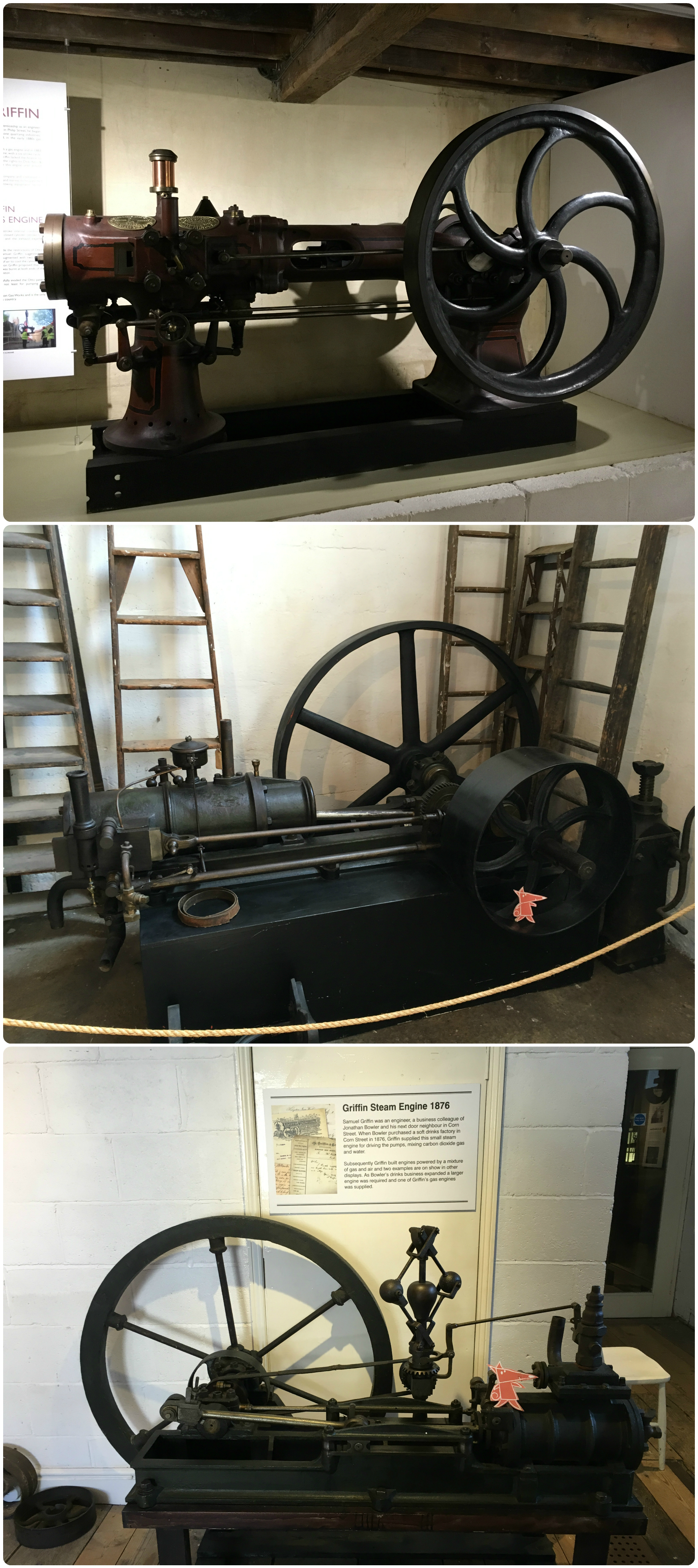In June, my family and I went to Britain for a couple of weeks. Here, I'll be breaking down the trip by each city we visited, and I'll recap the best restaurants, shops, and activities for that city.
A little bit about Bath:
Bath is where the red "A" is on the map. Image taken from World Easy Guides.
Geographically, Bath is located about 2 hours west of London. We flew into London, then hired a private car to drive us to Bath (we wouldn't have been able to make it on the last train from Bath to London, otherwise we would have just taken a train).
Like most British cities, Bath is very, very old. Famous for its natural hot springs, people have visited Bath for centuries, often with the belief that bathing in the hot springs would cure diseases. Doctors in the 17th century would actually give patients prescriptions to go to Bath for a week, thinking that the combination of relaxation, hot baths, and fresh air would help their health. Bath is to London as Santa Barbara is to Los Angeles: a nice, relaxing town away from the hustle and bustle of city life, filled with cute little shops and restaurants. While we were in Bath, we saw several 'Hen Parties' (what we in America would call Bachelorette Parties) - Bath is a popular spot for weekend getaways for Londoners.
Americans might have heard of Bath in connection to Jane Austen - the famed author lived there at two different points in her life, and two of her novels are partially set in Bath: Northanger Abbey, and Persuasion. Other than that, Bath isn't very well known in the US.
What wasn't known up until the late 18th century, however, was that Bath was one of the first cities settled by the Romans when they conquered Britain (43 AD), and was actually the site of a Roman temple and bathhouse (they used the natural hot springs of Bath). The remains of the bathhouse and temple were discovered in the late 18th century, and a museum was built around the remains for people to see. This is the most popular attraction in Bath, and more artifacts are constantly being discovered and added to the museum, like when 30,000 silver coins were discovered in 2012. You can read more about the bathhouse museum below.
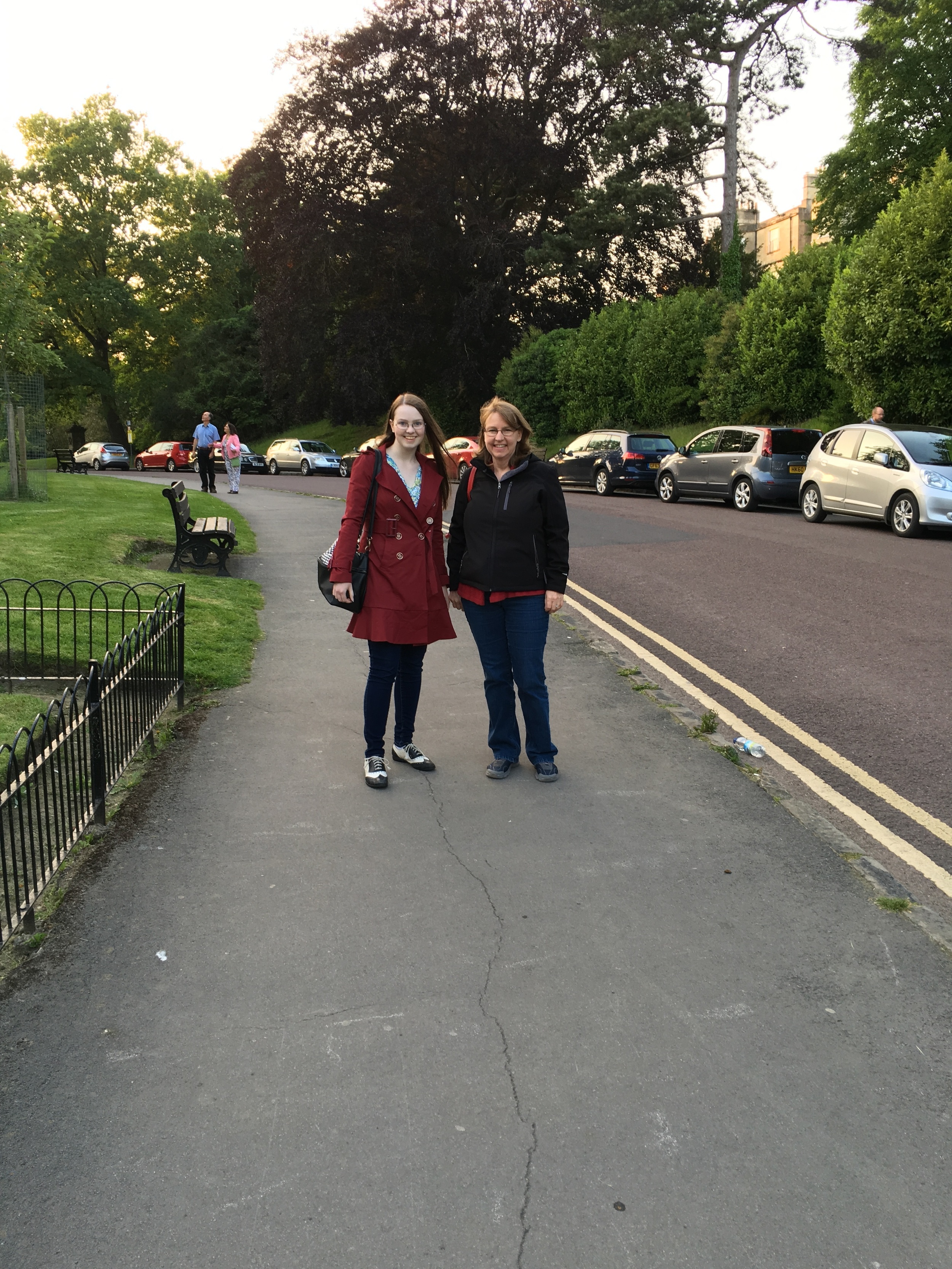
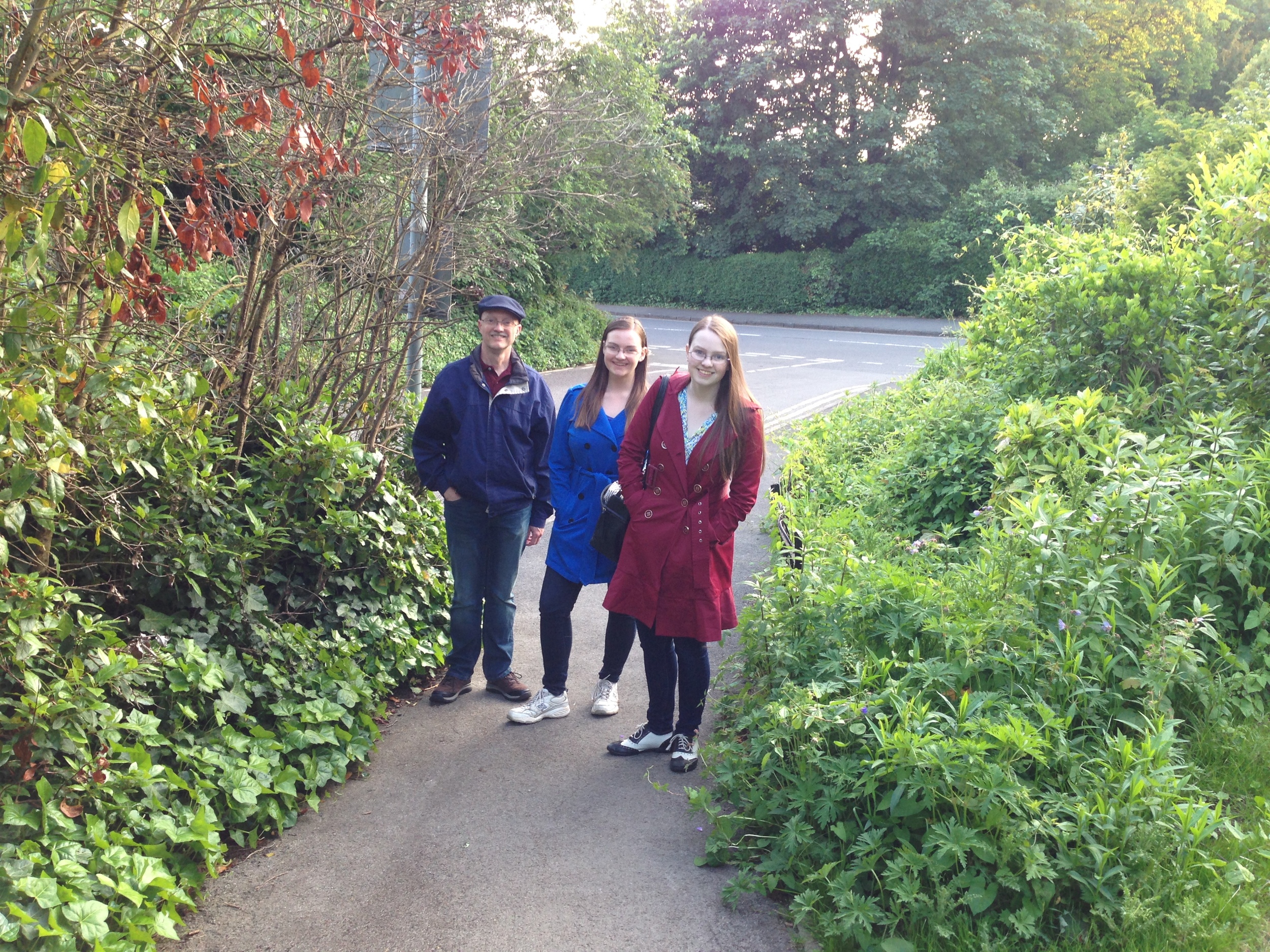
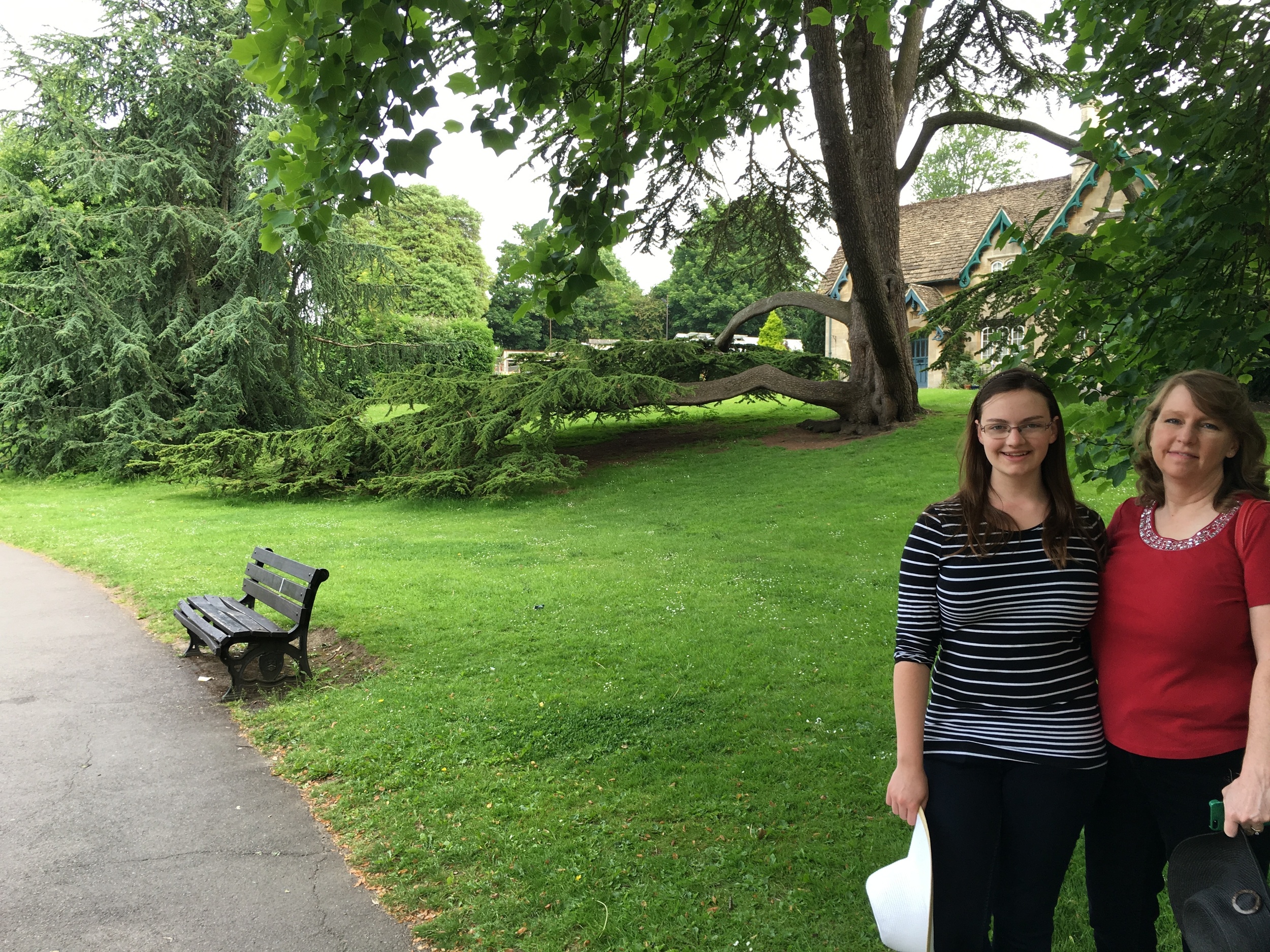
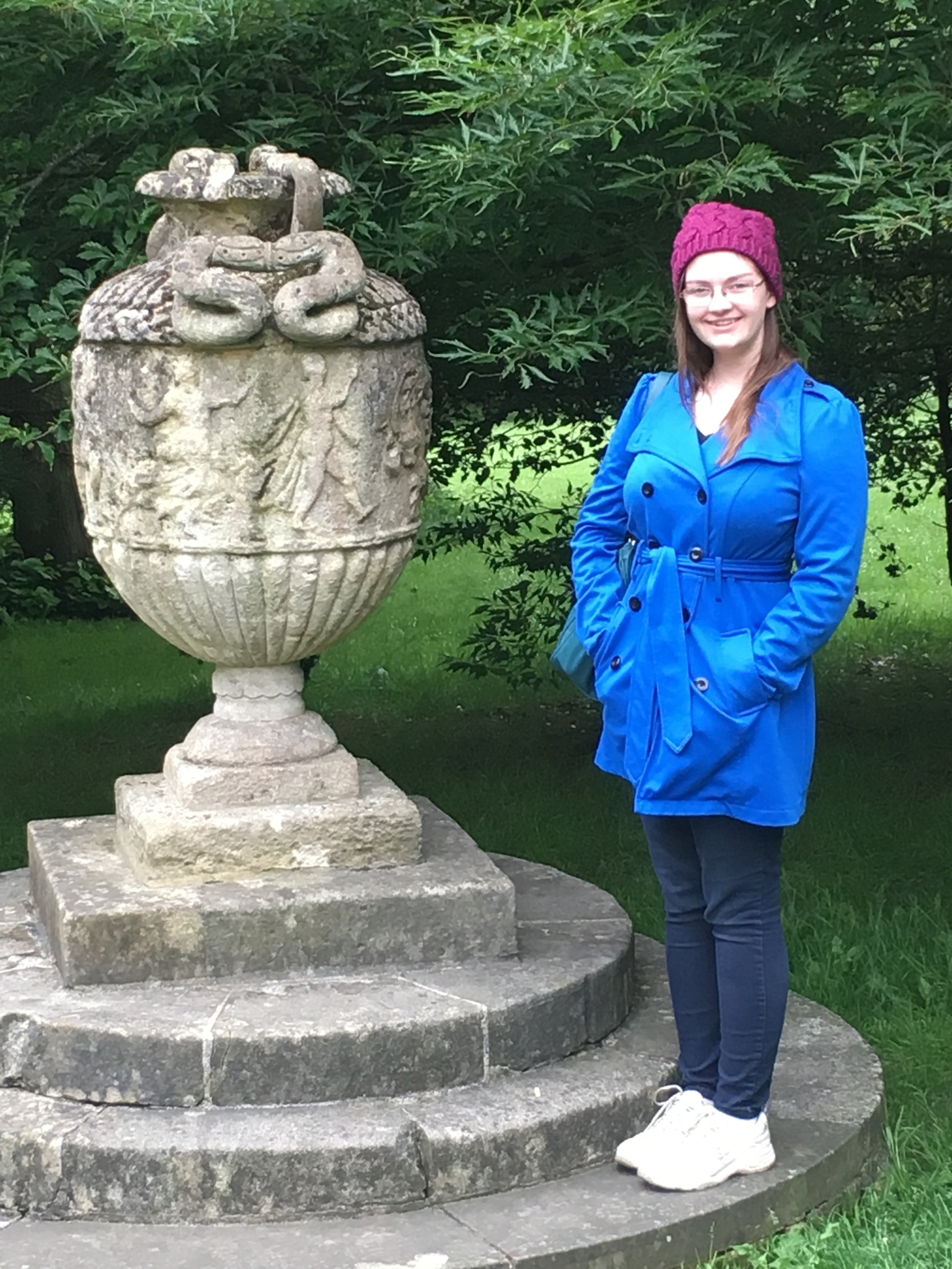
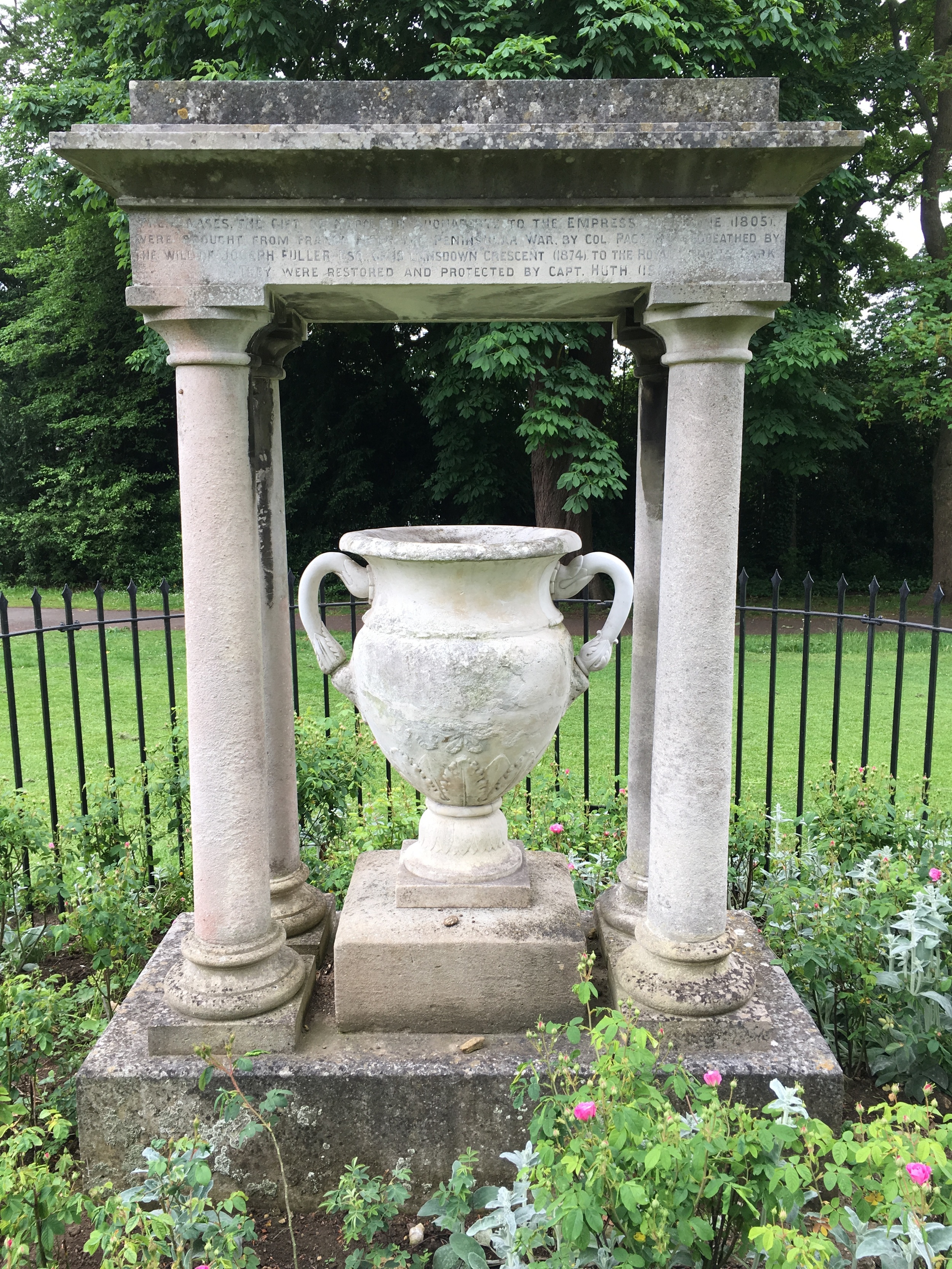
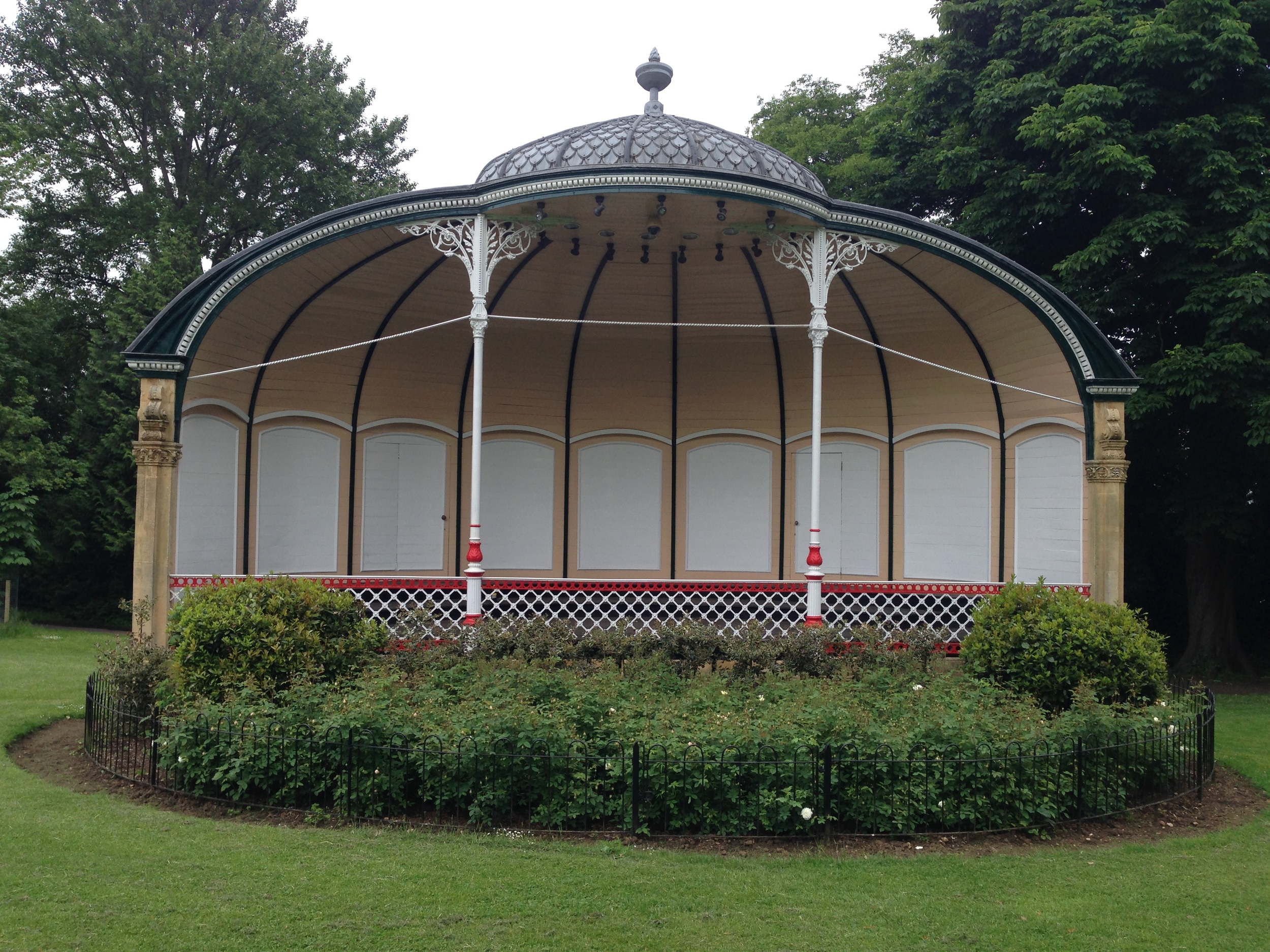
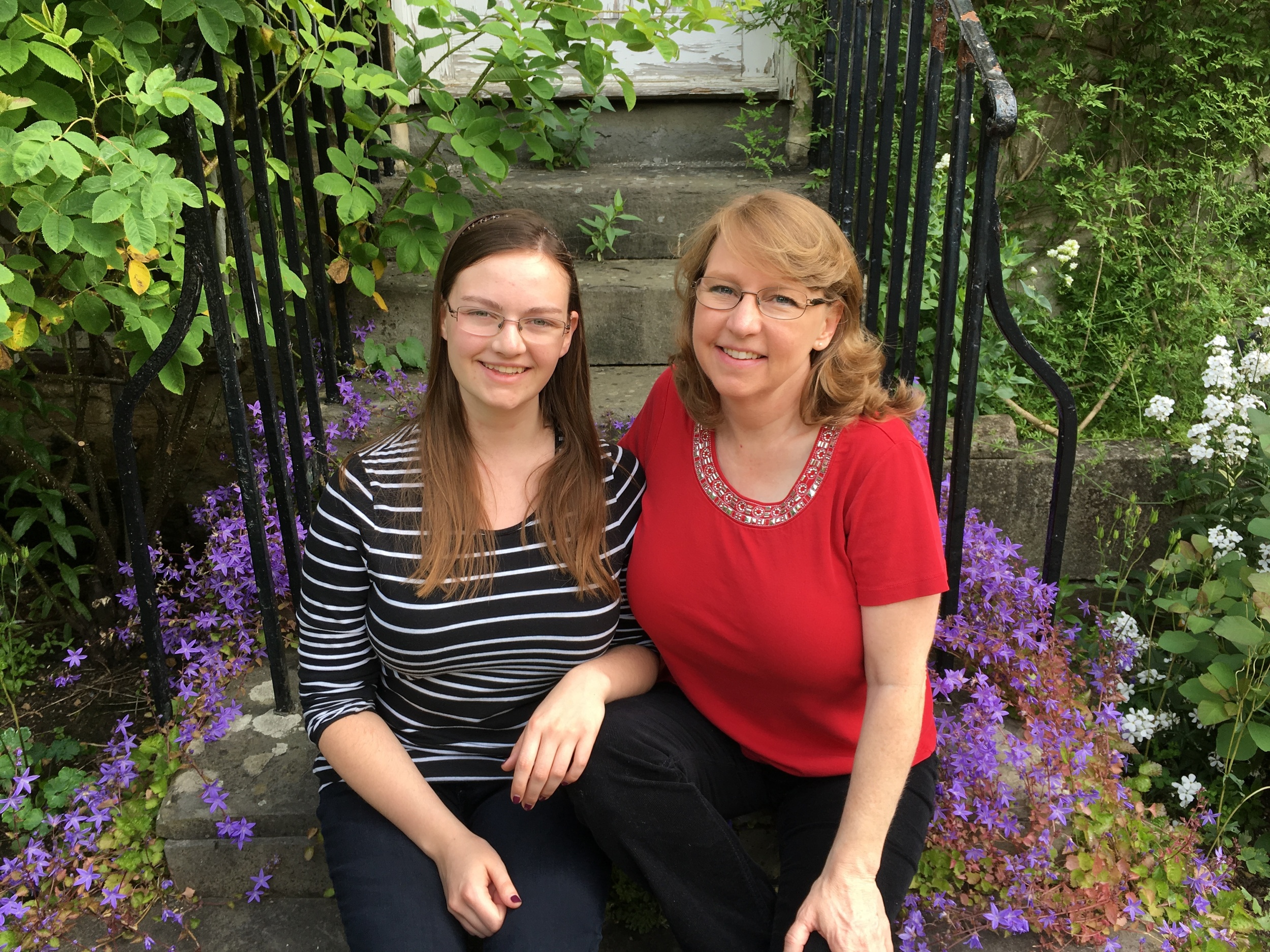
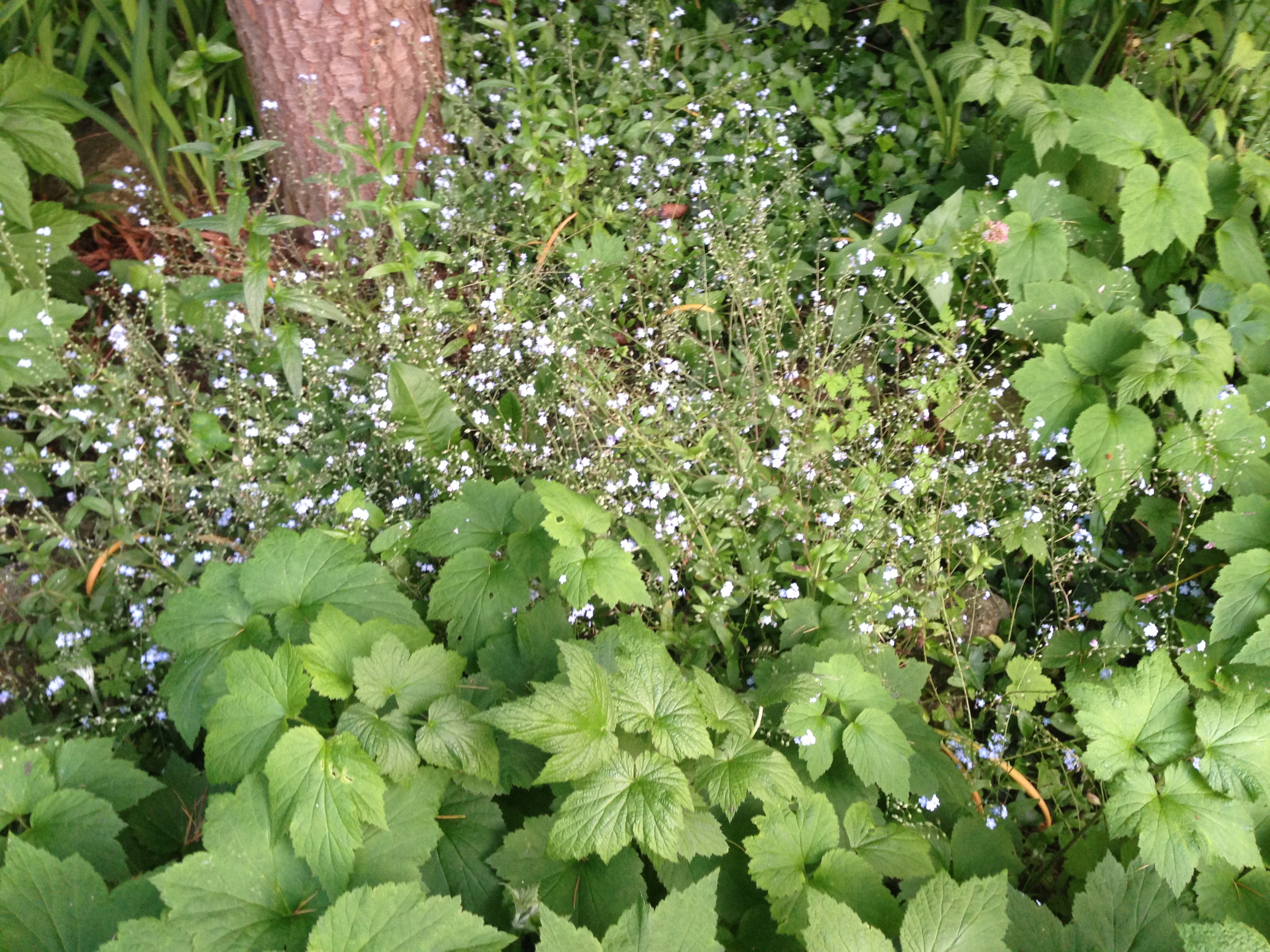
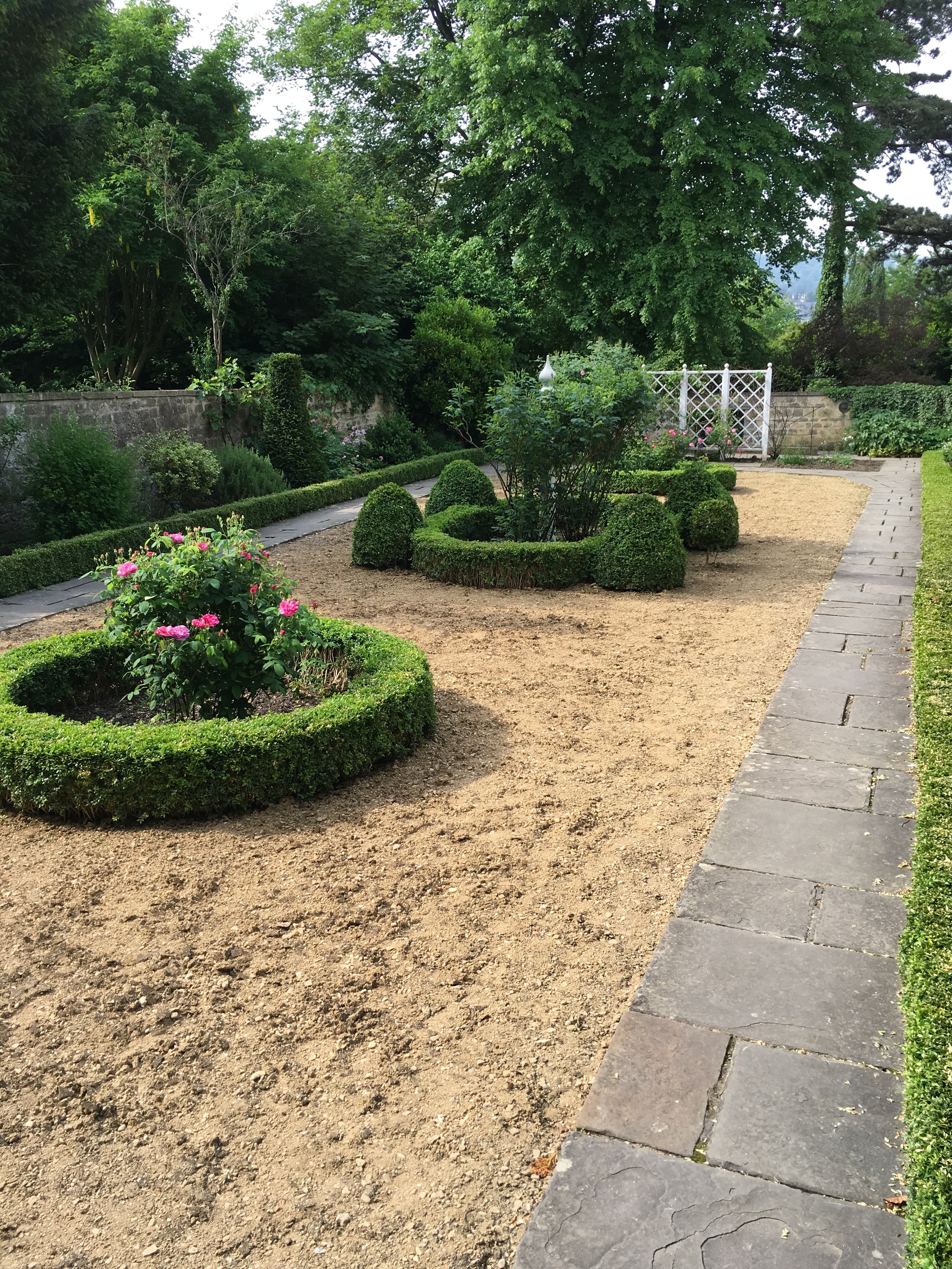
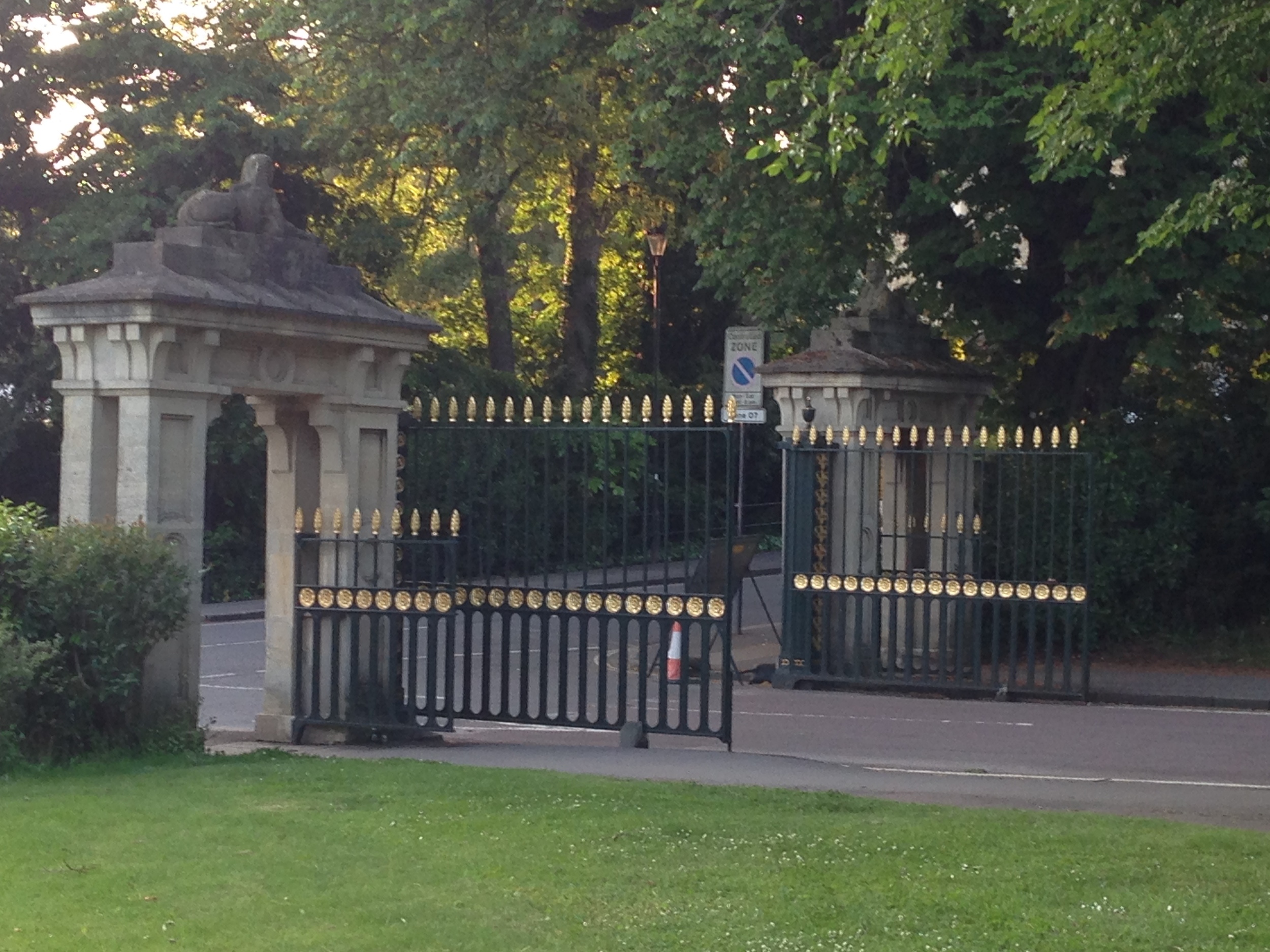
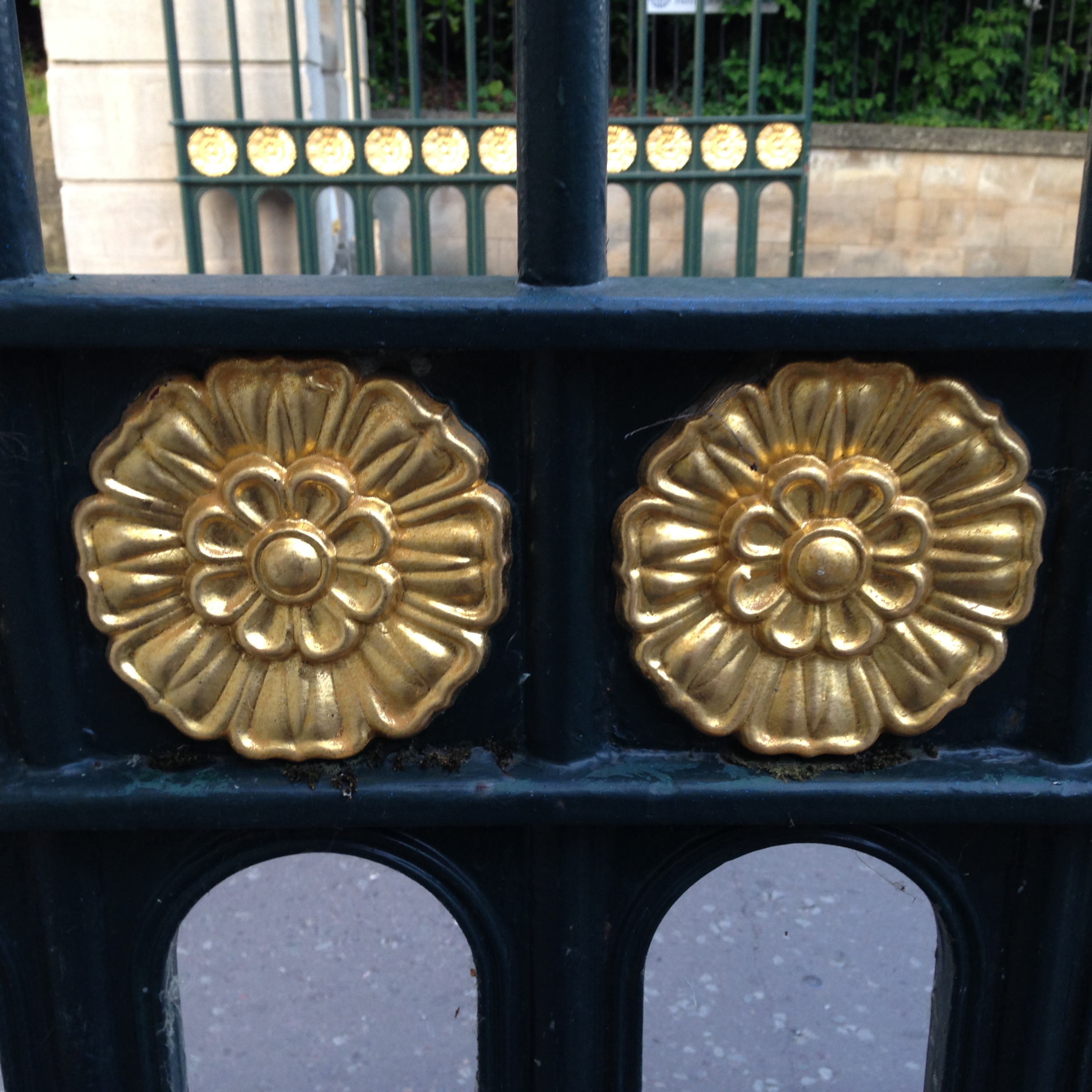
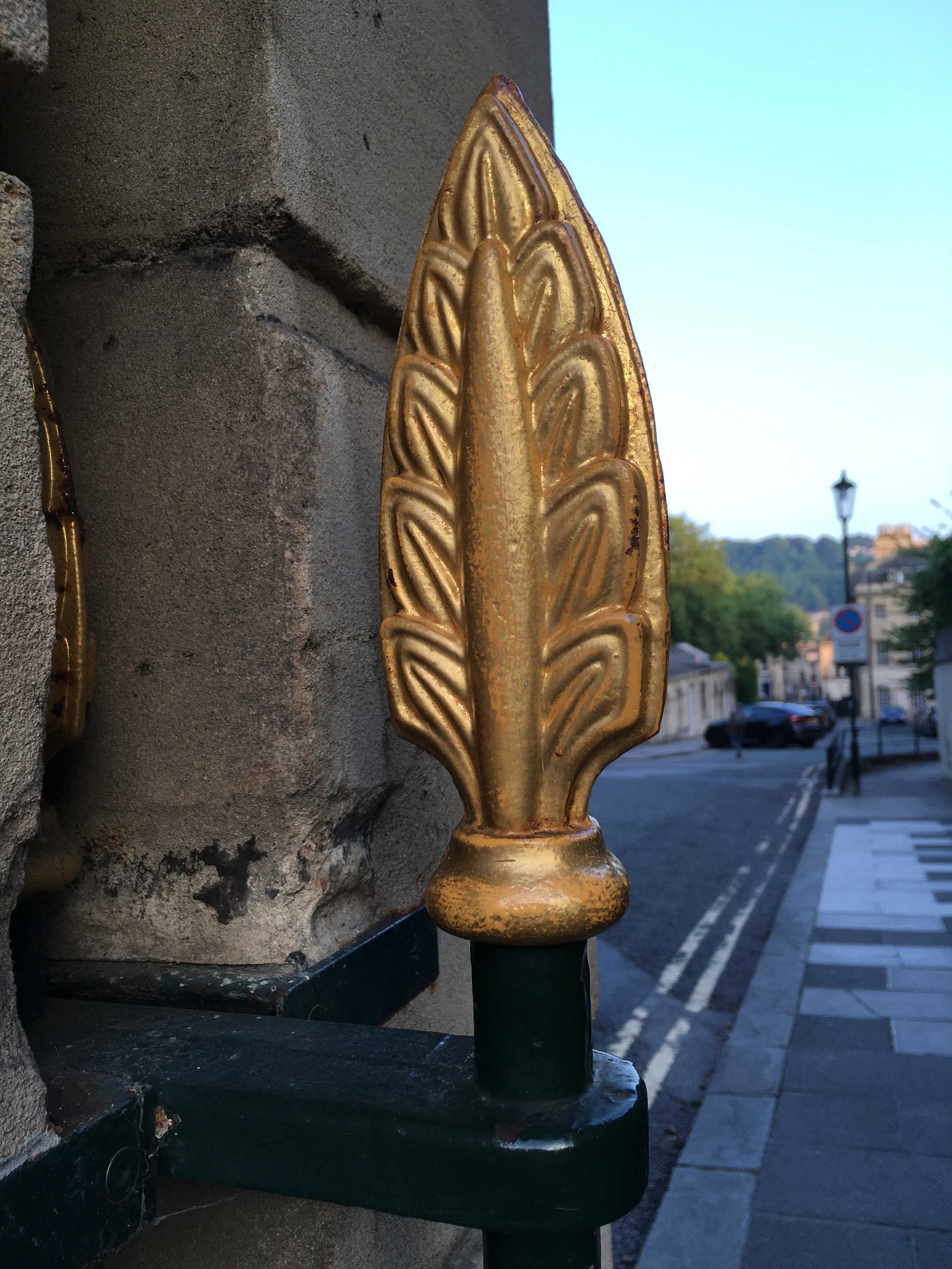
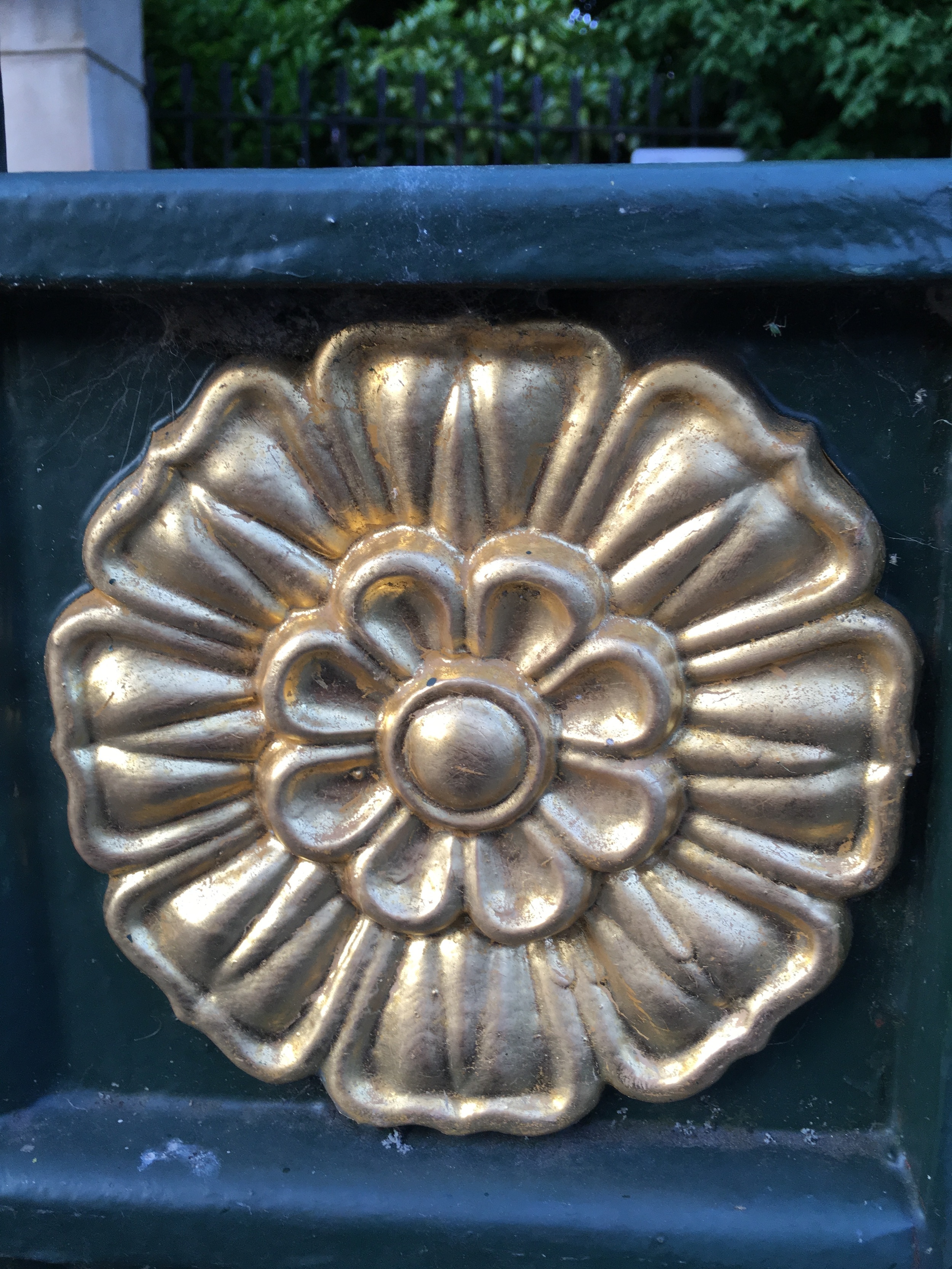
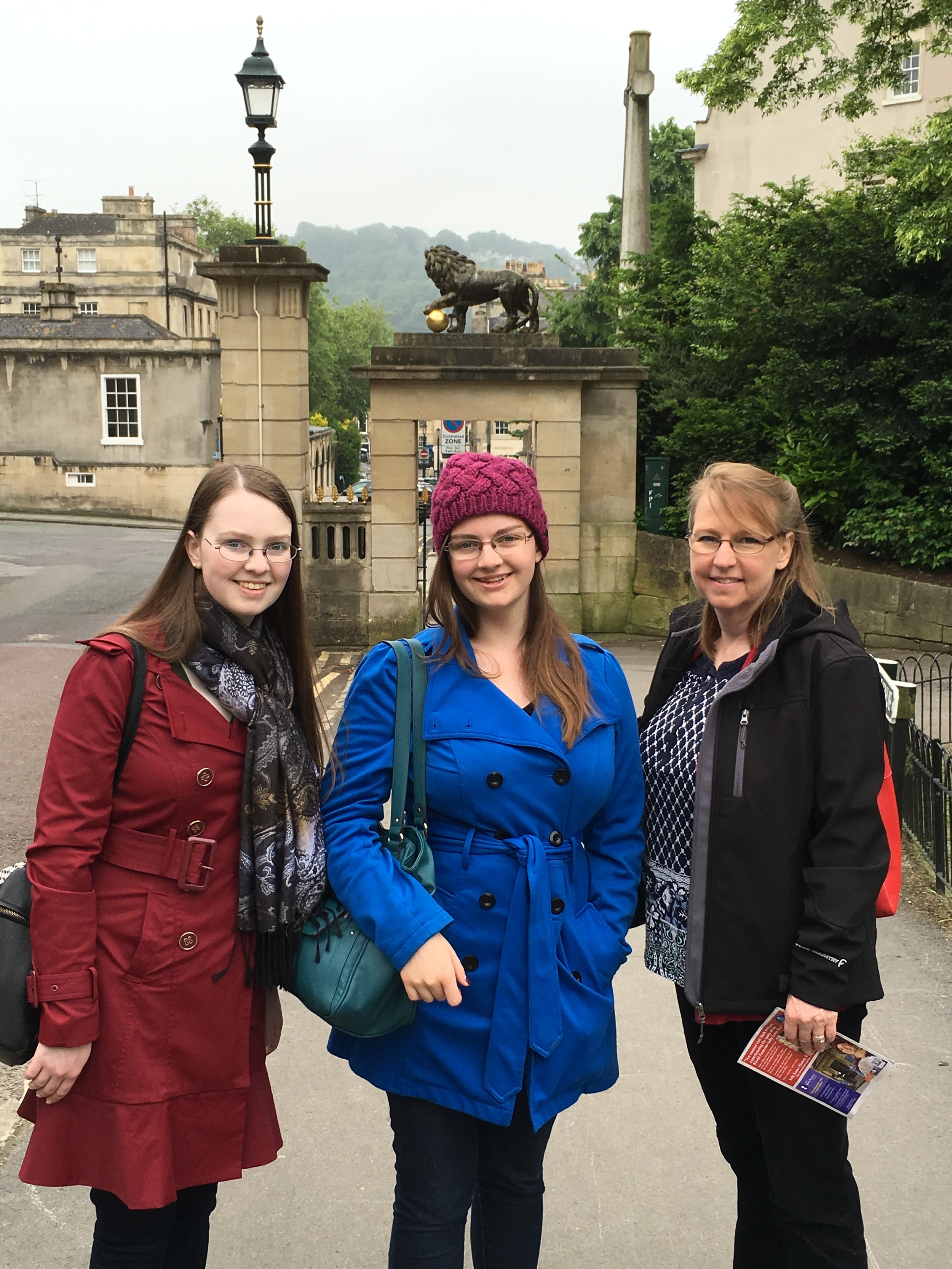
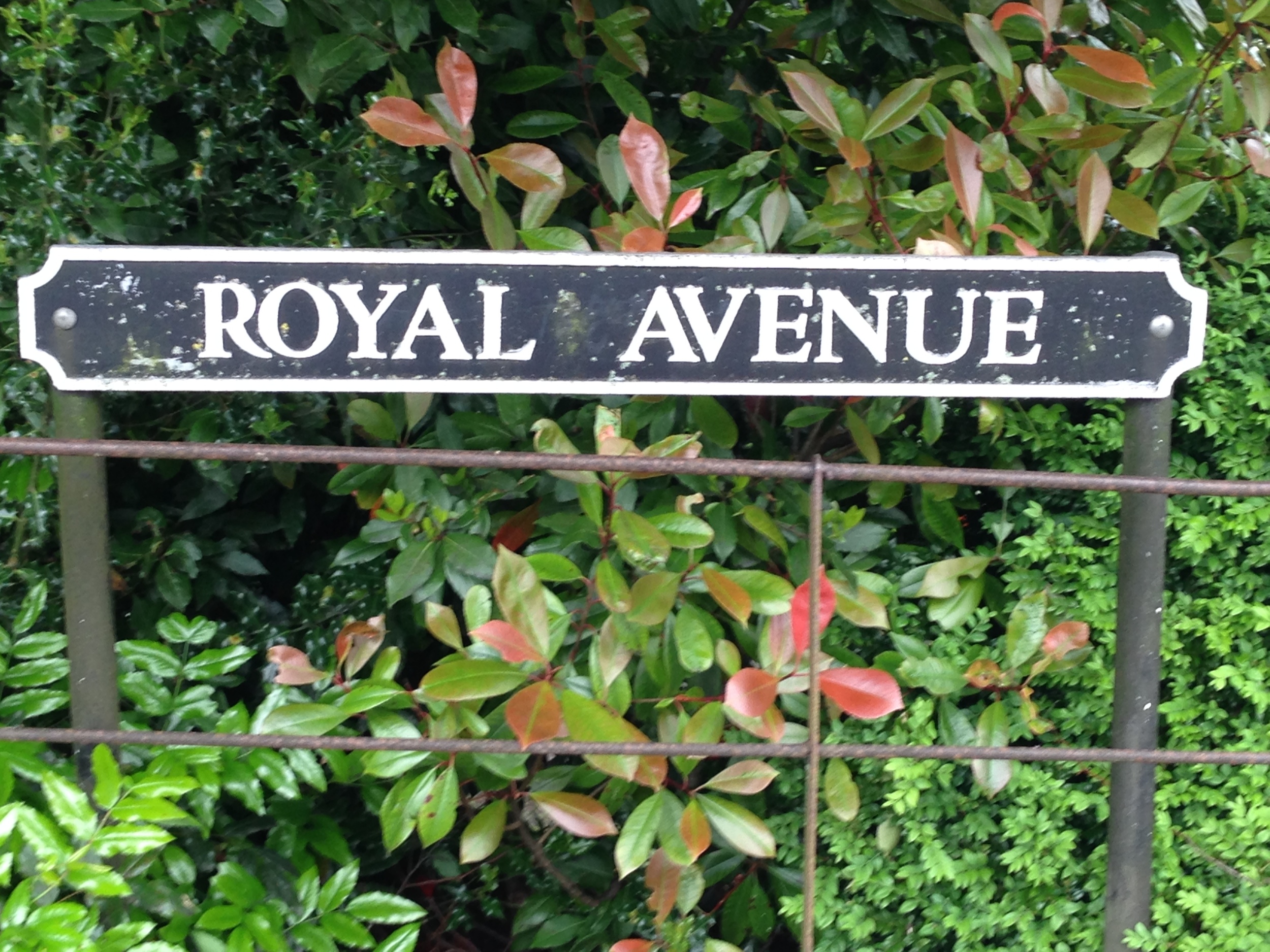
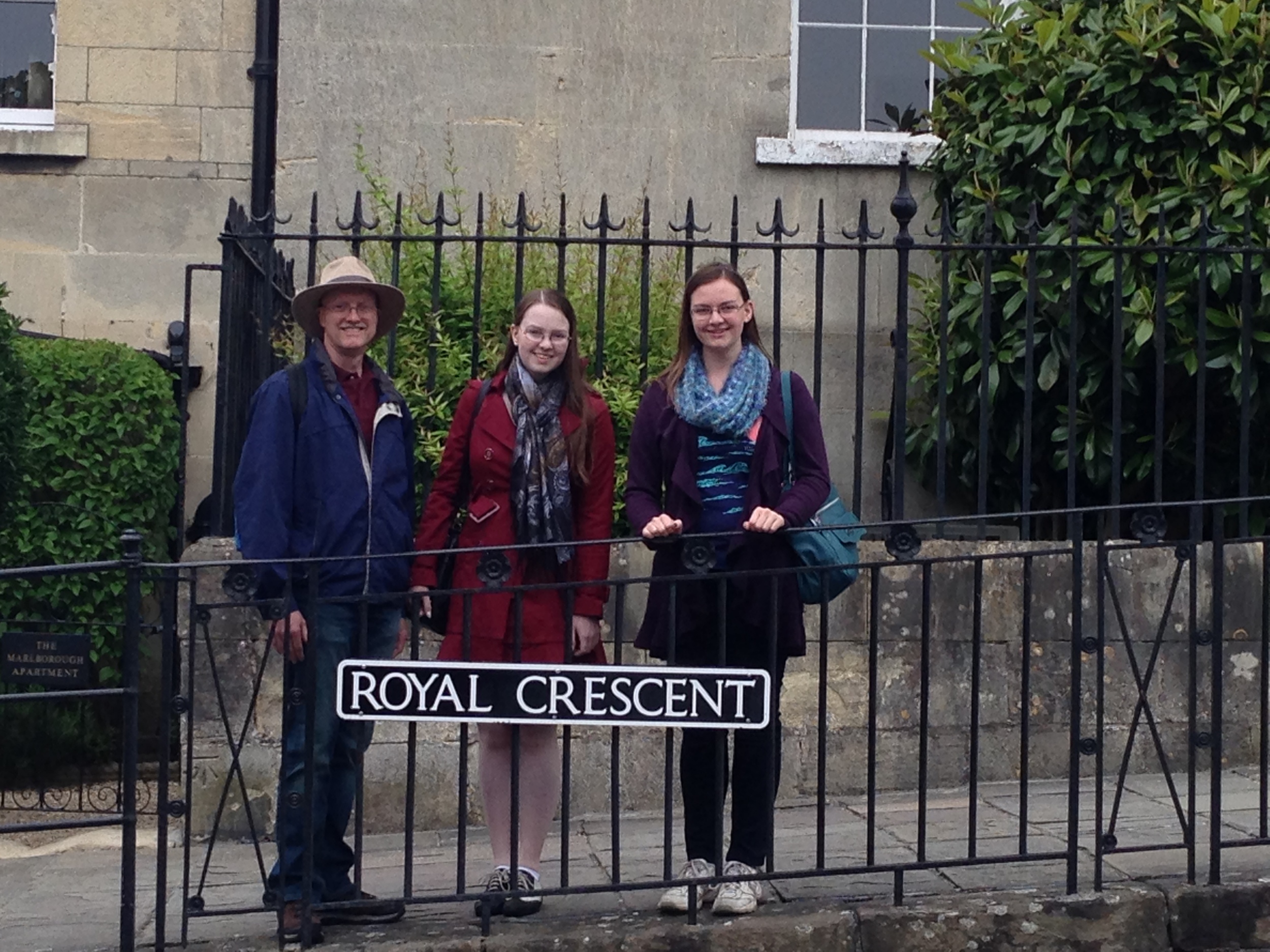
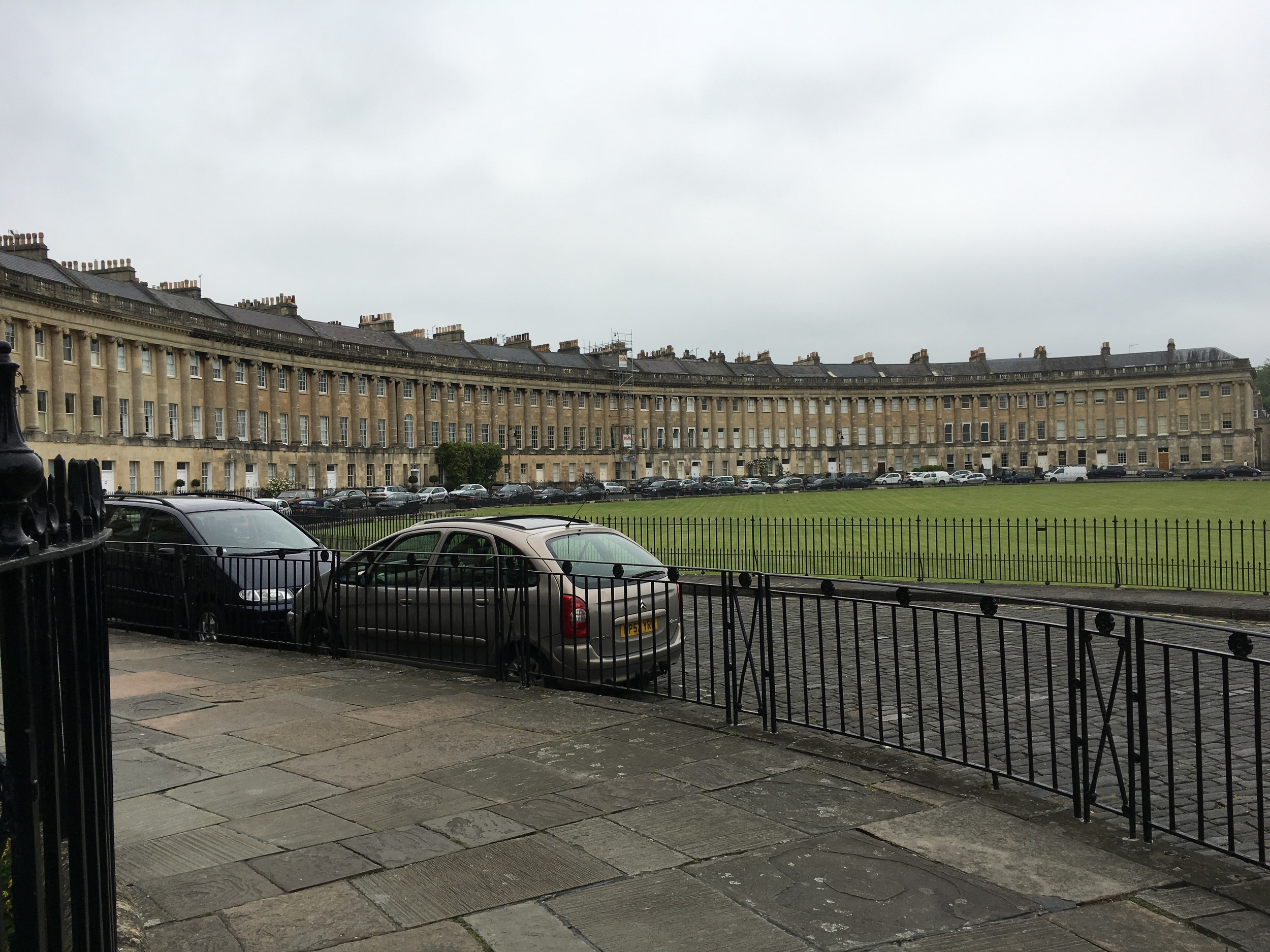
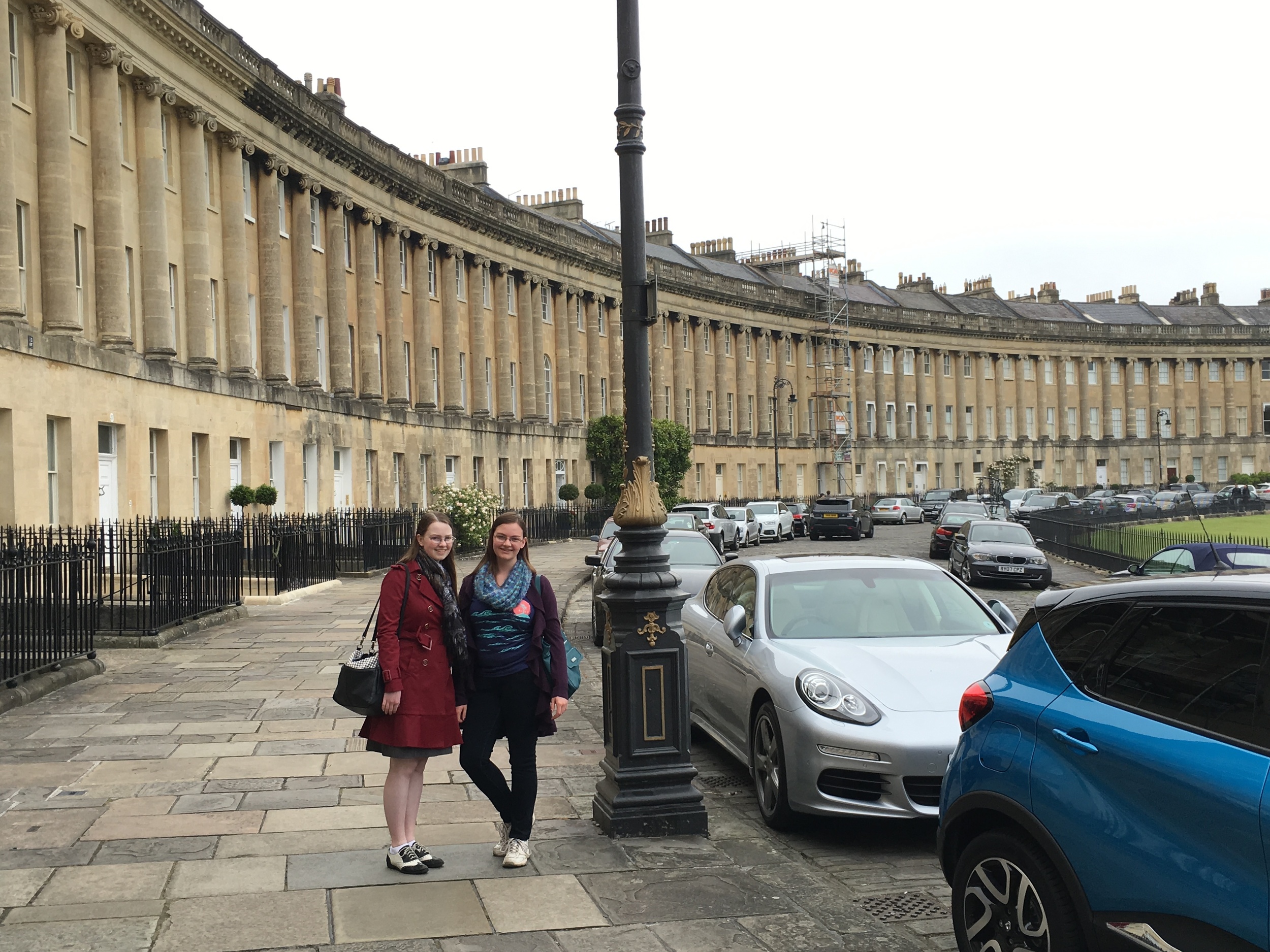
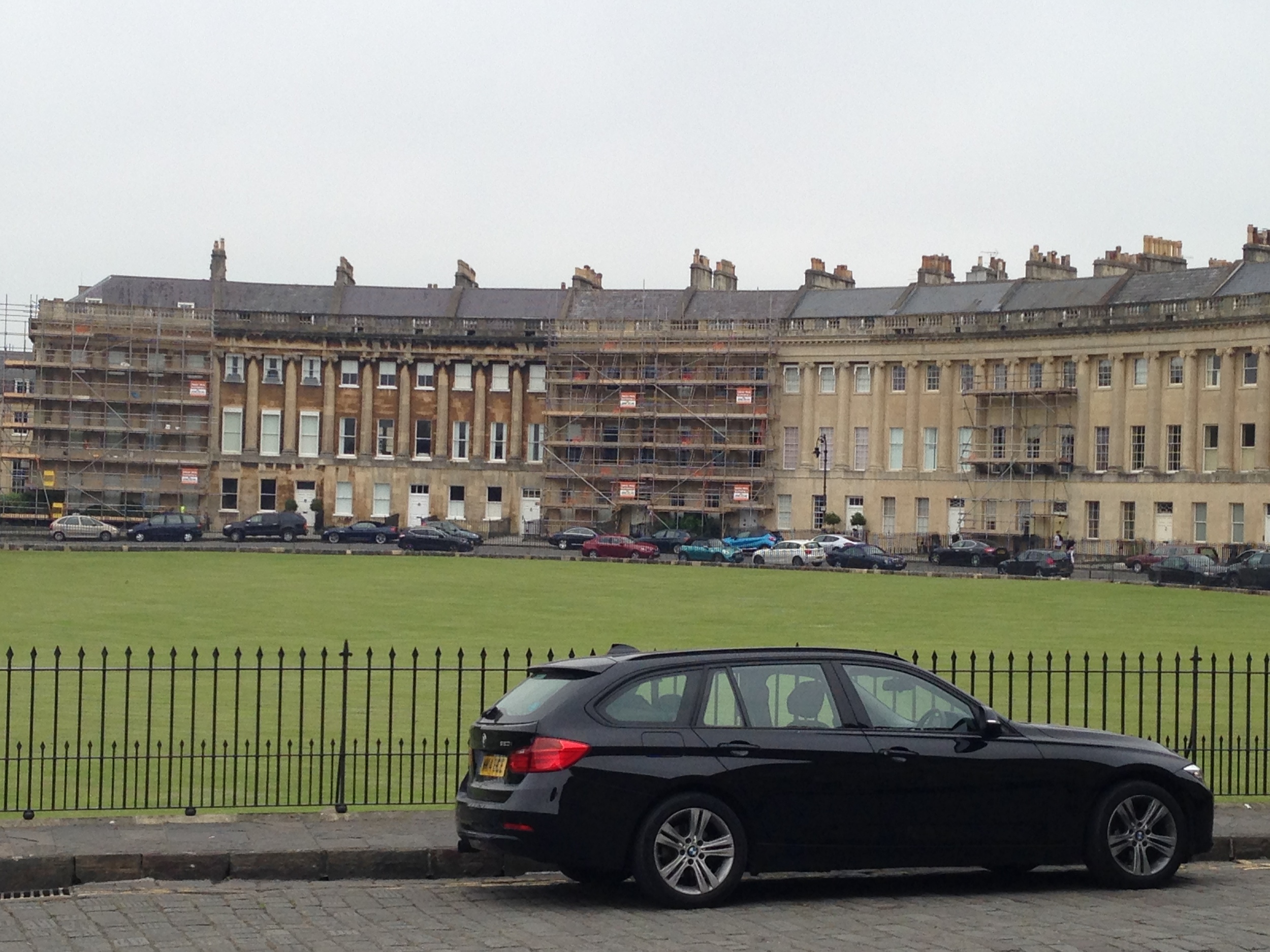
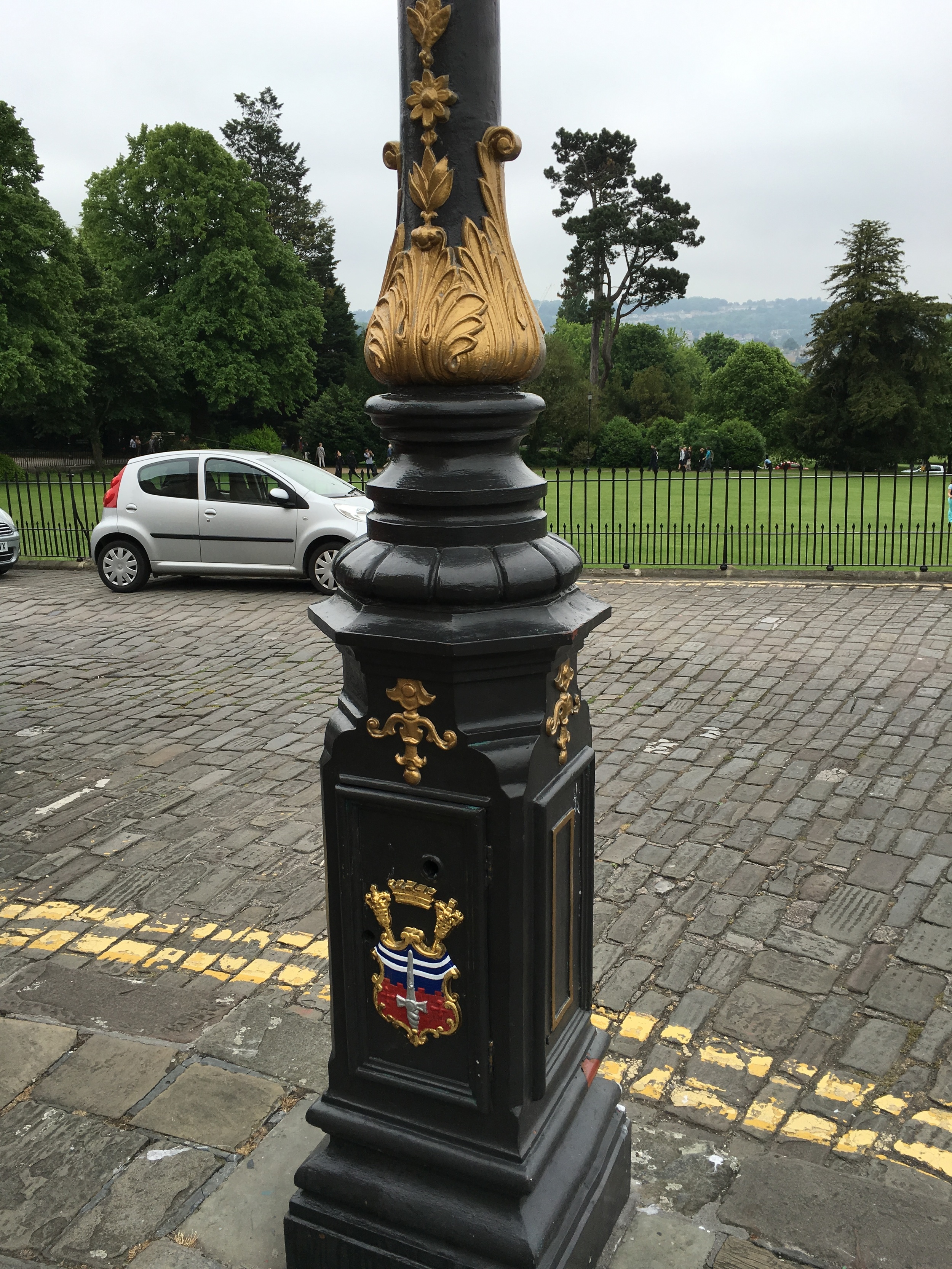
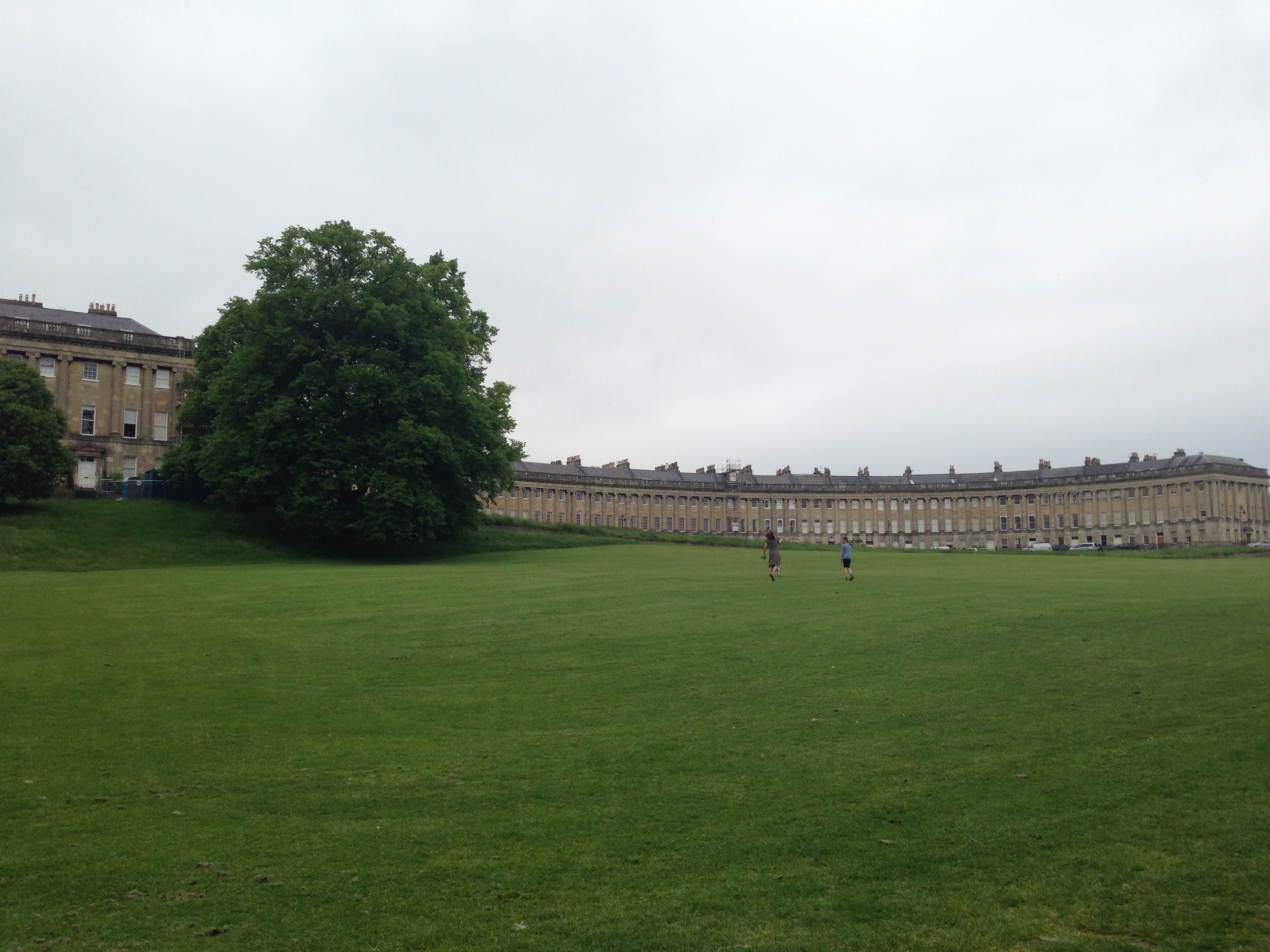
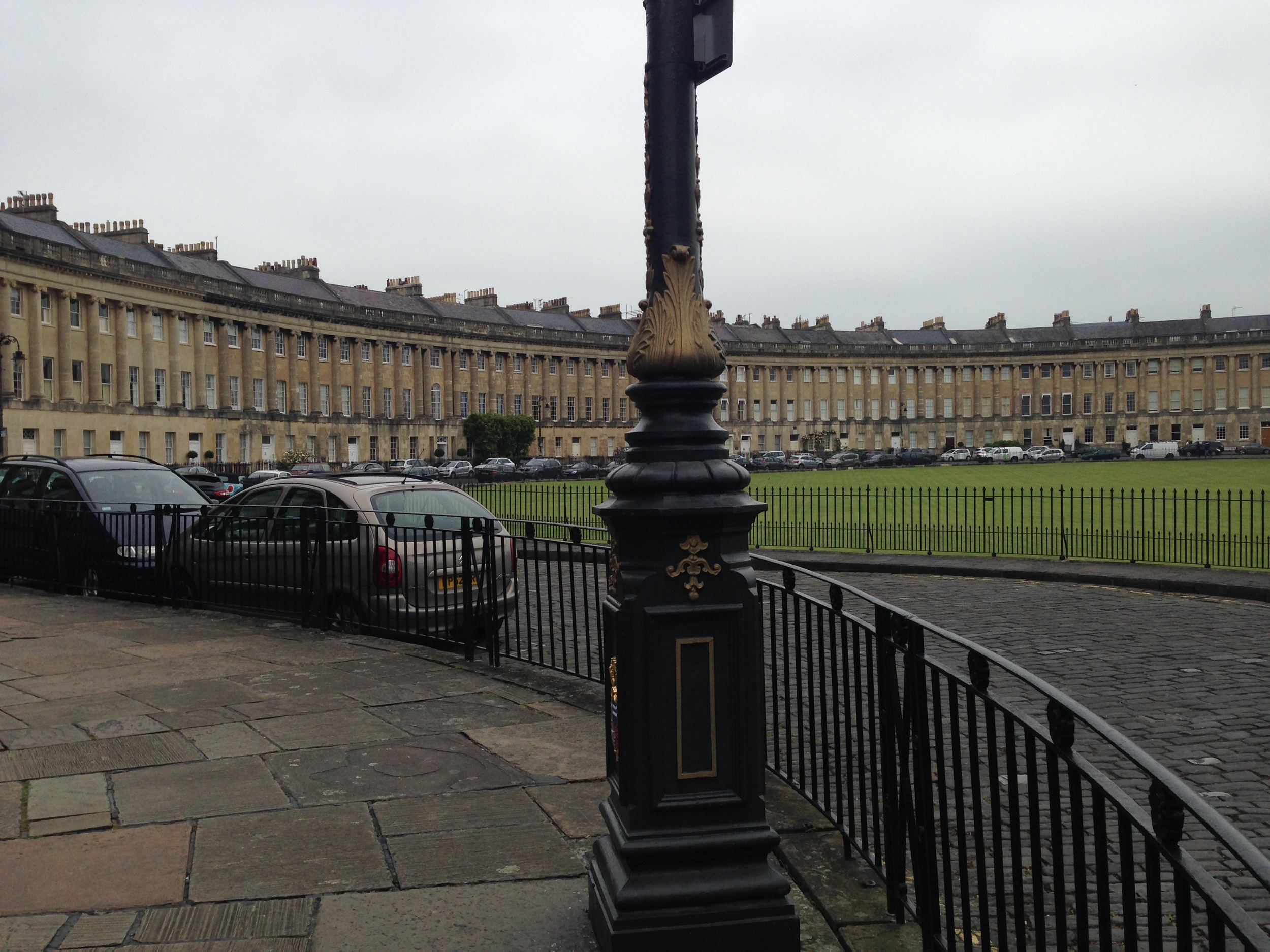
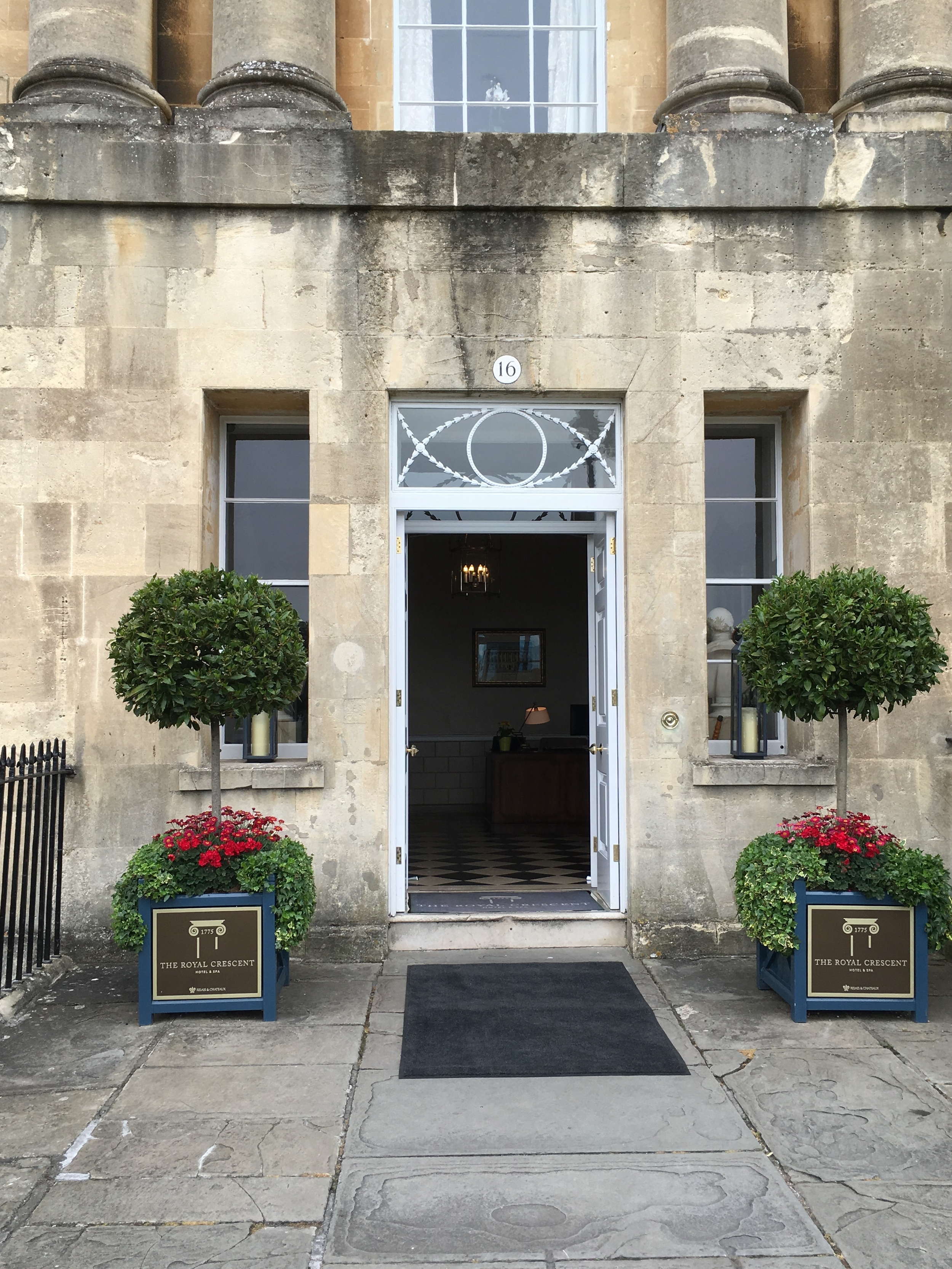
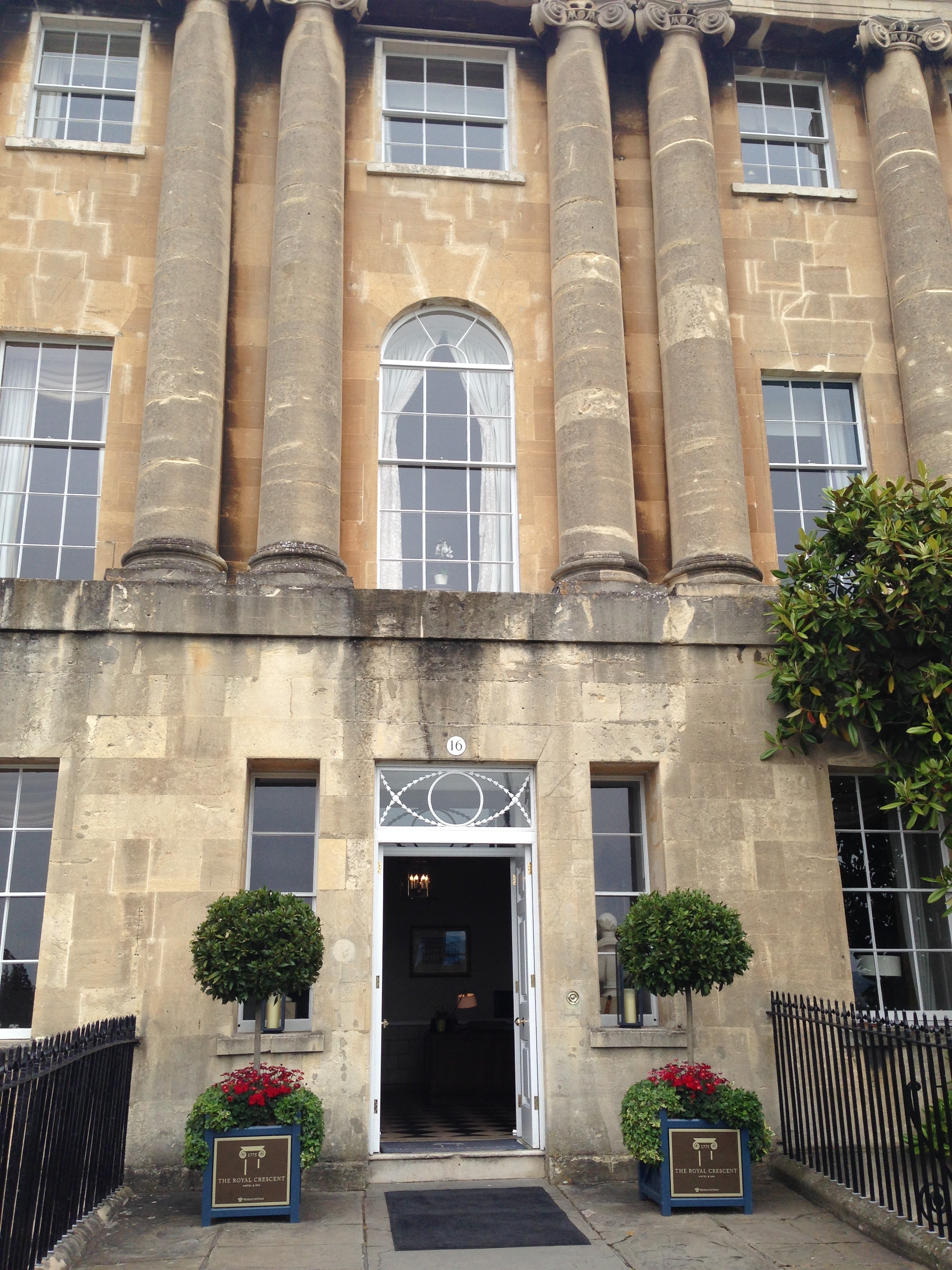
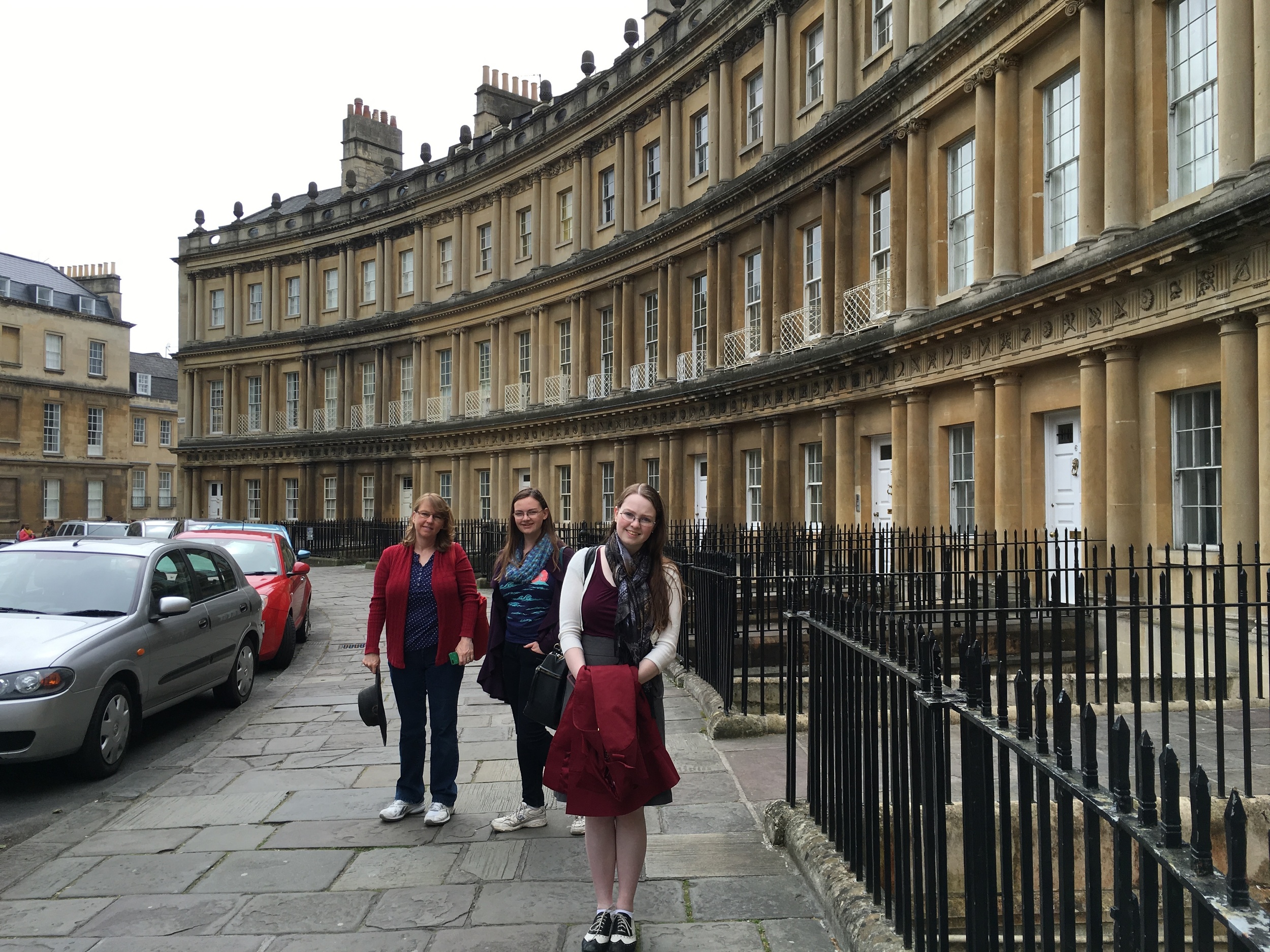
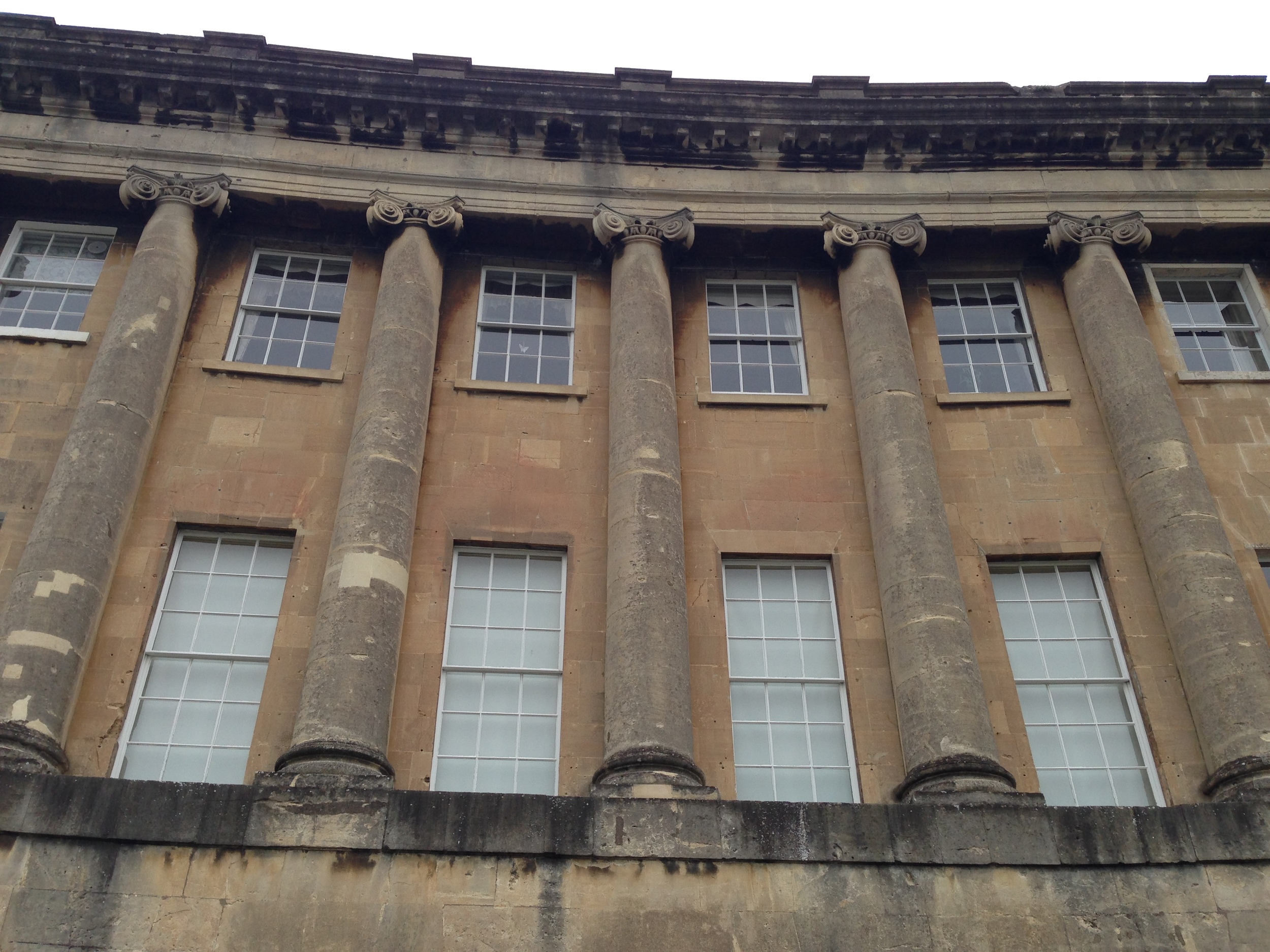
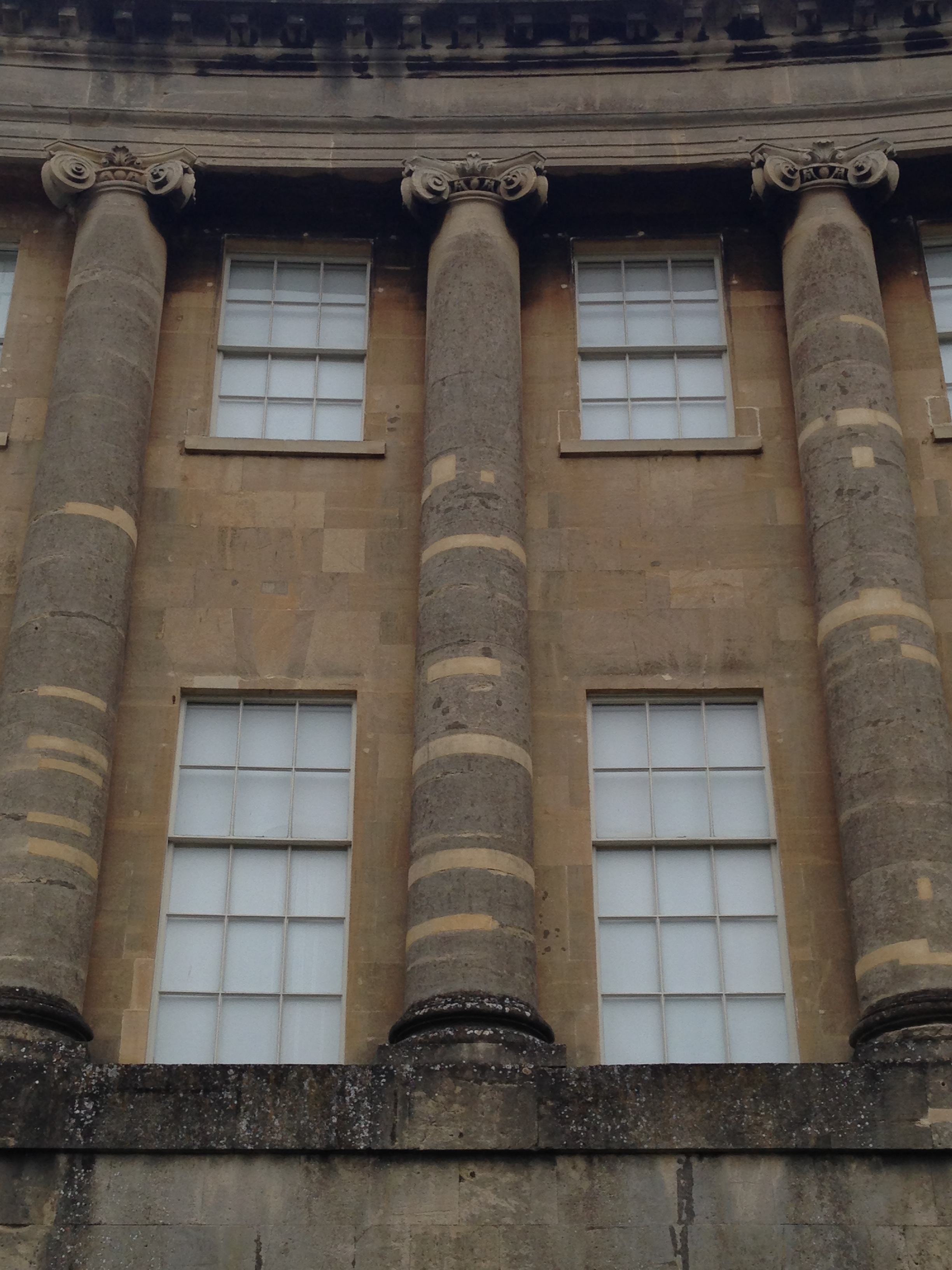
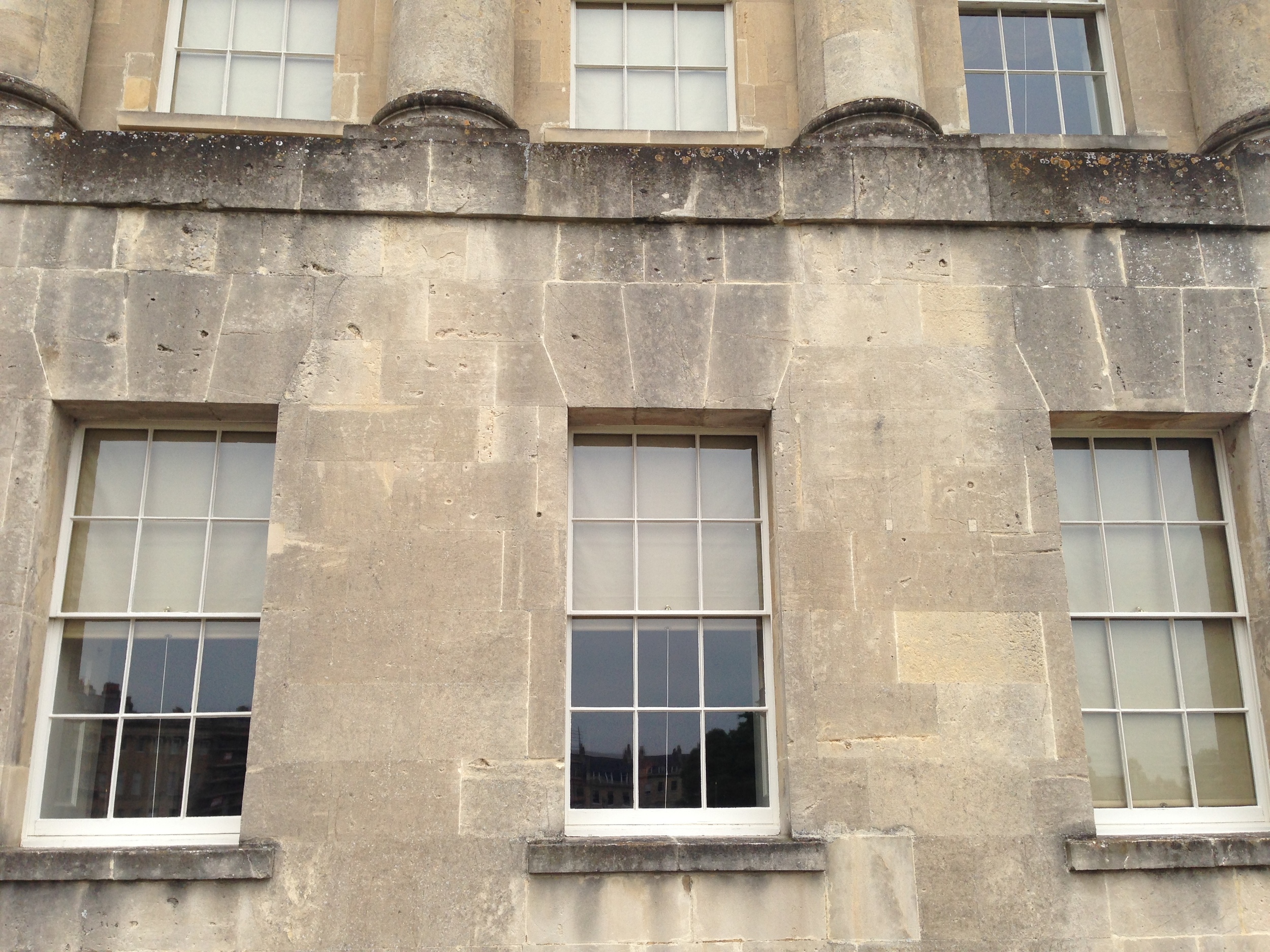
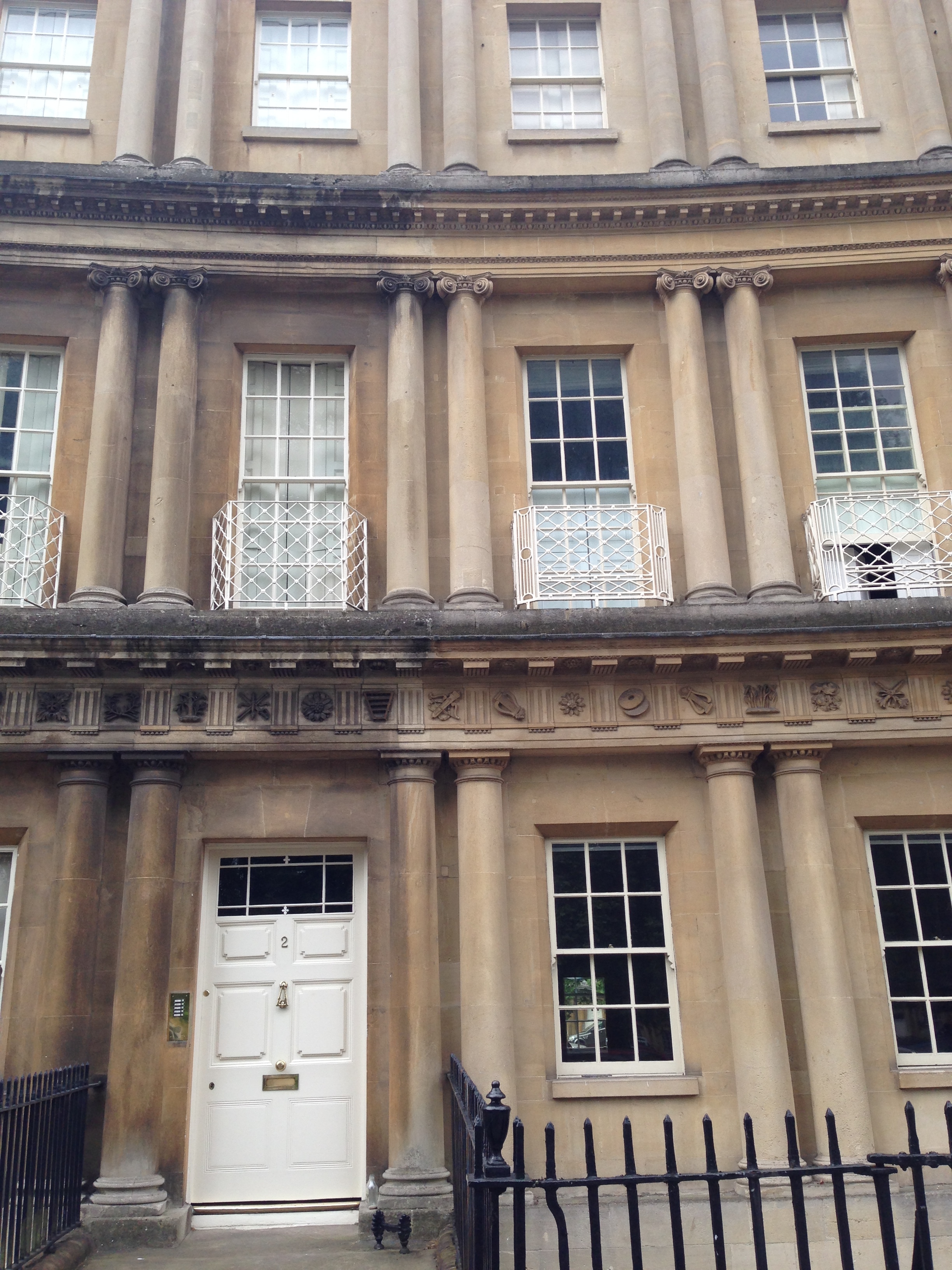
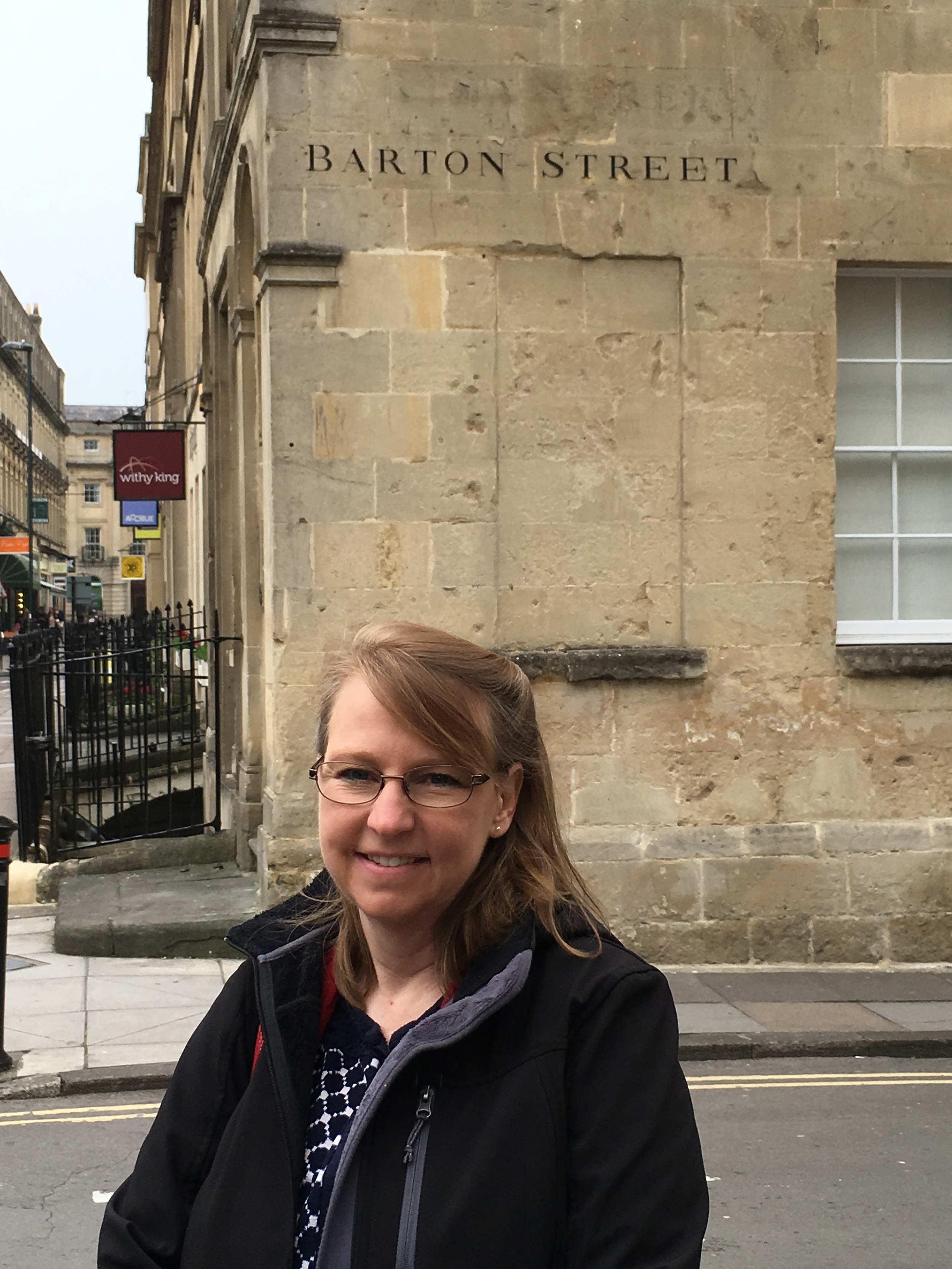
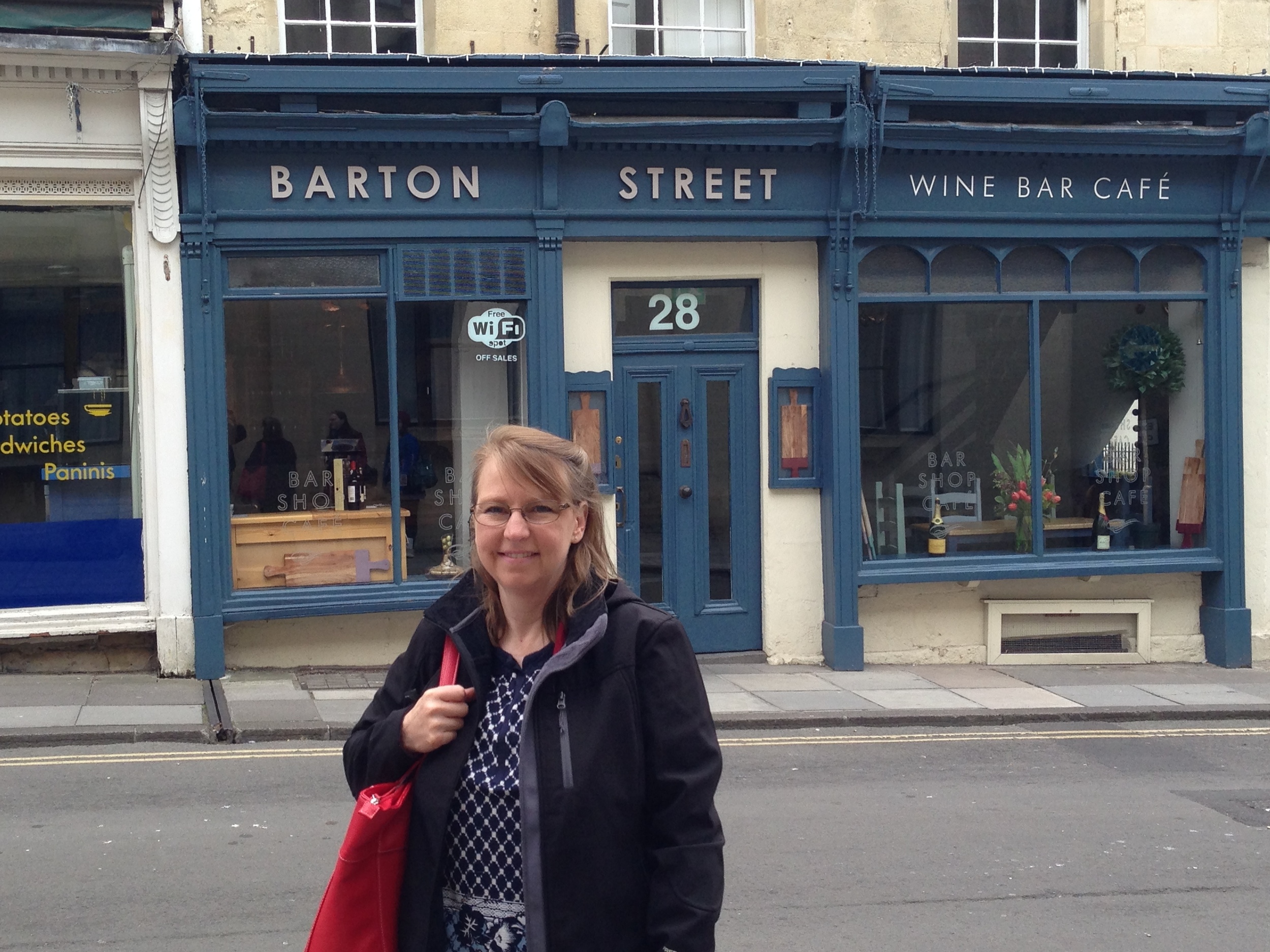
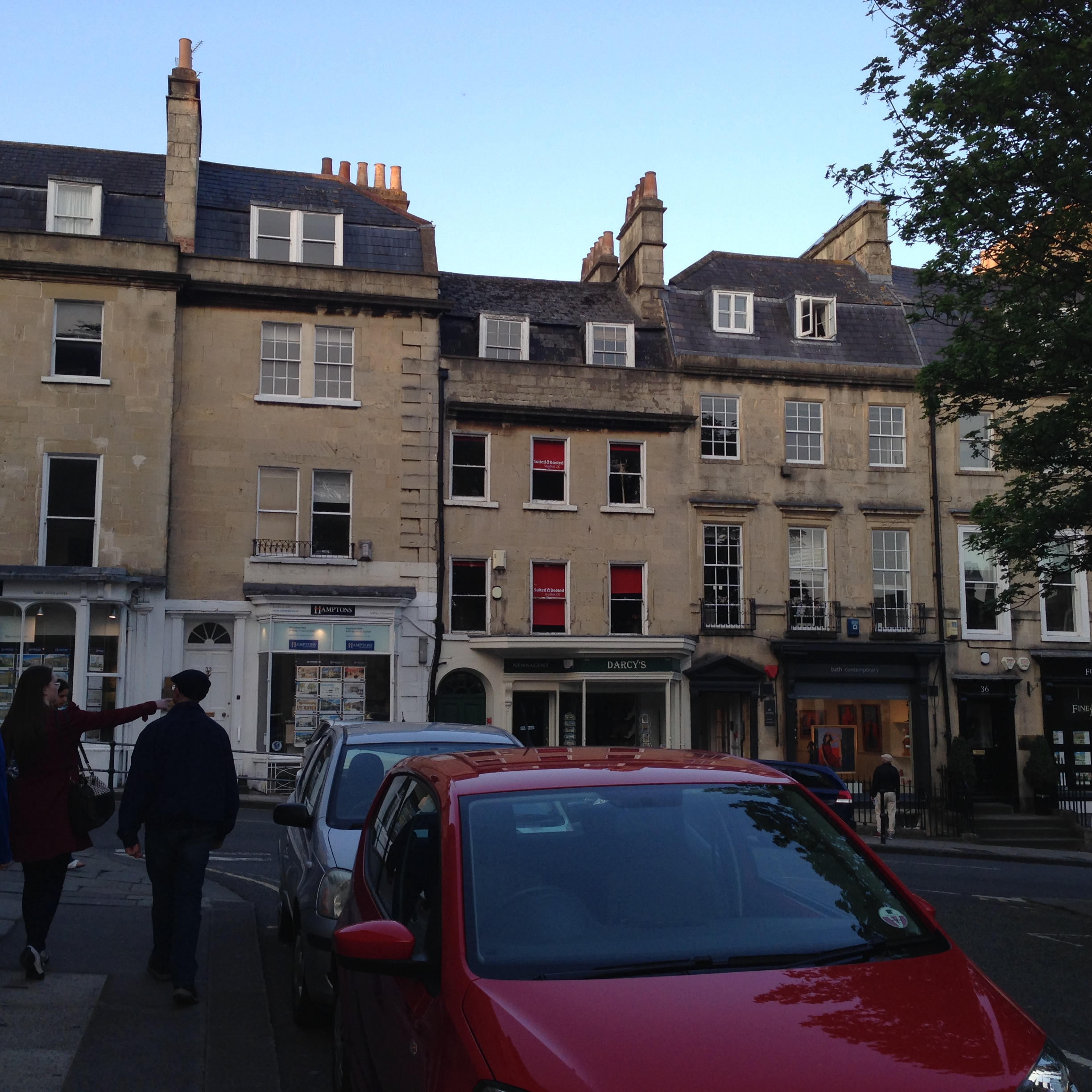
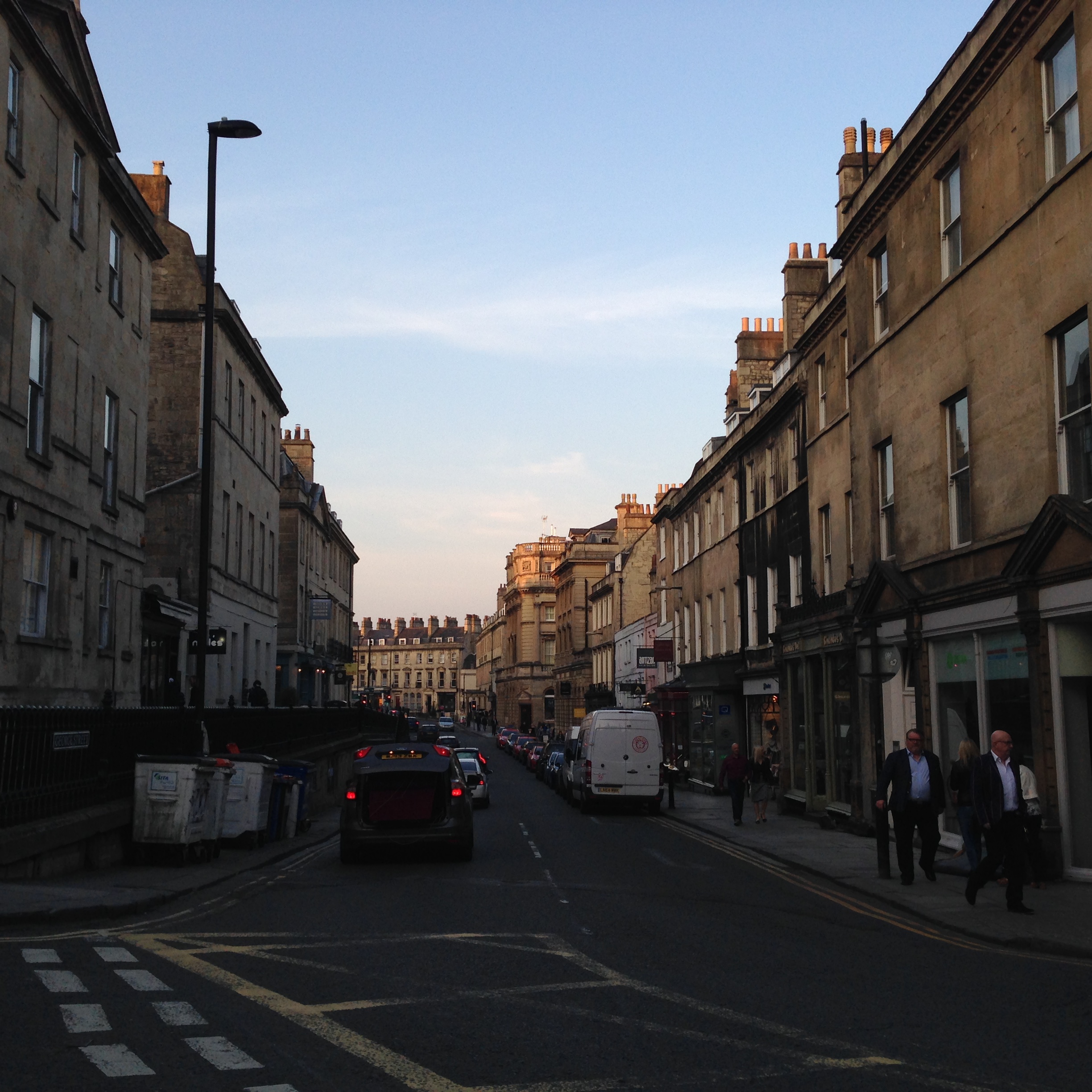
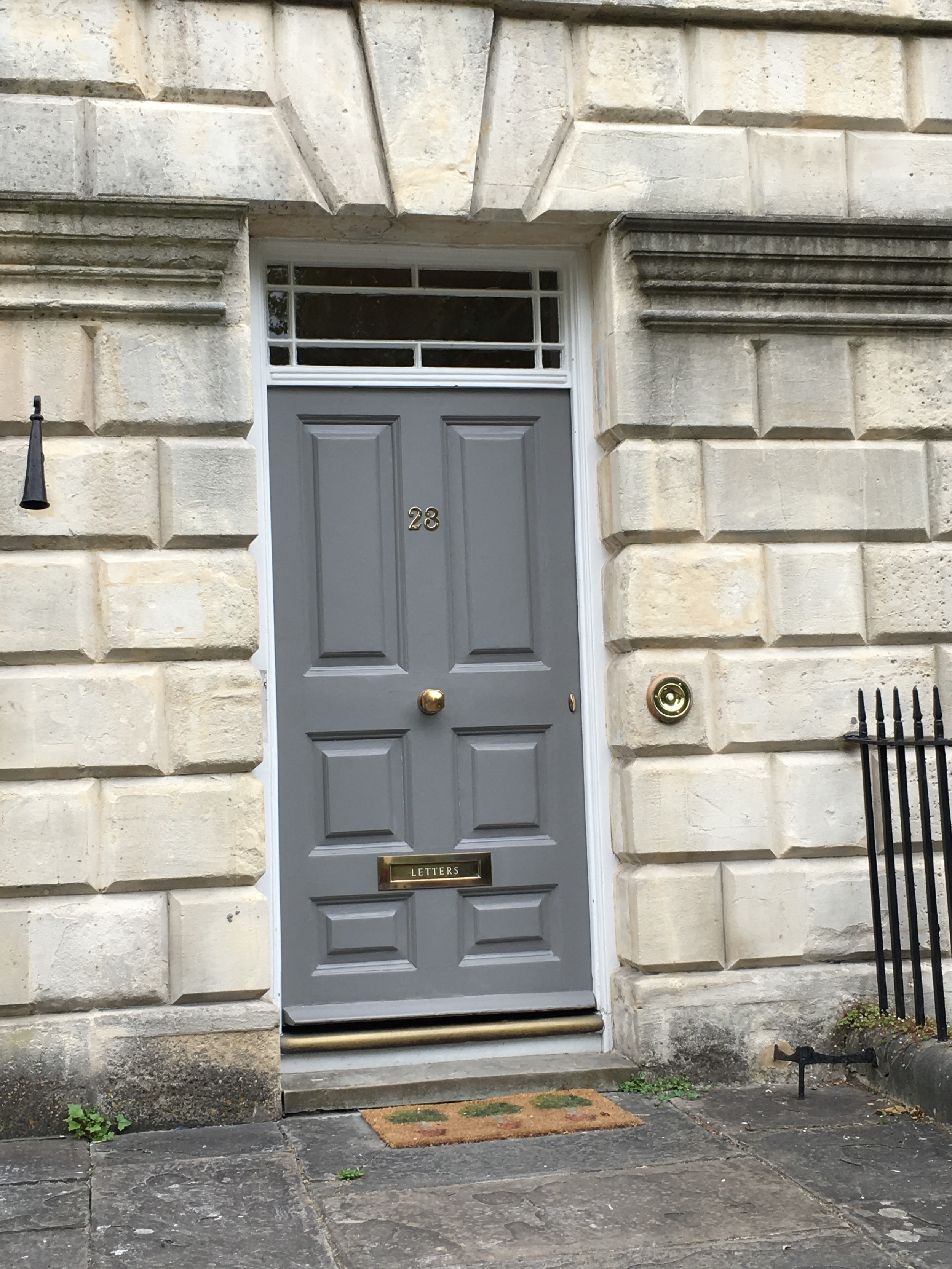
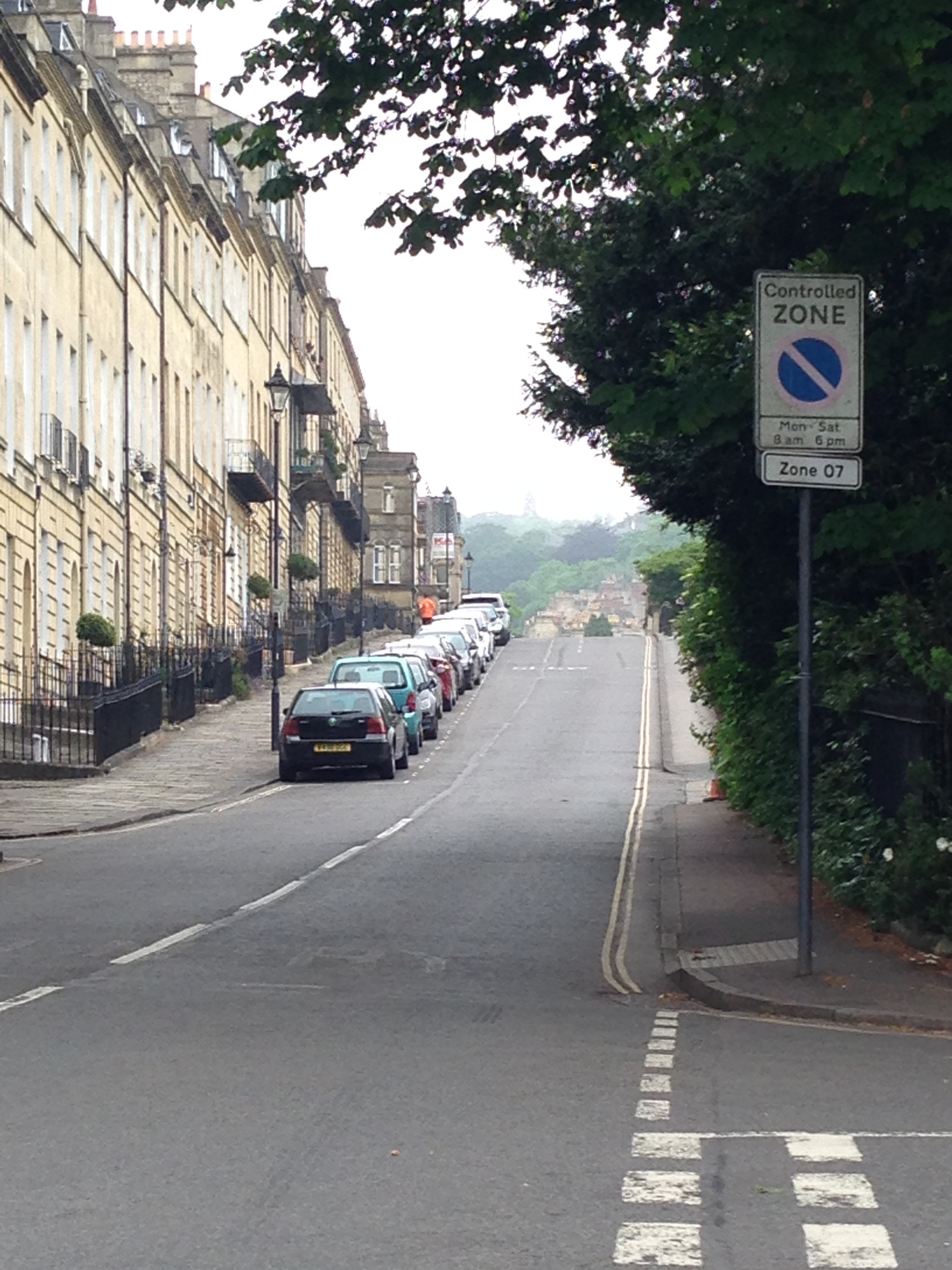
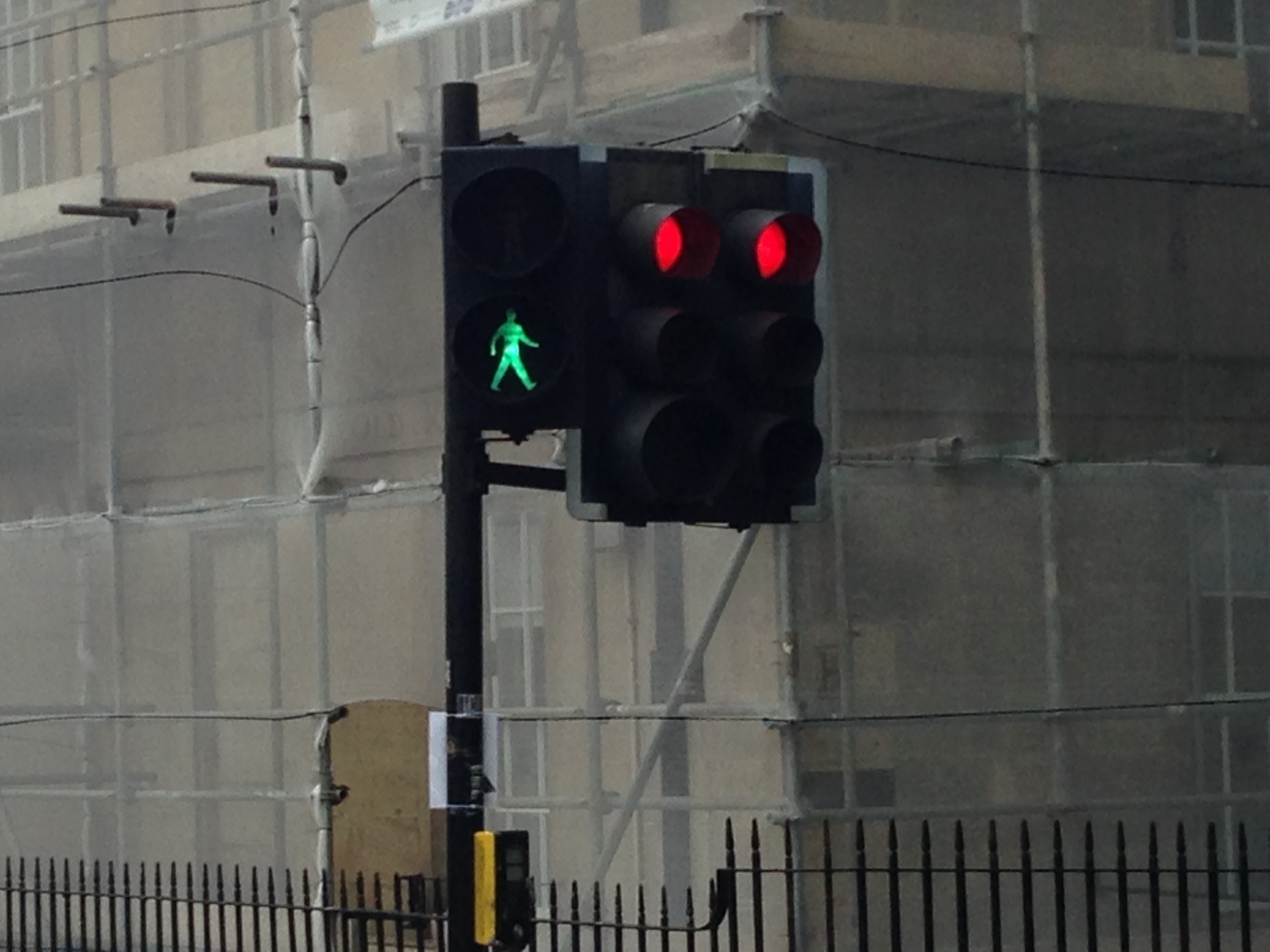
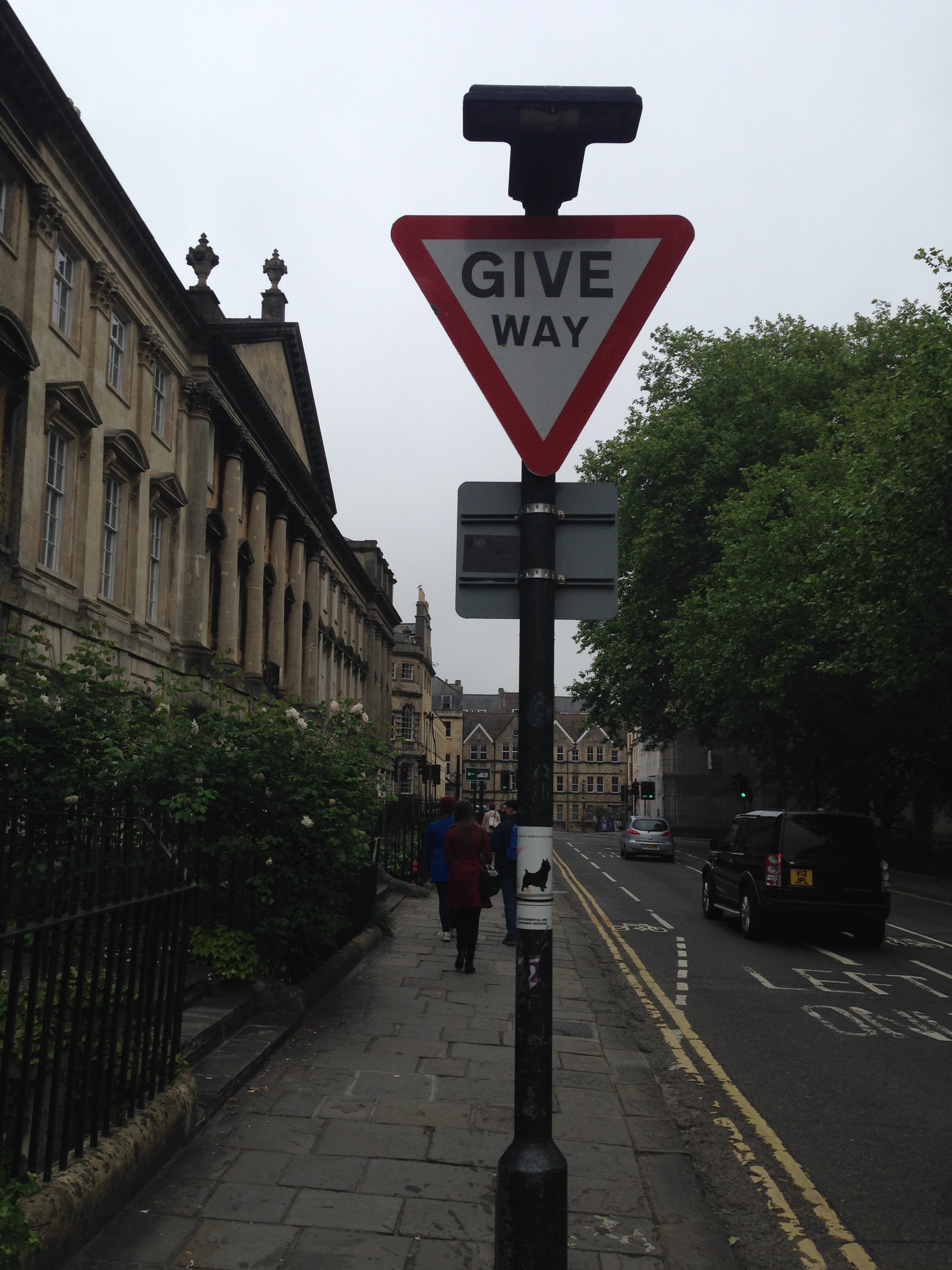
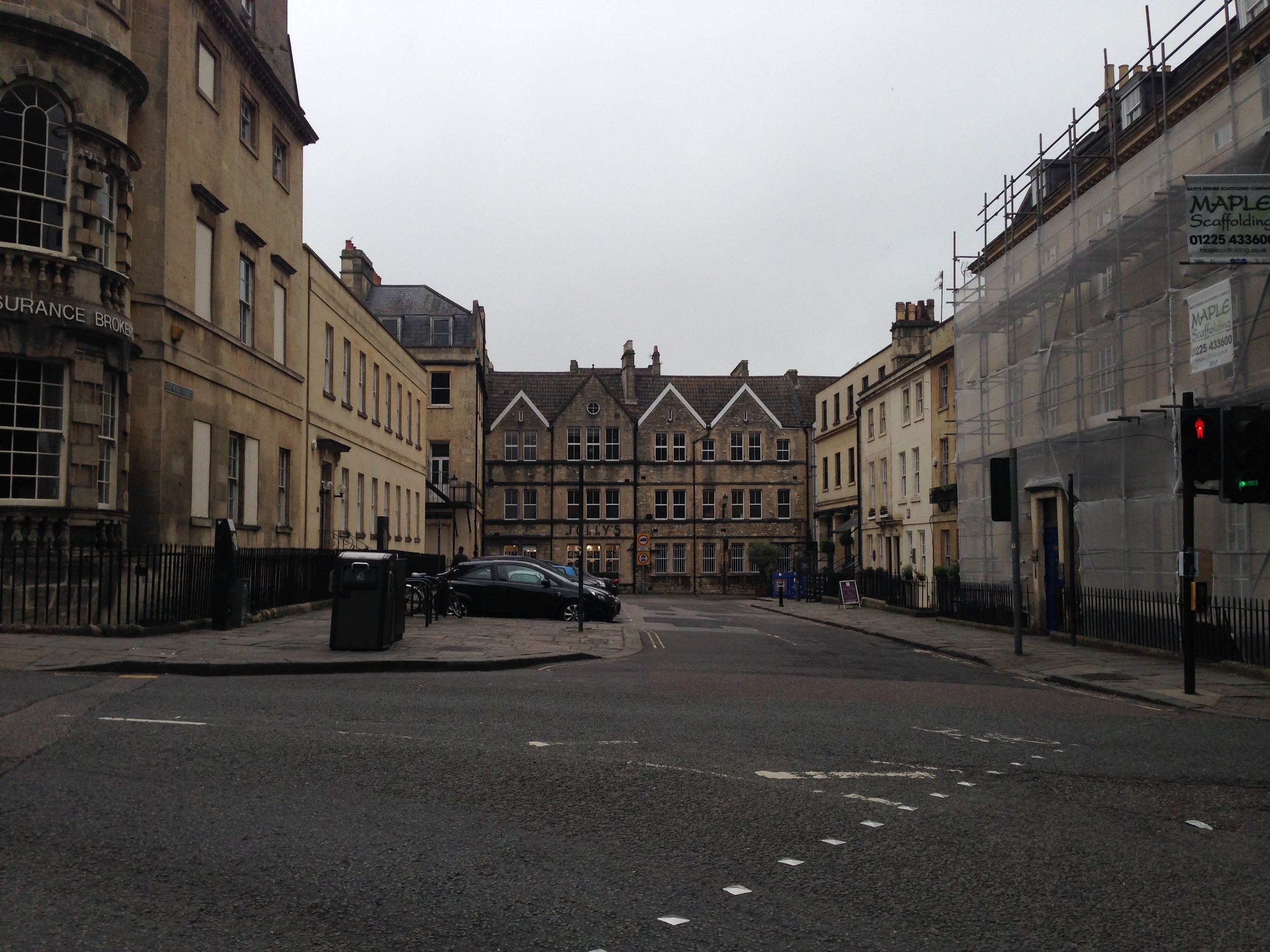
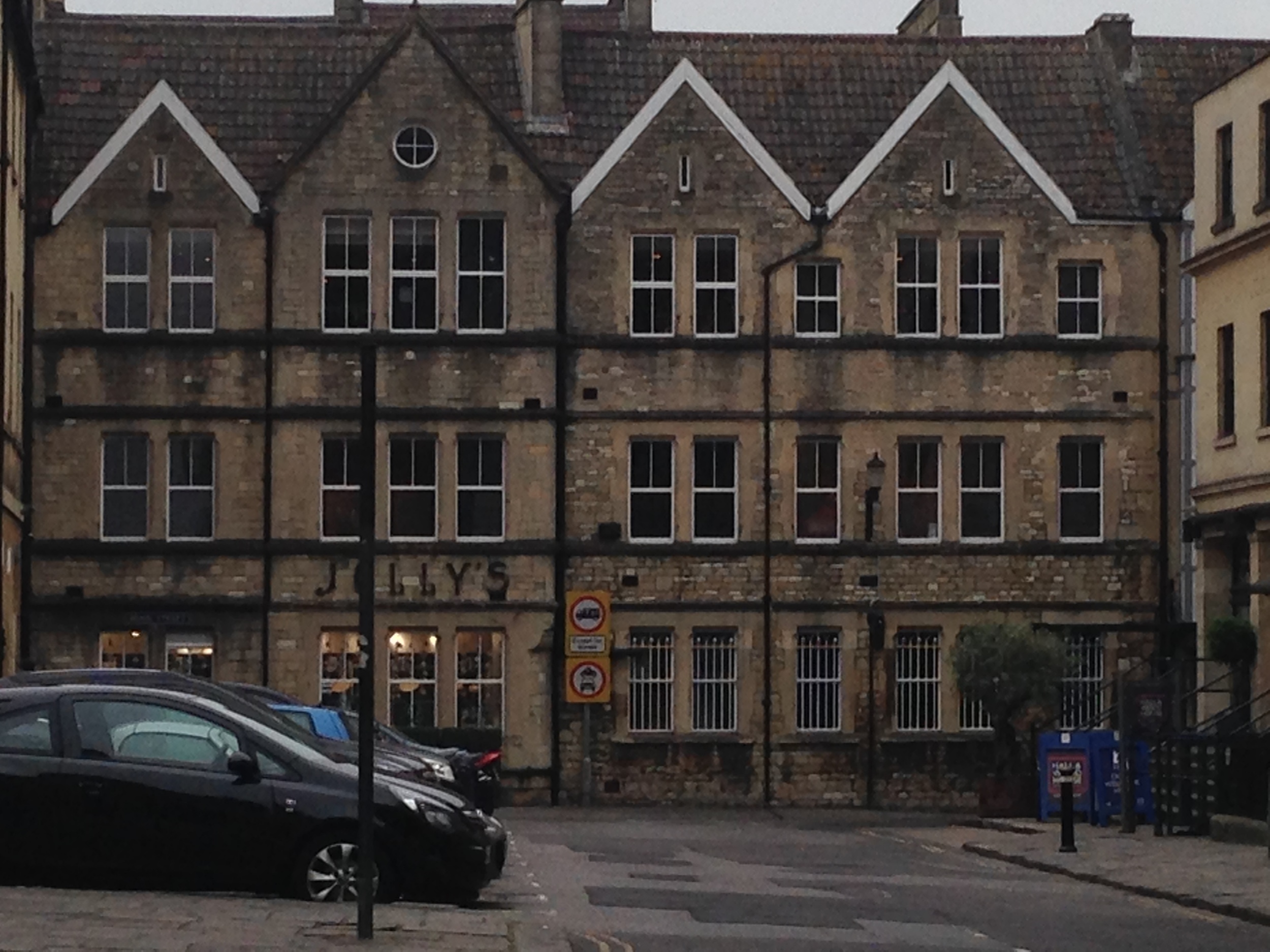
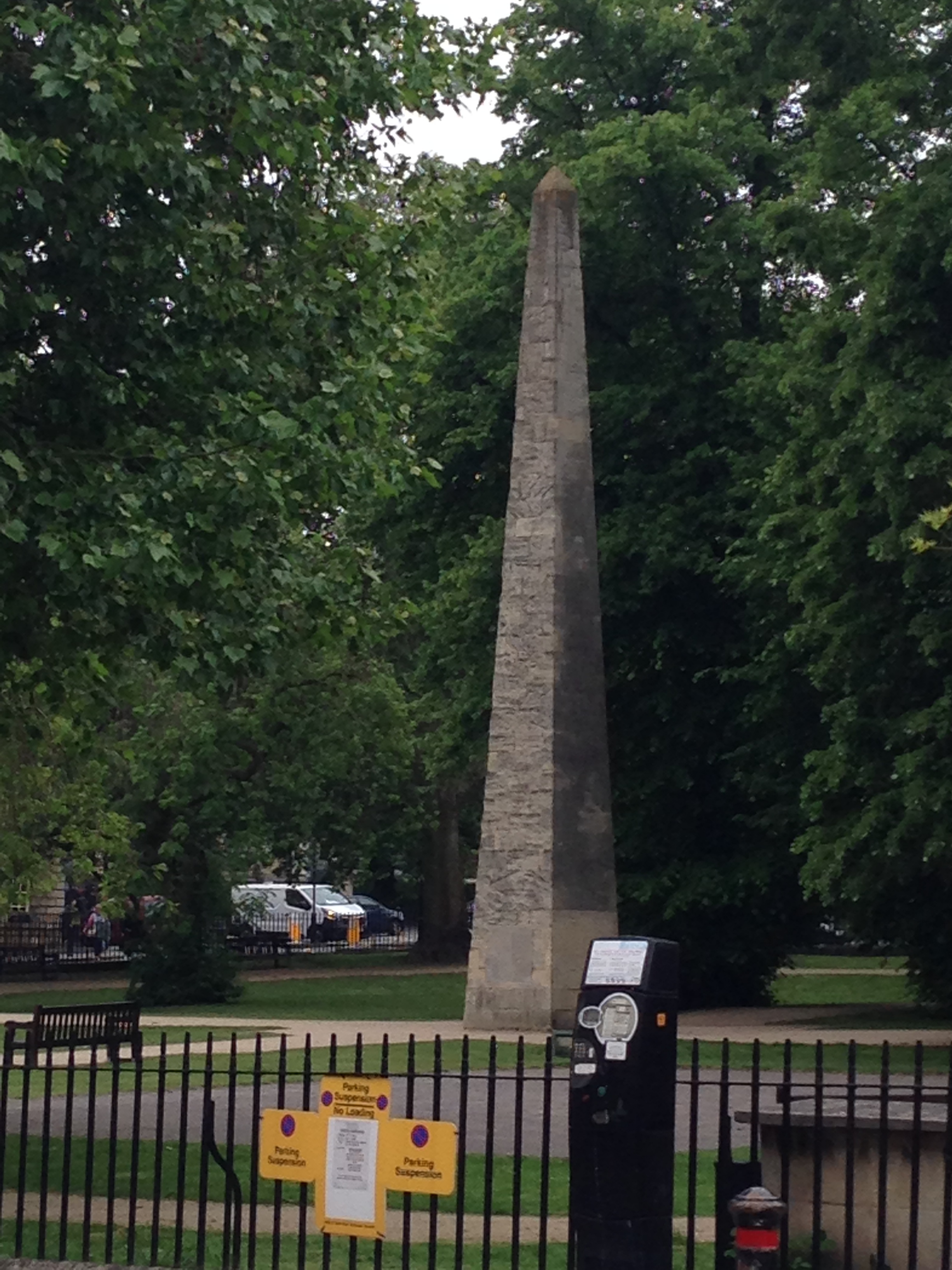
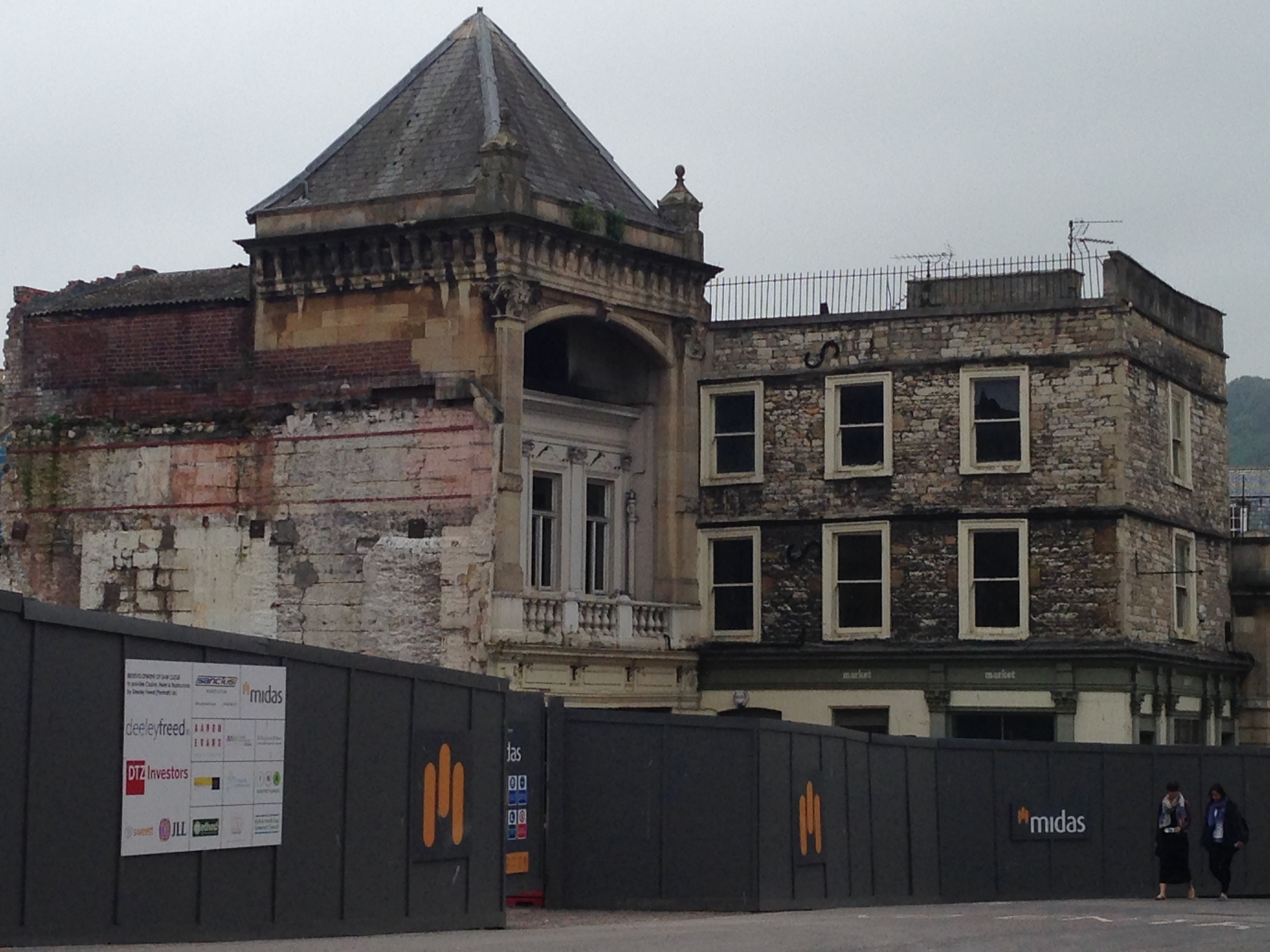

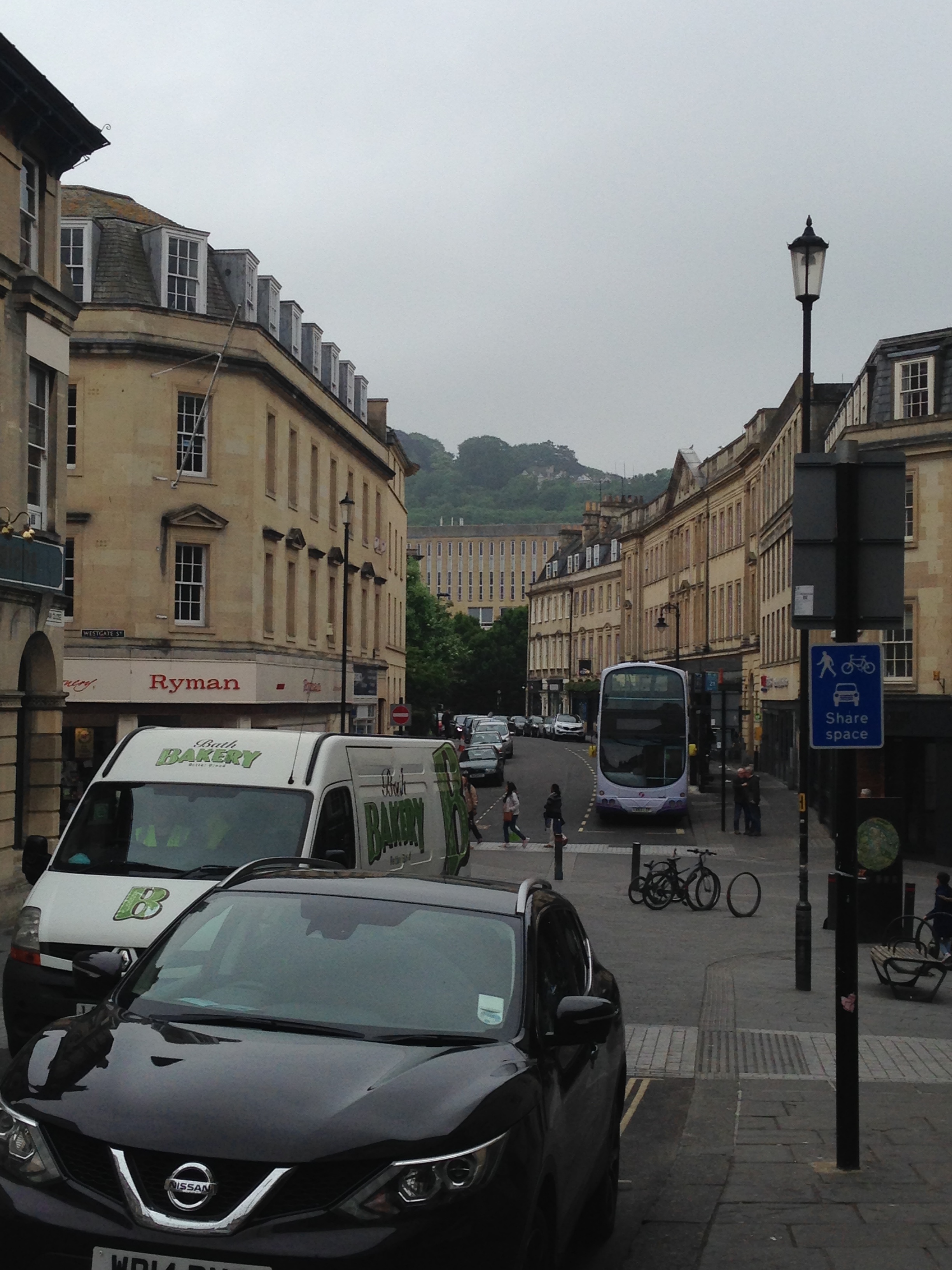
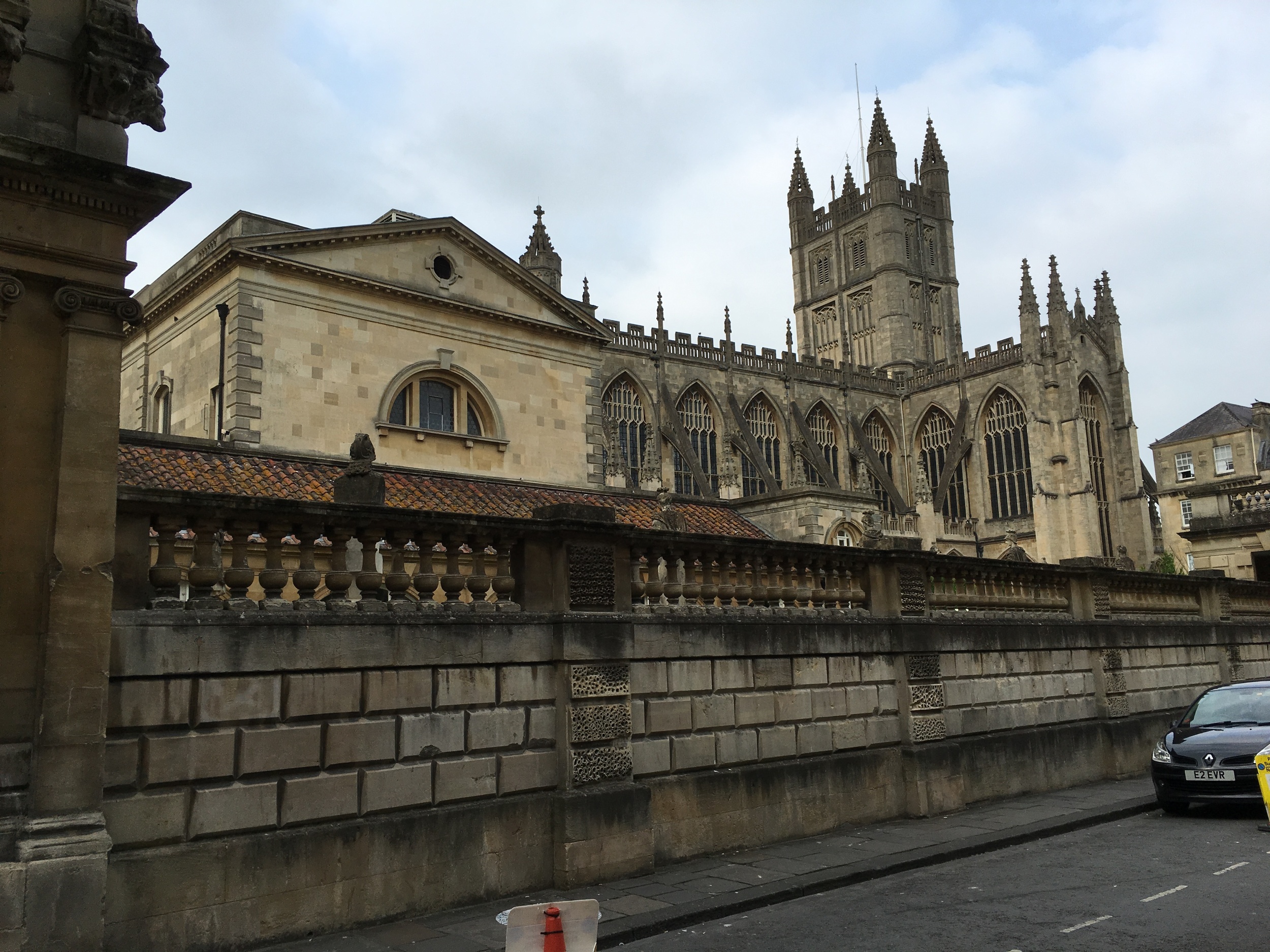
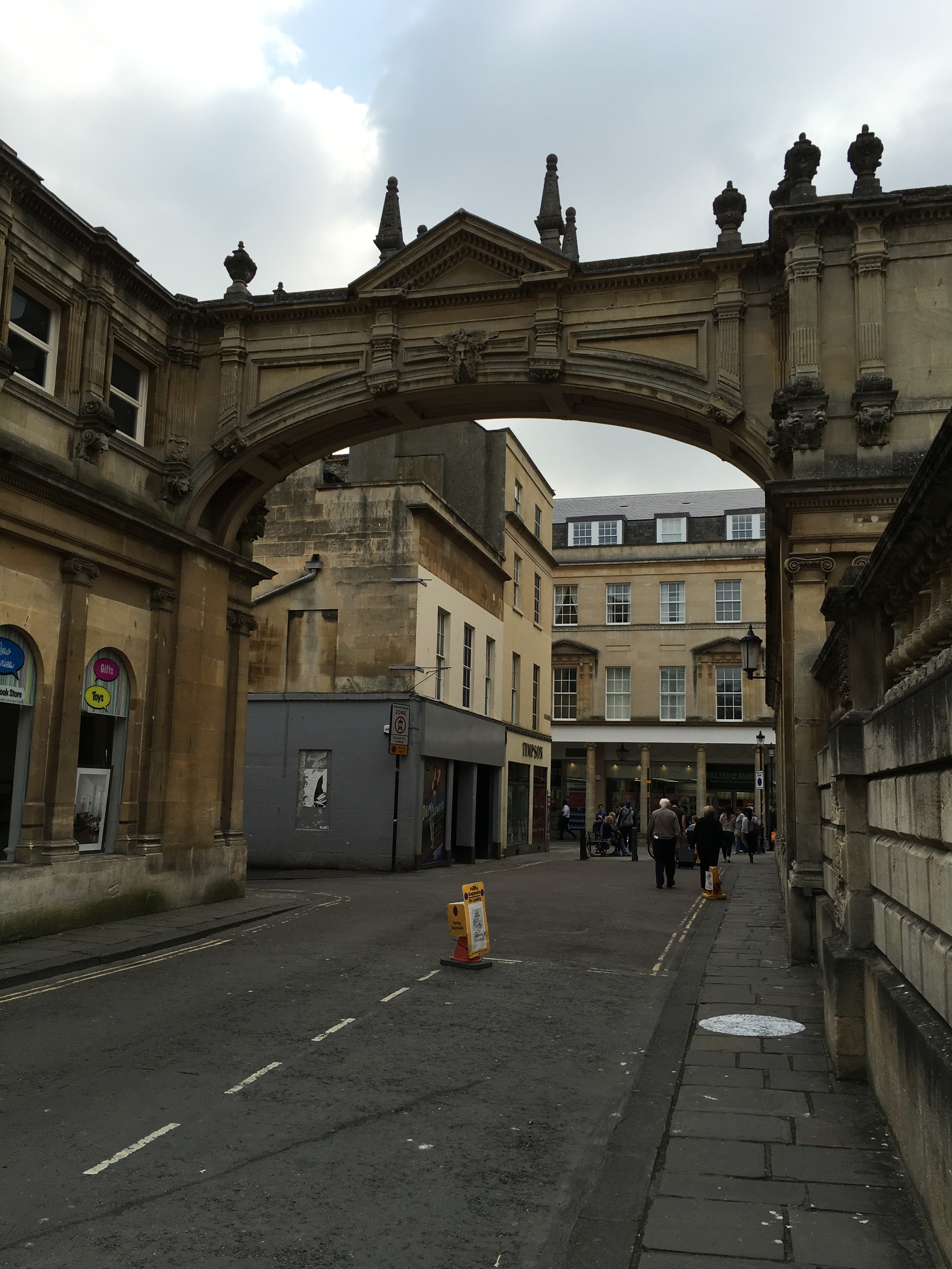
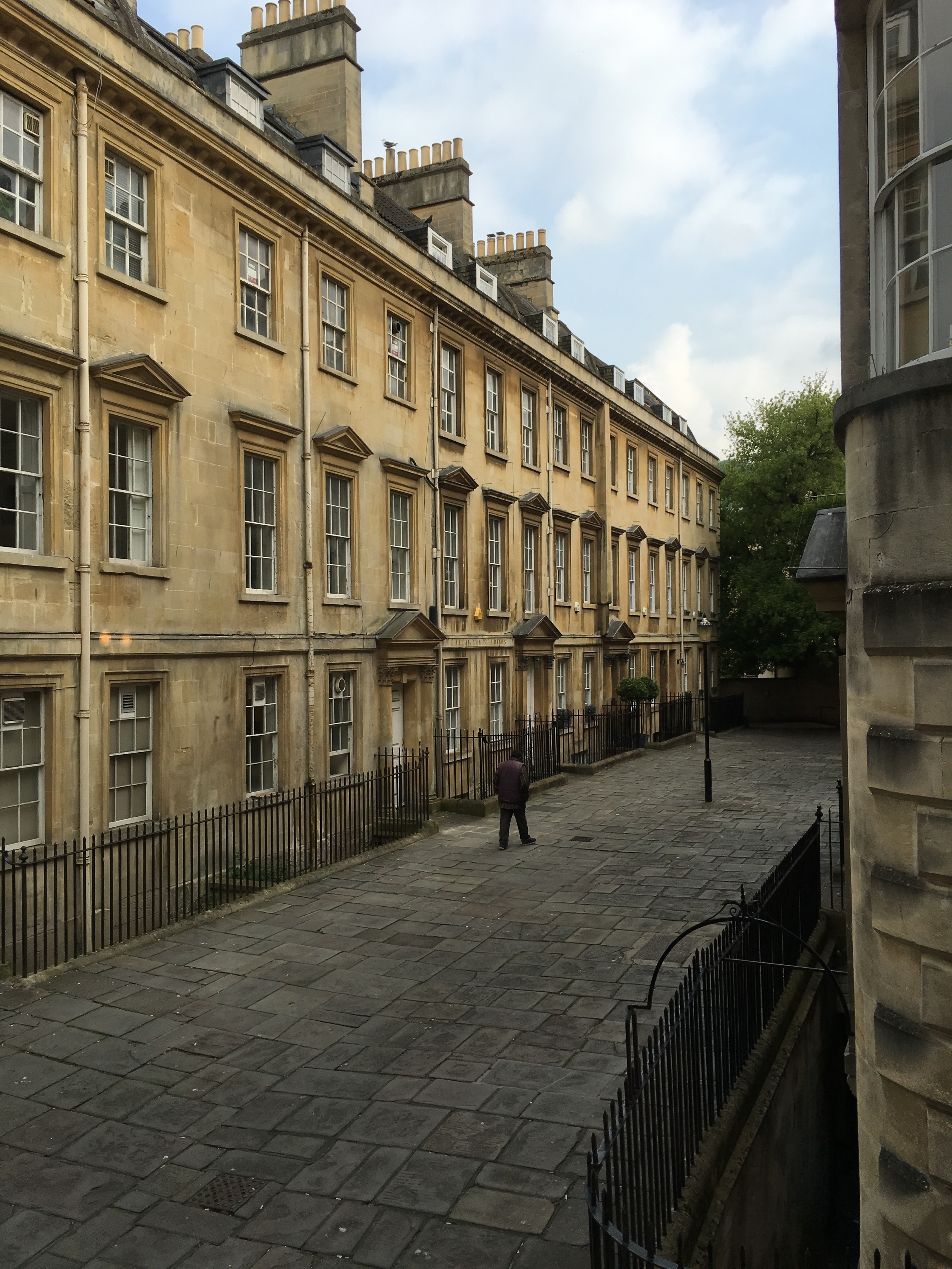
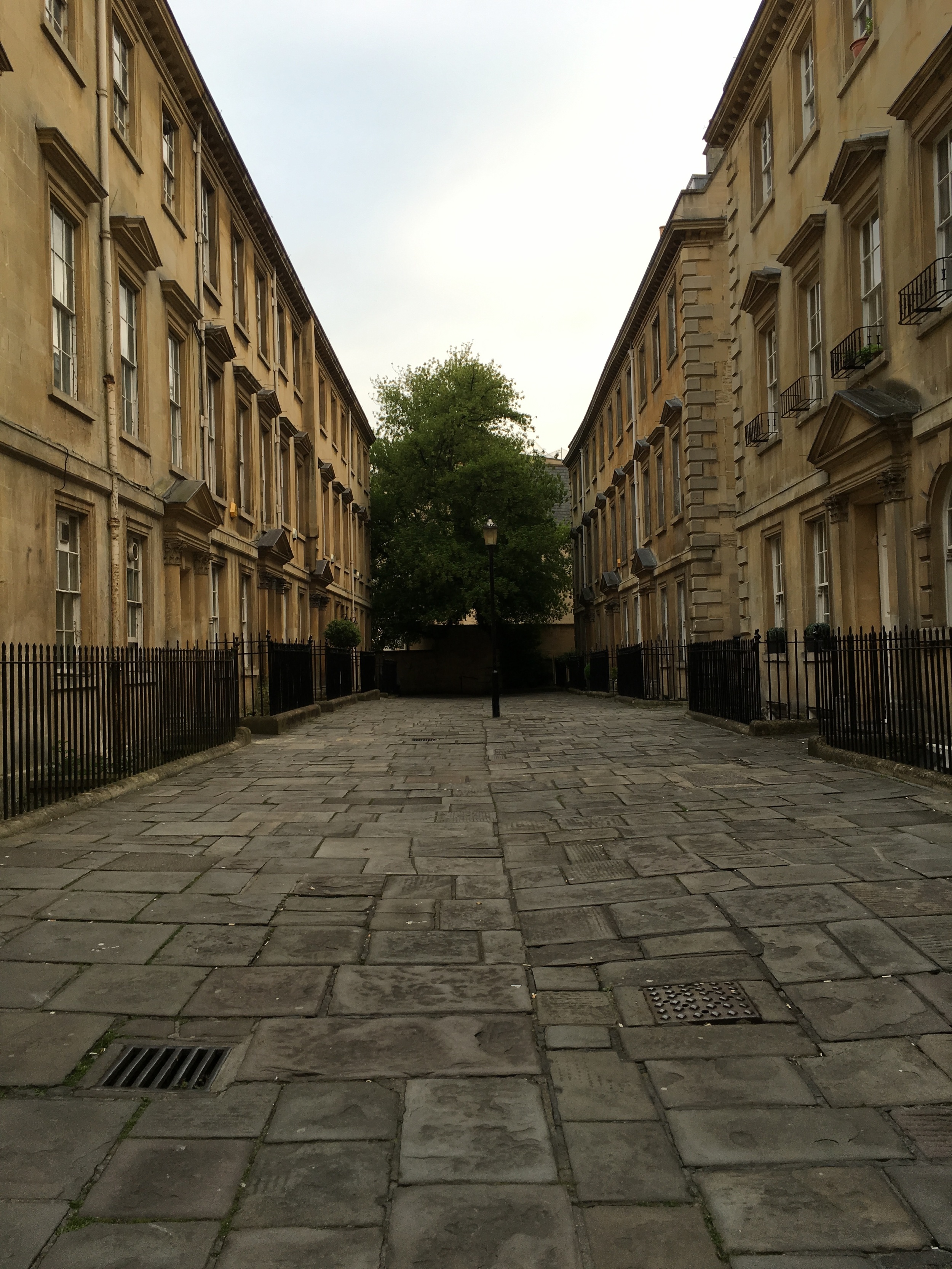
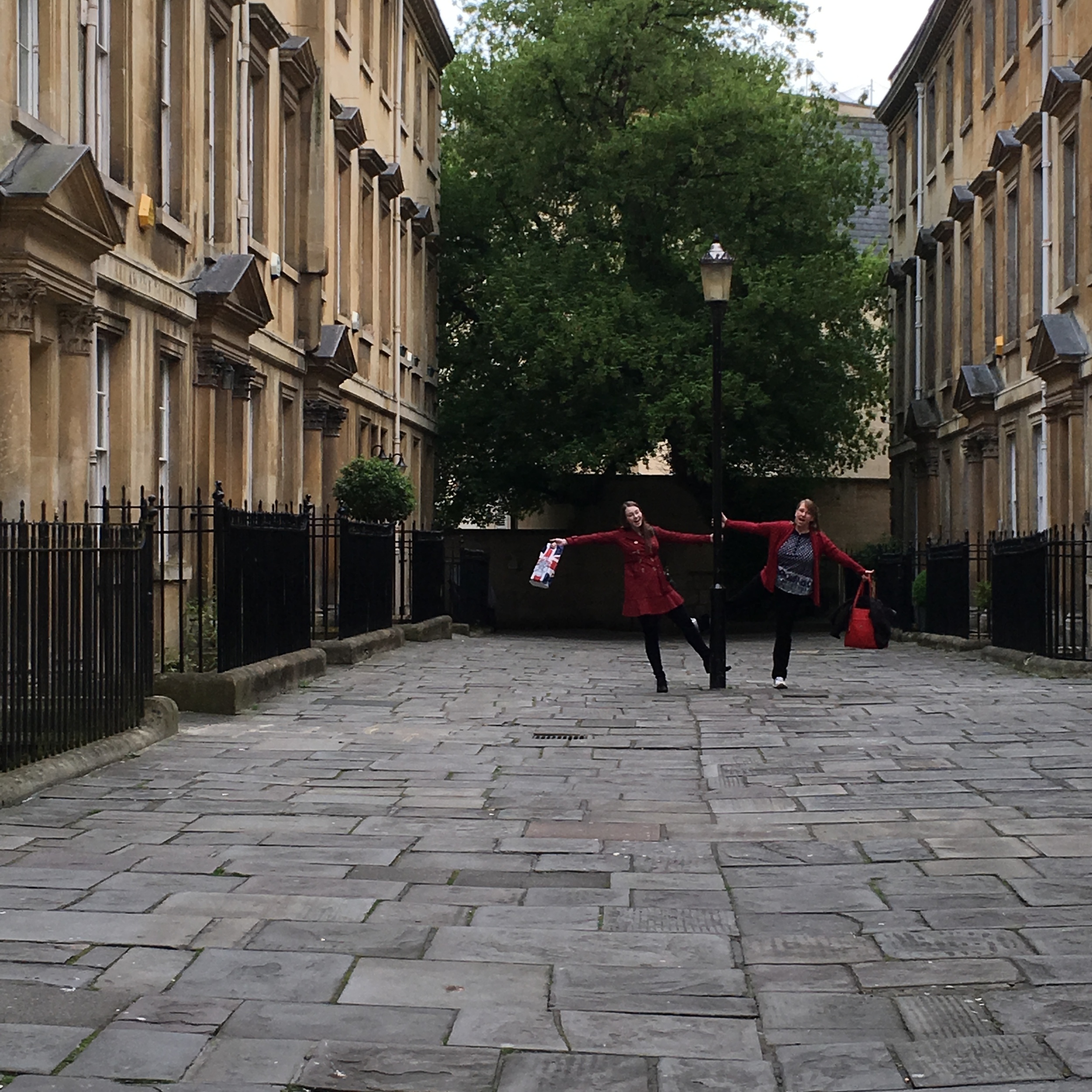
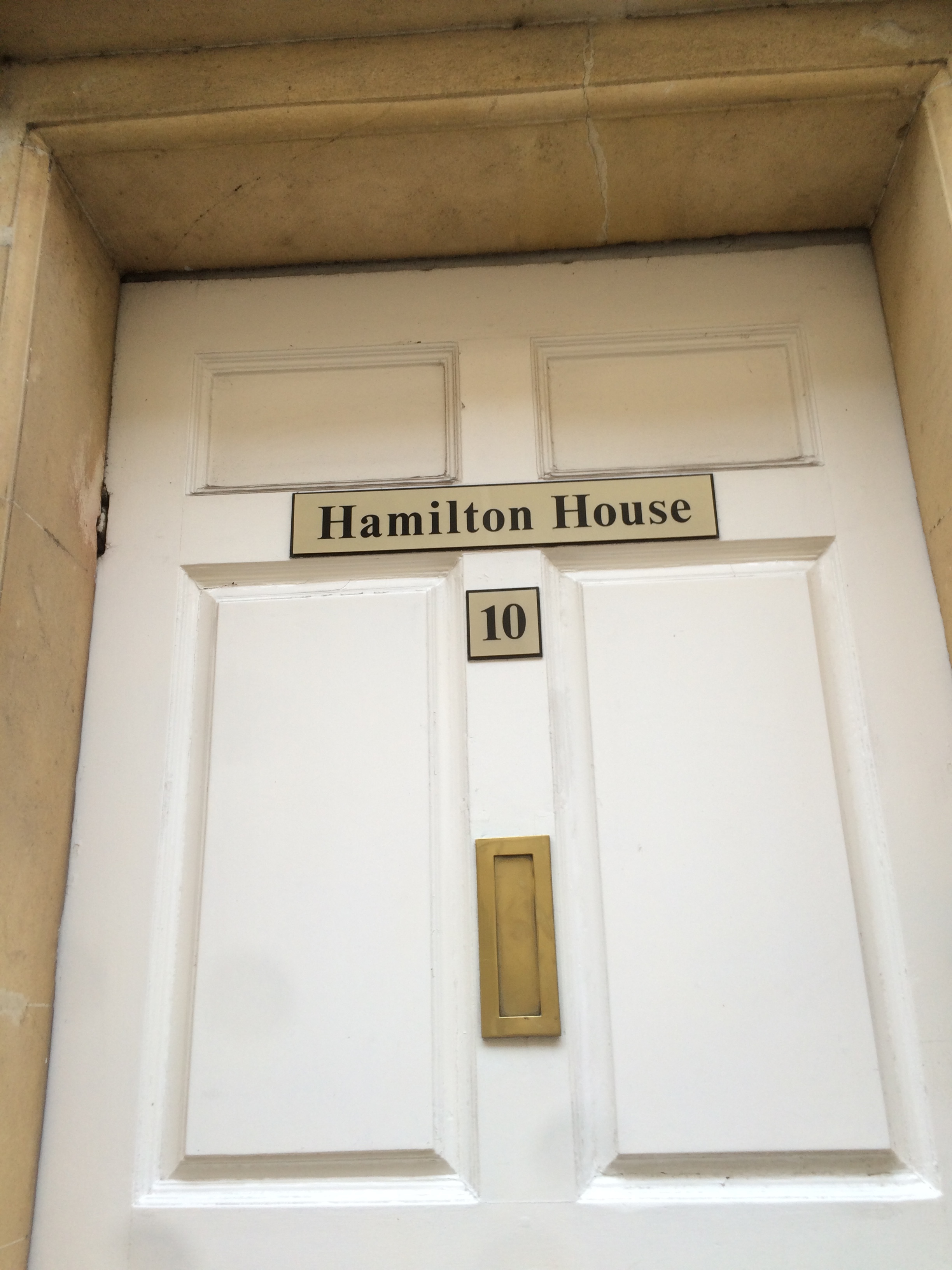
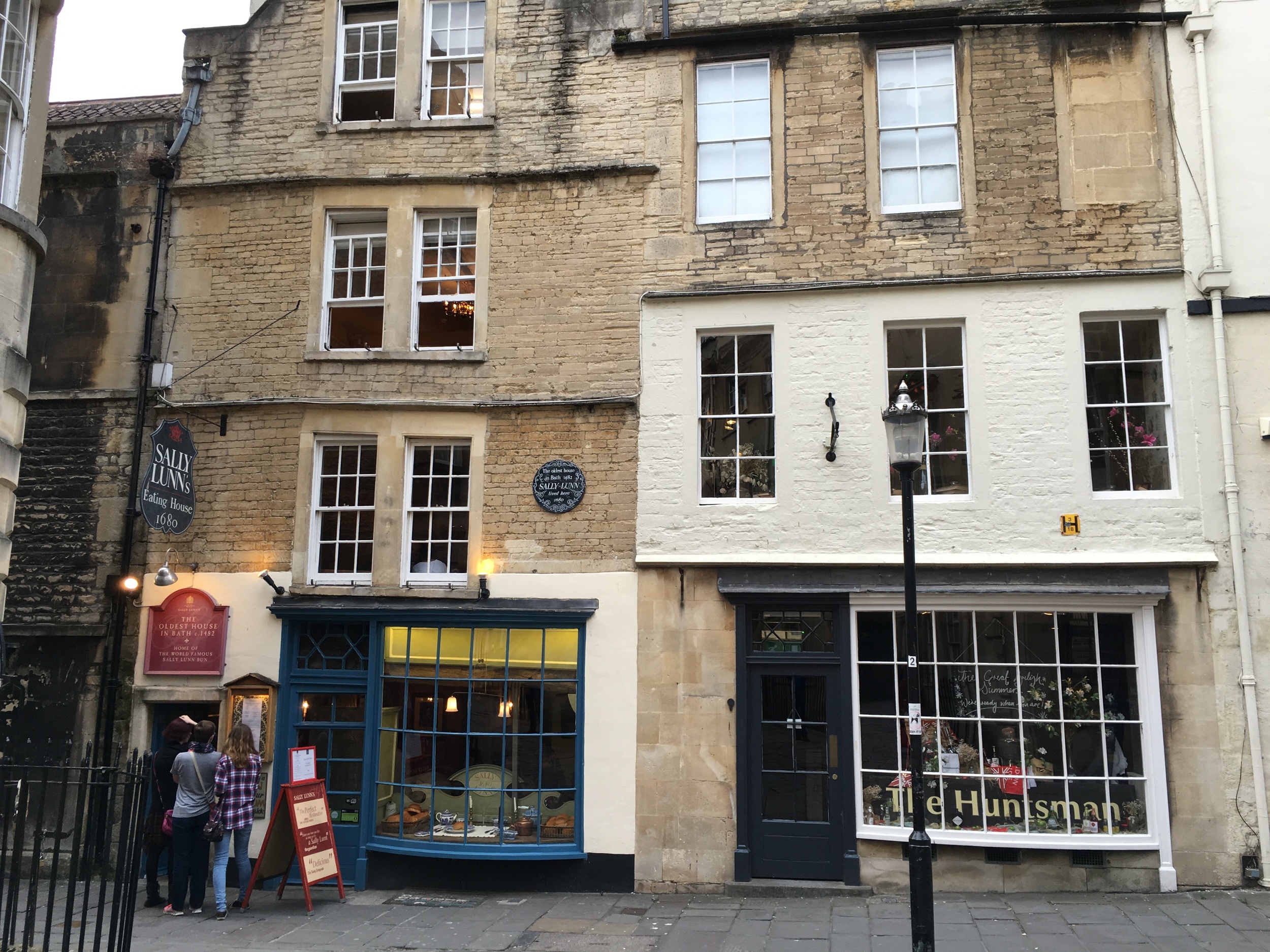
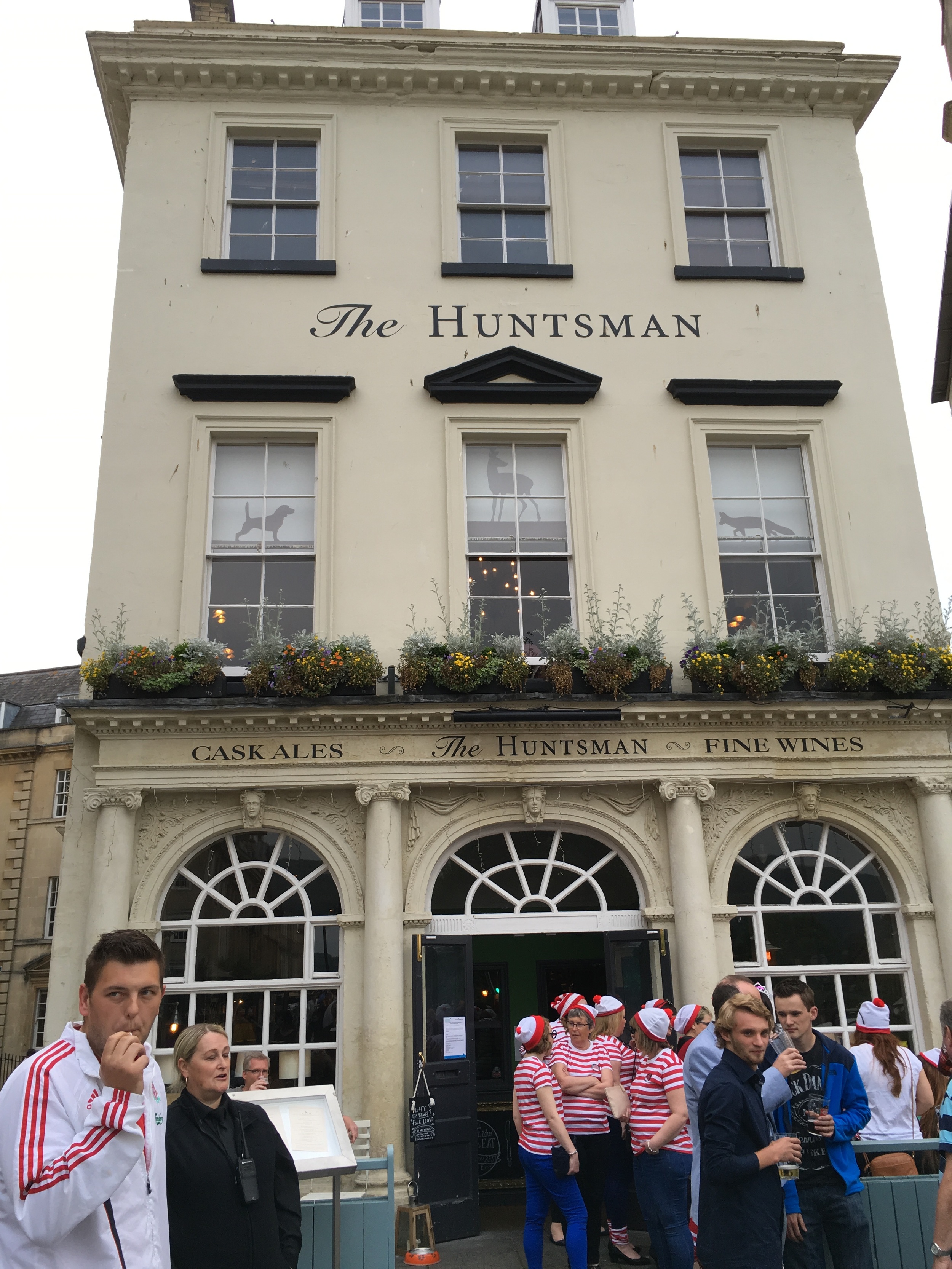
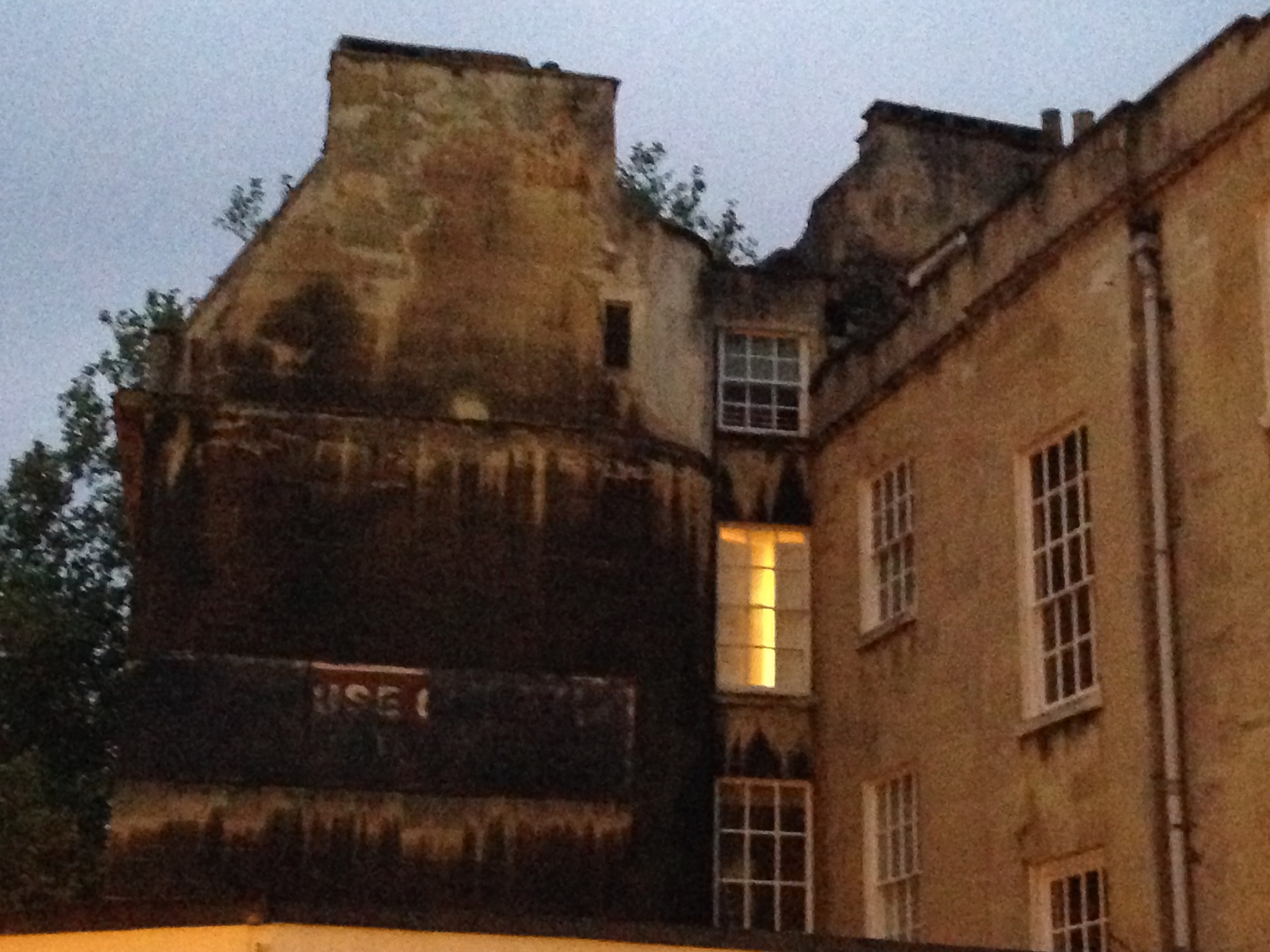
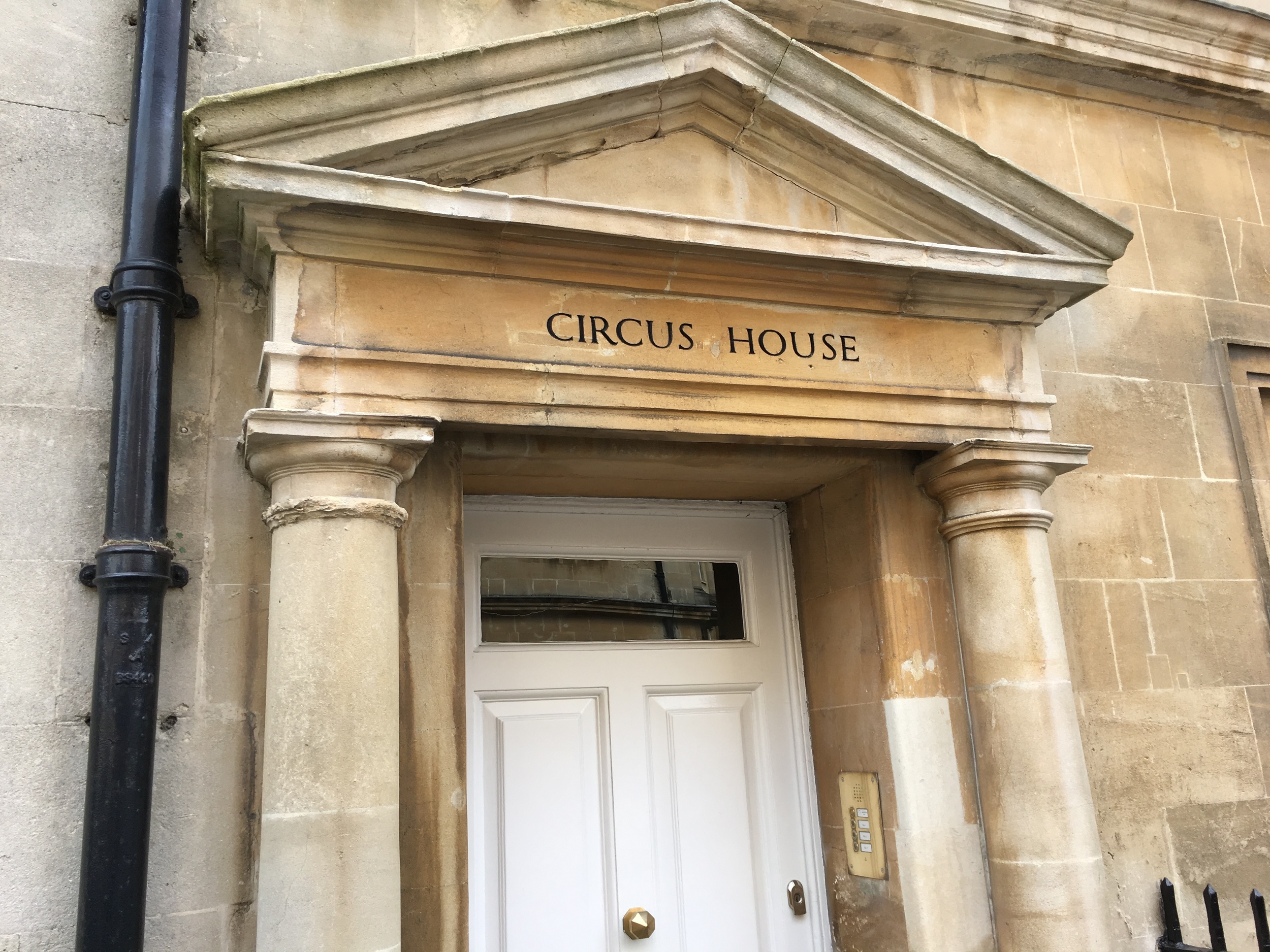
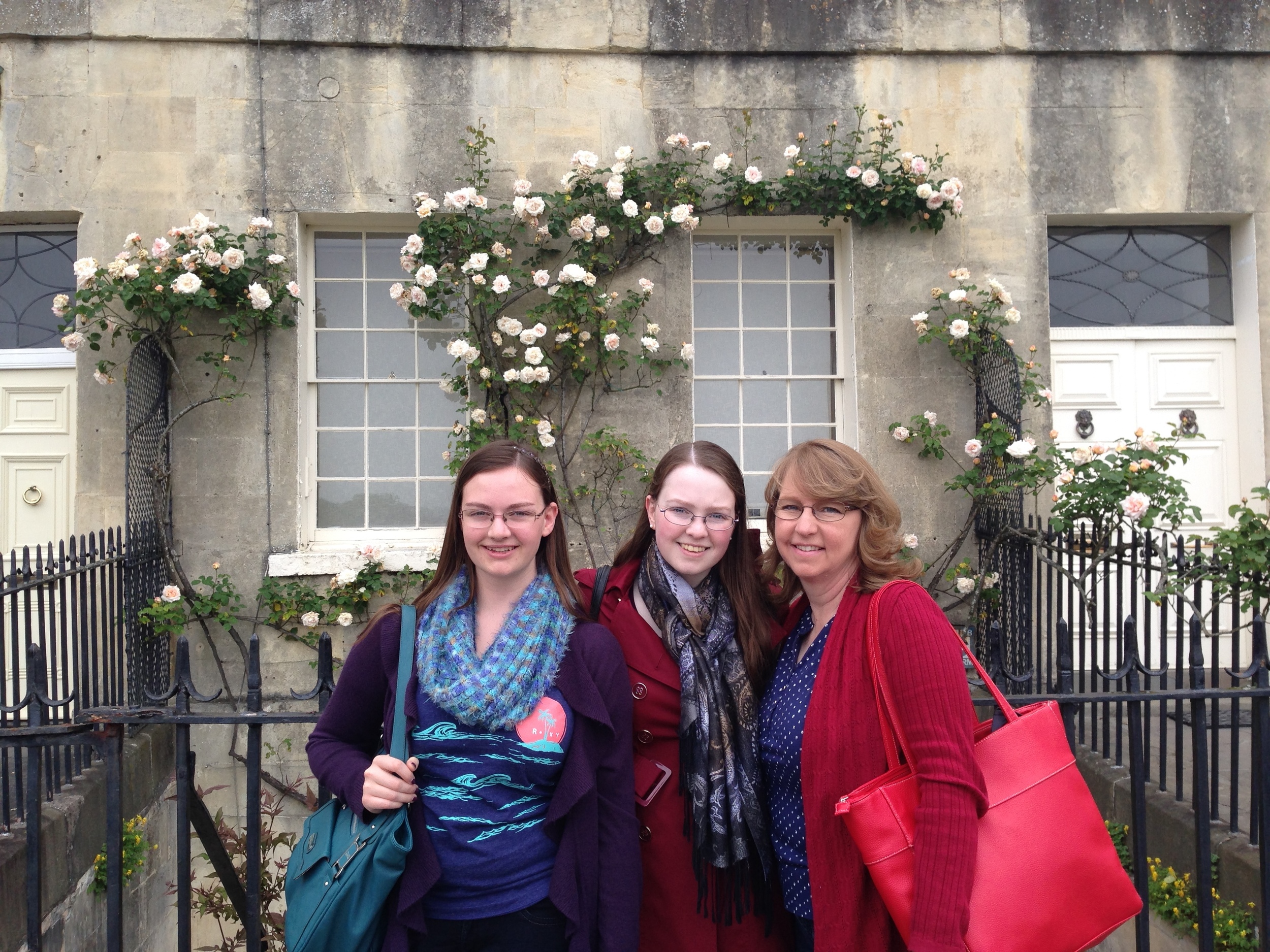
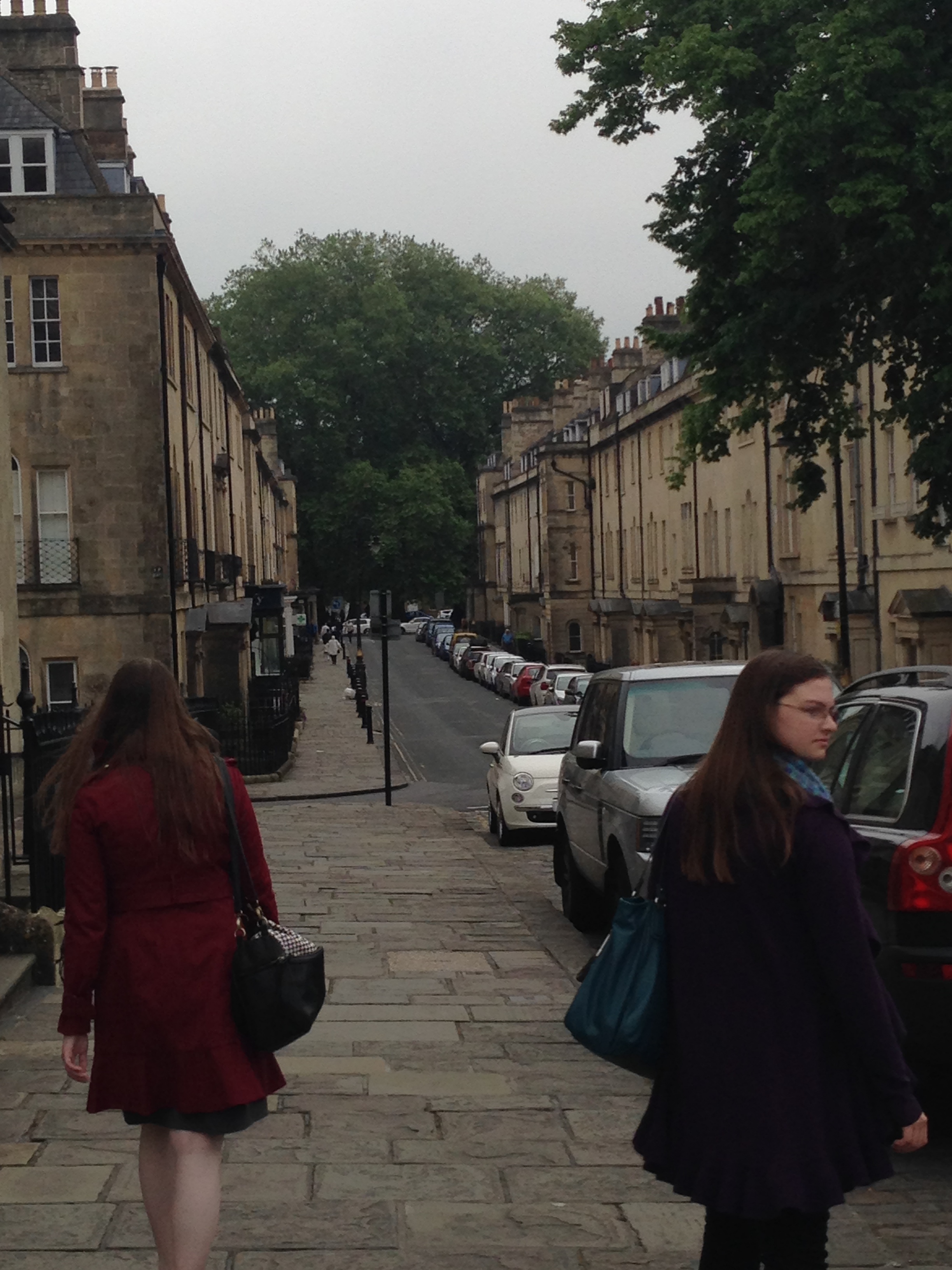
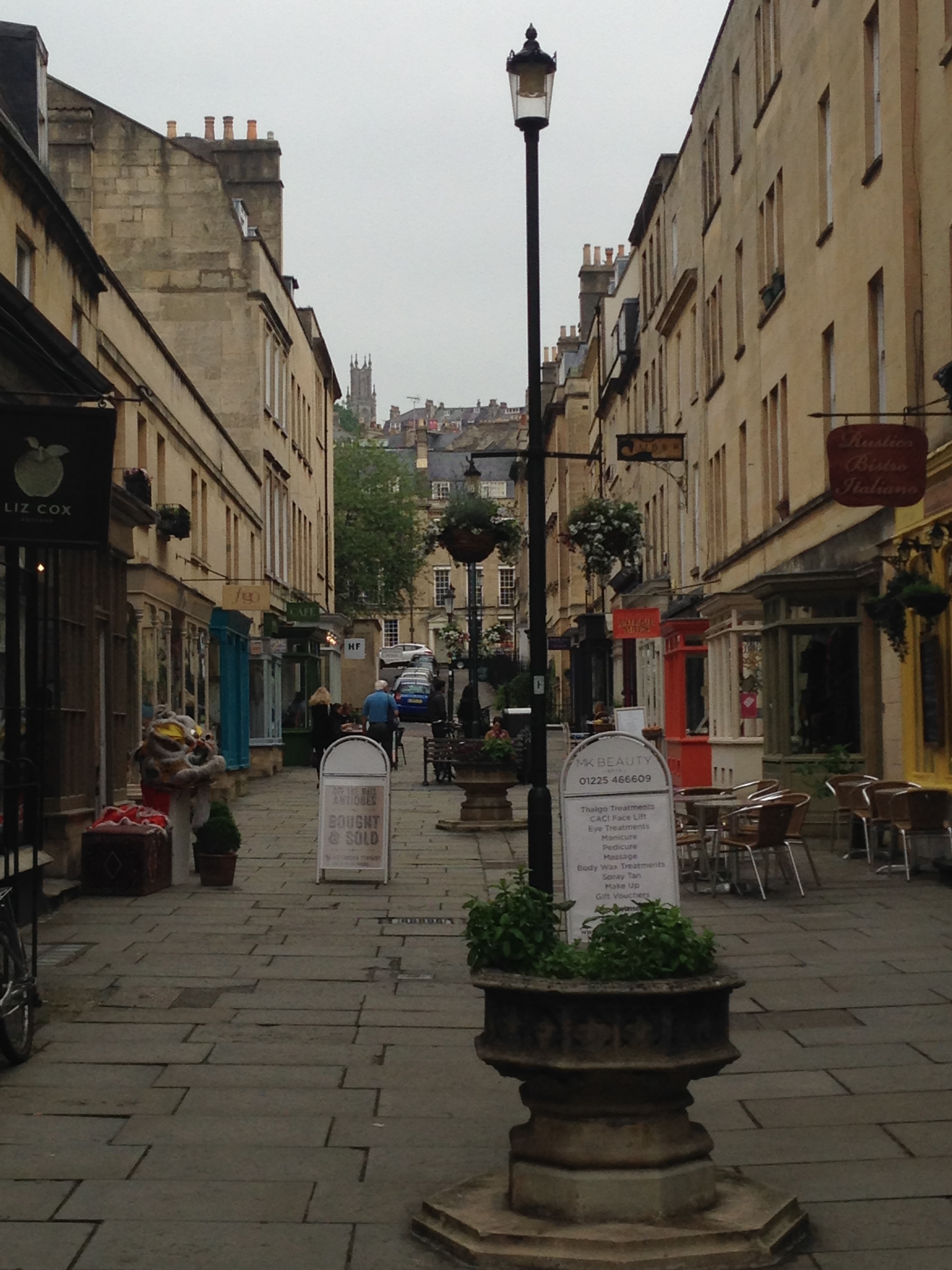
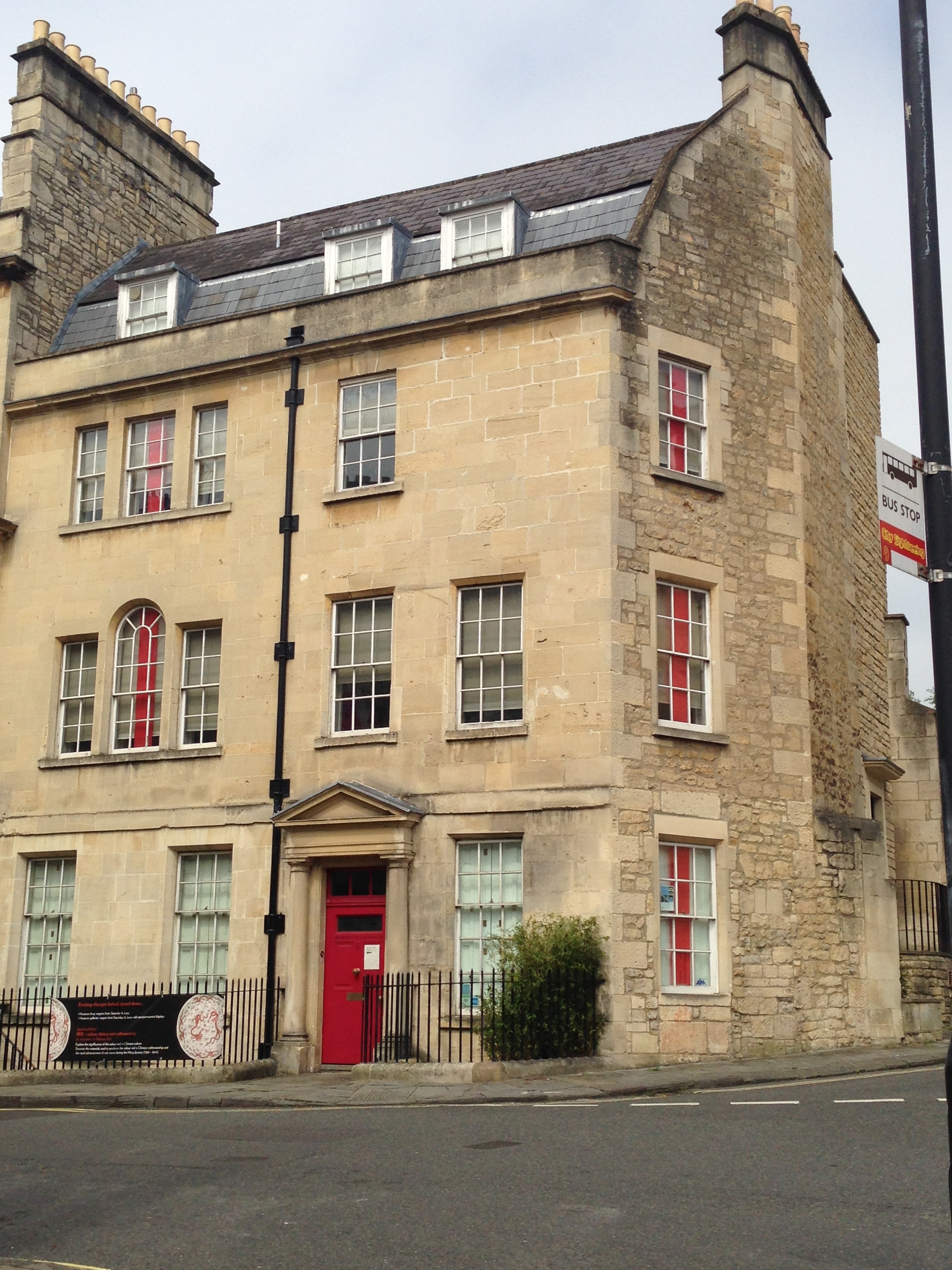
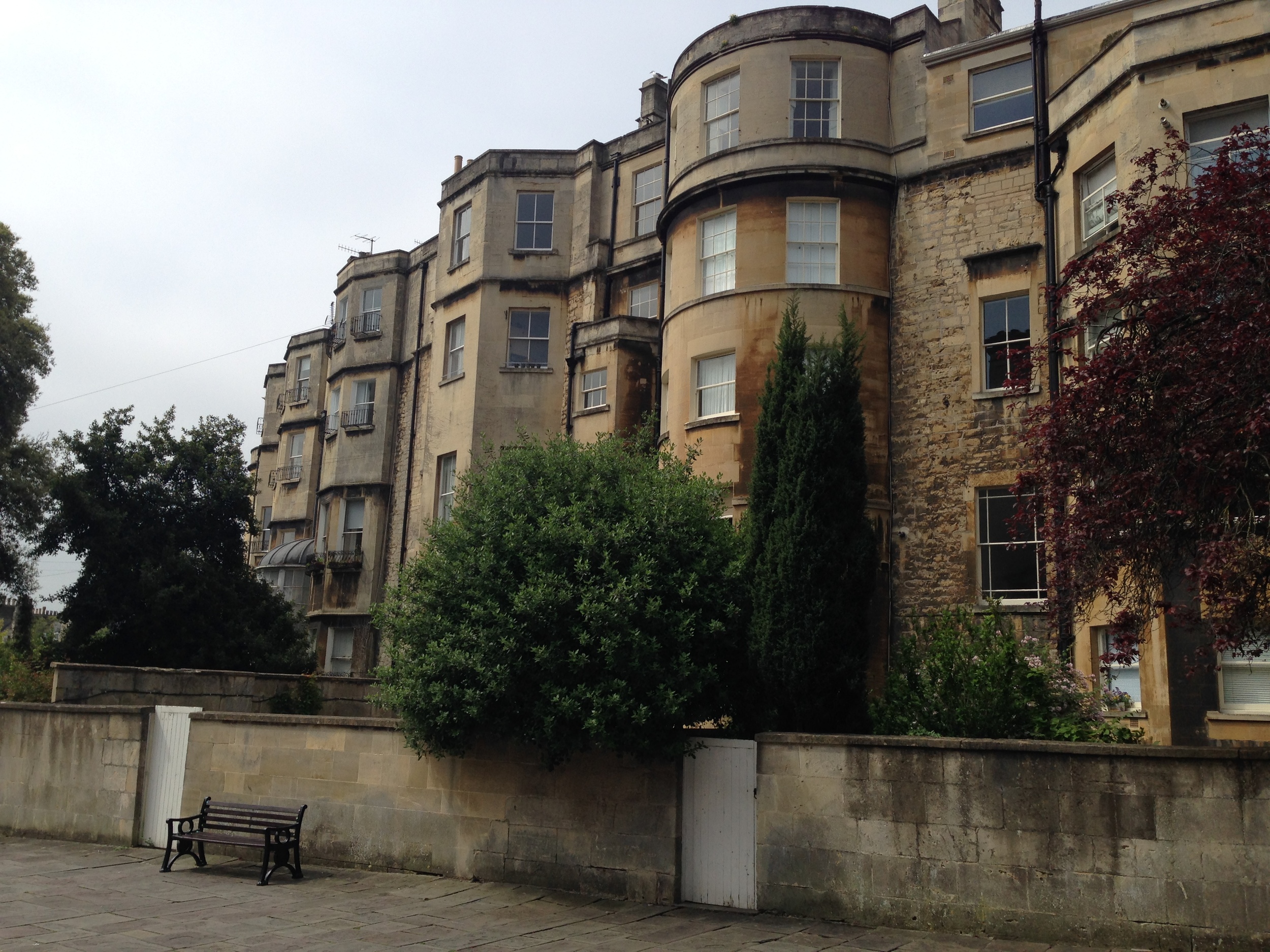
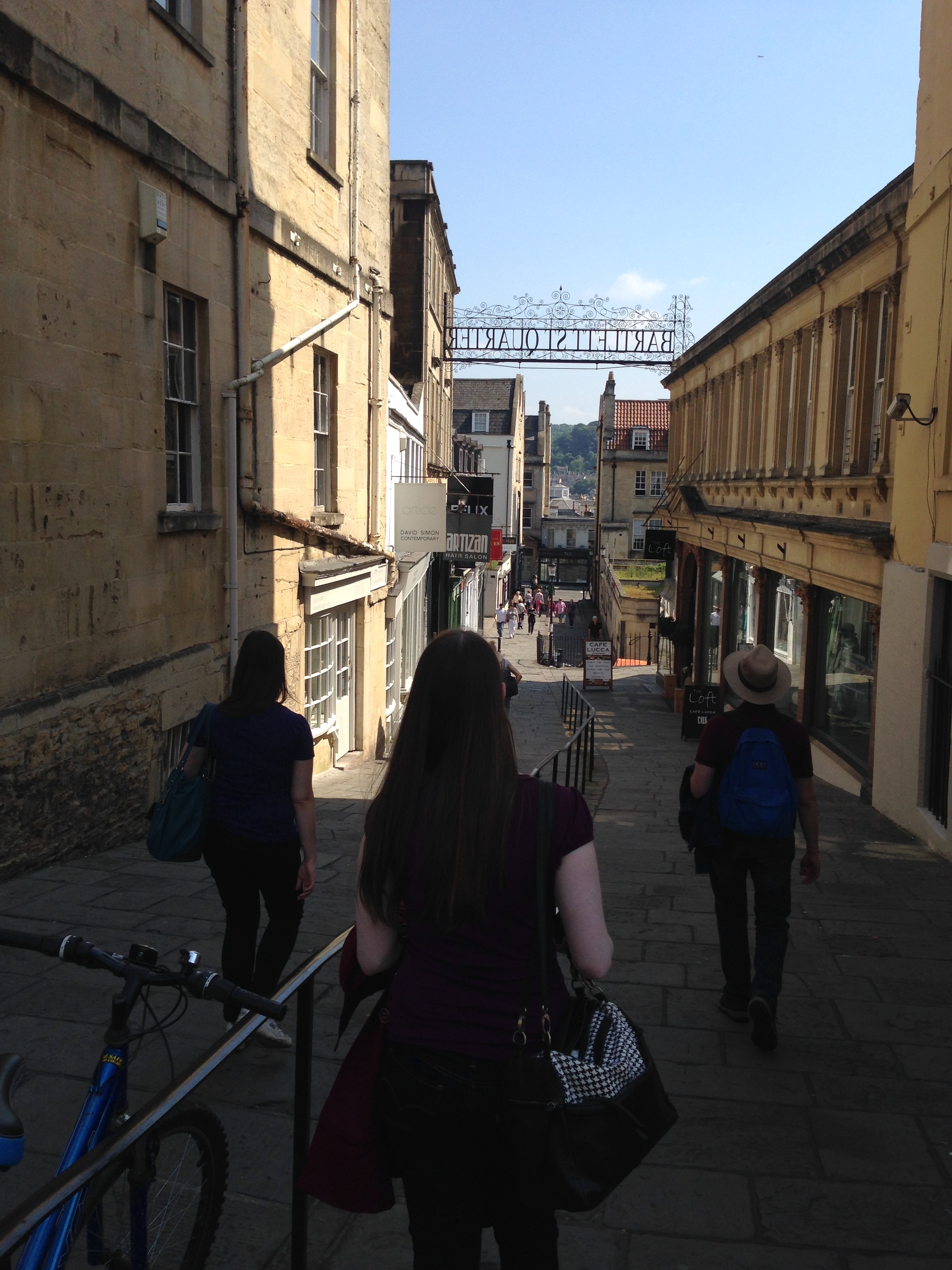
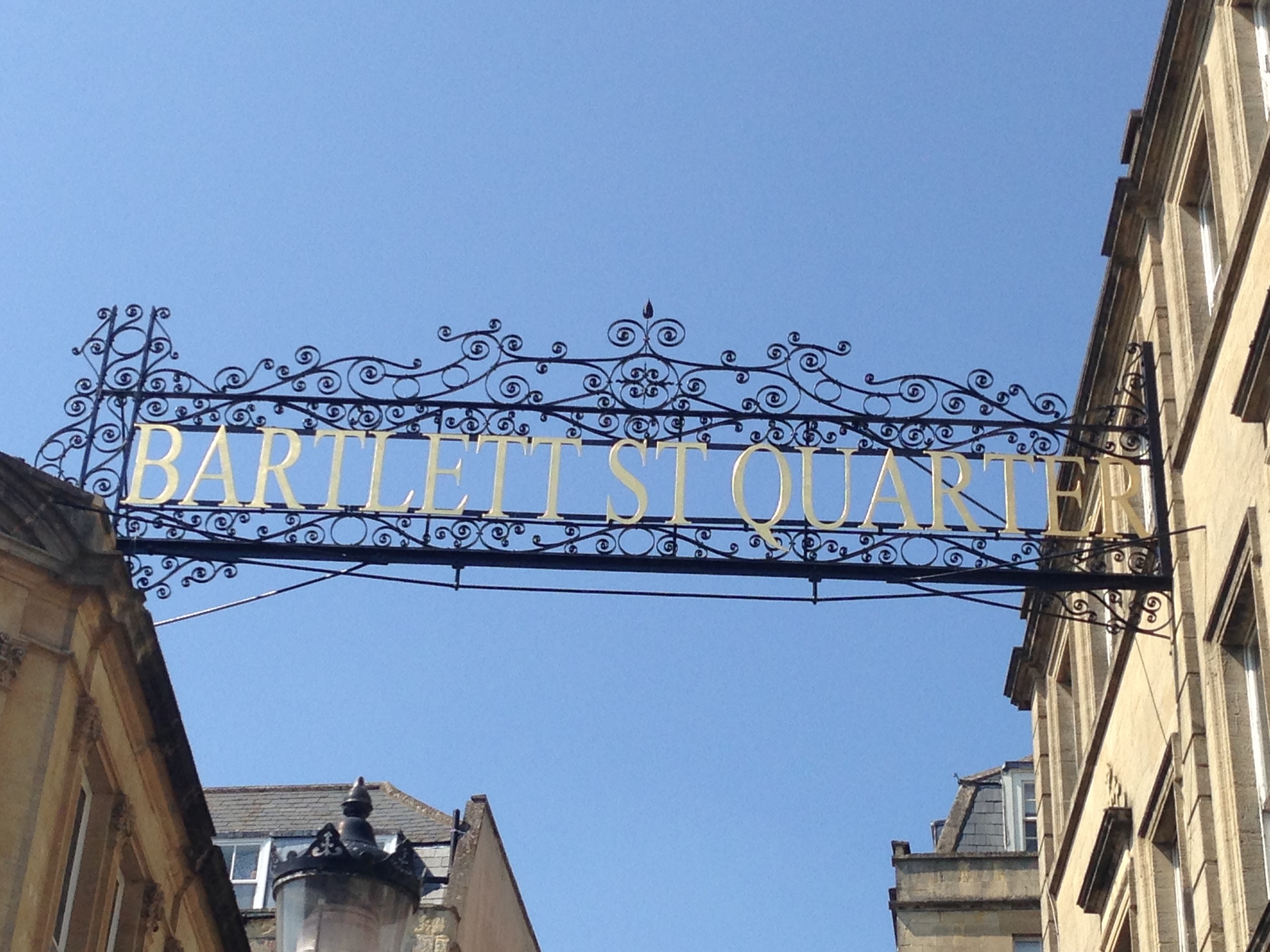
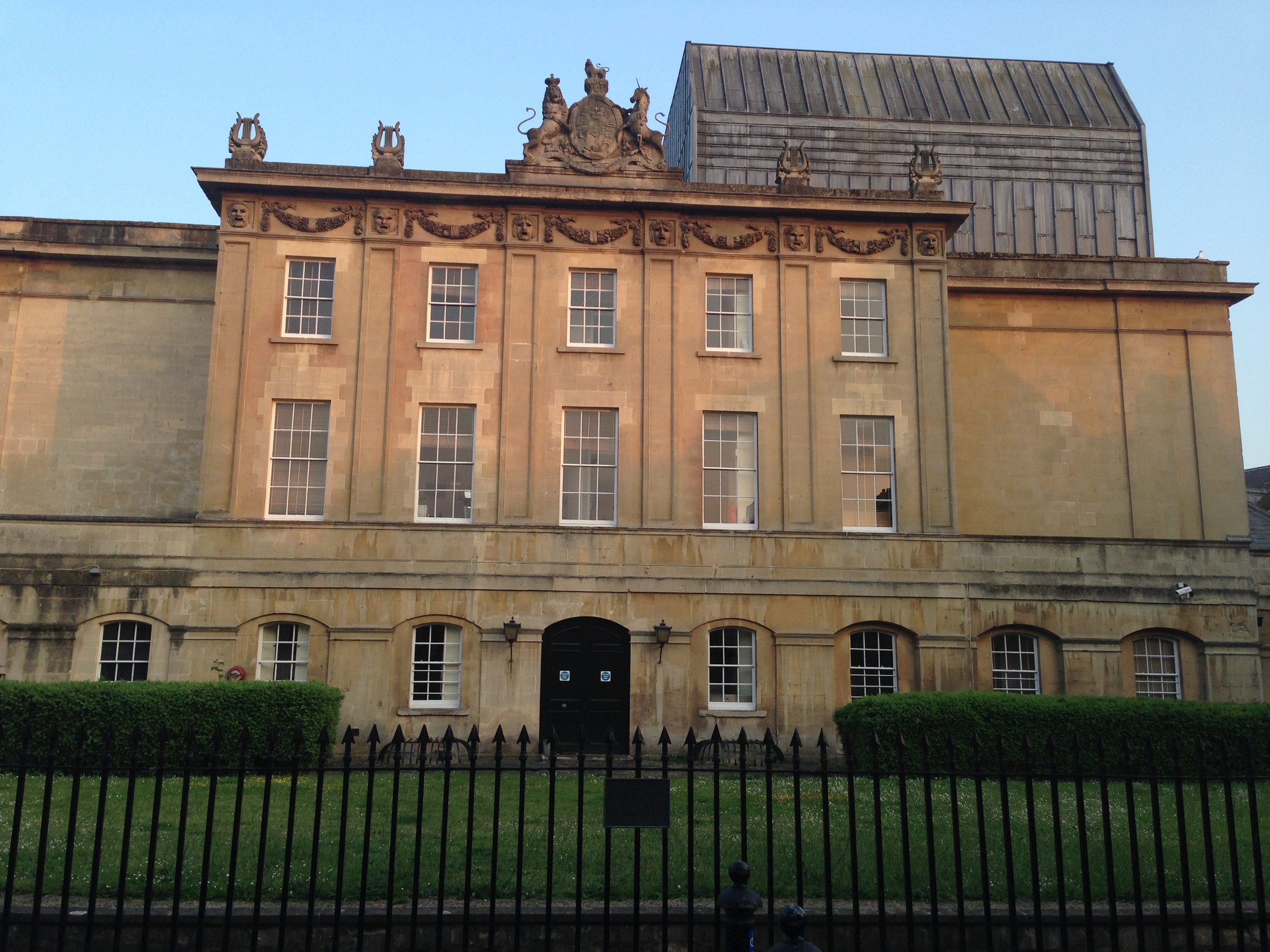
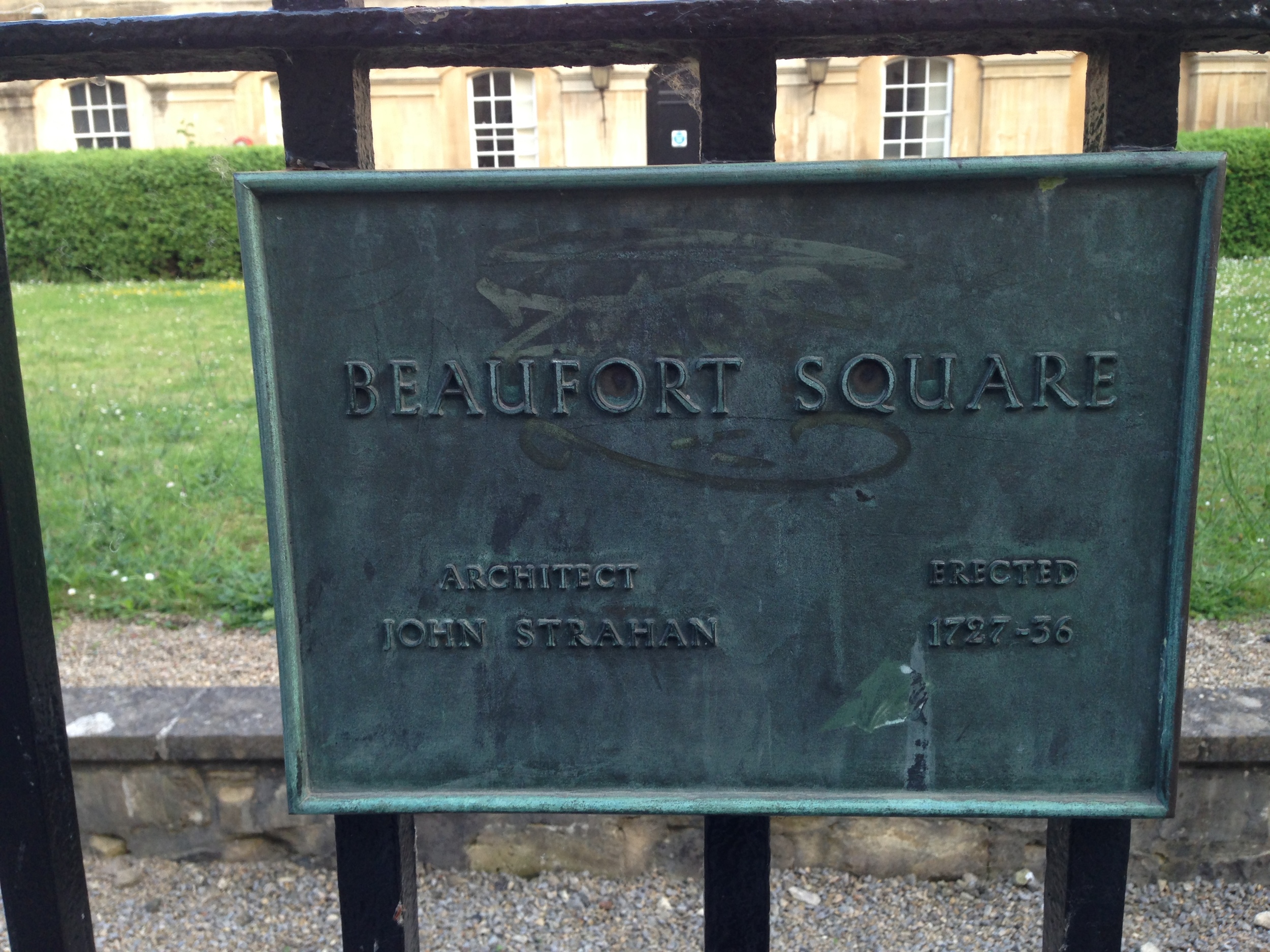
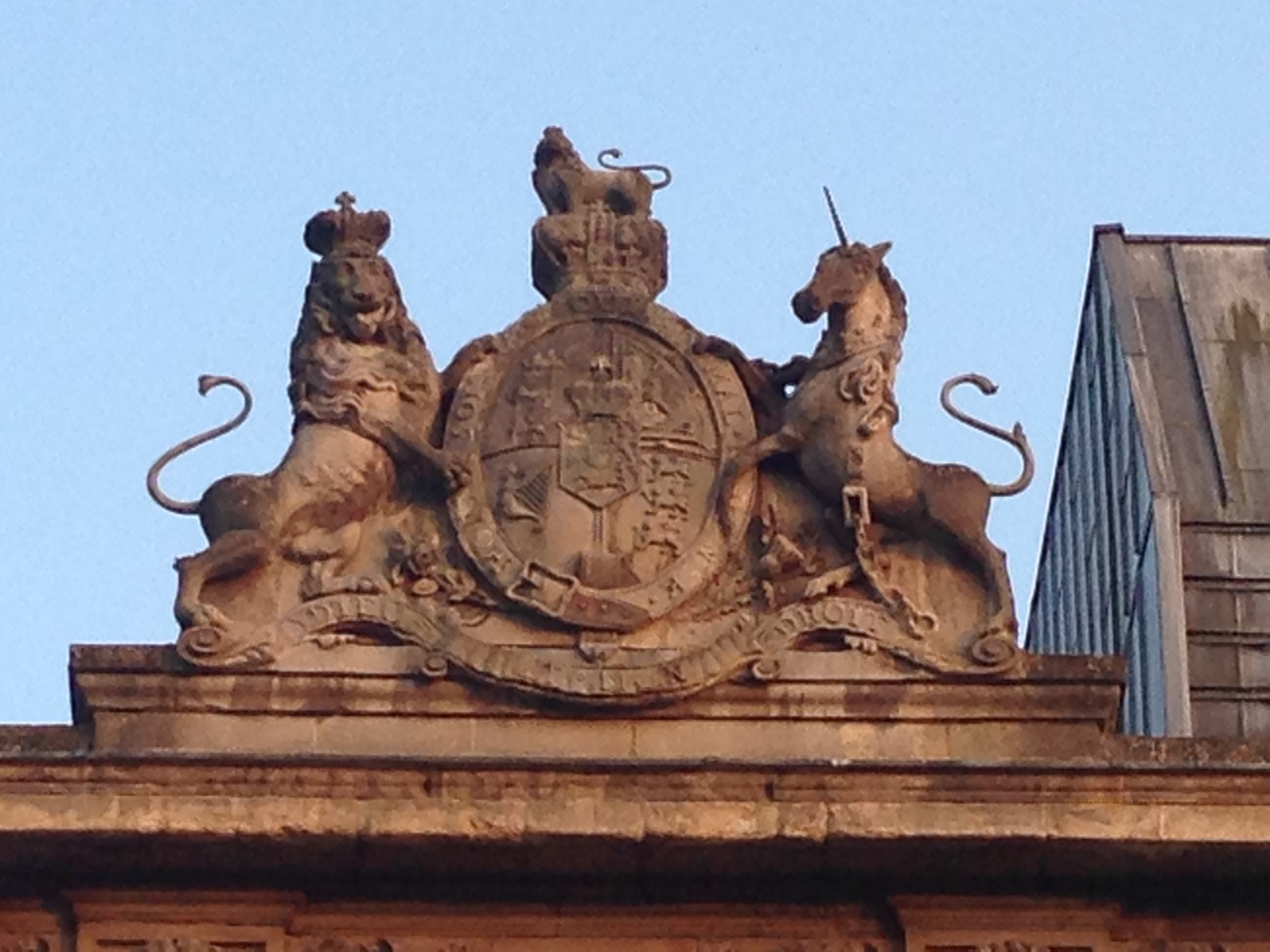
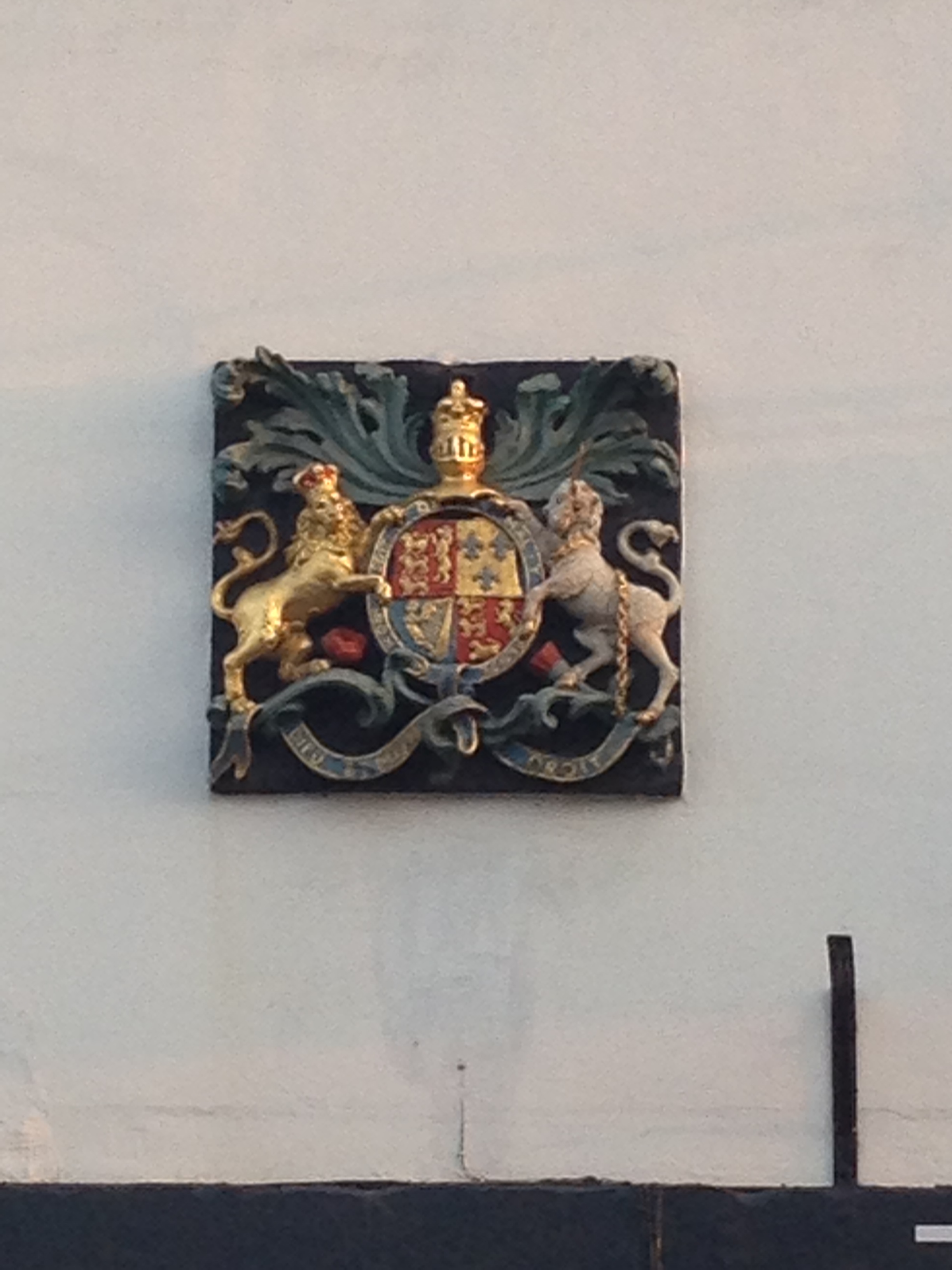
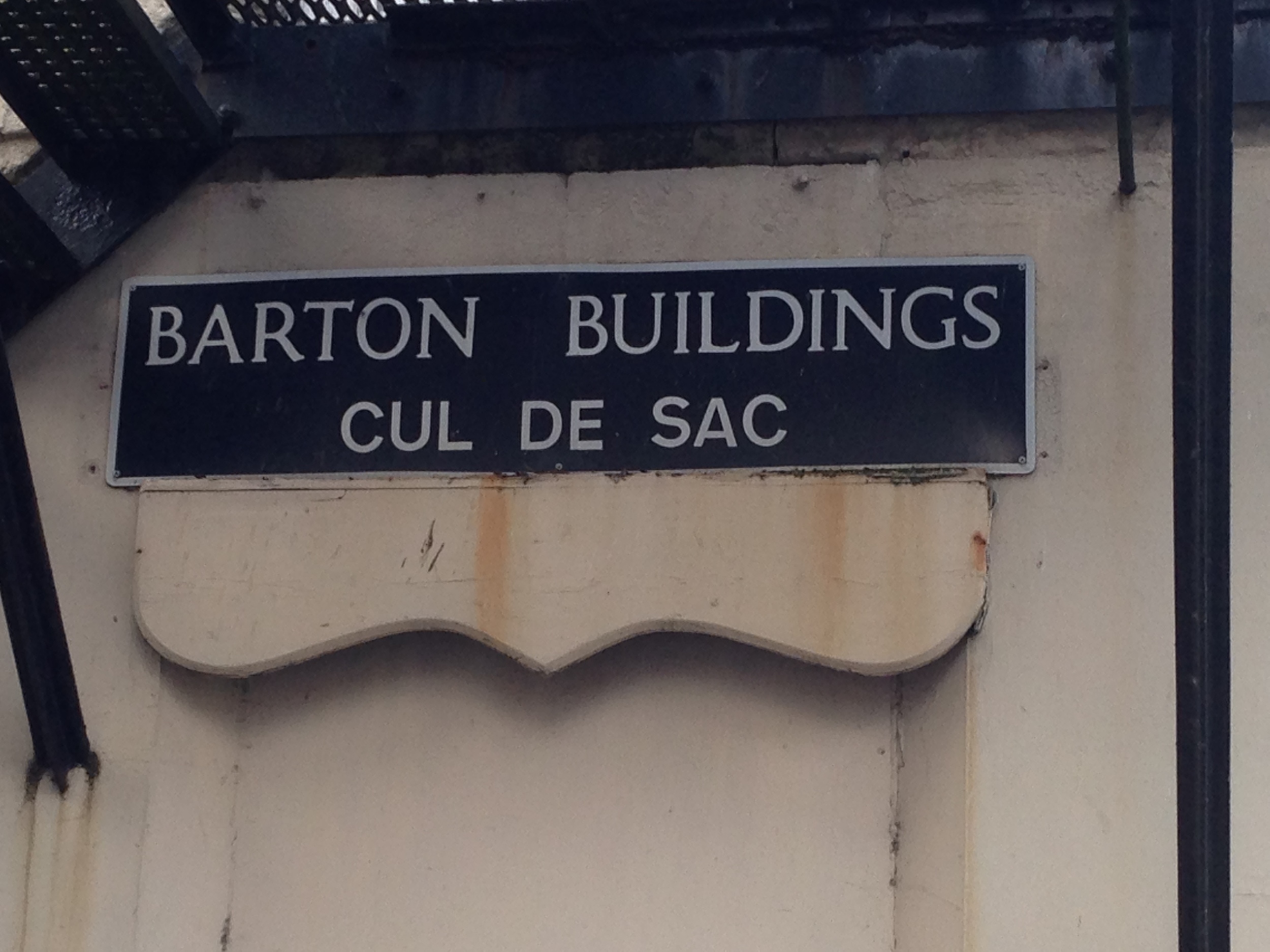
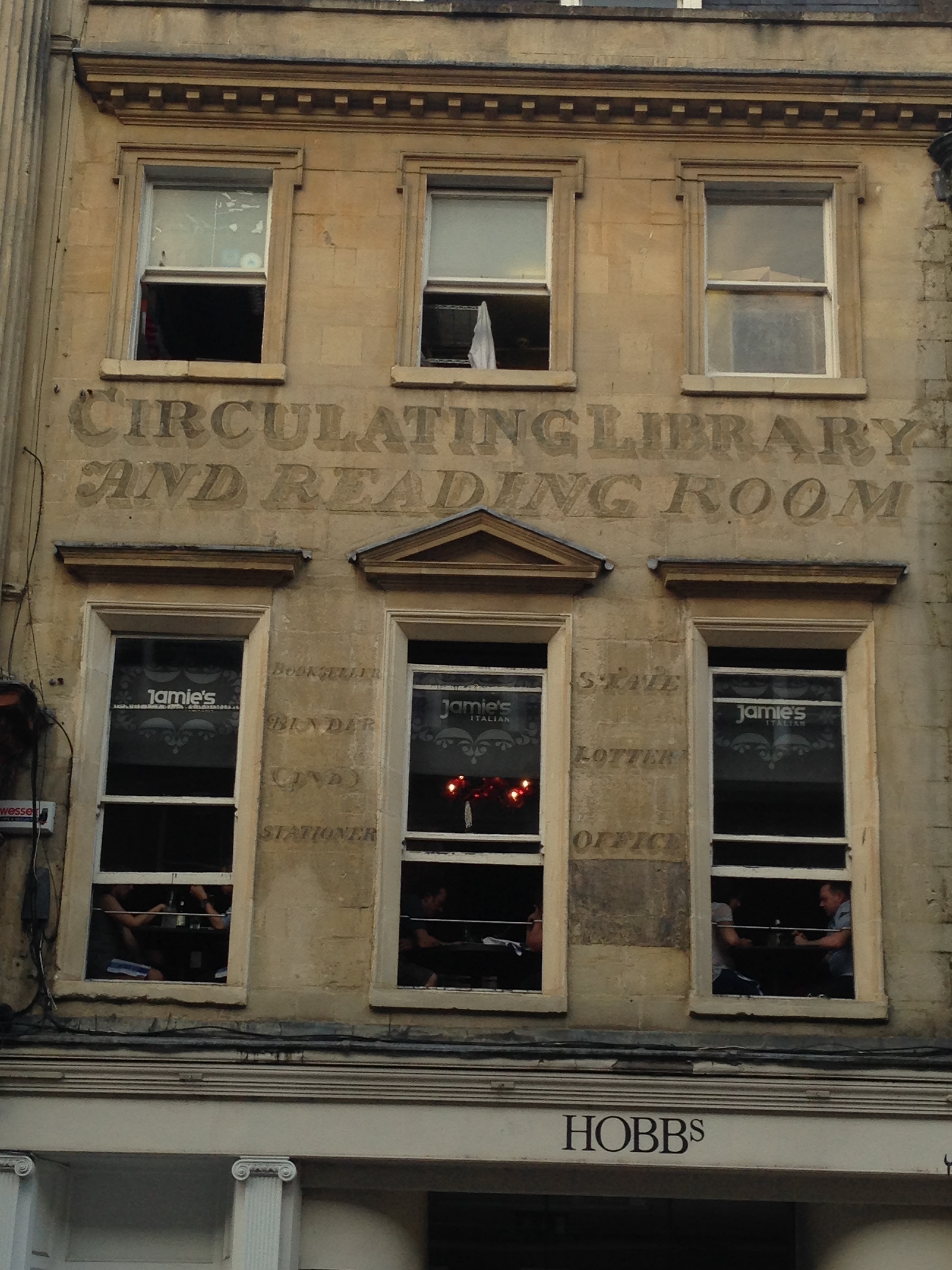
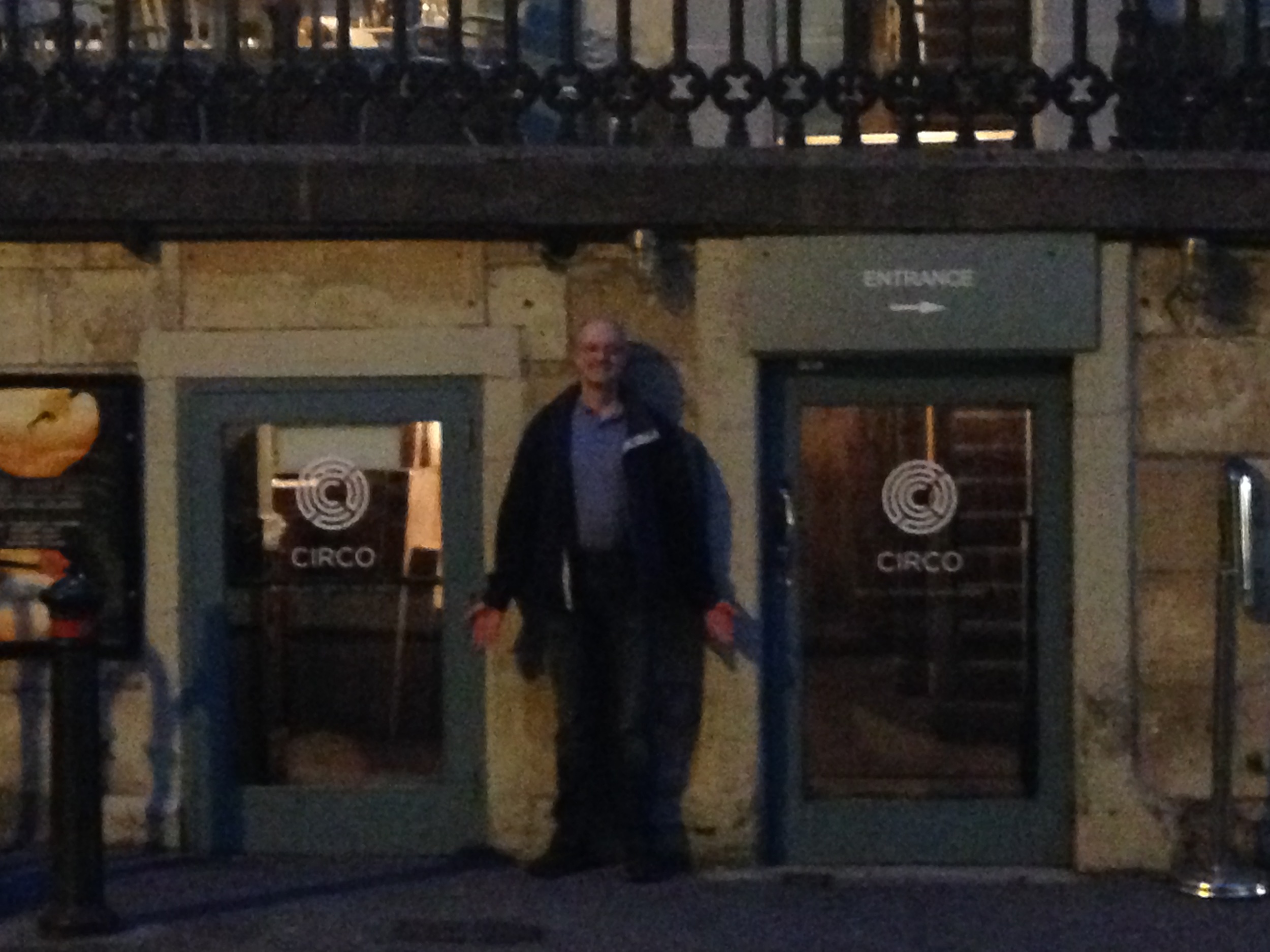
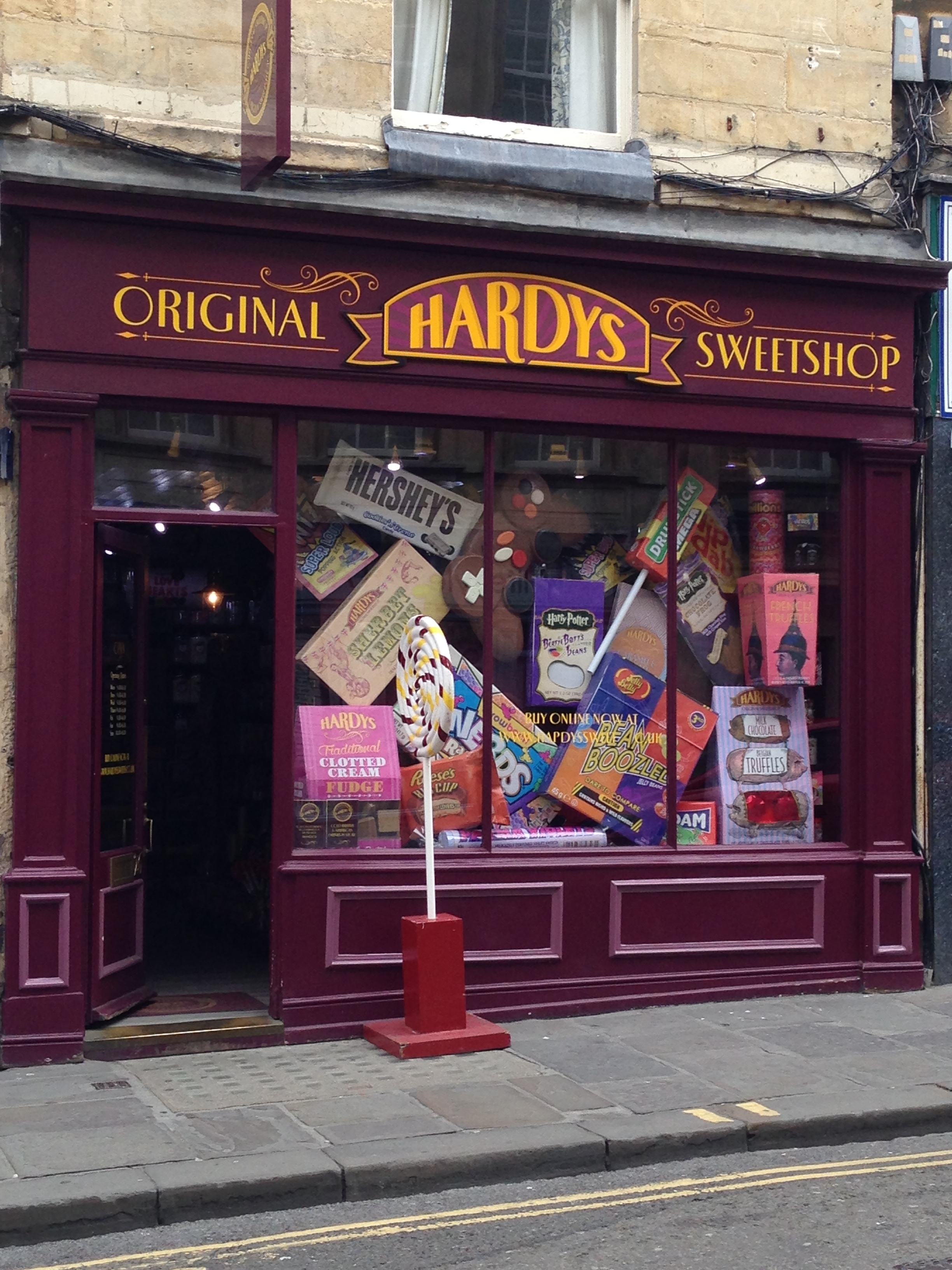
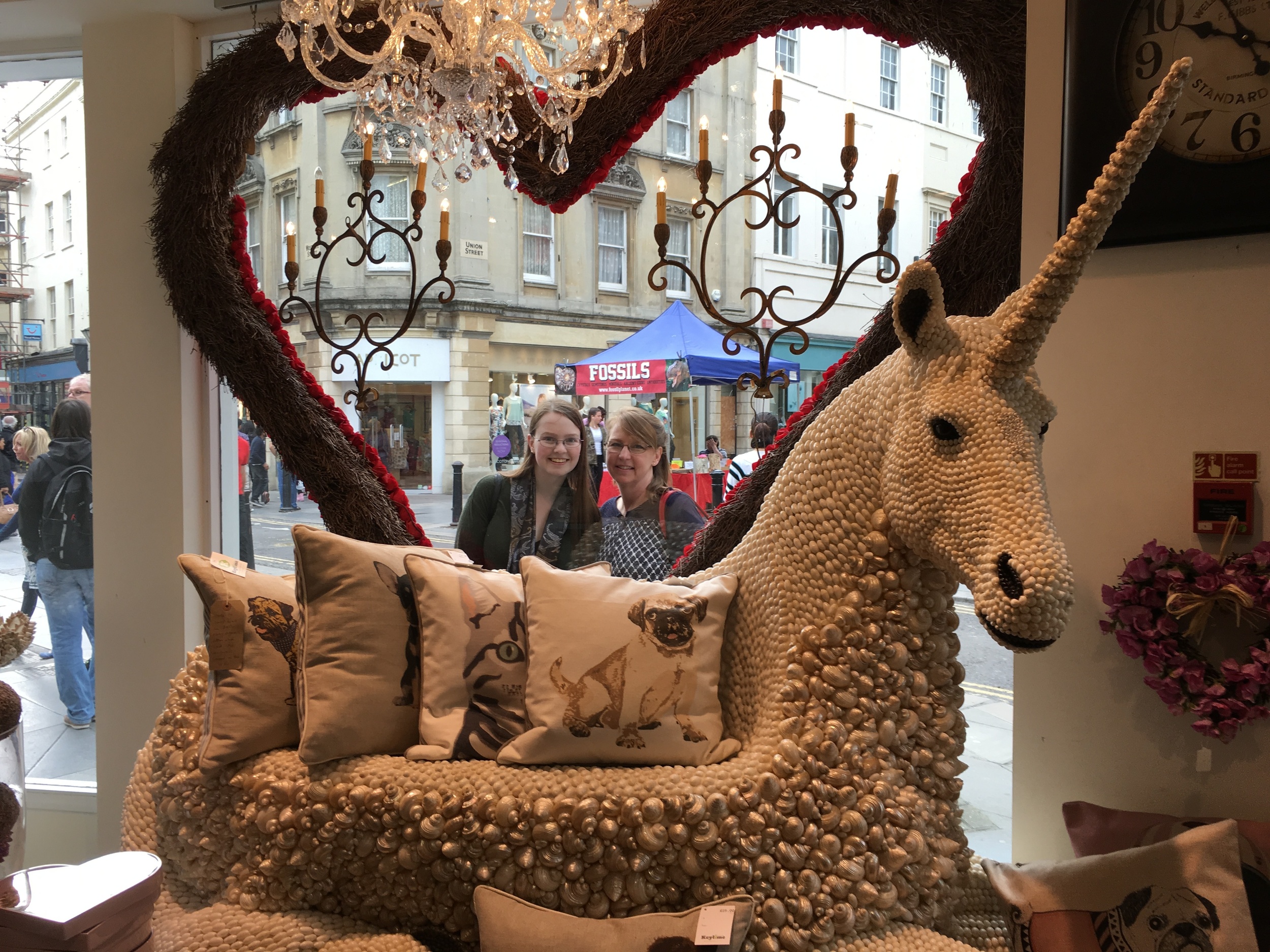
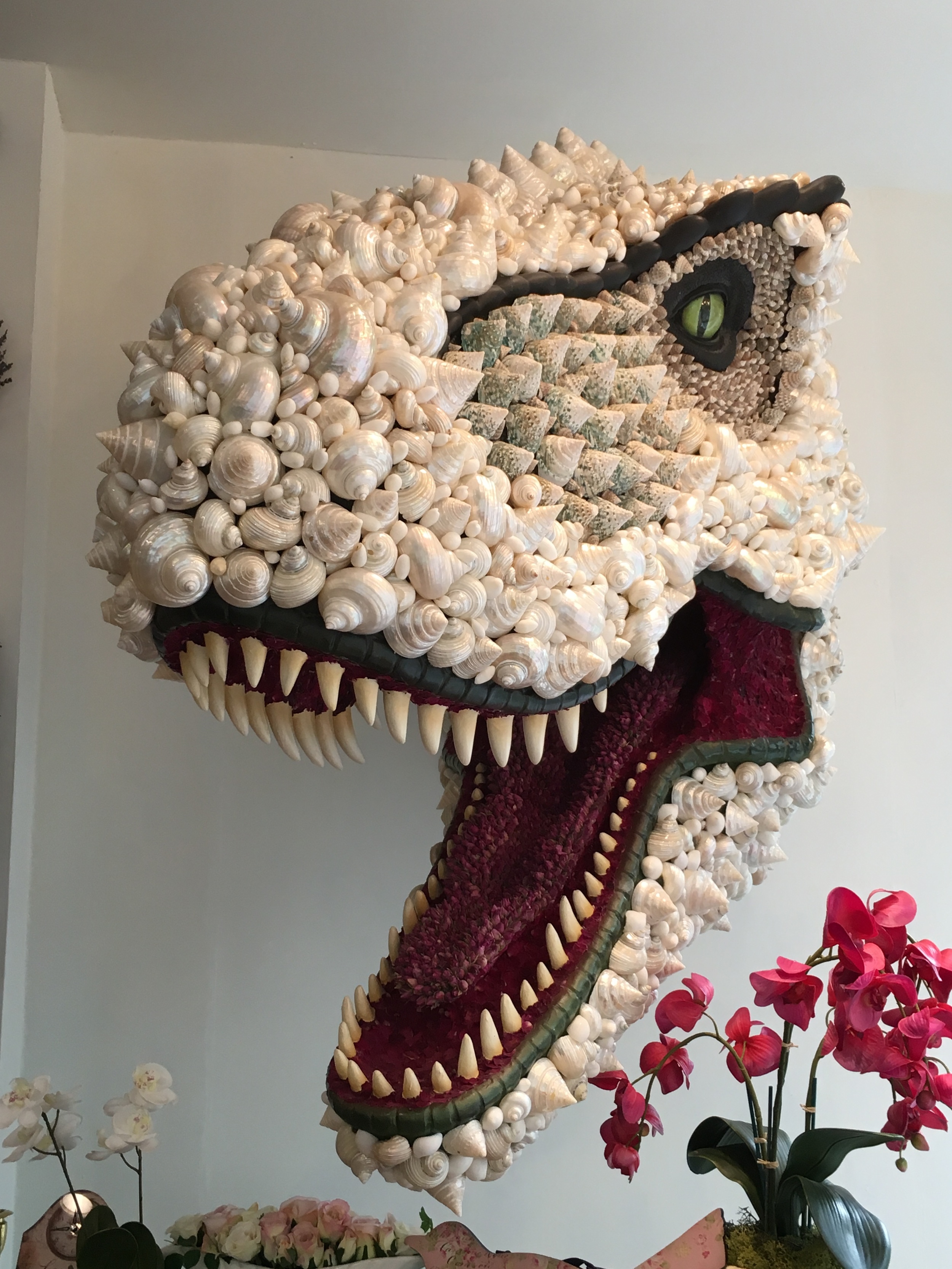
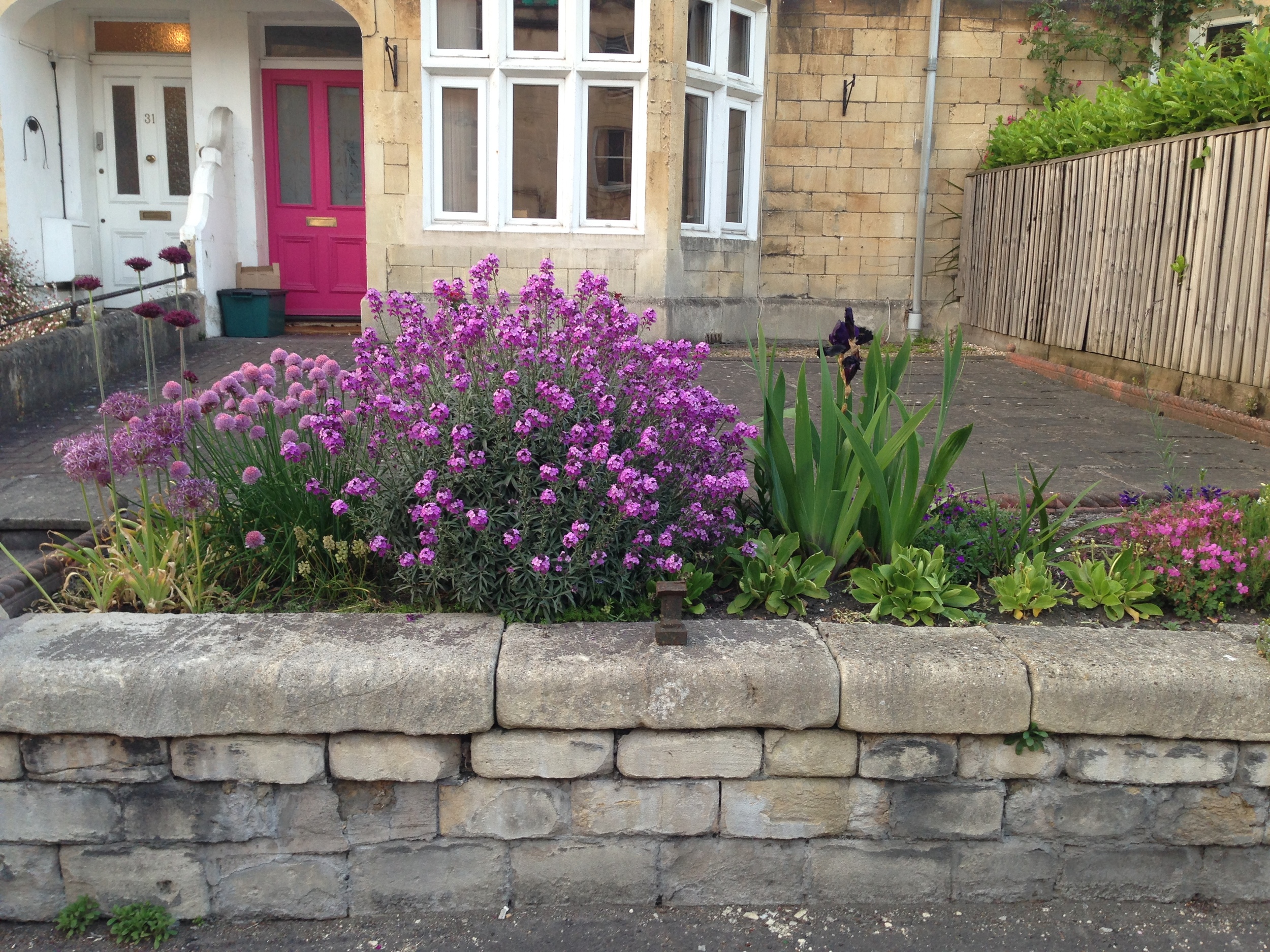
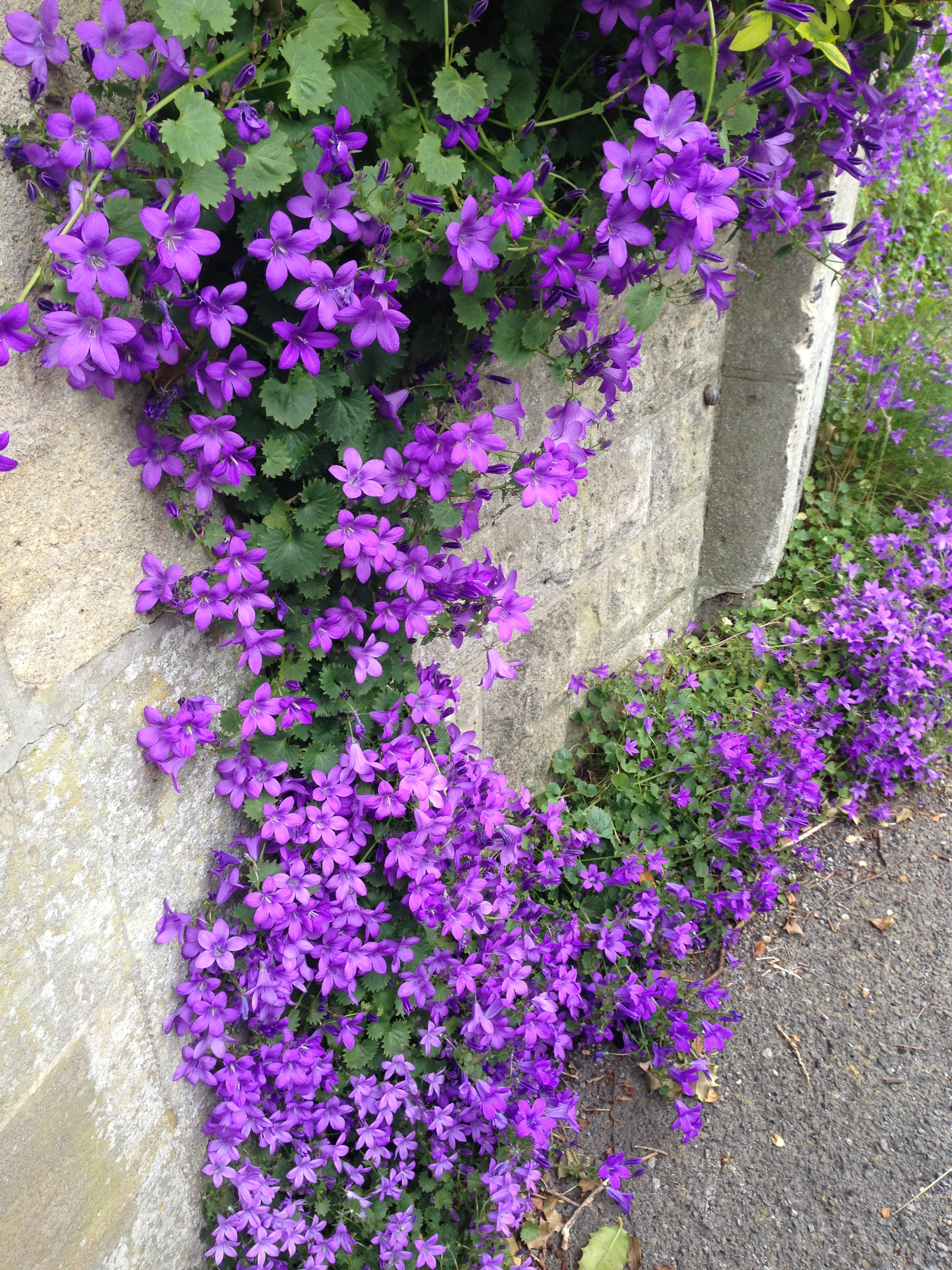
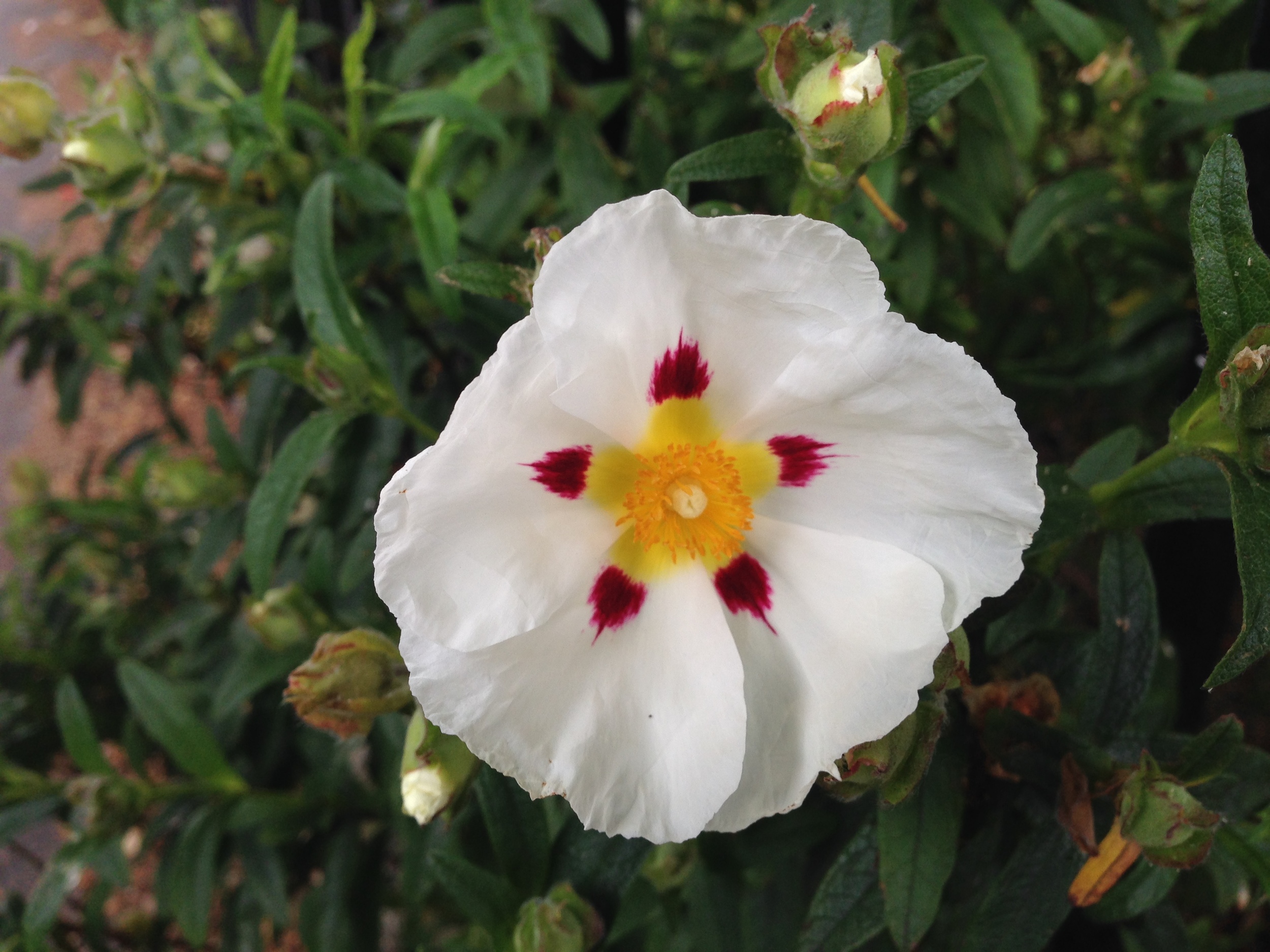
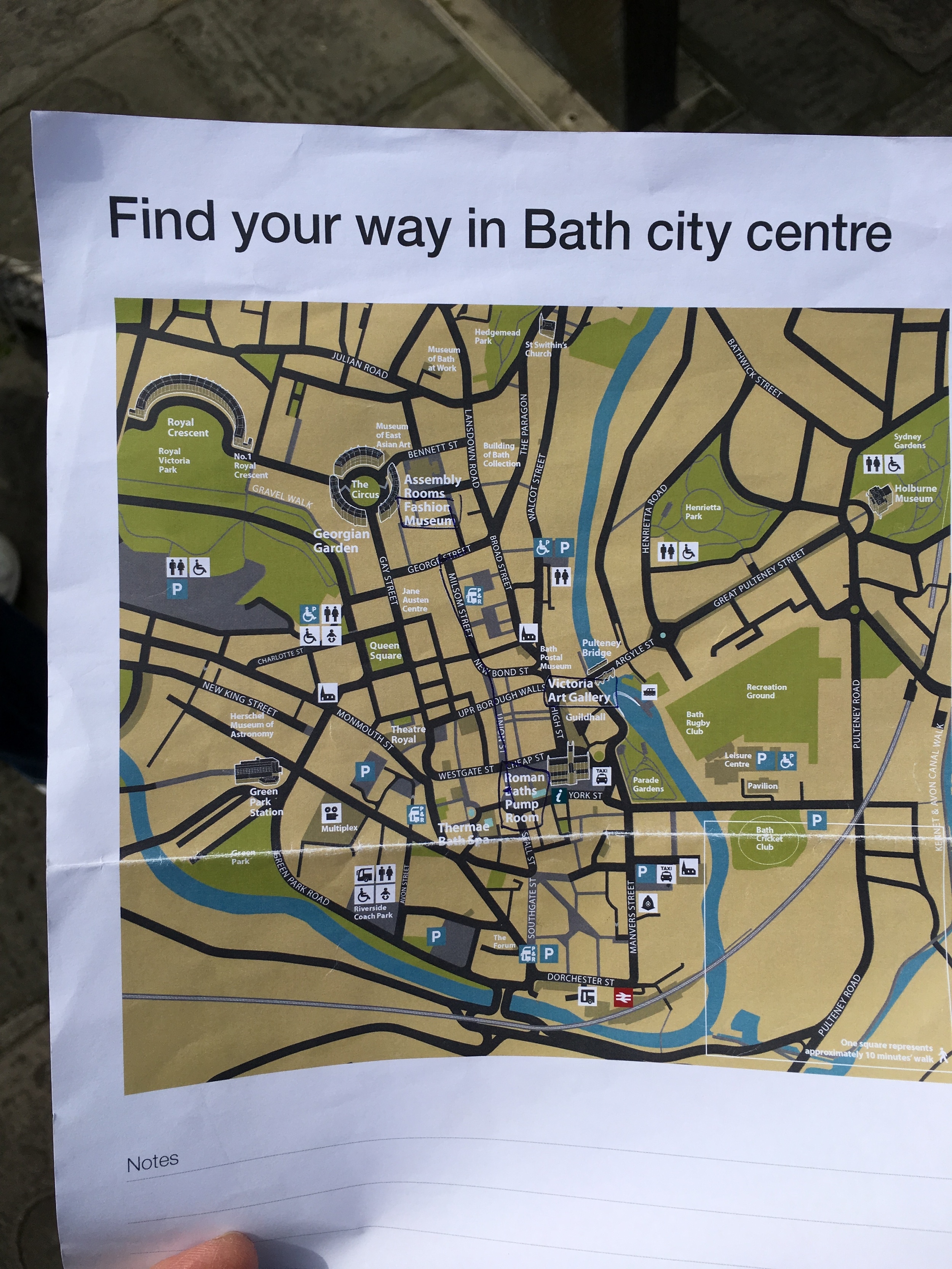
The architecture in Bath is very distinct: most of the buildings are all made out of a very pale limestone. As is the case for many buildings in Britain, several narrow, single family homes are often built all as one building. This can be seen in what's call "The Crescent" in Bath - a semicircle of such homes. Below is a giant, beautiful lawn...with a wall running through it, to keep the peasants out (I'm not kidding). The Circus is another good example of this architecture - basically a circle of buildings surrounding a giant roundabout where three separate streets meet up. Above is a slideshow that shows the different buildings of Bath, which includes pictures of both the Crescent and the Circus, and some other sights around Bath.
Accommodations:
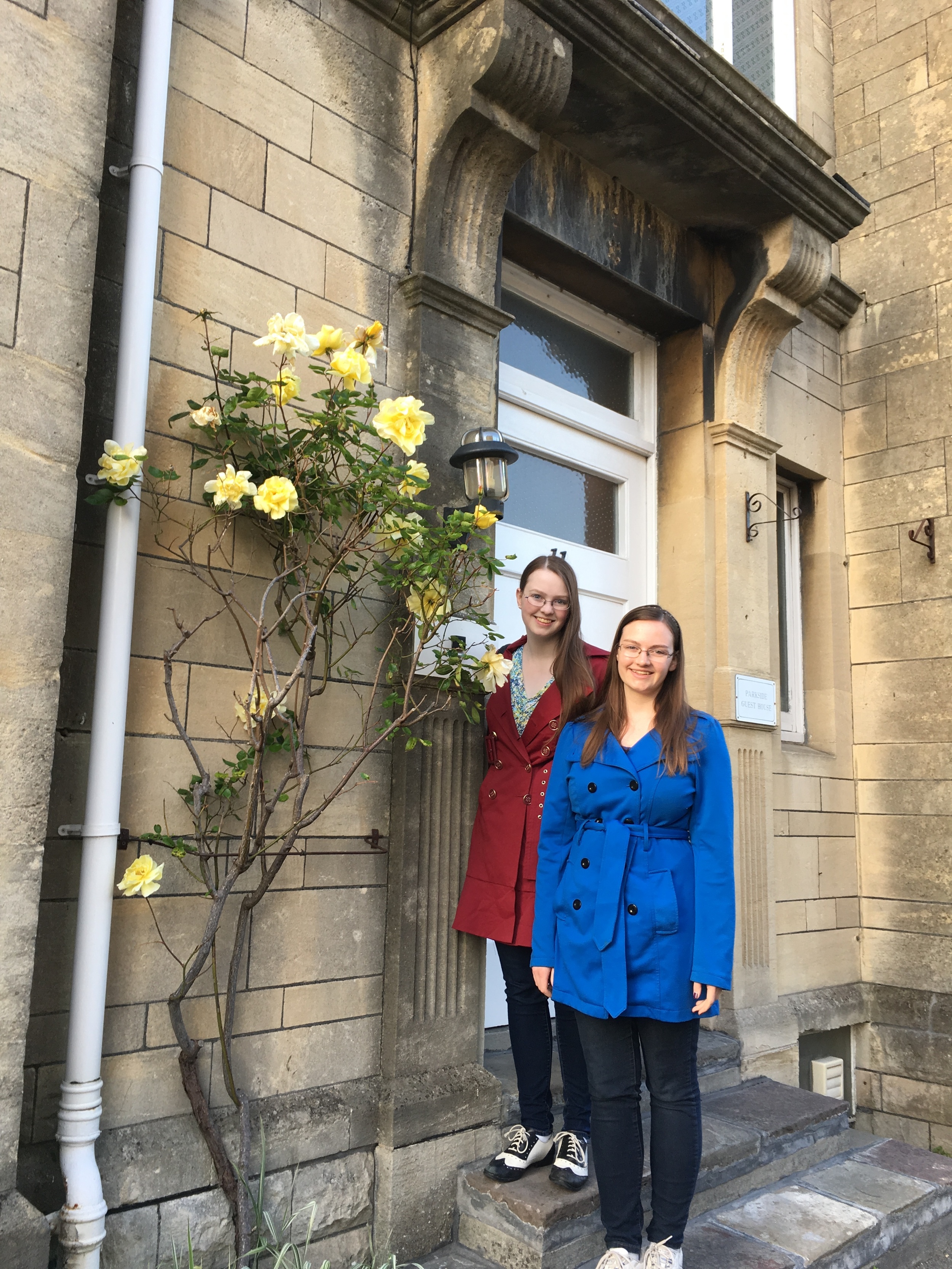
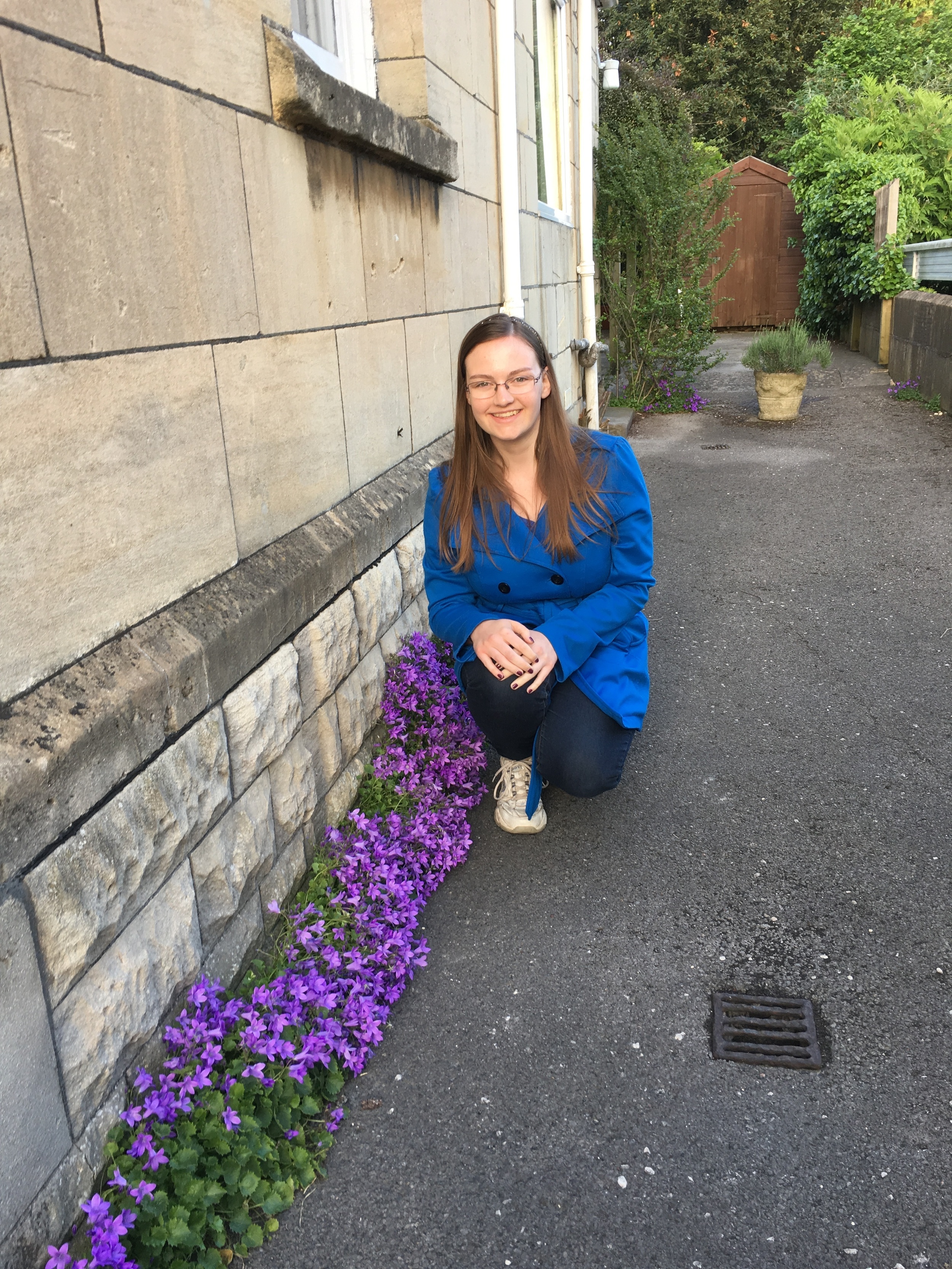
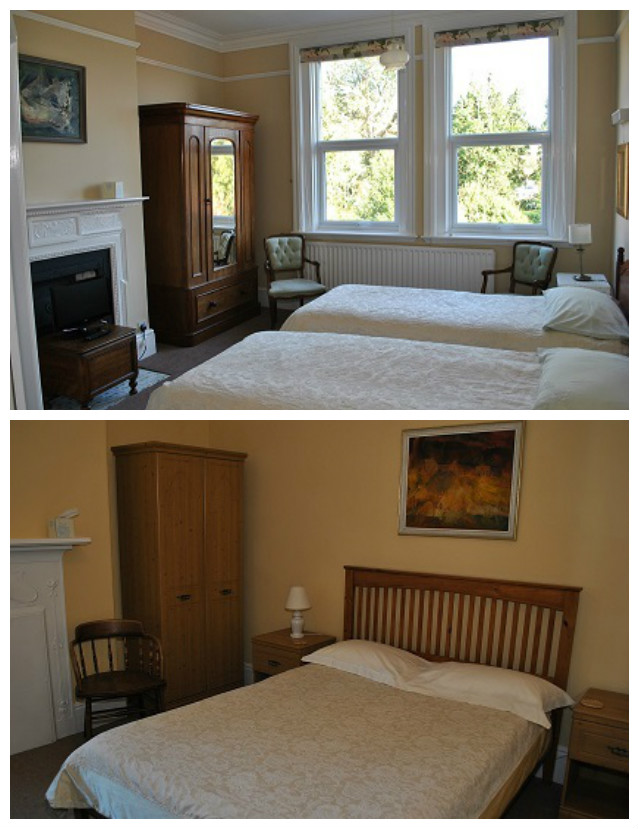
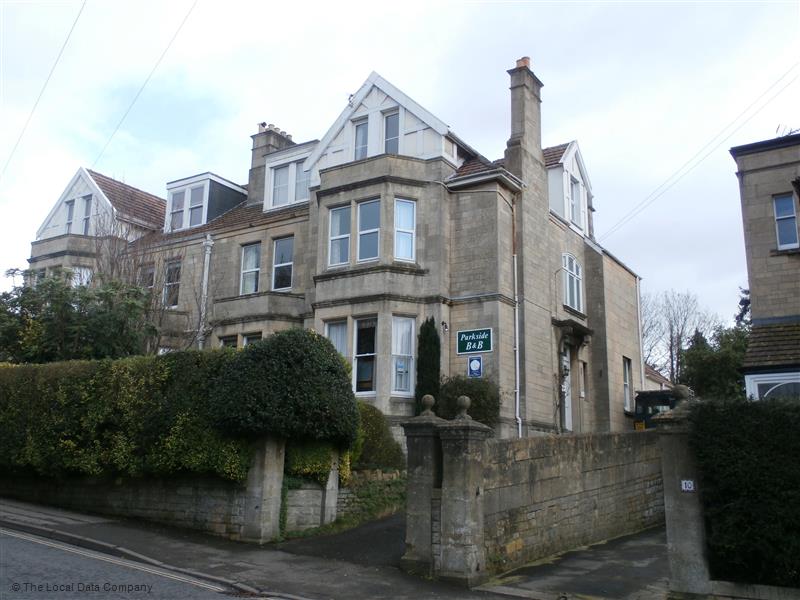
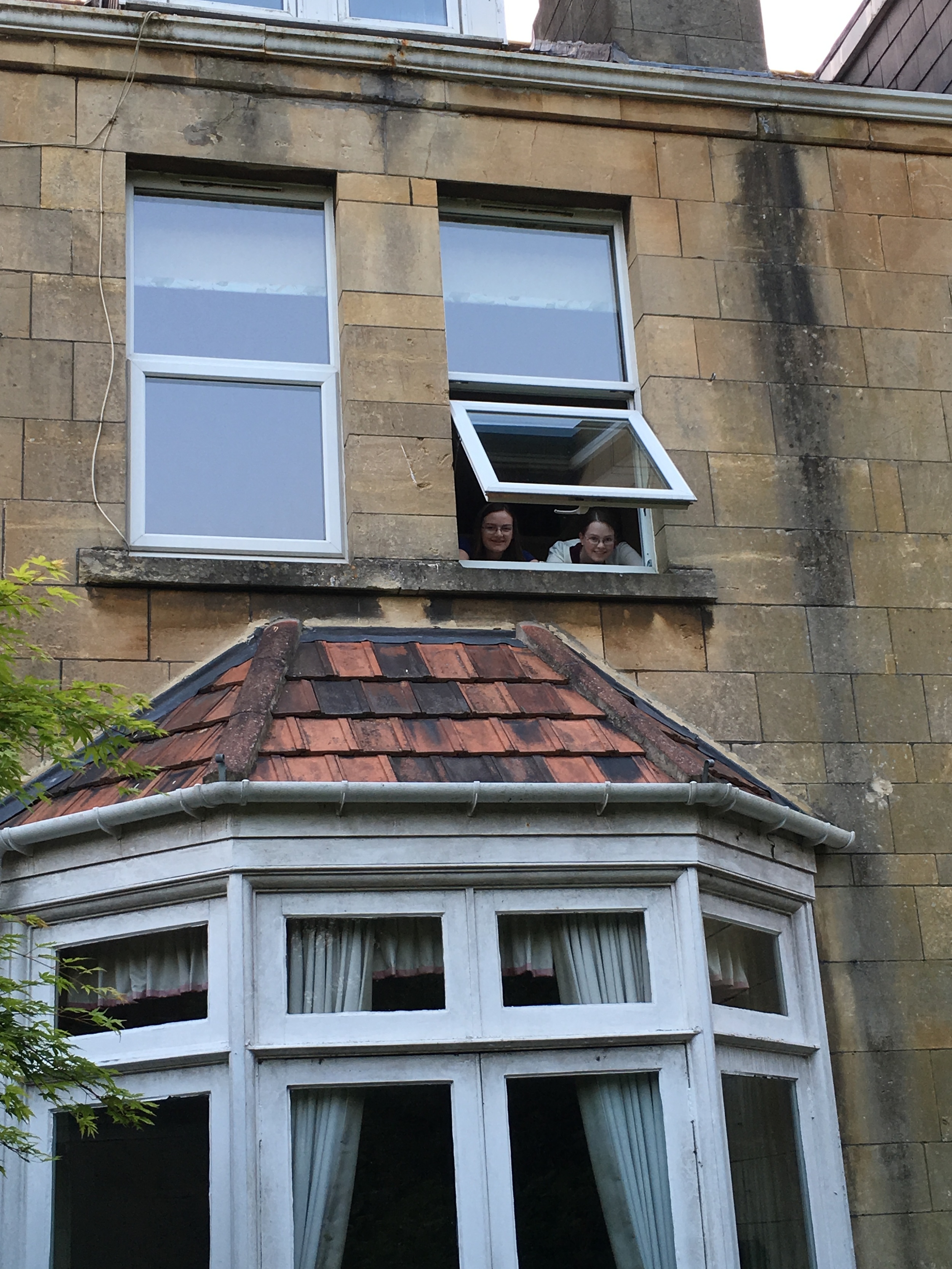
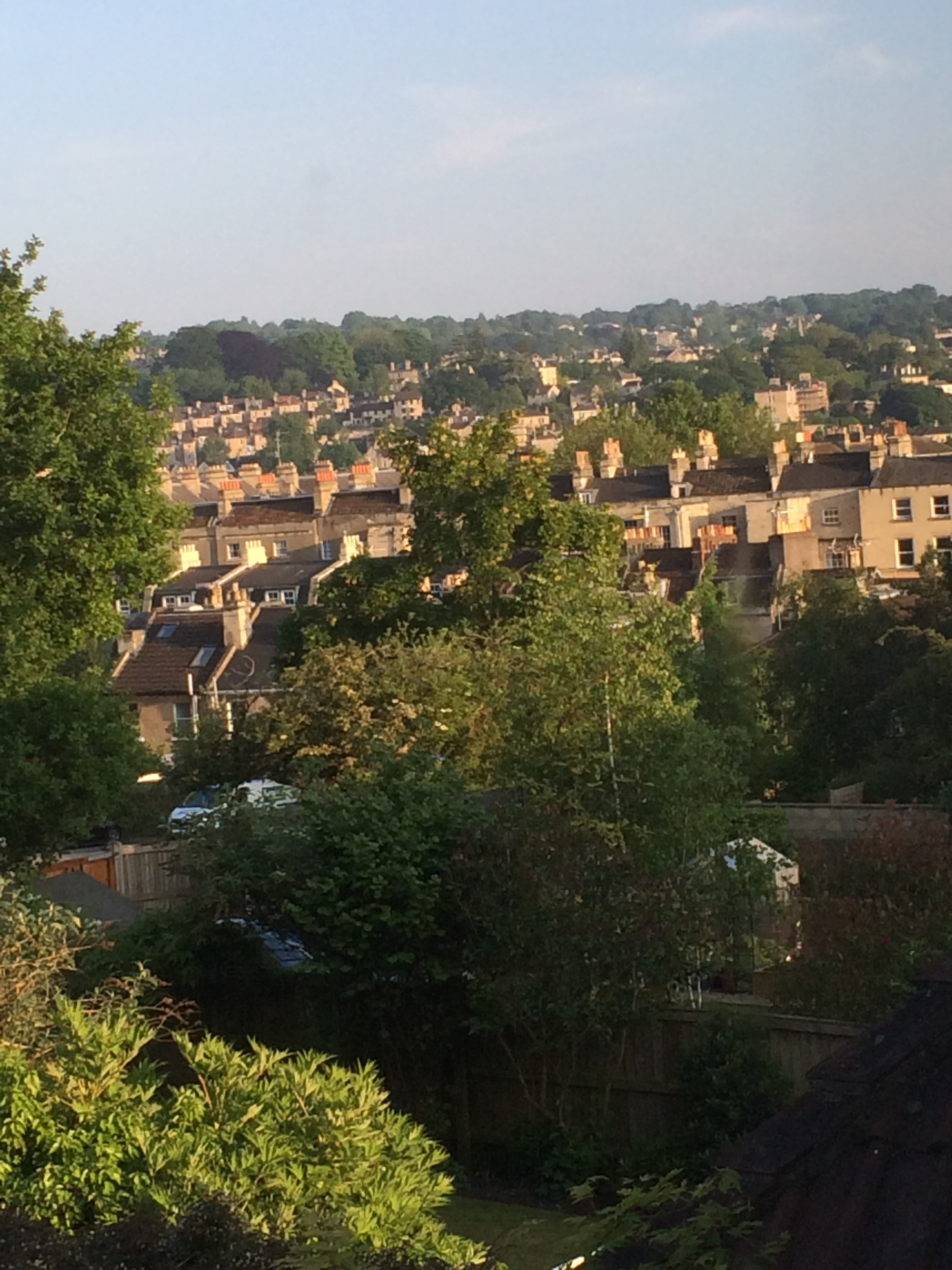
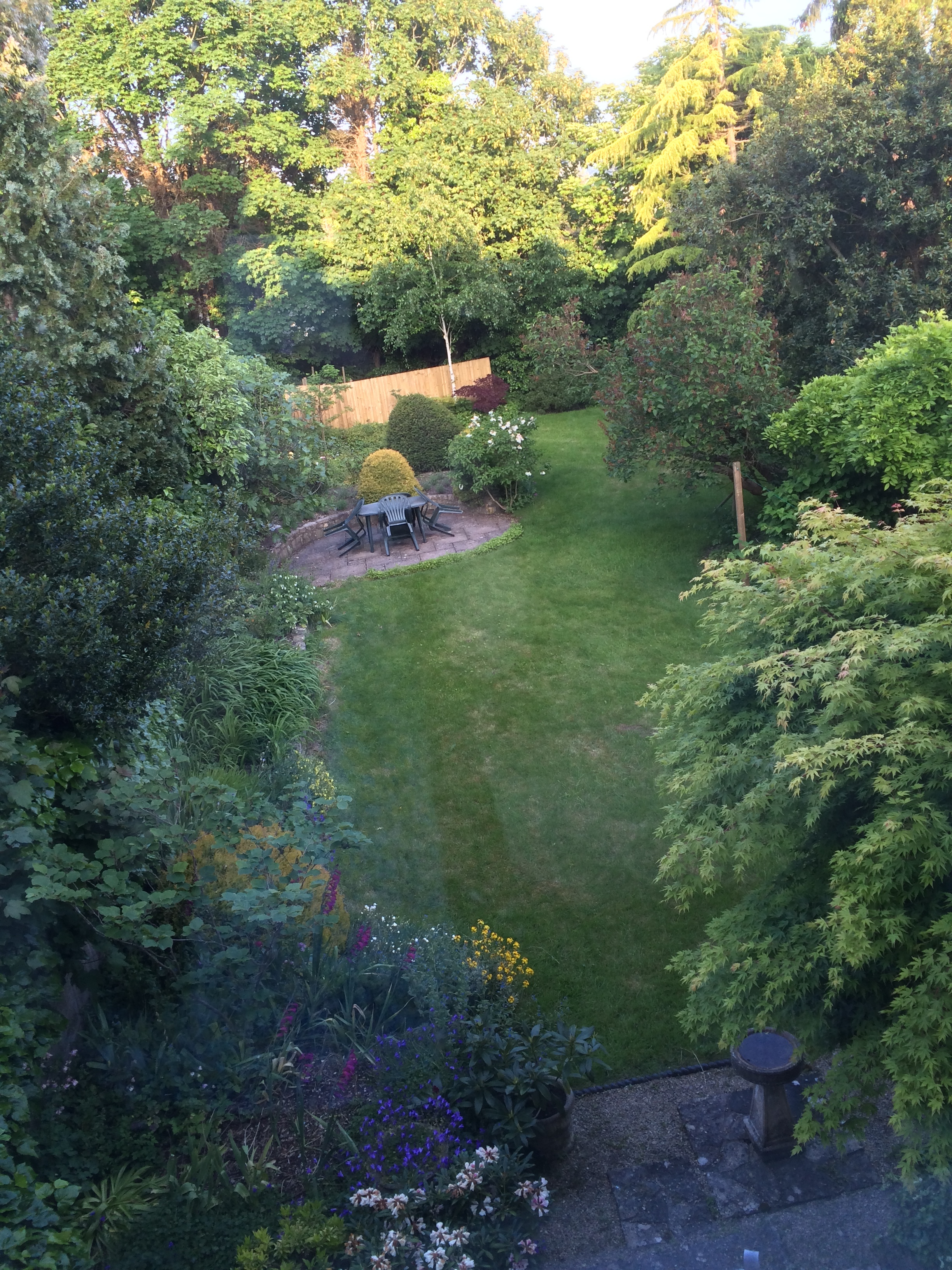
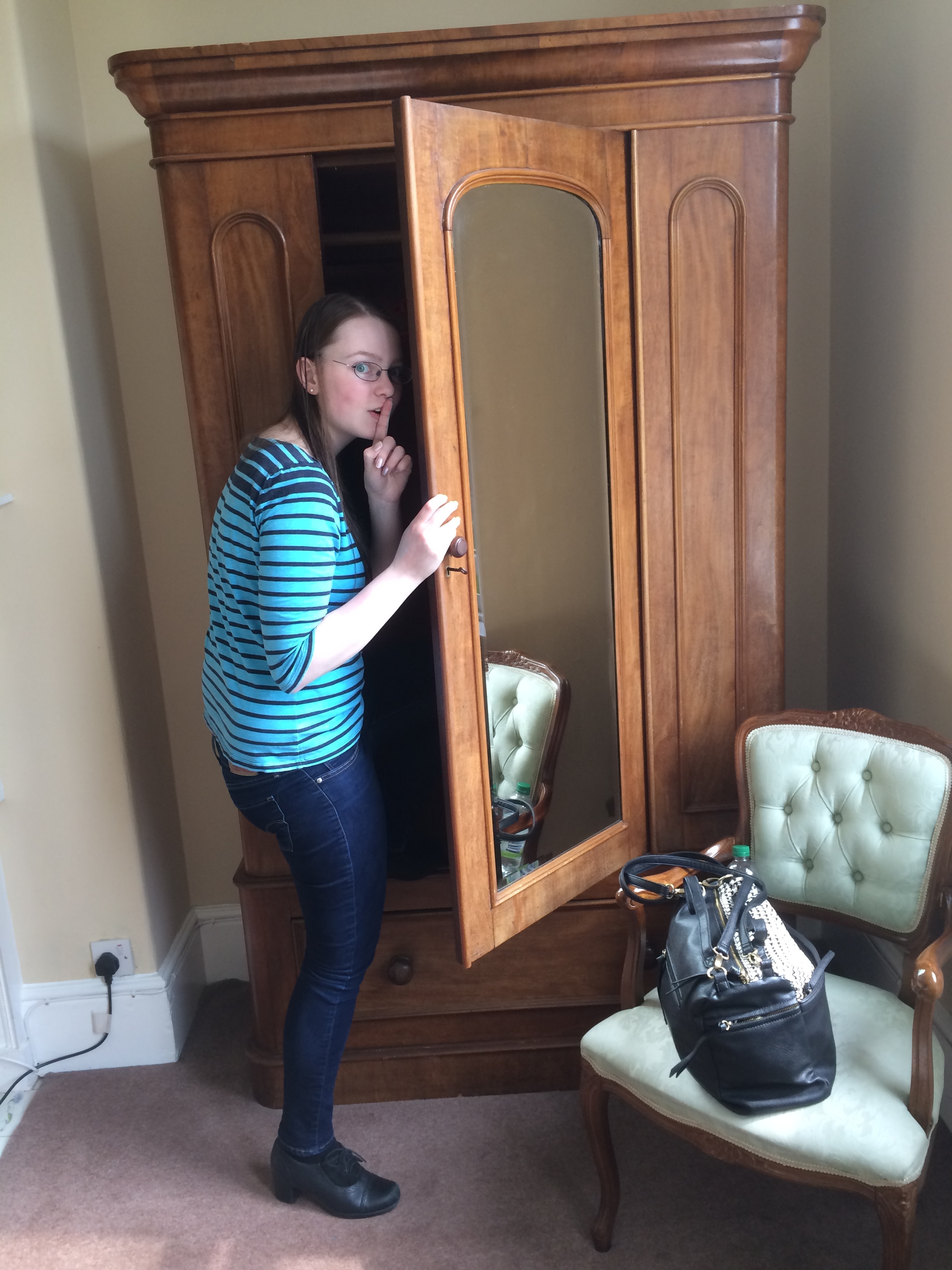
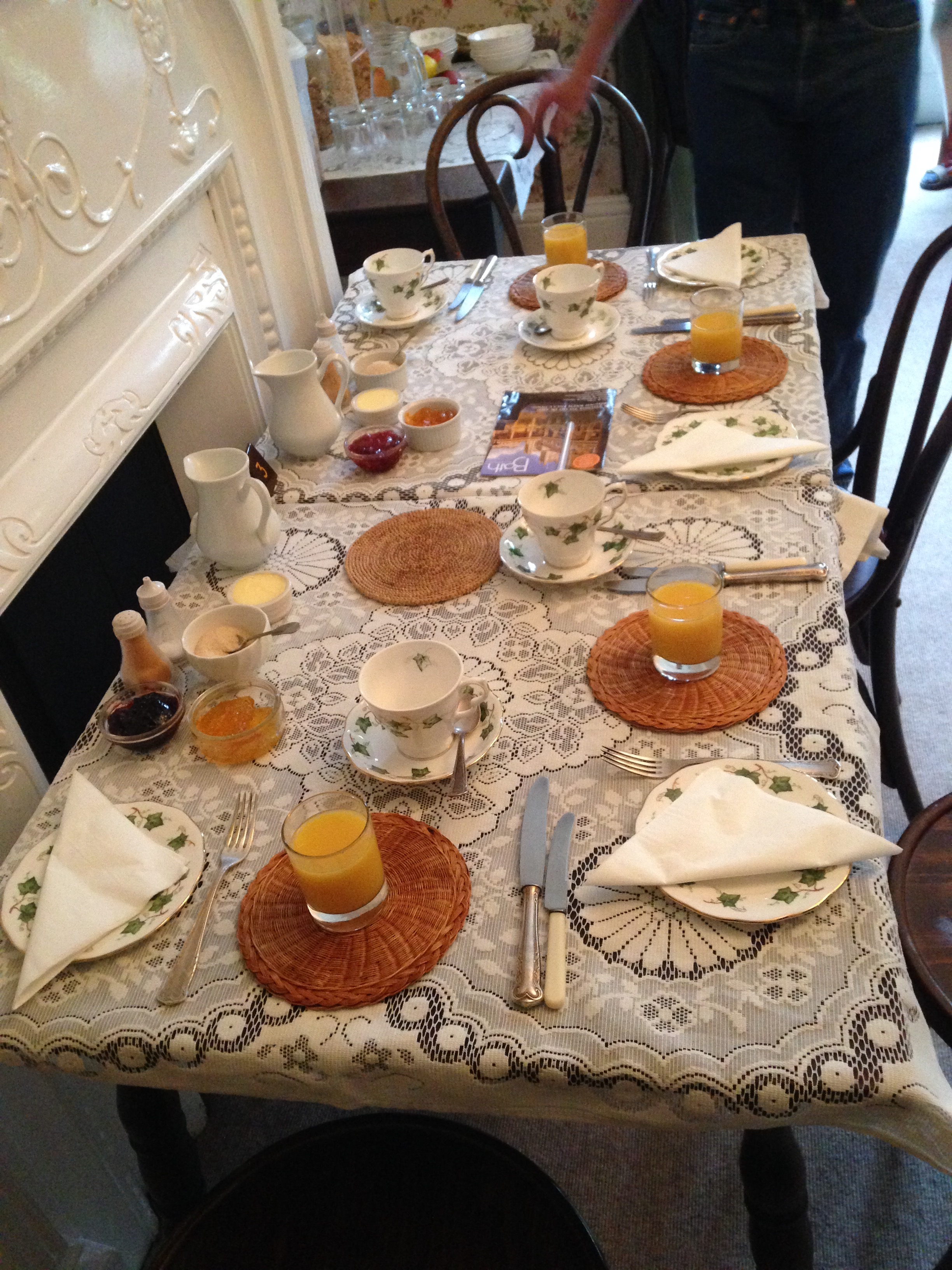
We stayed at the Parkside Bed and Breakfast. The rooms were nice, and the location was great - we could walk to pretty much anywhere. The only time we needed a taxi was to get to the train station to go to the city (Cardiff).
The included breakfast was good - bacon, two eggs, a little bit of hash browns, either a roasted tomato or cooked mushrooms, two full pieces of toast, and good-quality English Breakfast tea. Sliced fruit, dry cereal, and milk were also available.
Attractions:
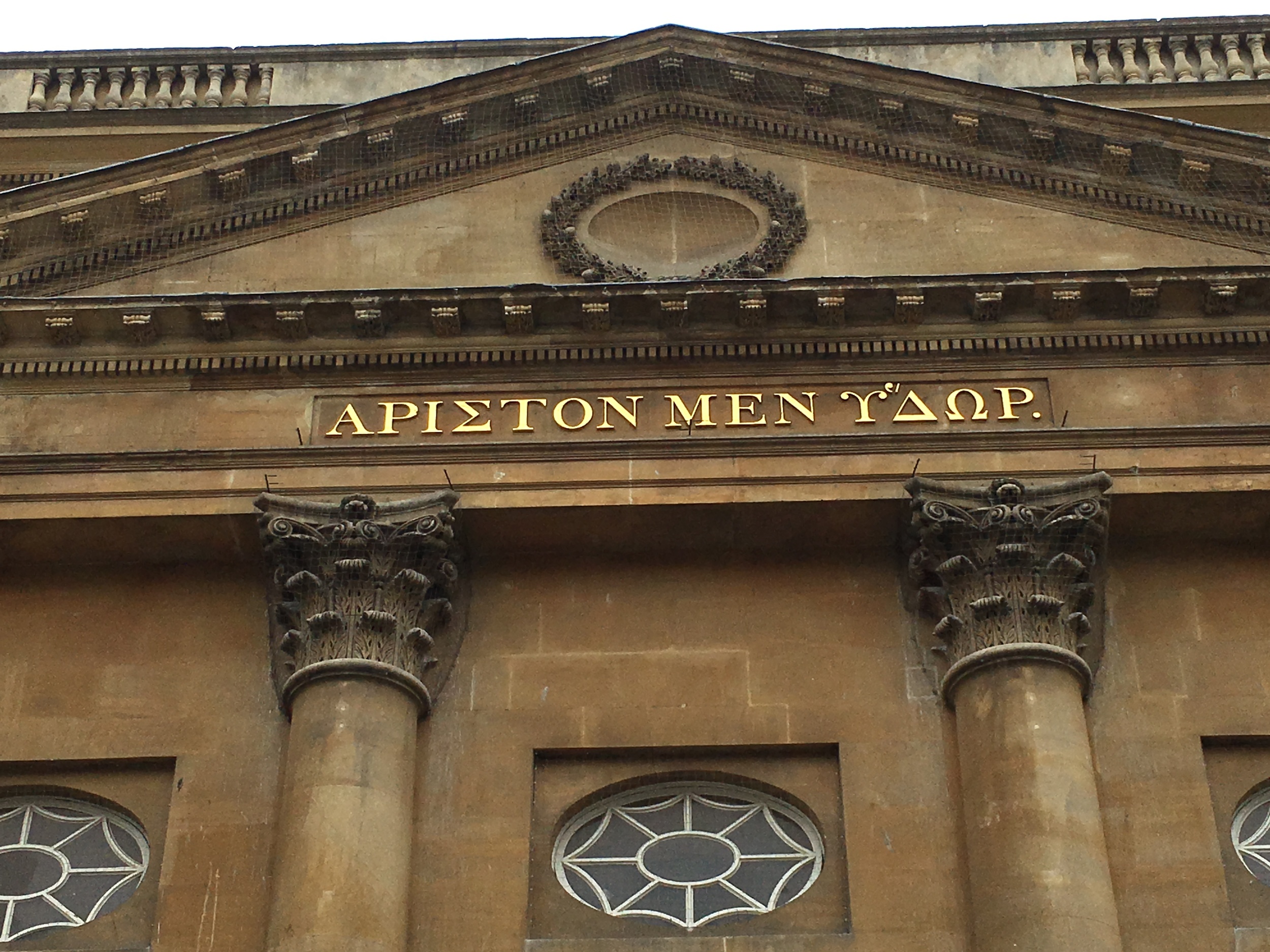

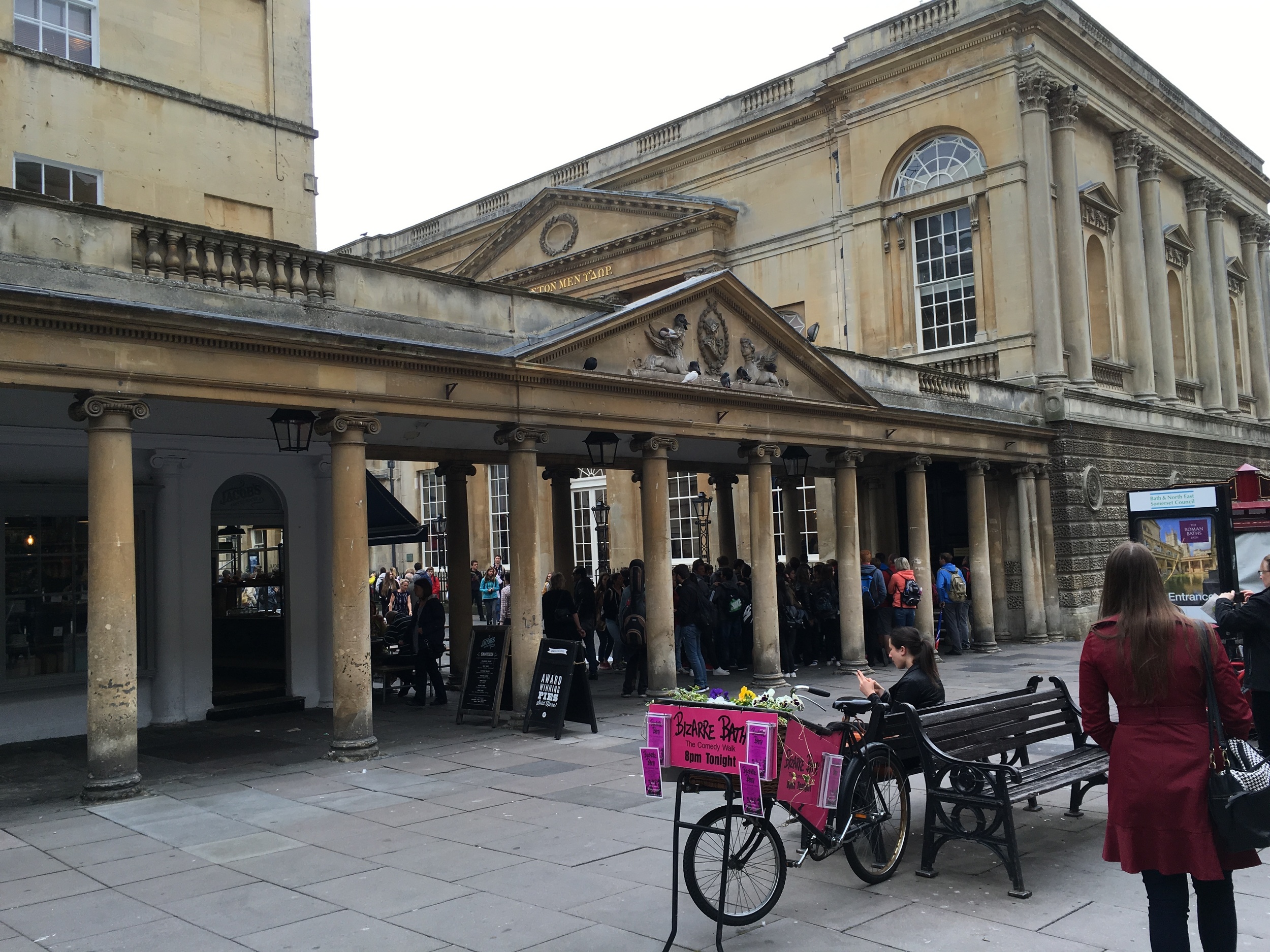
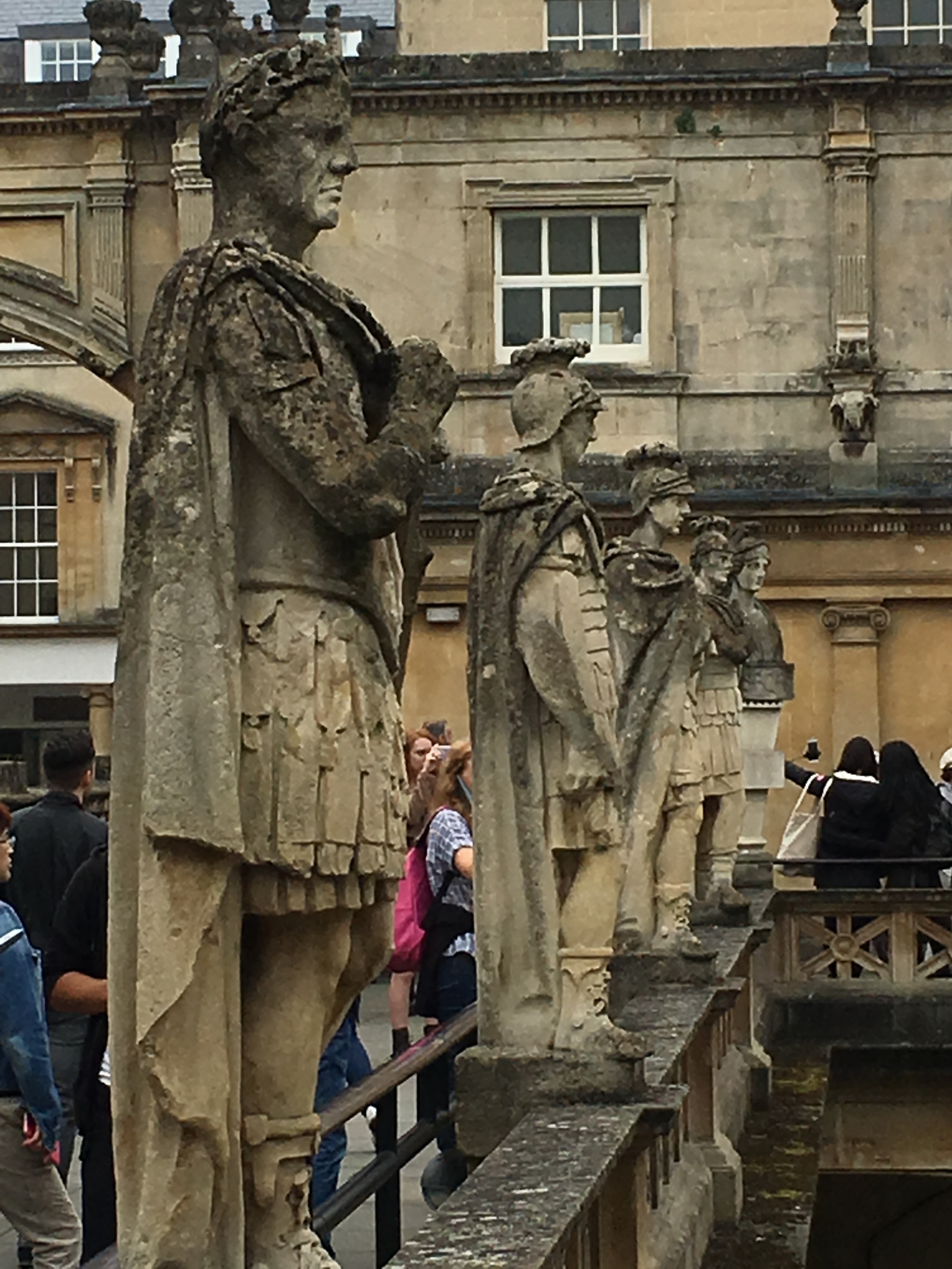
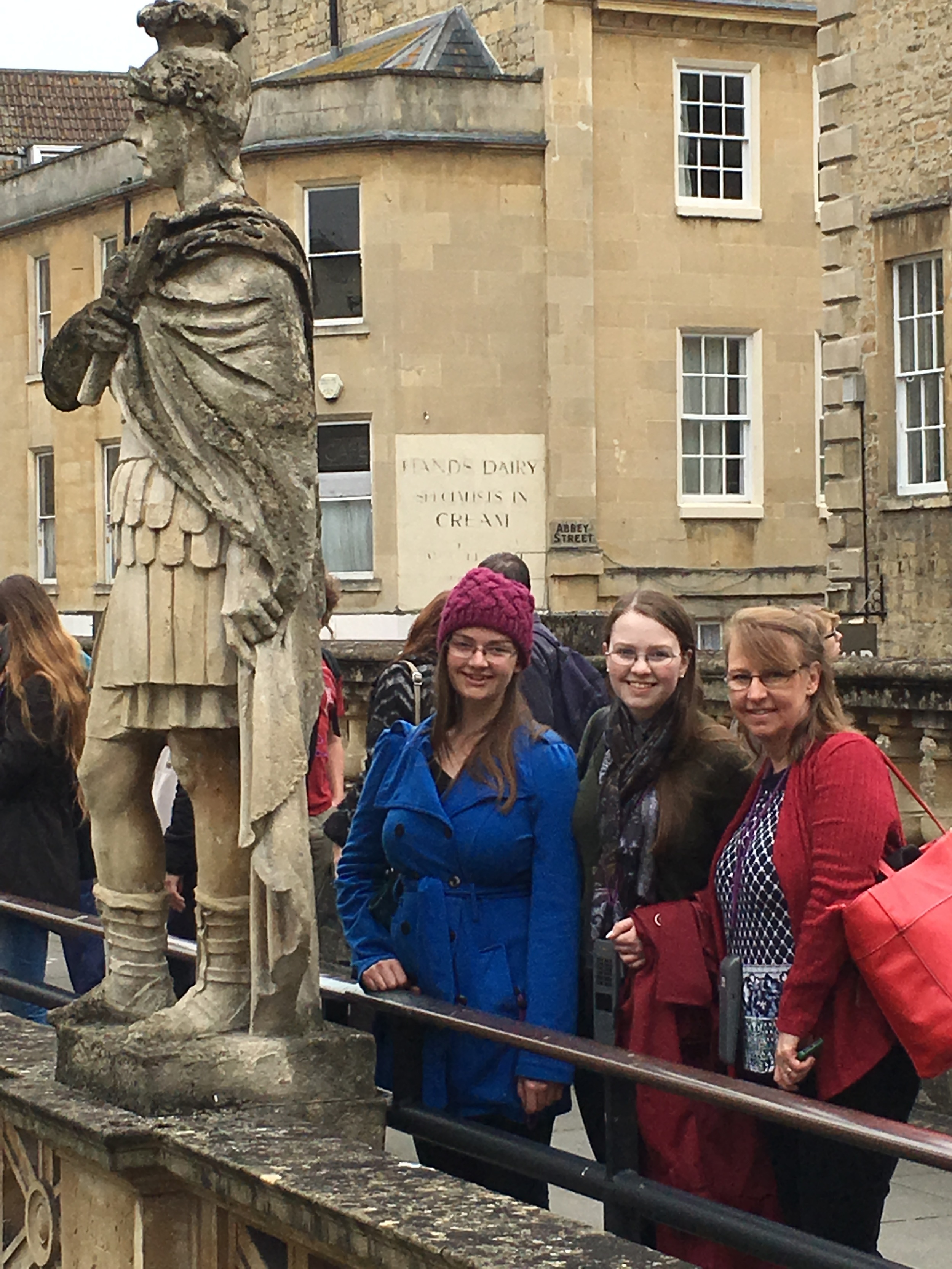
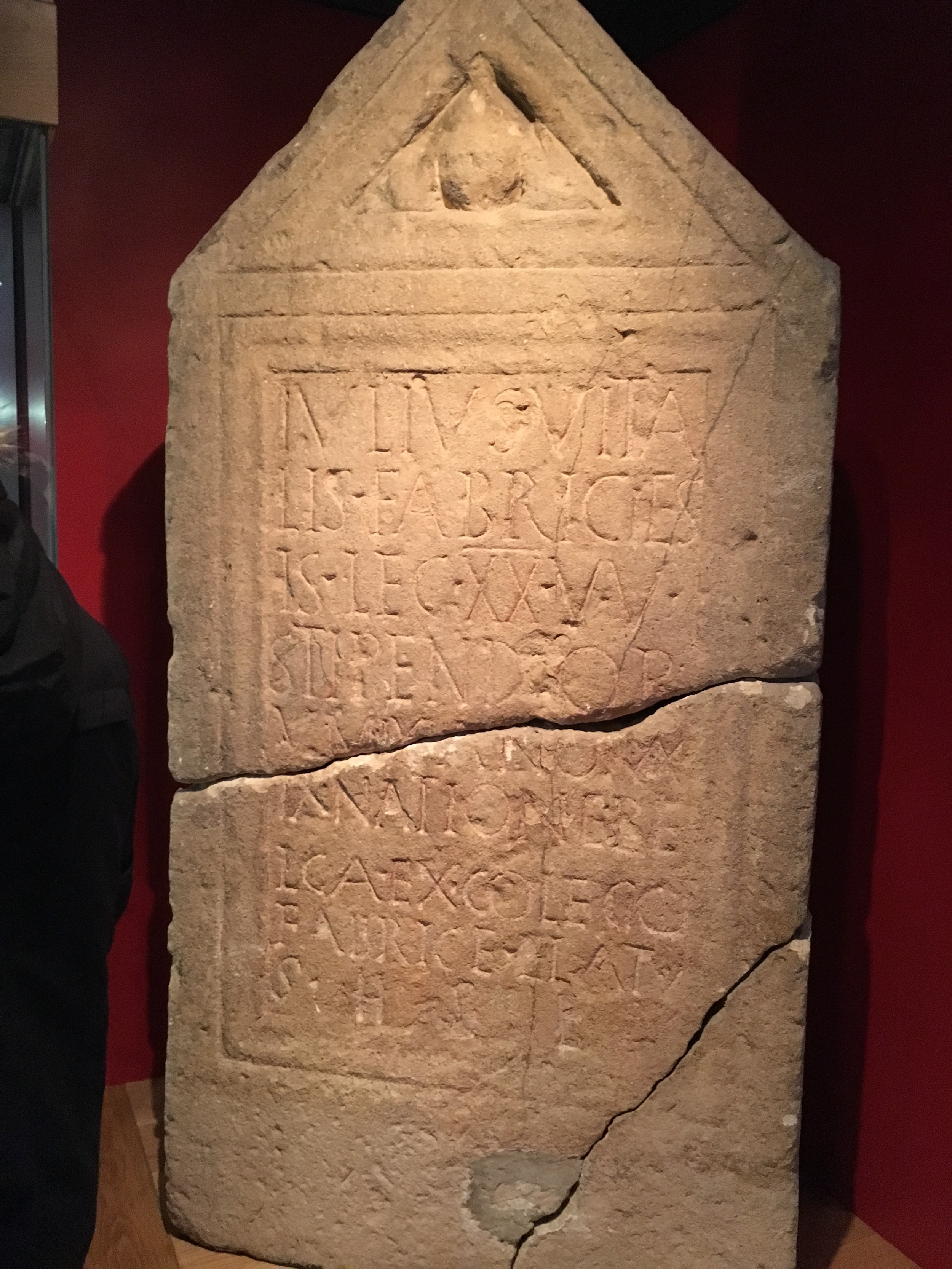
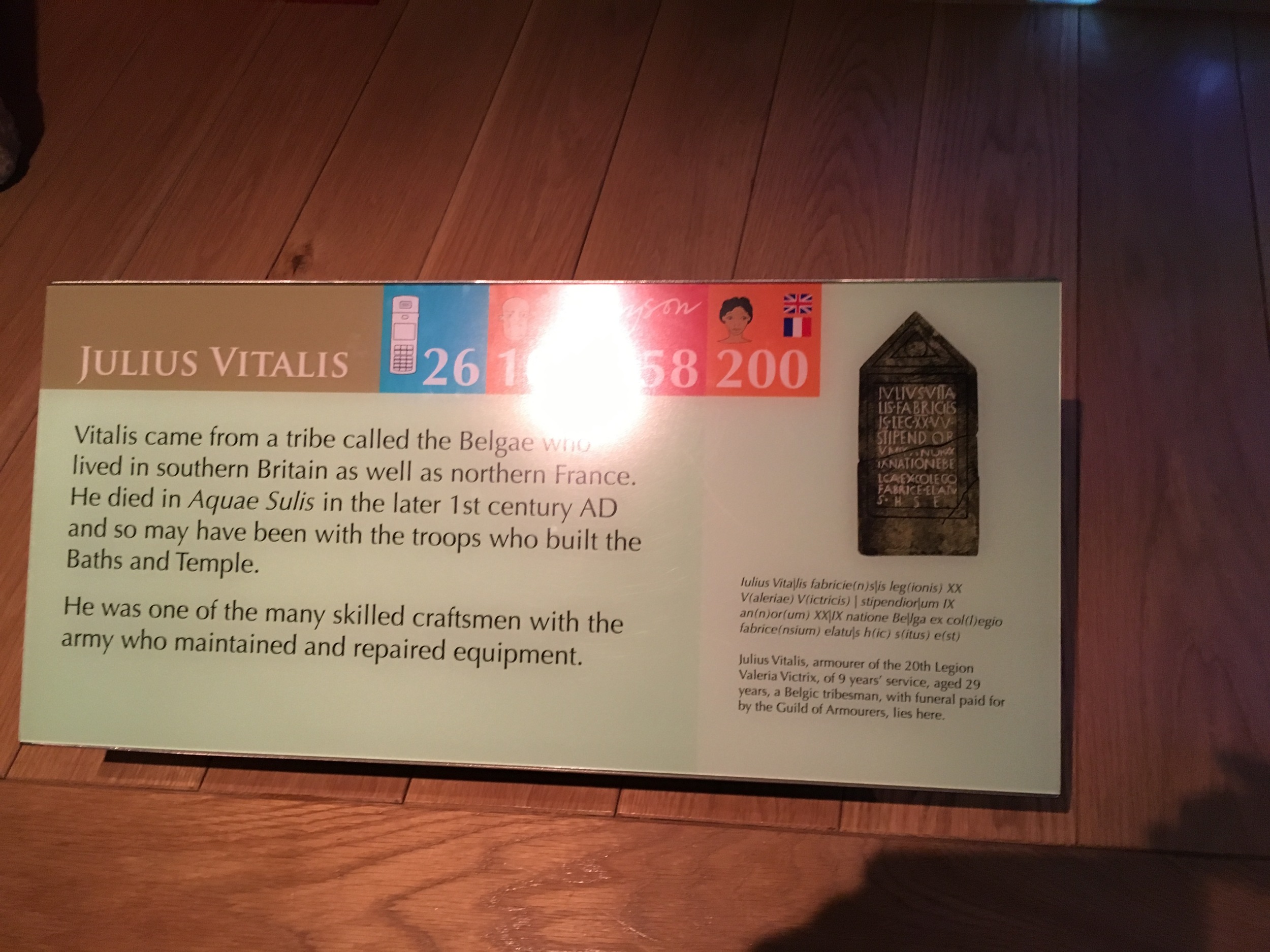
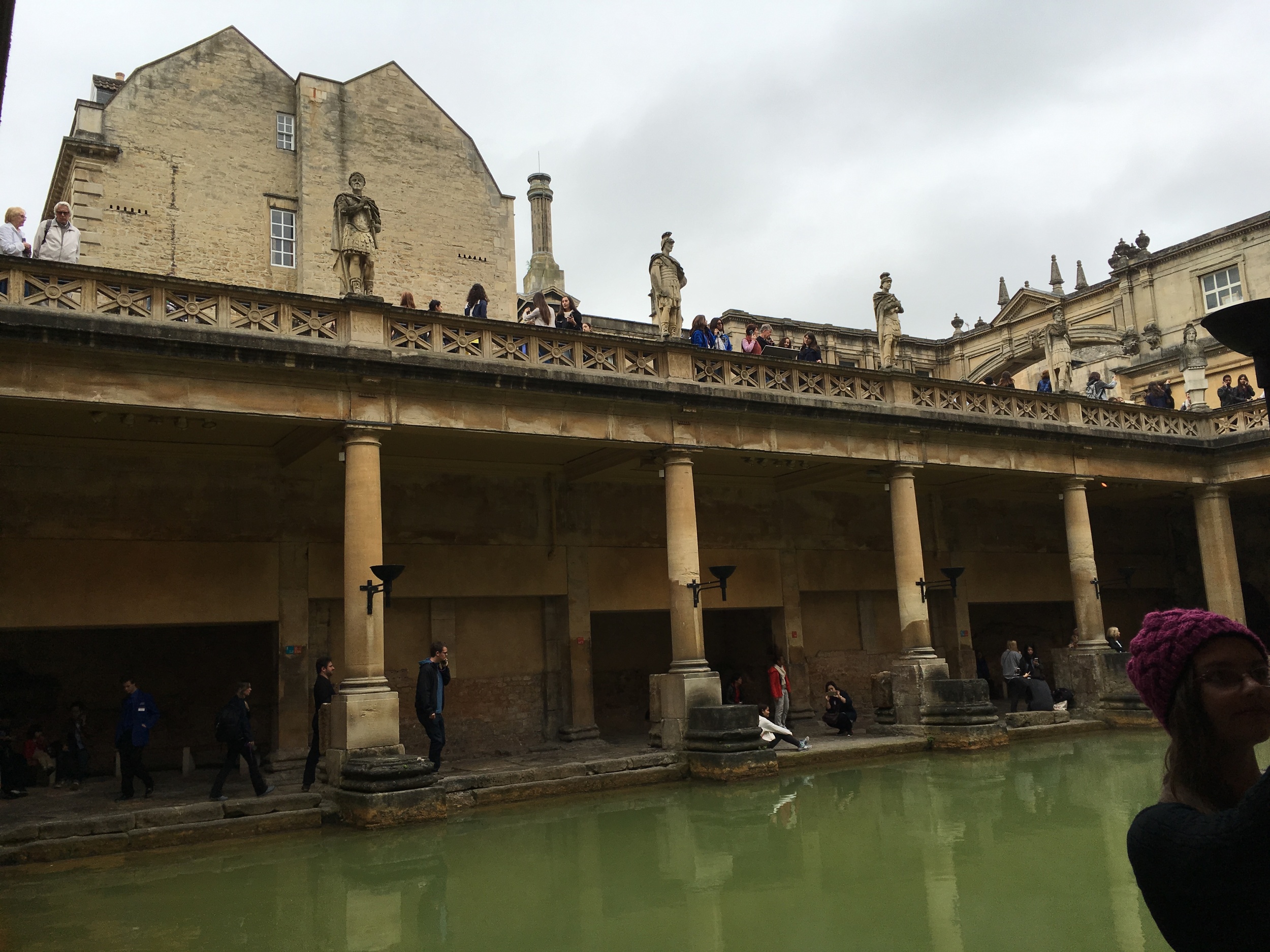
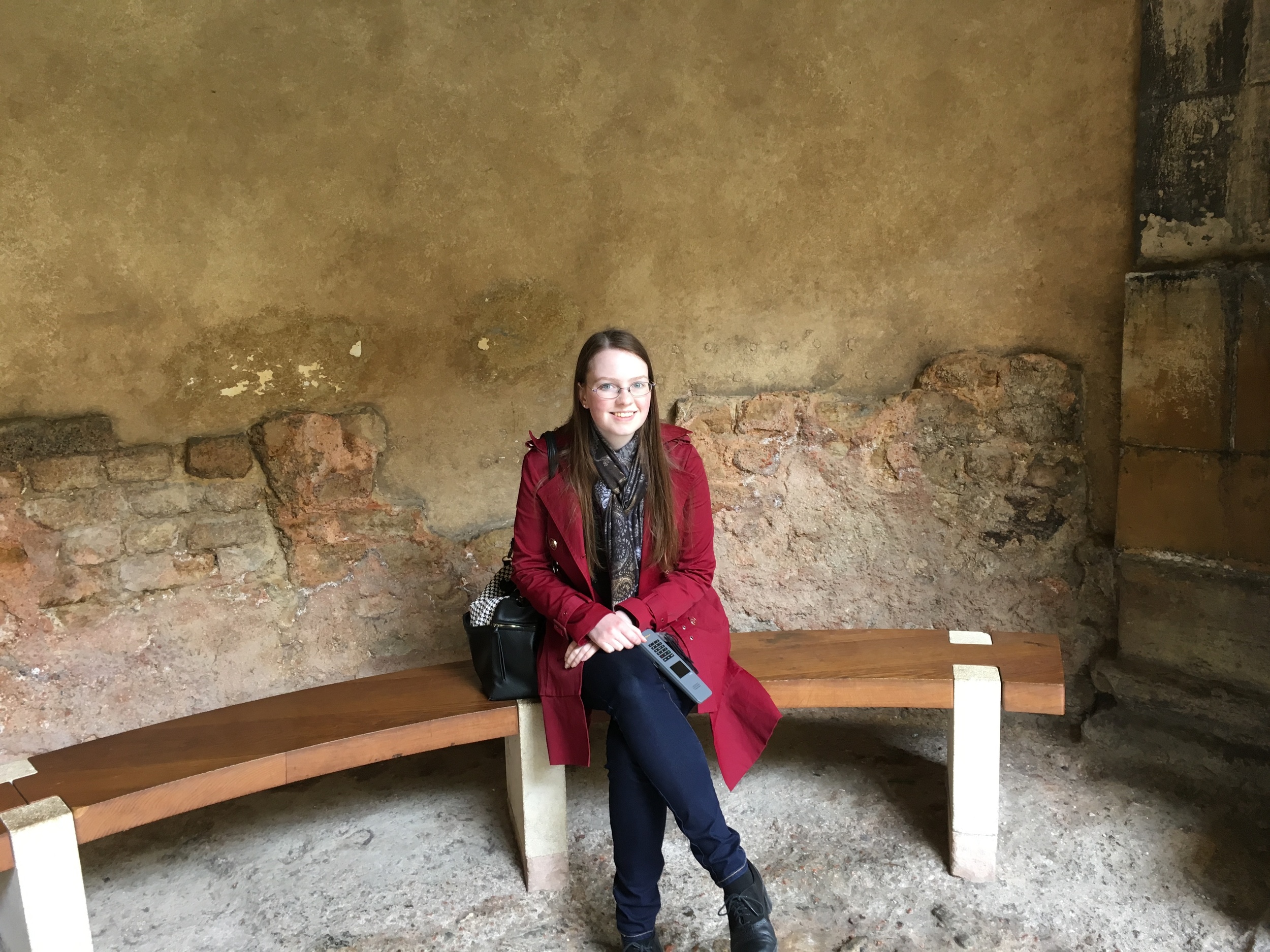
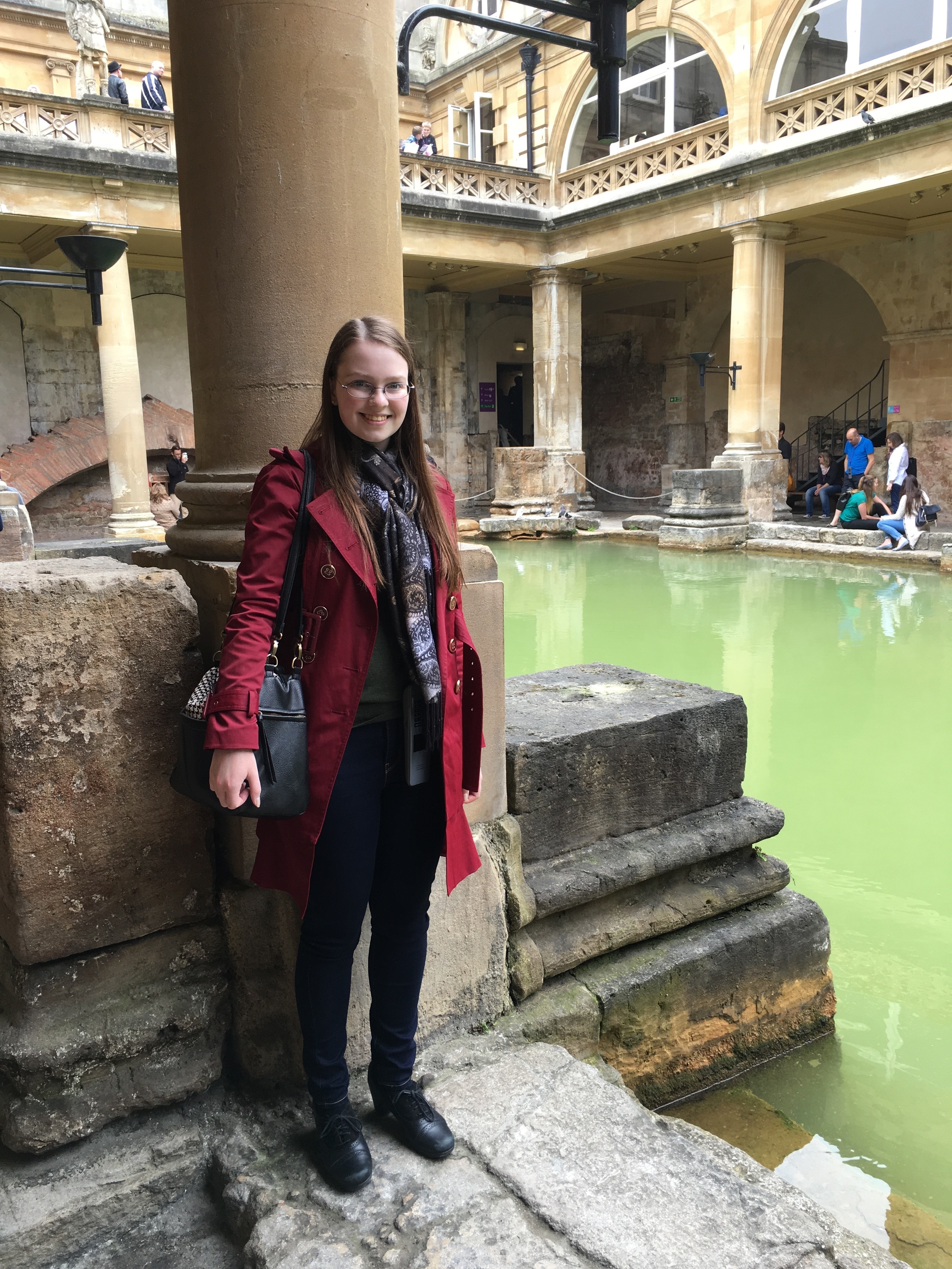
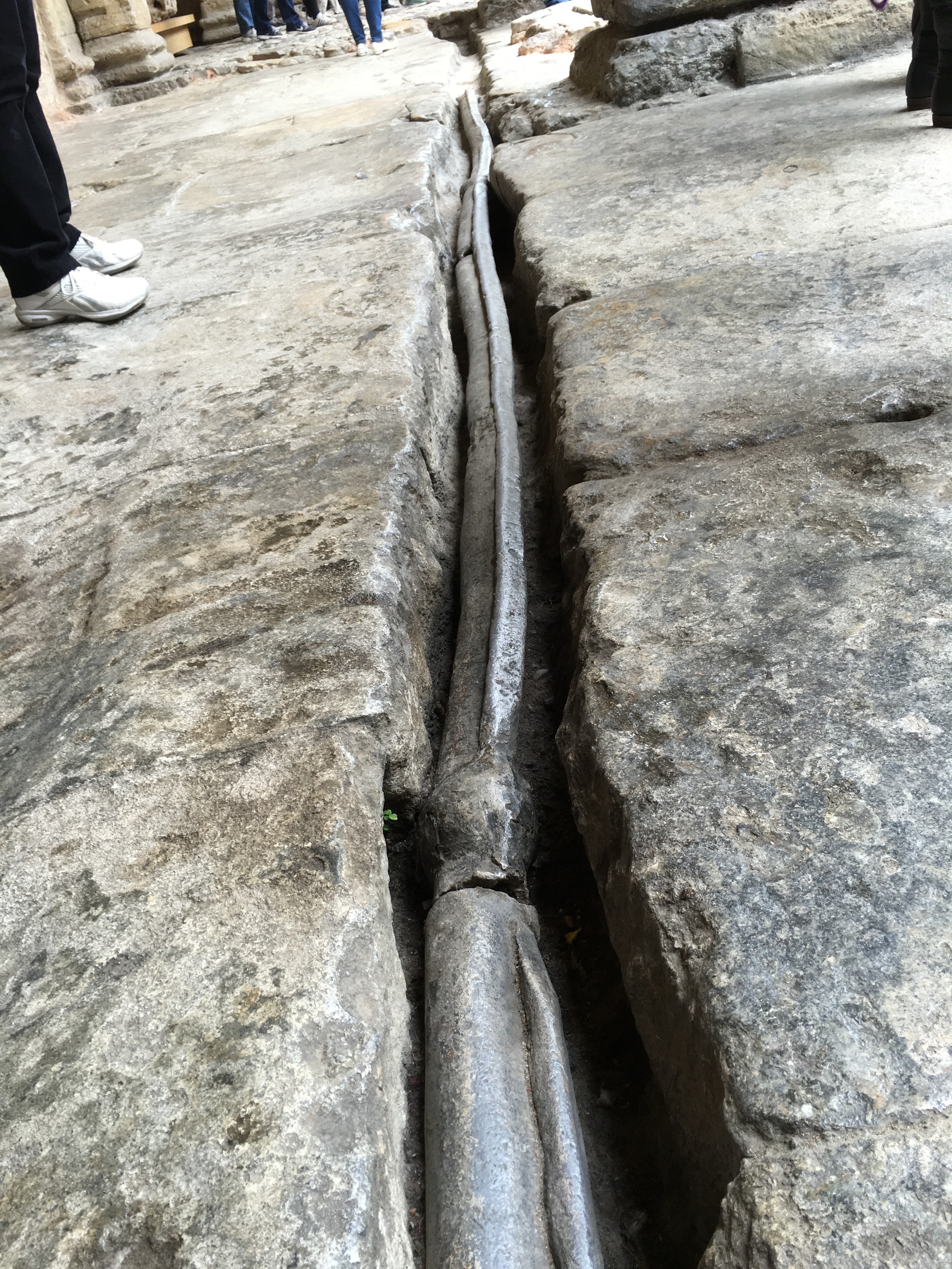
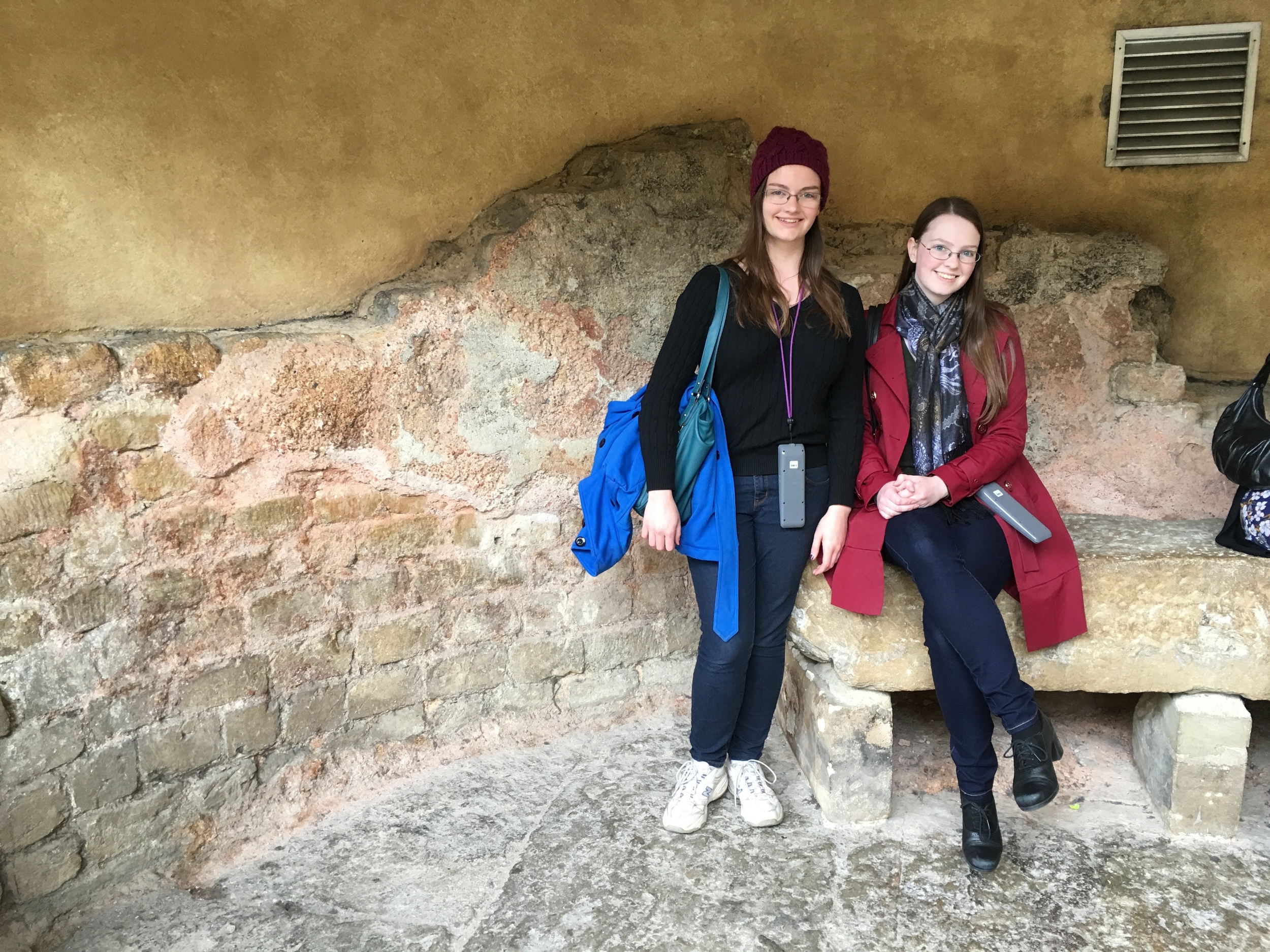
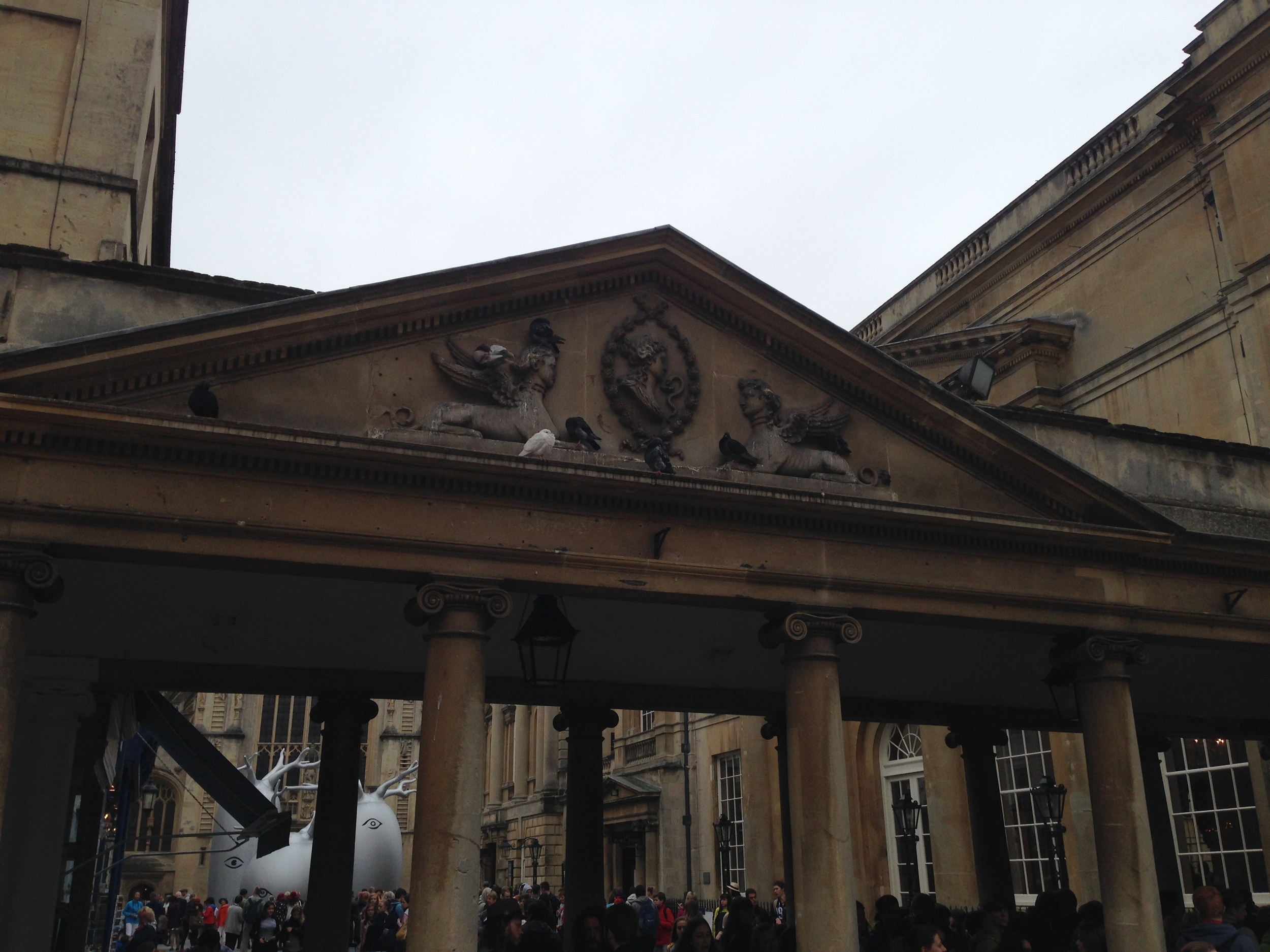
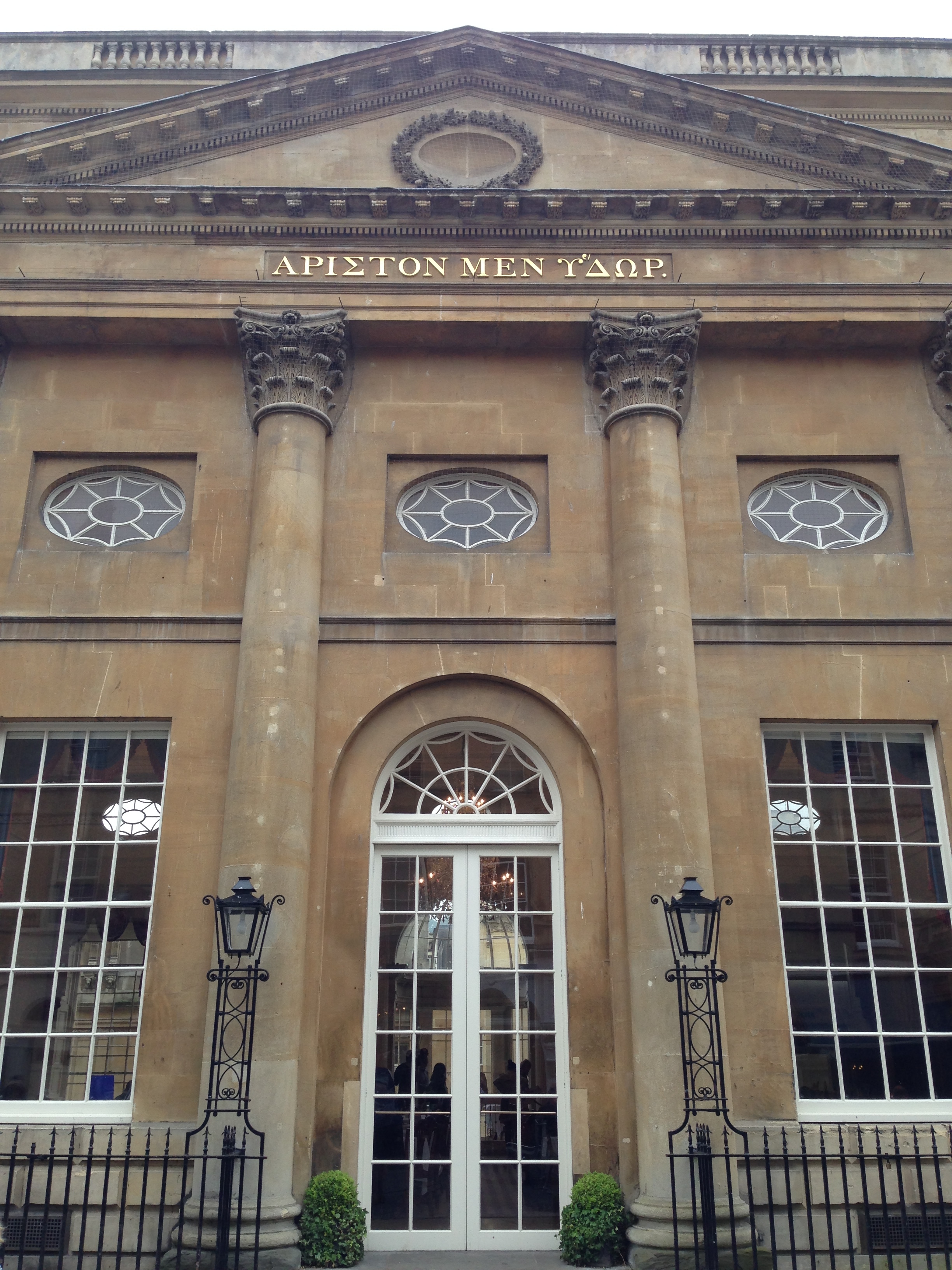
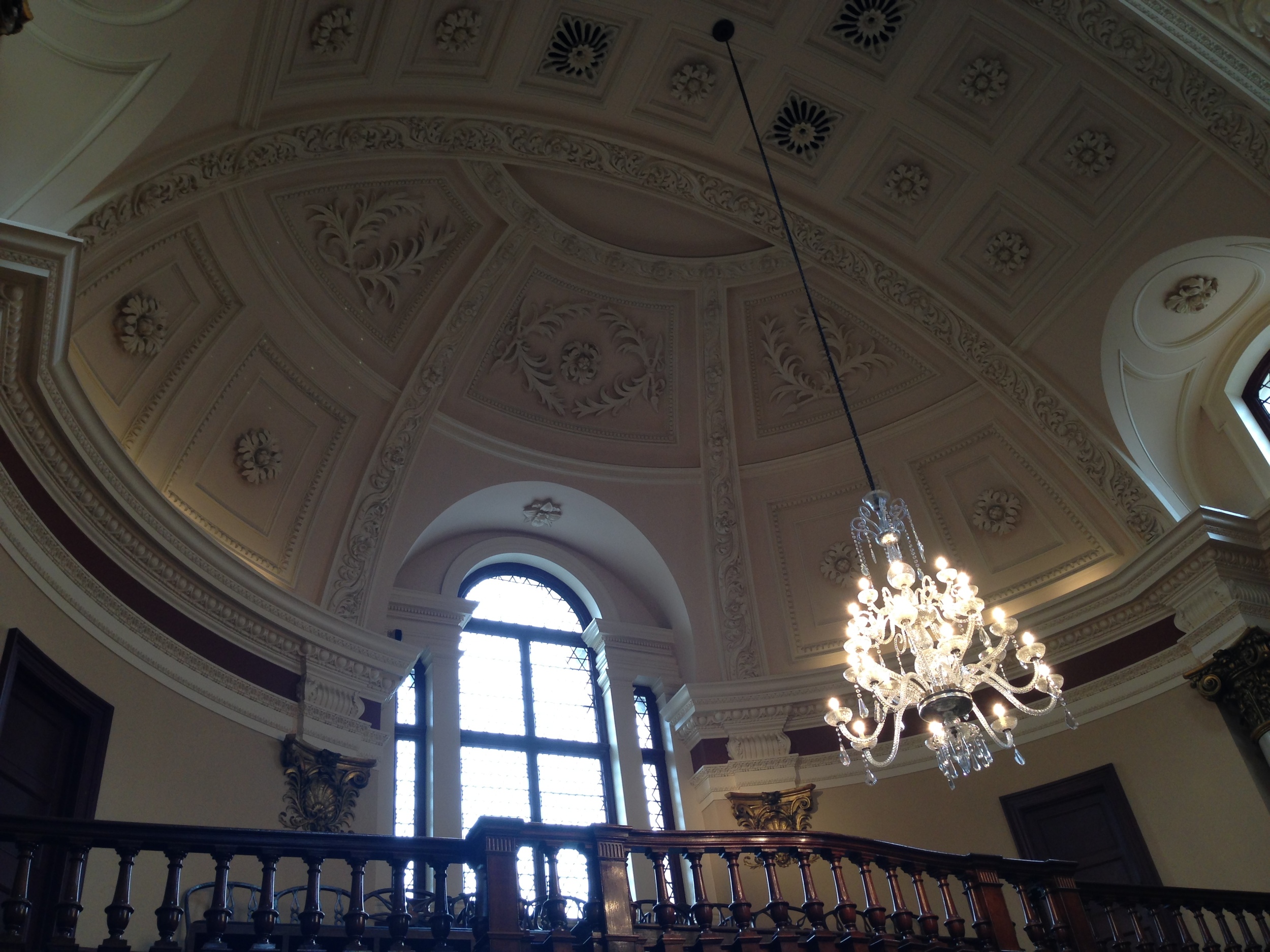
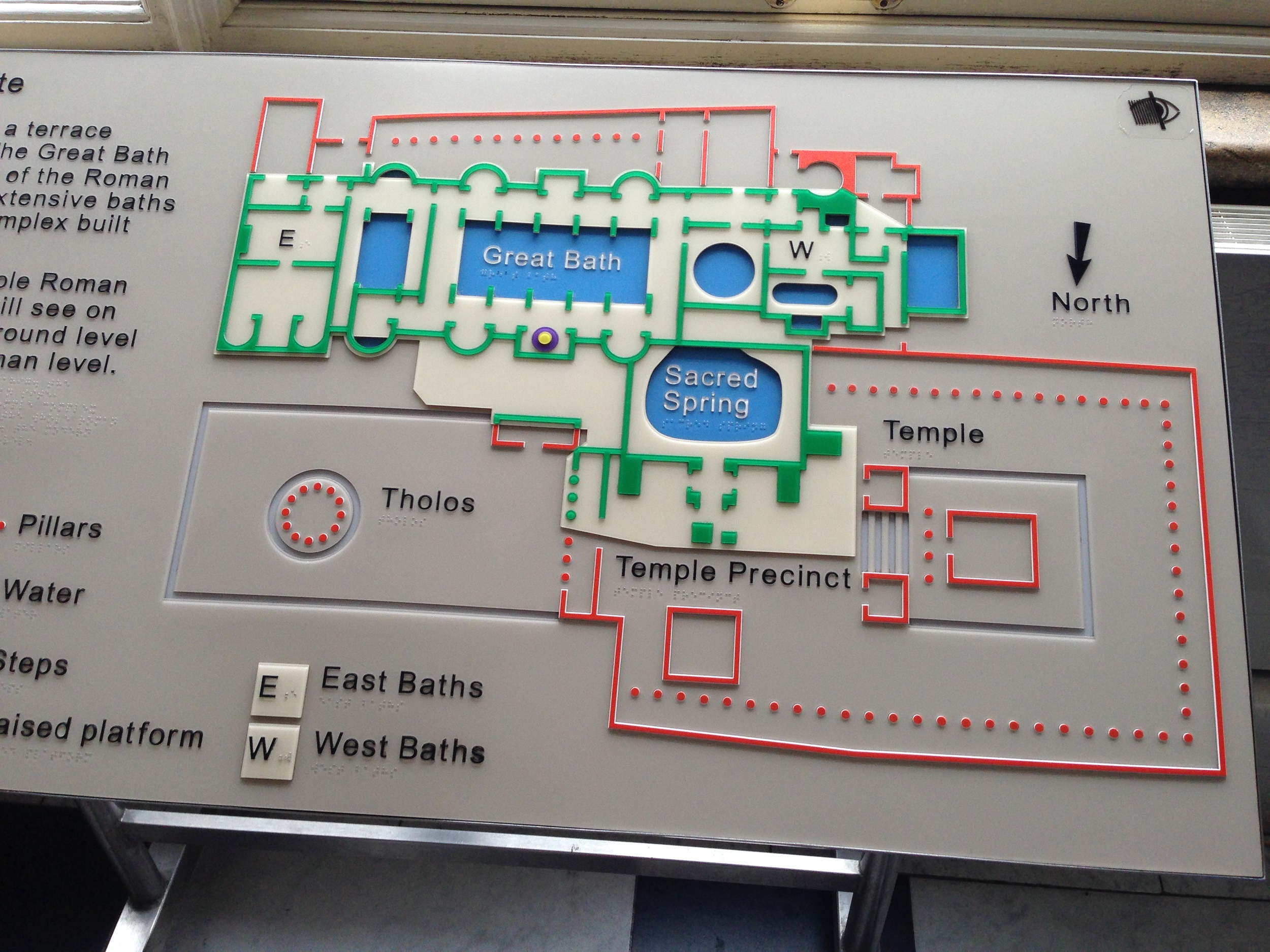
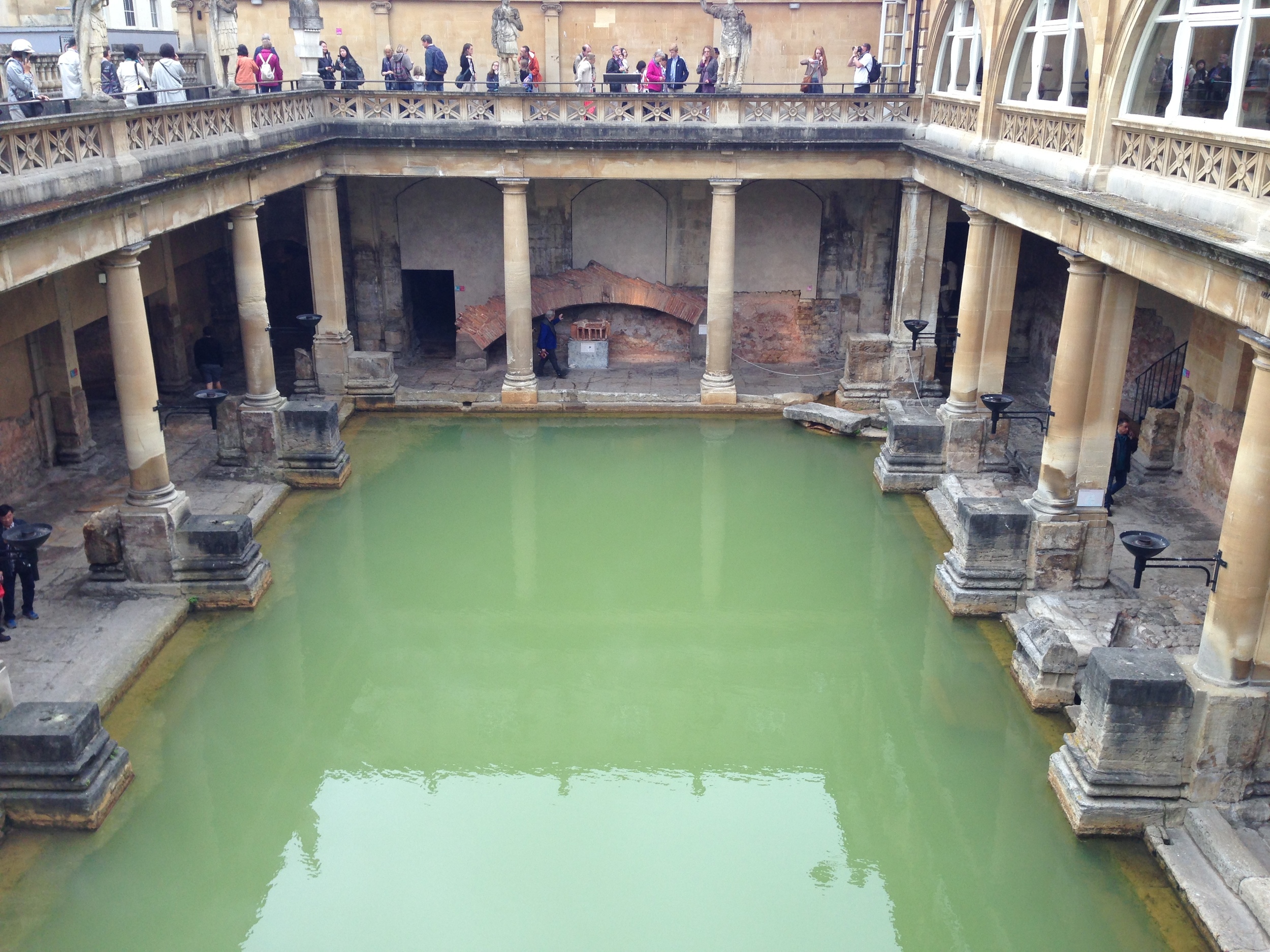
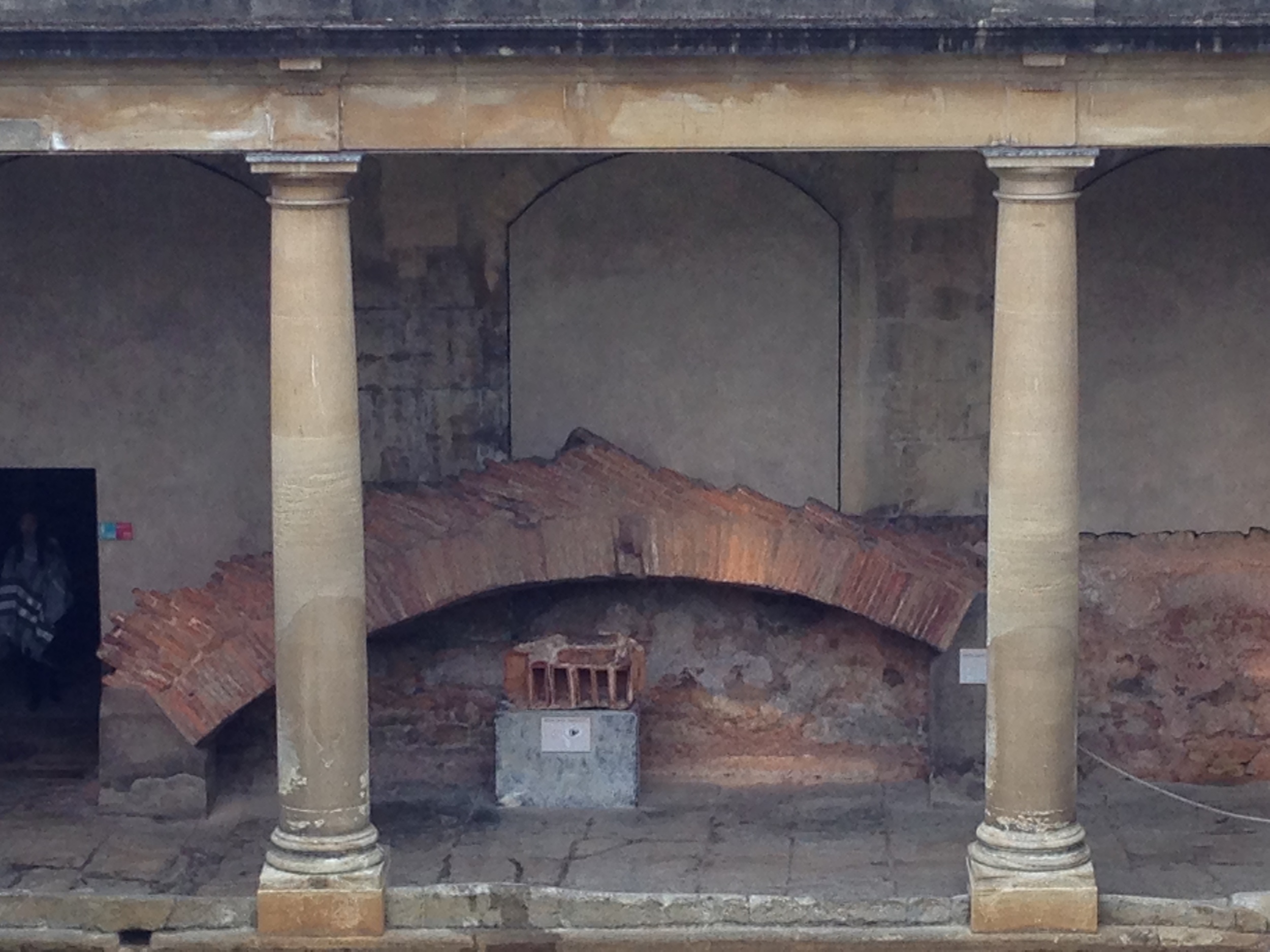
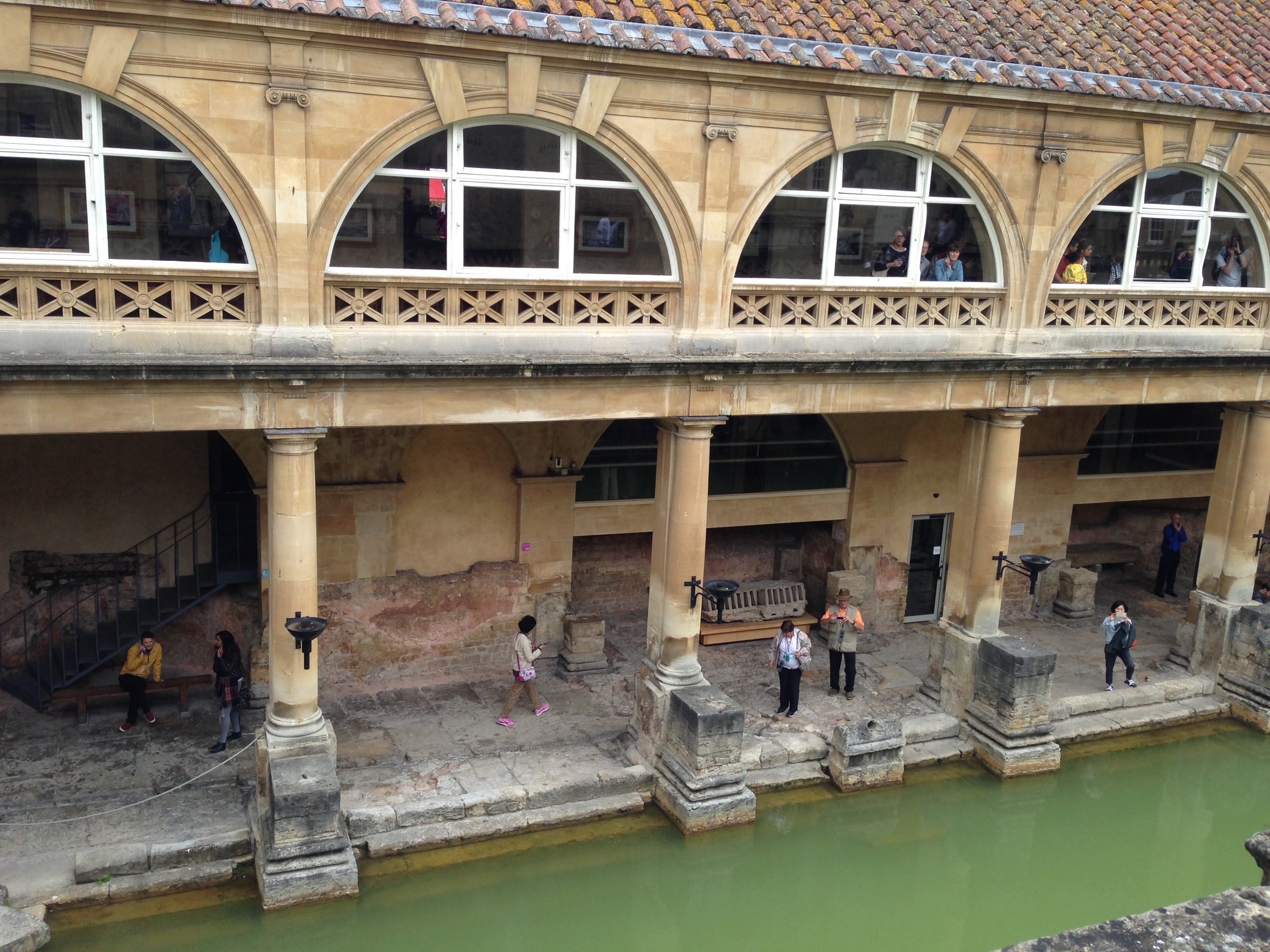
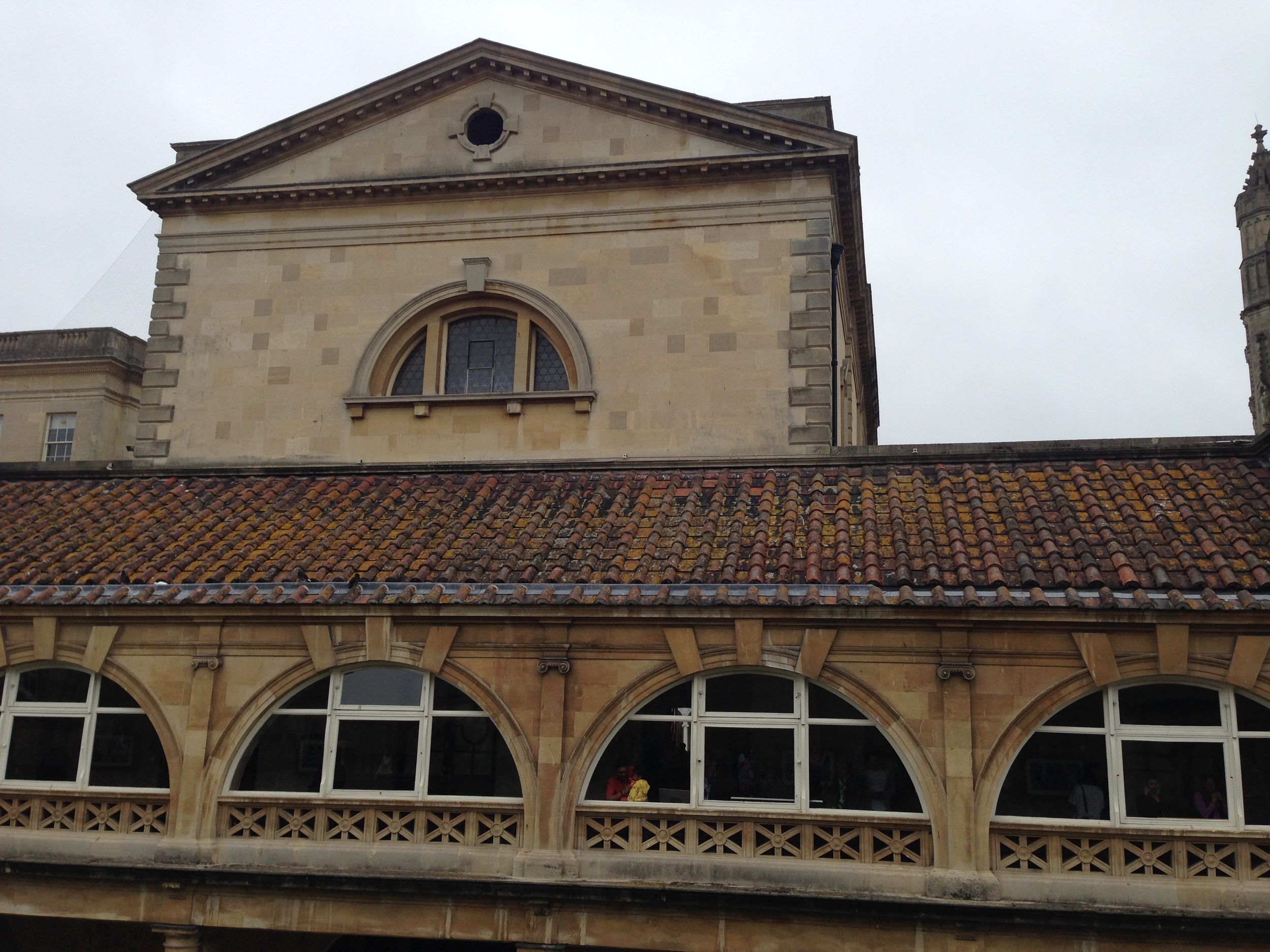
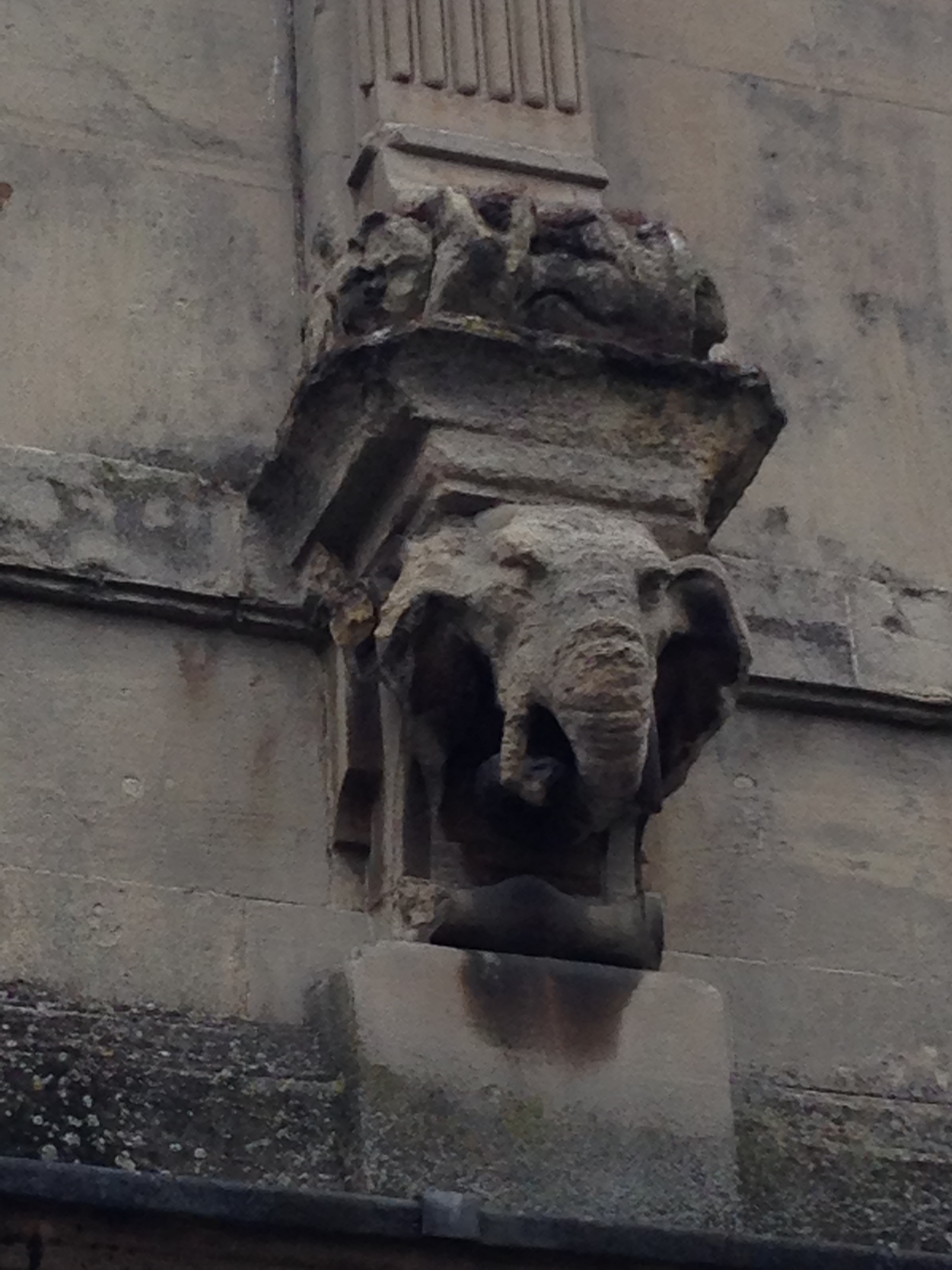
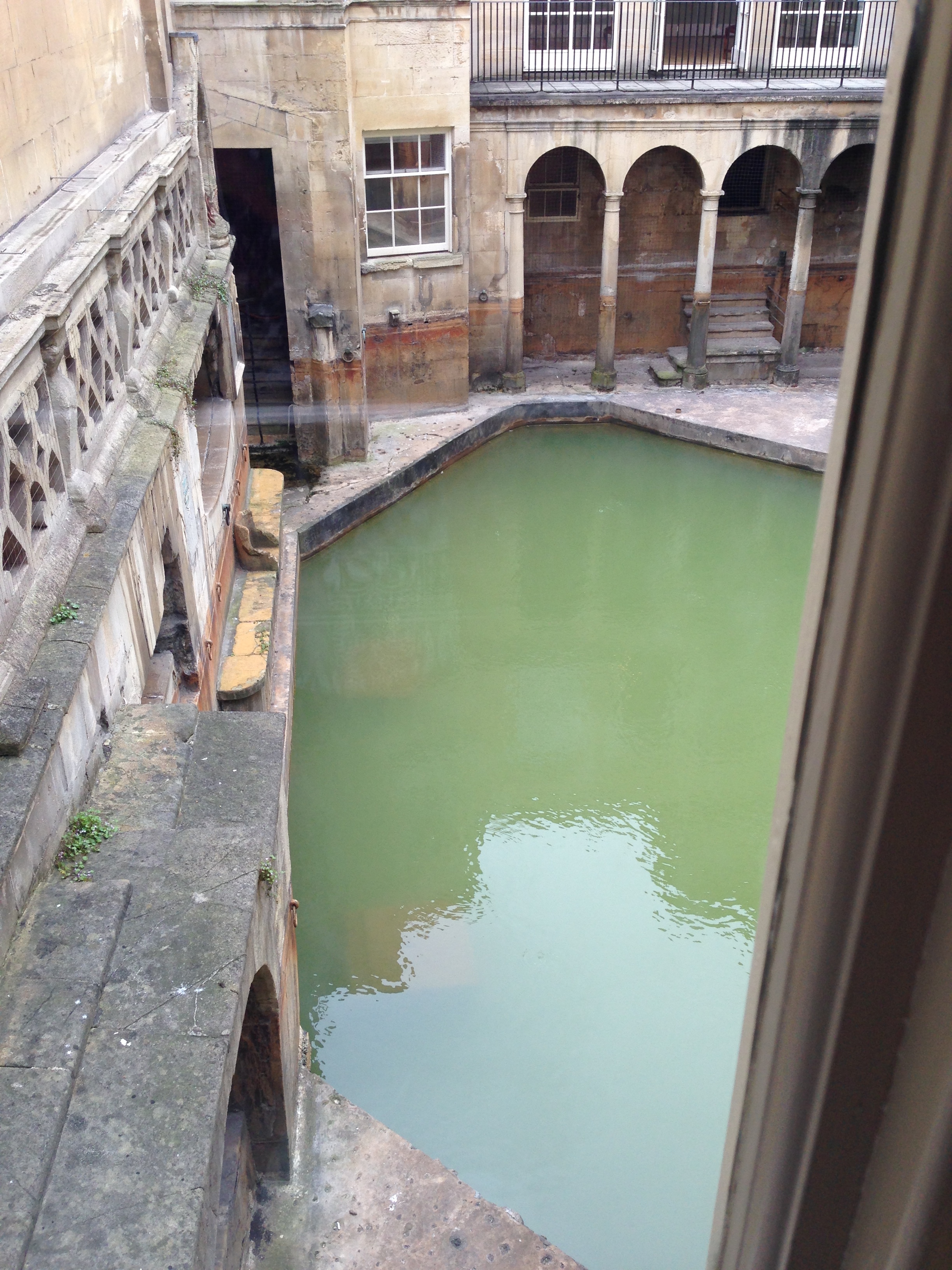
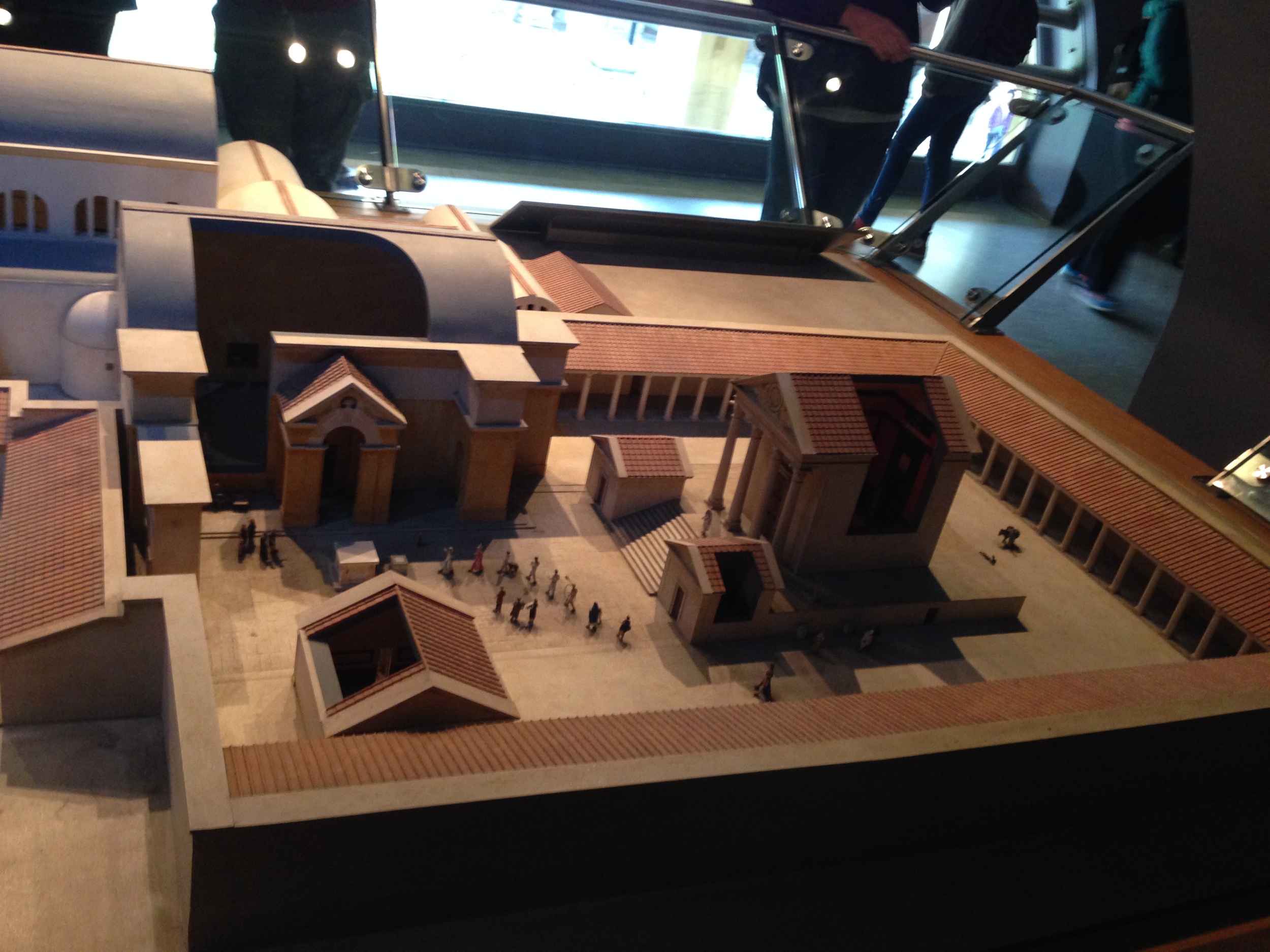
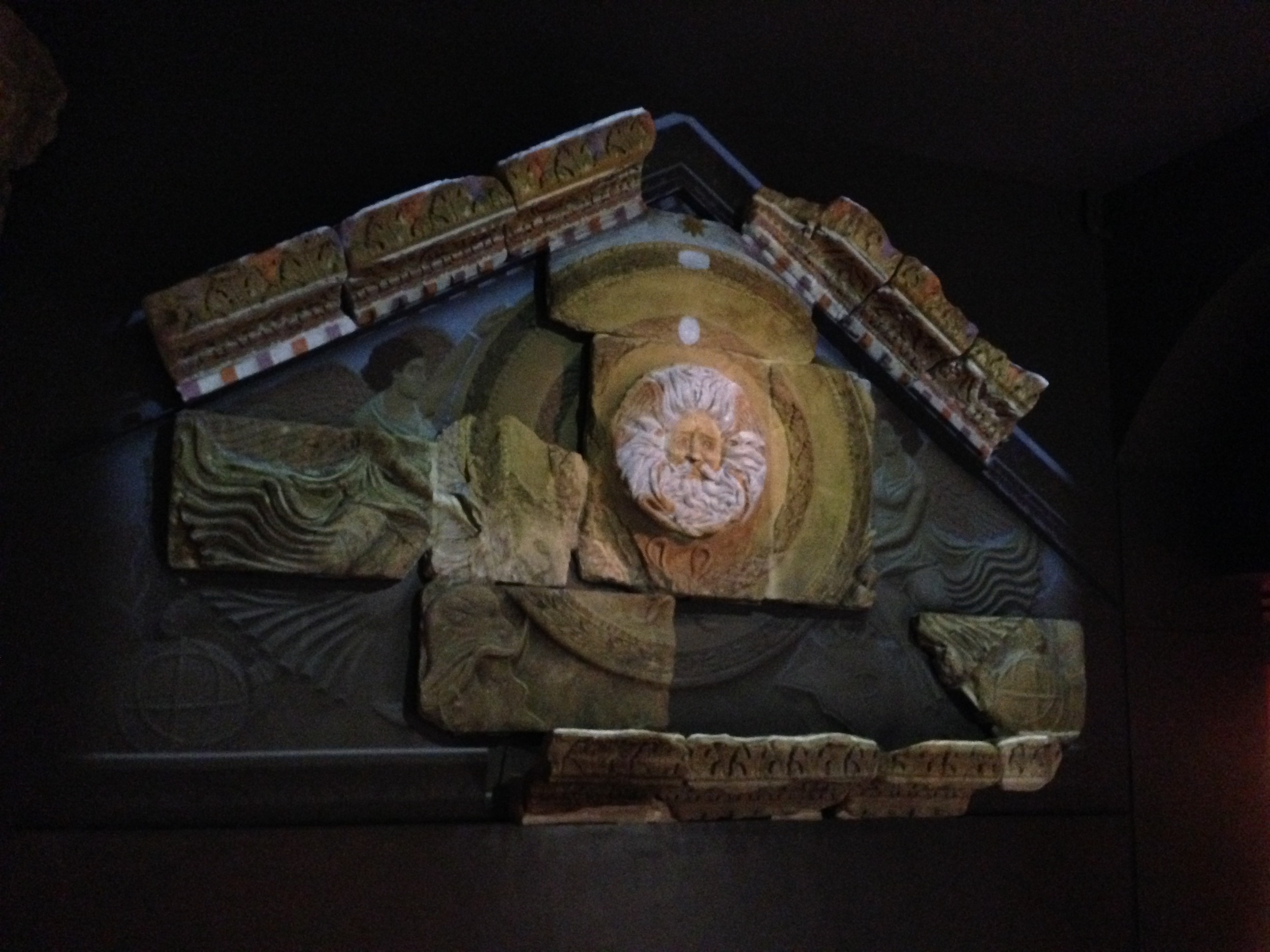
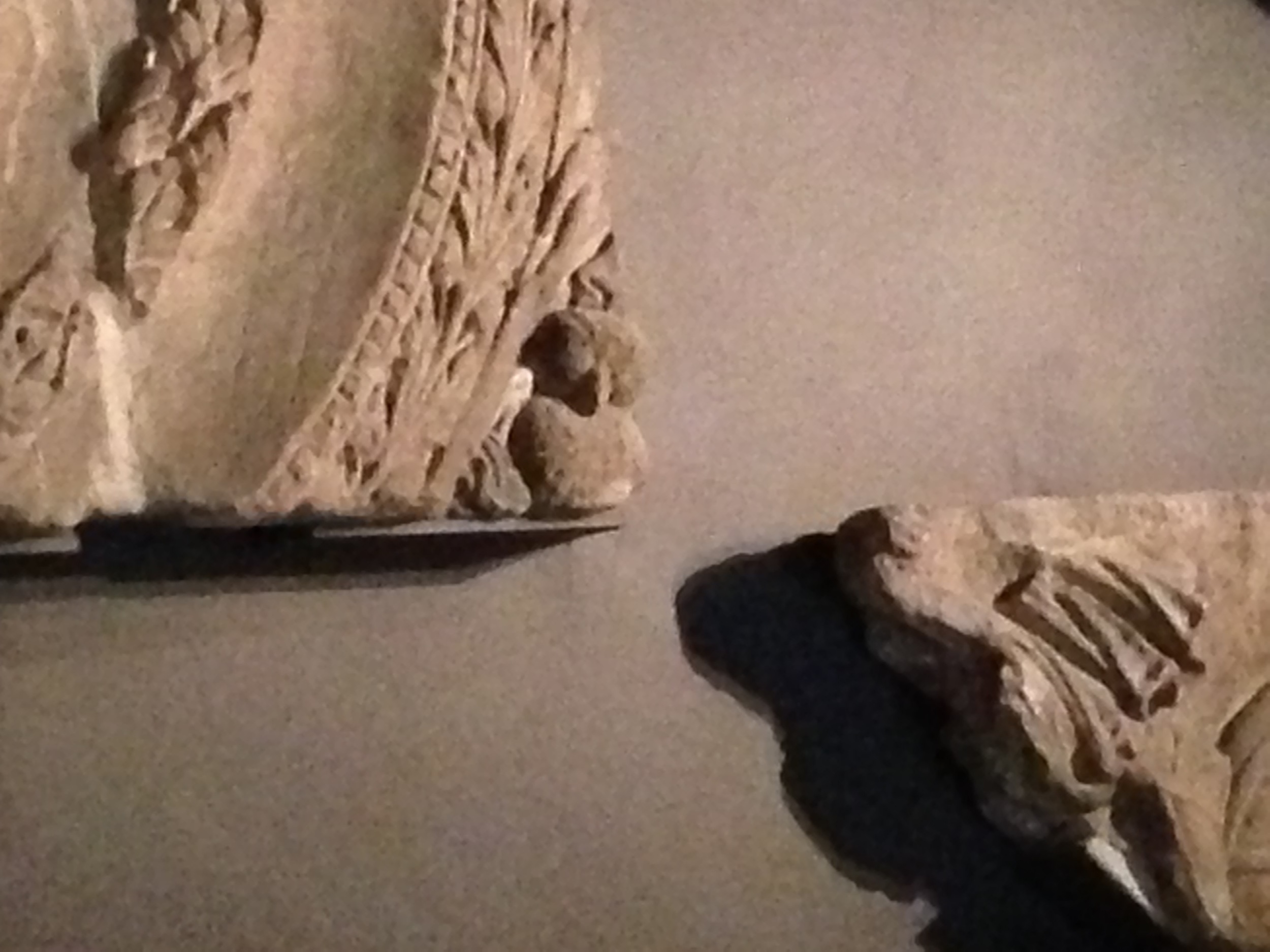
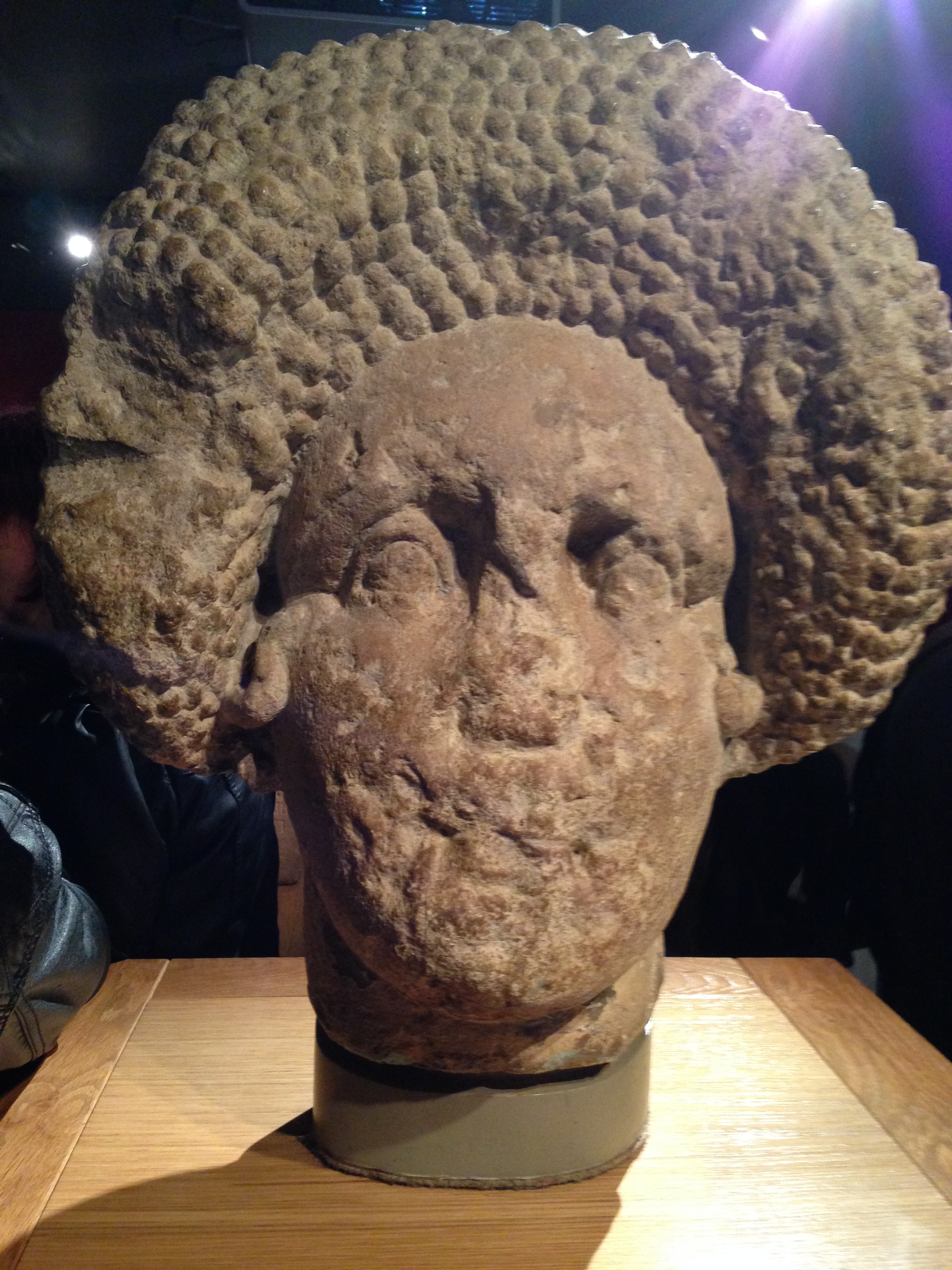
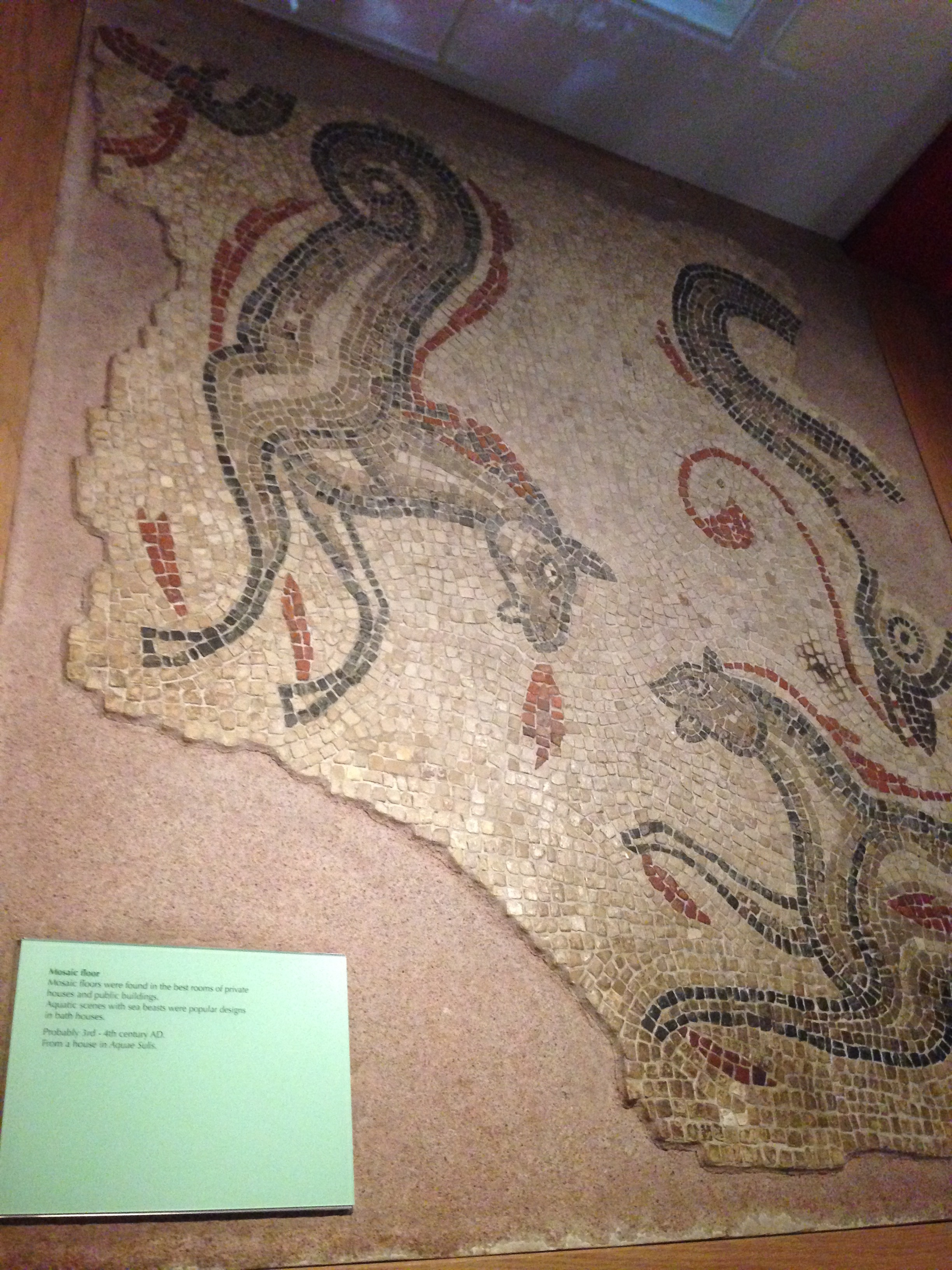
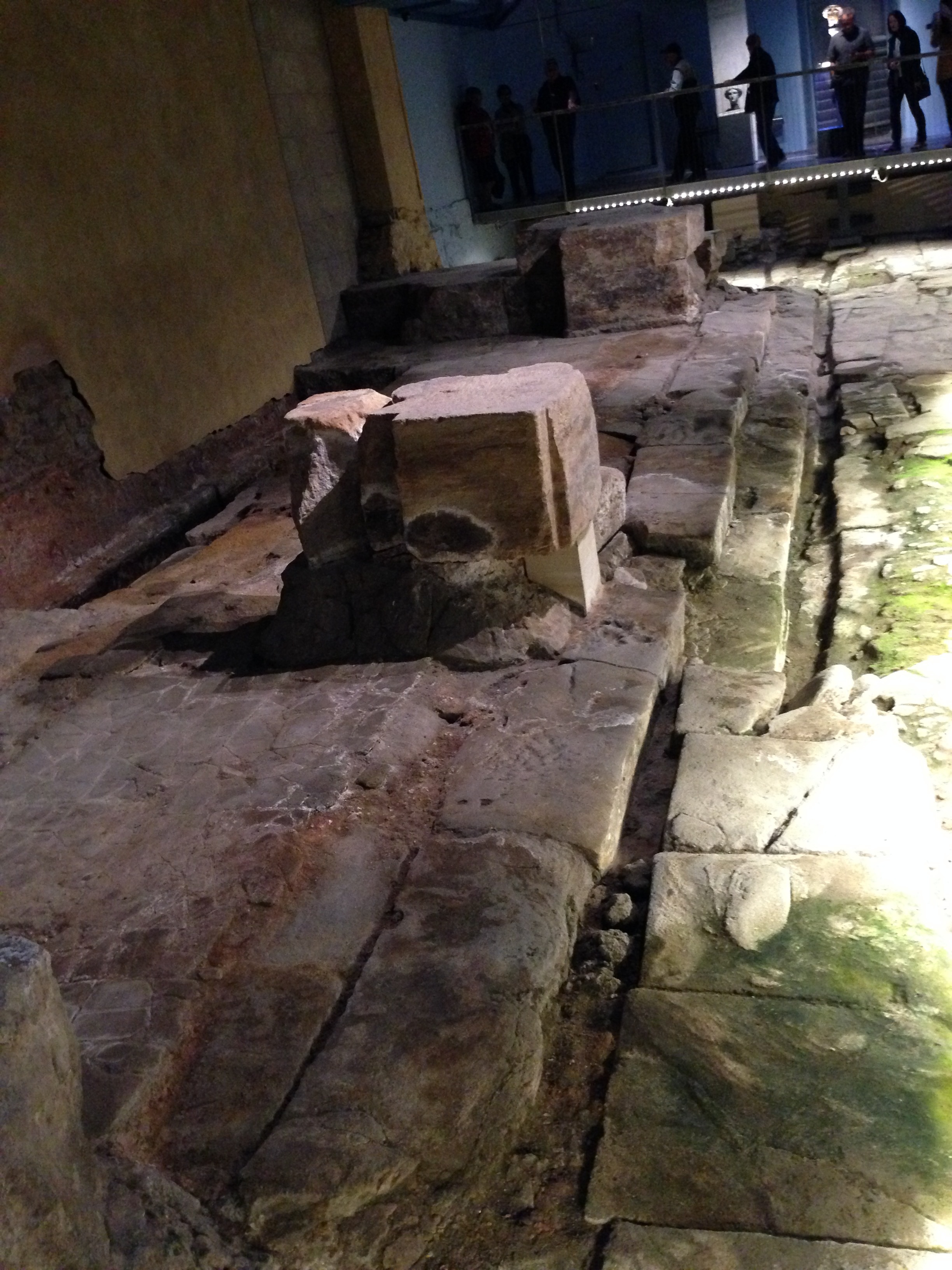
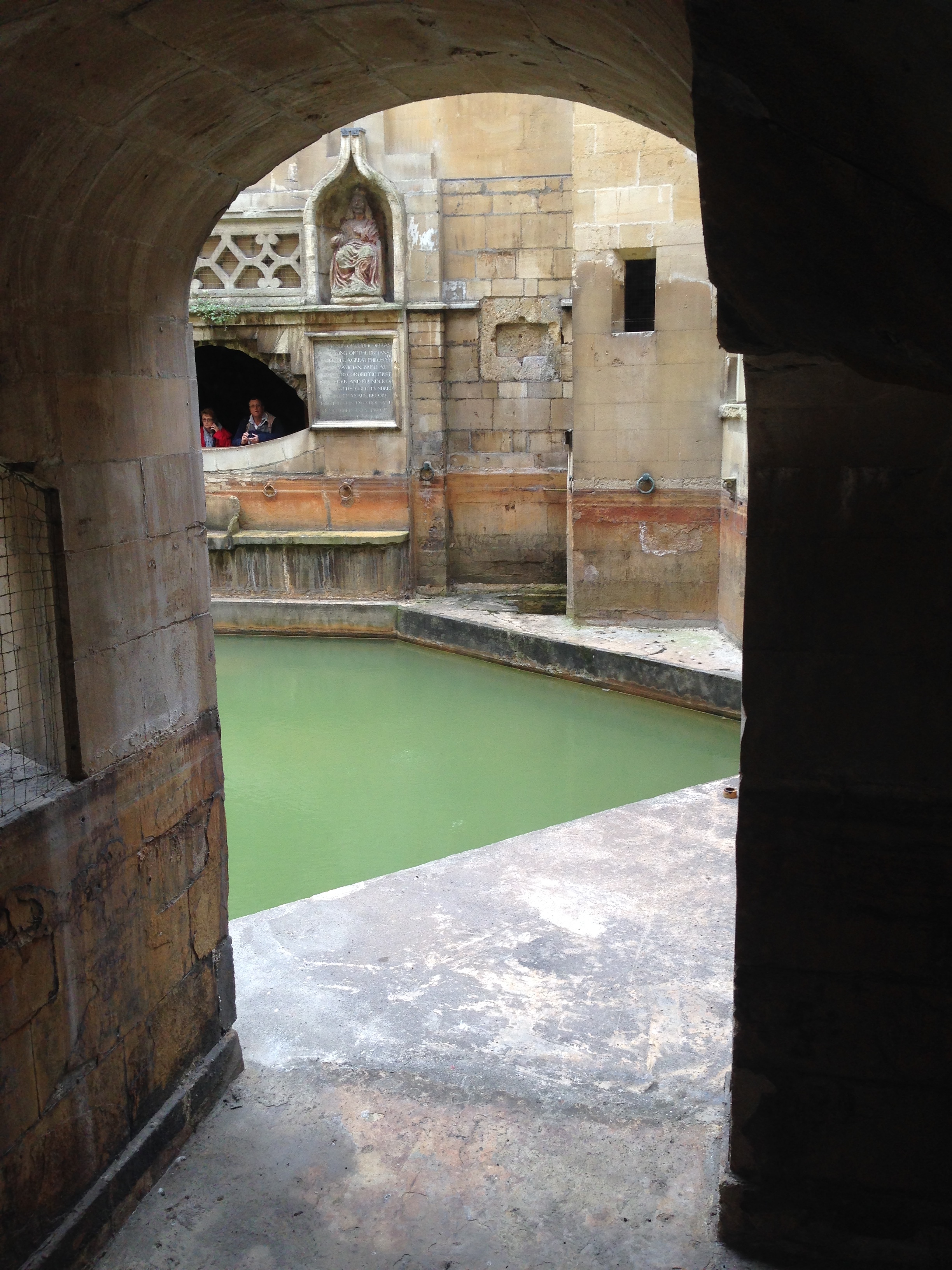

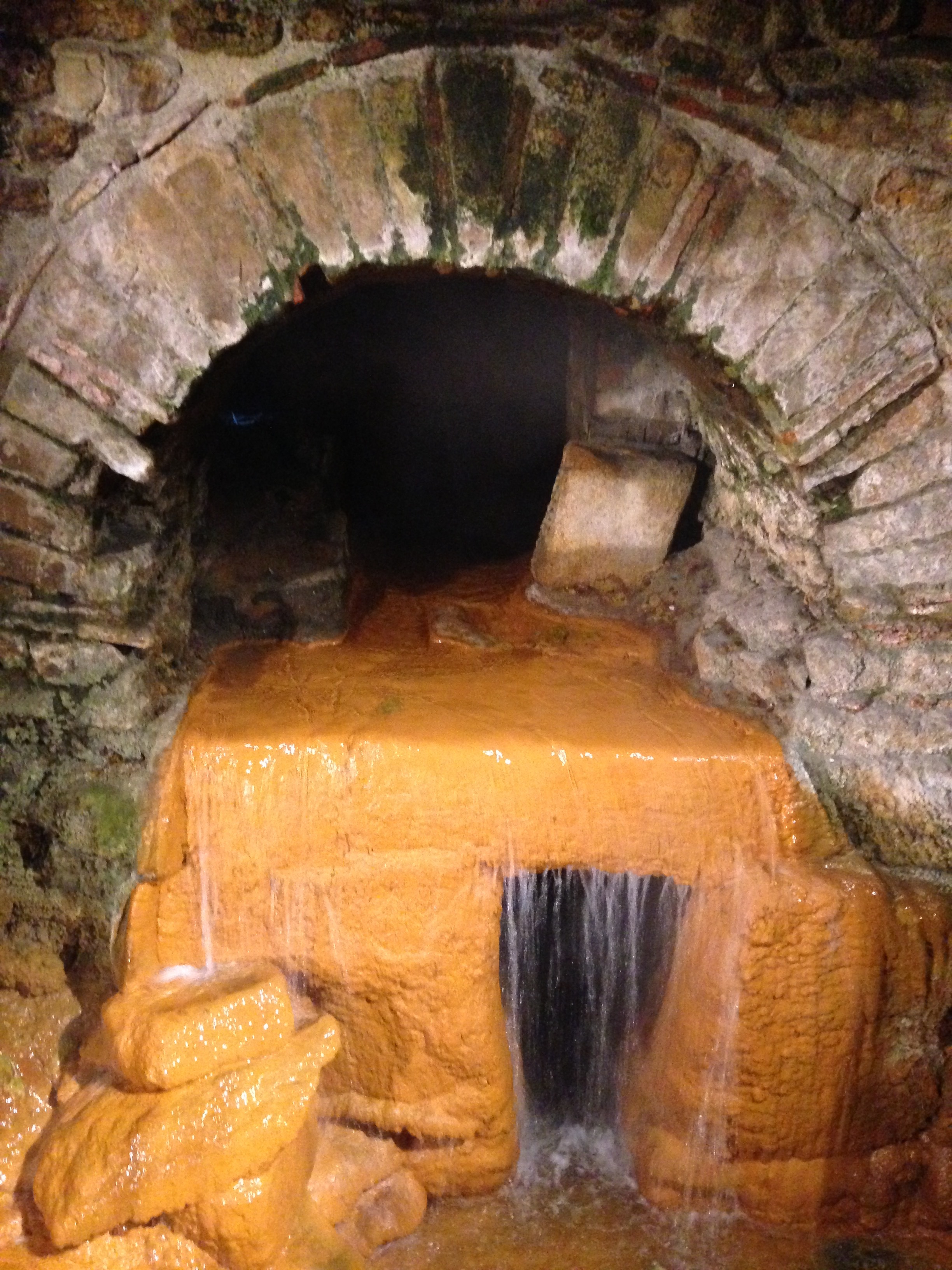
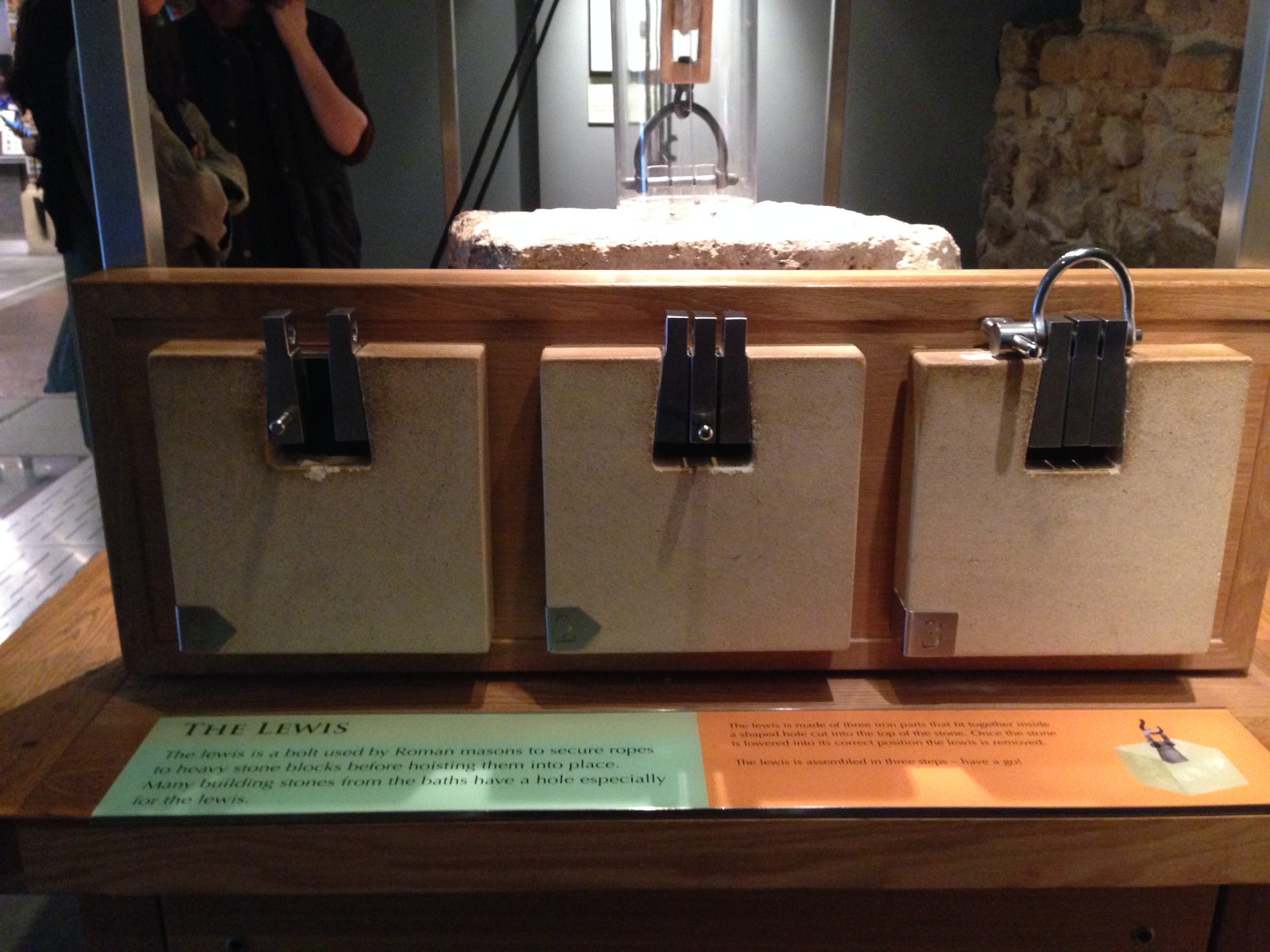
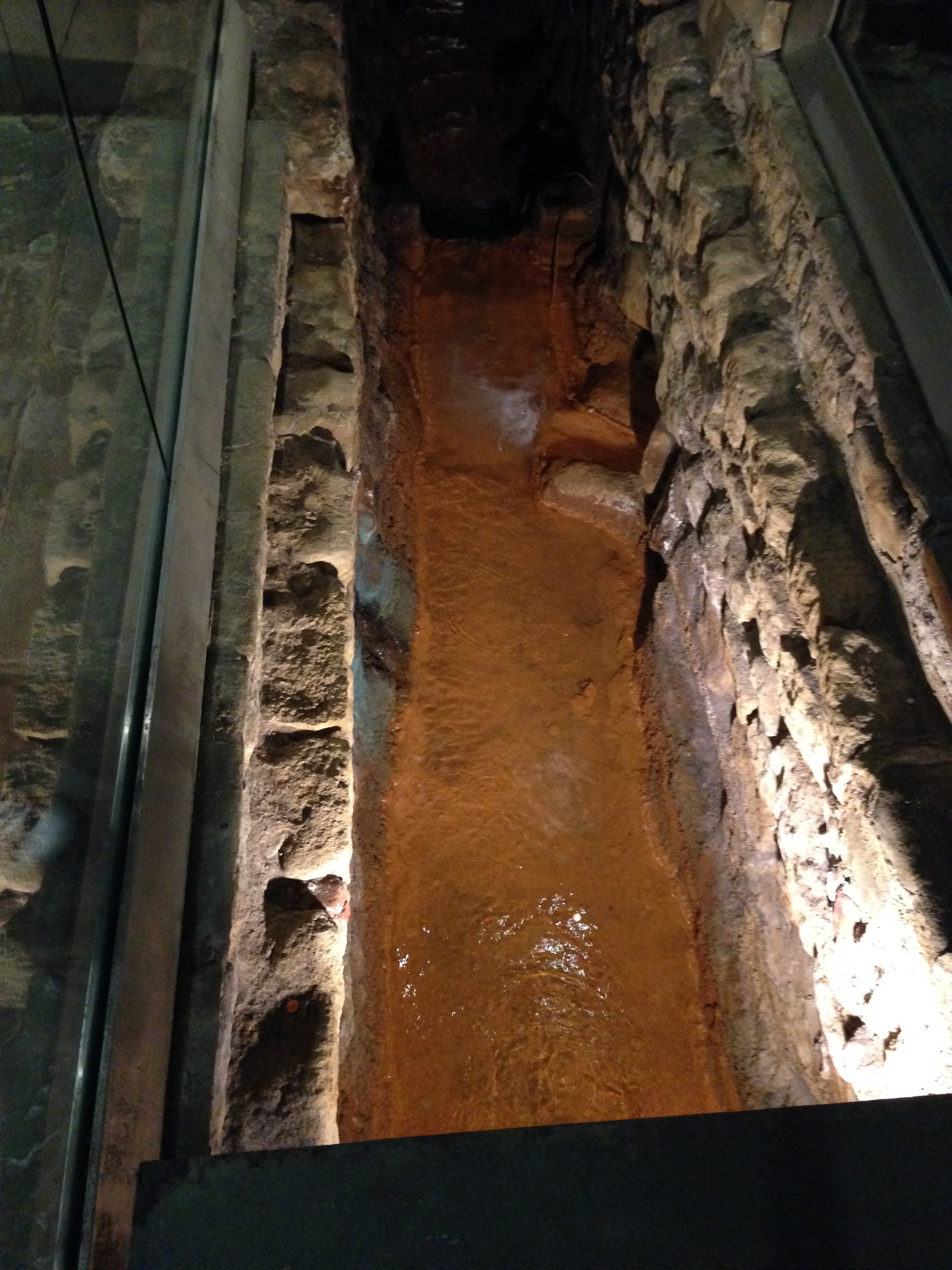
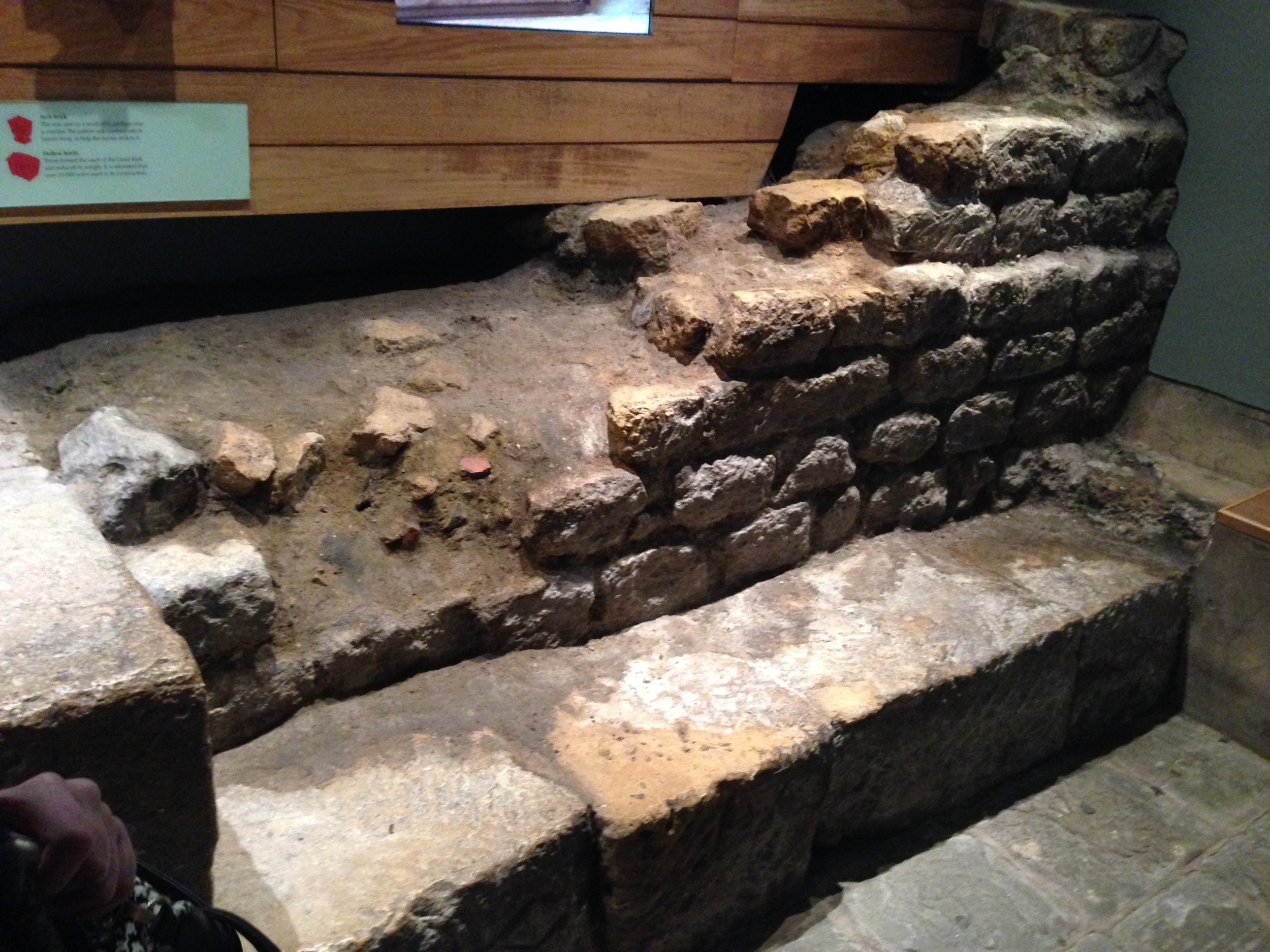
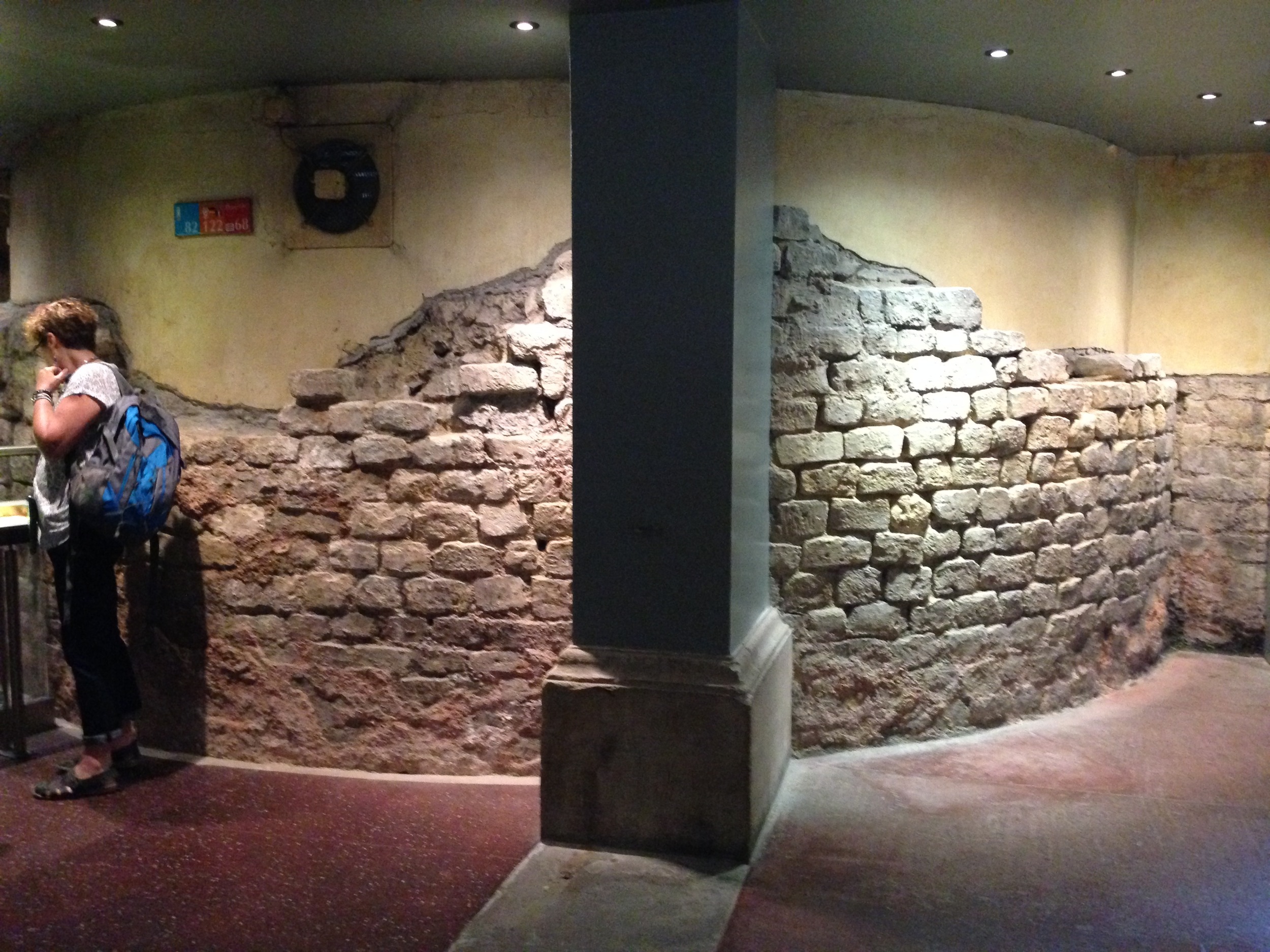

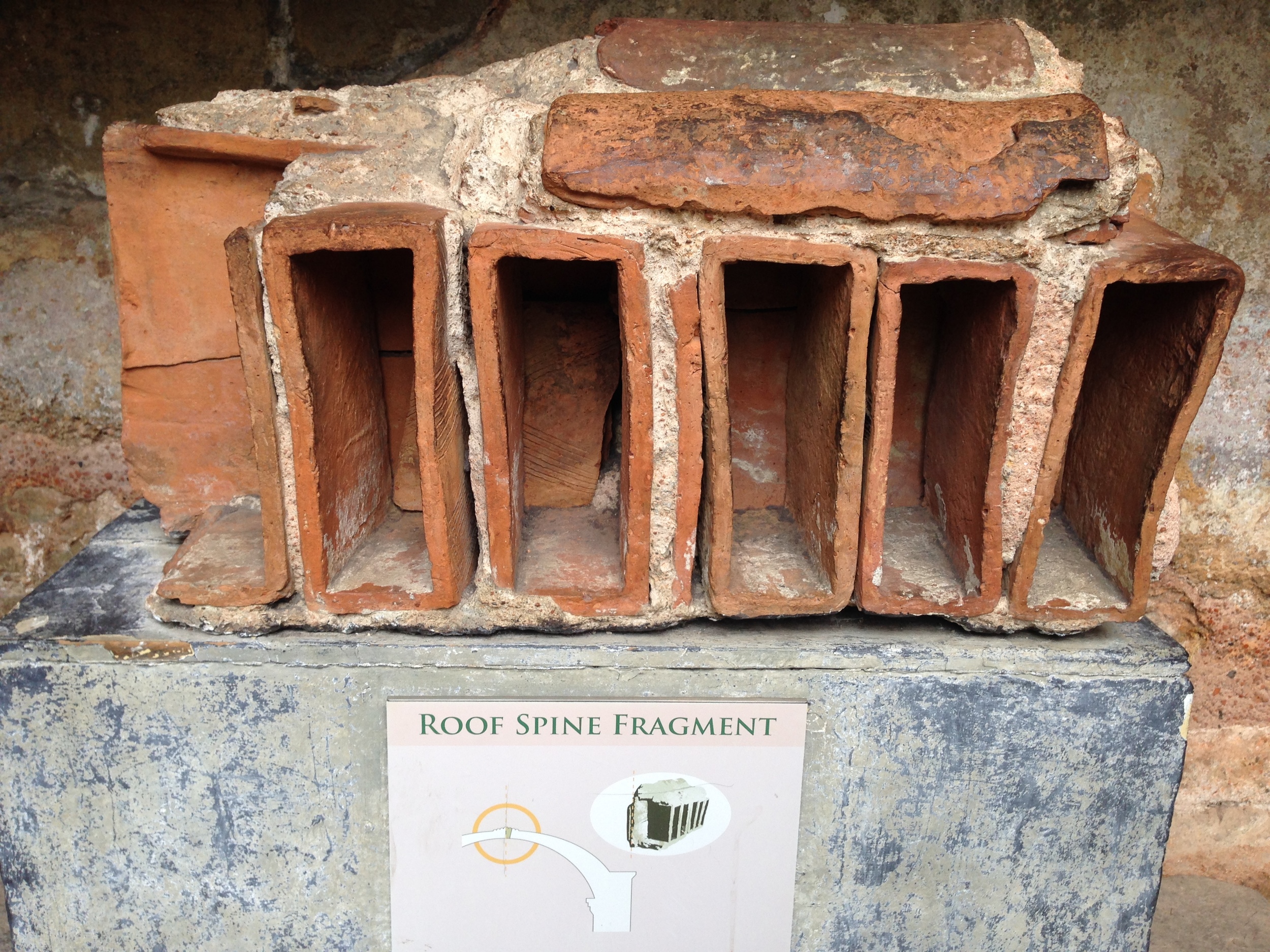
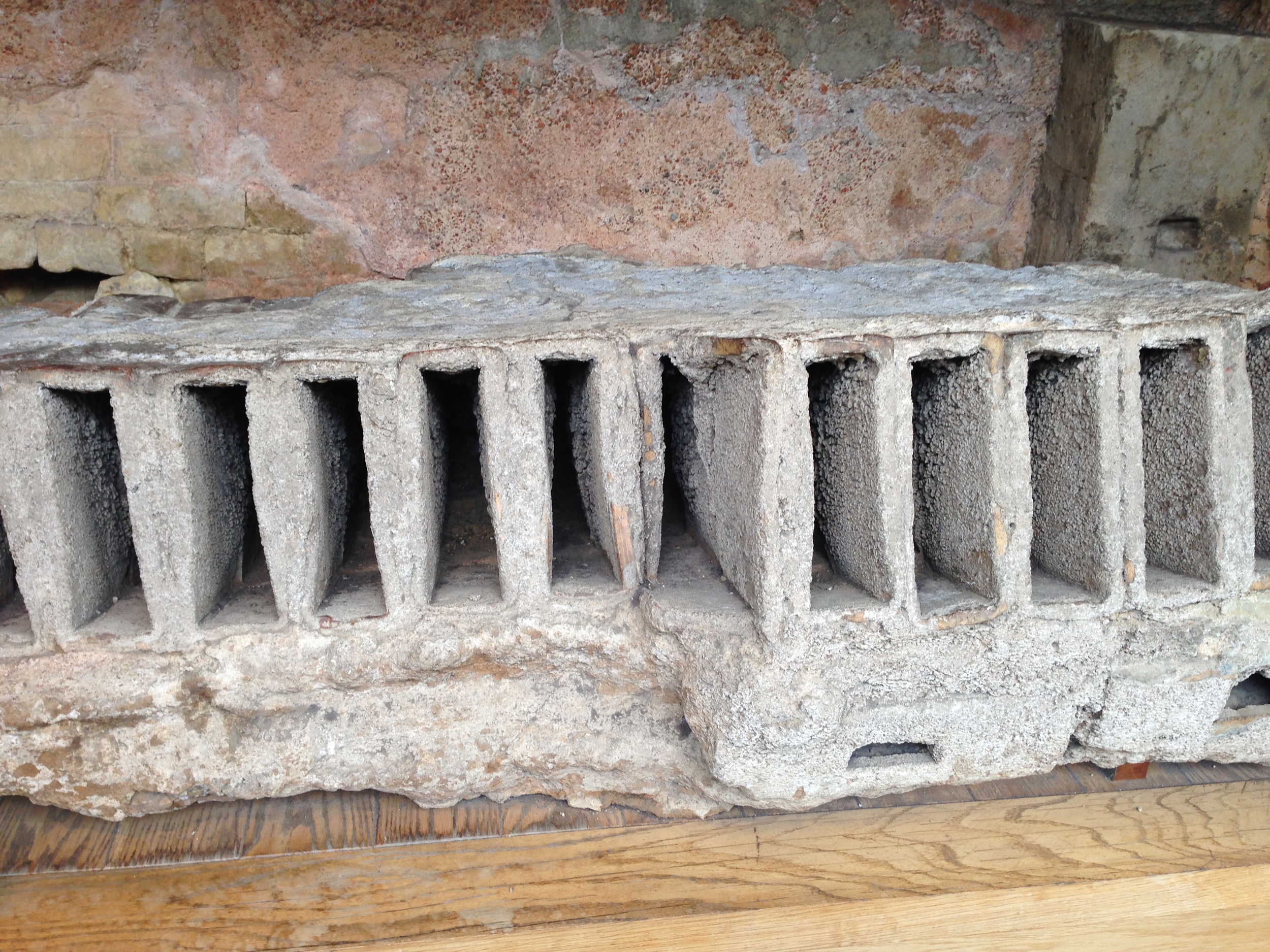
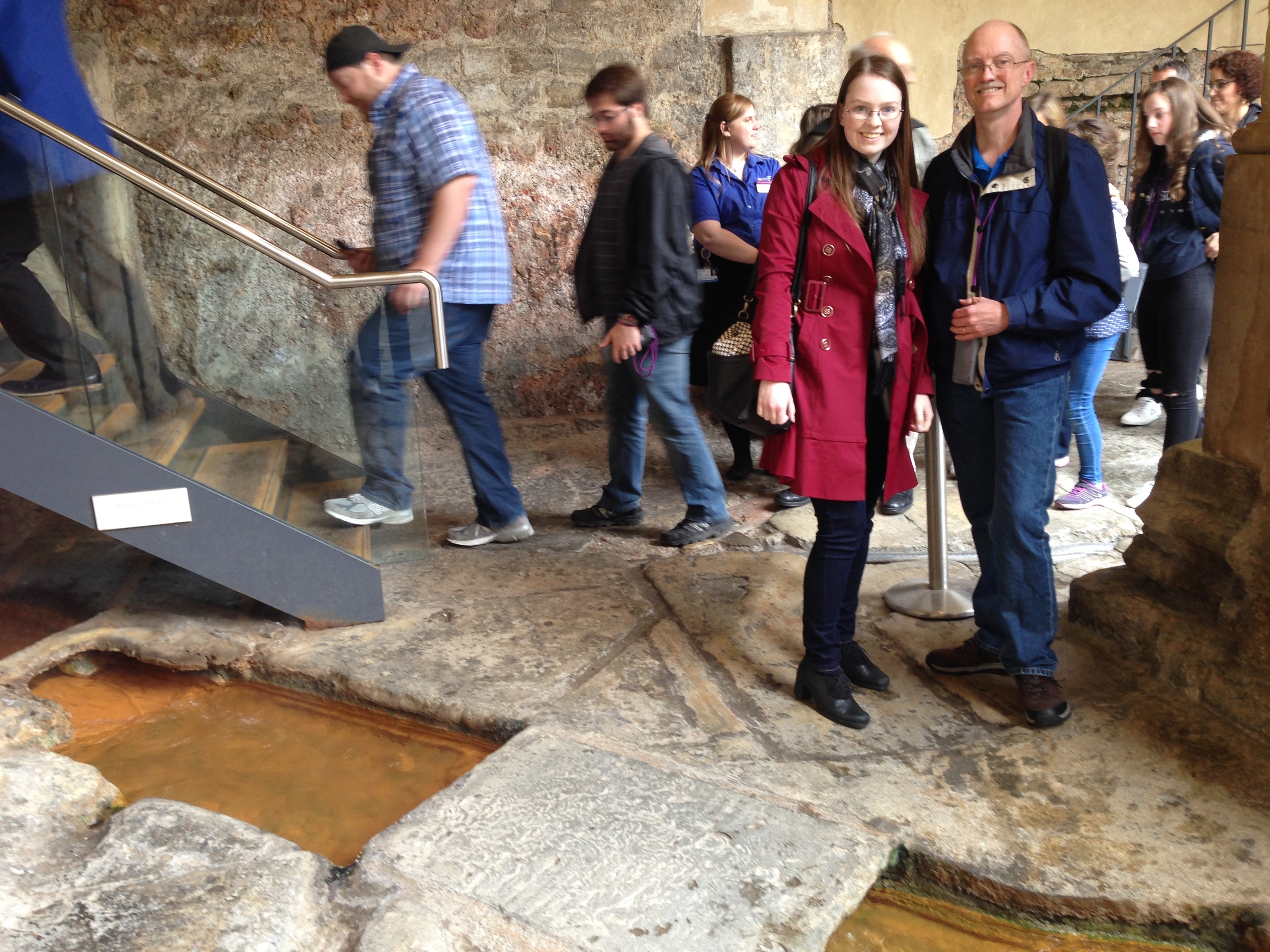
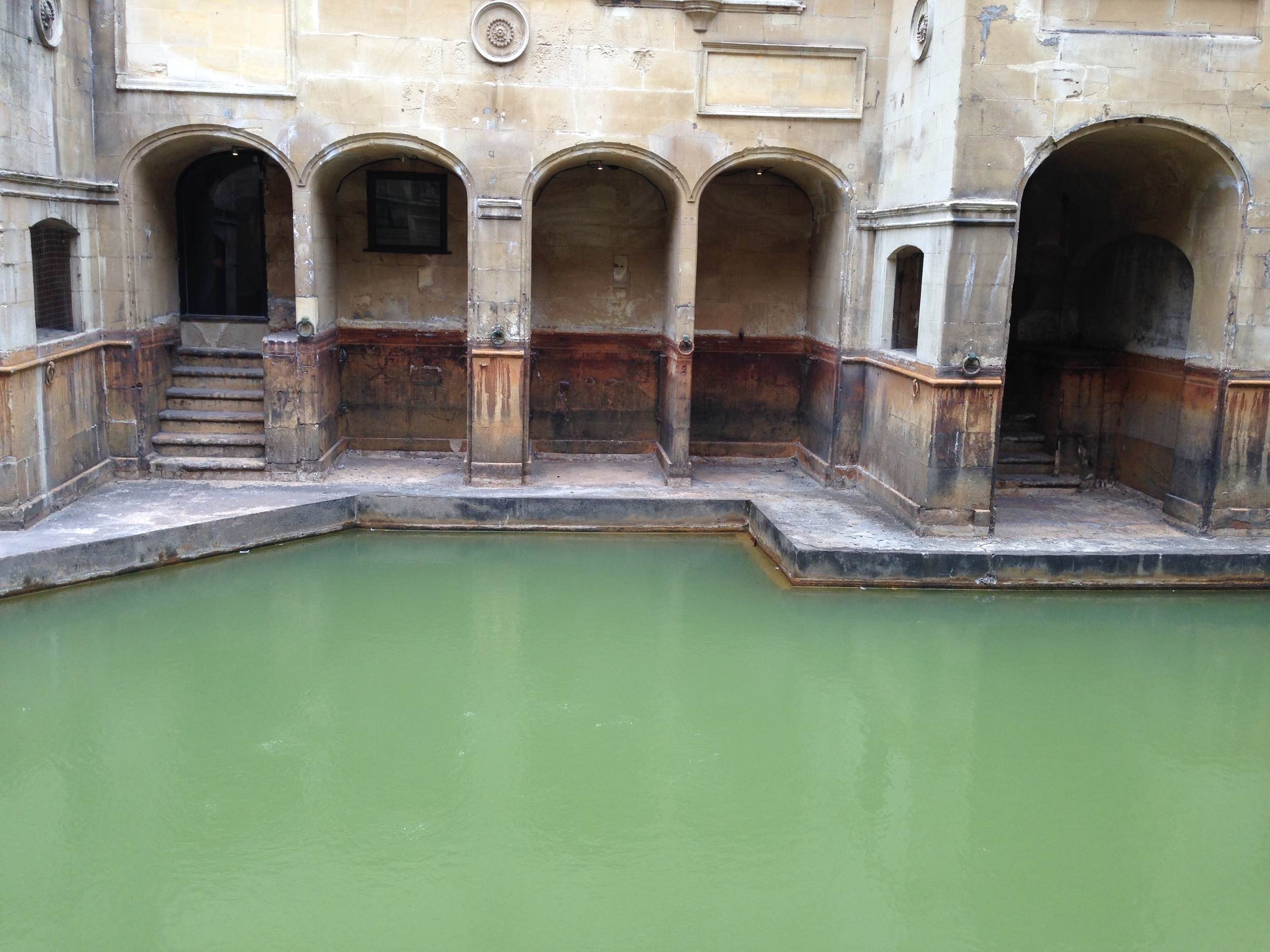
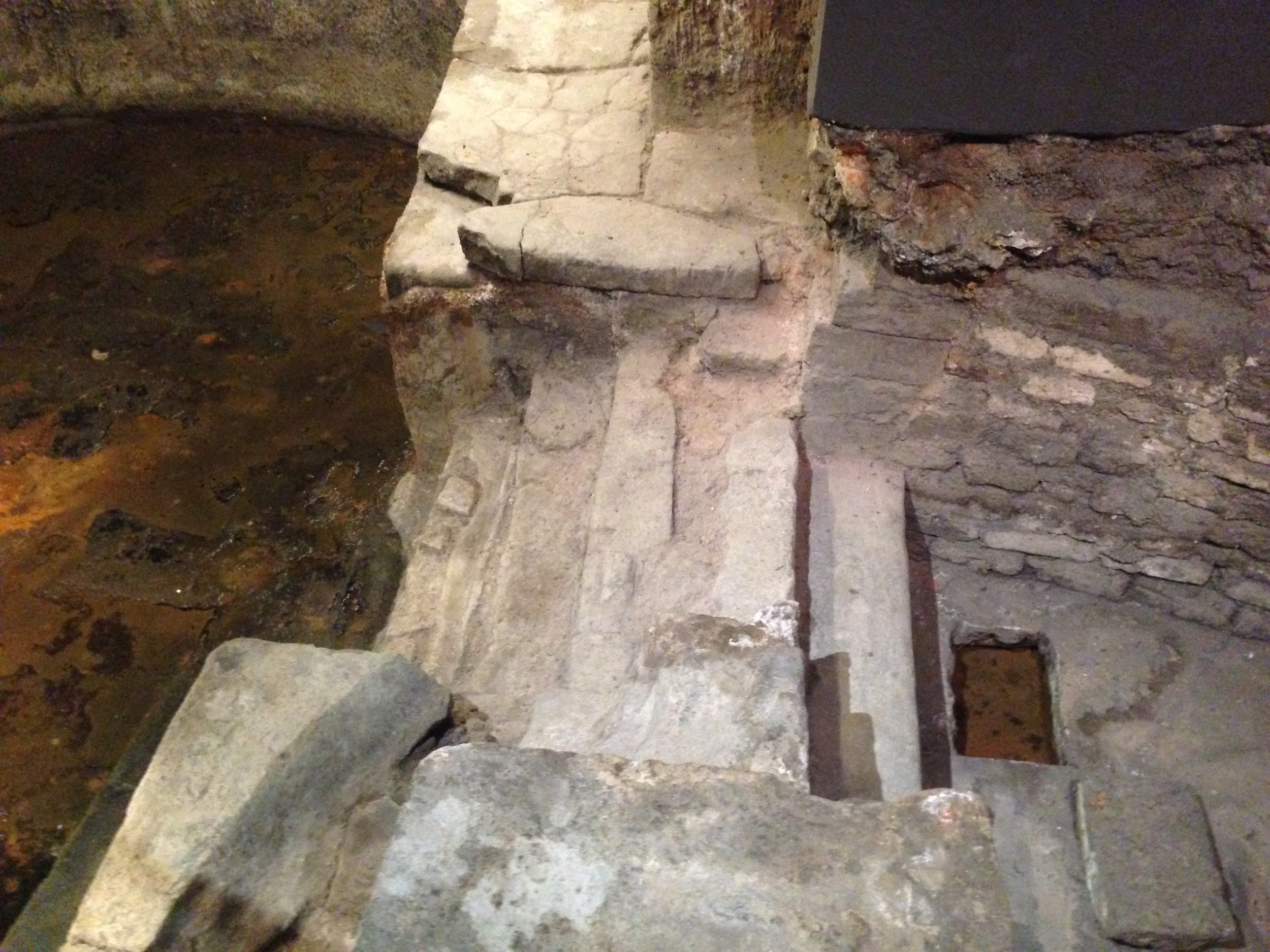
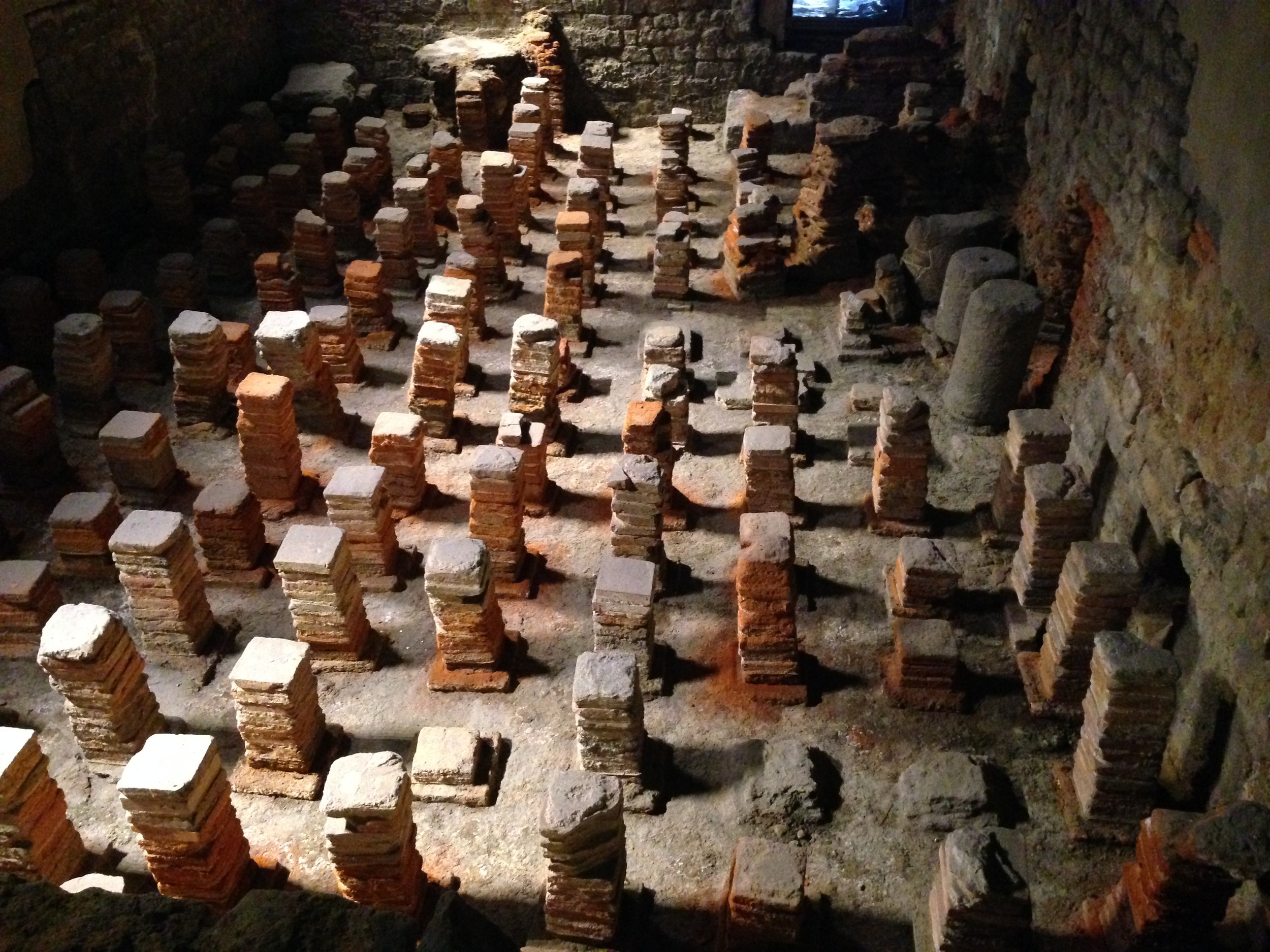
The Roman Baths are stunning. The ancient architecture and artifacts are amazing to look at, even if you're not a history buff. We took so many pictures and spent at least four hours there - it was well worth the time. Some of it is underground, but some of it is outside - so make sure you dress appropriately for the weather! The Roman Baths Museum is Bath's most popular attraction, so get there early in the day and plan to be there a while - everyone should see the Roman Baths at least once.
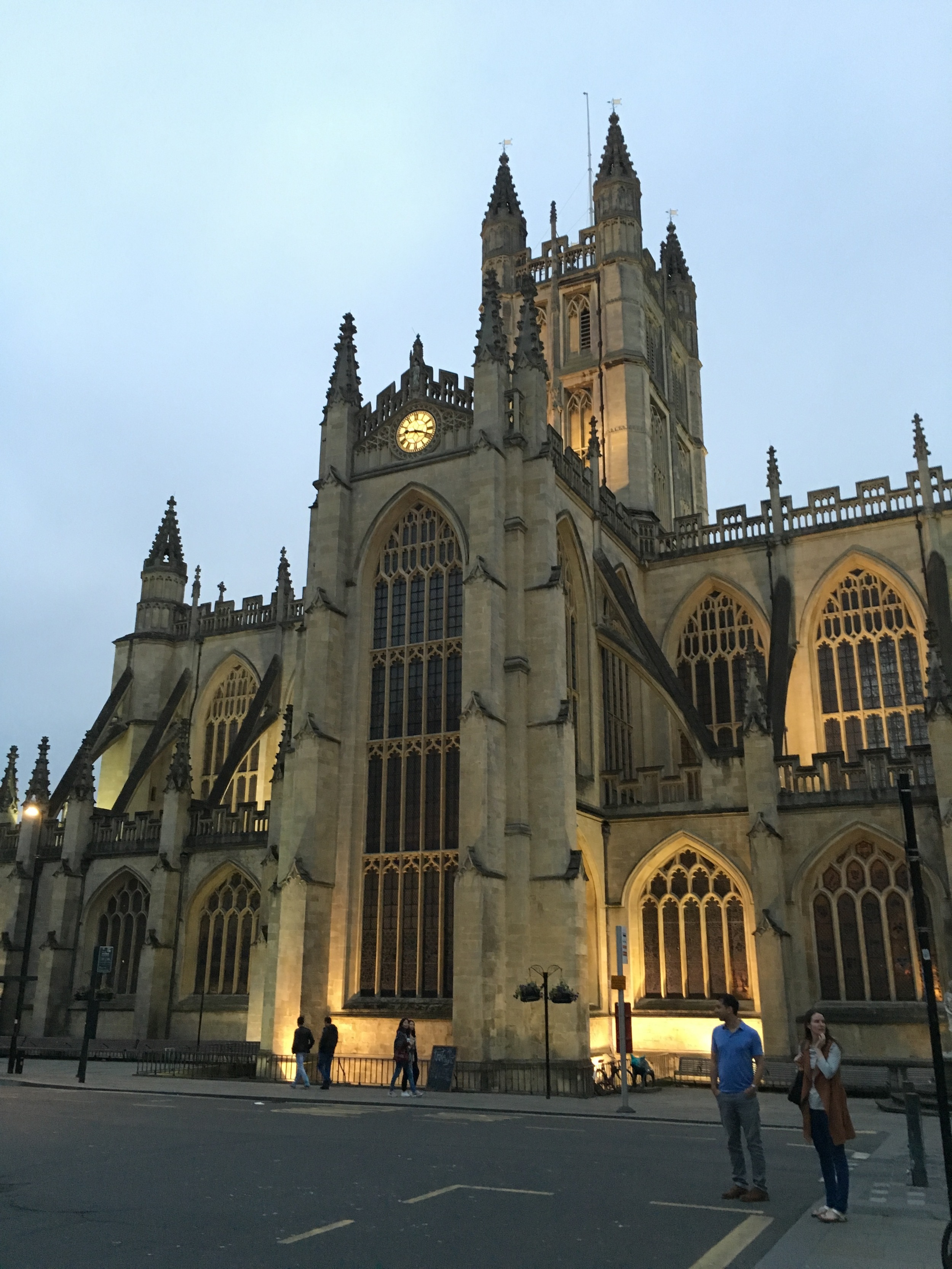
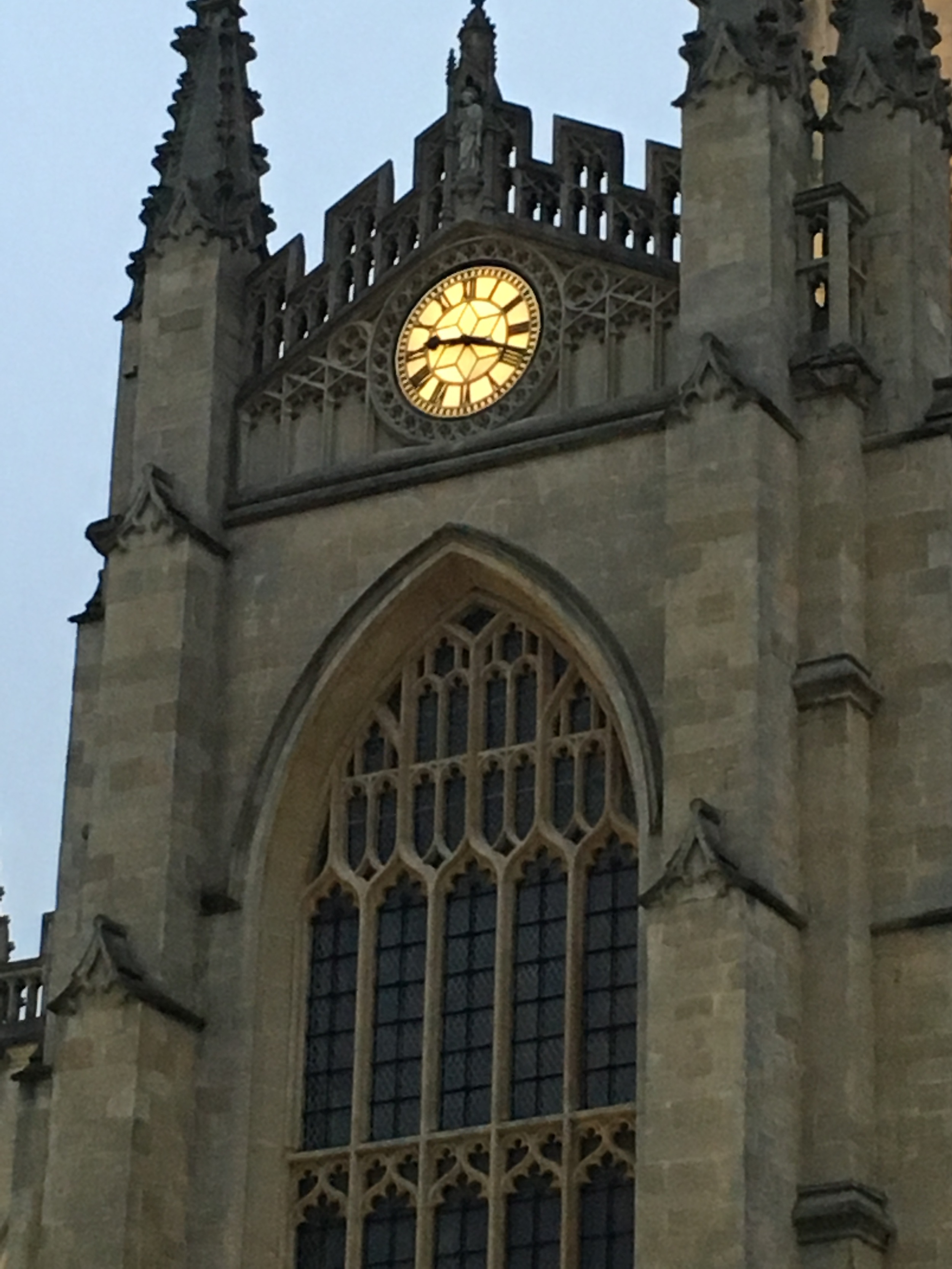

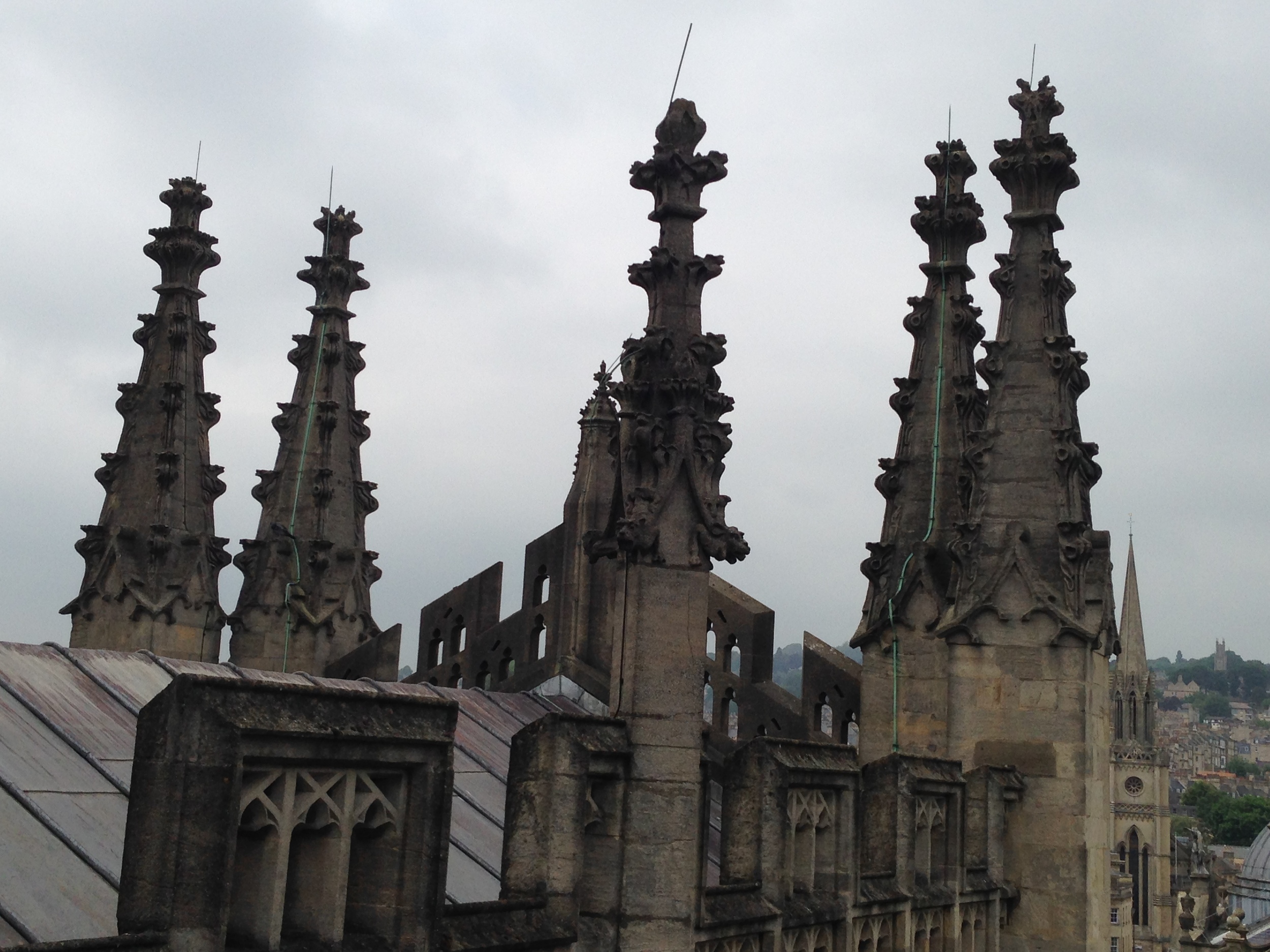
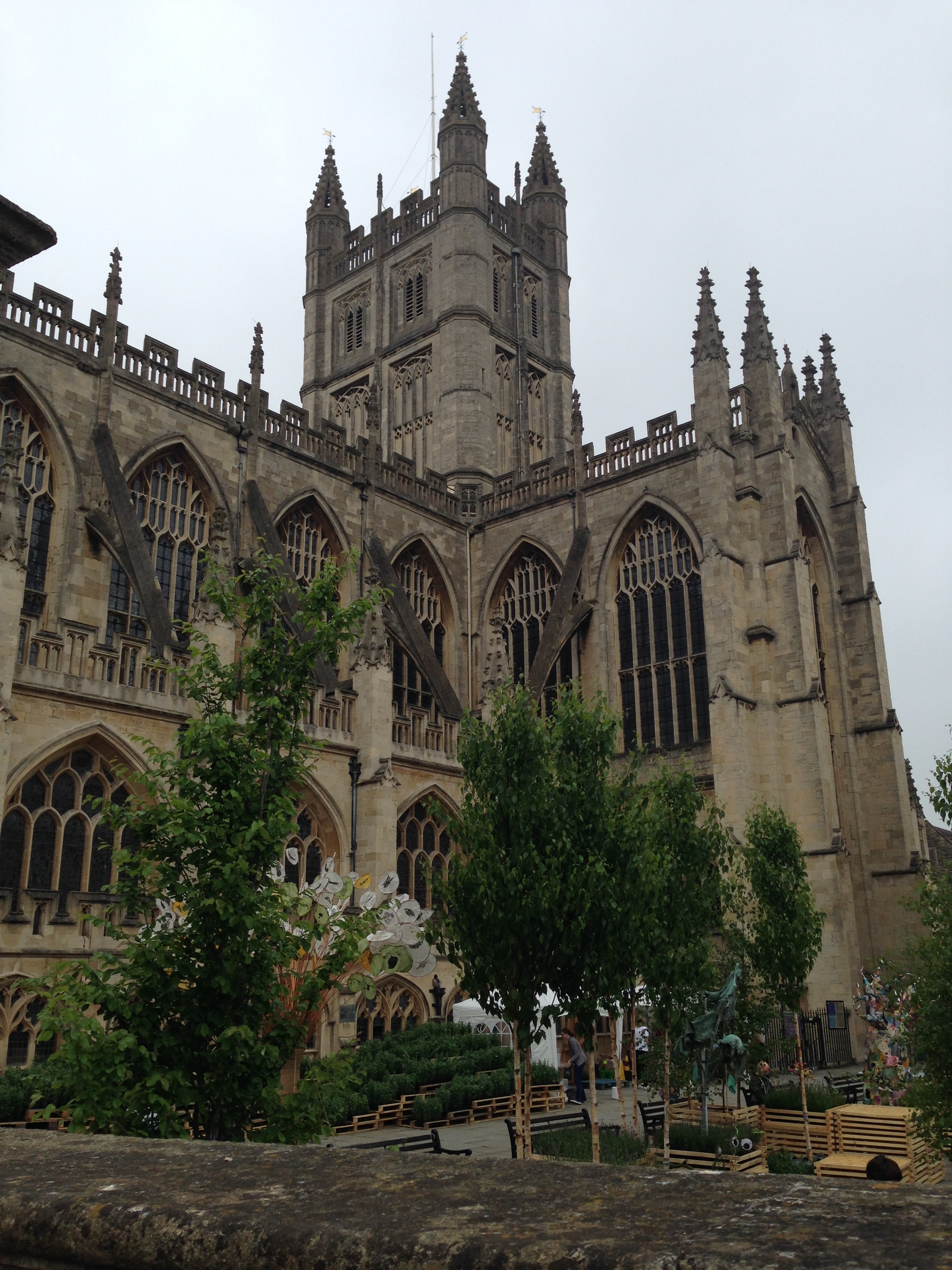
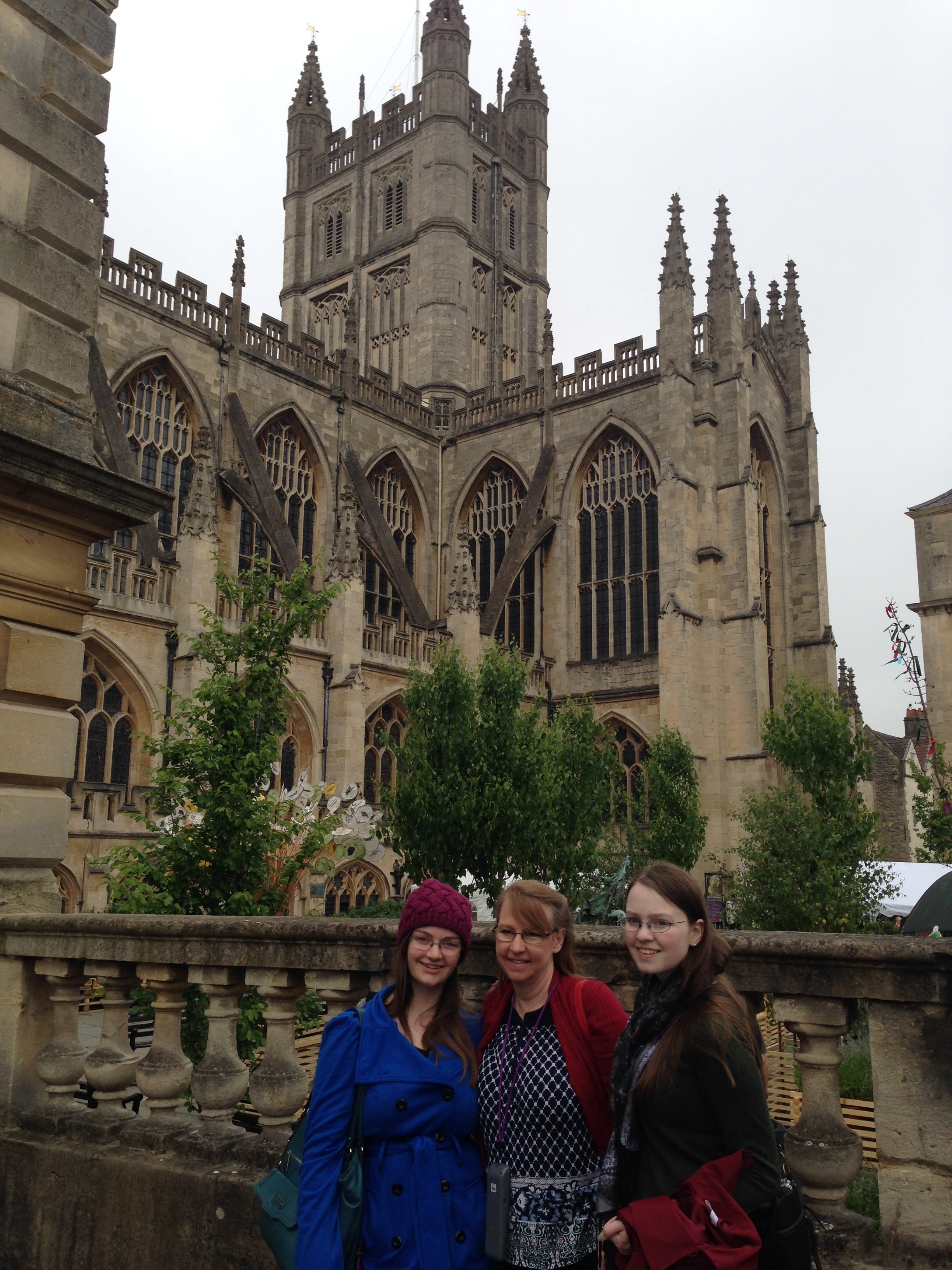

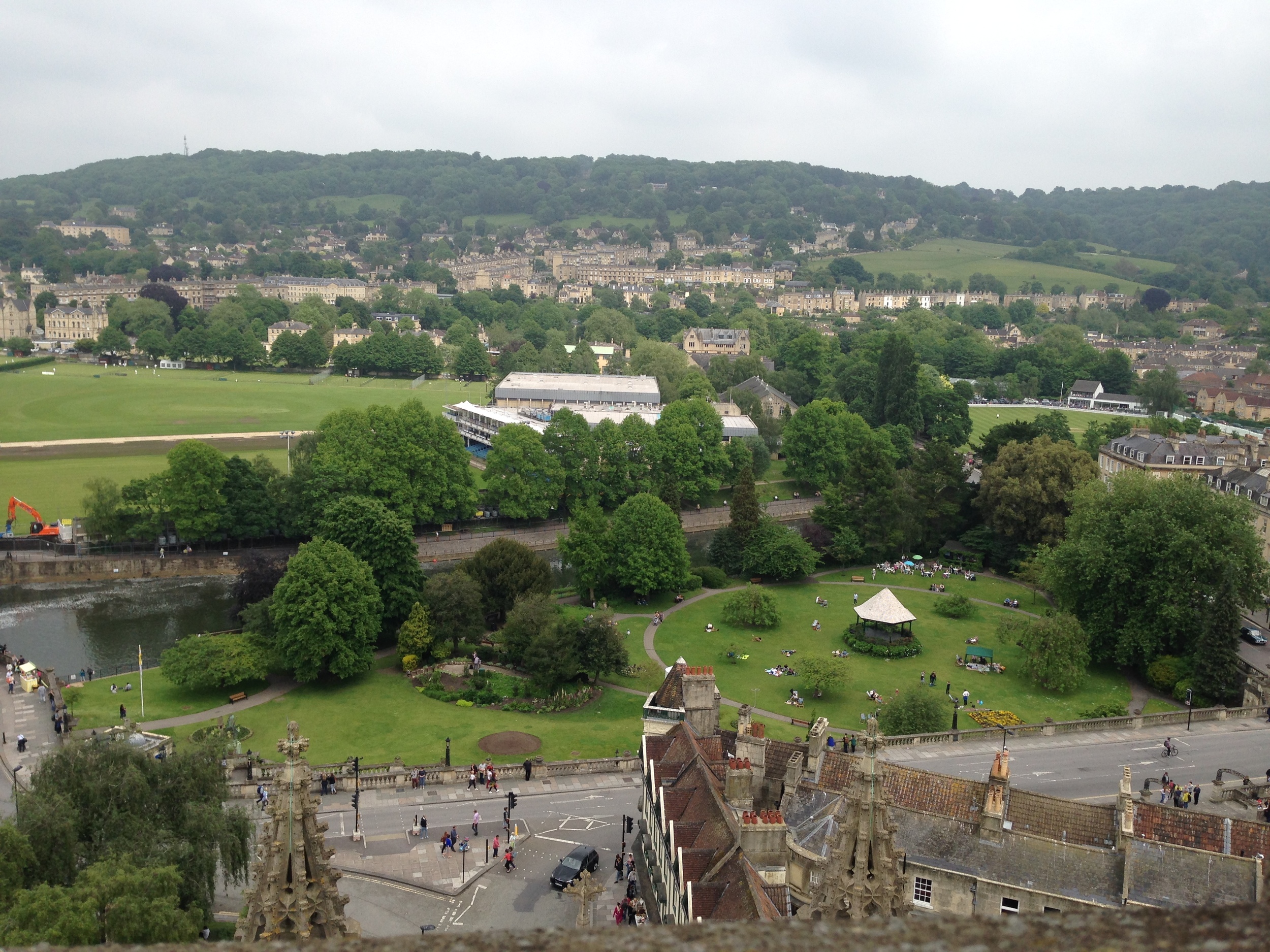
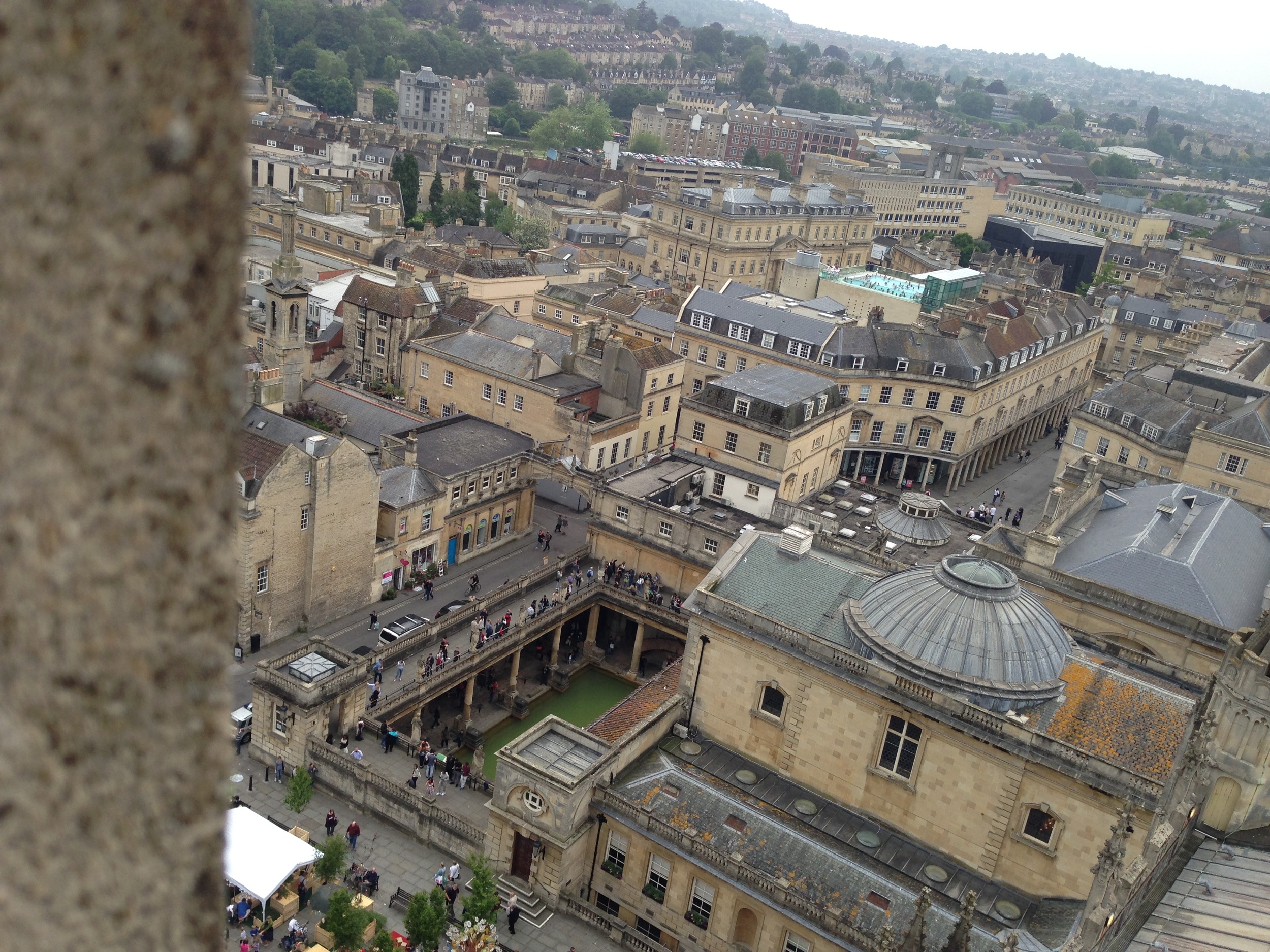
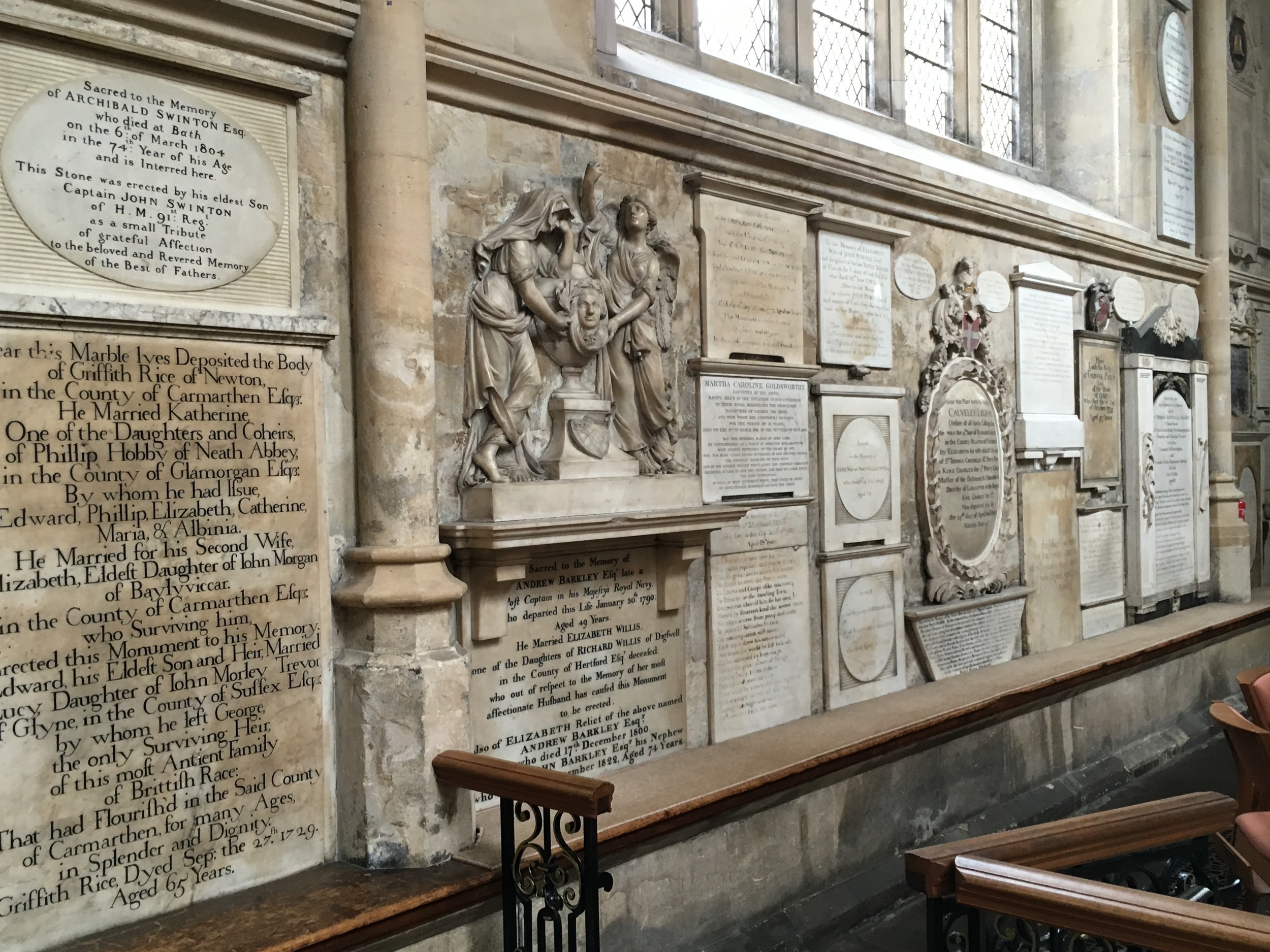
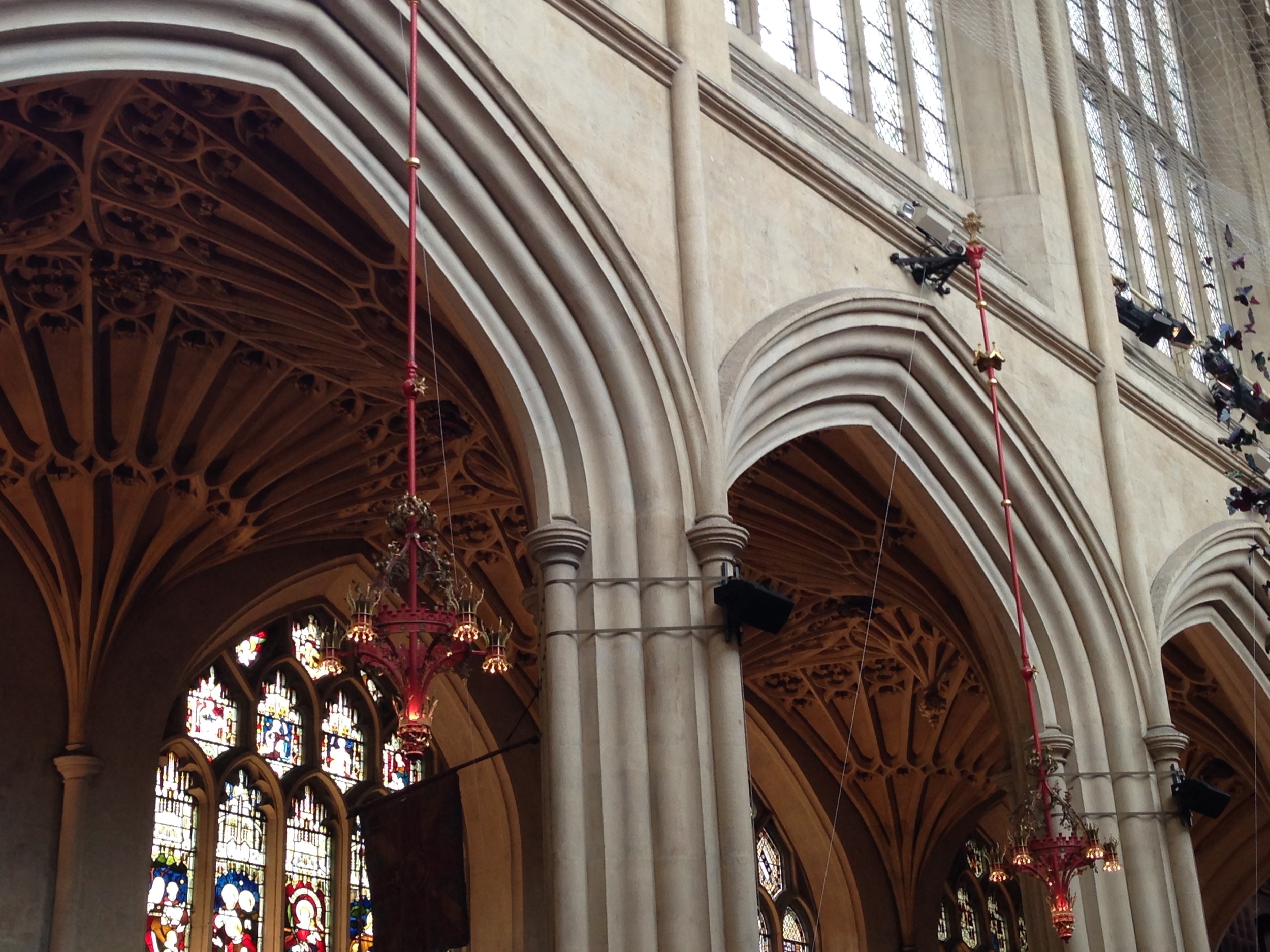
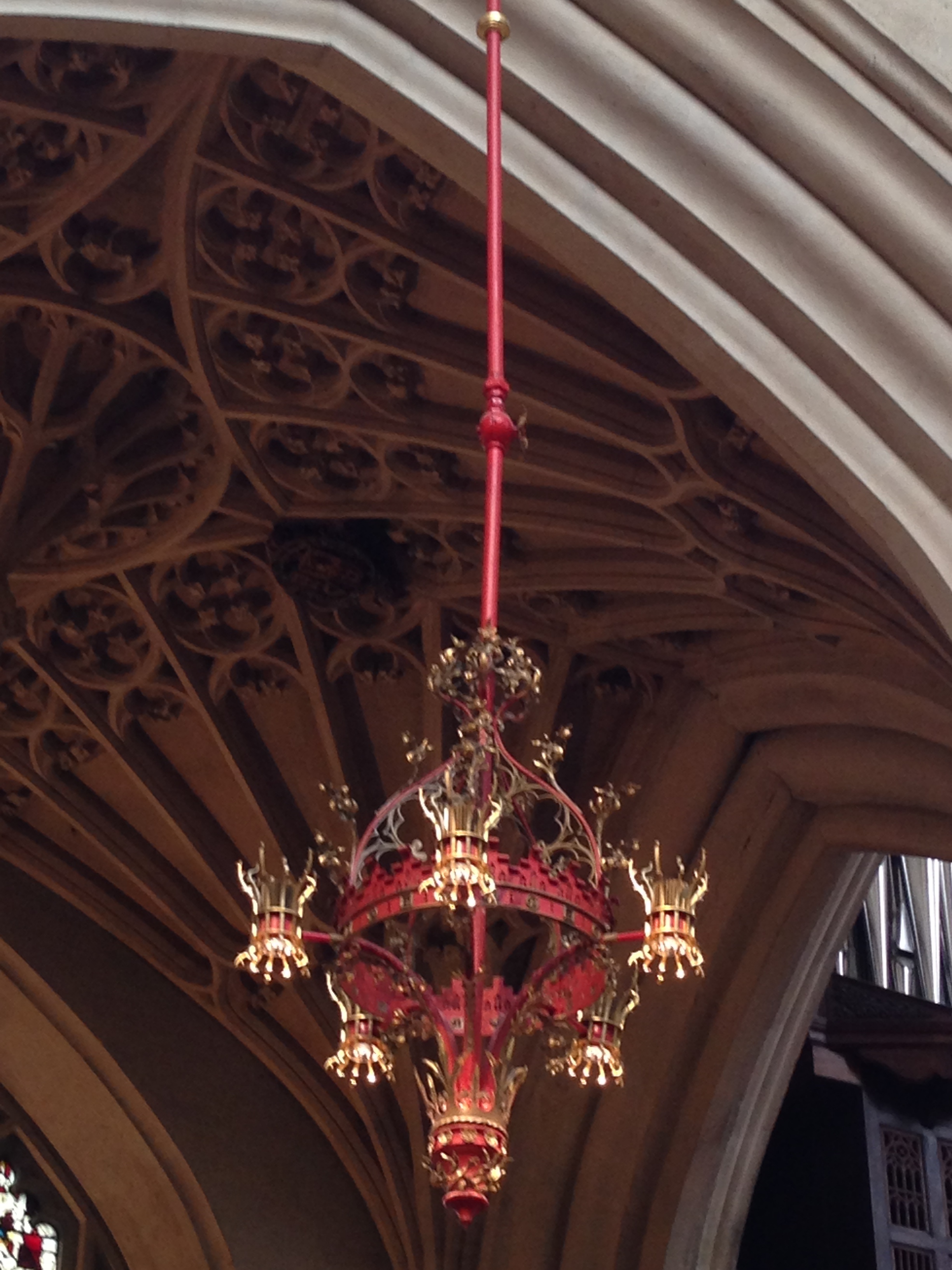
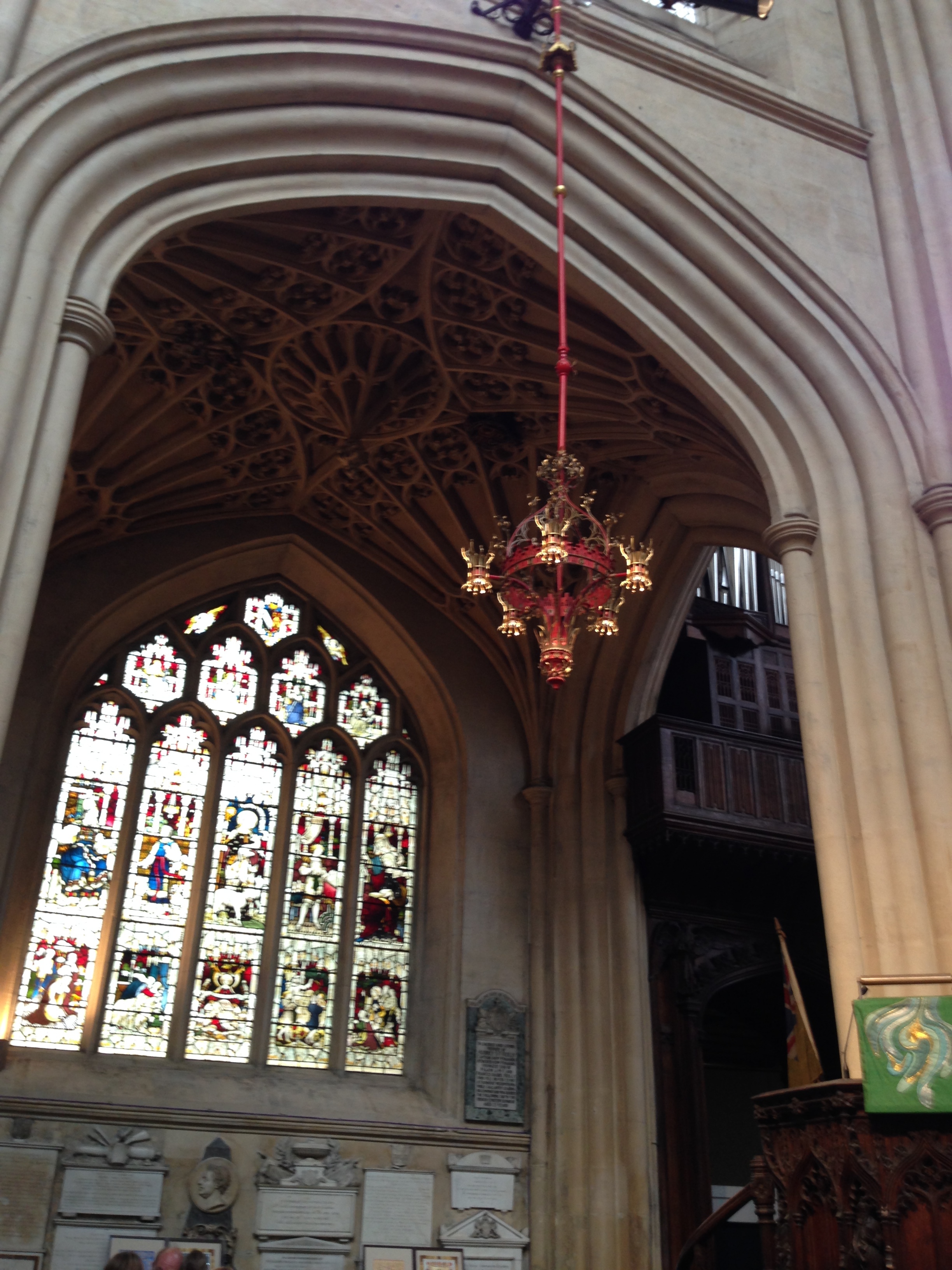
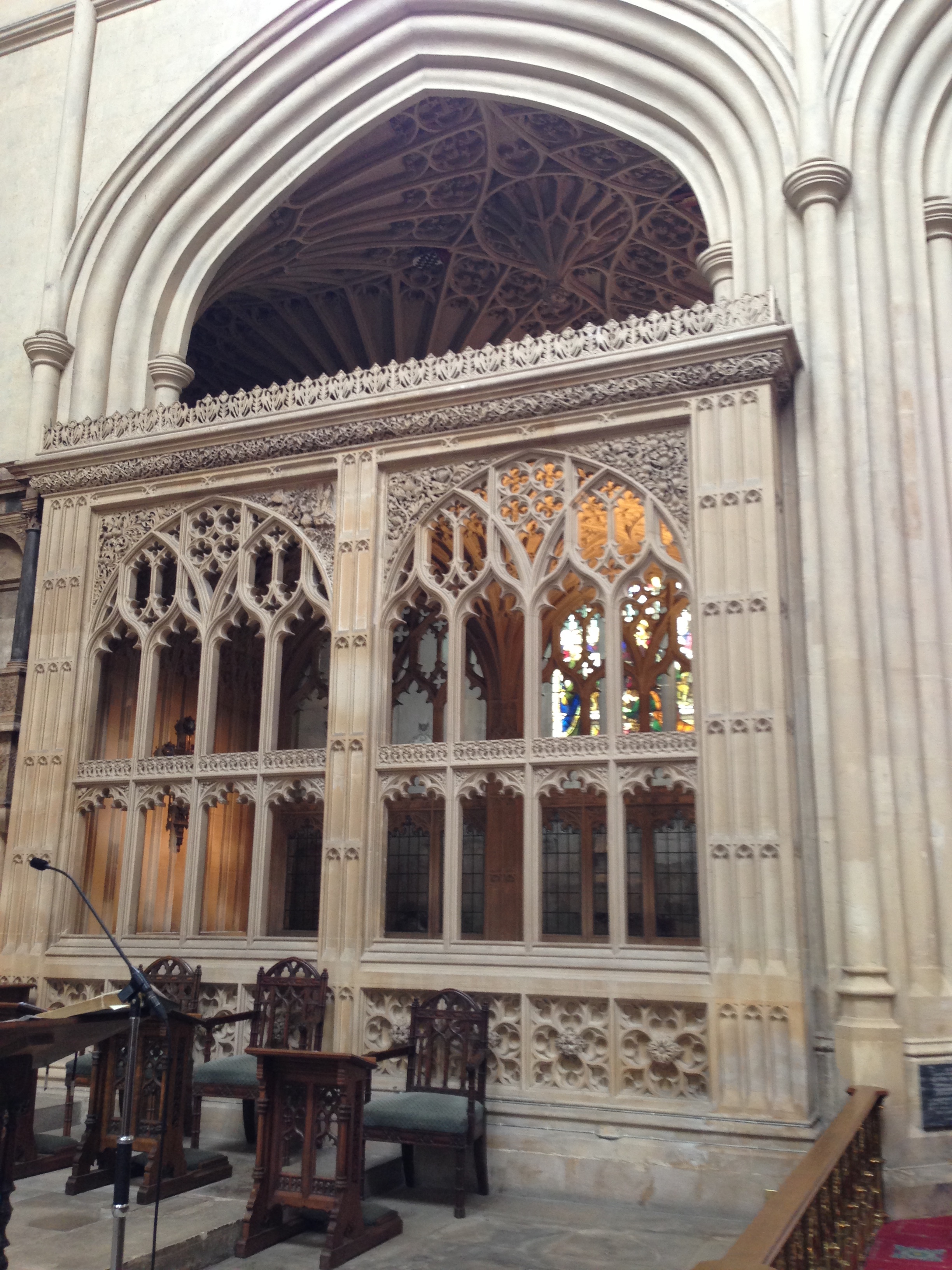
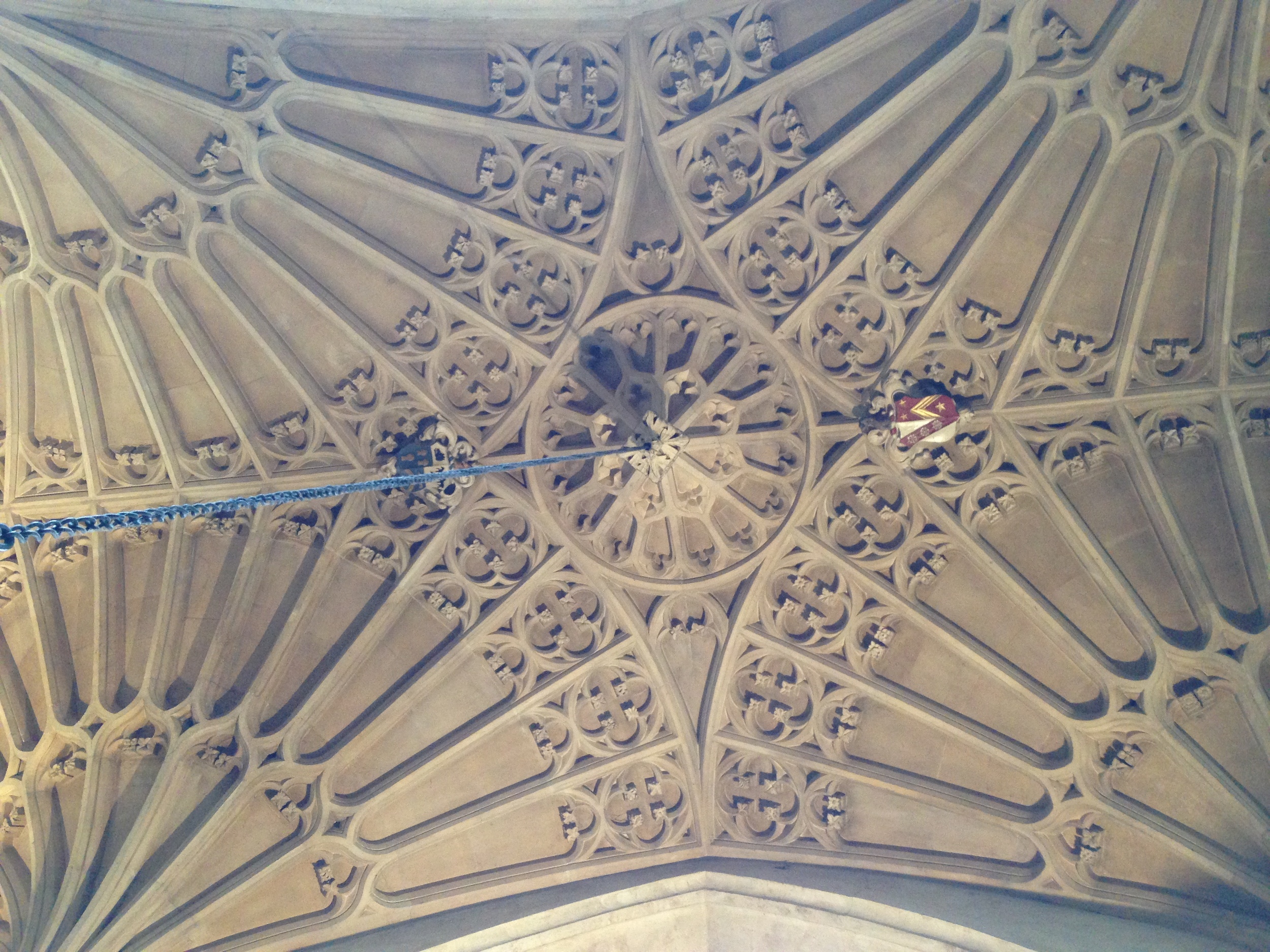
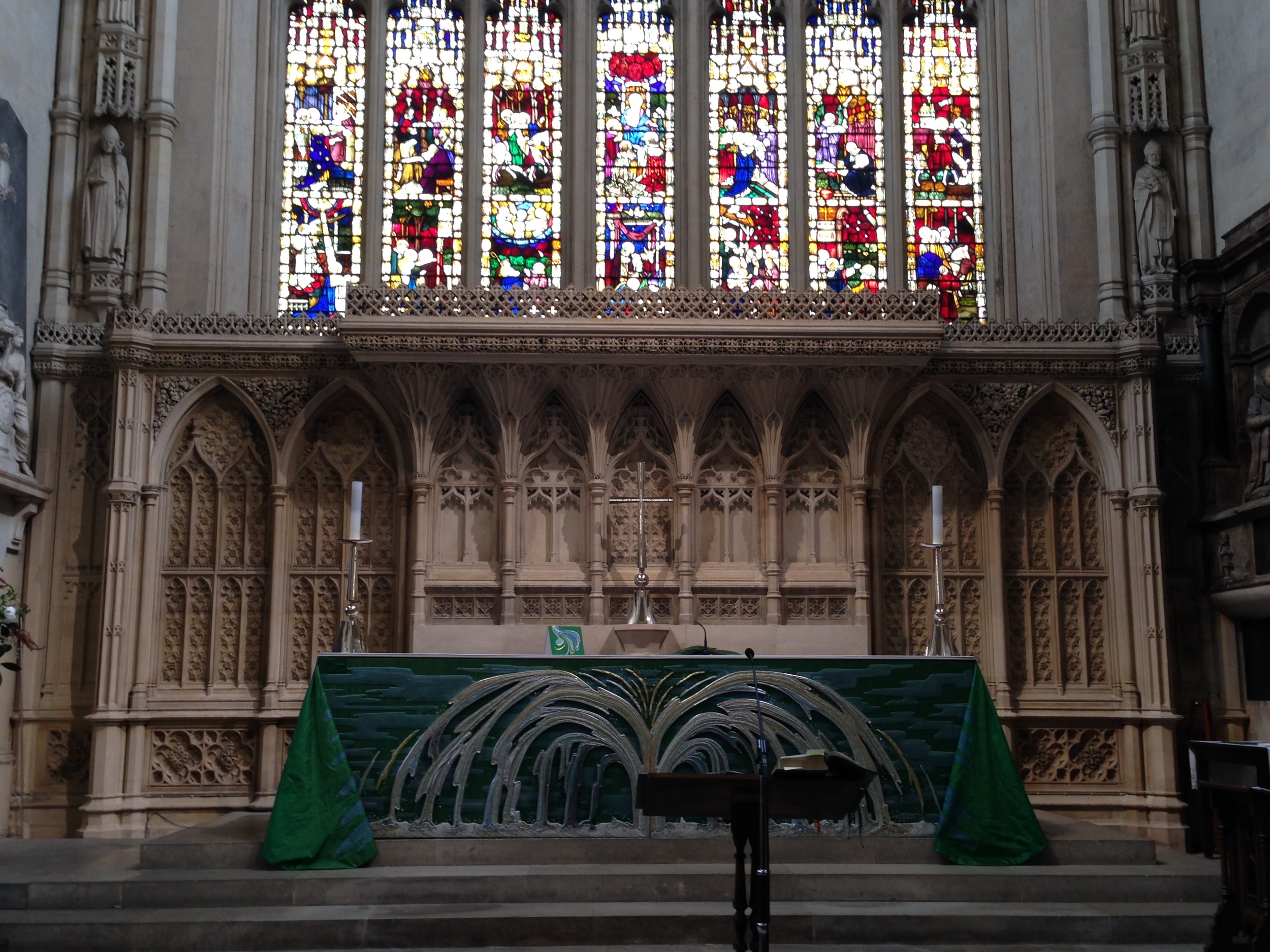
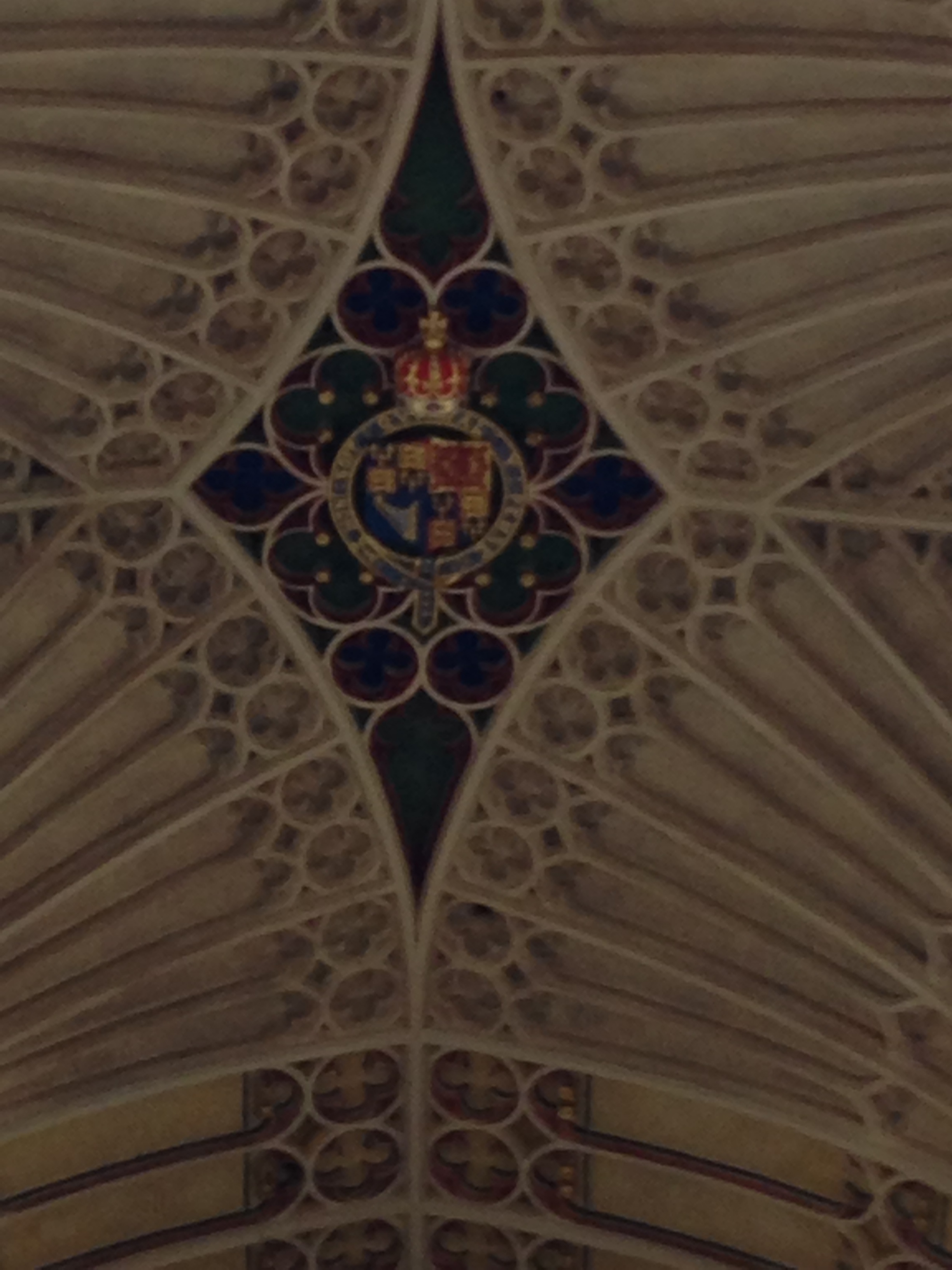
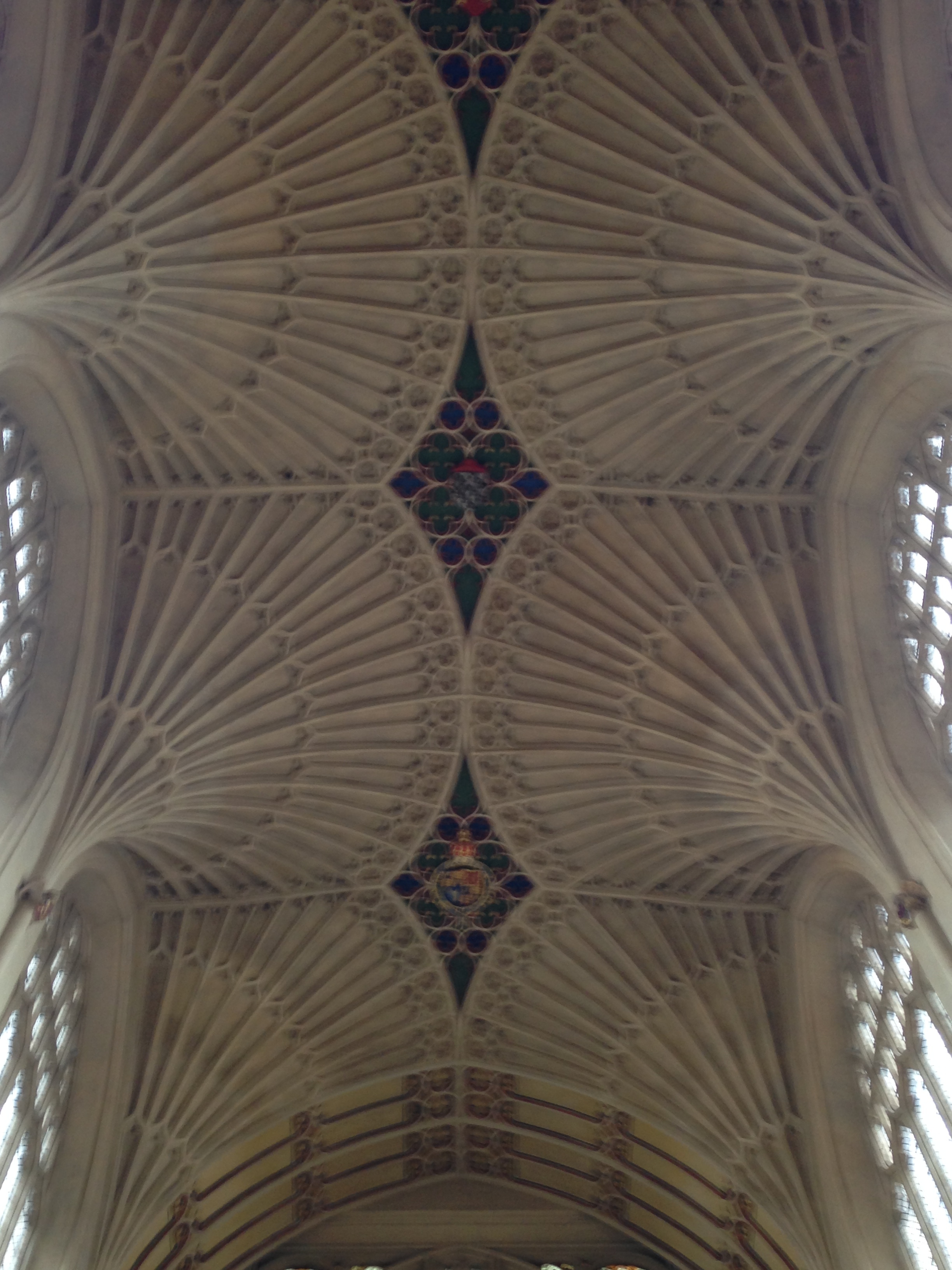
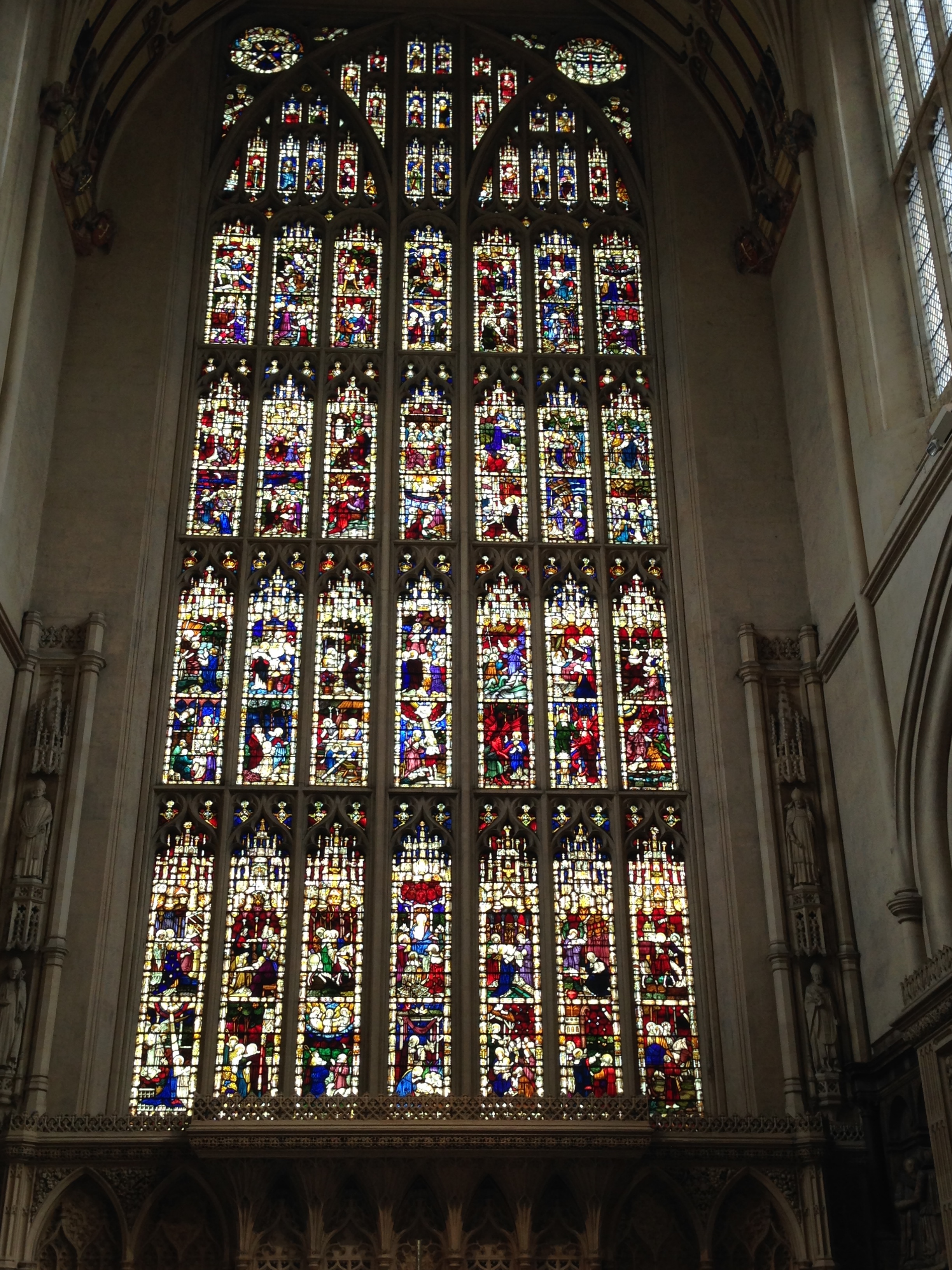
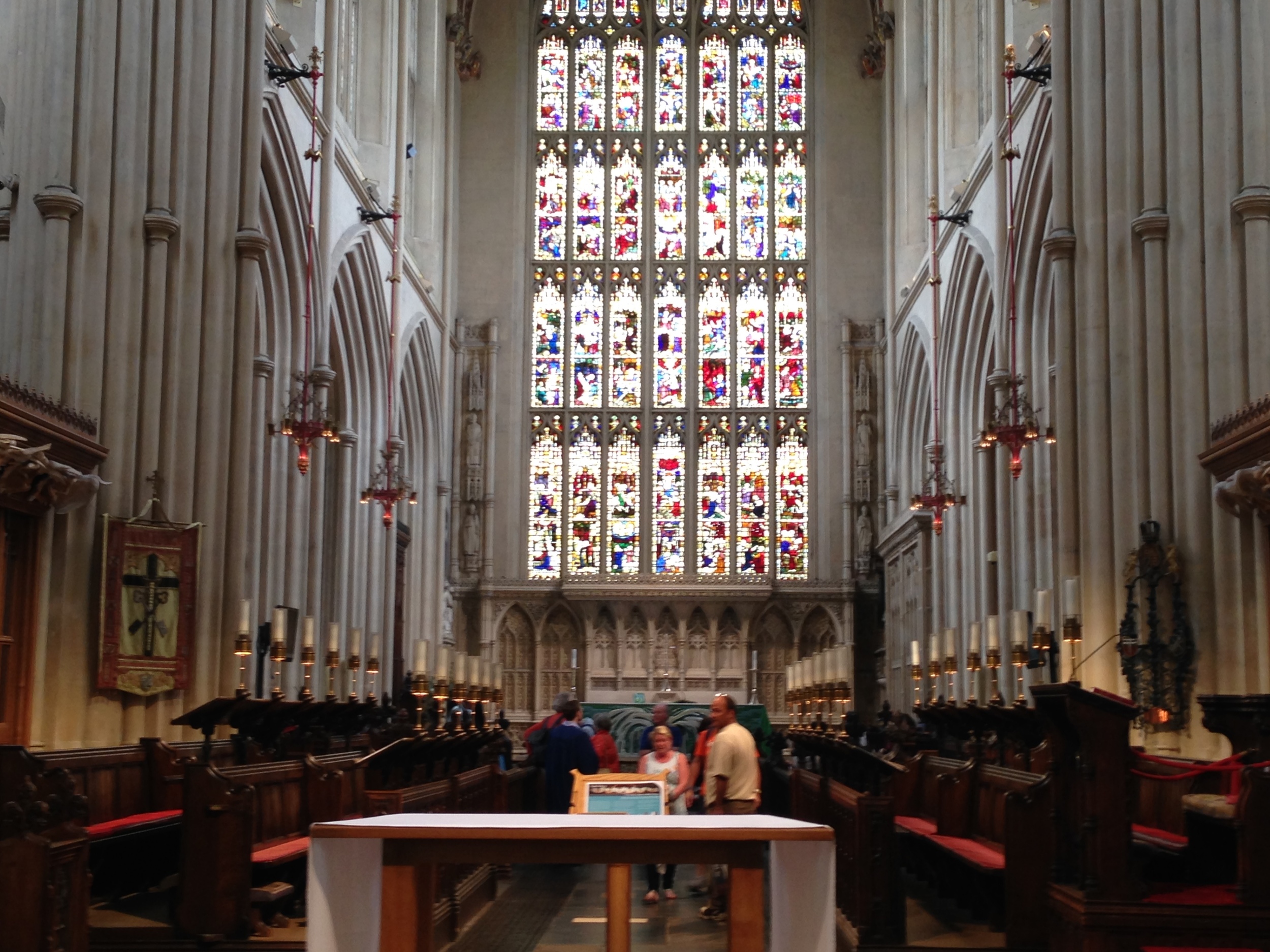
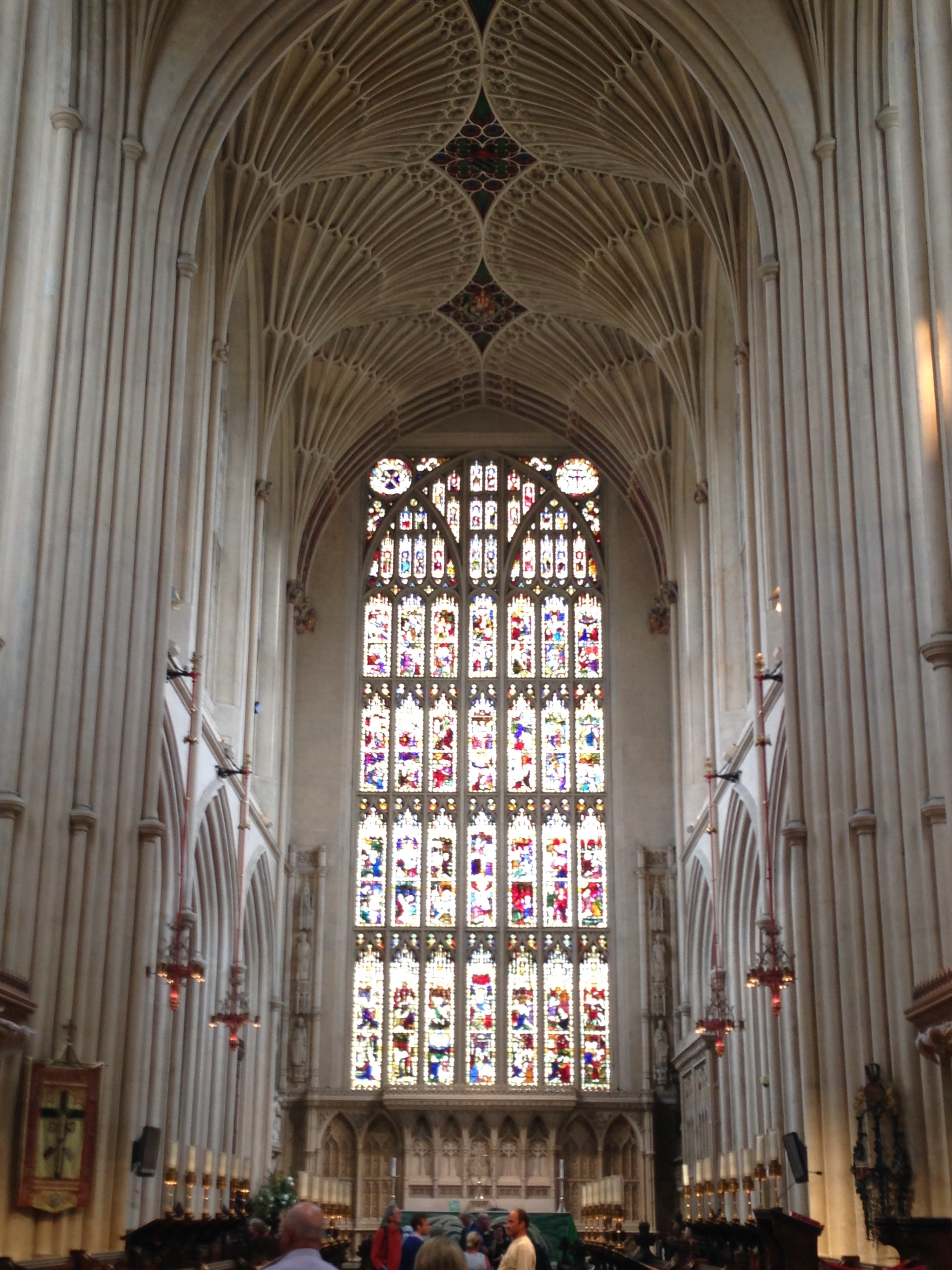
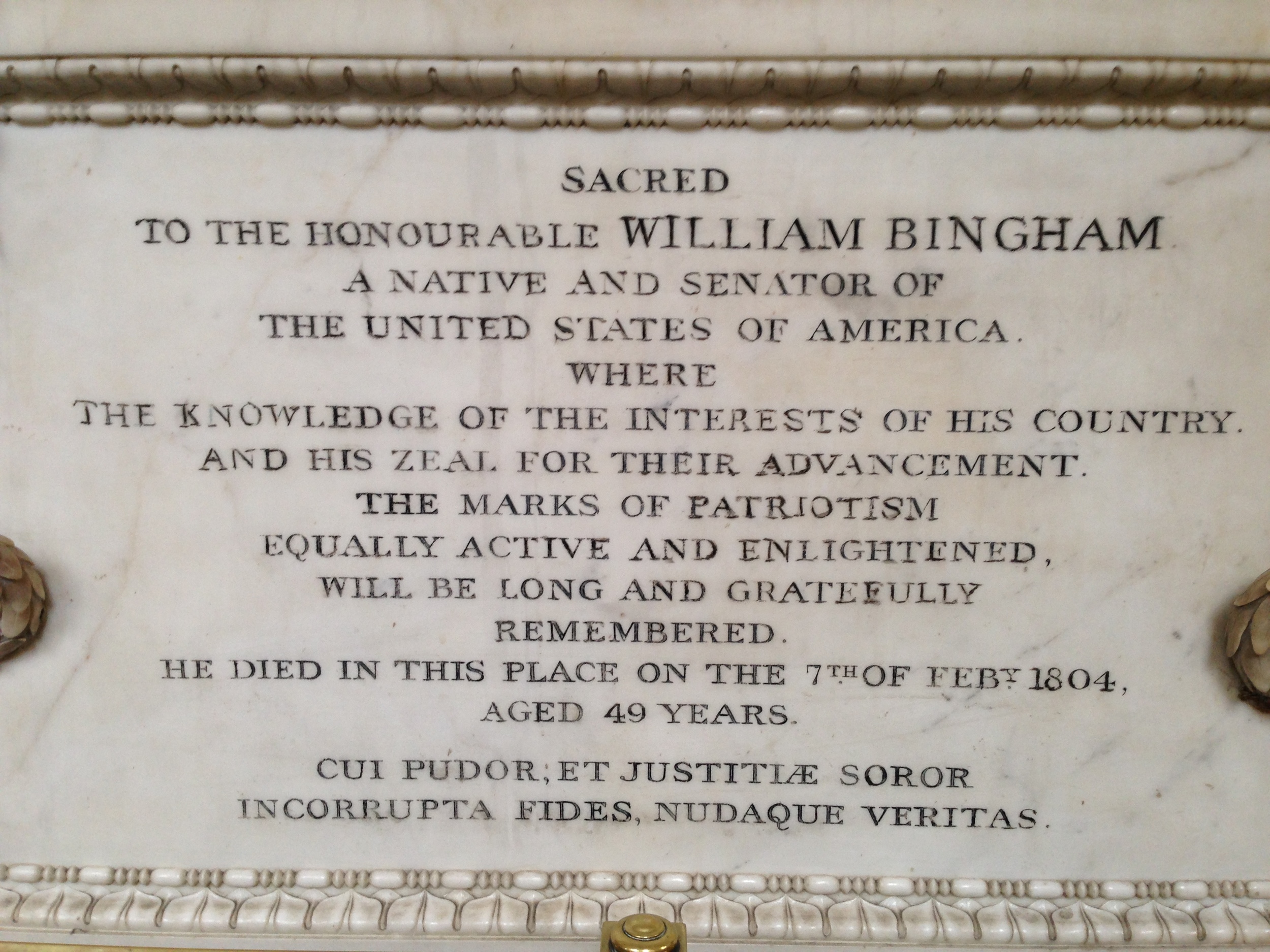
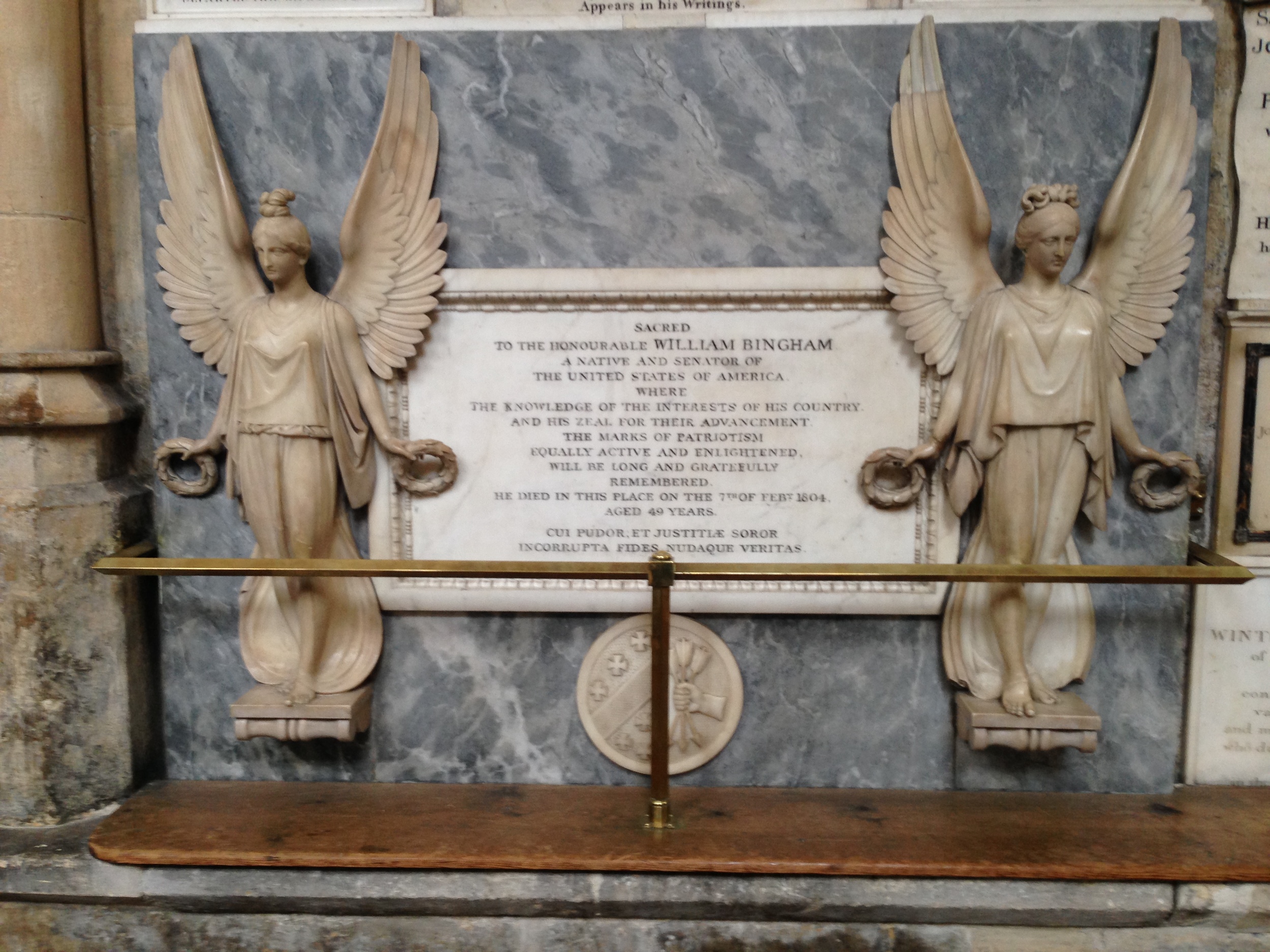
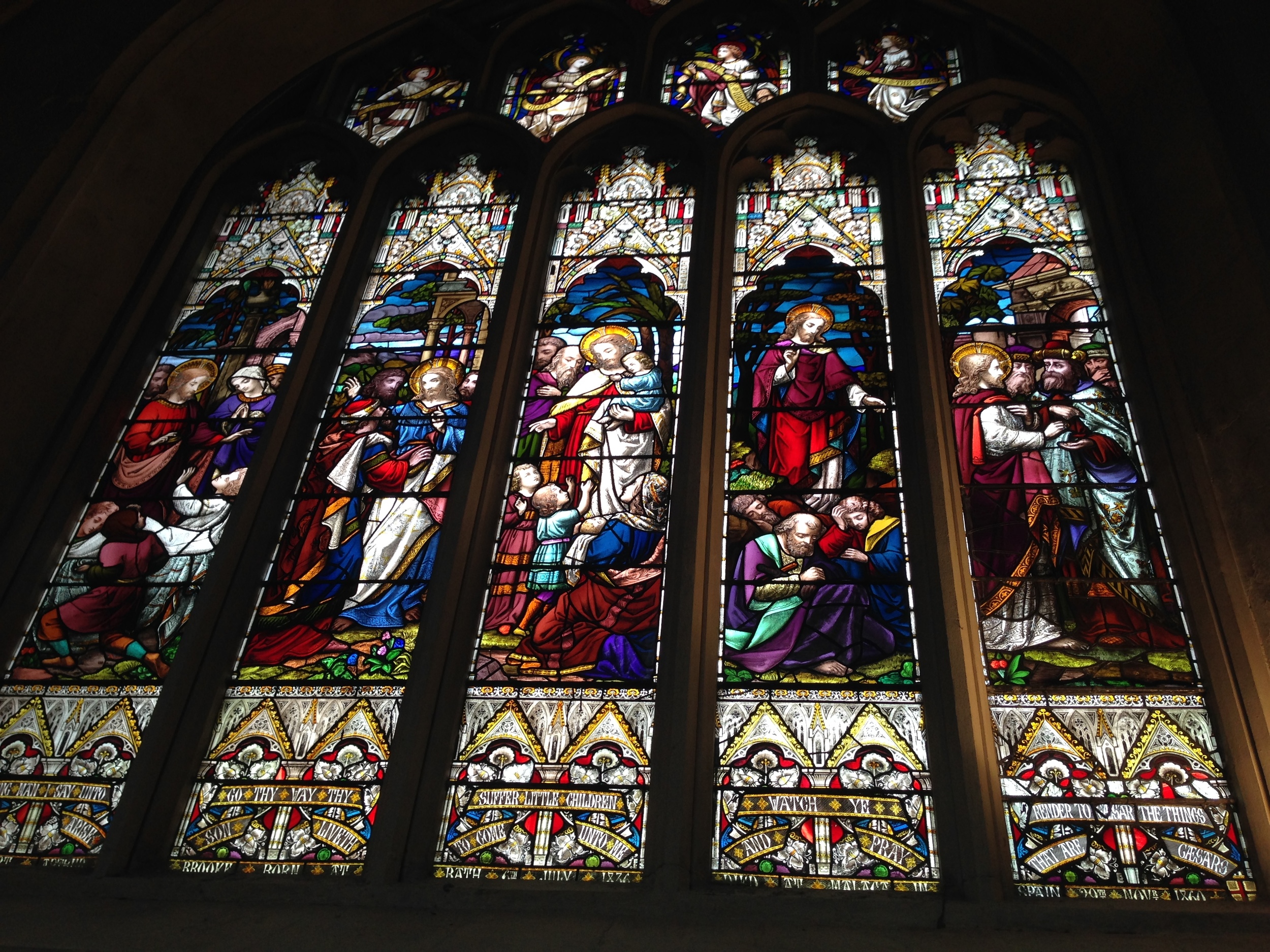
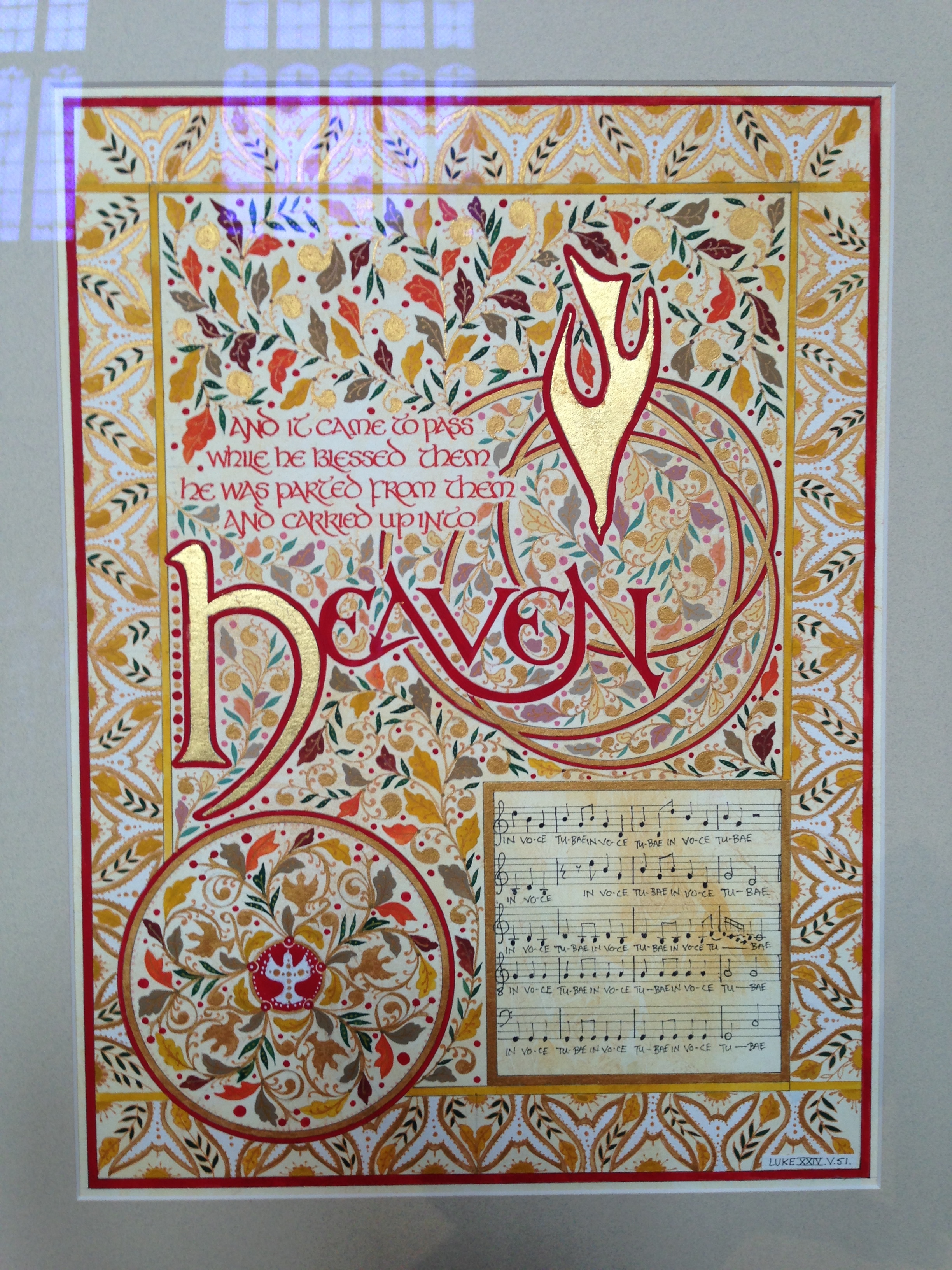
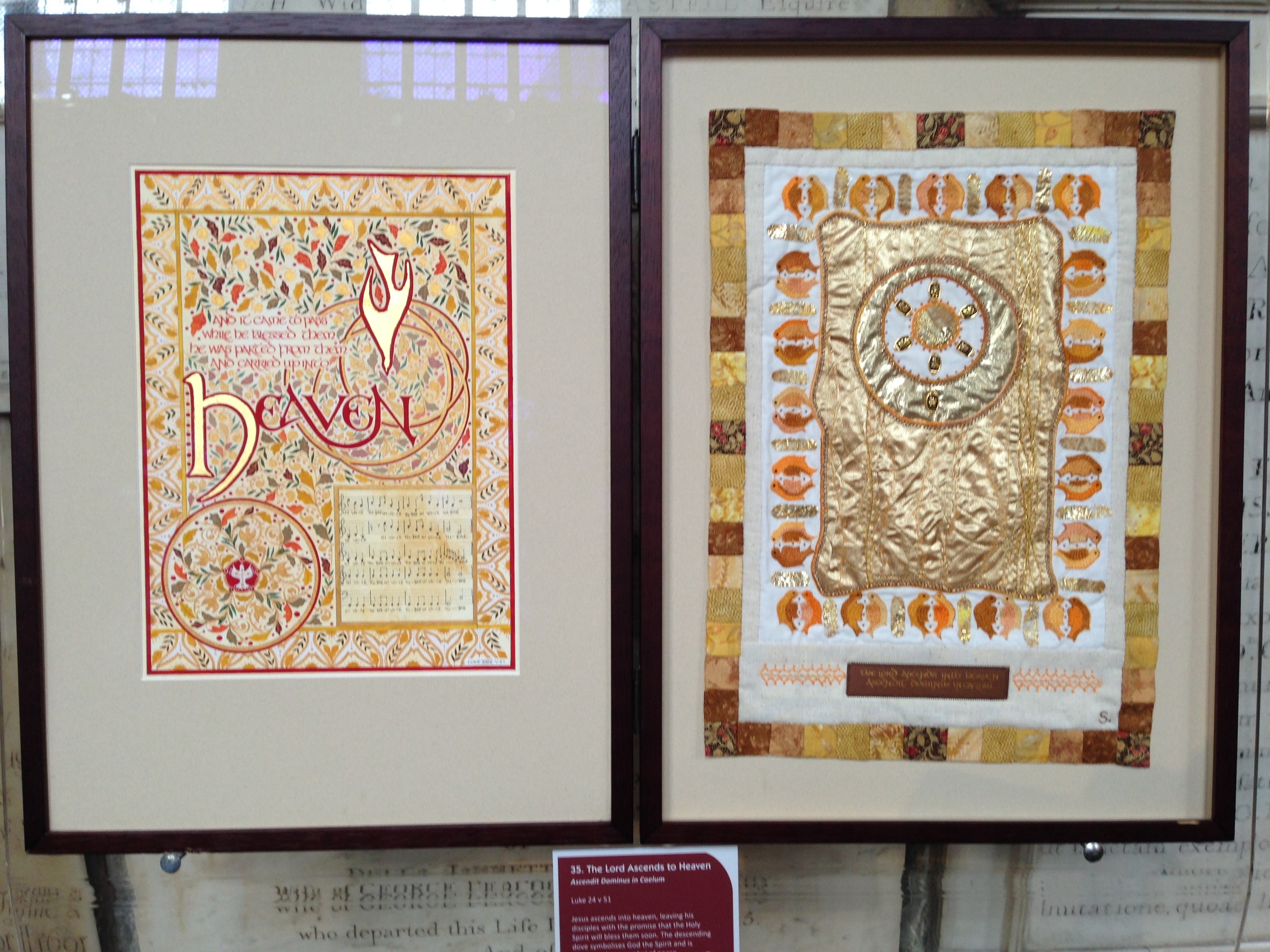
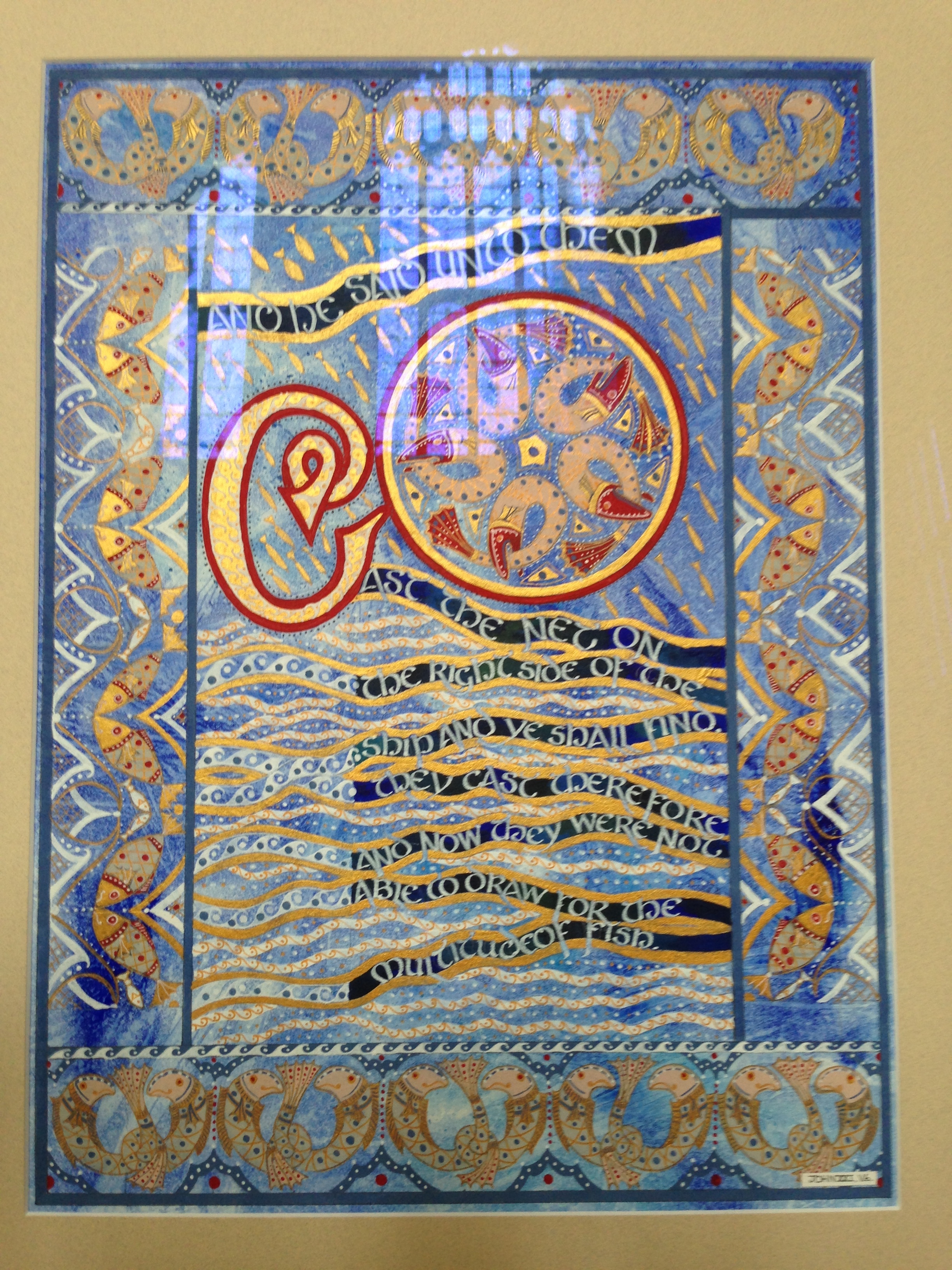
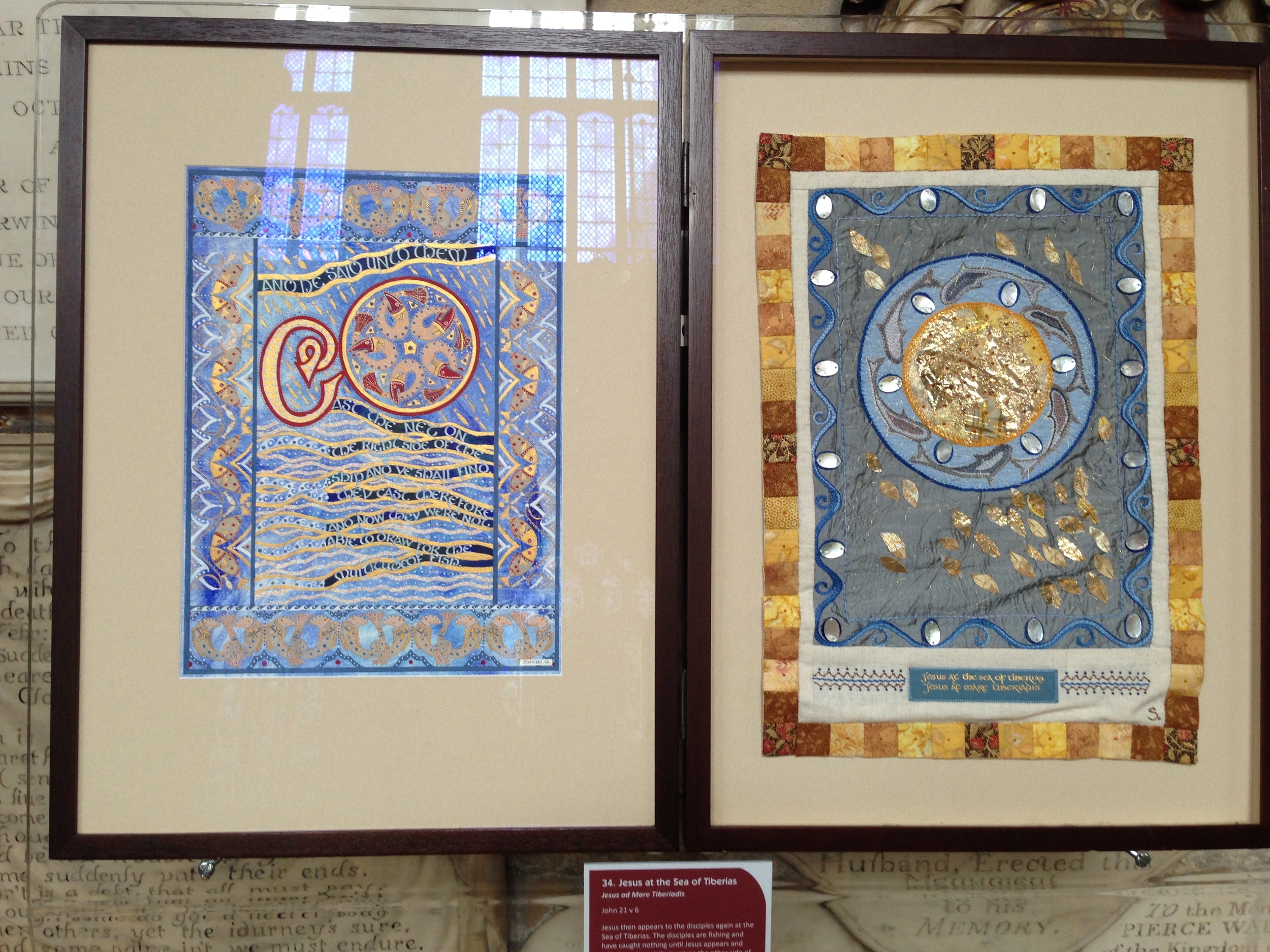
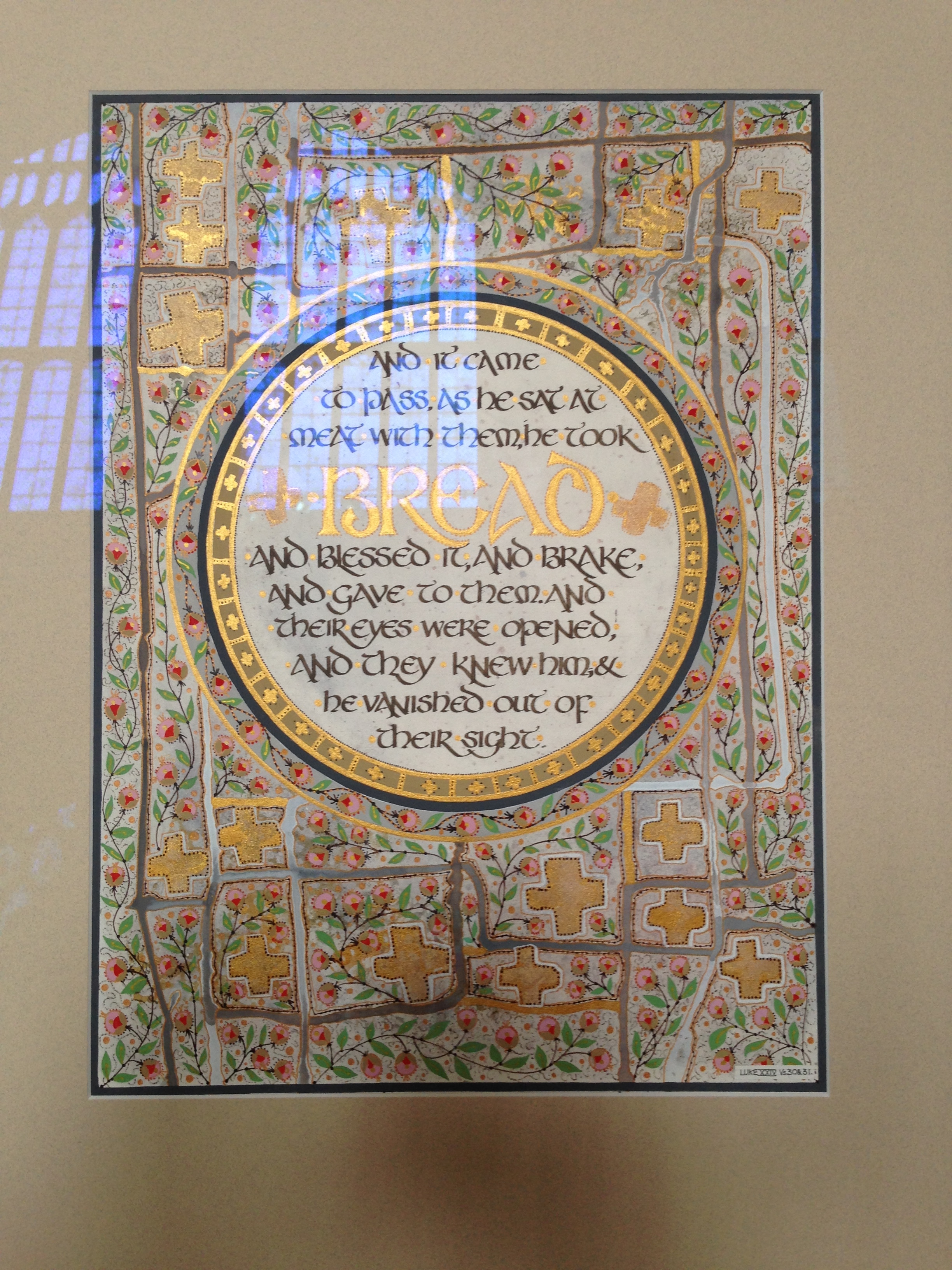
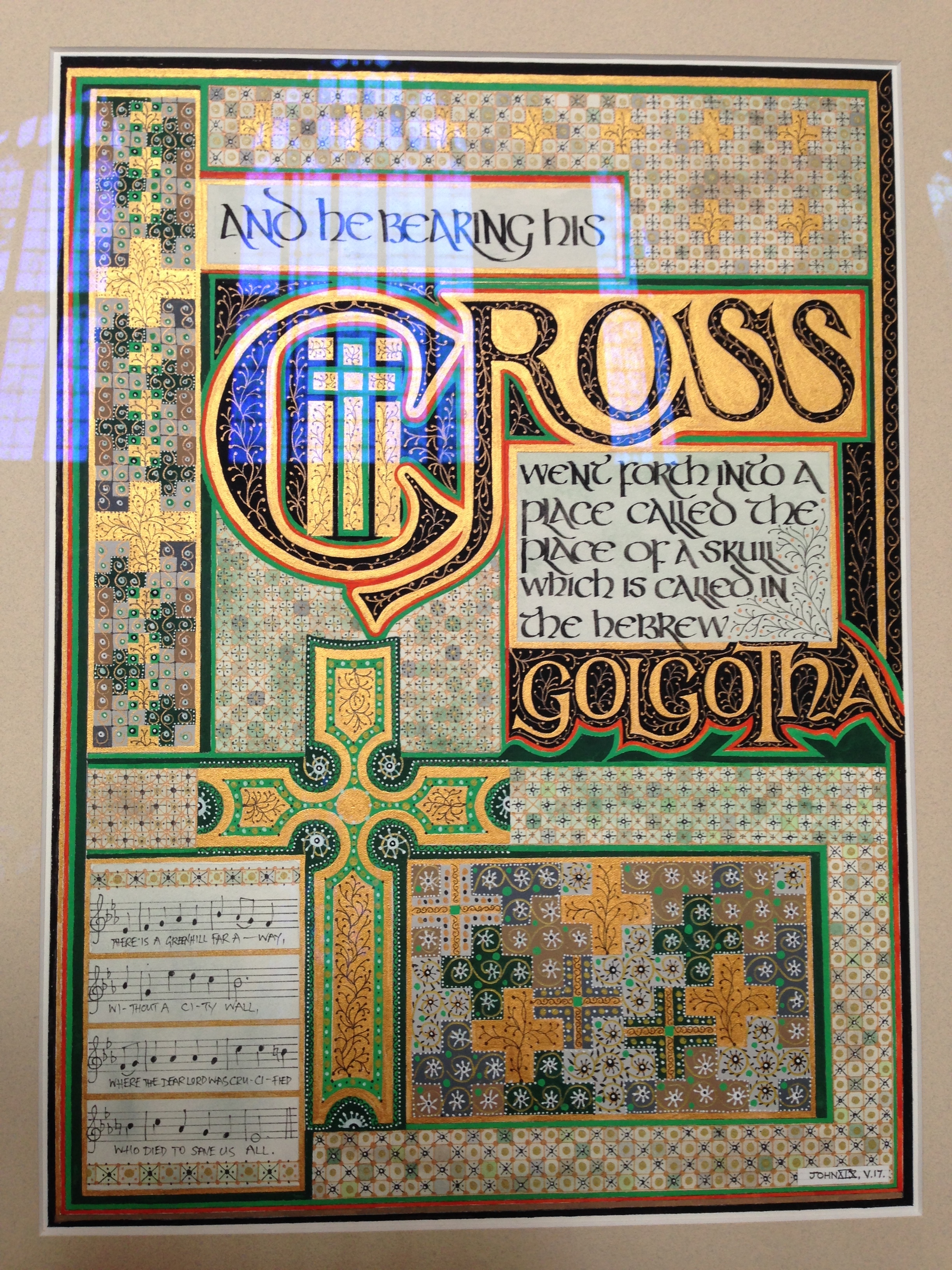
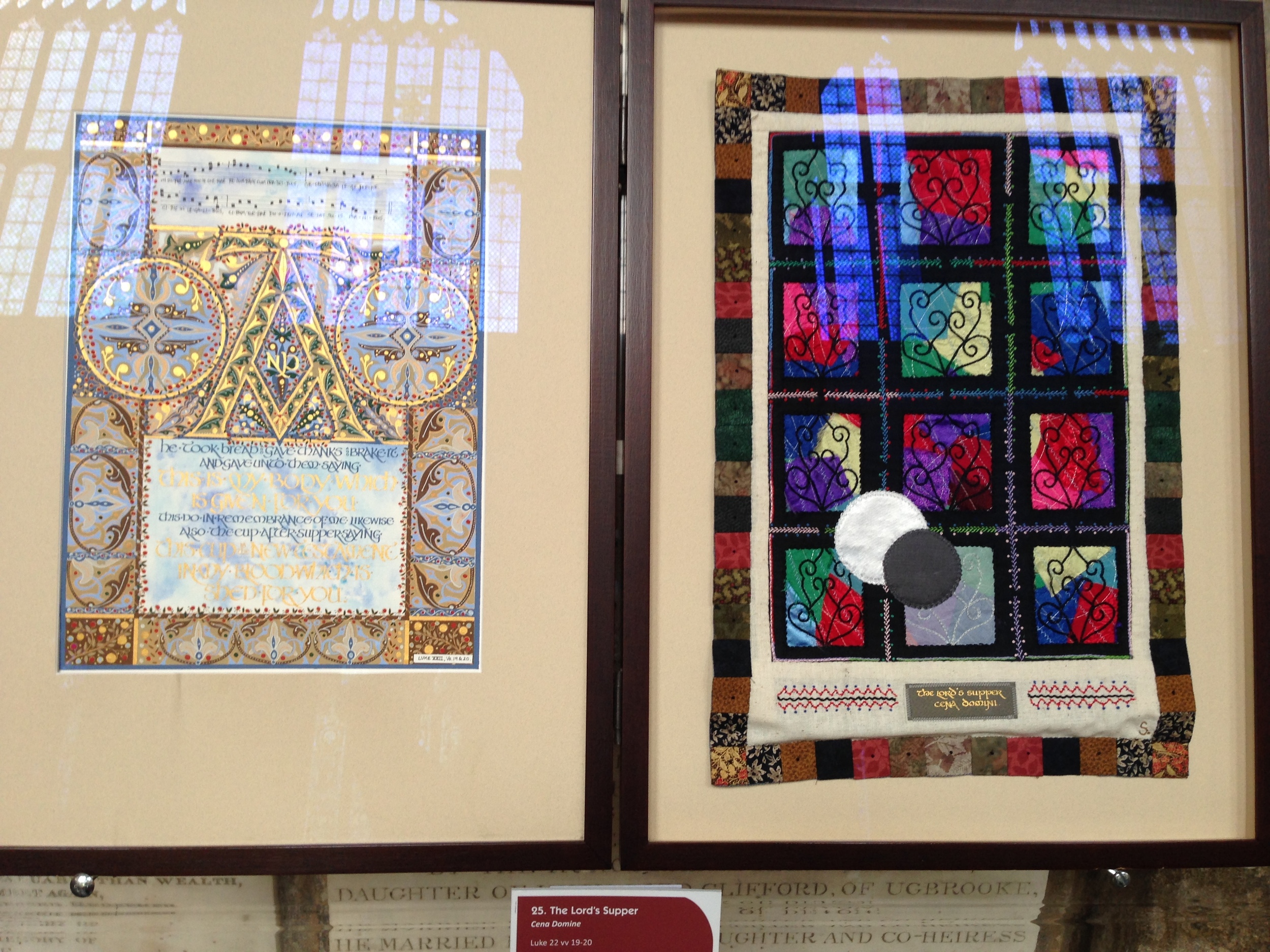
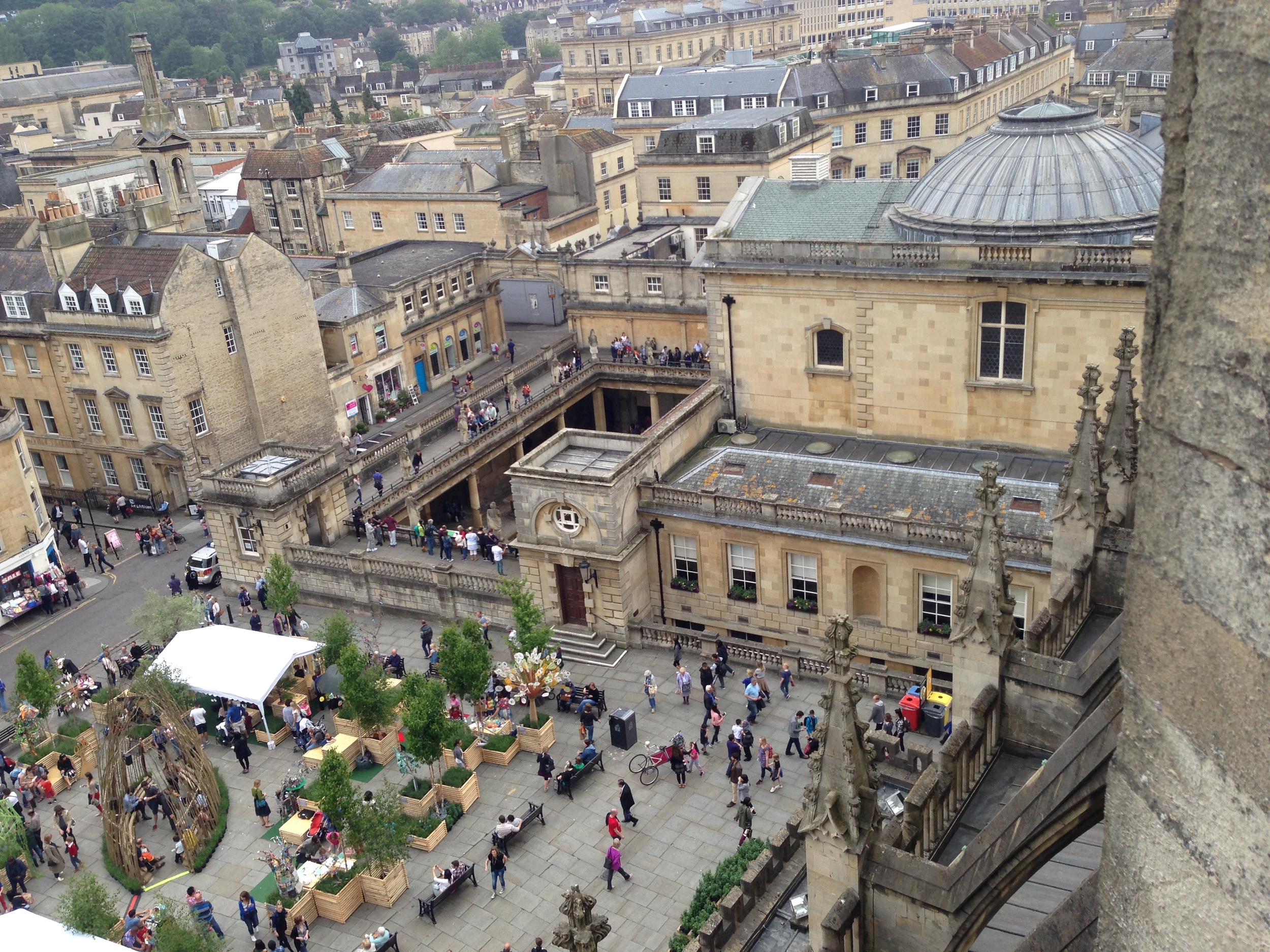

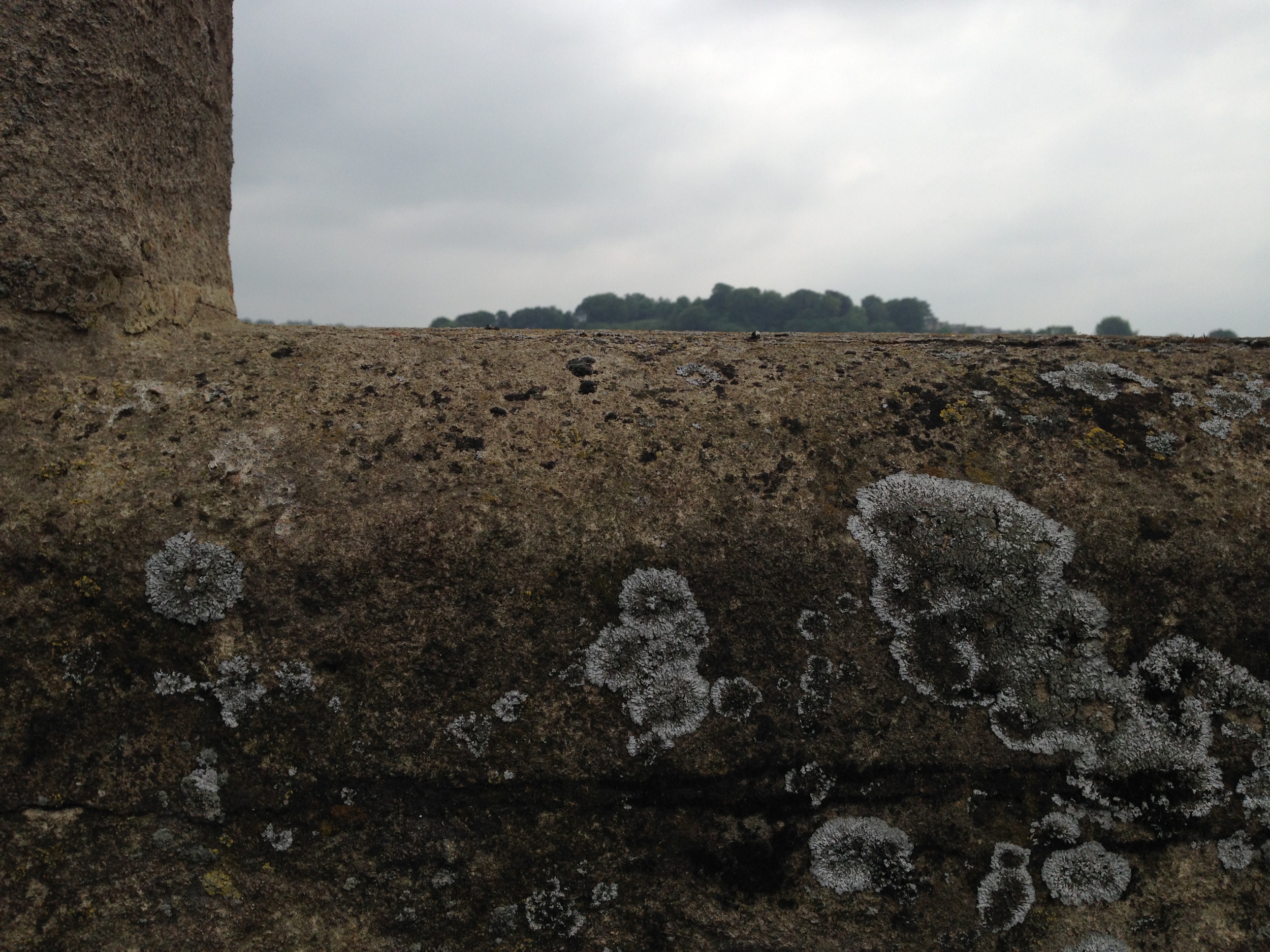
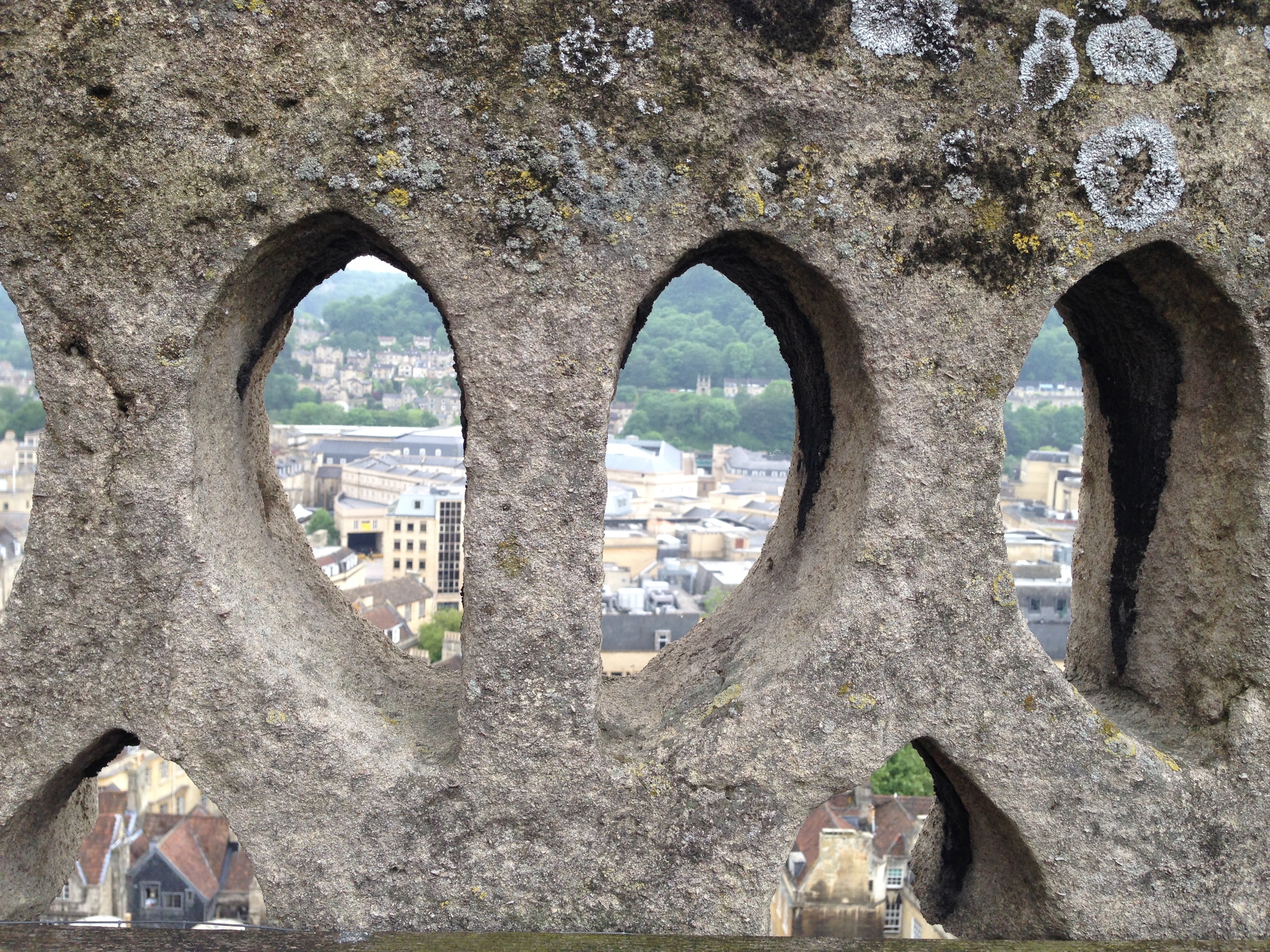
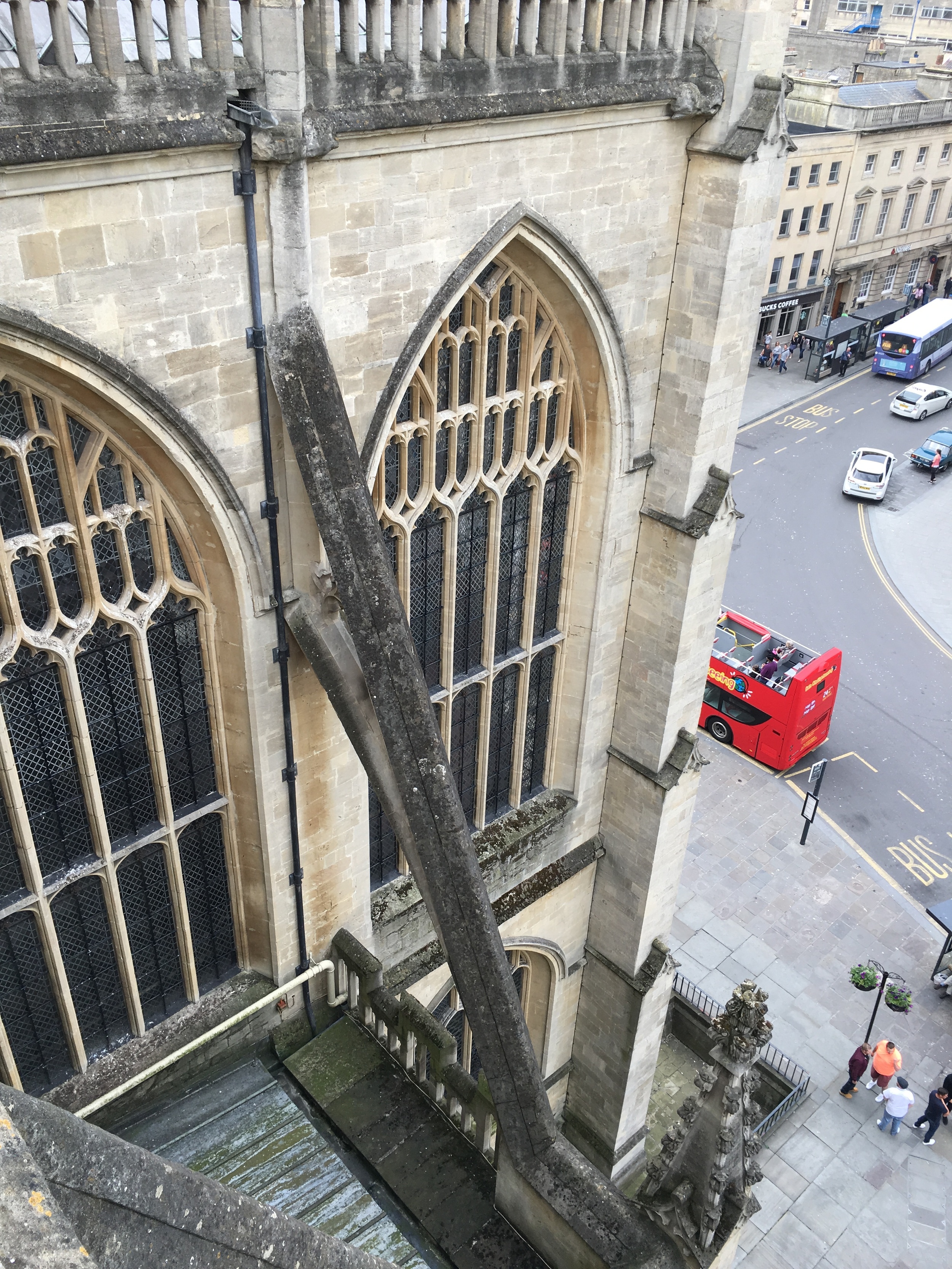
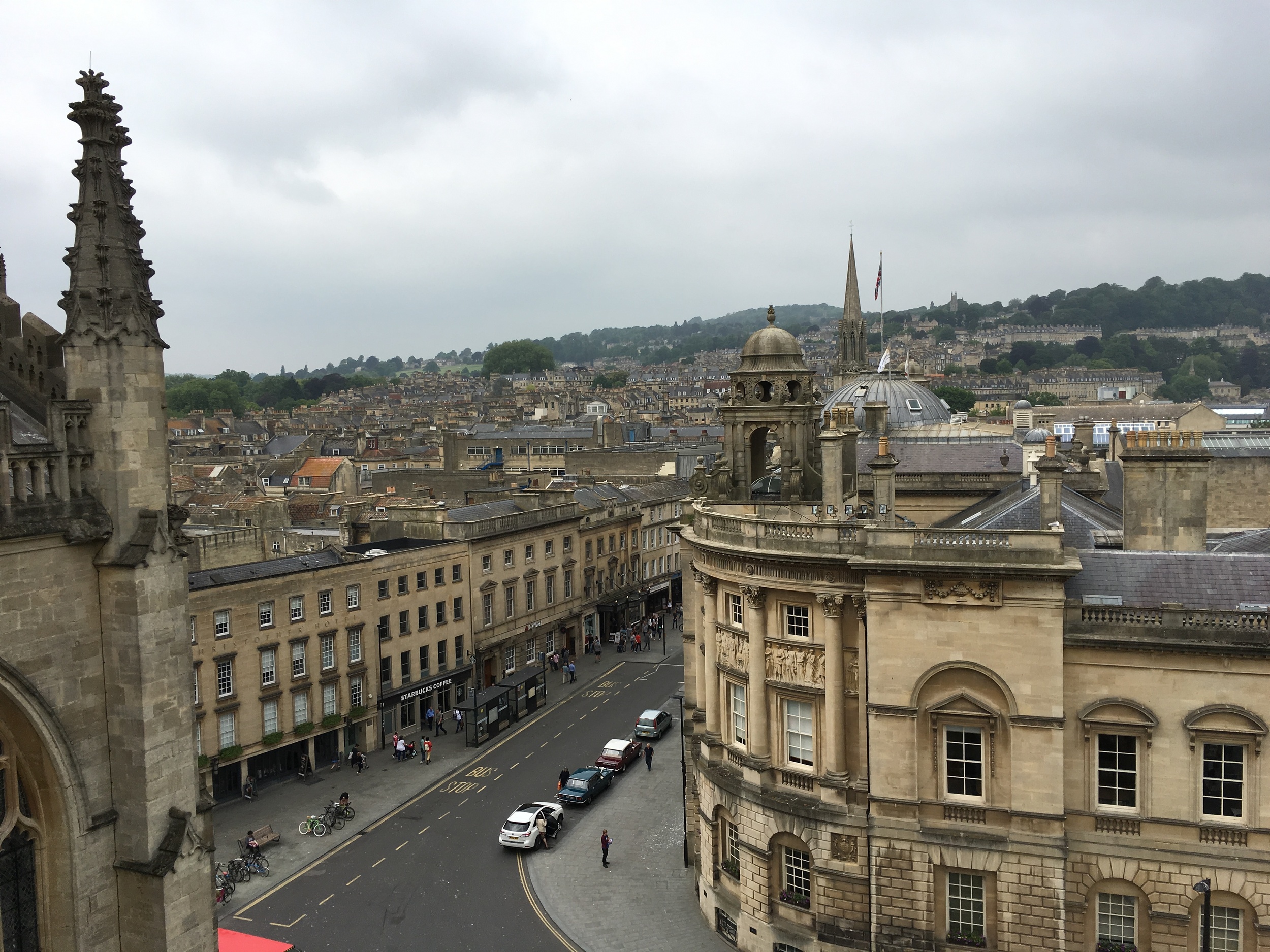
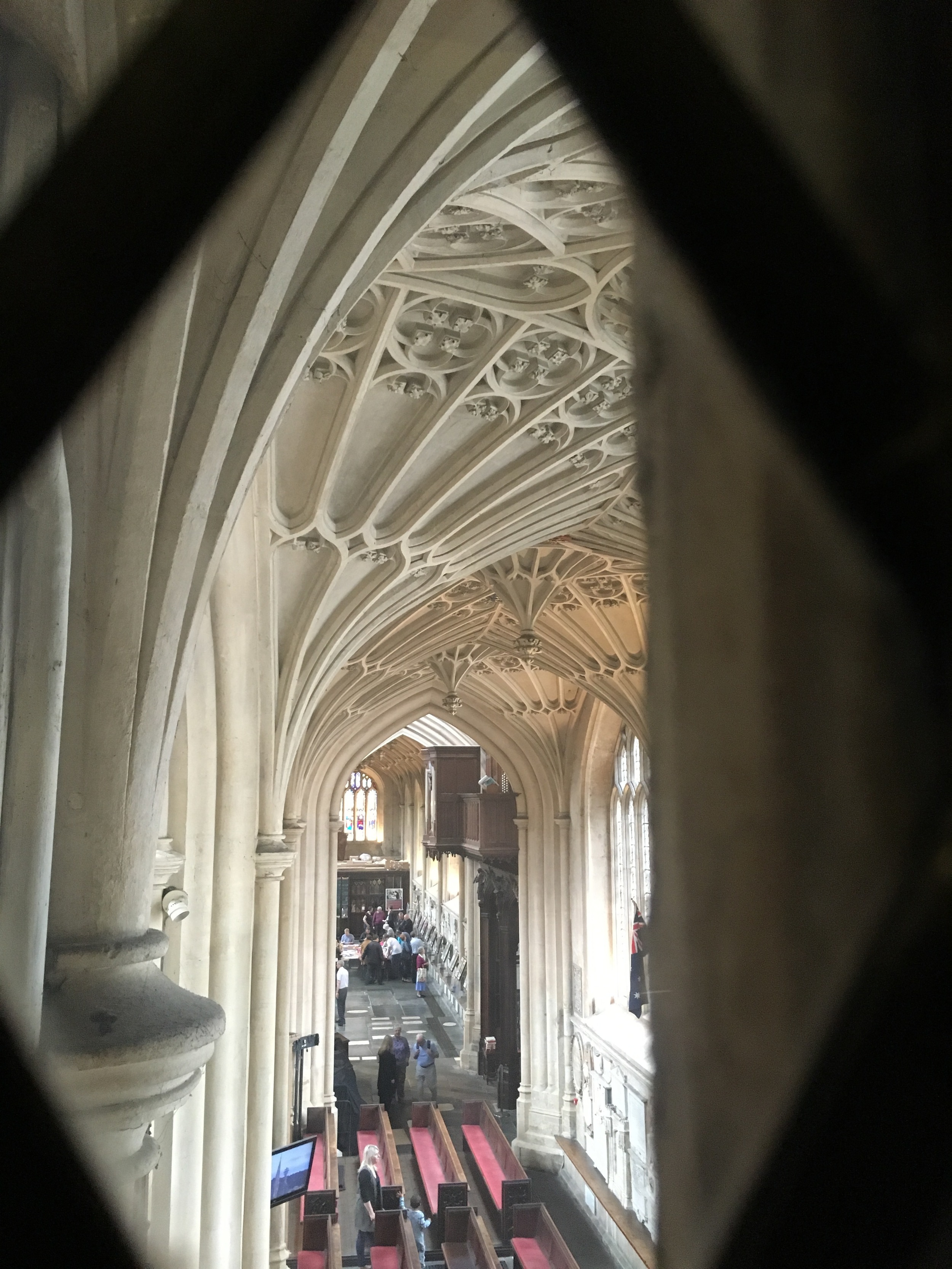
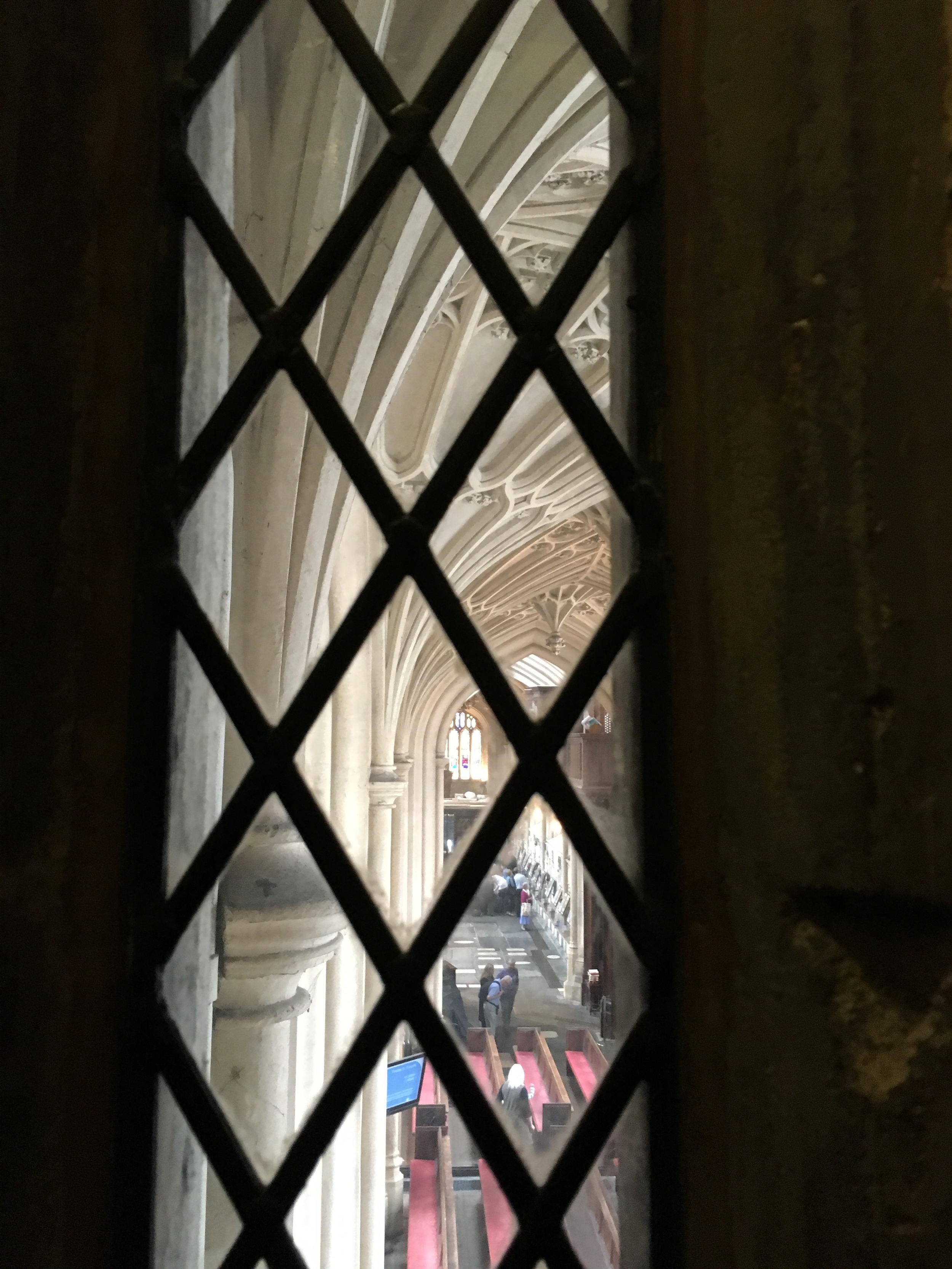
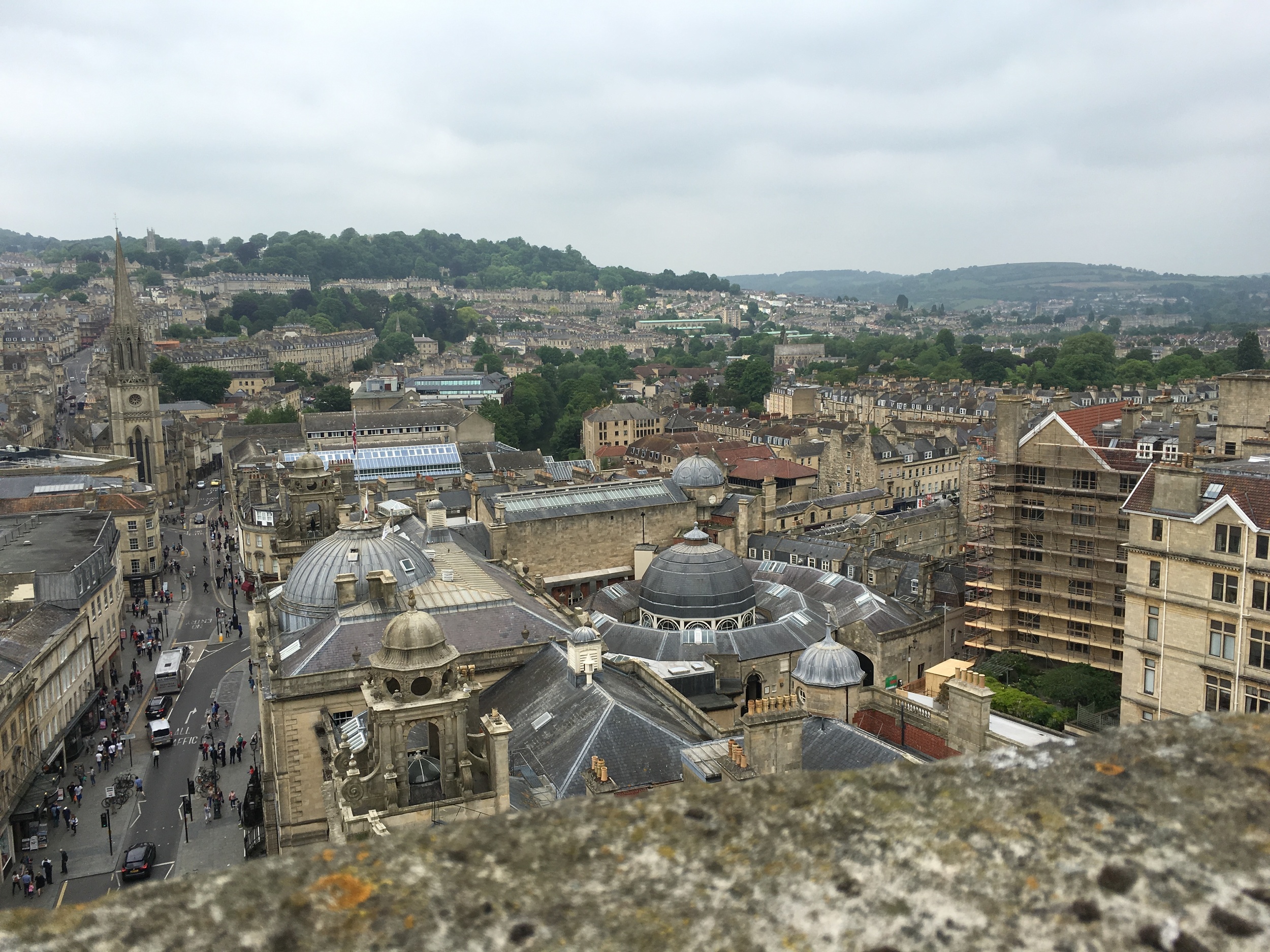
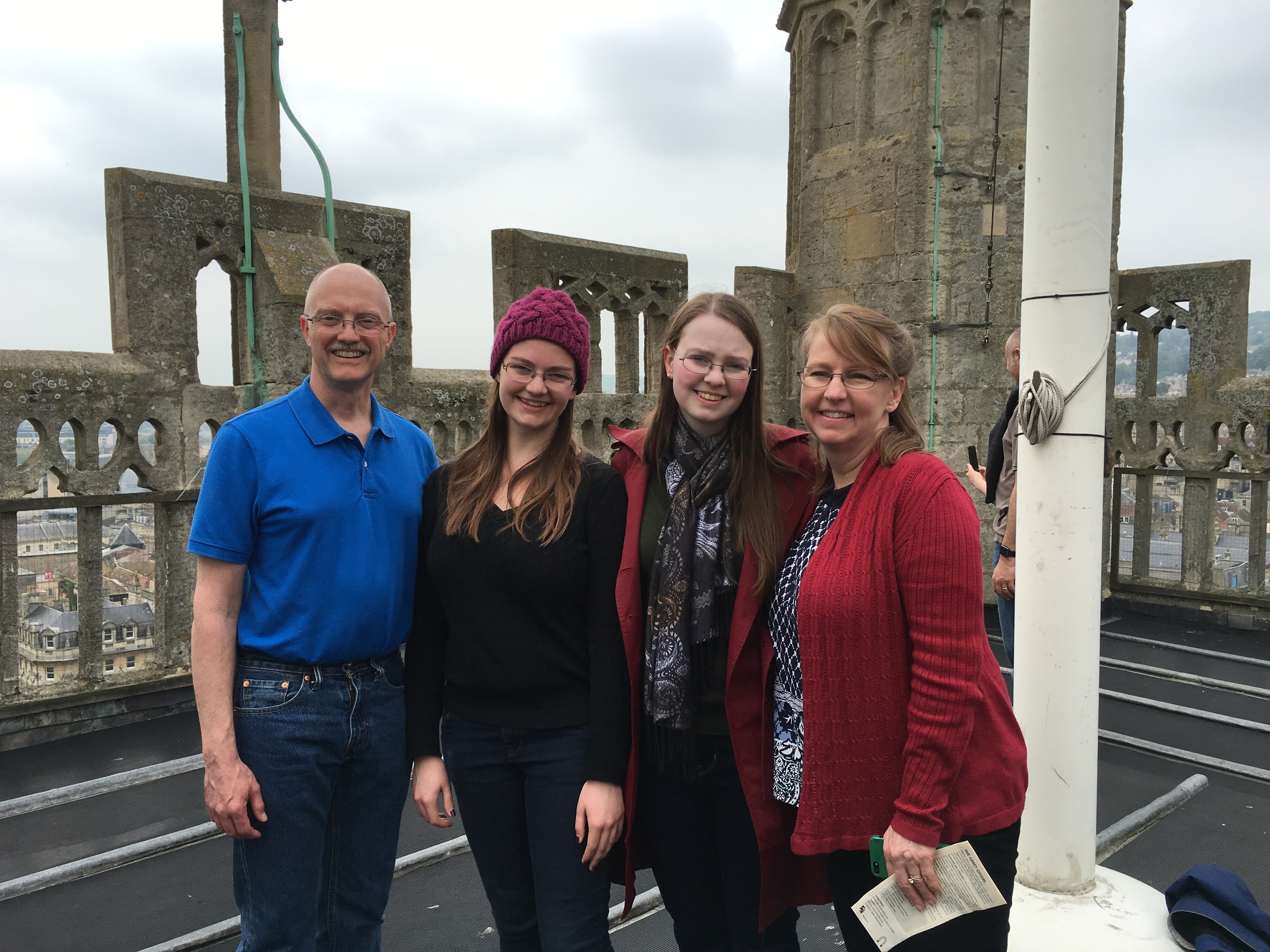
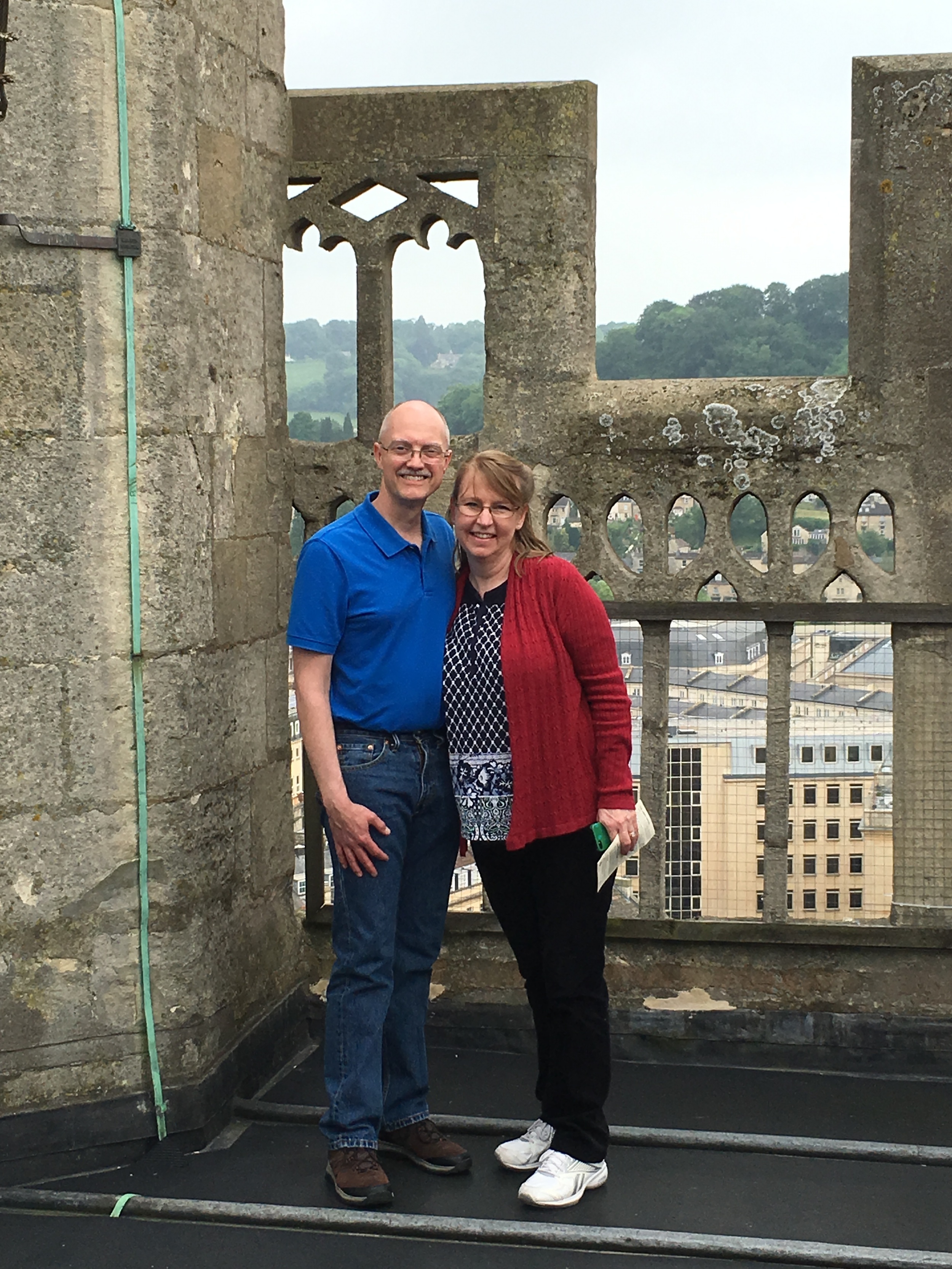
The Bath Abbey is a amazing church, and a beautiful piece of architecture worth seeing (even if you're not religious). It's conveniently located right next to the Roman Baths, and it's worth stopping inside to have a look at the building itself. We had the good fortune of being in Bath at the same time that the Bath Abbey had an exhibit of embroidery and calligraphy by one artist - they wrote out bible verses in beautiful calligraphy on one page, and then embroidered a scene they thought embodied the verse. The Bath Abbey gift store had posters and cards of some of the exhibit pieces available to buy, and I ended up buying some that are now up in my dorm room. Their gift store has a large selection of Christian books and gifts, as well as lots of music-themed gifts.
The Bath Abbey offers a guided tour. My family and I were under the impression that the tour would take us around the inside and outside of the sanctuary, explaining the history and the architecture. We were wrong. Their guided tour is a tour of their bell tower - exactly the wrong thing for someone who is claustrophobic and afraid of heights (aka me). To get to the top of the bell tower, you have to climb a ridiculous set of winding, narrow stairs, another issue for me (we had already walked around the Roman Baths all day and I was wearing heels). The view was amazing, but I still wish we could have known that the tour was something completely different than what we were expecting. You have been duly warned.
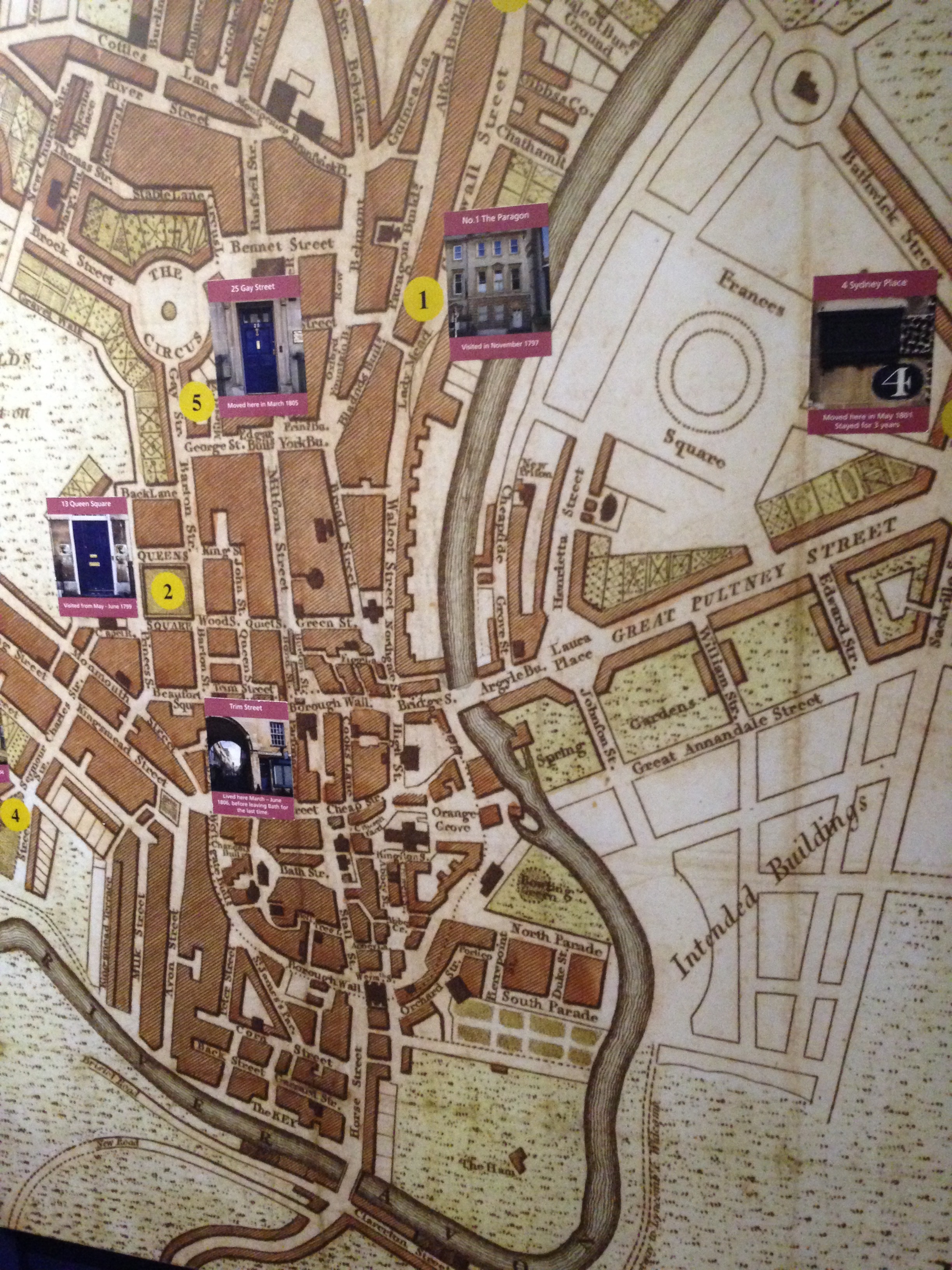
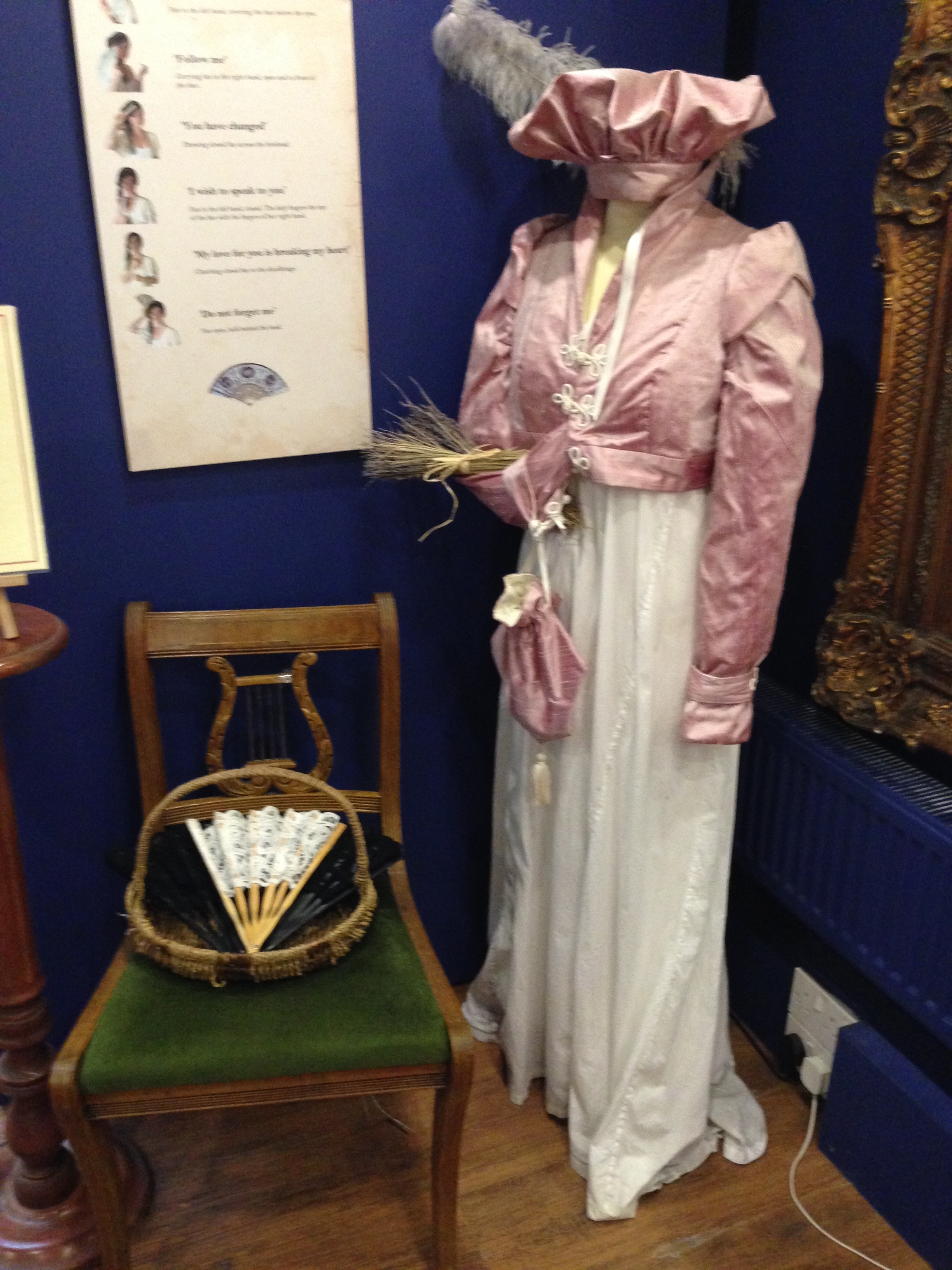
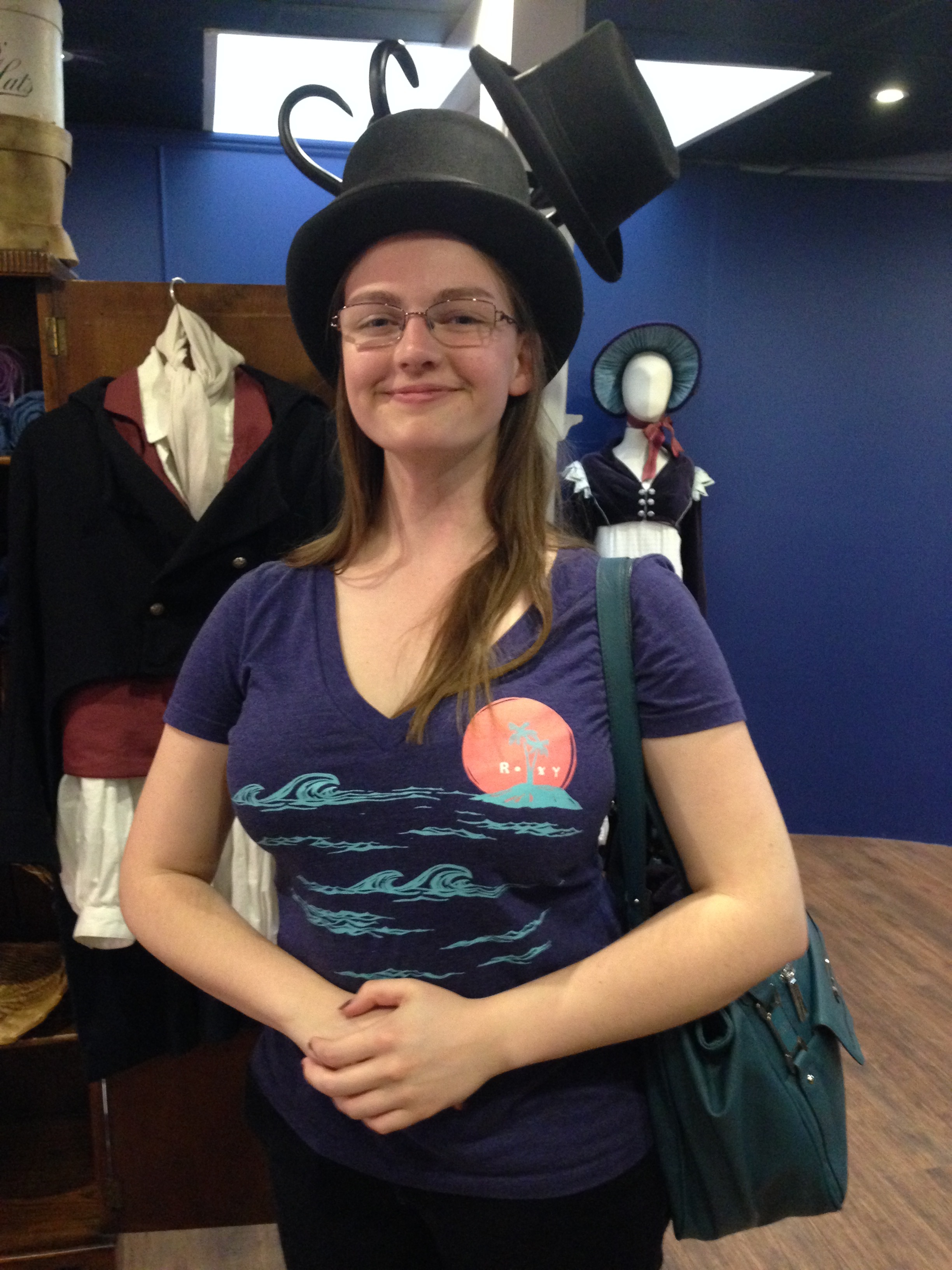
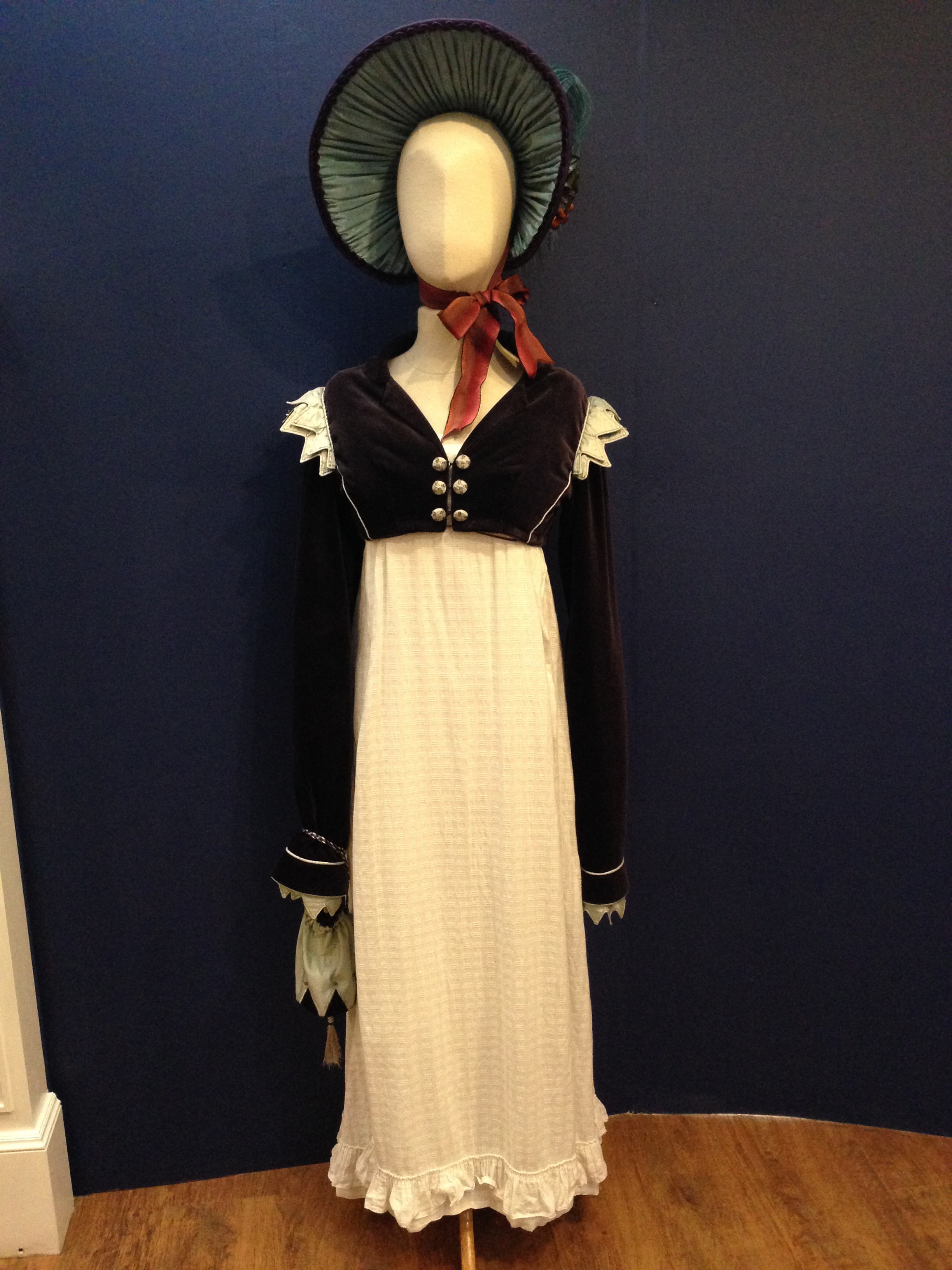
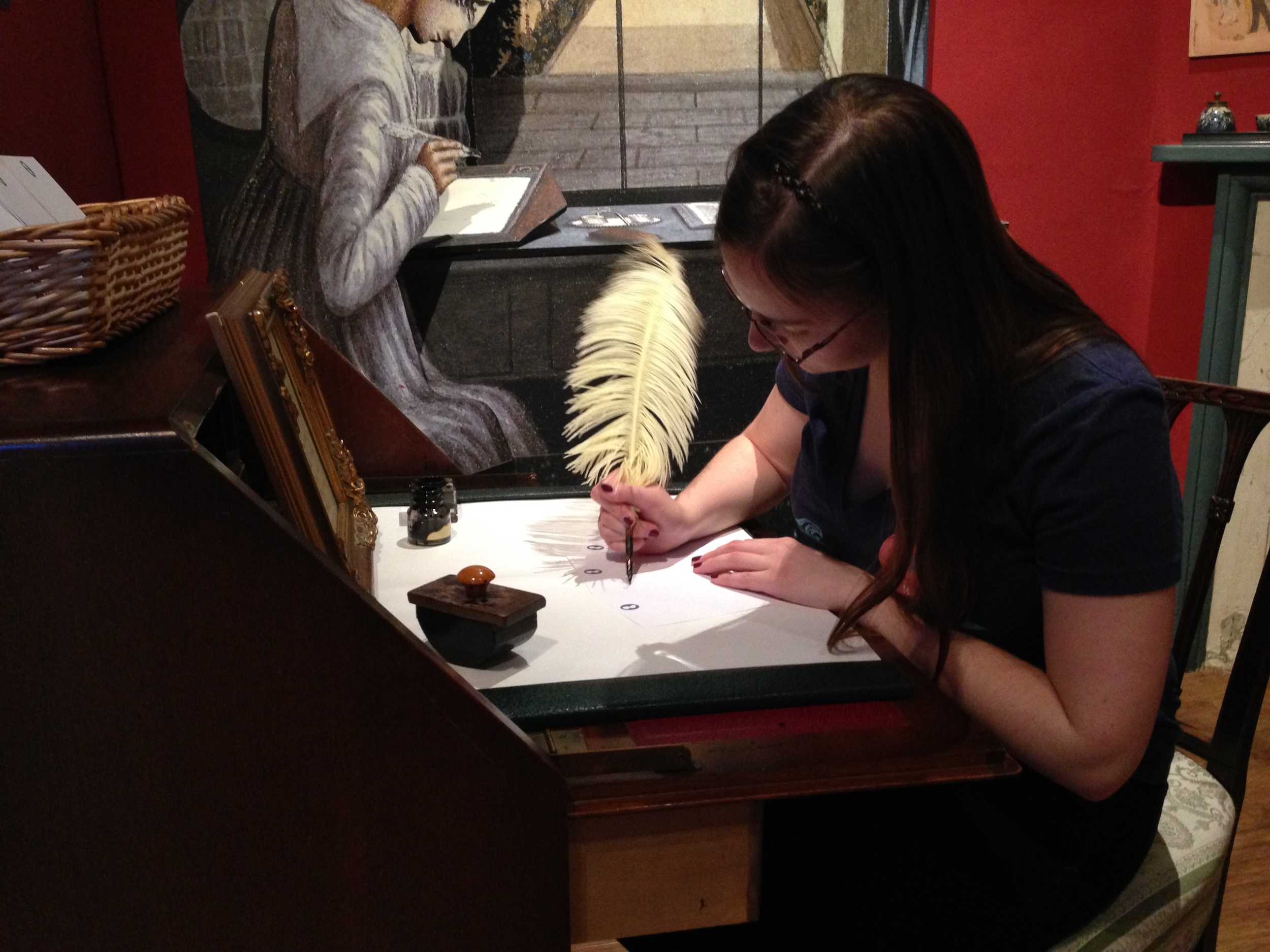
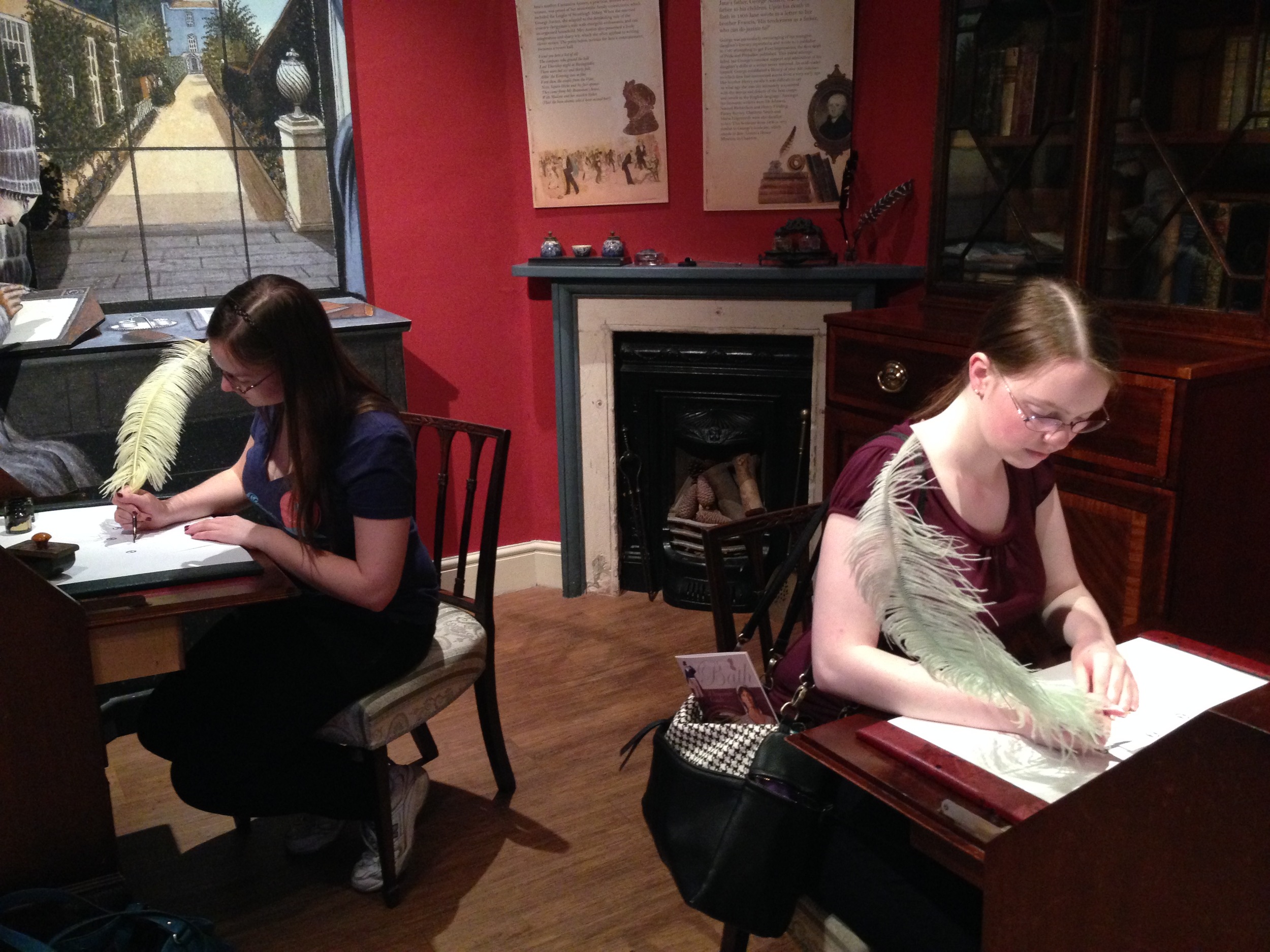
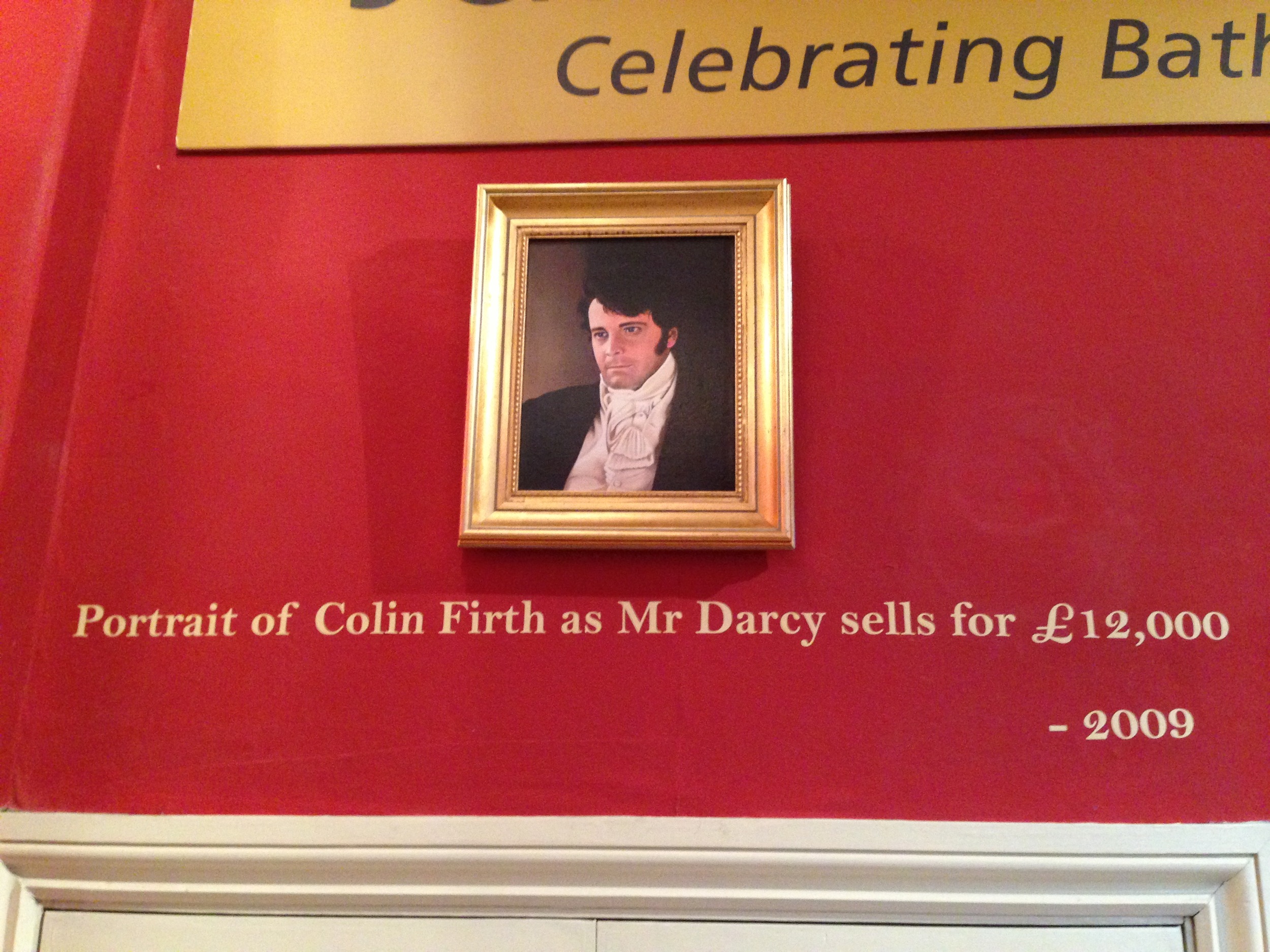
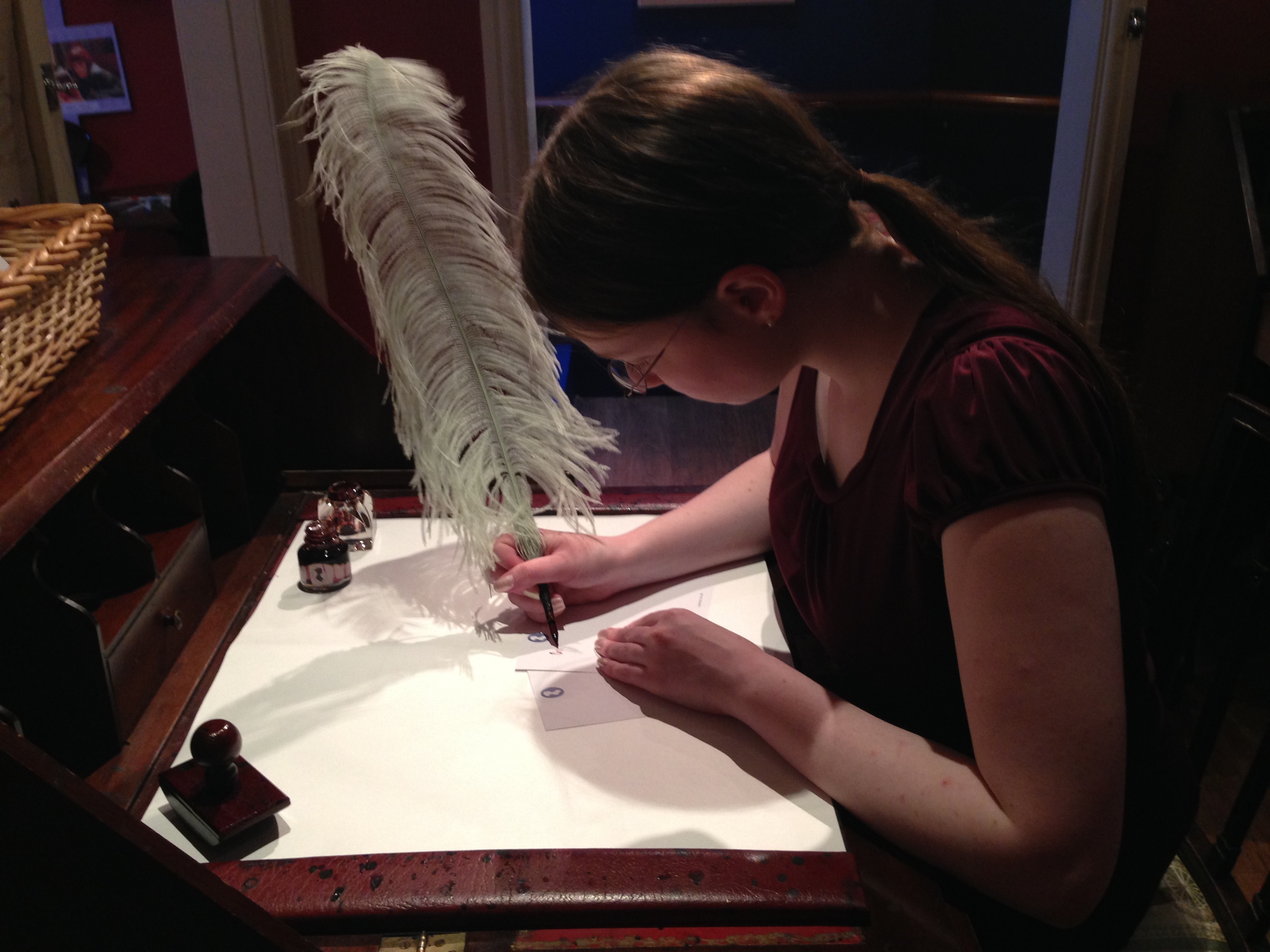
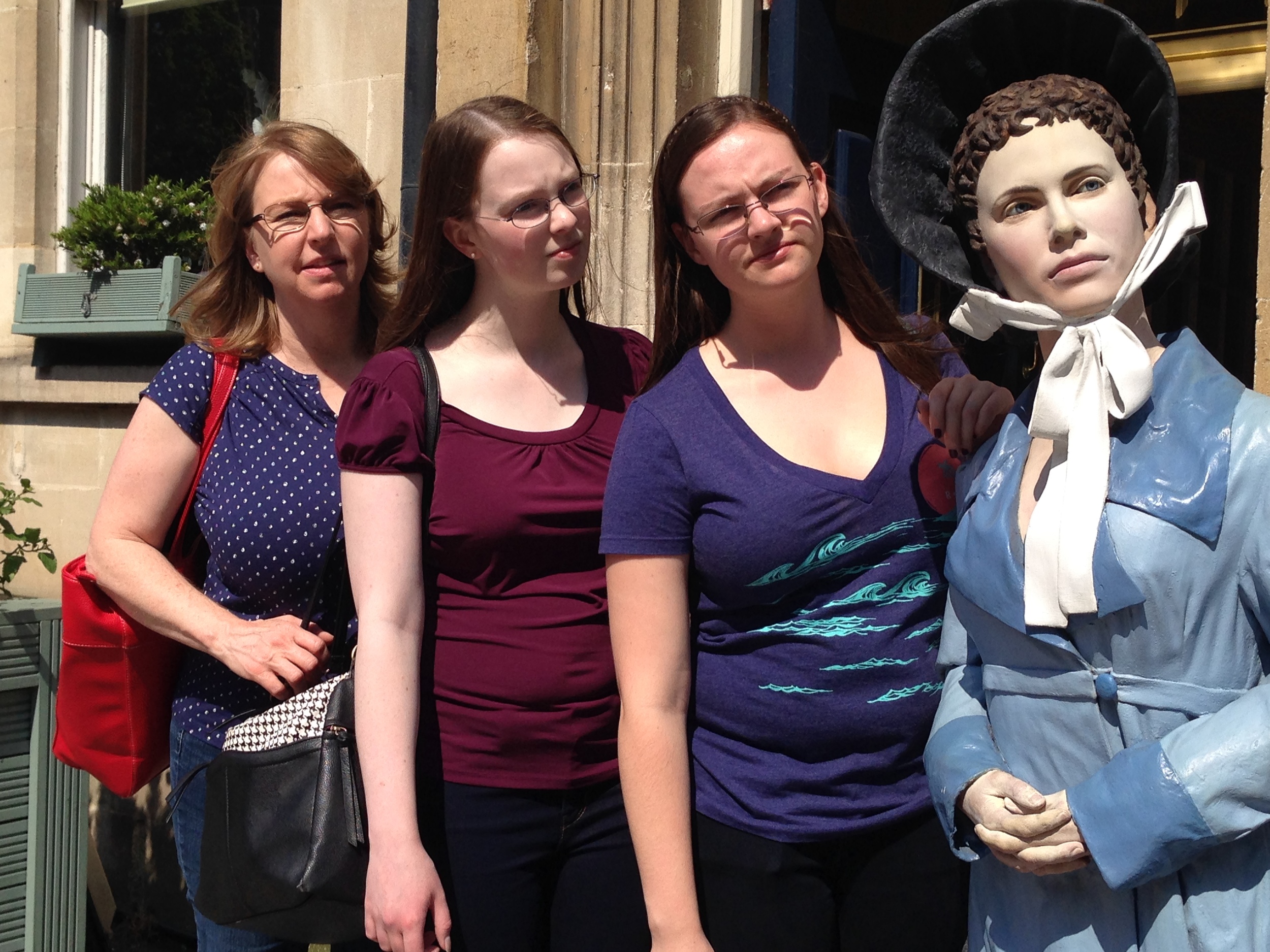
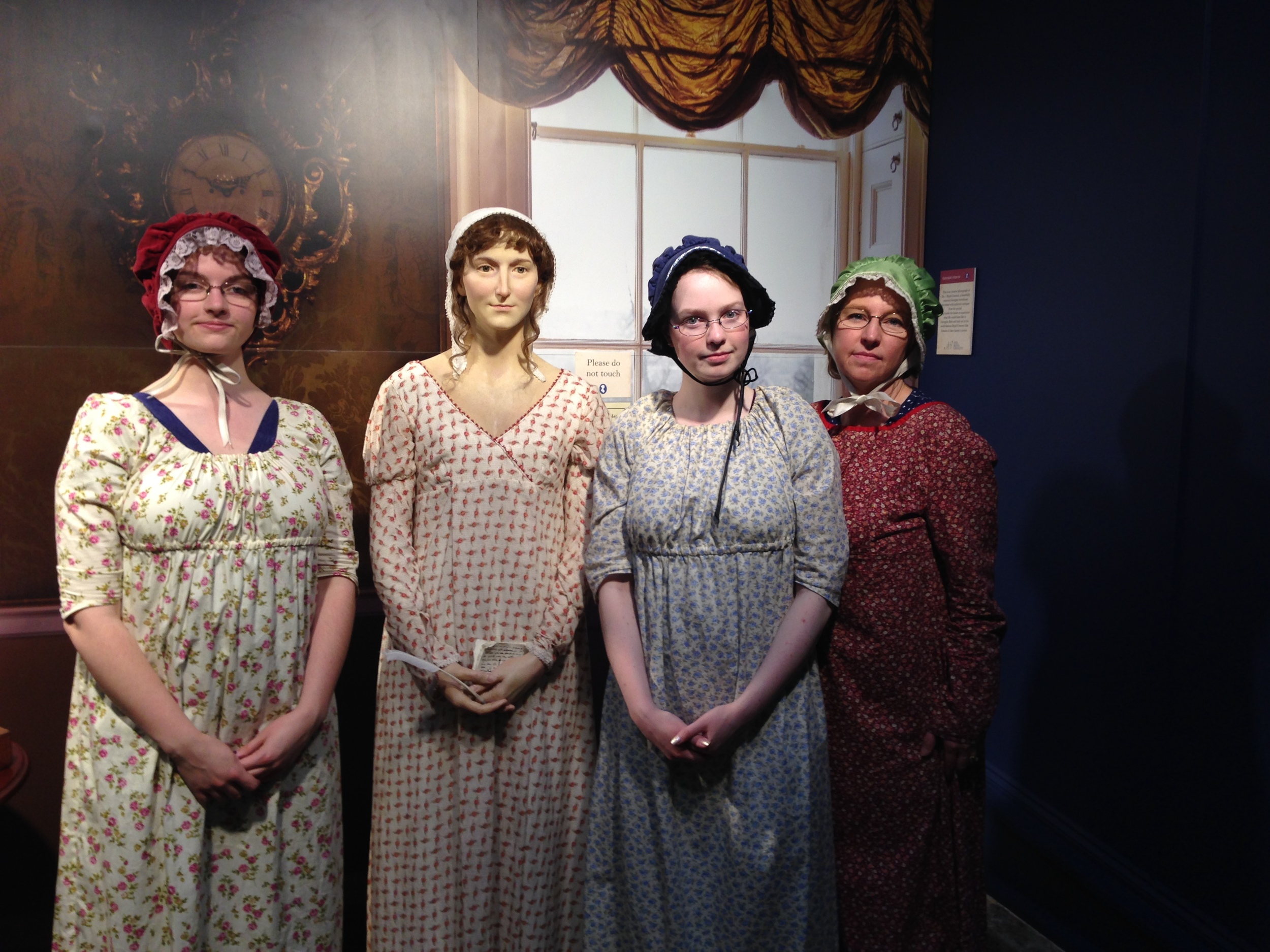
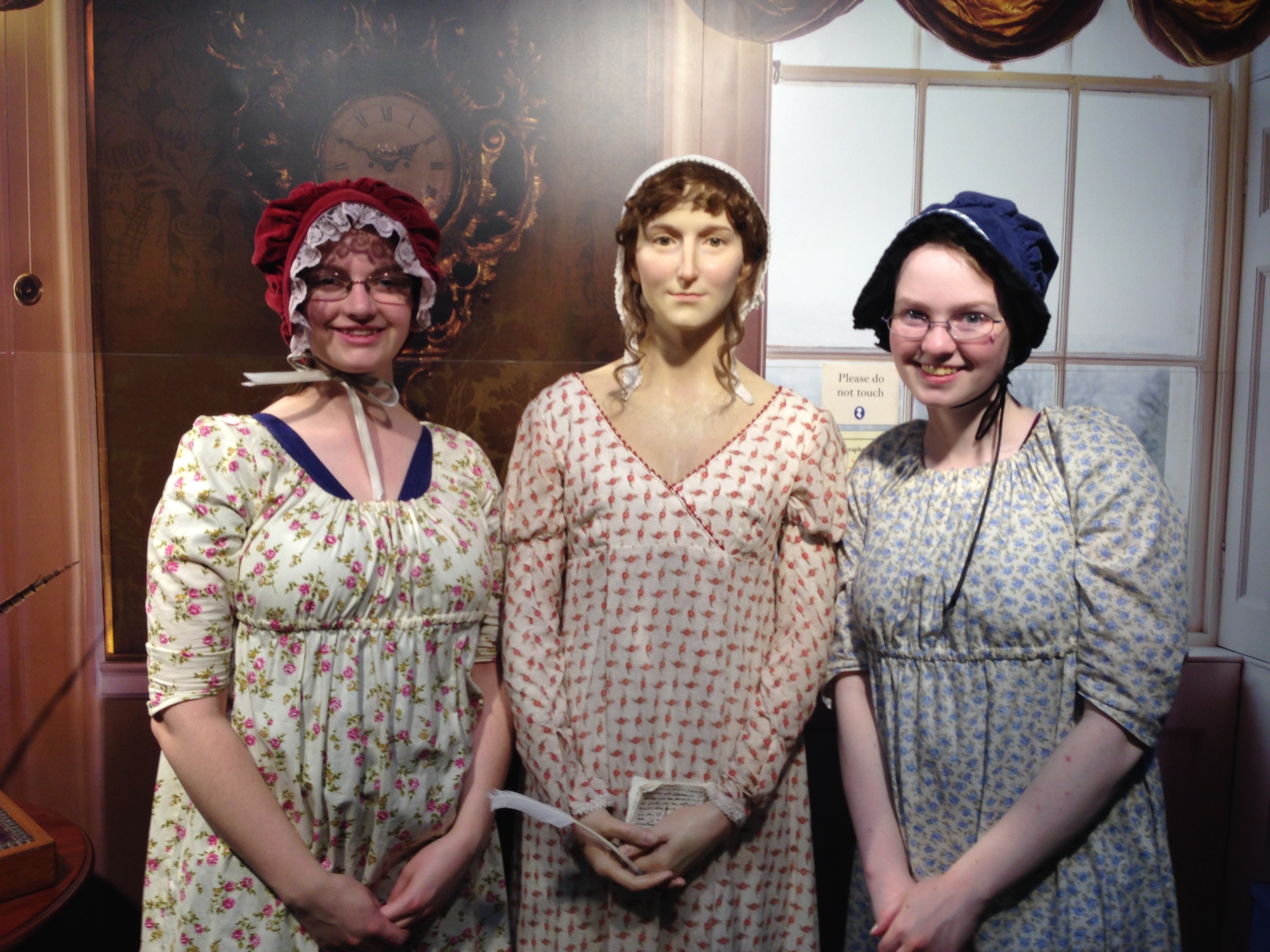
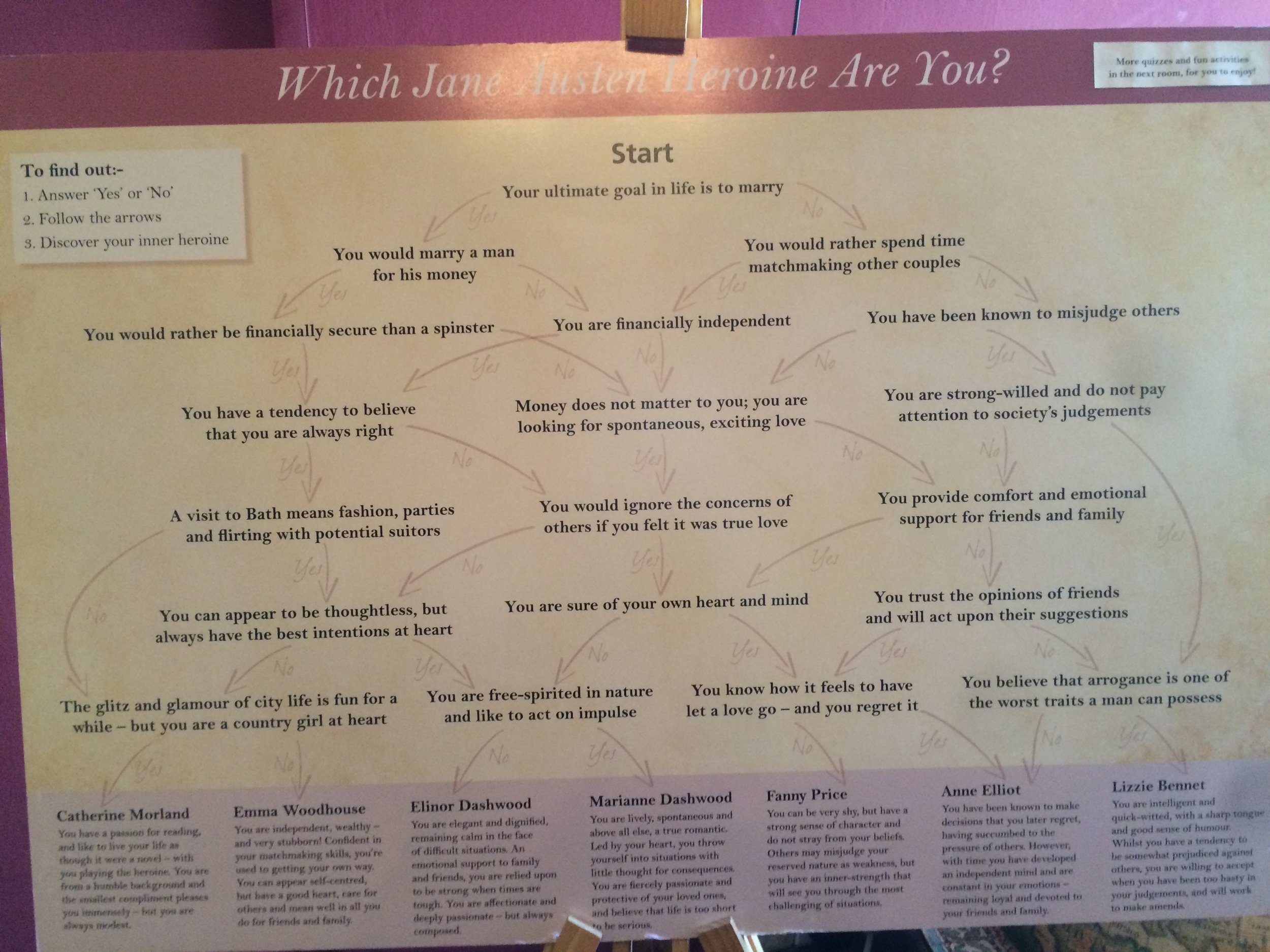
The Jane Austen Centre in Bath is an interactive museum squeezed into a former private residence (not the actual house where Jane Austen once lived, because that house is apparently too small). Guided tours are offered once every half hour or so by an employee in full costume, acting as a character from a Jane Austen novel. All employees, including the wait staff in their Regency Tea Rooms and the cashiers in the gift store, are all in full regency dress. In addition to tours of the museum, the Jane Austen center offers walking tours of Georgian and Regency Bath (with the tour guide in full costume, of course). While the Jane Austen Centre does have some artifacts belonging to Jane Austen and her family, most of the museum is more educational than an exhibition, and very interactive - you get to try your hand at writing with a quill pen, and try on some Regency-era replica costumes. If you are a Jane Austen fan, the Jane Austen centre is a must for your trip to Bath.
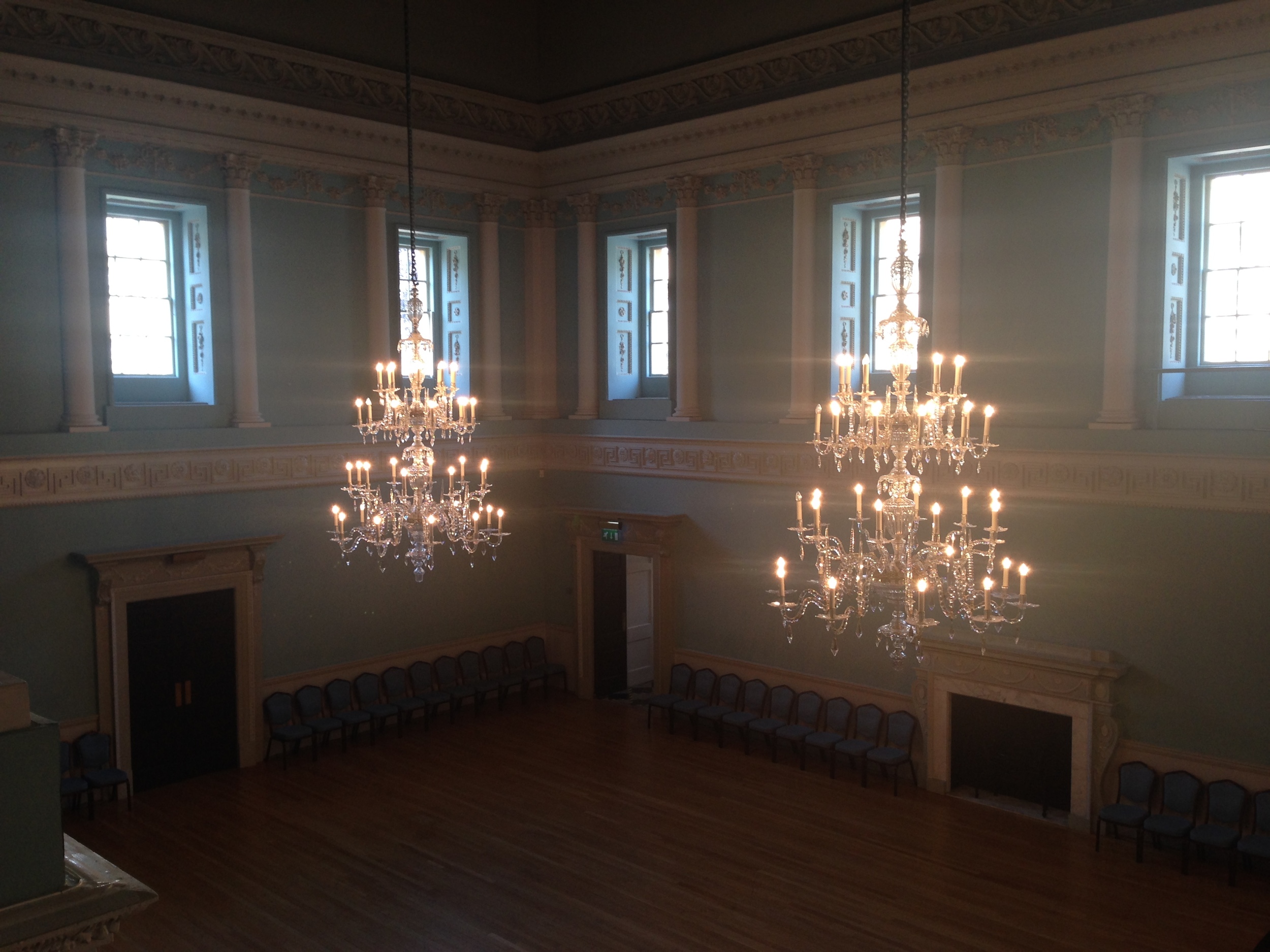
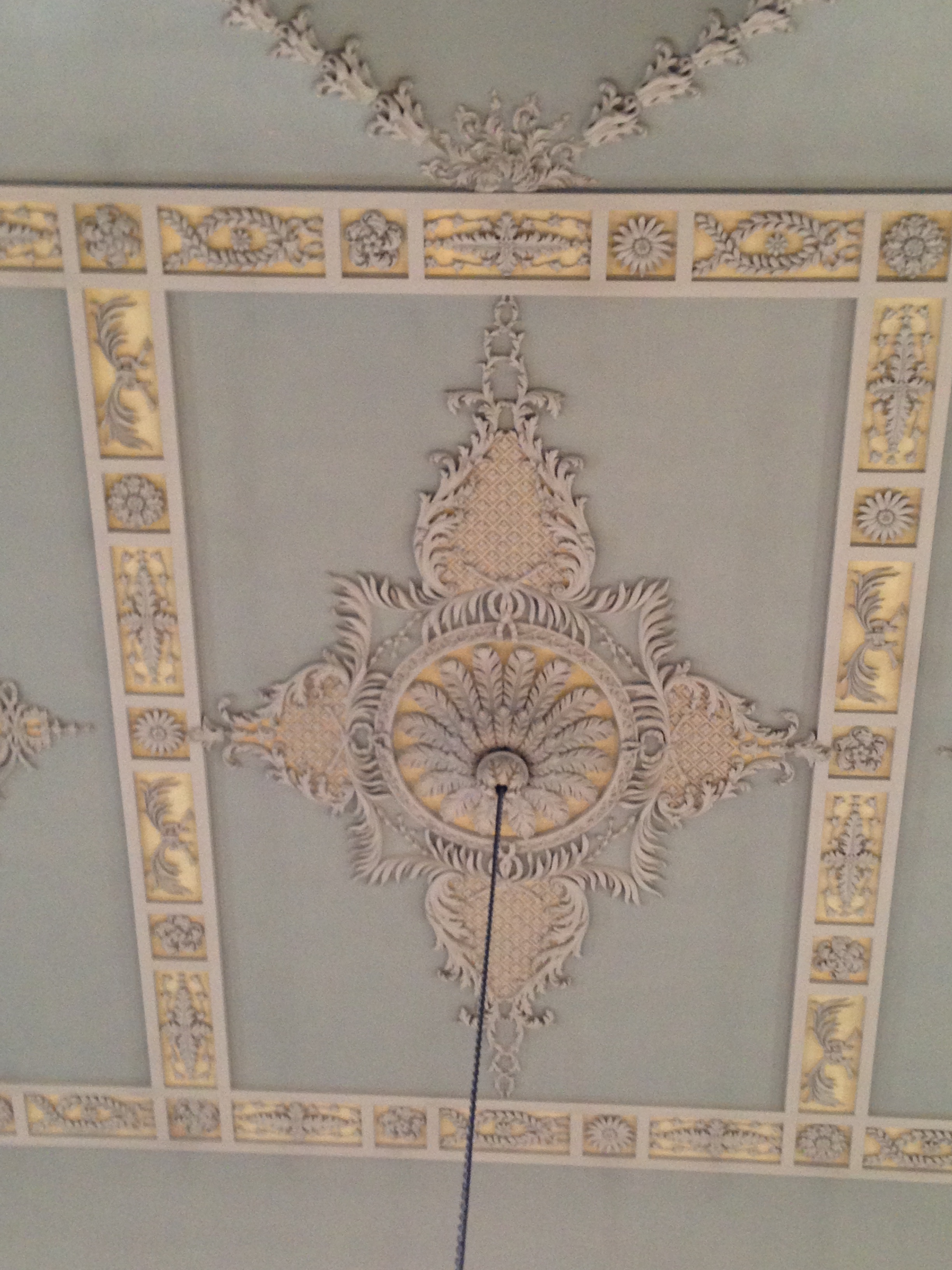
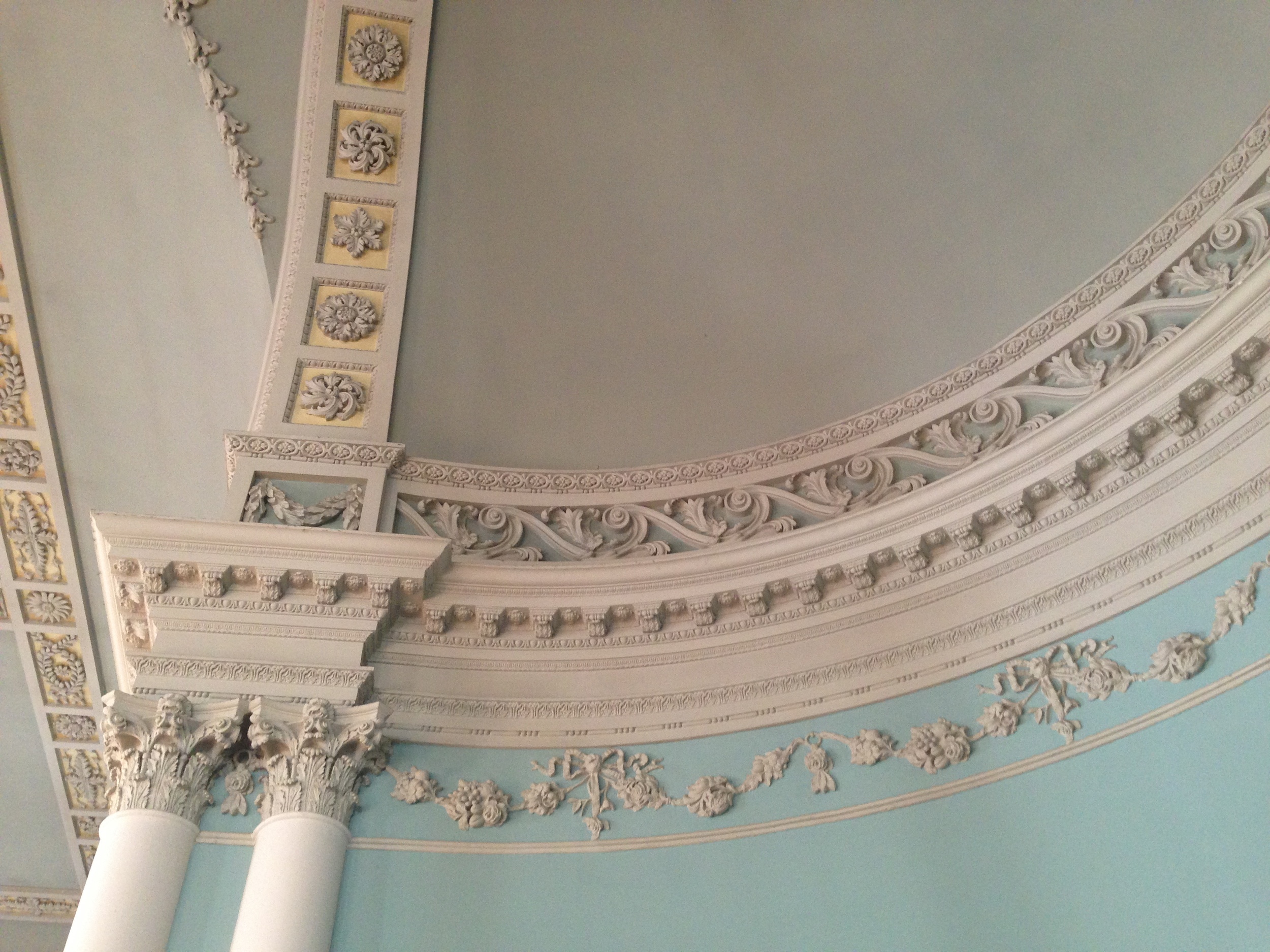
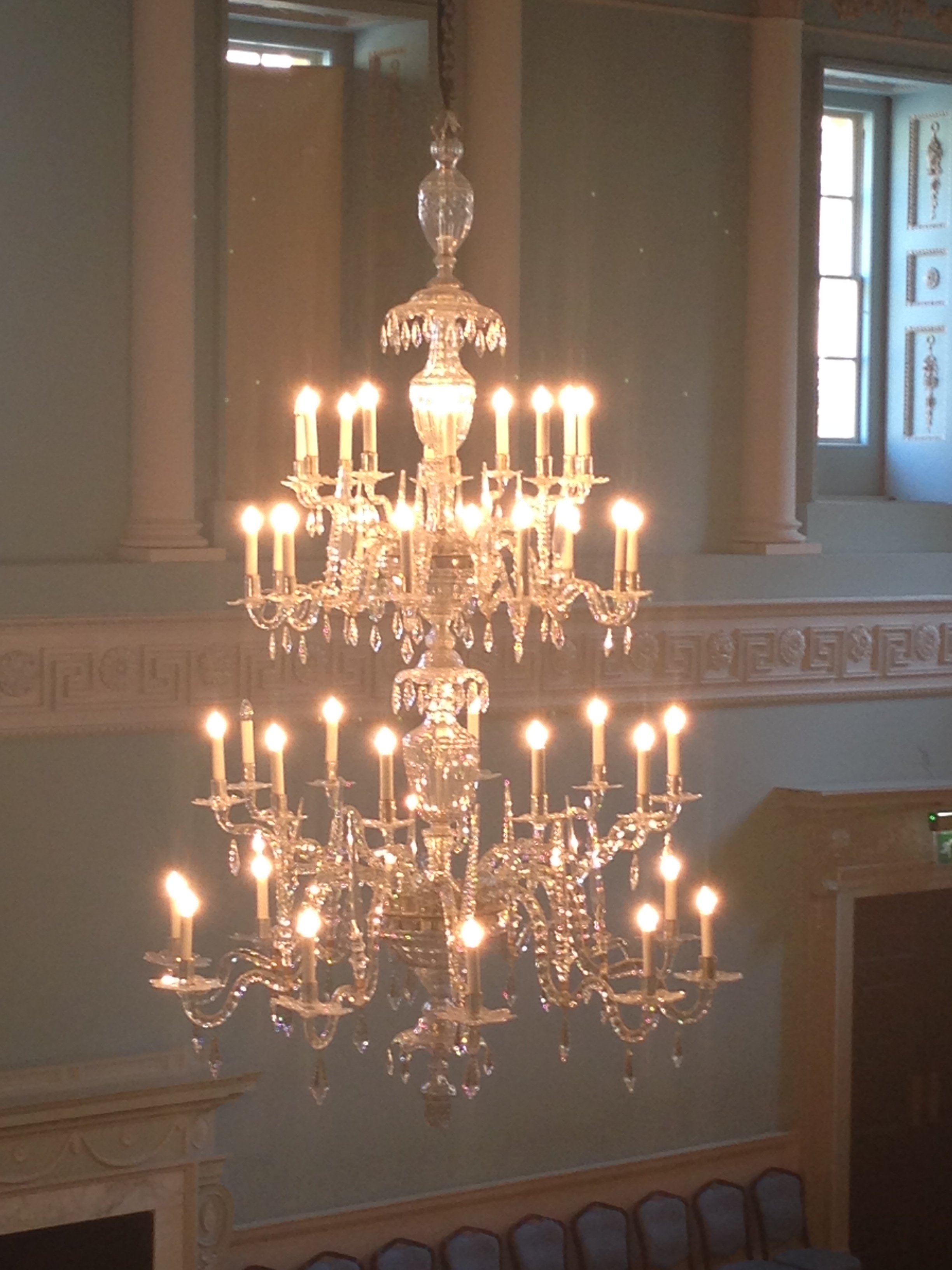
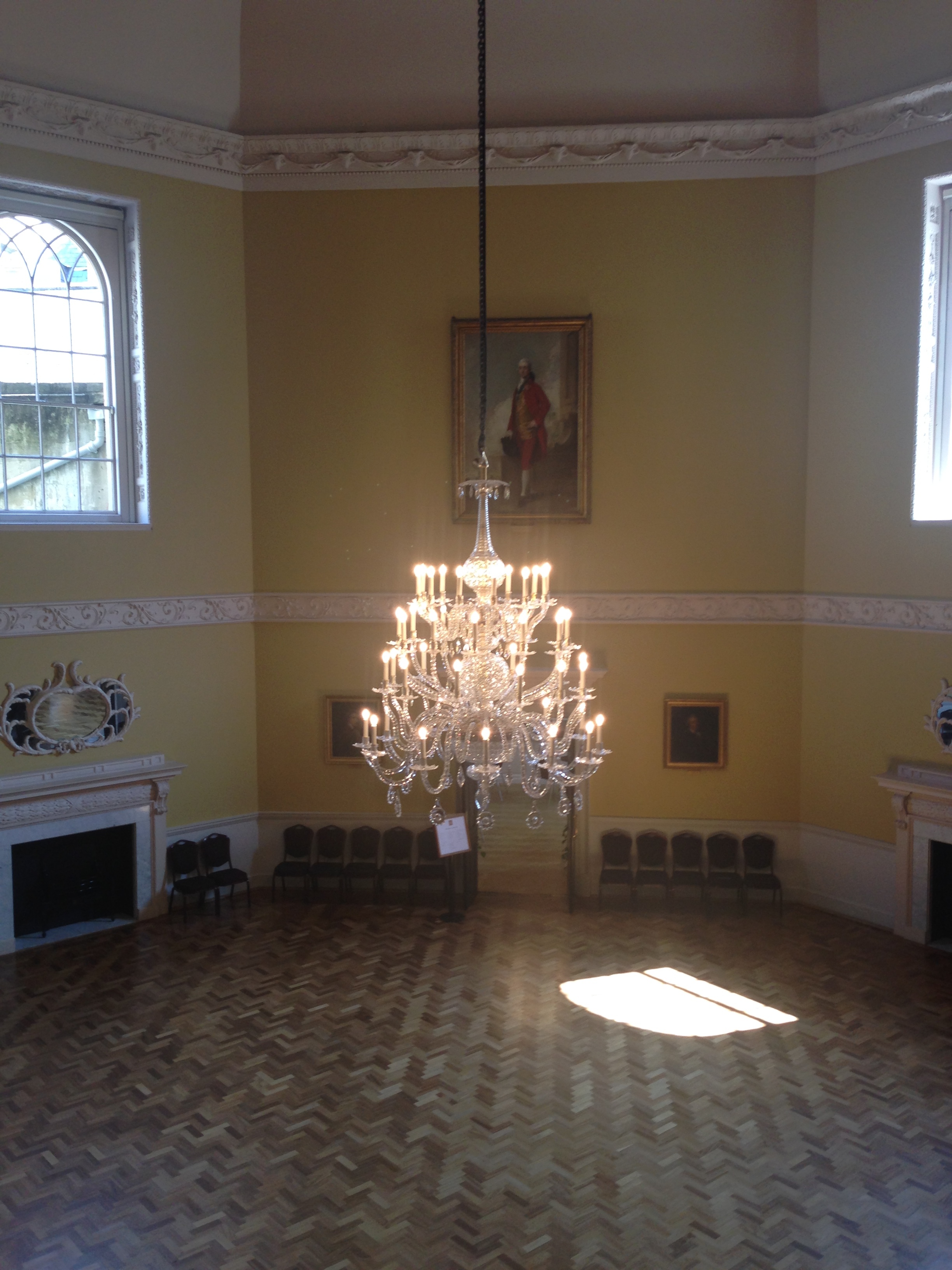
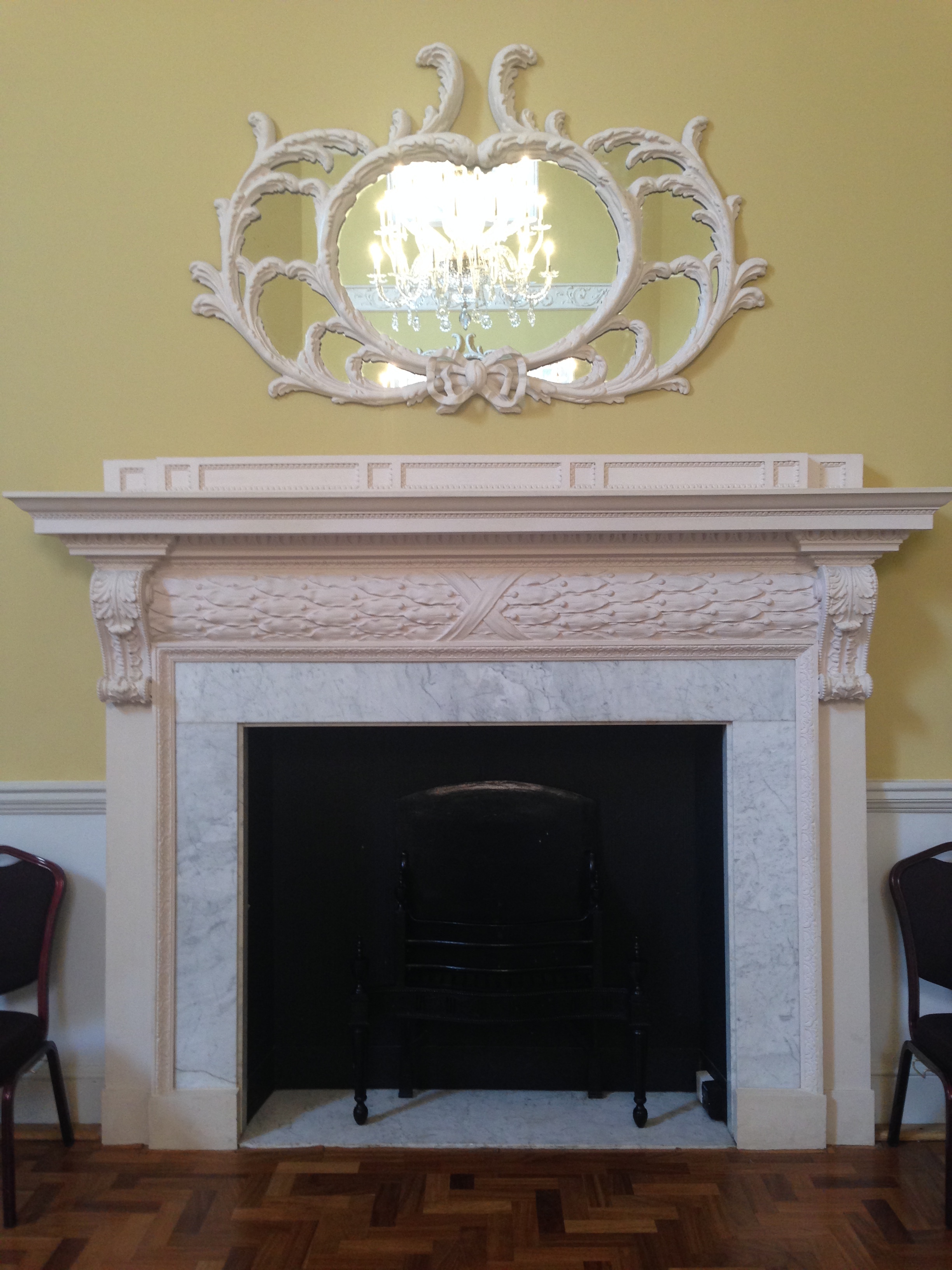
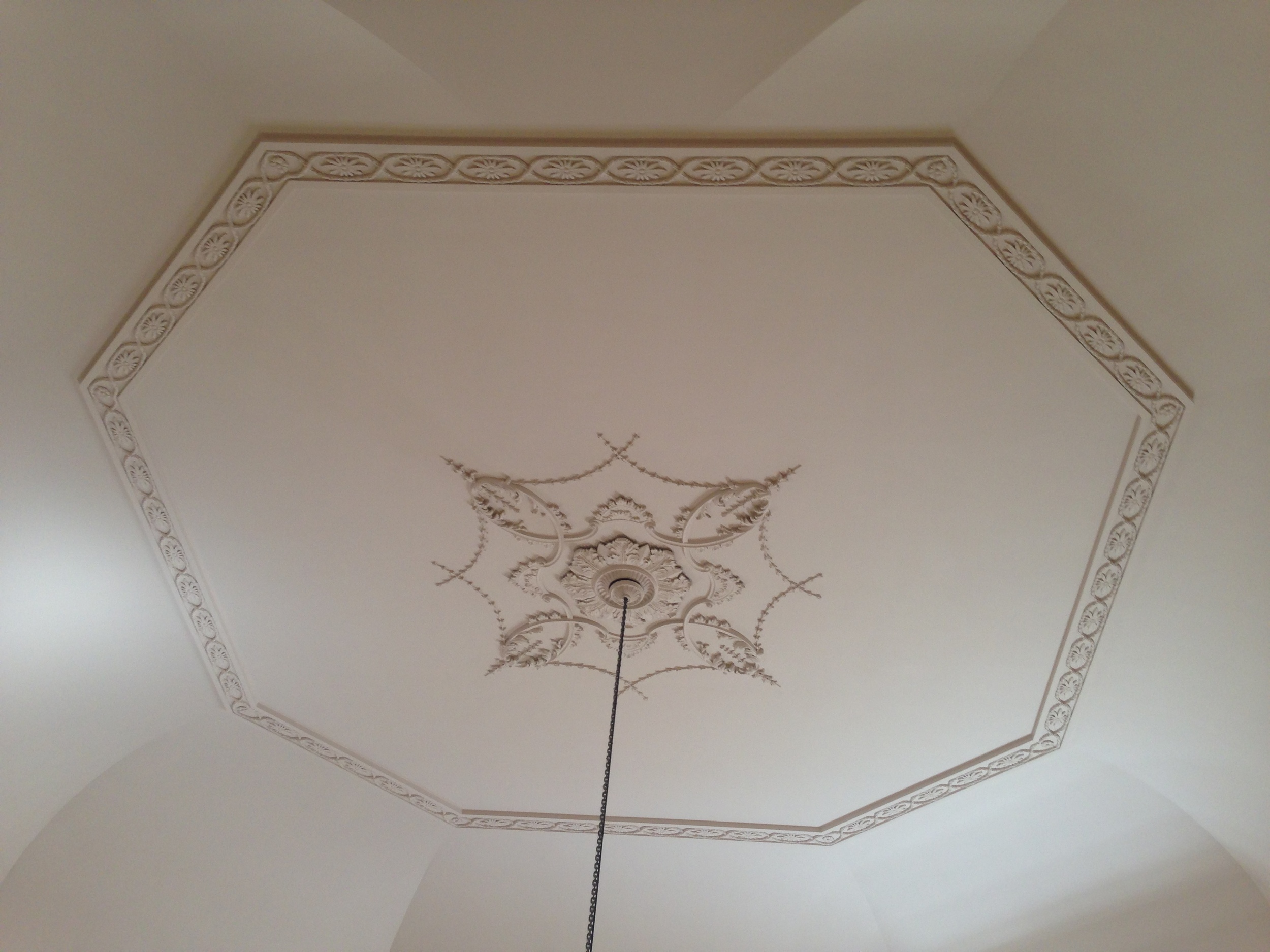

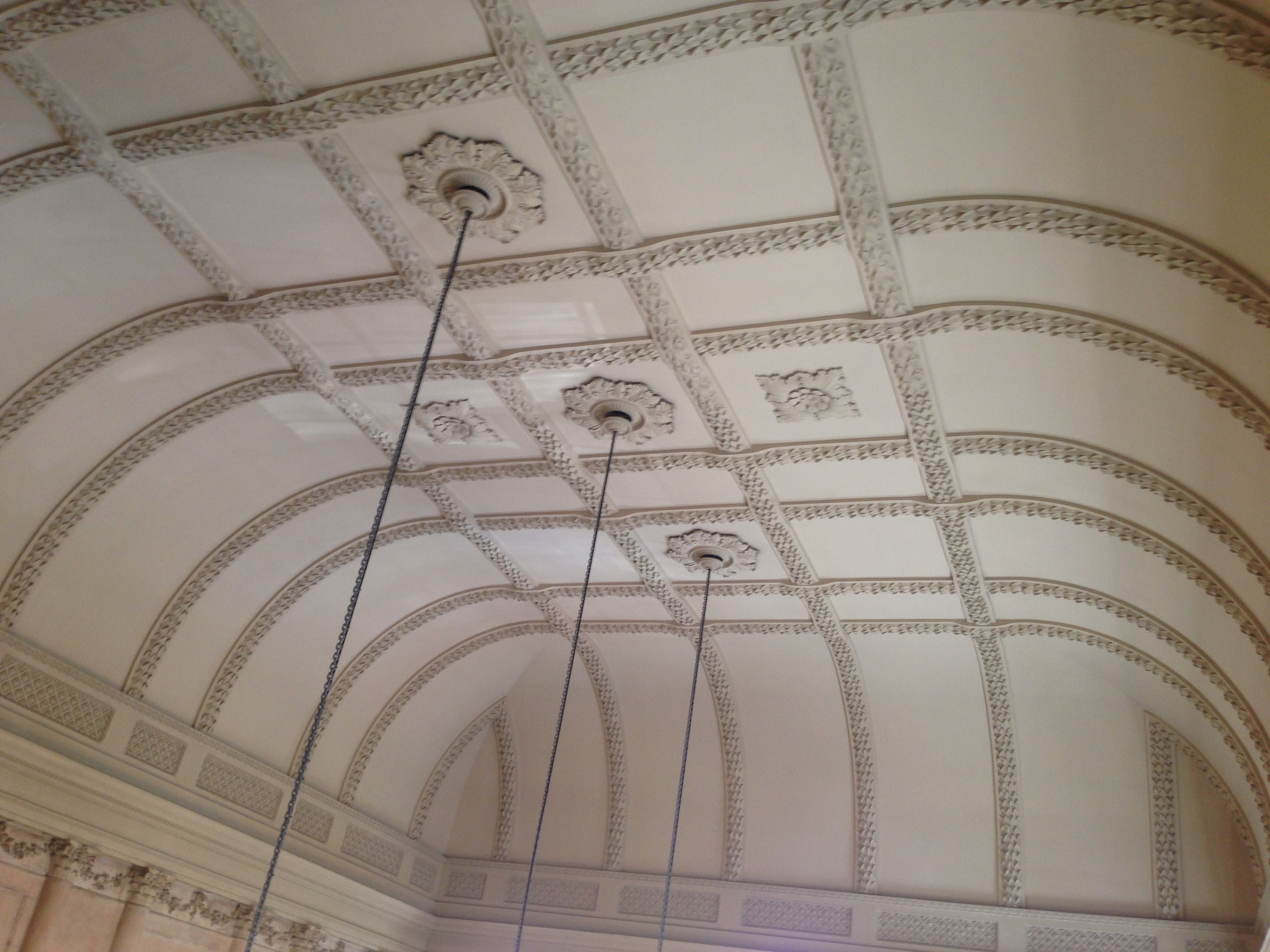
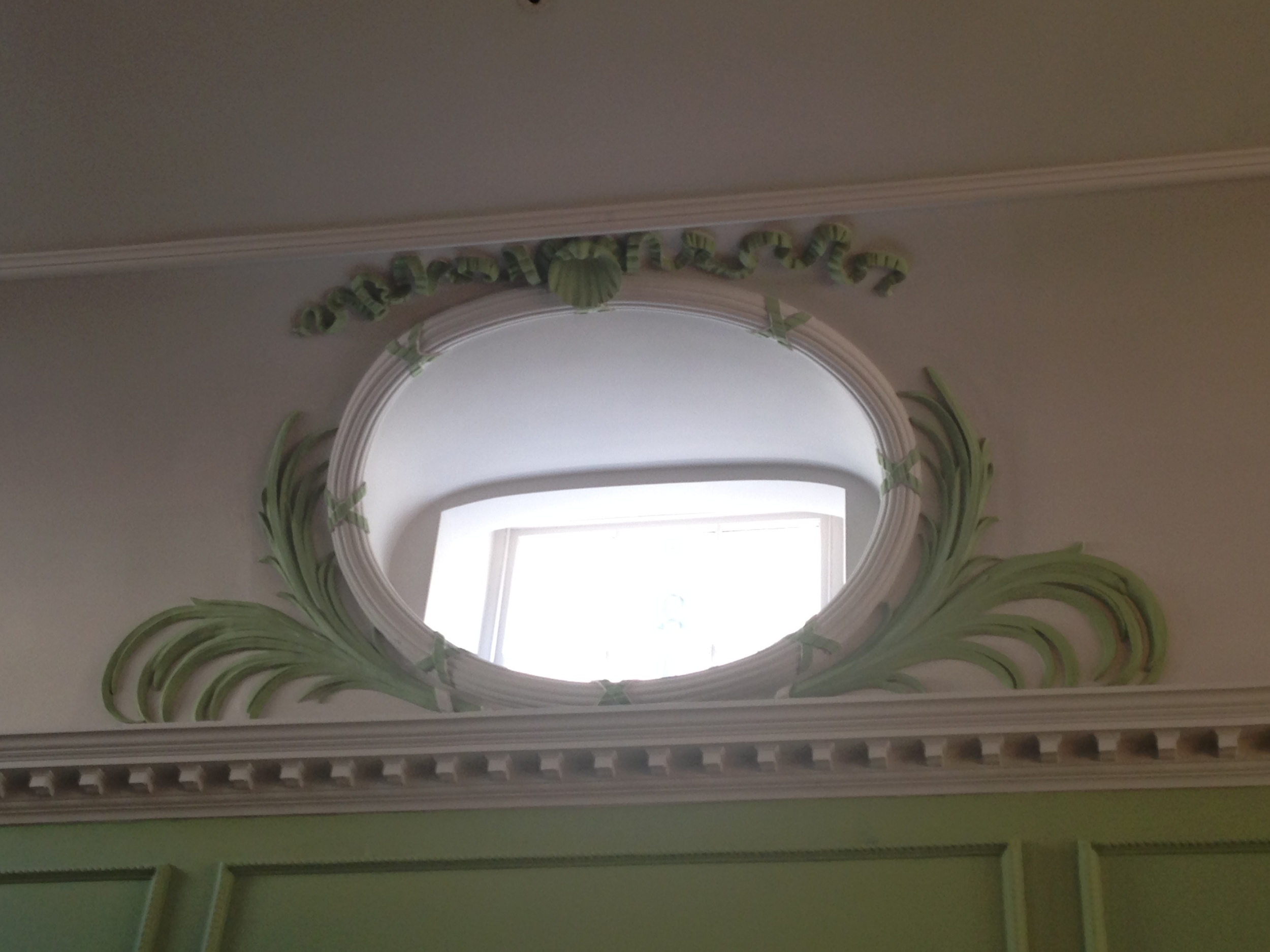
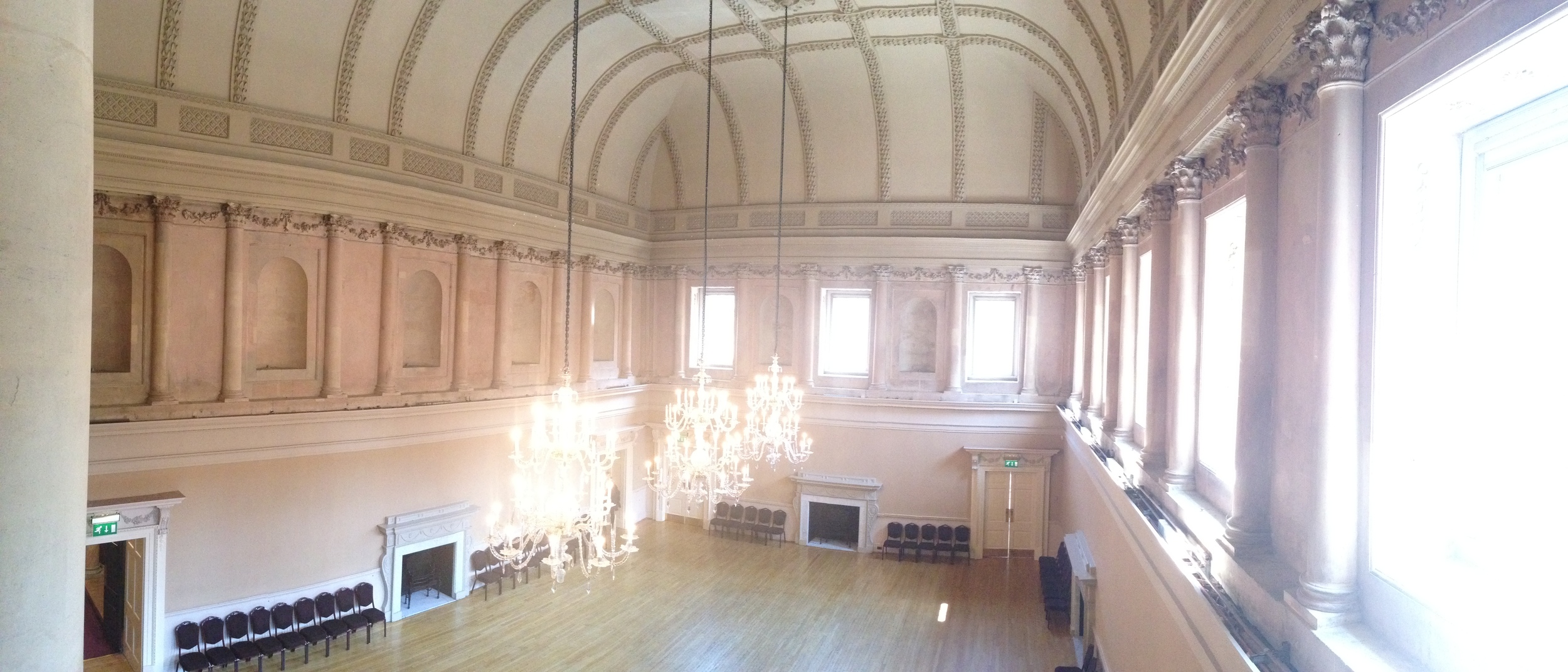
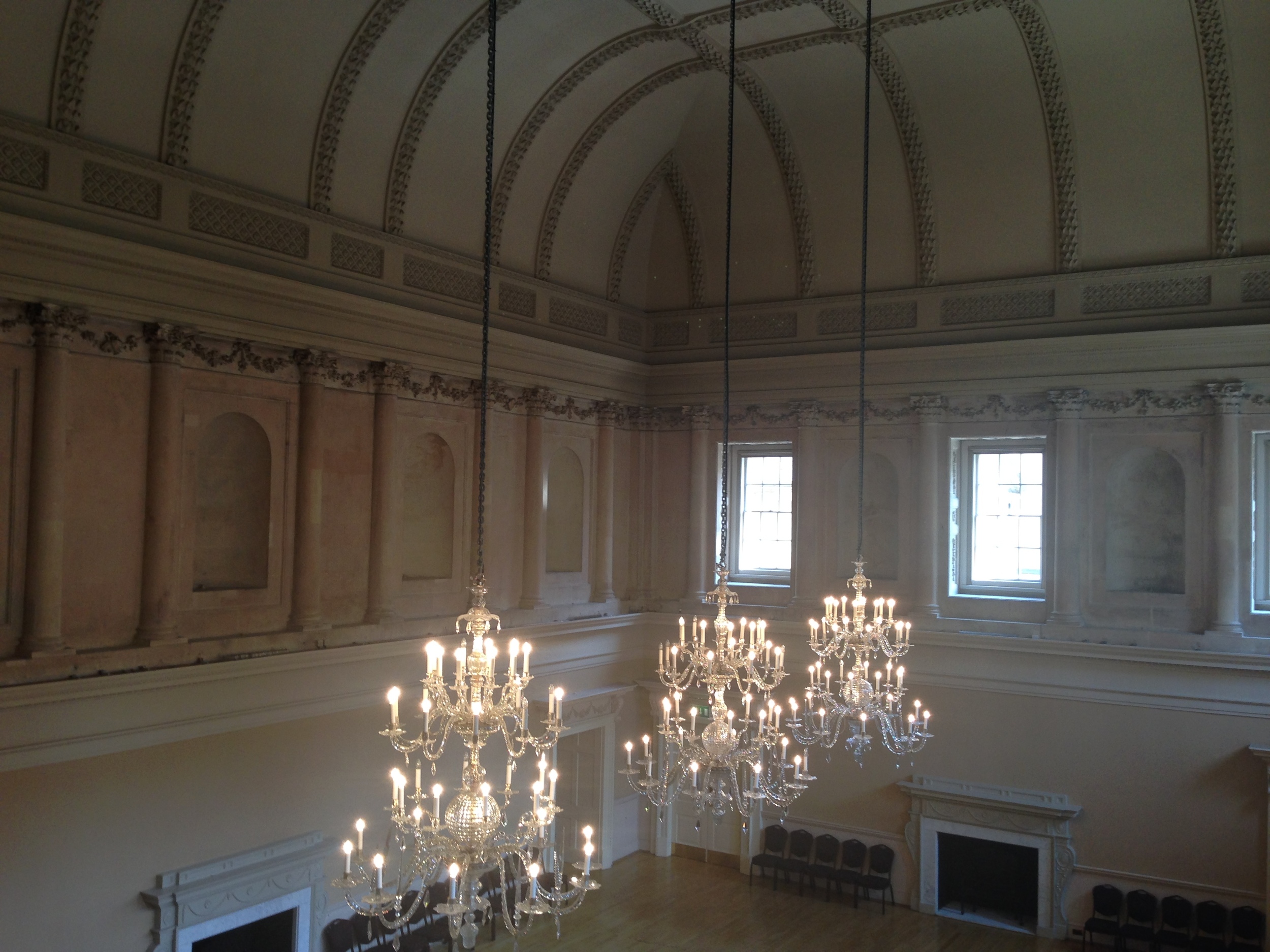
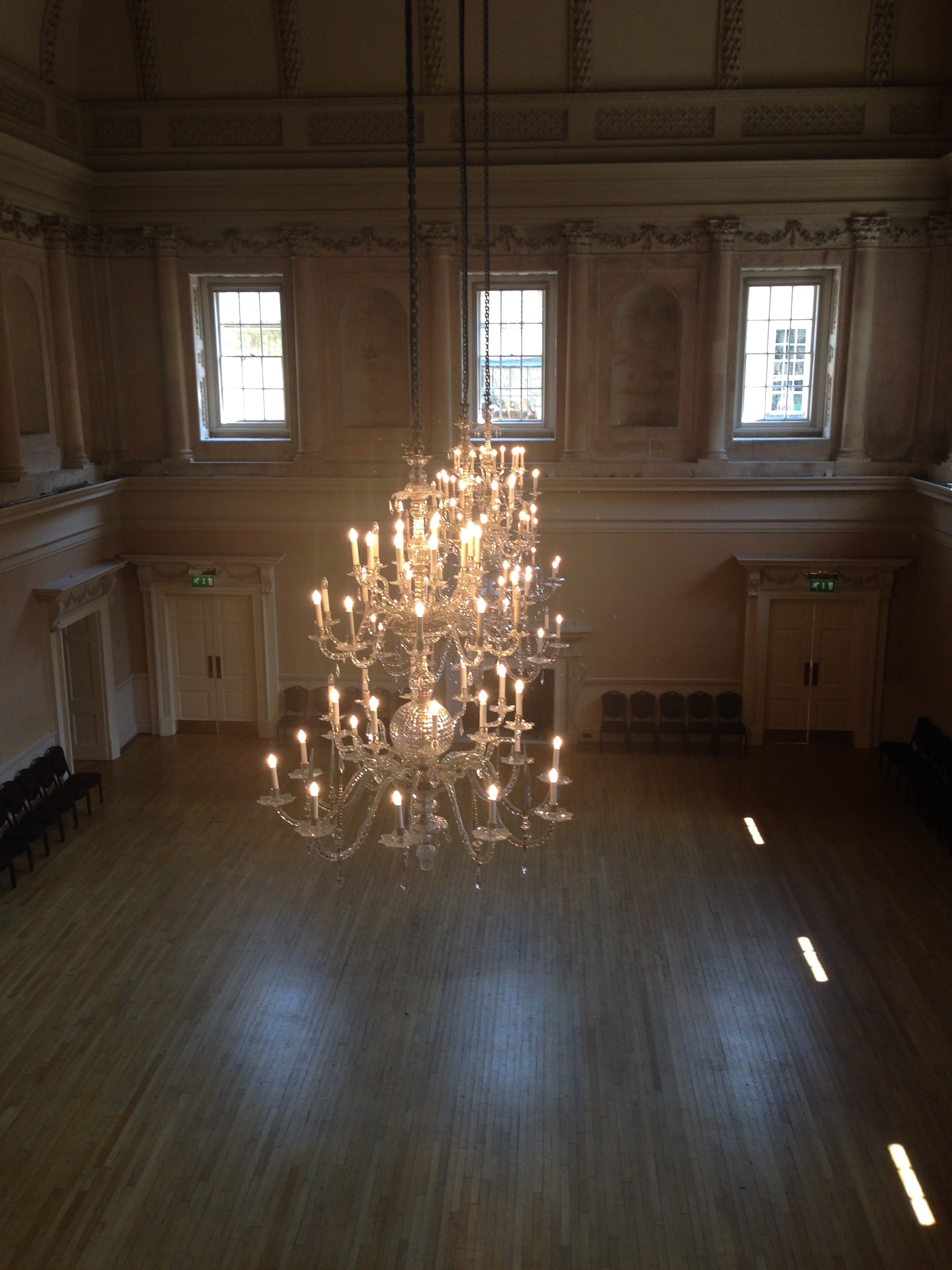
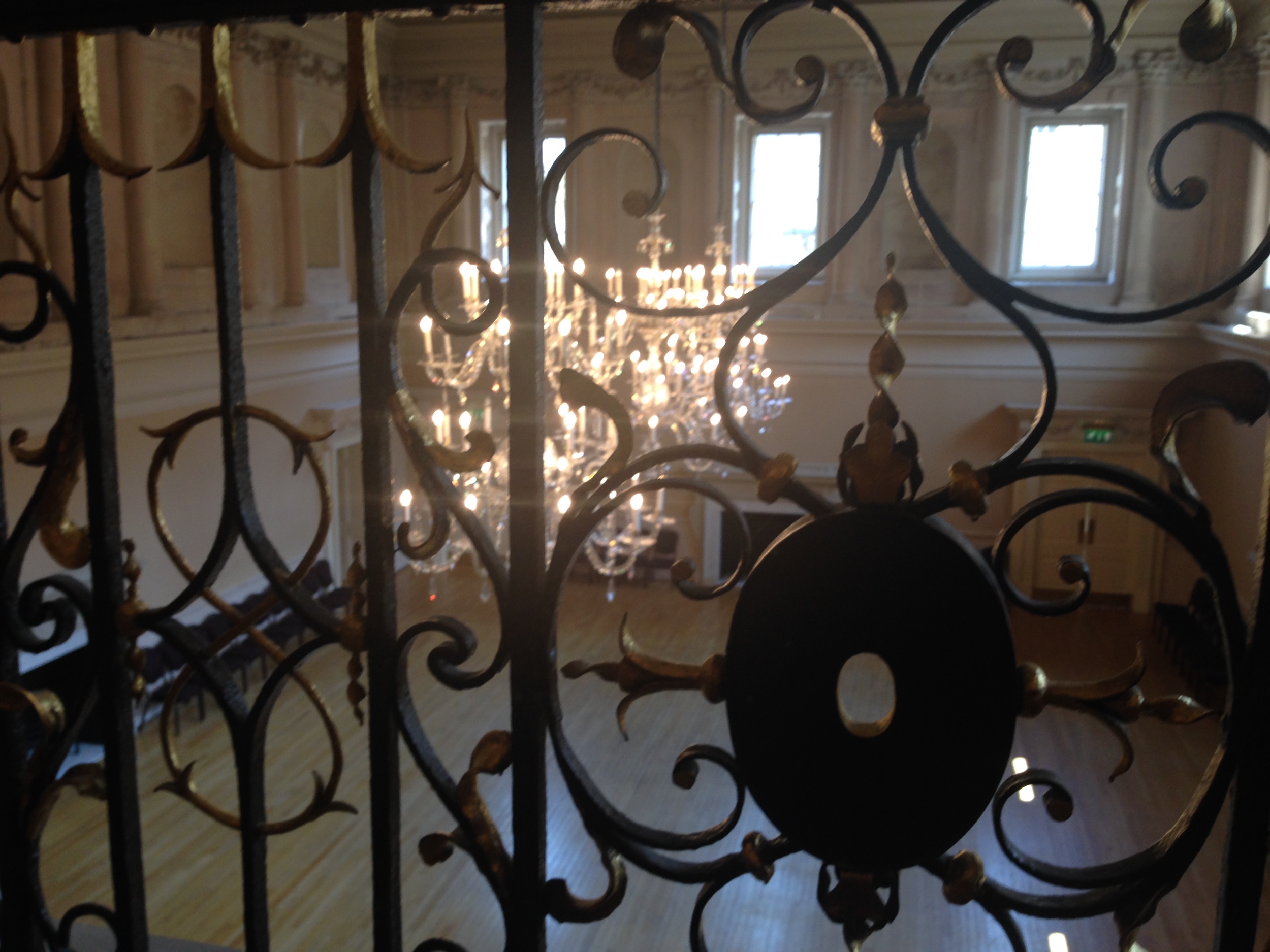
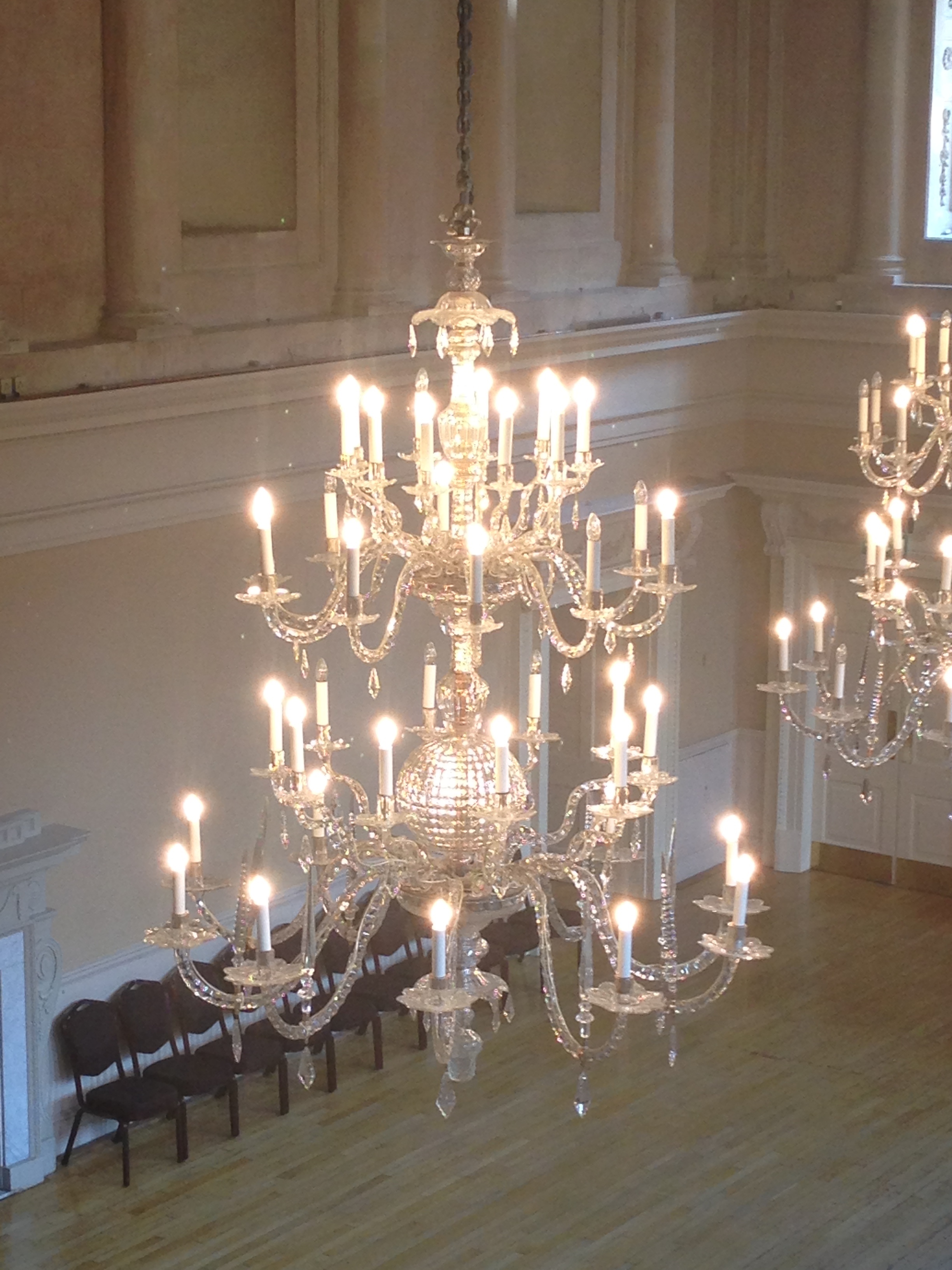
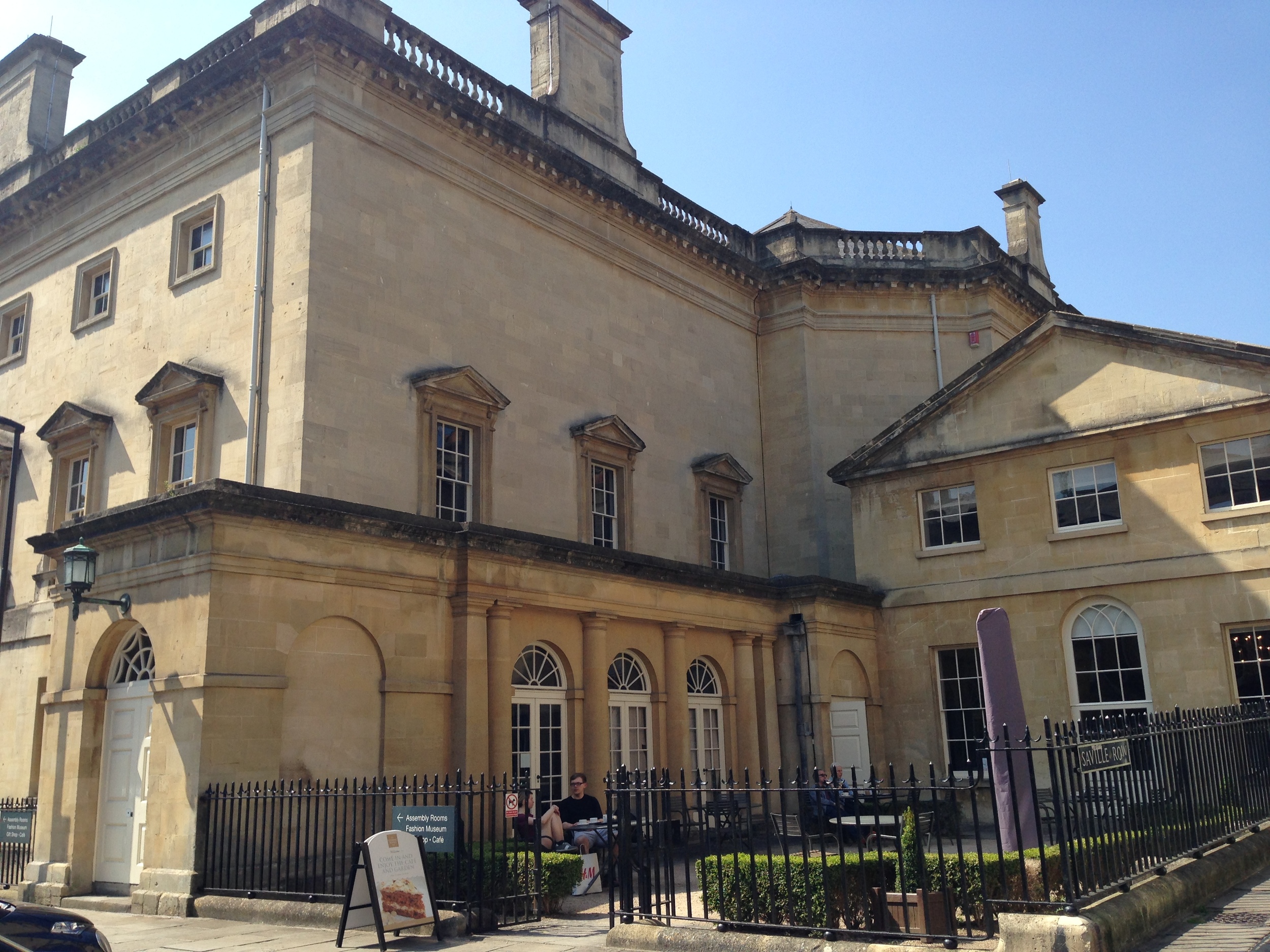
The Assembly Rooms are a set of ballrooms in Bath. Built in the late 18th-century, the Assembly Rooms were the venue for the most important social events in the Georgian and Regency eras - Jane Austen frequented the Assembly Rooms when she lived in Bath, as did some of her characters in her novels. All of the money was poured into the crystal chandeliers, so quality was cut in some other ways - all of the columns are either painted wood or plaster. The building was ravaged during WWII, but the chandeliers were stored in a warehouse outside the city, and still are around today (and are insured for a ridiculous amount of money). Oddly enough, the artwork was all saved as well, because the owner at the time had sold off all of the paintings - which were all able to be bought back by the historical society that now owns the building. Admission to the Assembly Rooms is free, and they do free tours of the balconies in the mornings, and free tours on the ground floor during the day.
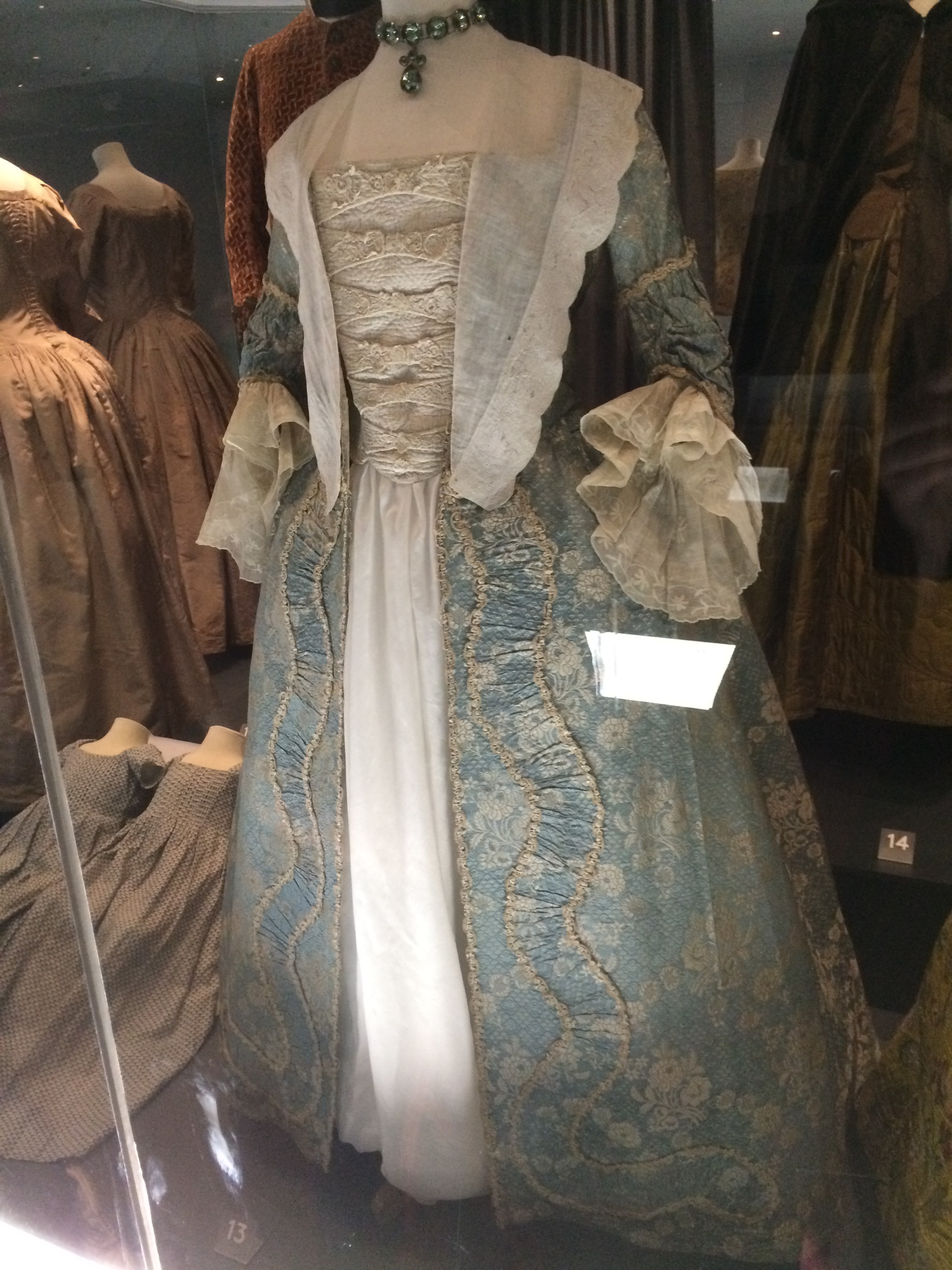
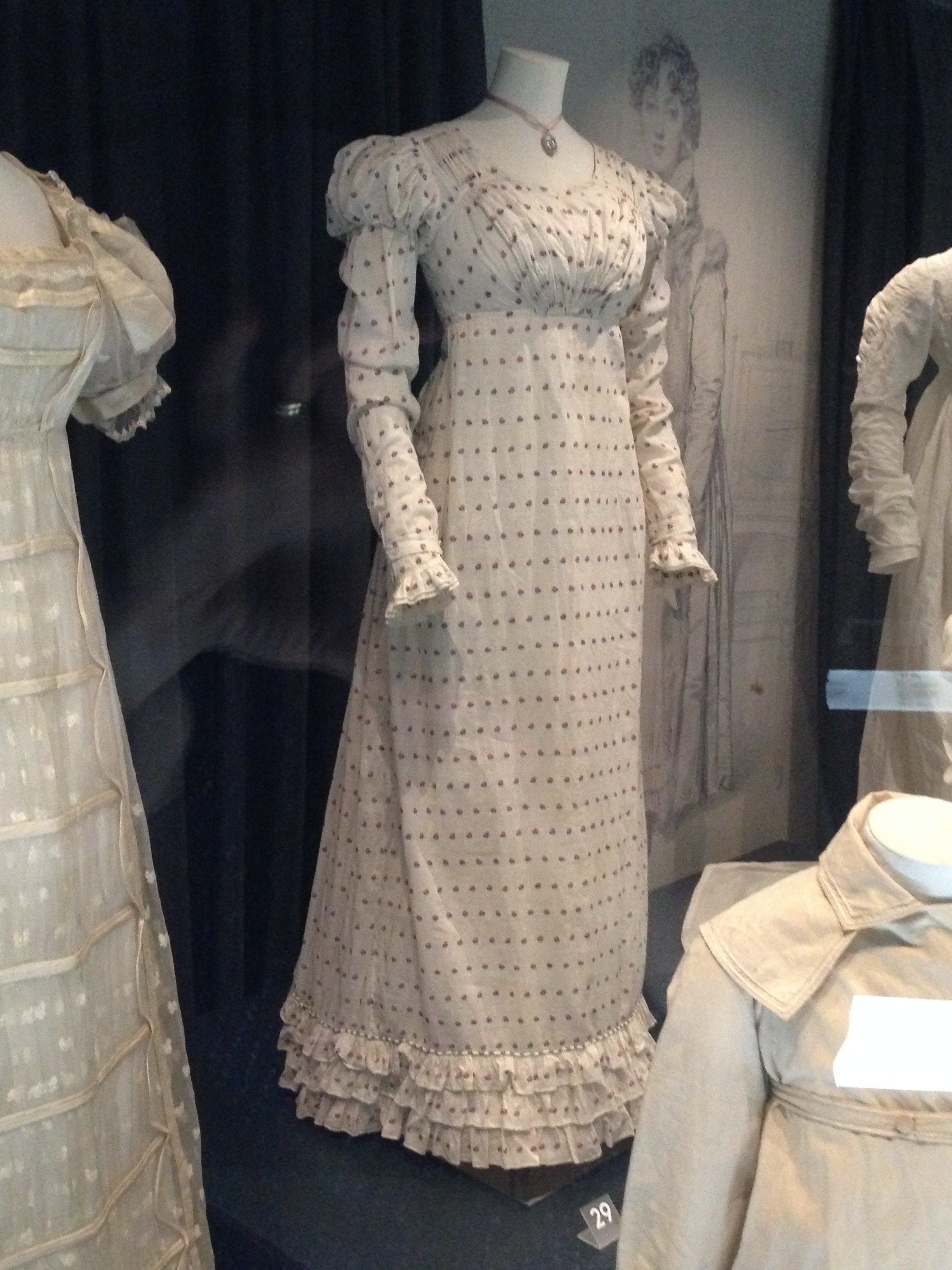
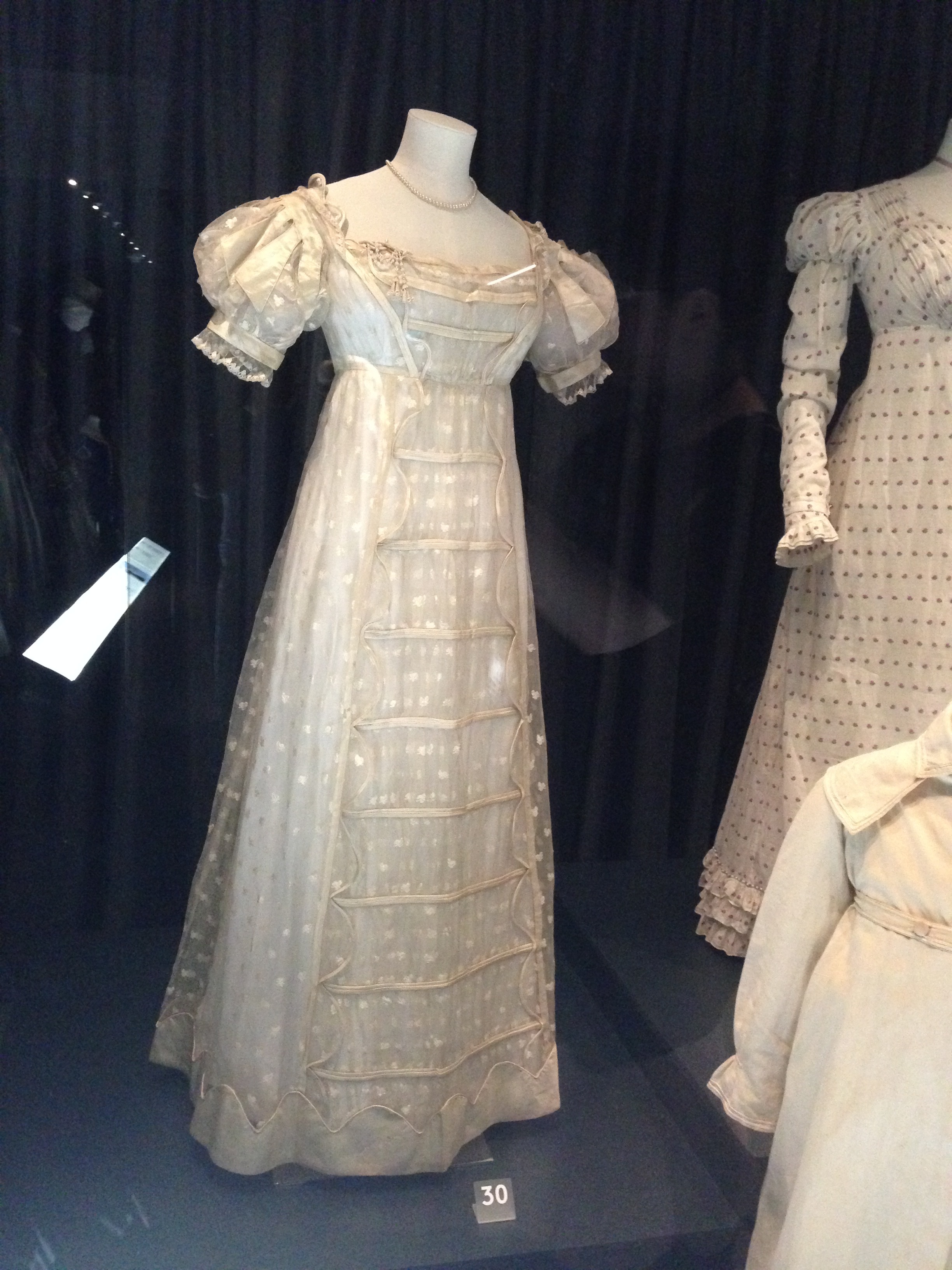
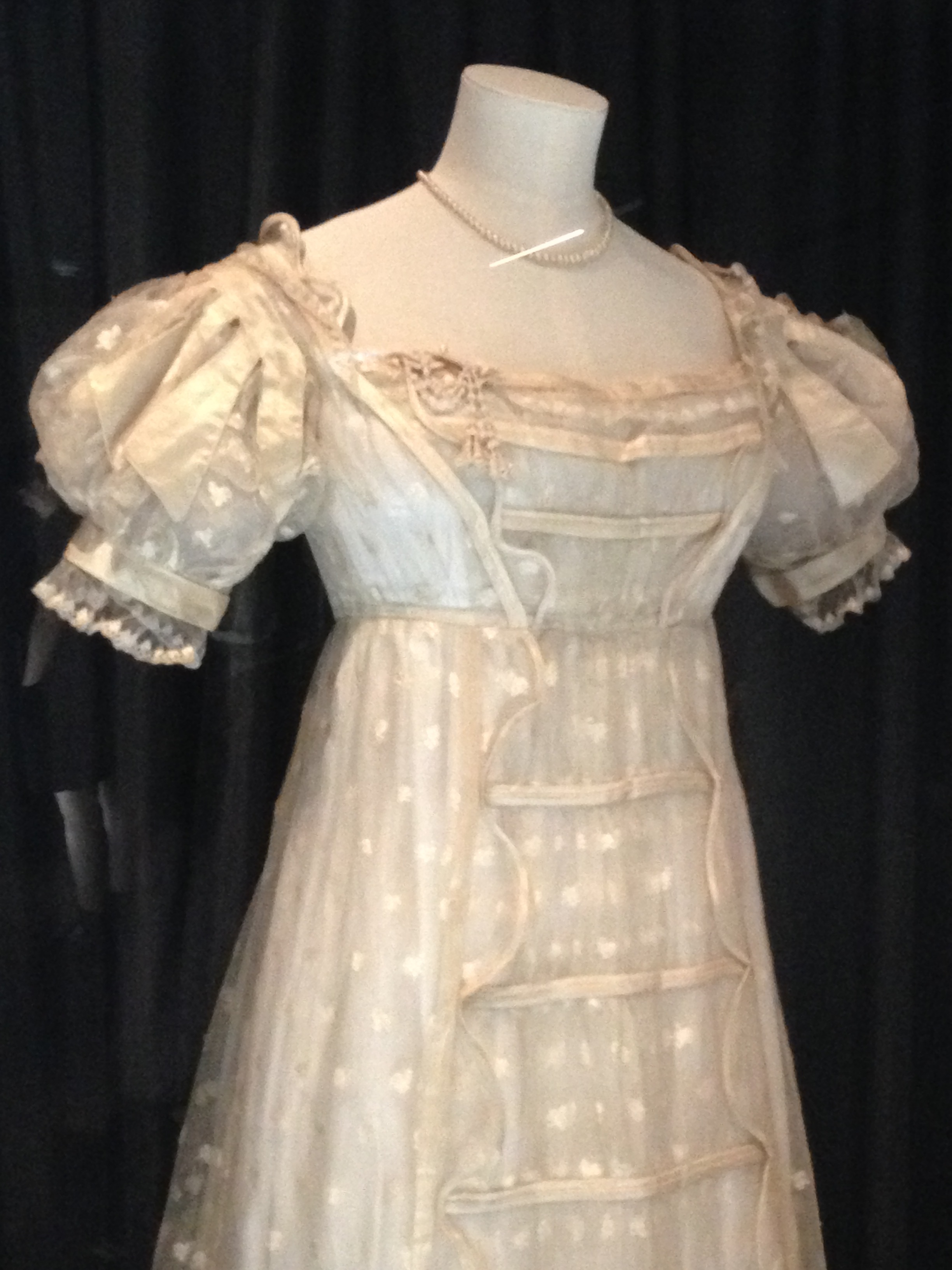
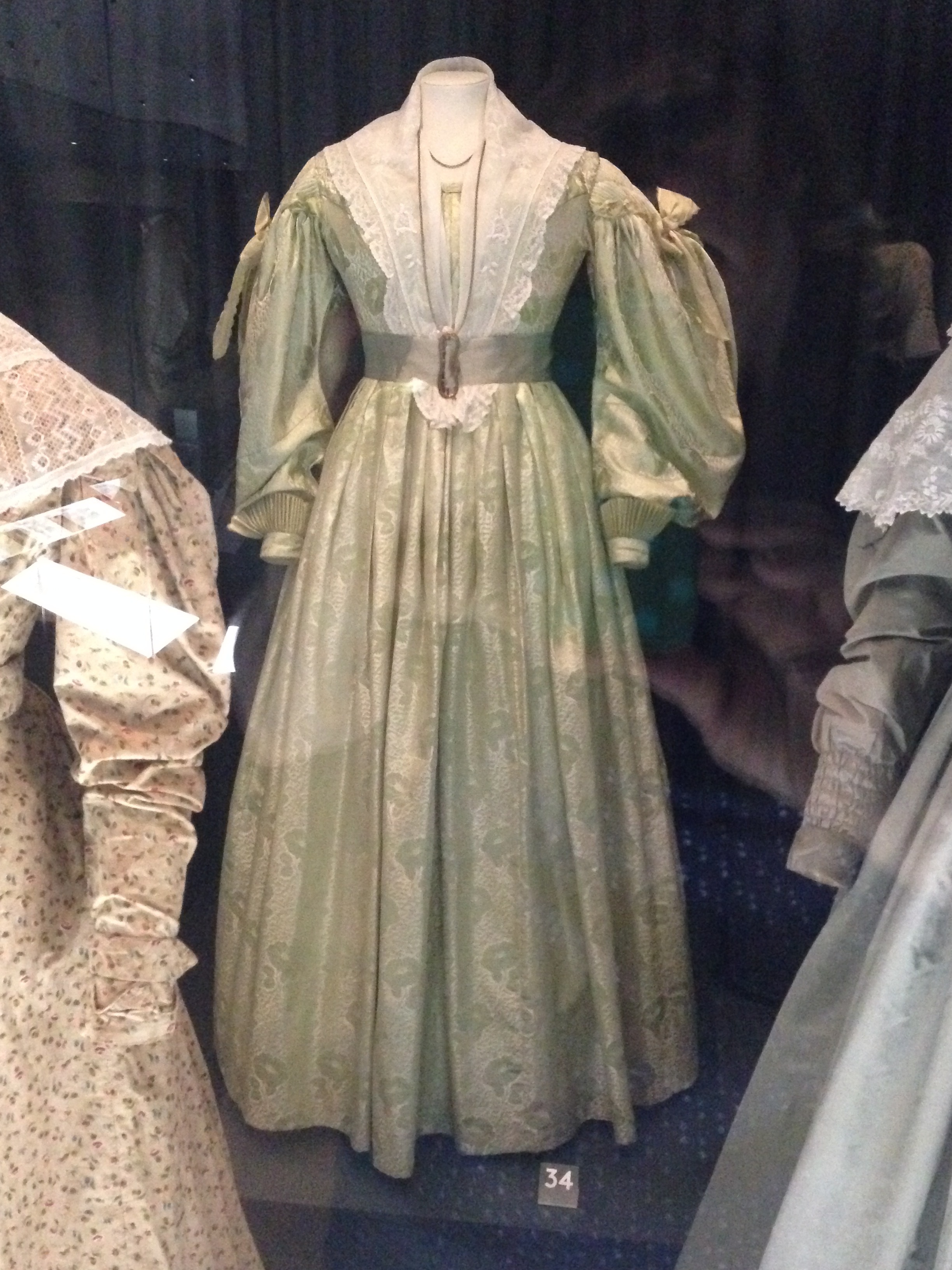
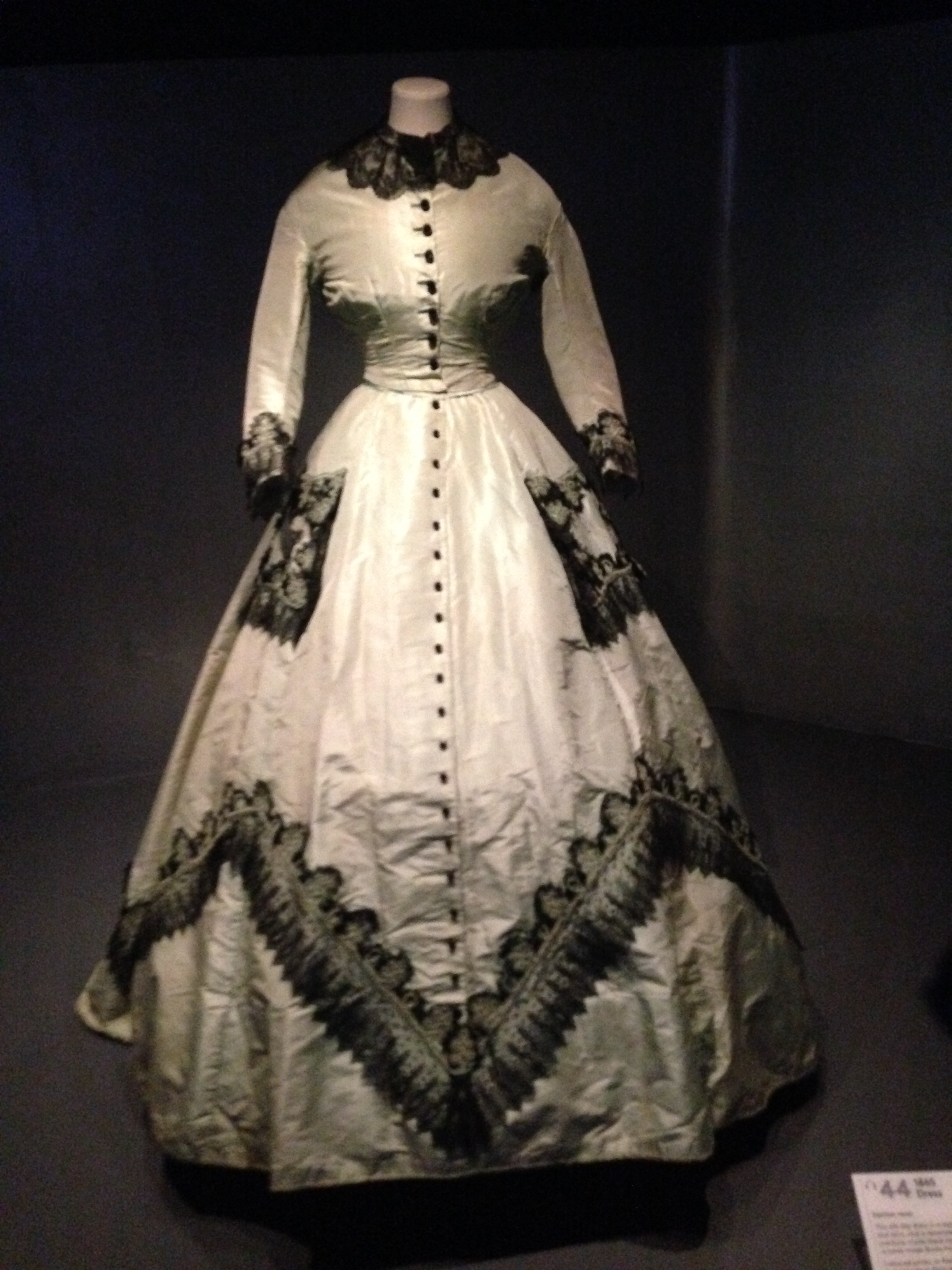
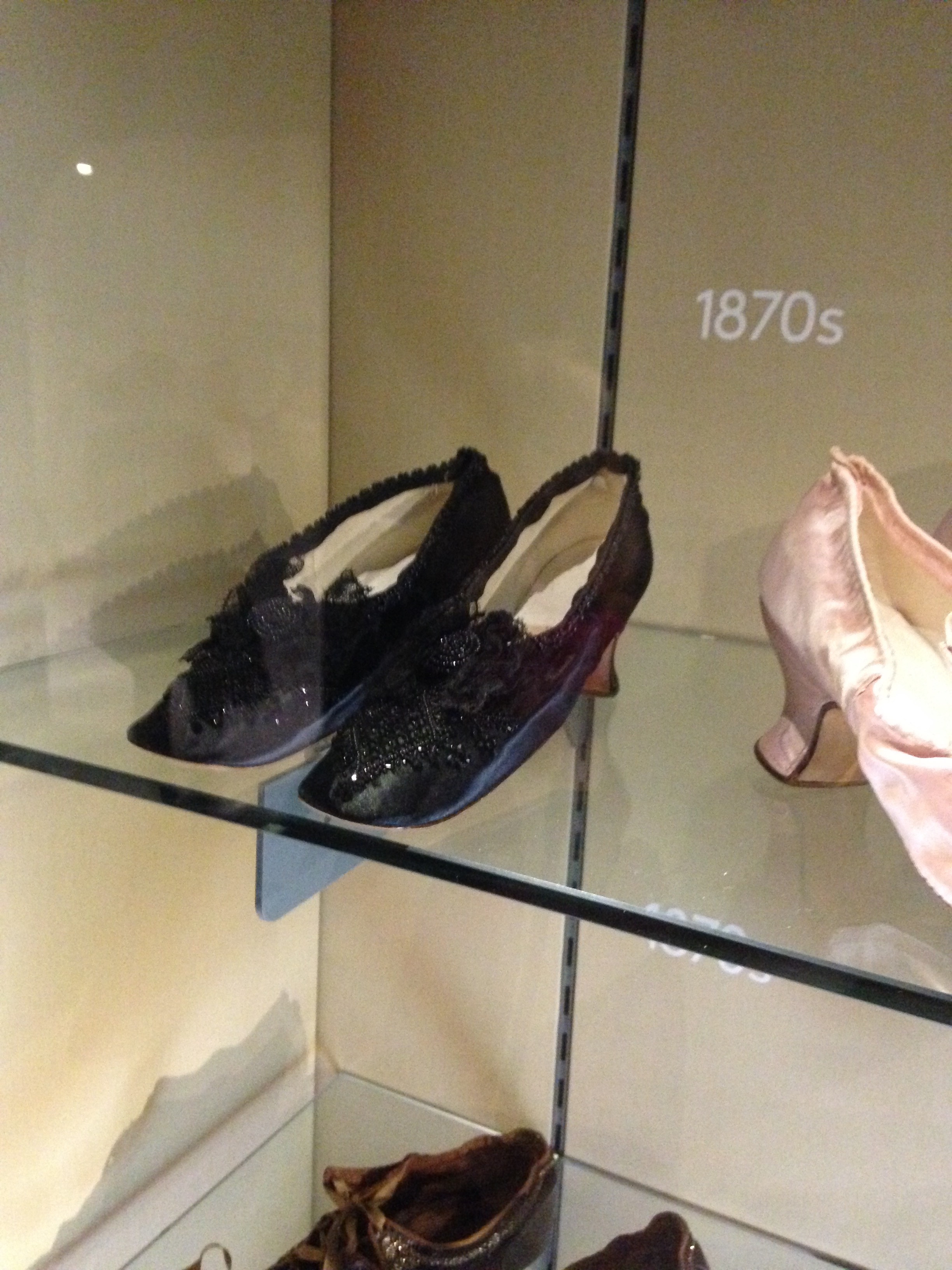
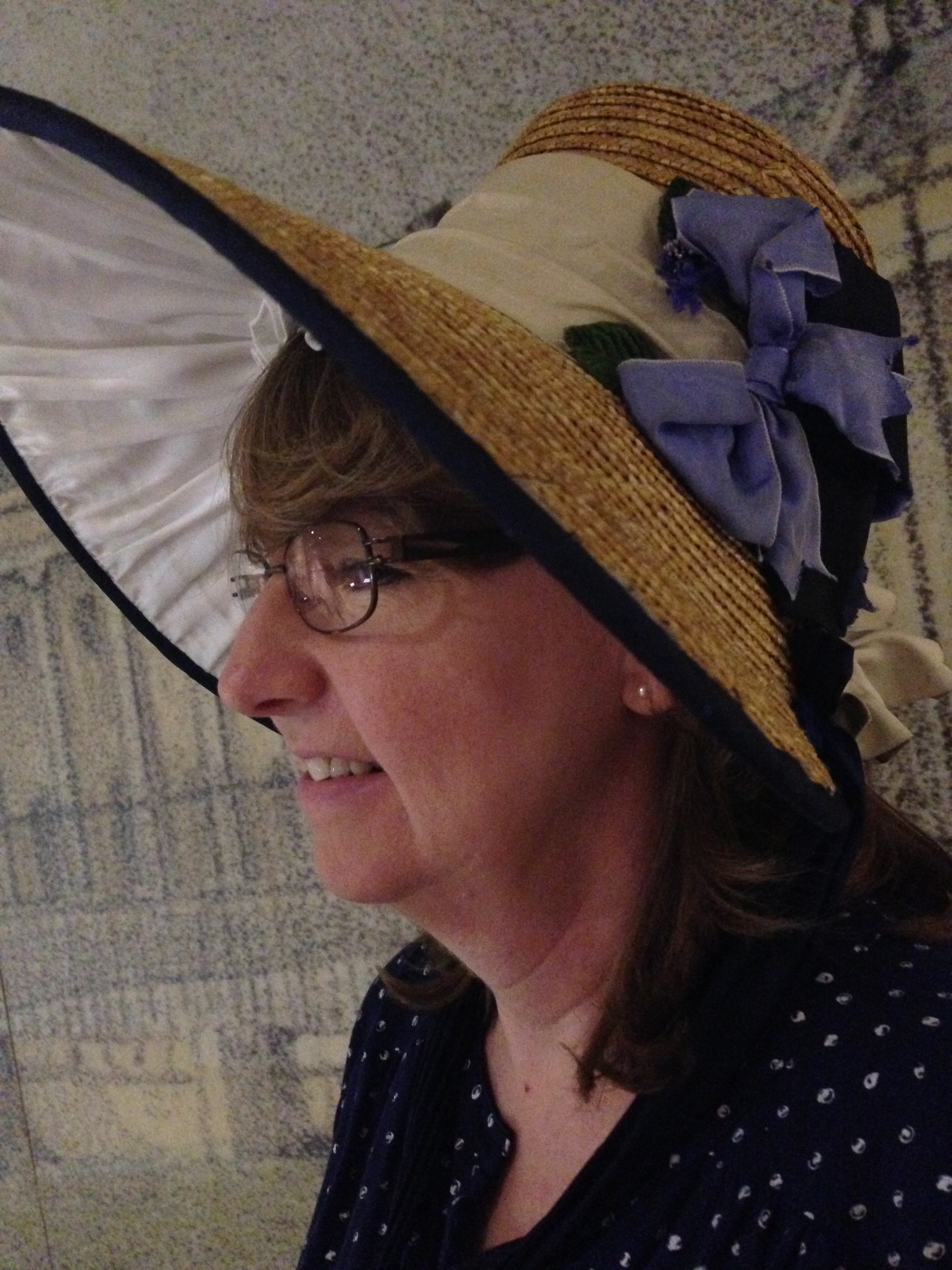
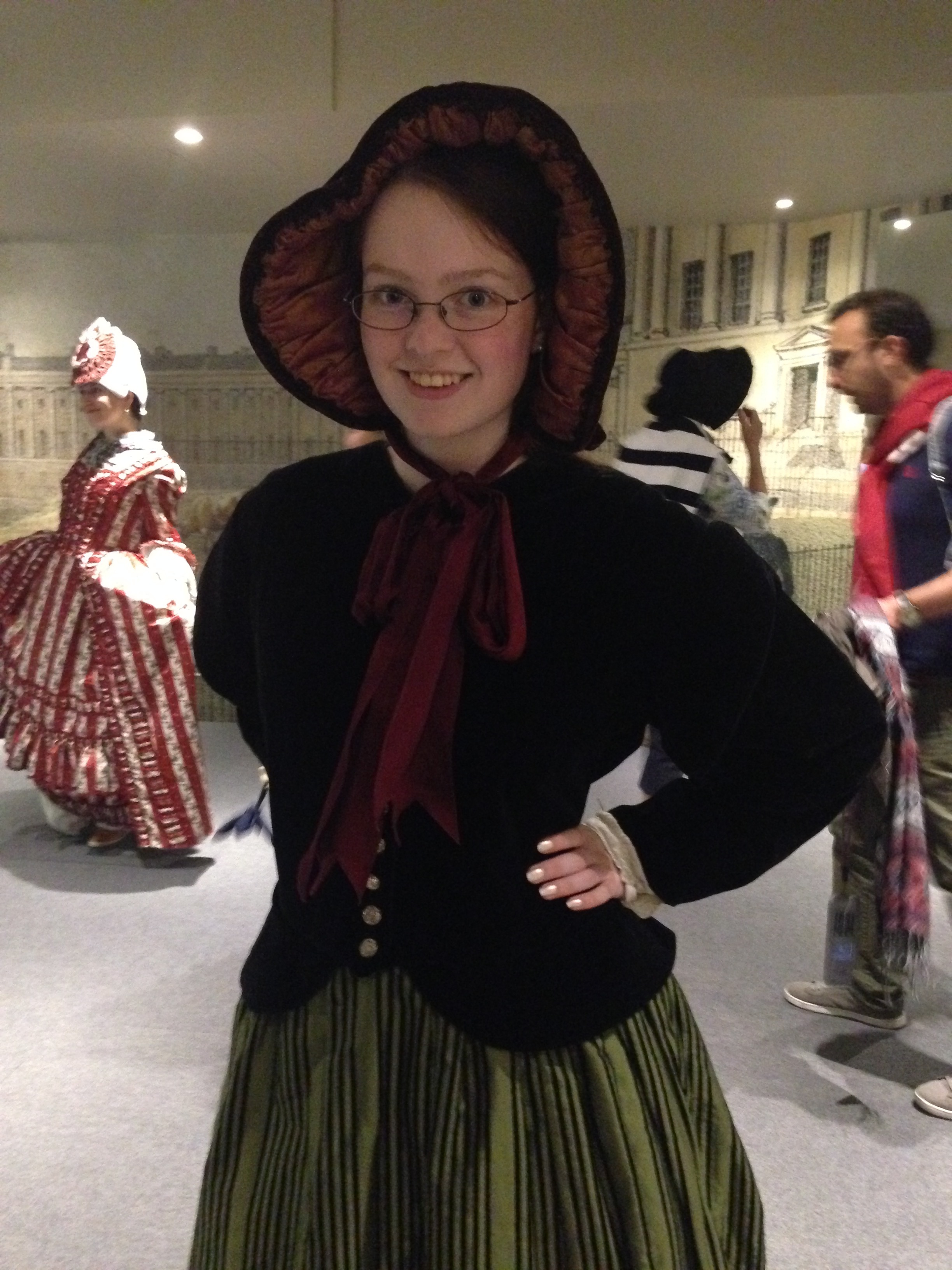
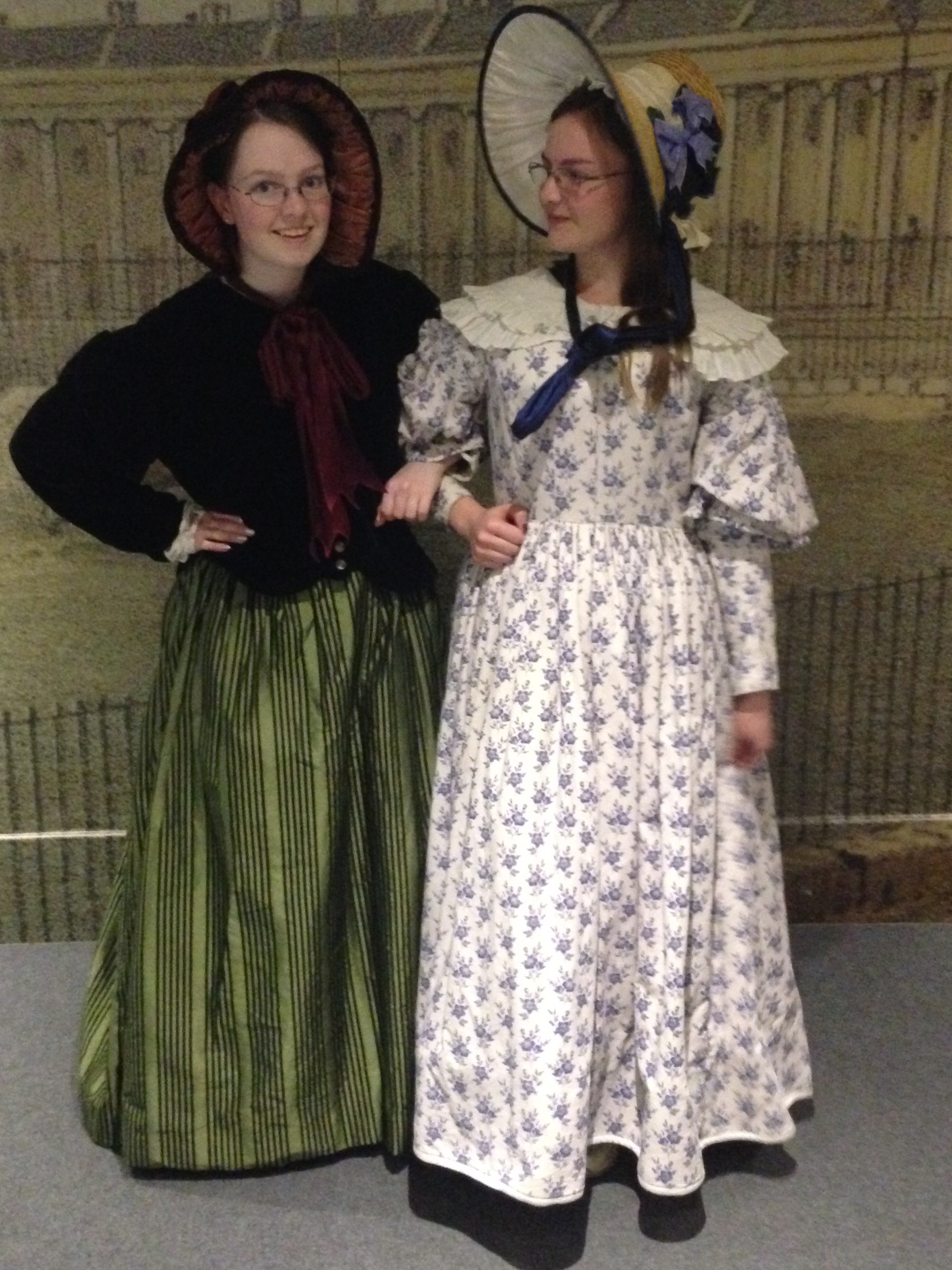
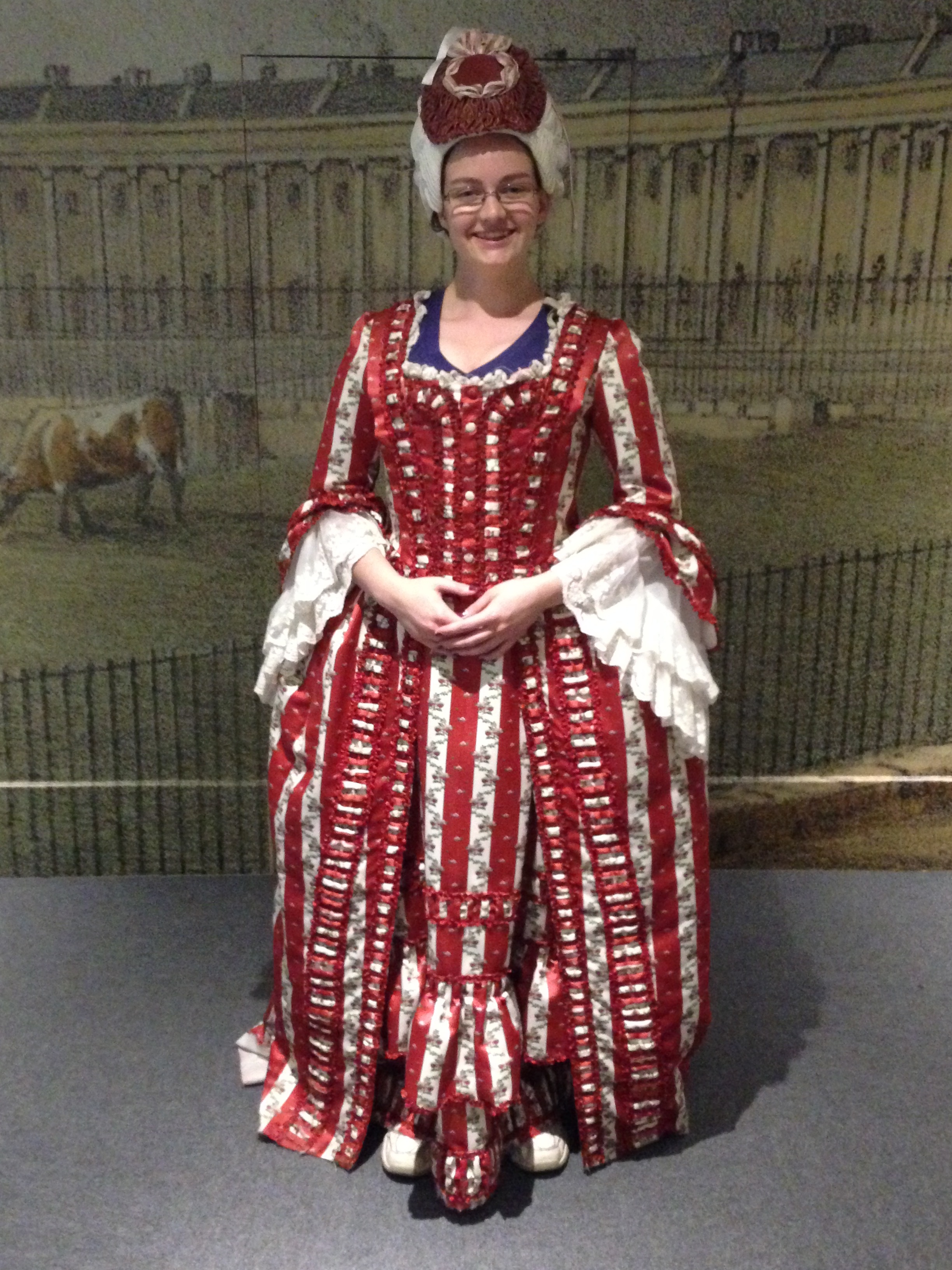
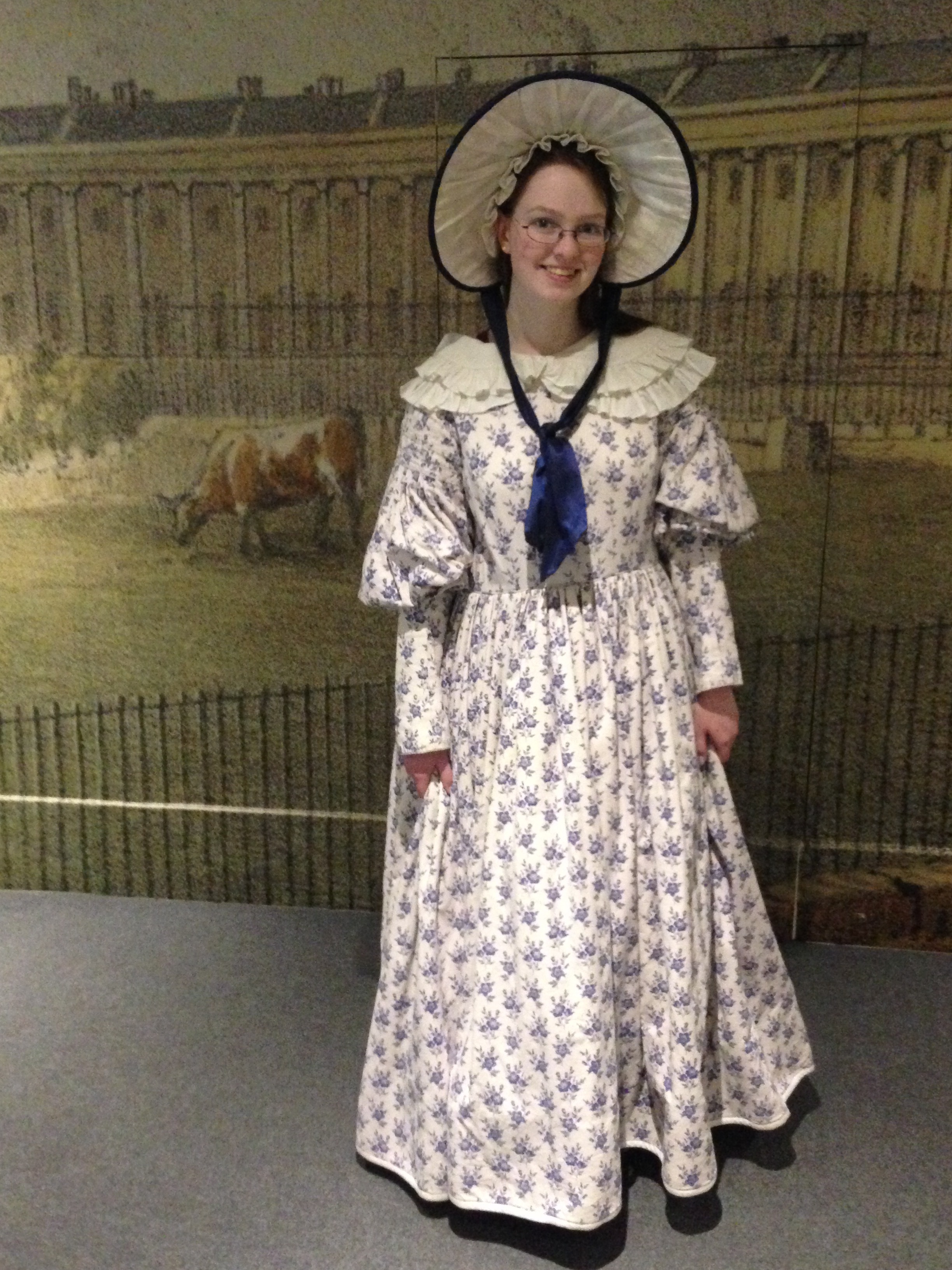
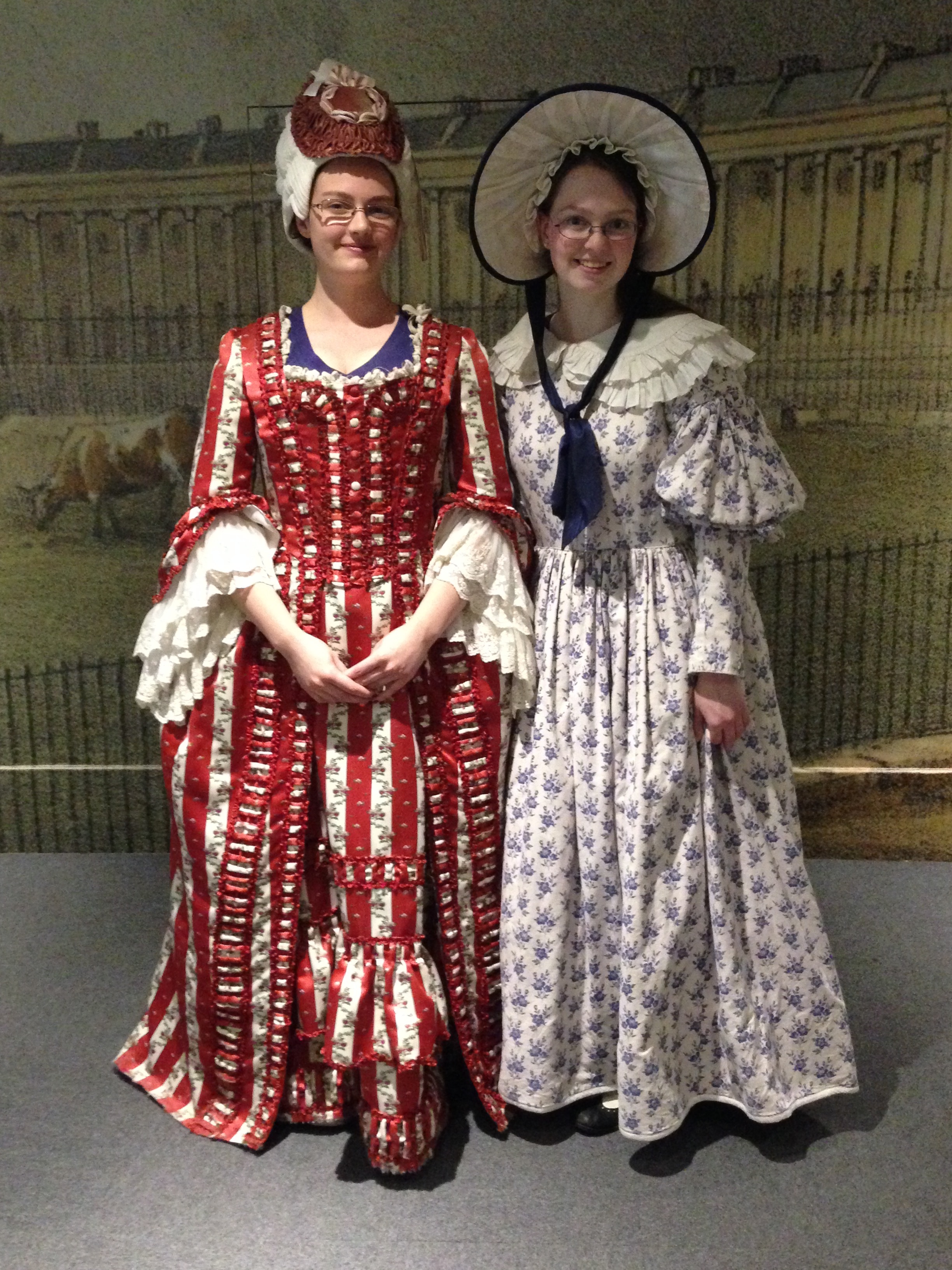
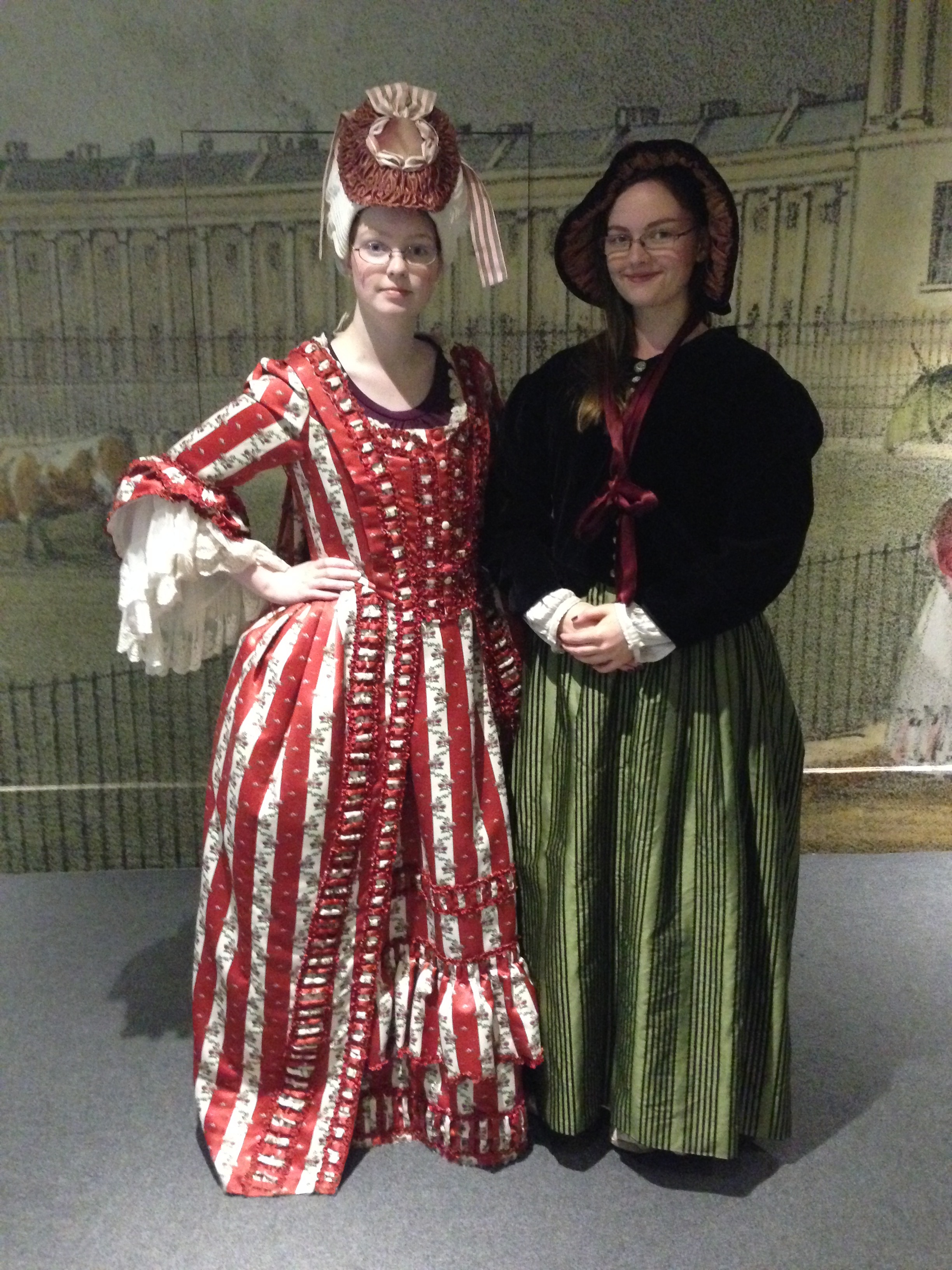
Underneath the Assembly Rooms is a fantastic Fashion museum that showcases 100 pieces of European fashion, starting in the Renaissance and ending with modern pieces. British museums tend to have more interactive displays than museums in the US - in the Bath Fashion Museum, you can try on replicated historical costumes, complete with wigs and hats.
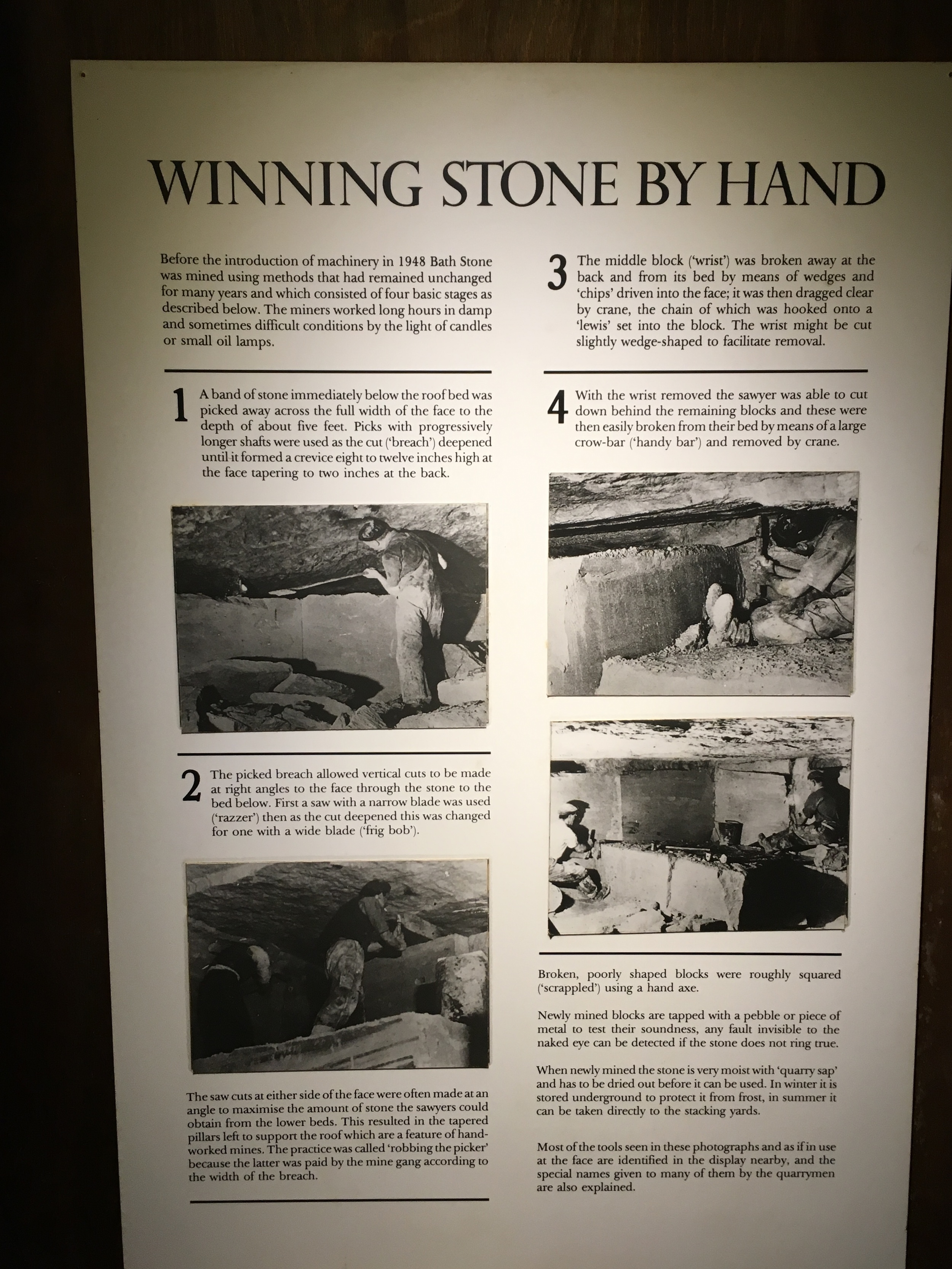
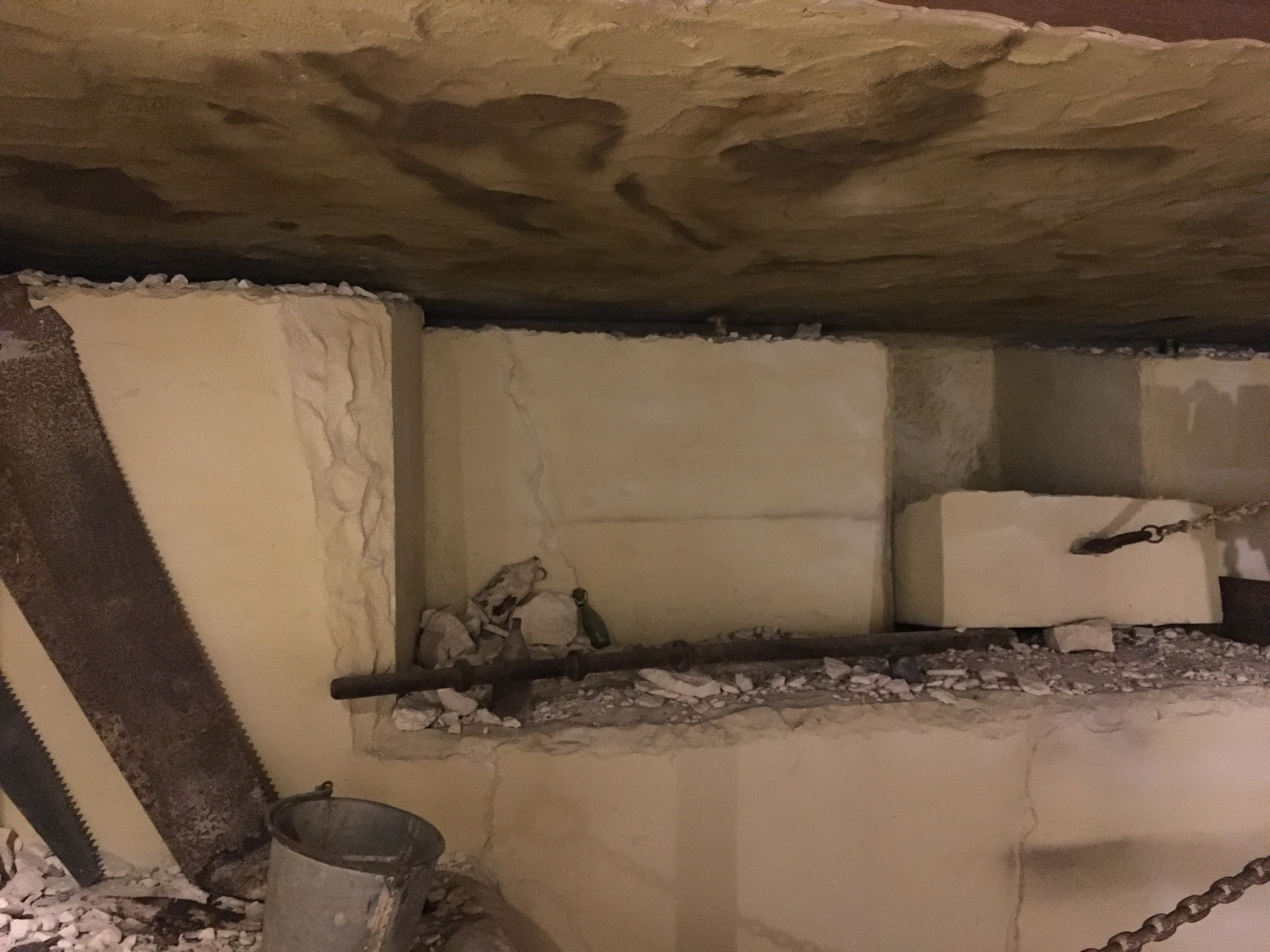
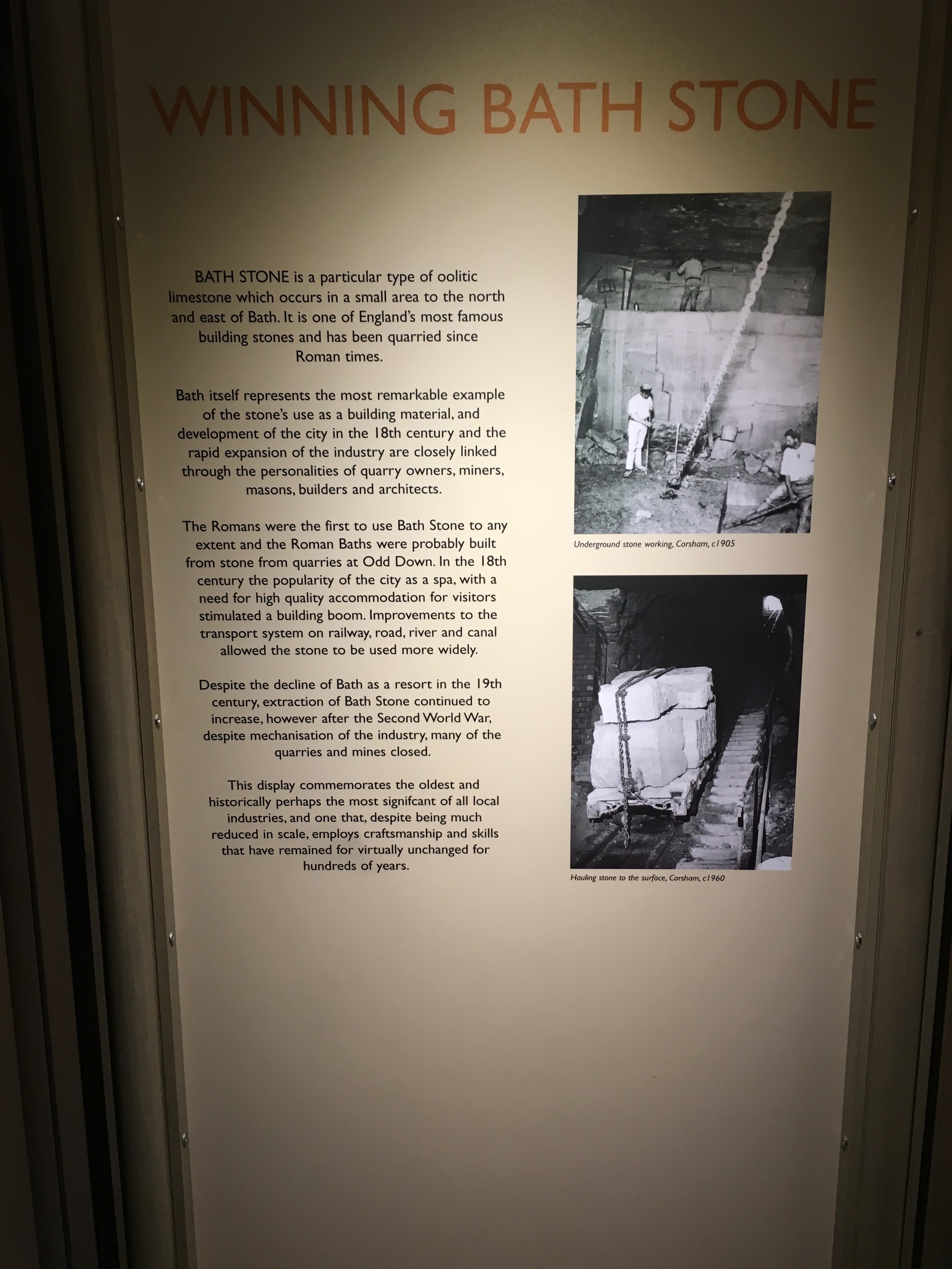
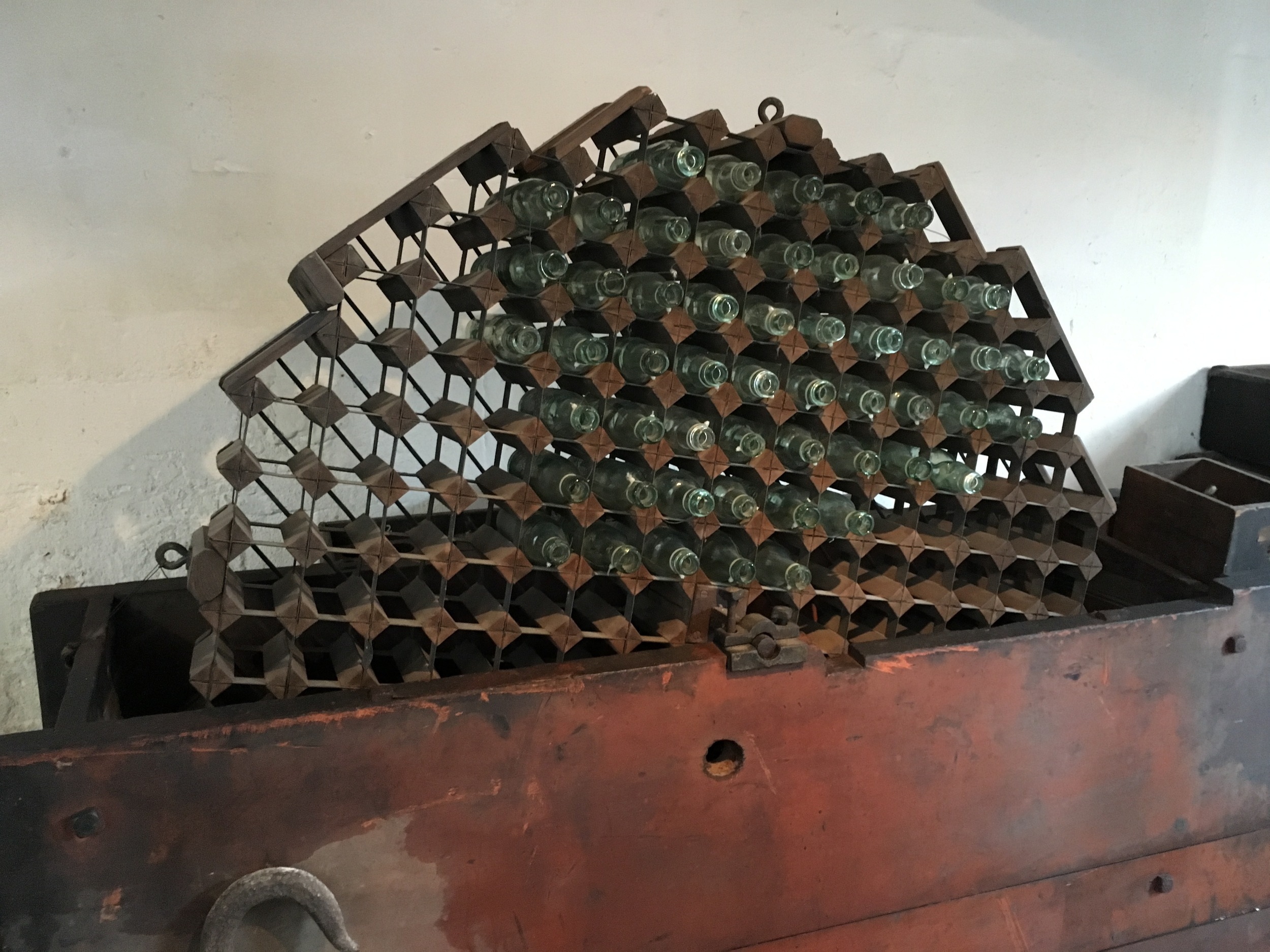
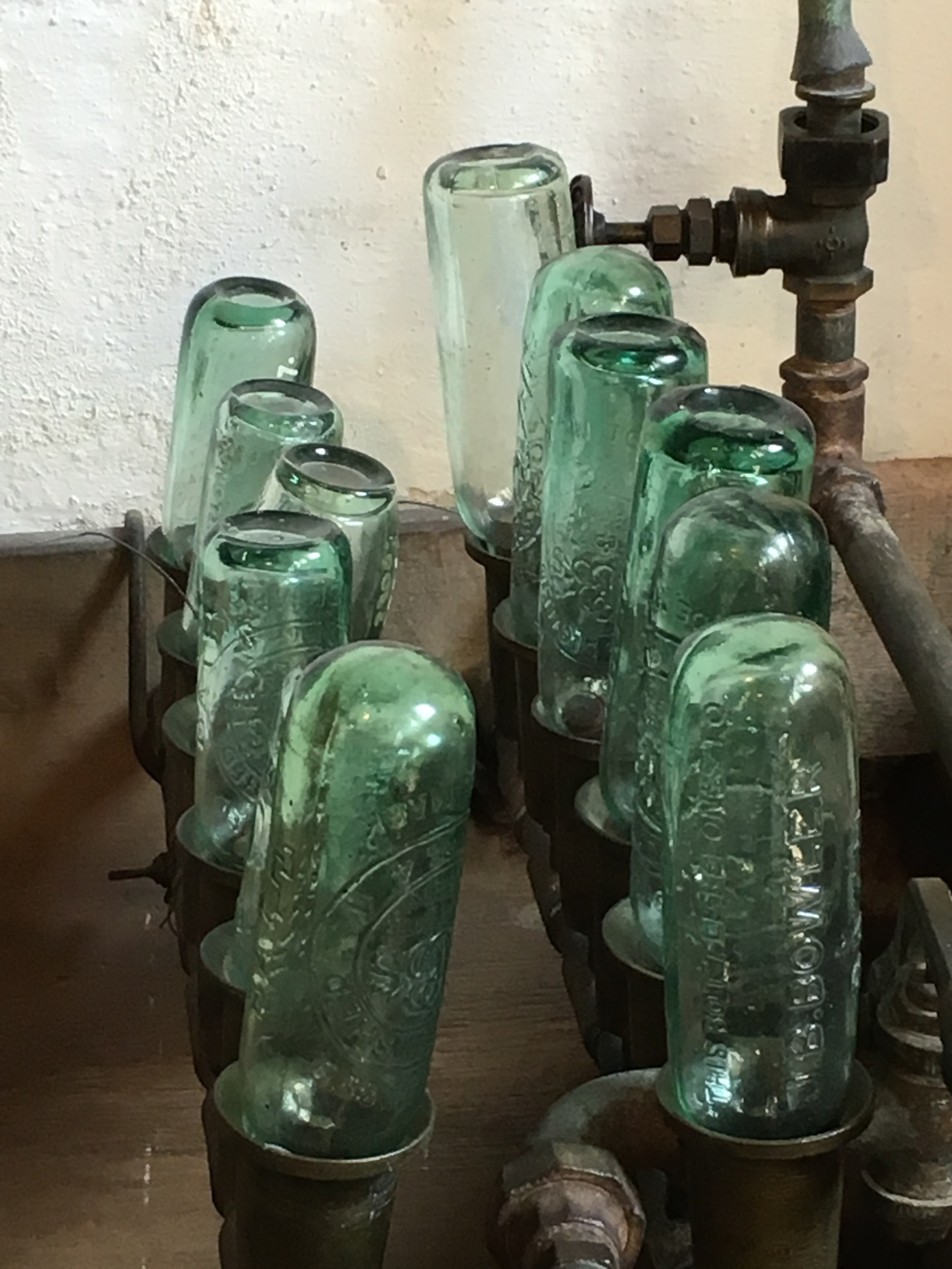
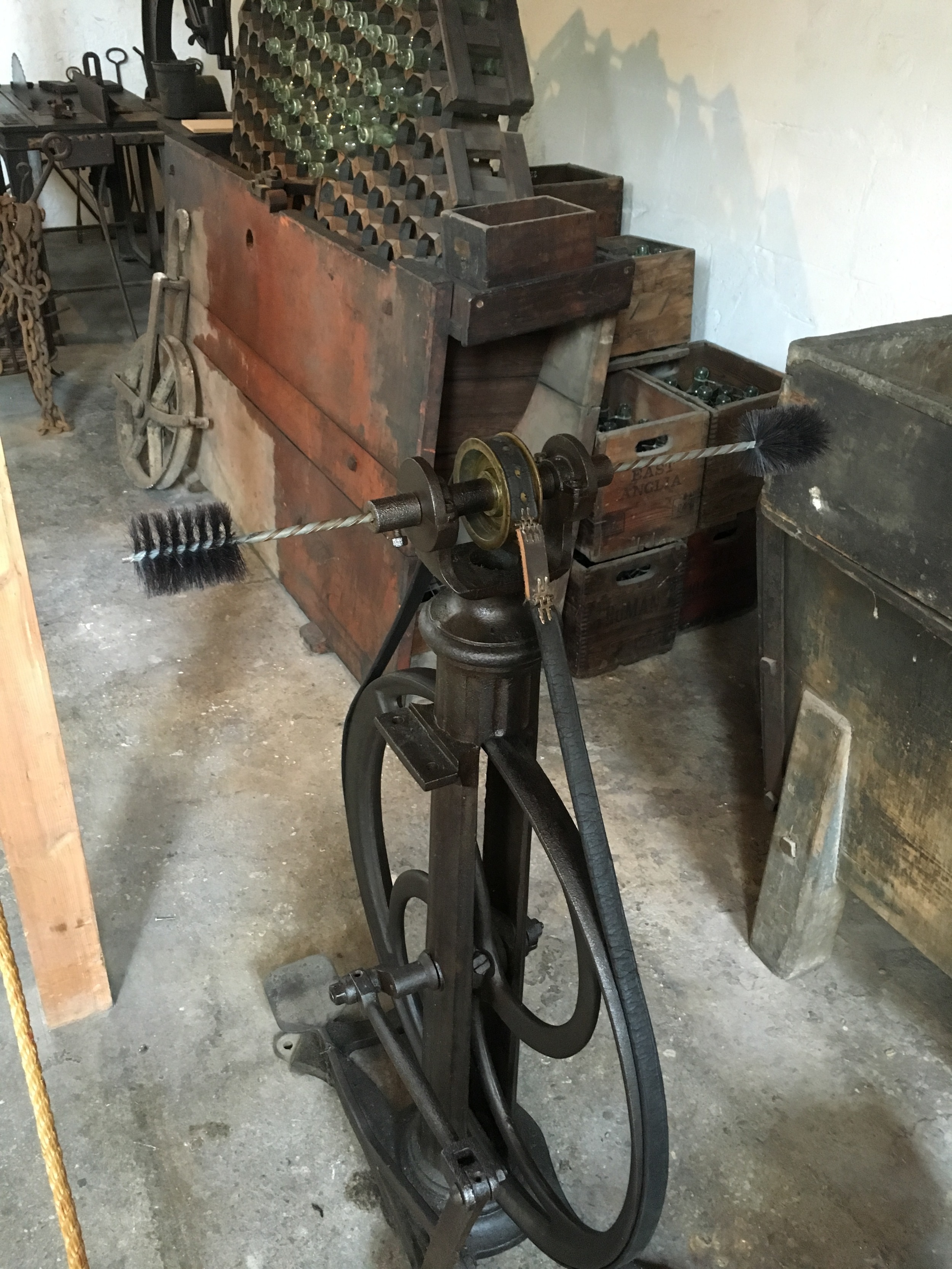
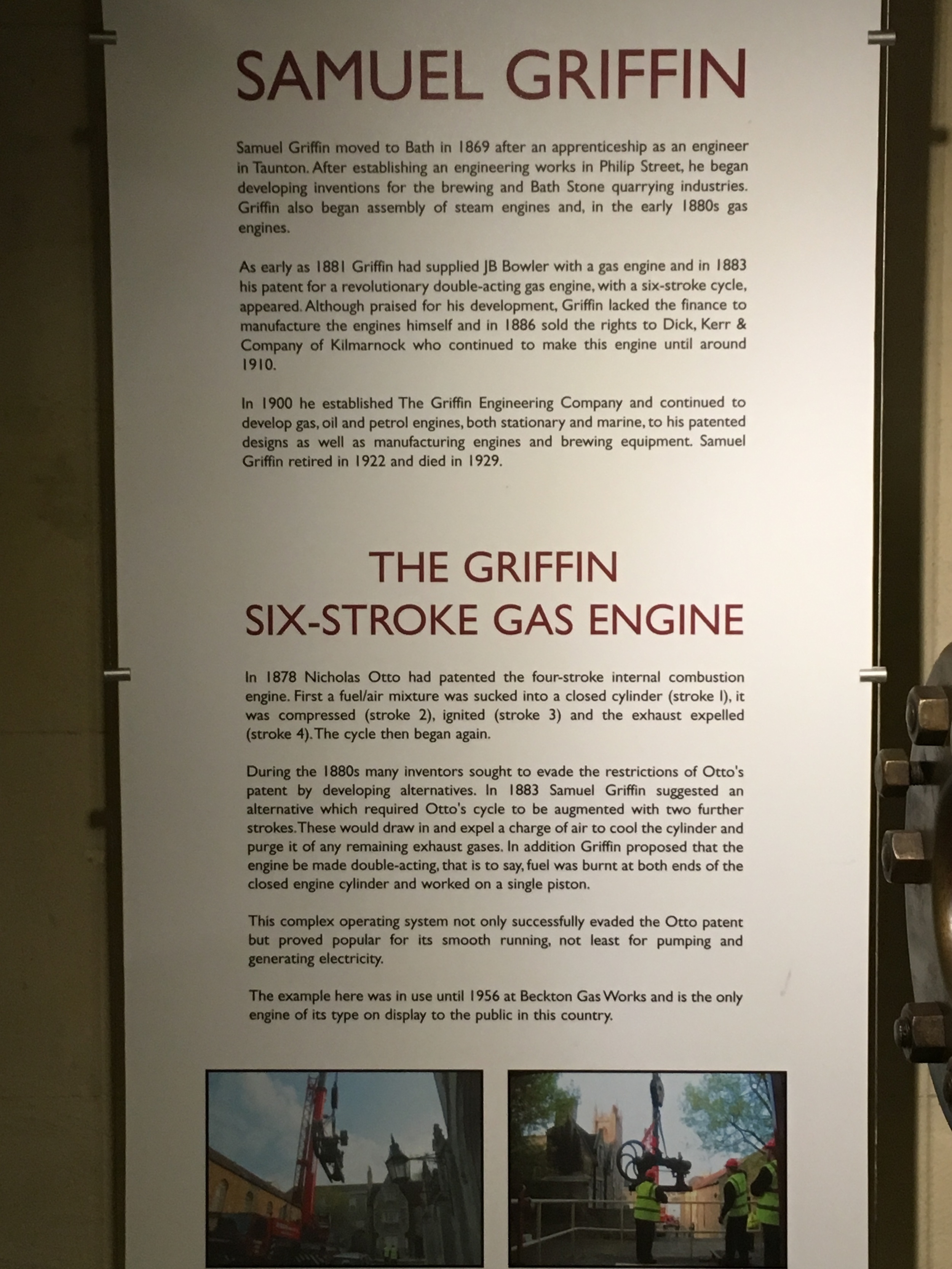
Disclaimer: I actually didn't go to the Bath at Work Museum; my father chose to go there while my mother, my sister, and I went to the Fashion Museum. Above are a couple of the pictures he took, and the captions were dictated by him. If we had more time in Bath, though, I would have loved to go to this museum - I am fascinated by the Industrial Revolution, and the specific machinery invented for specific products.
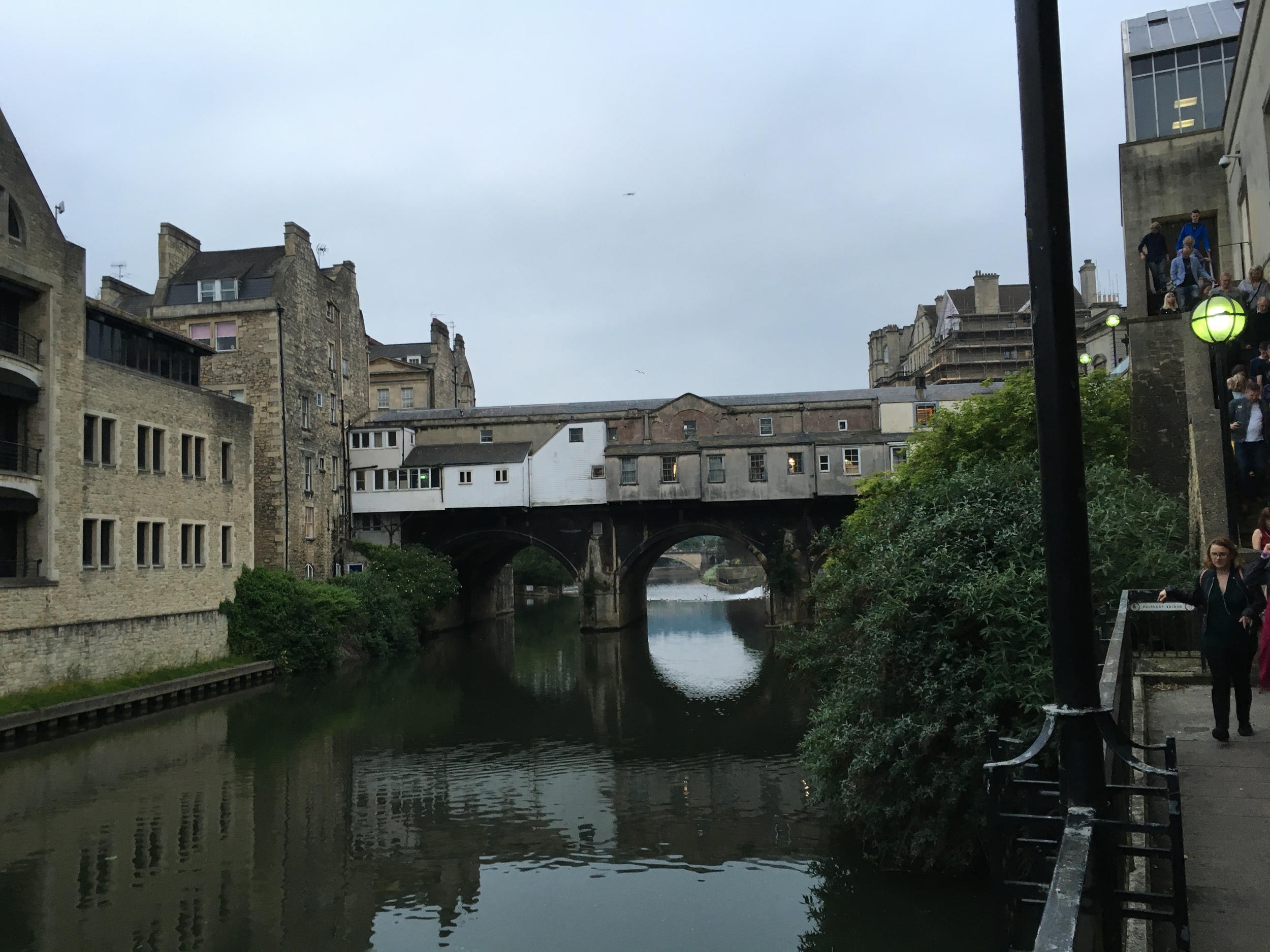
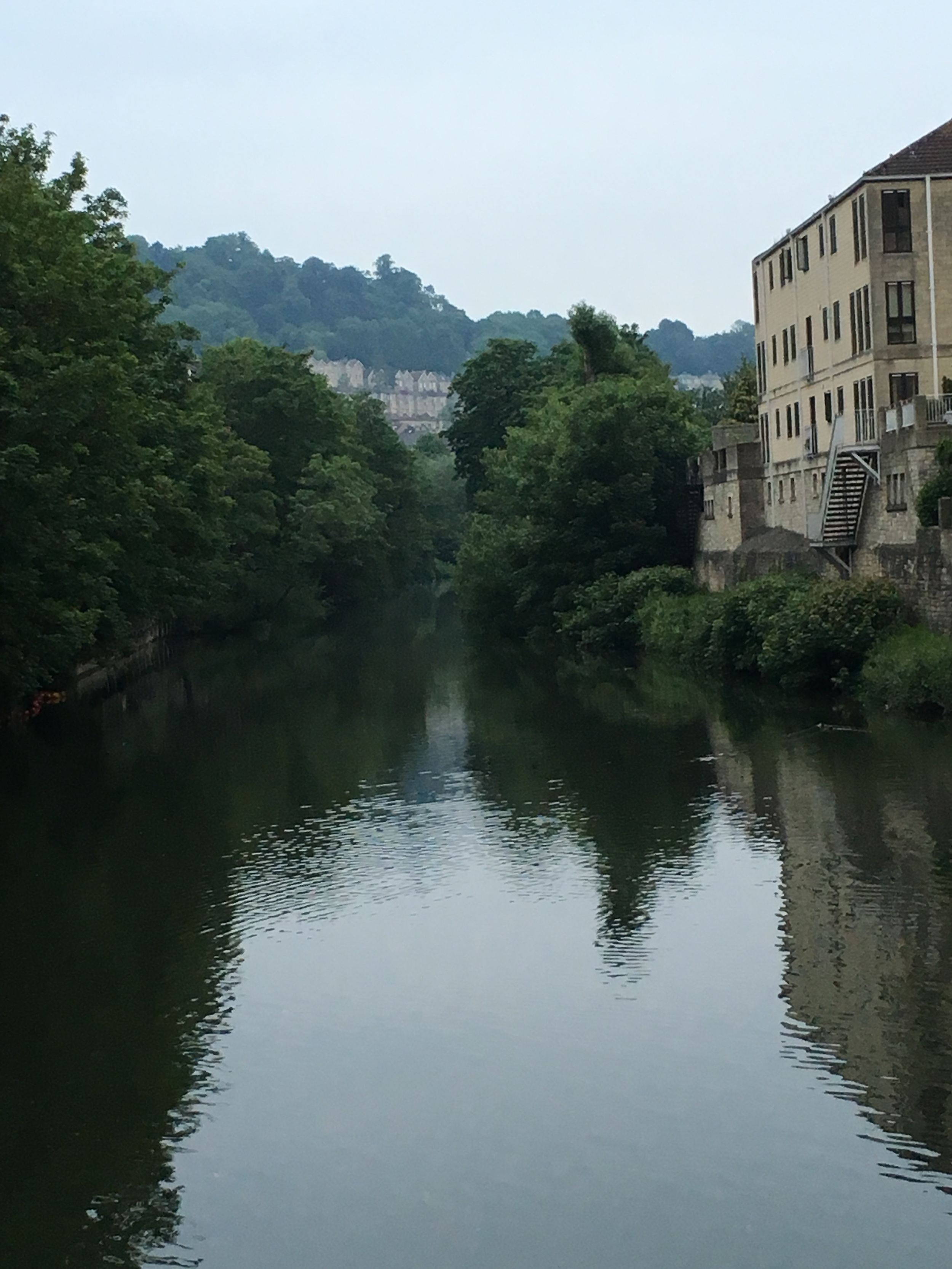
The Bizarre Bath comedy tour is a hilarious tour around the city, filled with entirely false historical accounts and facts. It was funny, and a nice way to spend an evening. Some of the set pieces may be a little scary for young children. We didn't take any pictures of our guide, as we were focused on enjoying the performance, but we did take a couple pictures of the river Avon while we were on the walk, which you can see above.
Restaurants:
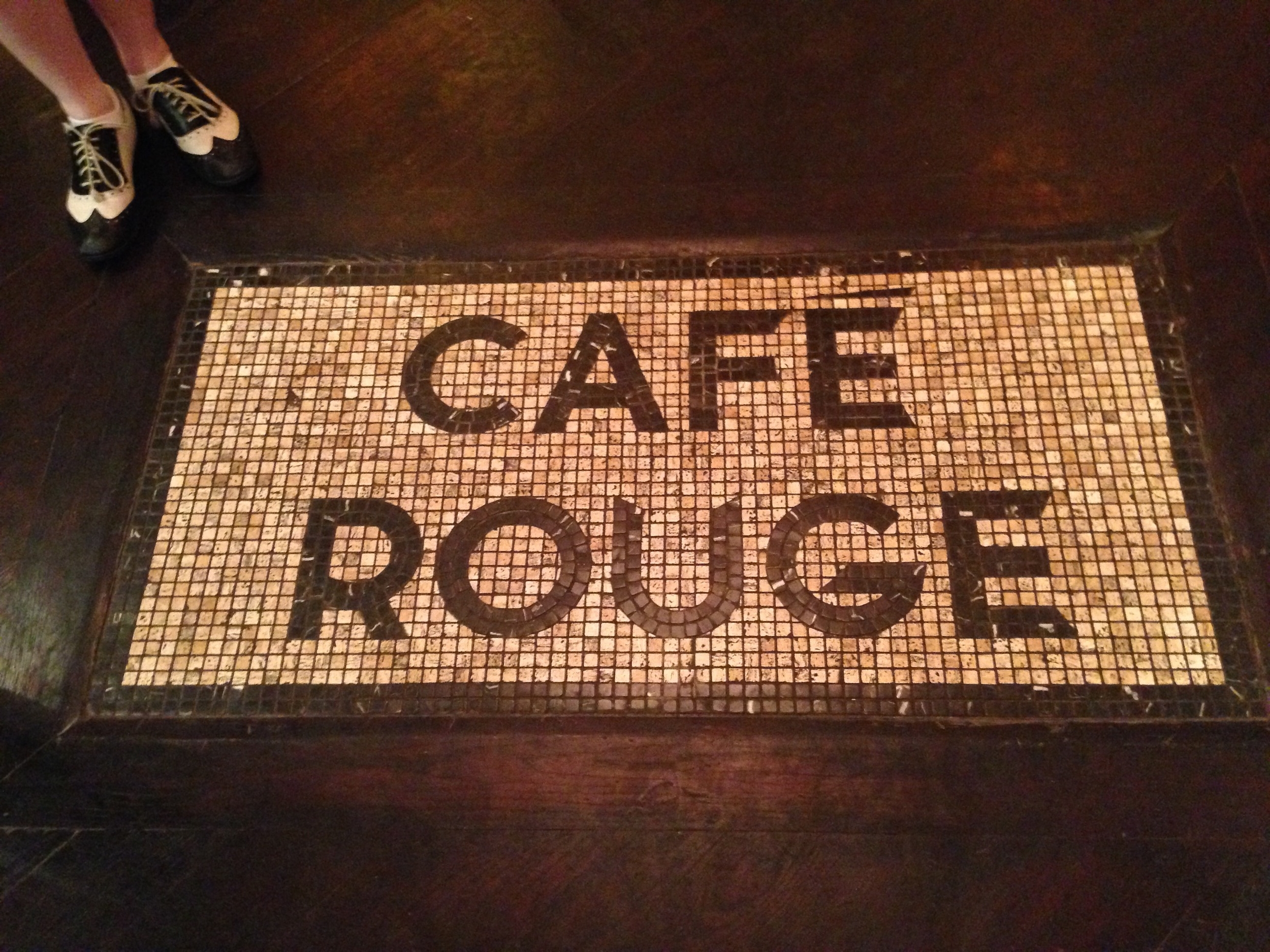
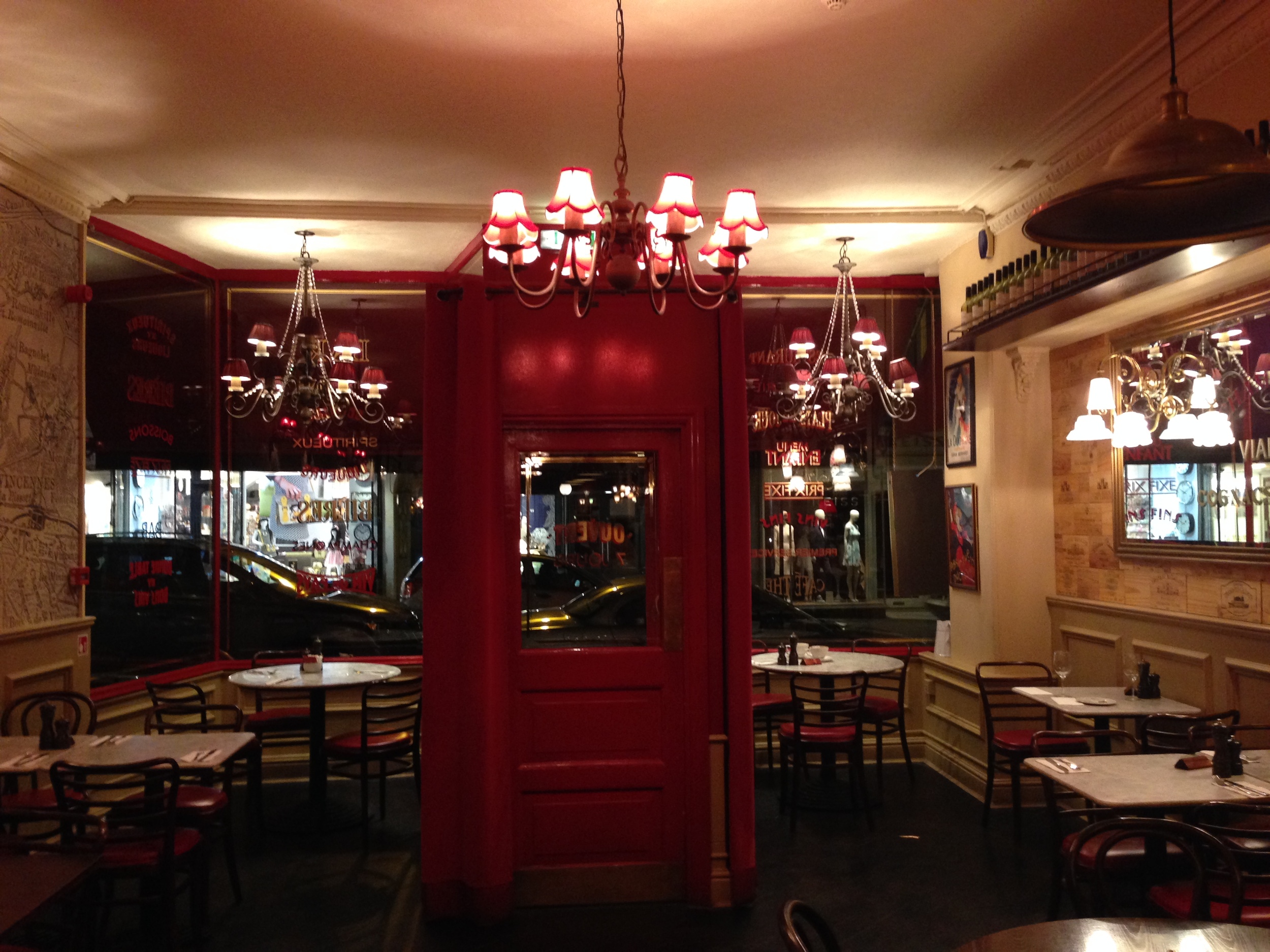

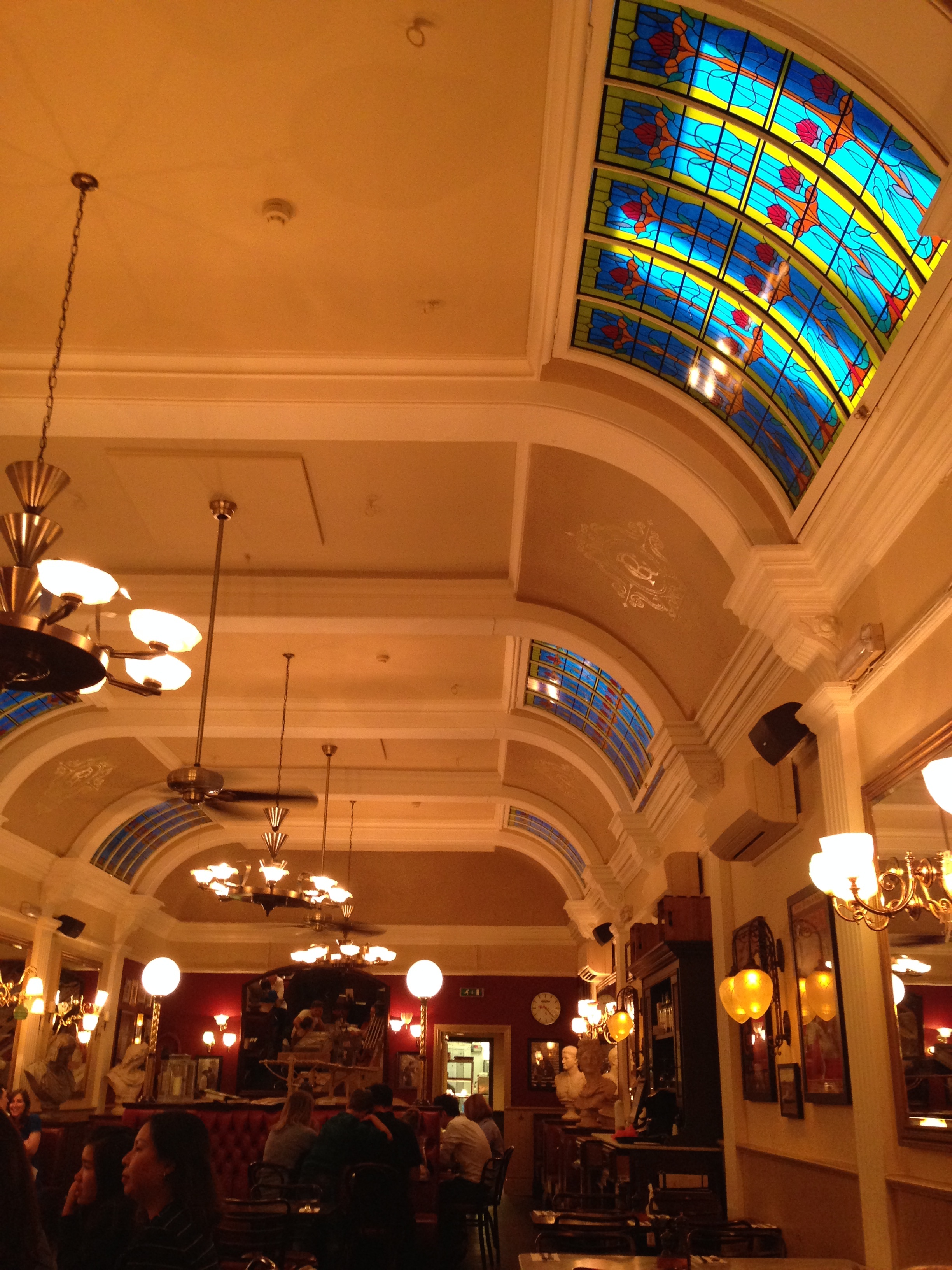
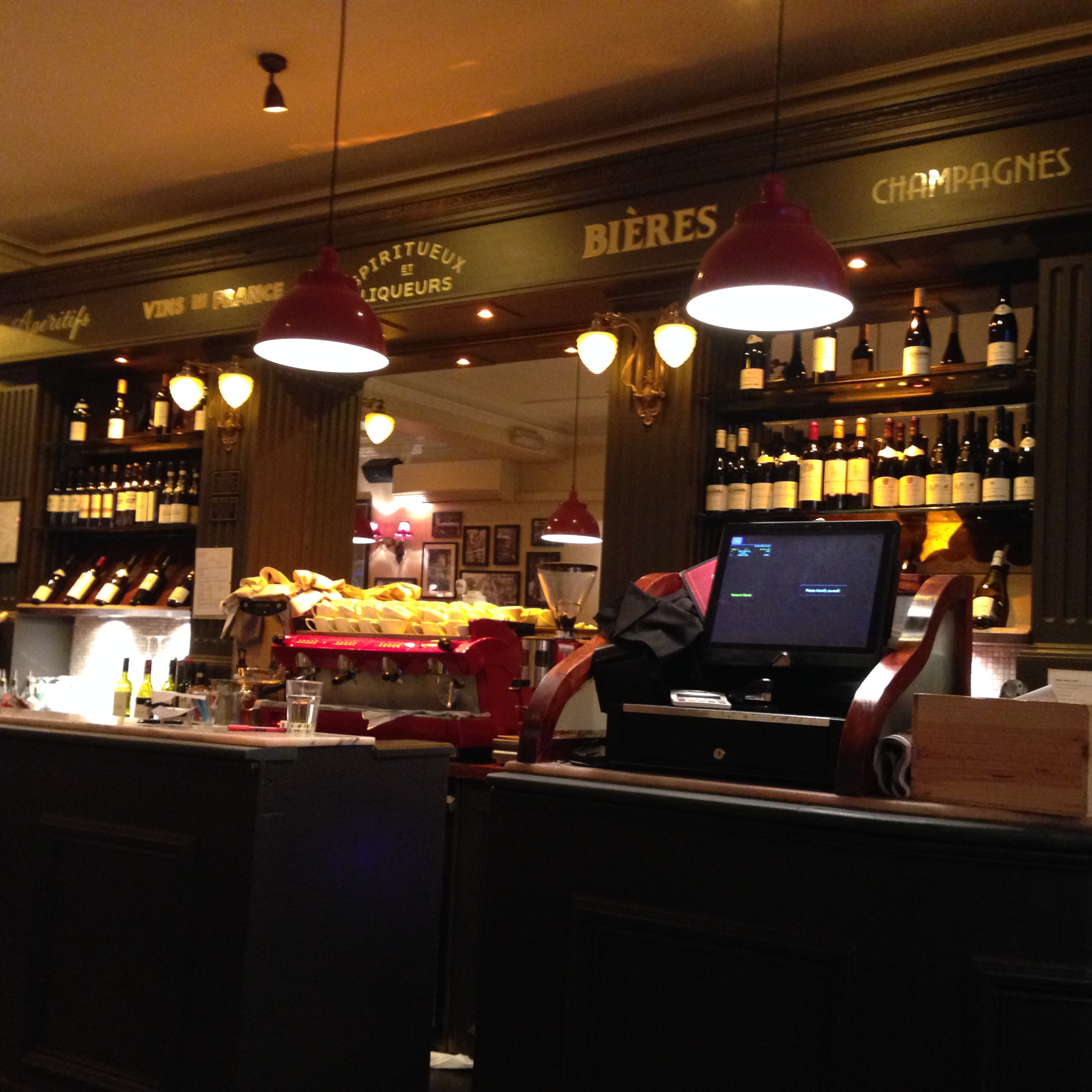
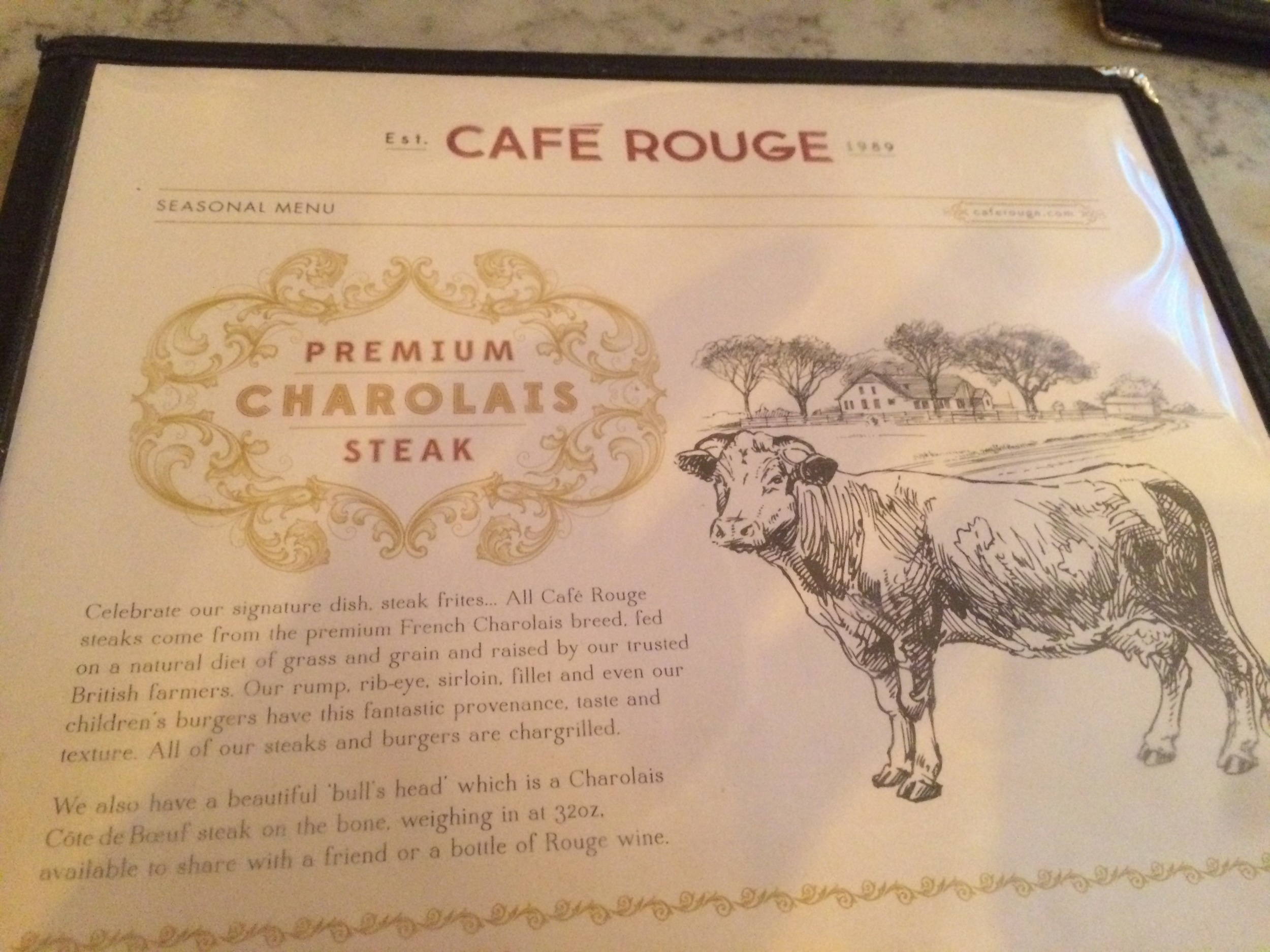
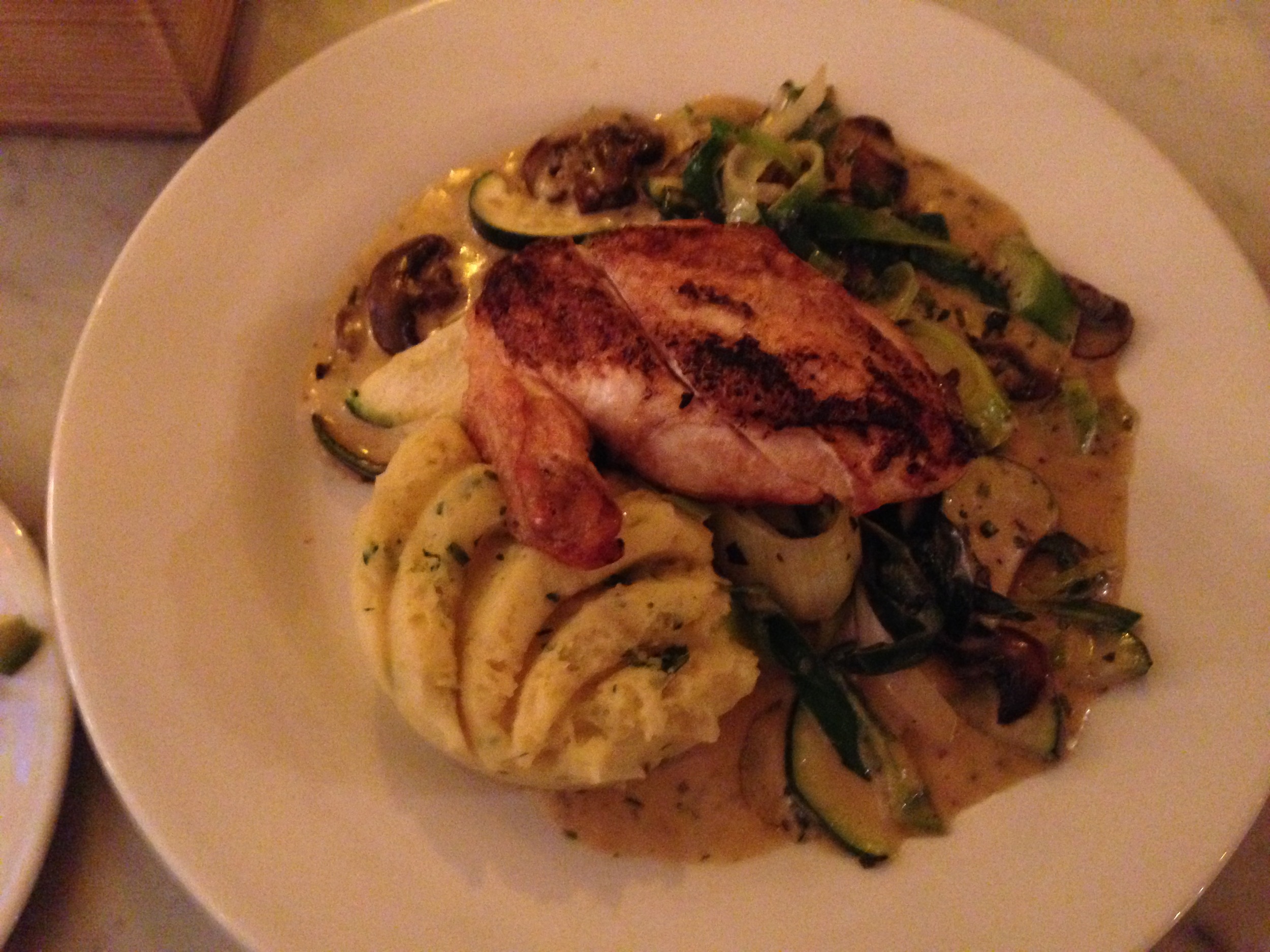
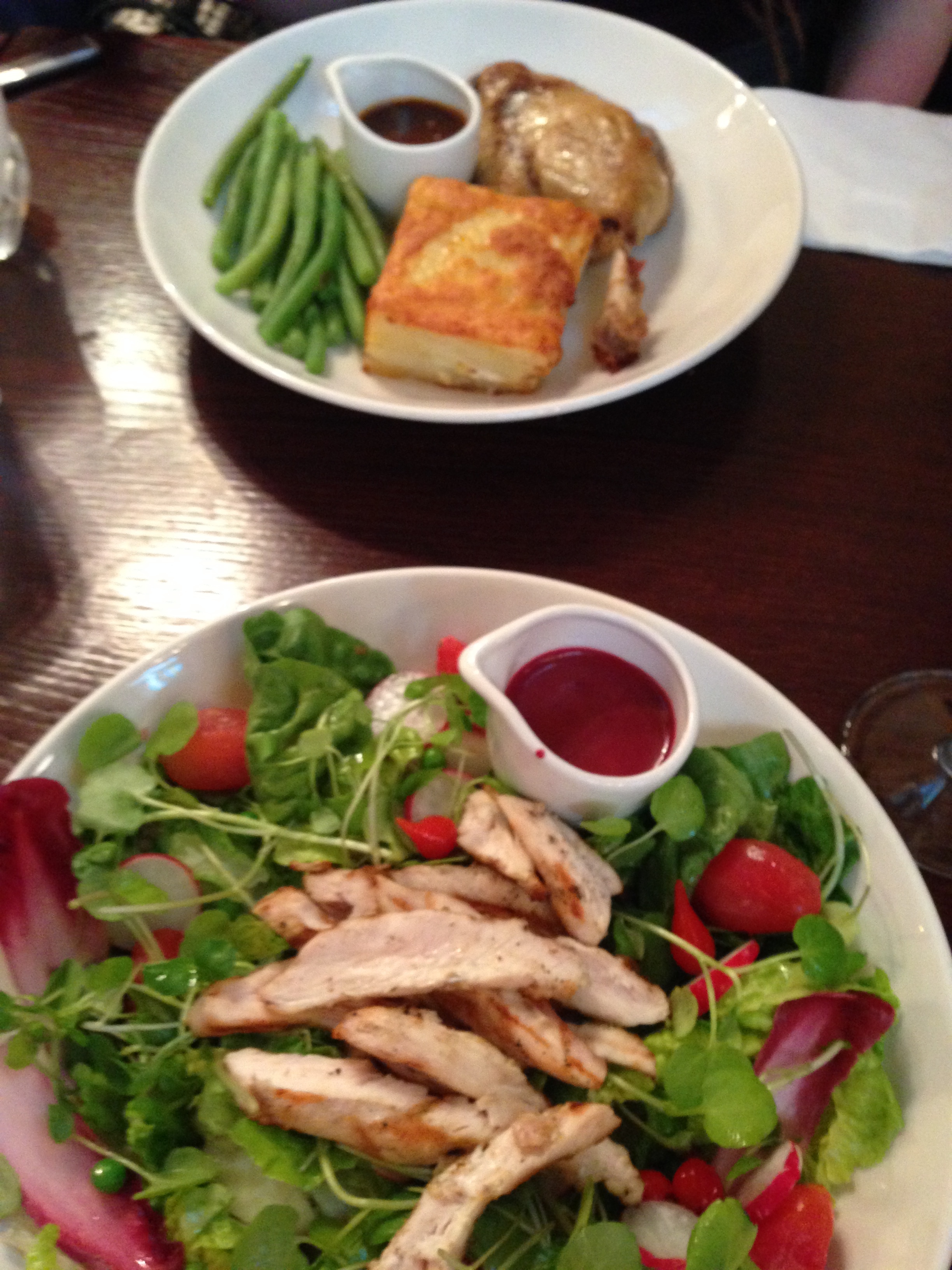
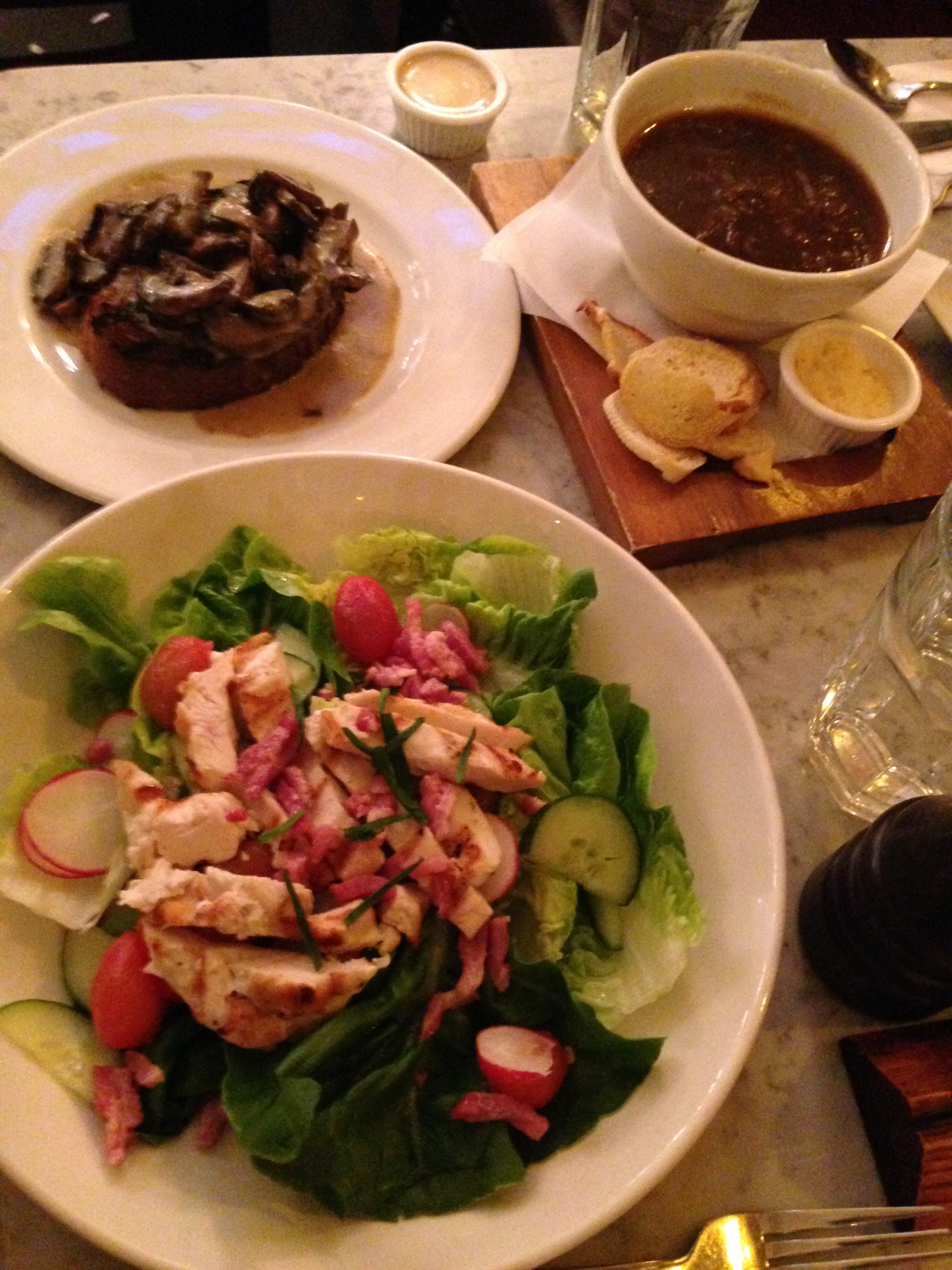
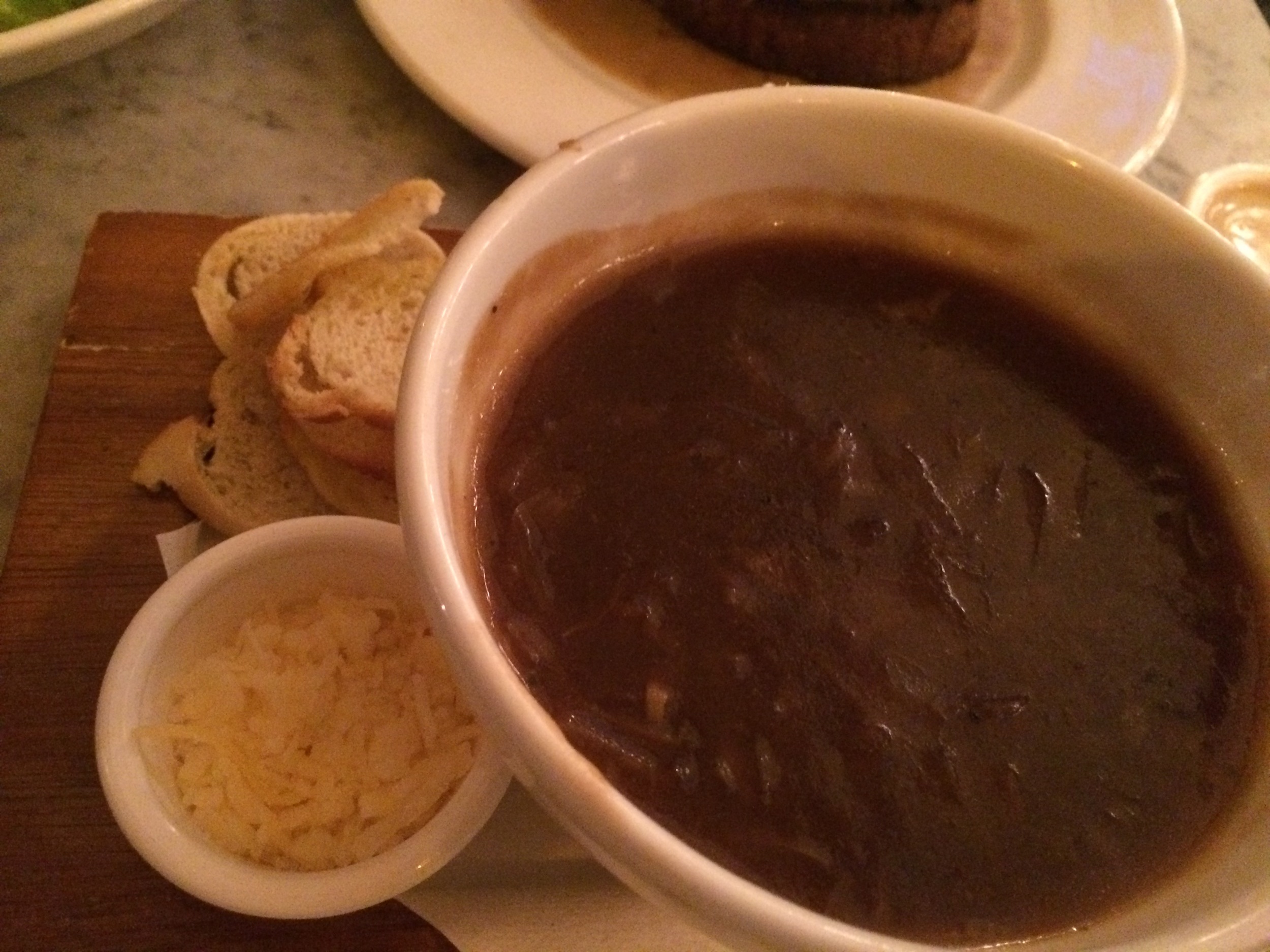
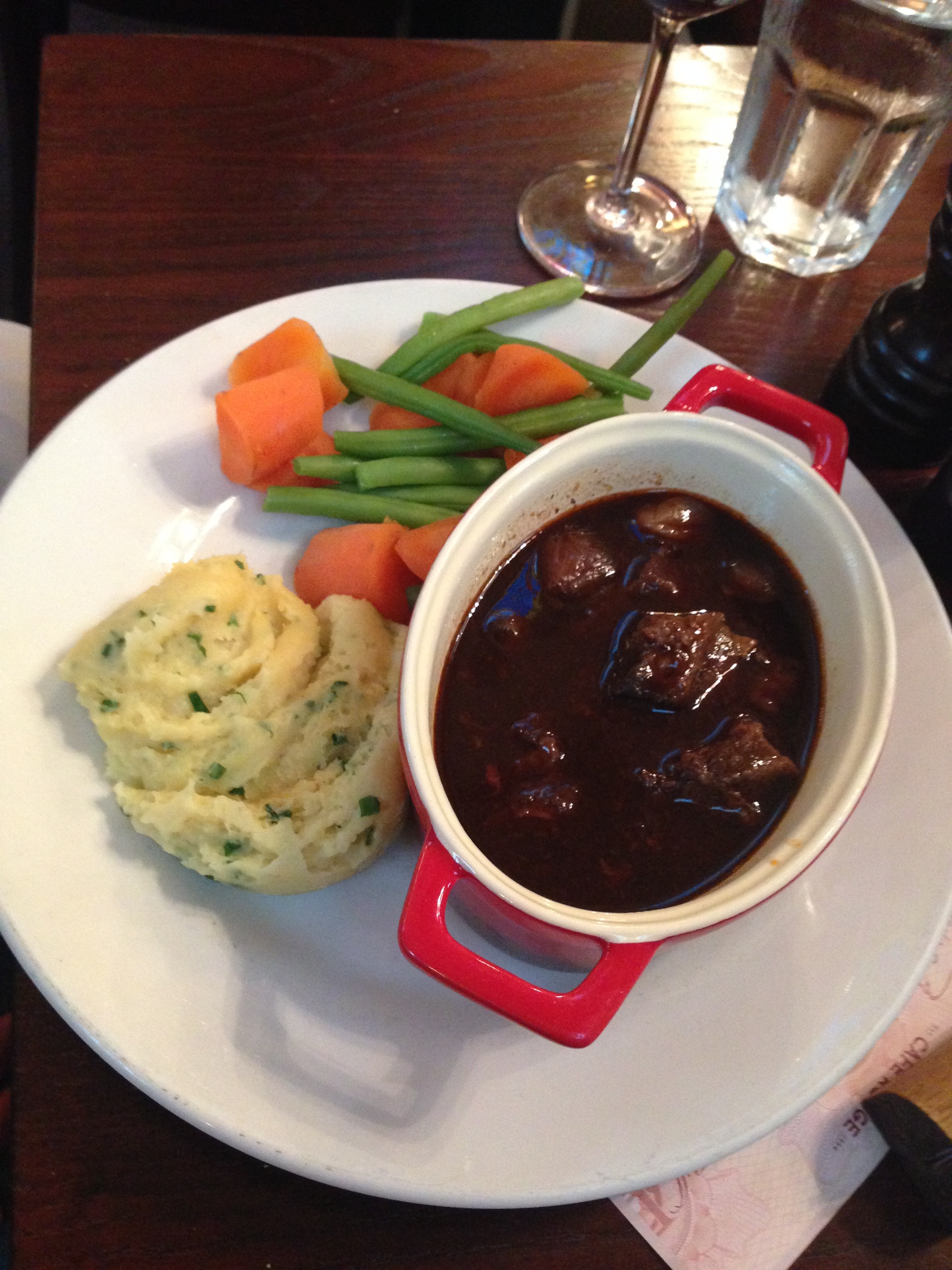
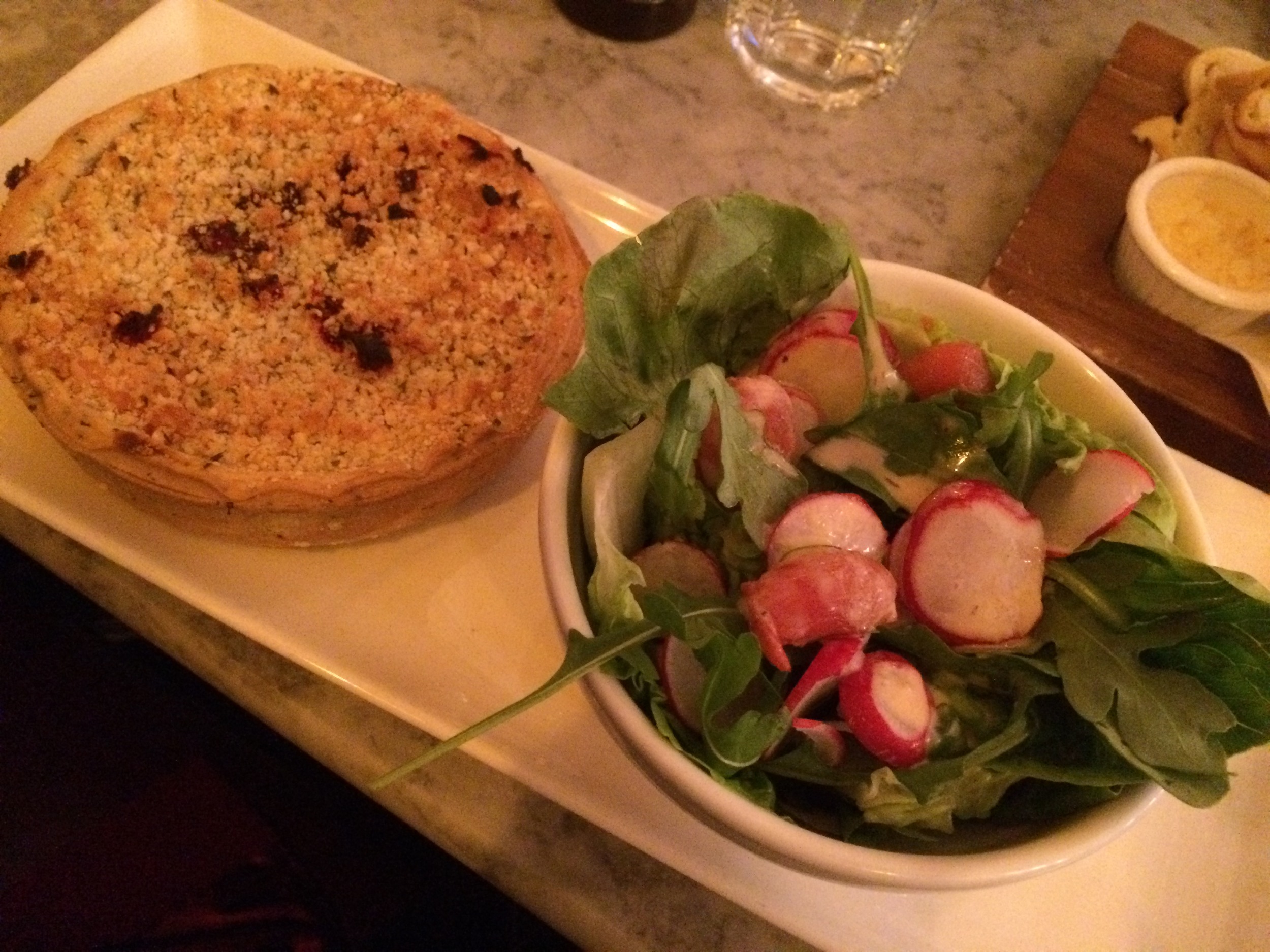
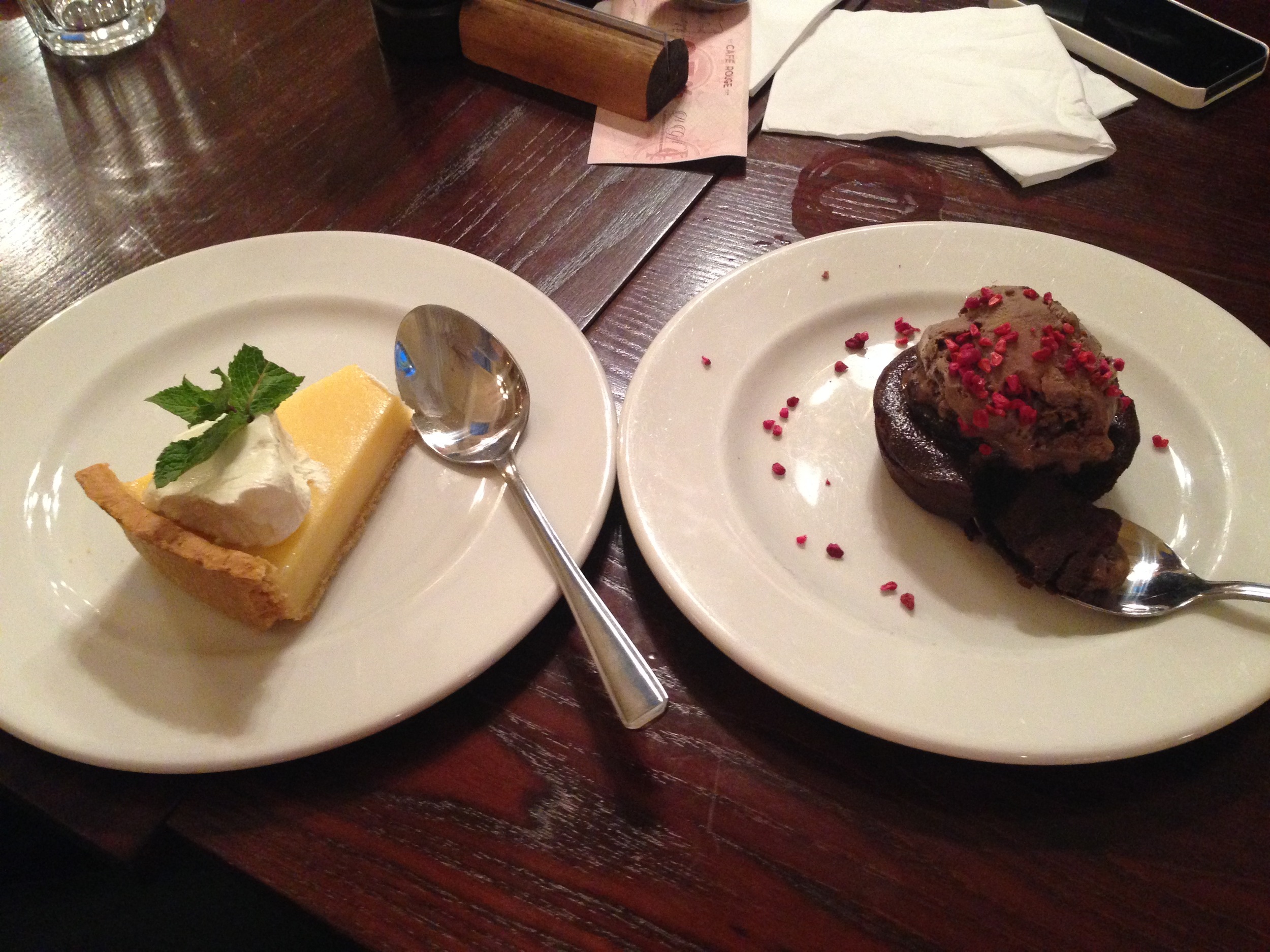
Café Rouge is a chain of upscale french restaurants, serving fantastic food (and veggies that weren't cooked to death!). We didn't realize it was a chain, so we ate there our first night in Bath and then ate there our last night in Bath, as the food was so amazing. It wasn't until we ran across another Café Rouge that we realized it was a chain. We ended up eating at Café Rouge a third time, while we were in London.
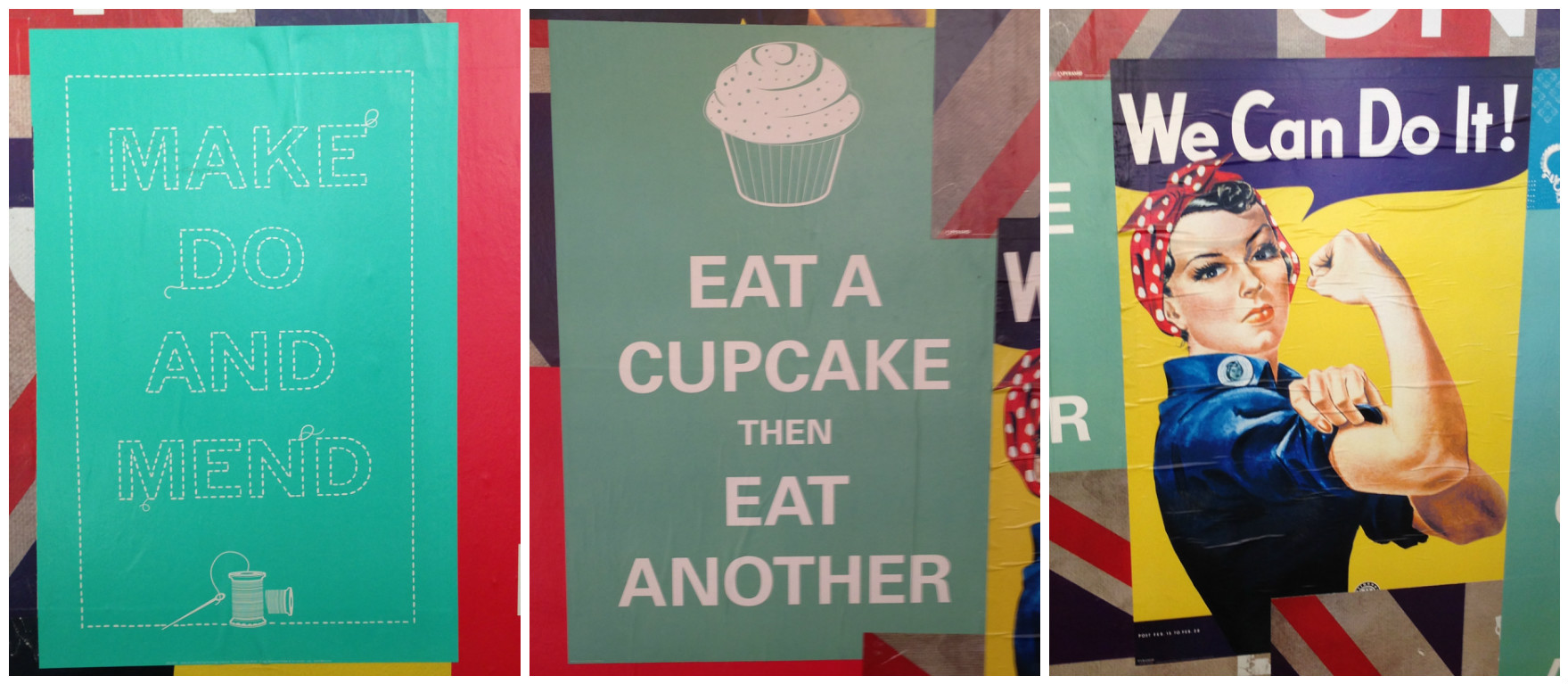
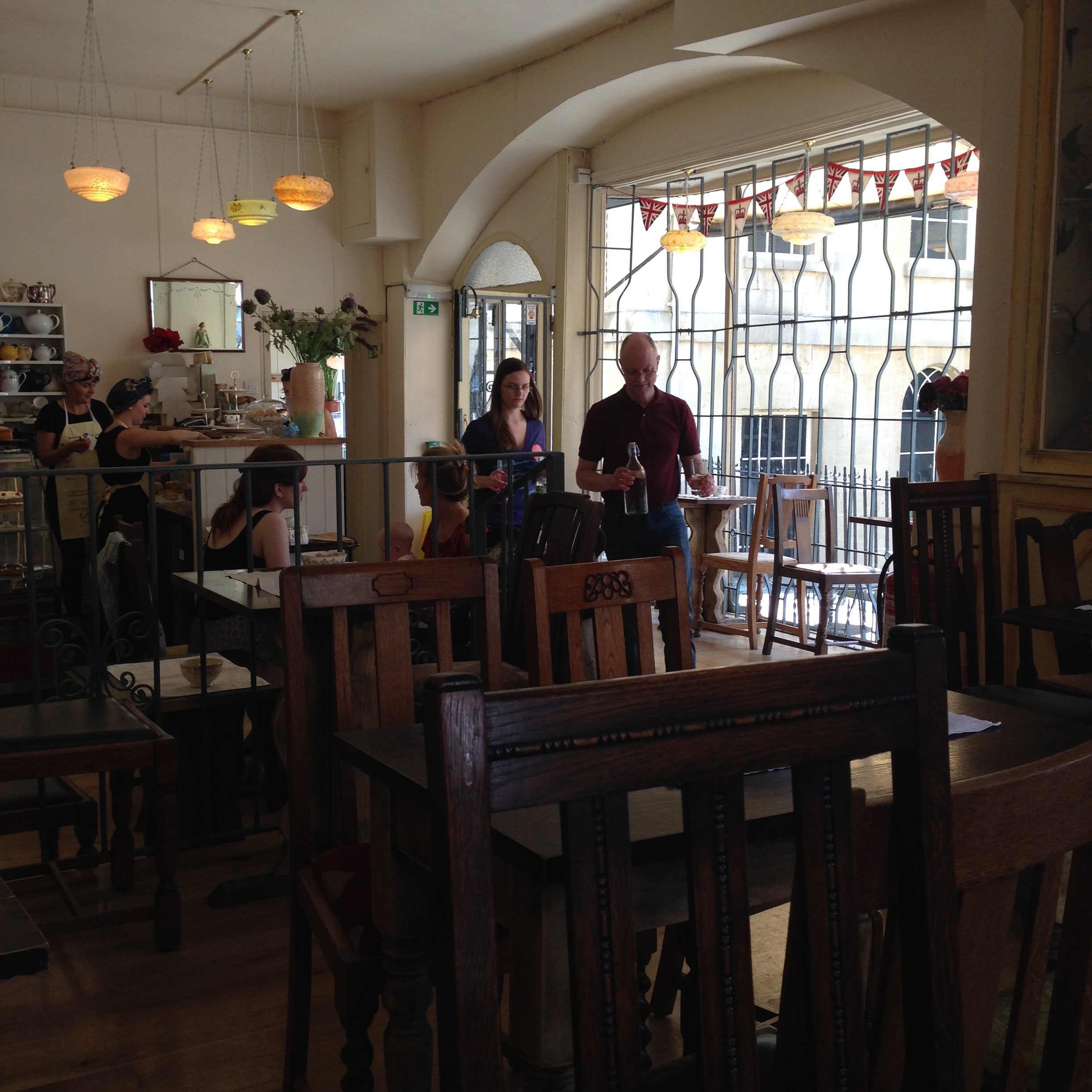
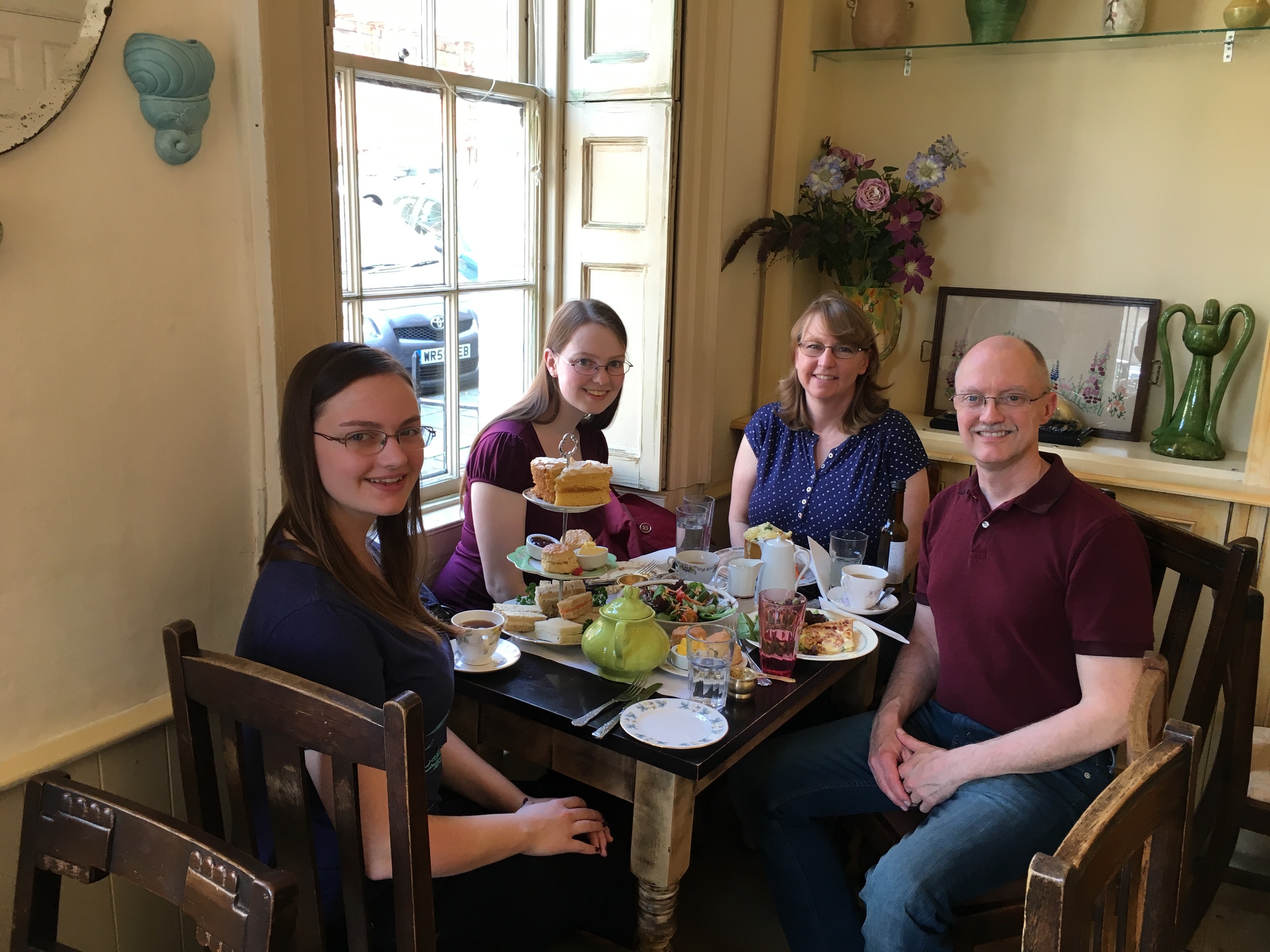
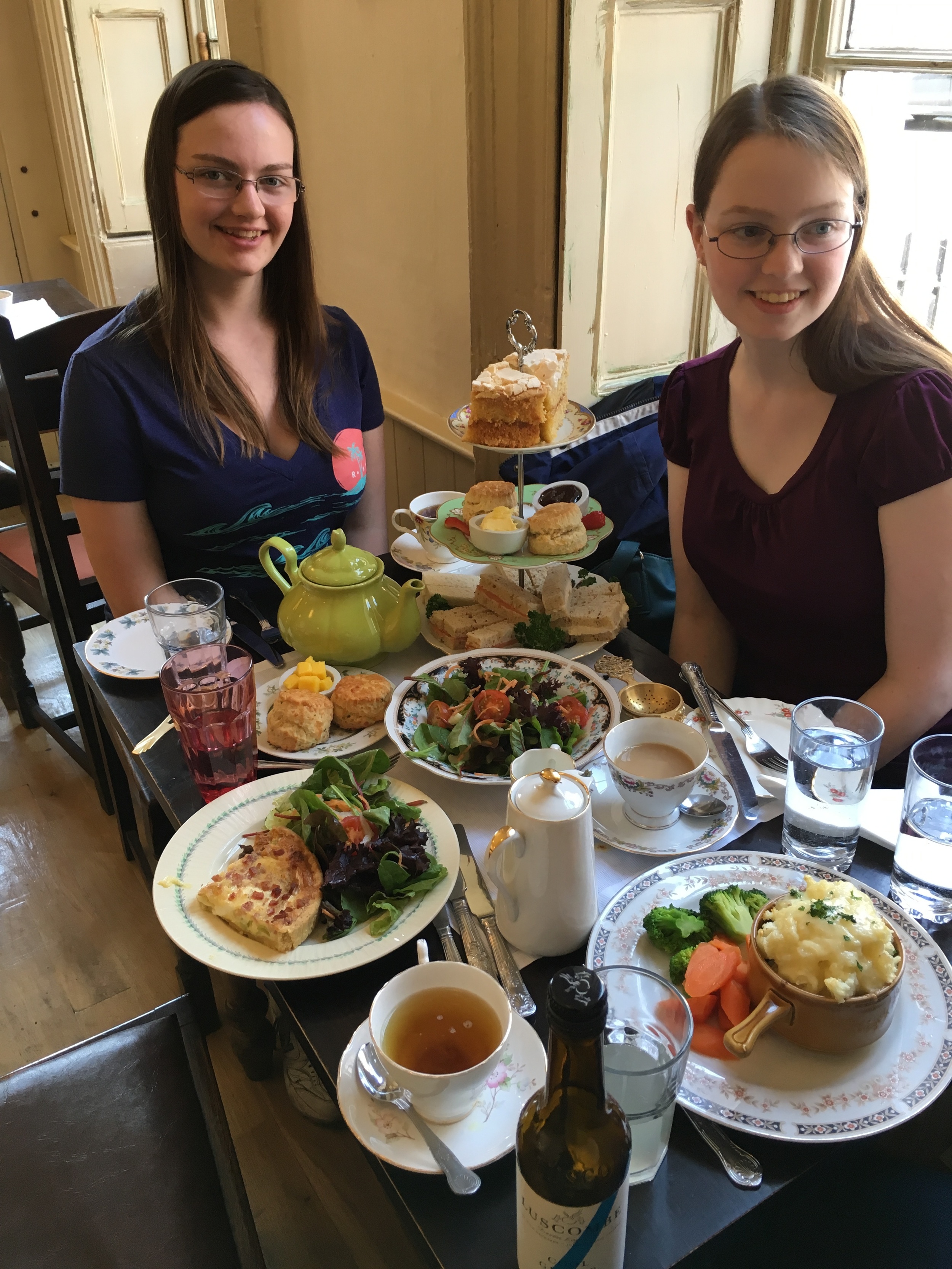
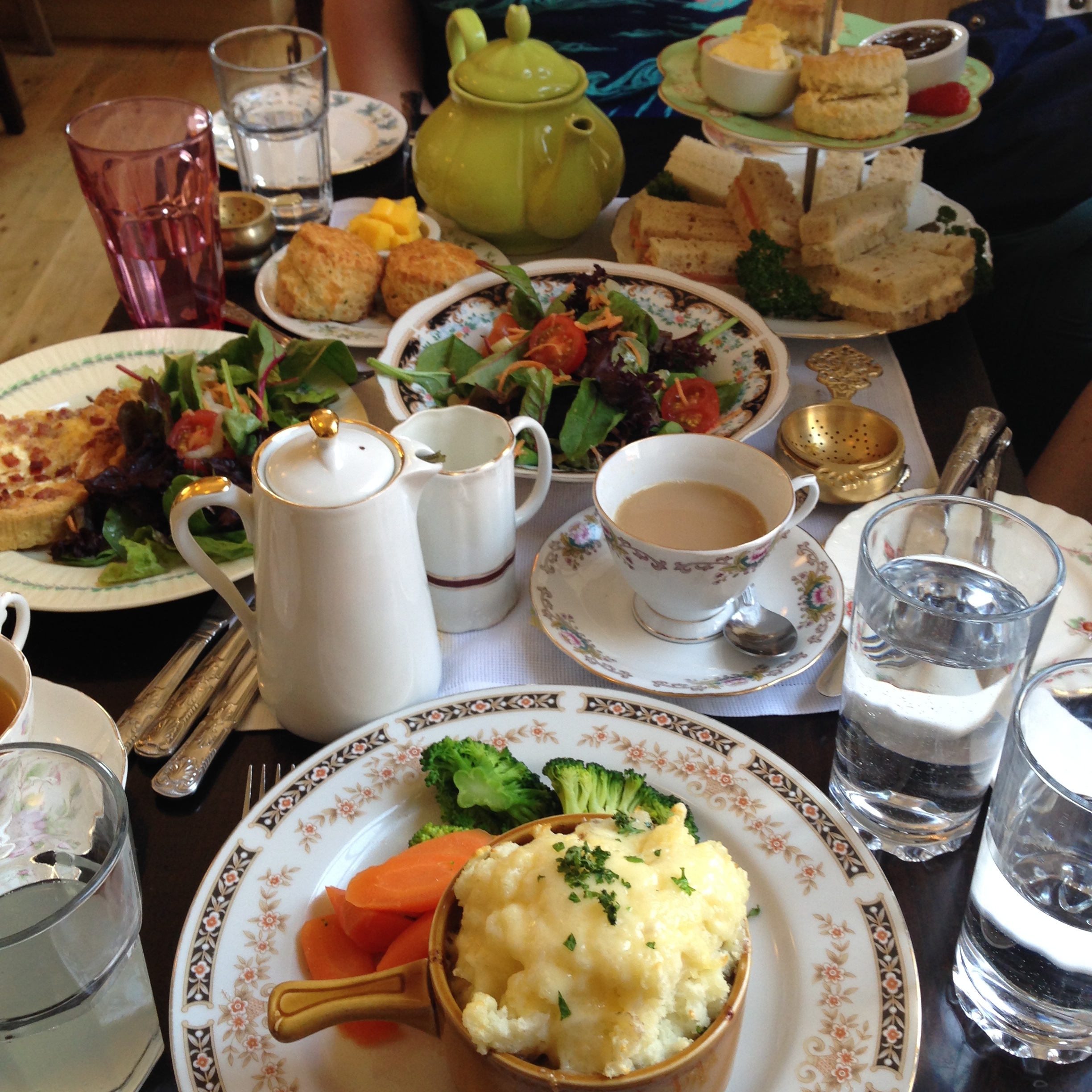
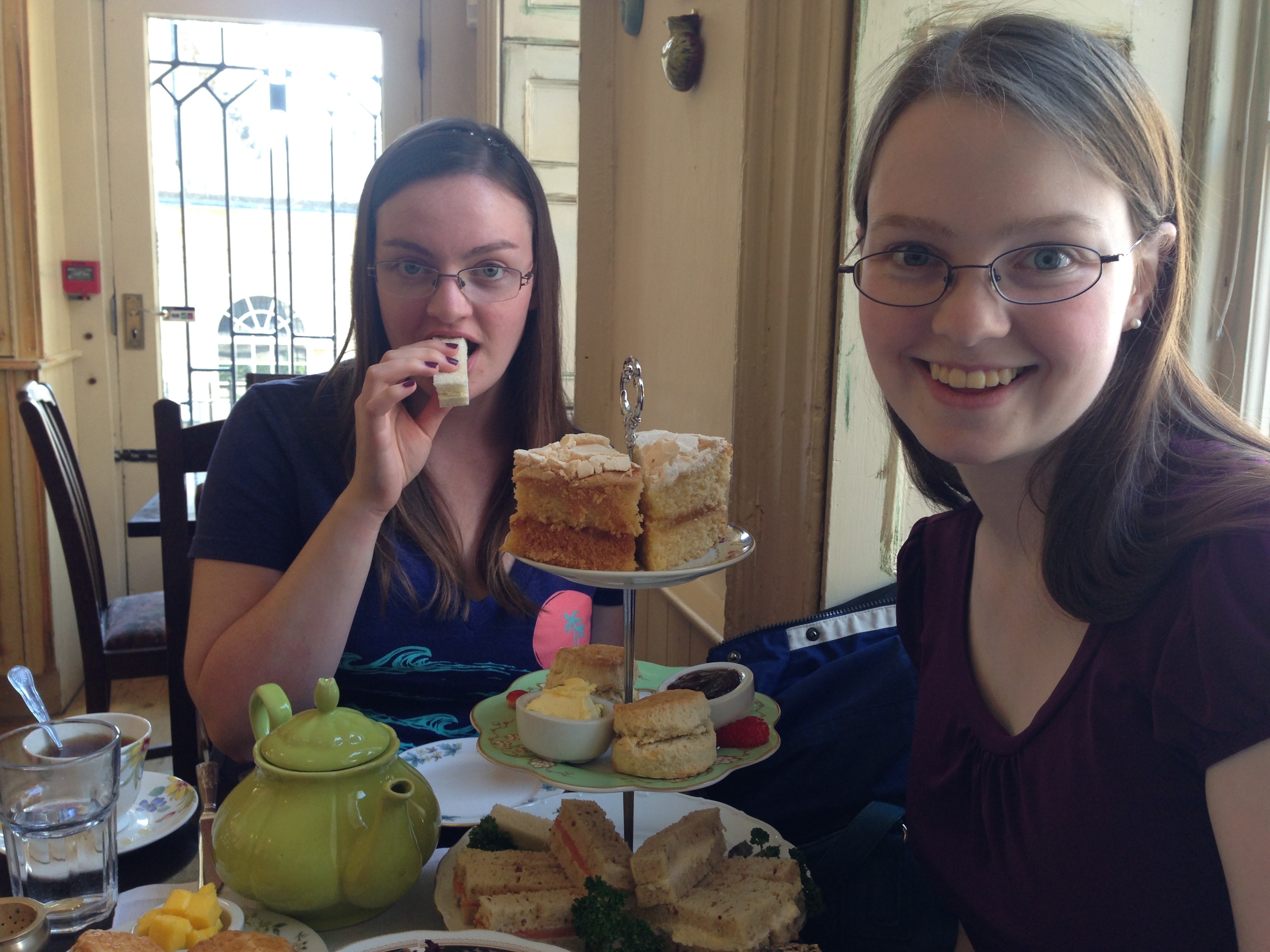
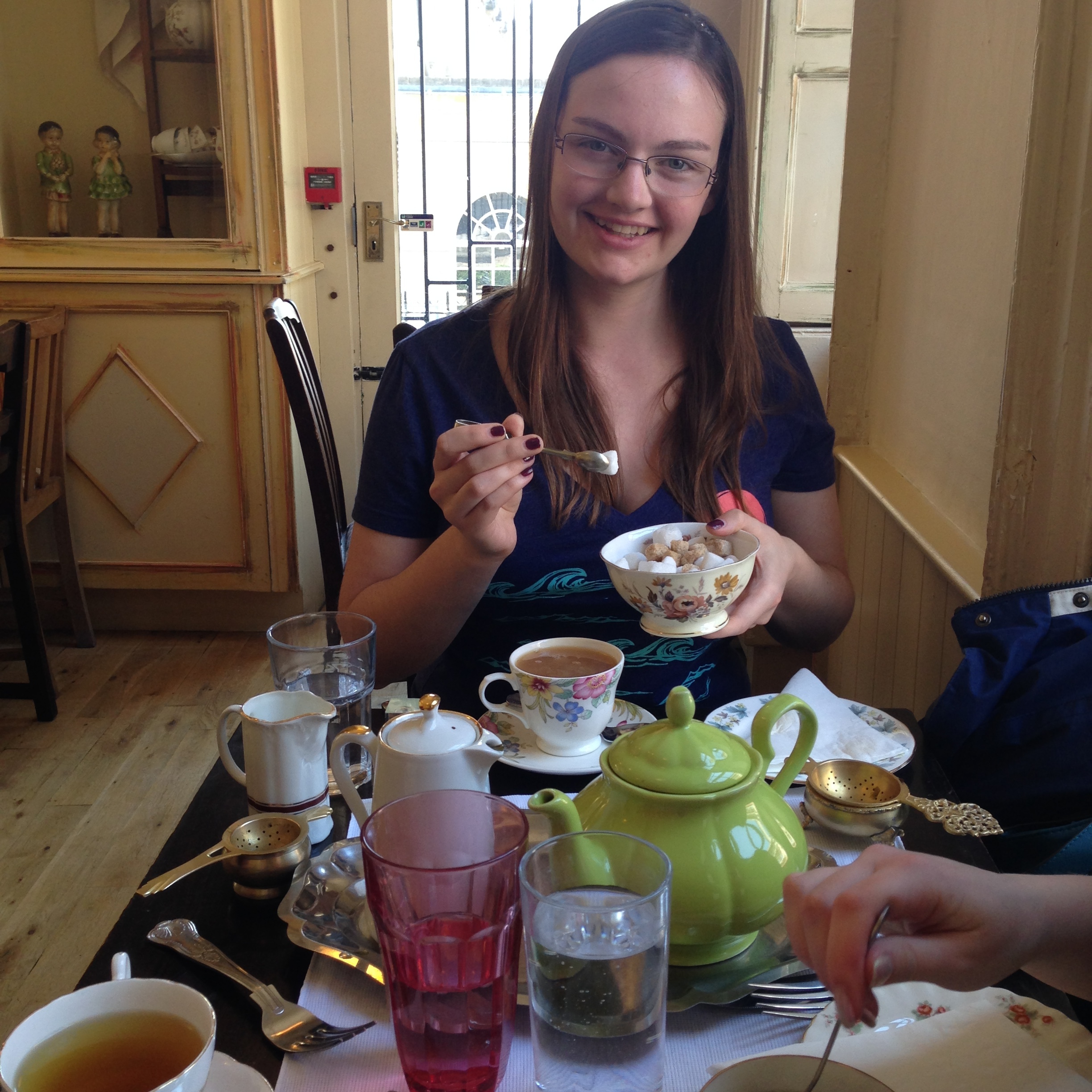
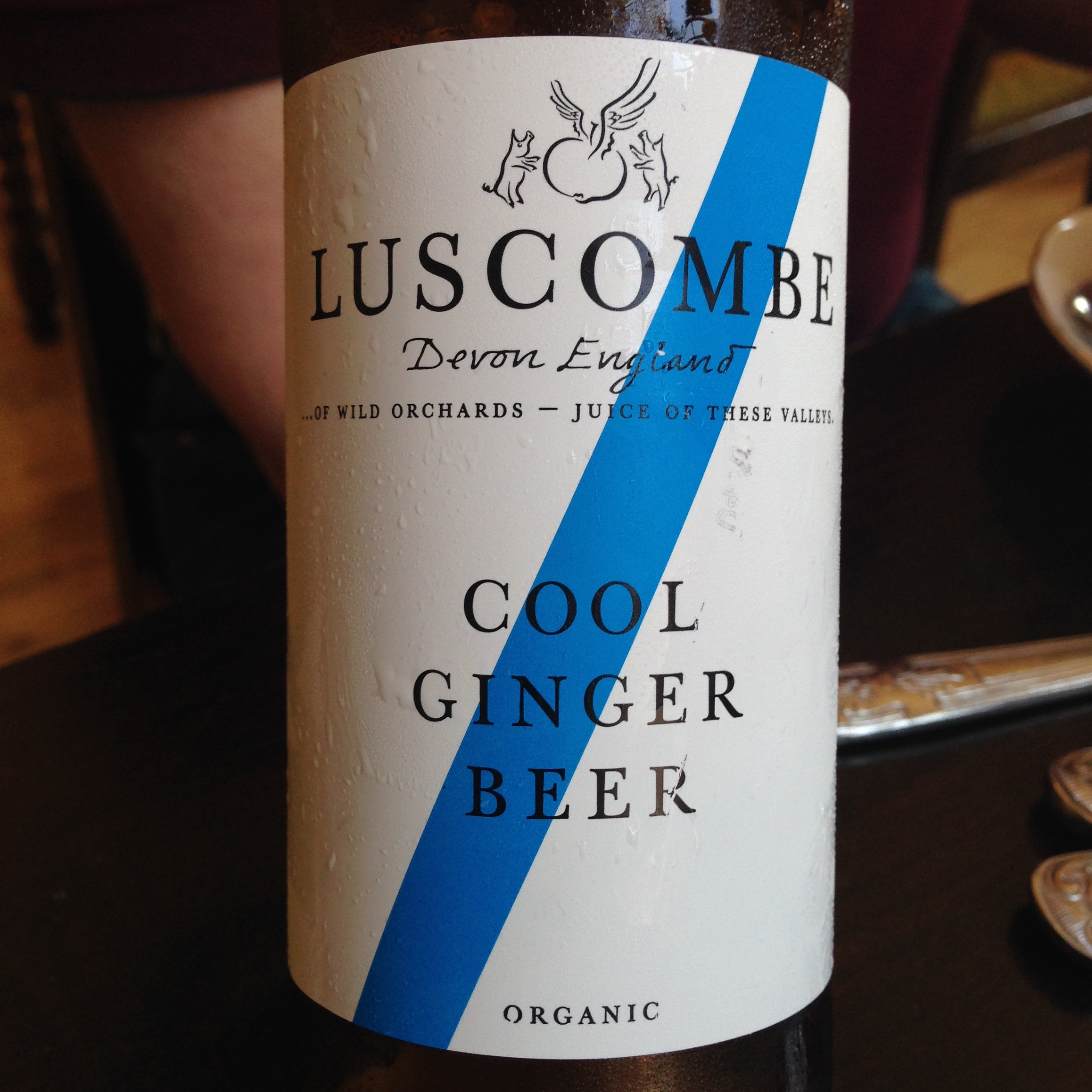
Bea's Tea is a lovely little tea shop, conveniently located right around the corner from the Assembly Rooms and the Fashion Museum. The restaurant is entirely 1940s themed, with 40s war posters and even a former bomb shelter converted into the bathroom. My sister and I got the afternoon tea for two, which was one of the most generous afternoon tea portions I had on the entire trip. My parents shared the quiche and the pot pie, which they enjoyed. My father also enjoyed their high quality non-alcoholic ginger beer (which they have quite a lot of in Britain).
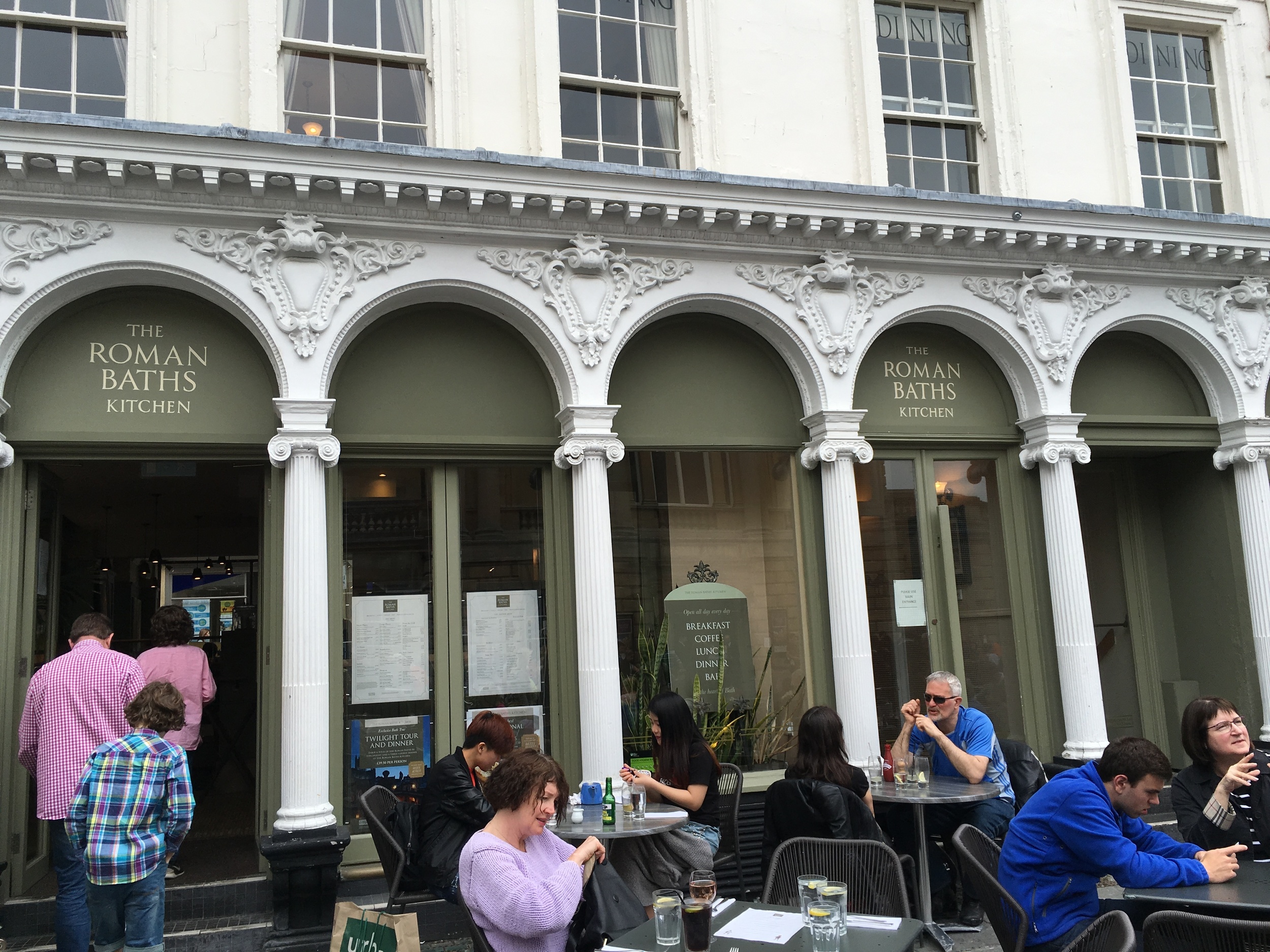
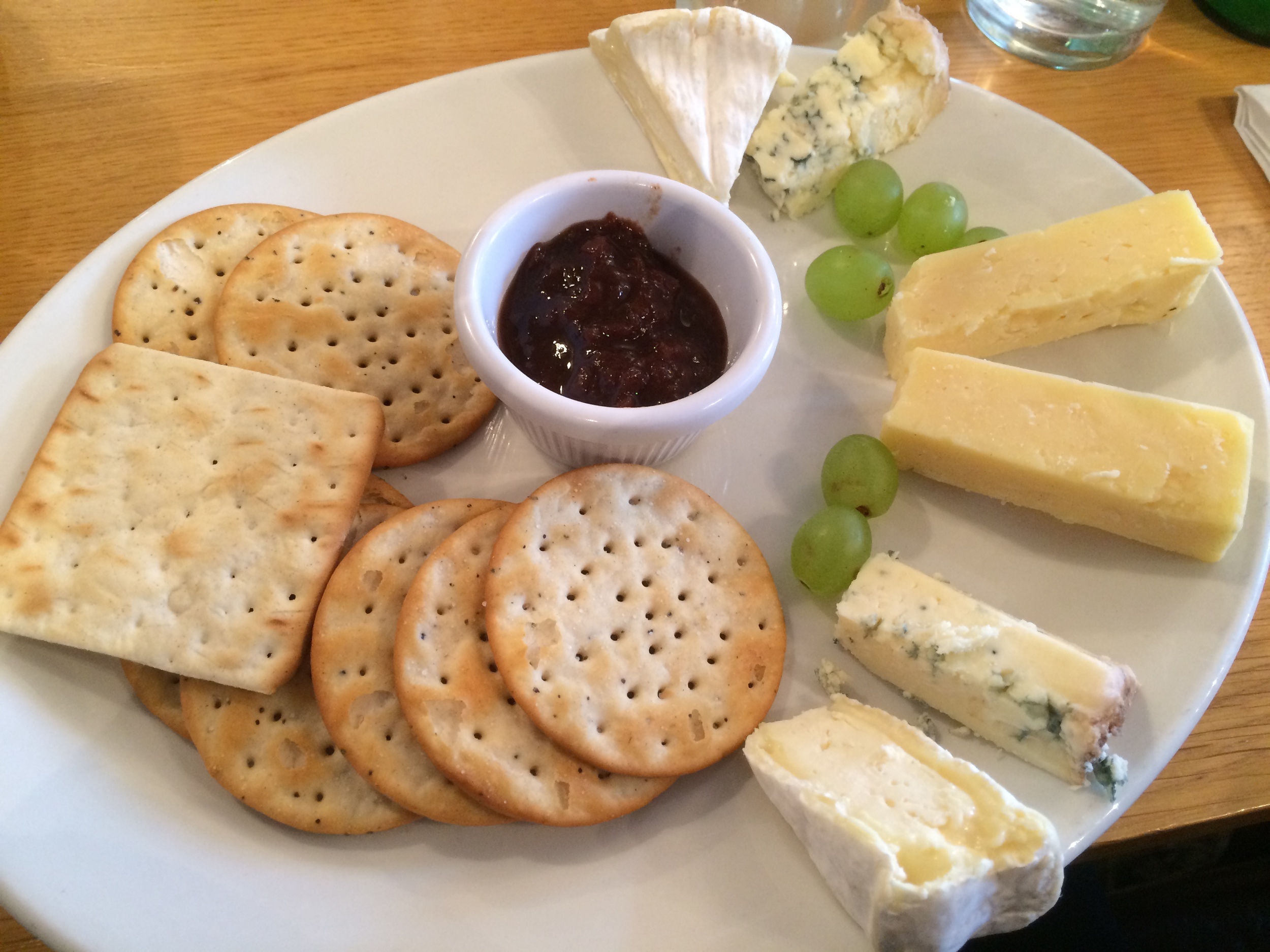
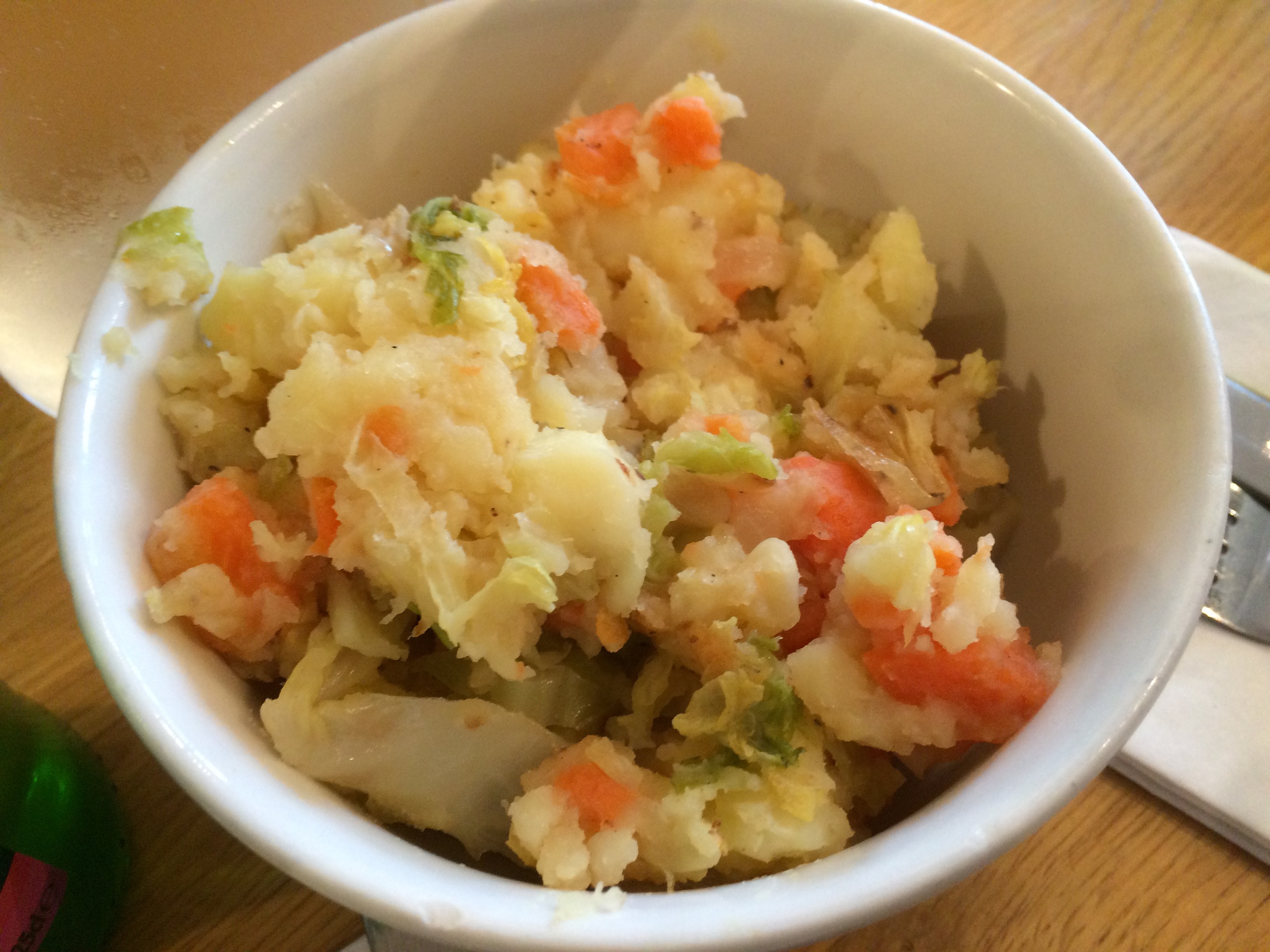
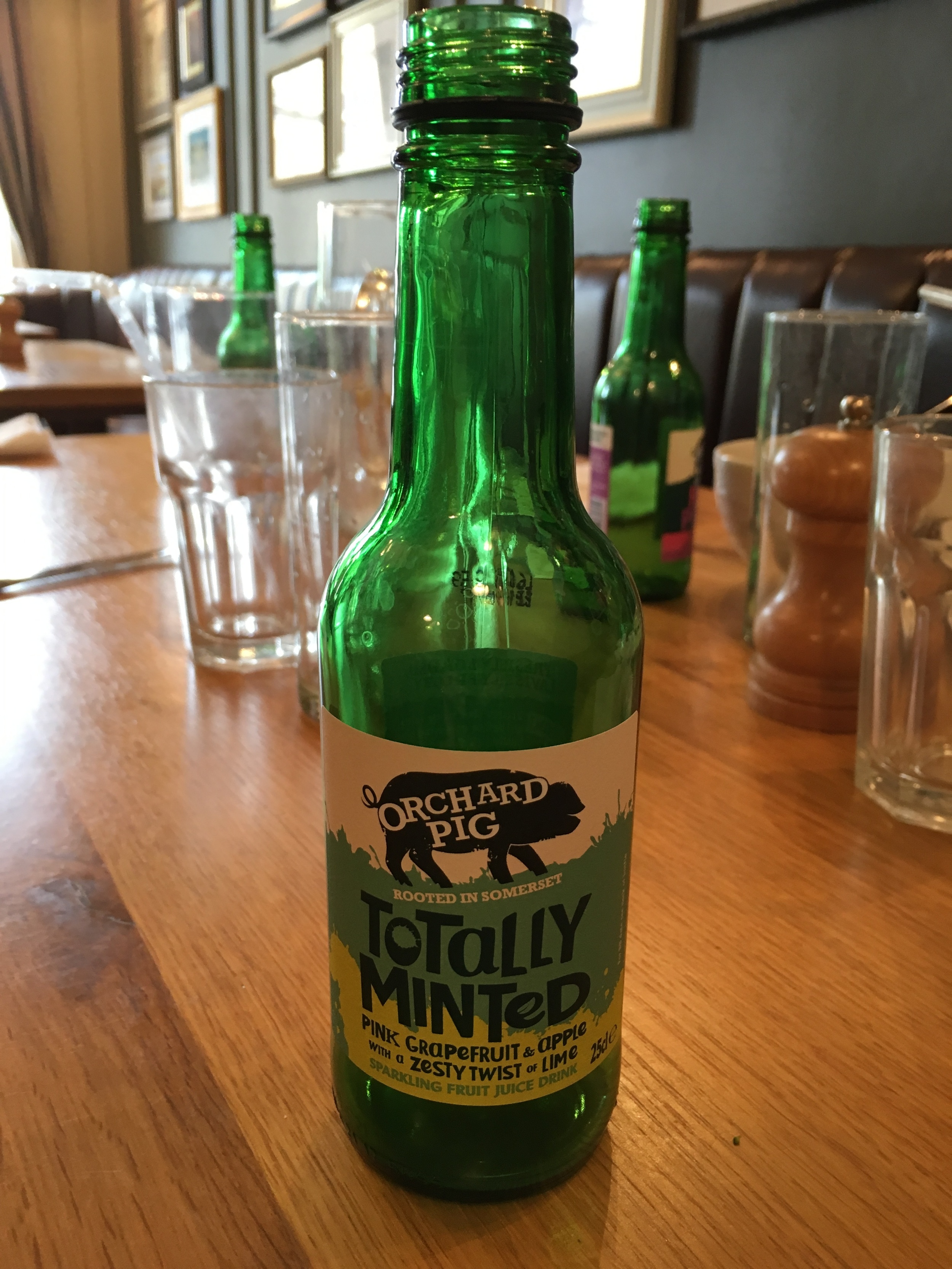

Located right across from the Roman Baths, this restaurant was a great place for us to eat lunch after spending the entire morning looking at ancient ruins. I ended up eating their cheese plate (technically part of the dessert menu) and liked it quite a bit, though even I couldn't get through all of the cheese (so good). My mother, my sister, and I each tried a different soda from Orchard Pig here, and we all liked our drinks - my mother chose 'Totally Minted', a pink grapefruit, lime, and apple drink (pictured in the gallery above), and my sister and I both chose Flower Power, an apple and elderflower drink.
Sally Lunn Bun Restaurant:
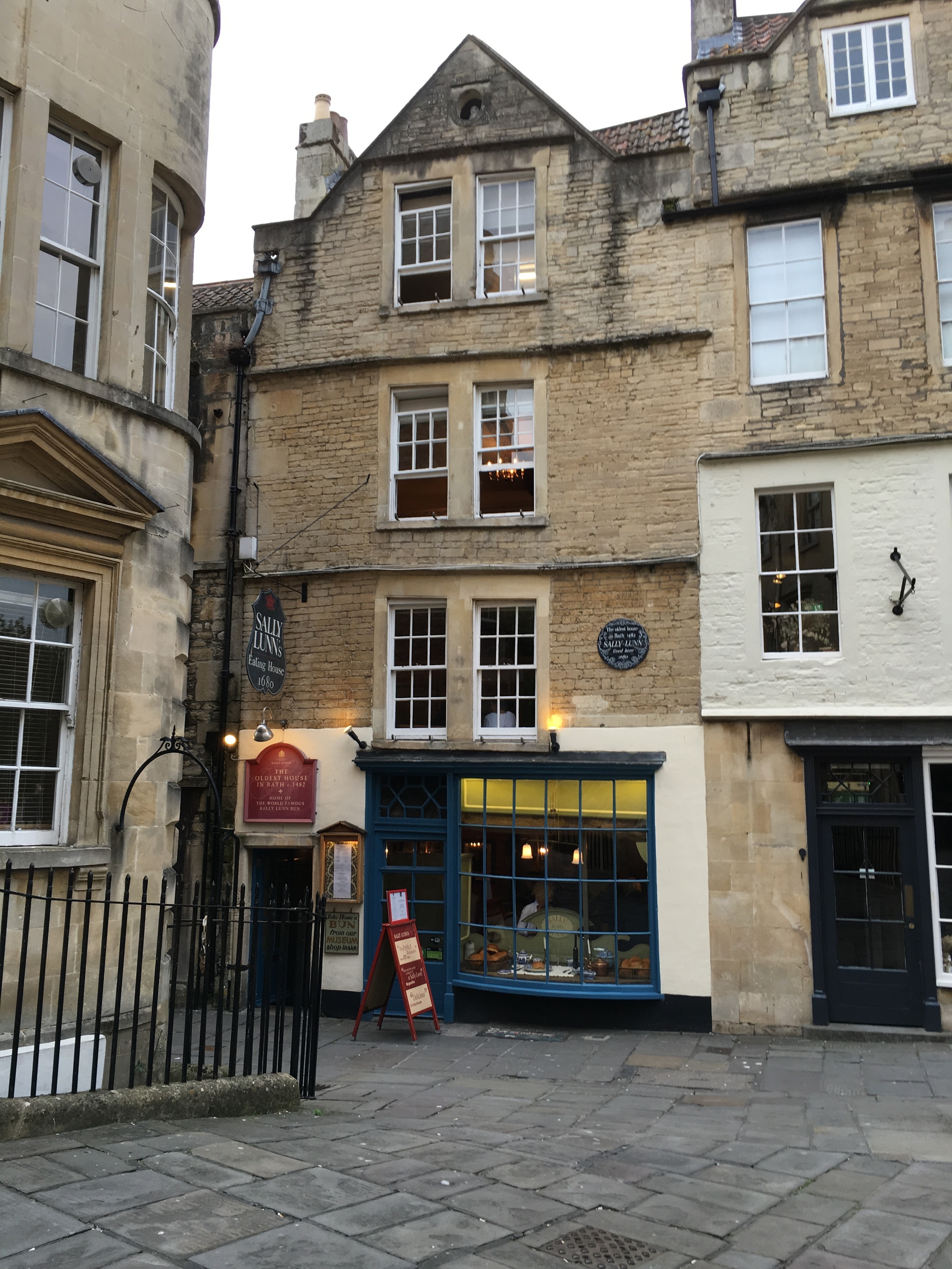
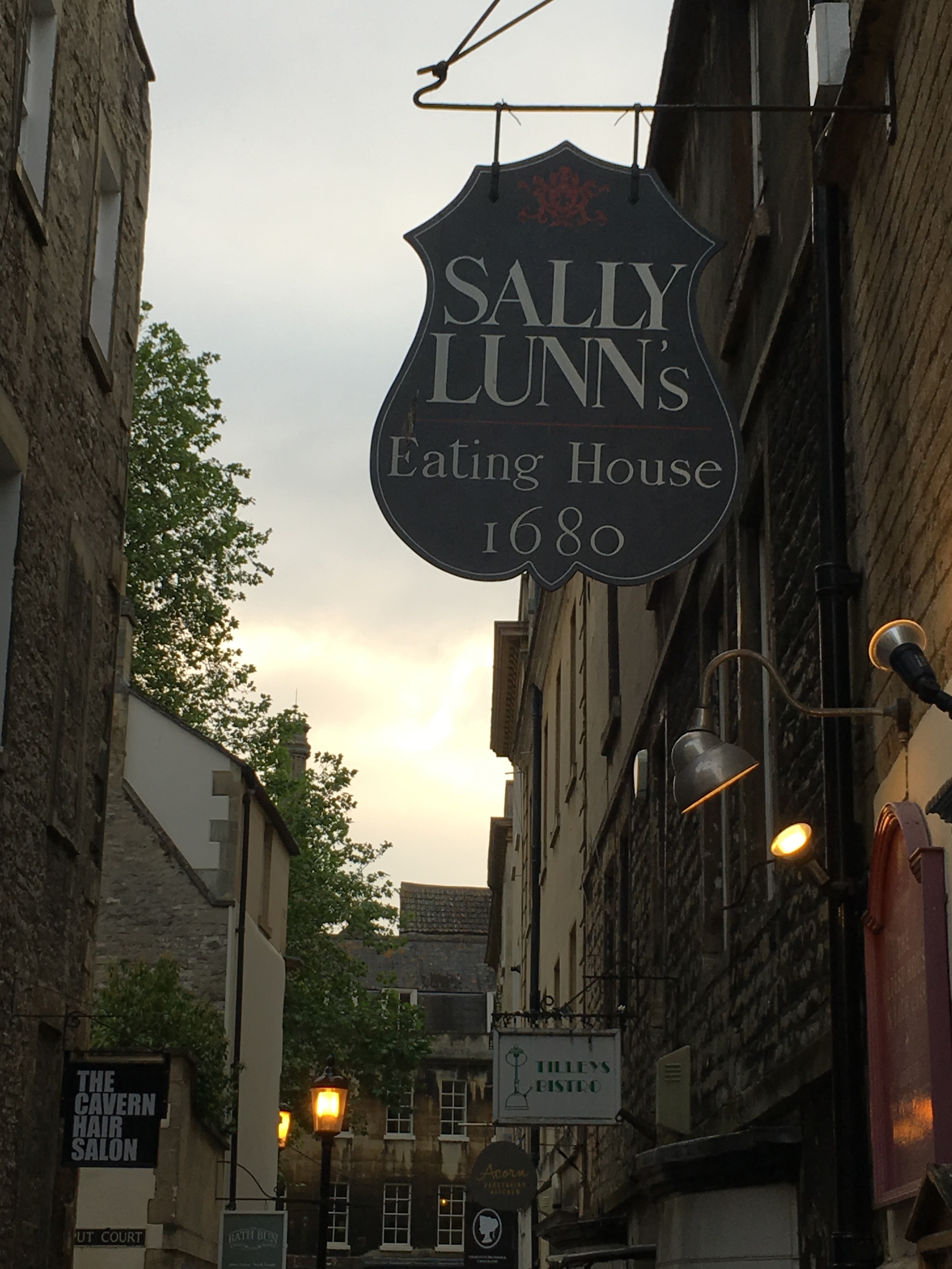
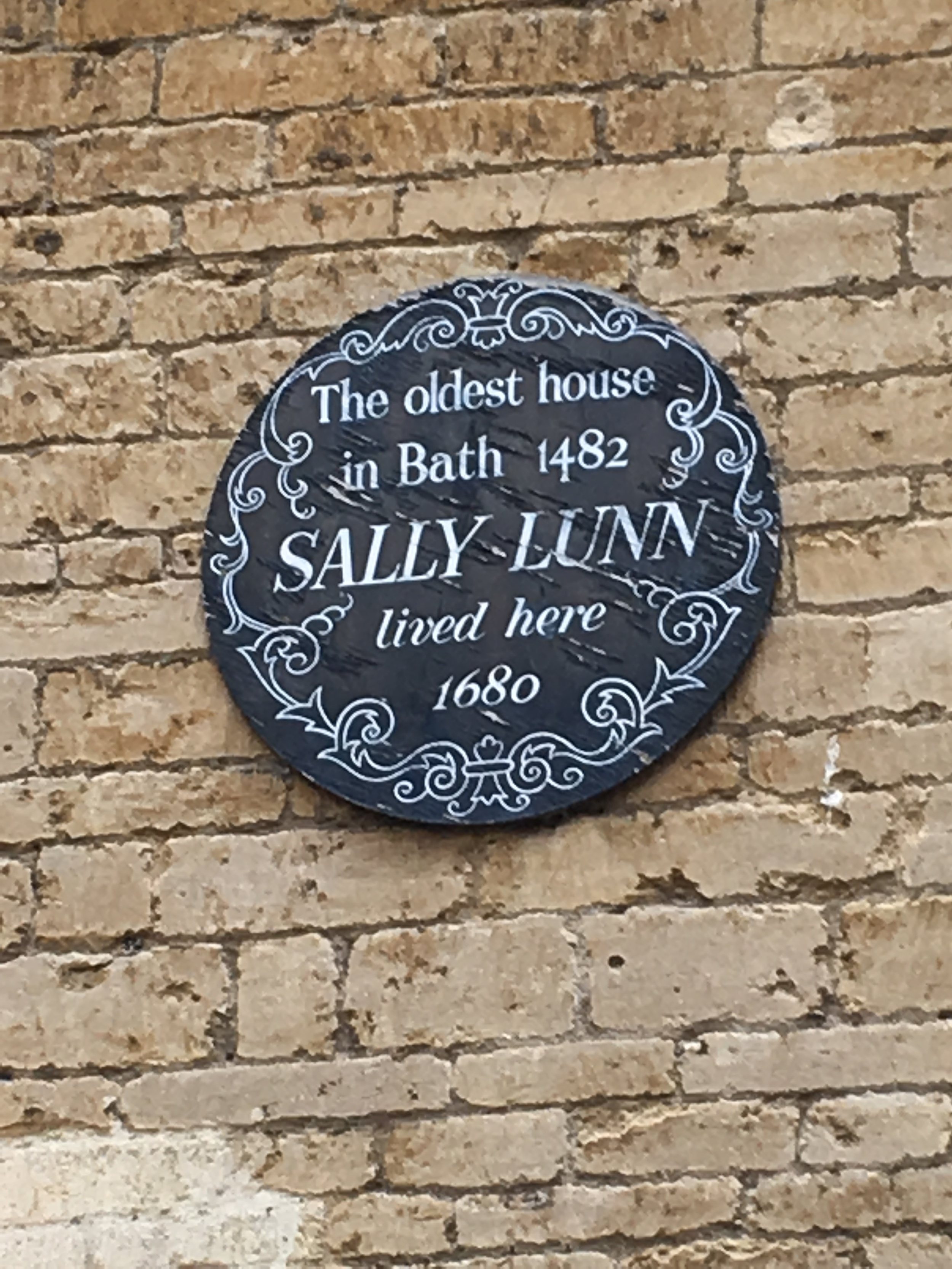
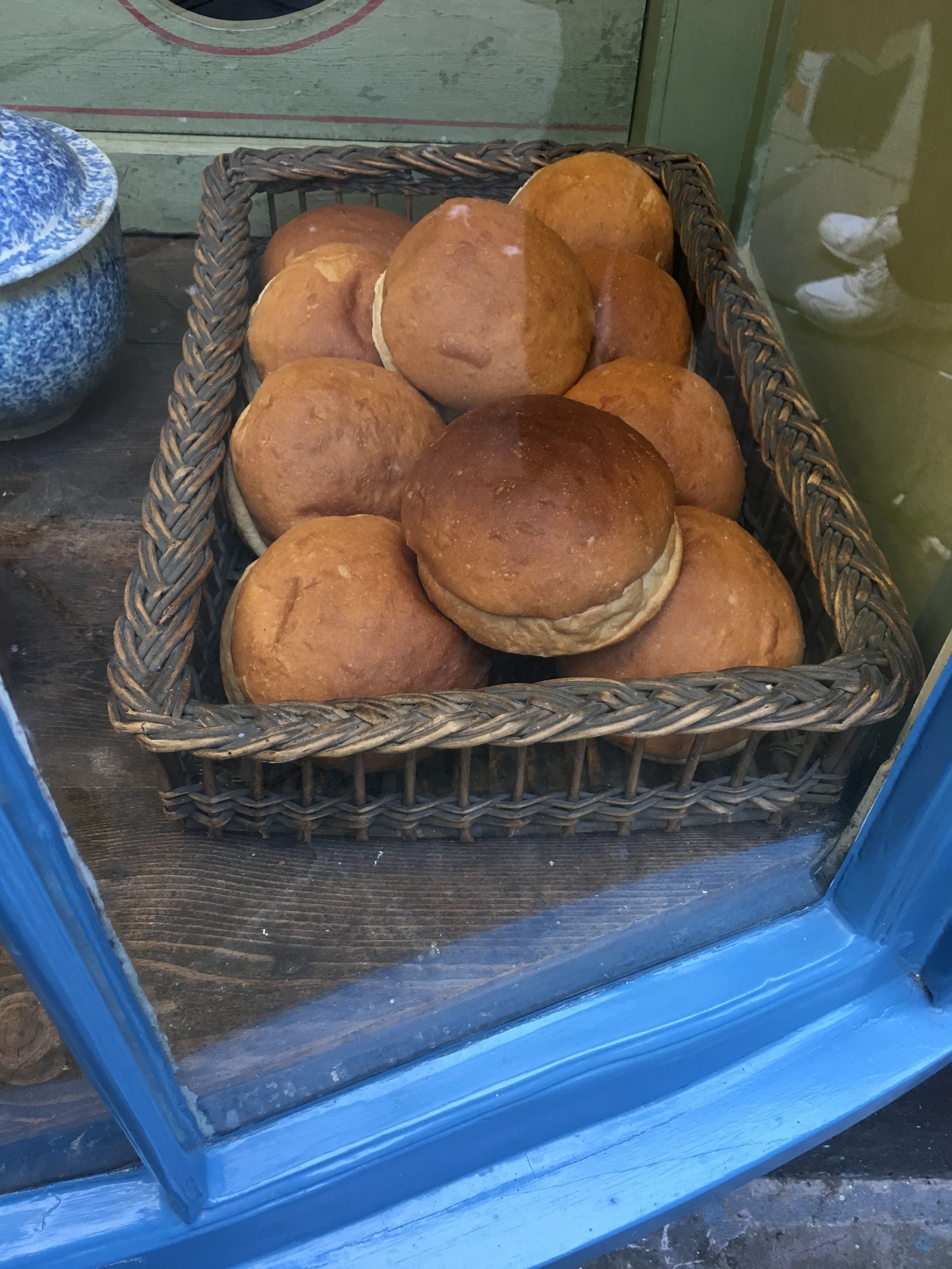
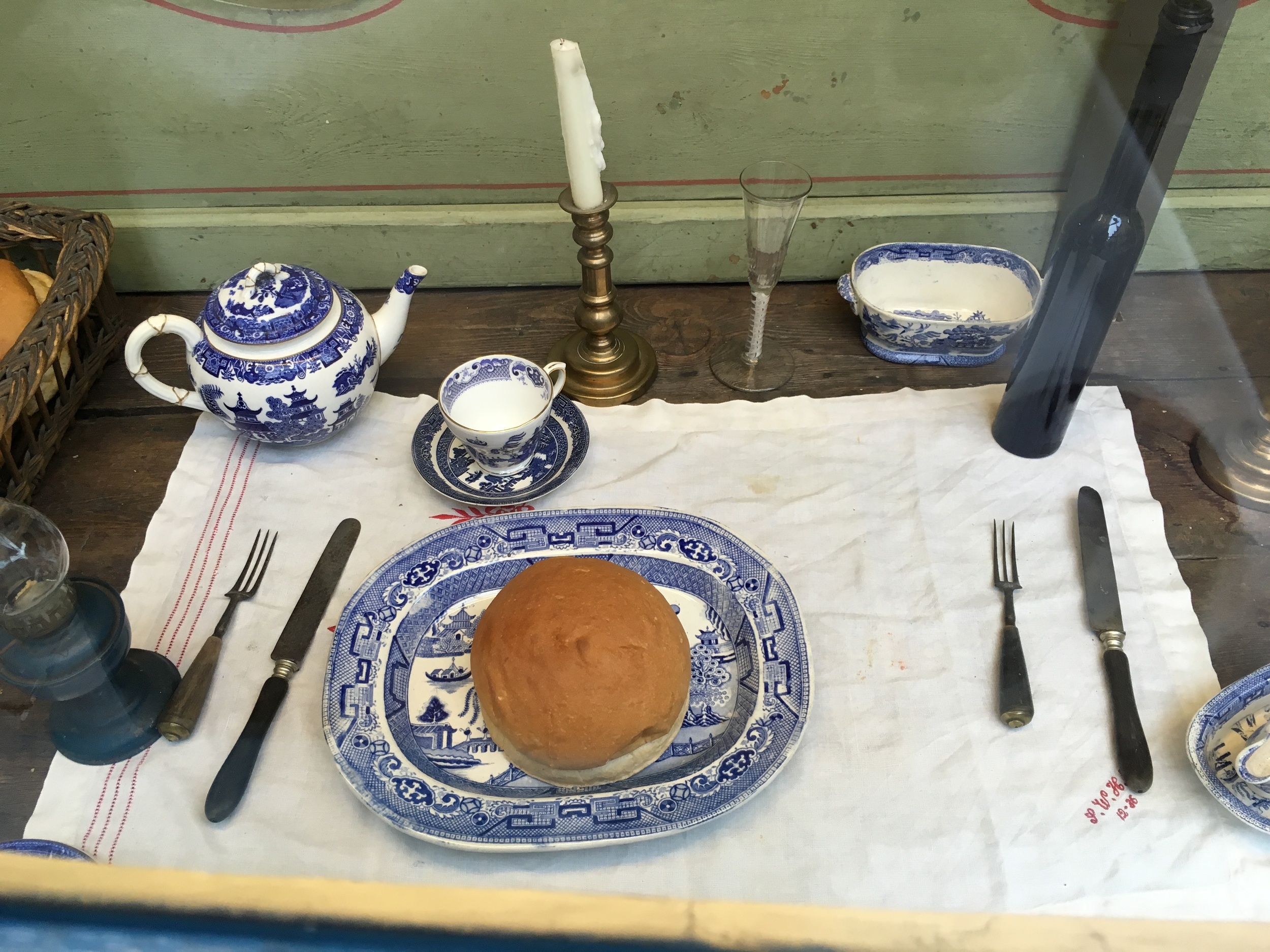
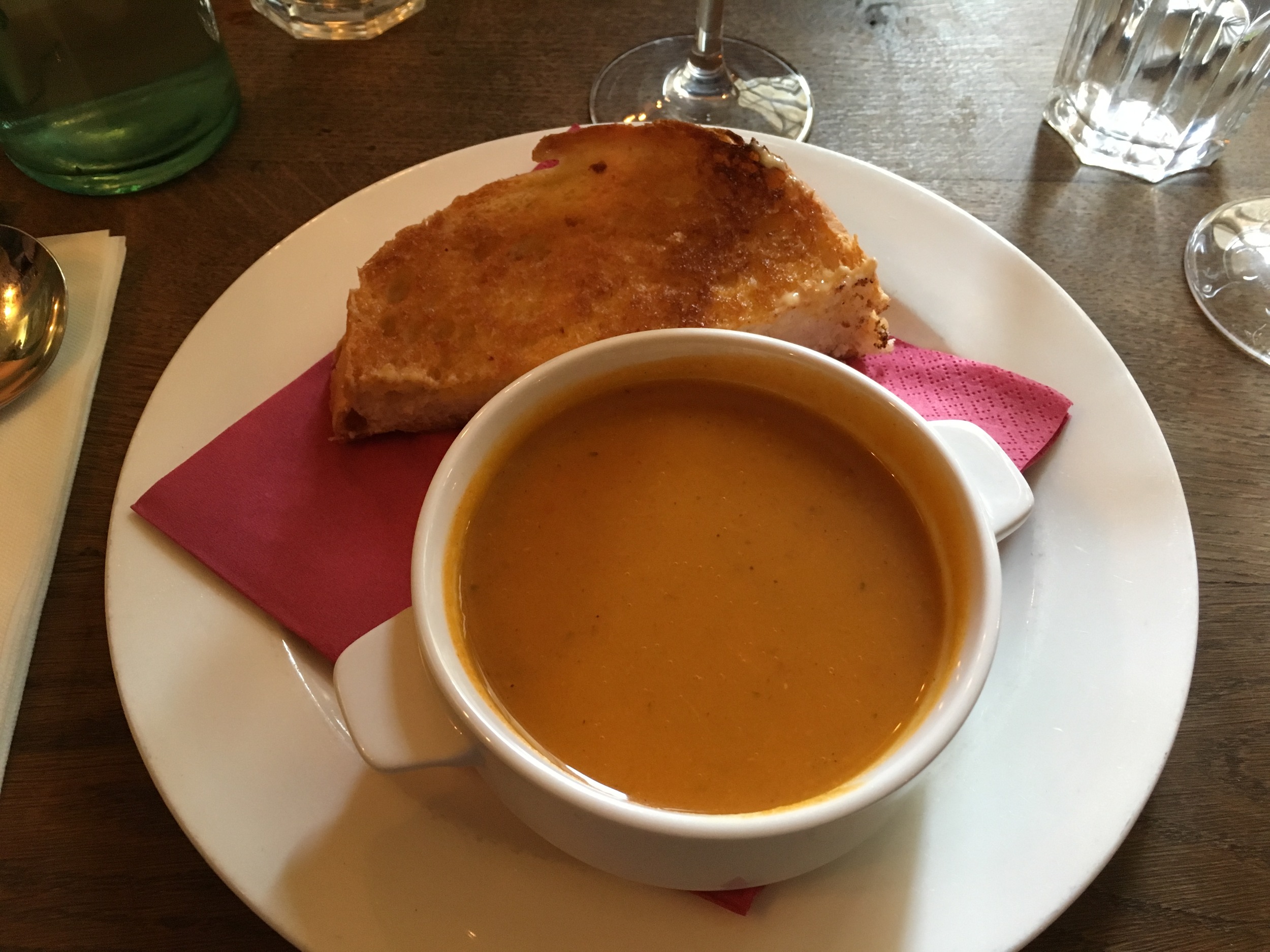


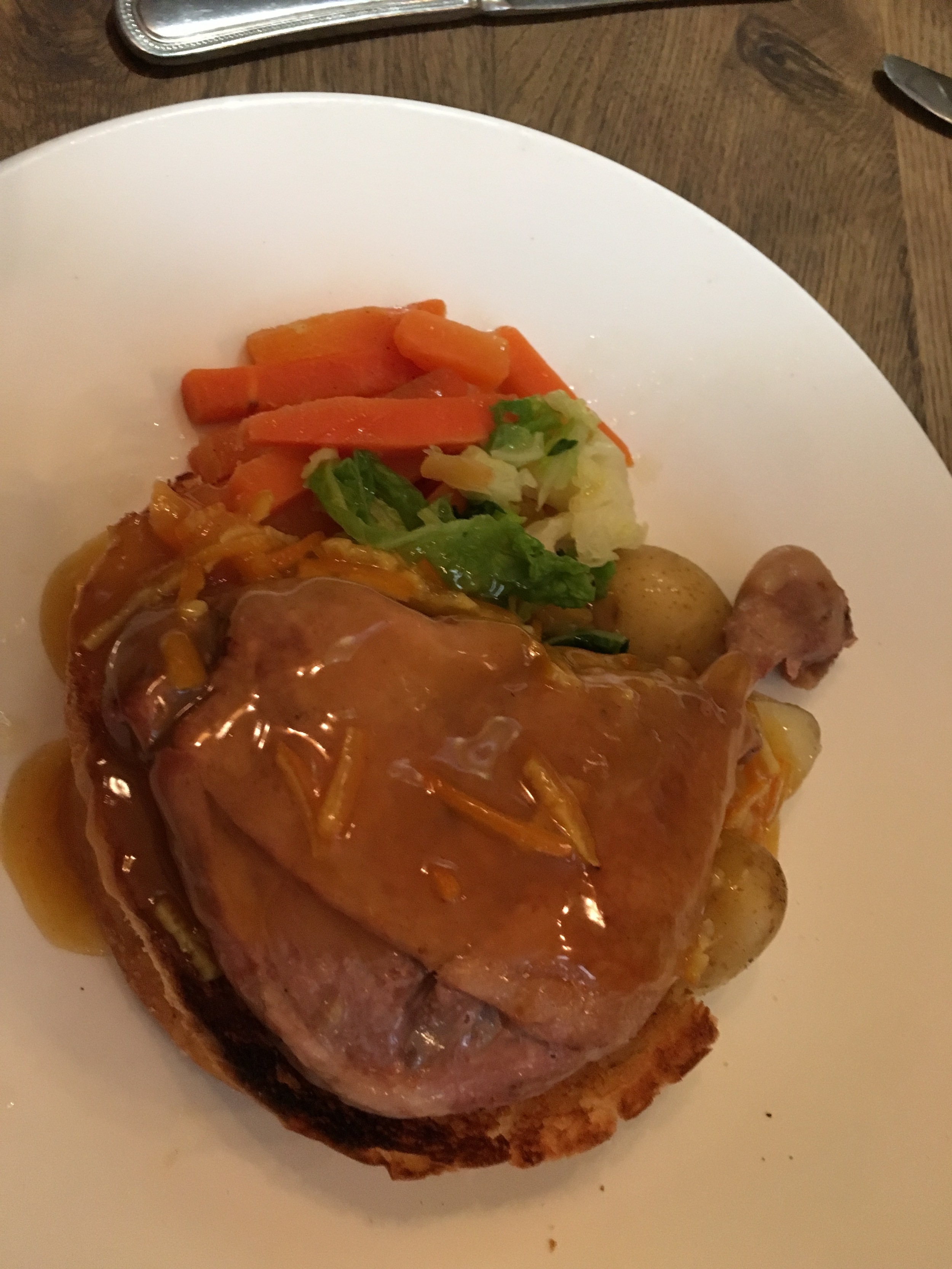
Sally Lunn, a french immigrant baker in the late 17th century, operated a well-renowned bakery for the time - famed for her 'Sally Lunn Bun,' a large brioche-like bun that is still made today. The Sally Lunn Bun Restaurant is the modern-day version of one of the oldest restaurants in Bath, serving semi-historical dishes in a historical setting. The food was pretty good, and the atmosphere is perfect for history fans looking for a low-key but still immersive experience.
Carolyn is a teen blogger who shares her favorite YA reads and favorite book related finds with readers on Fridays.

